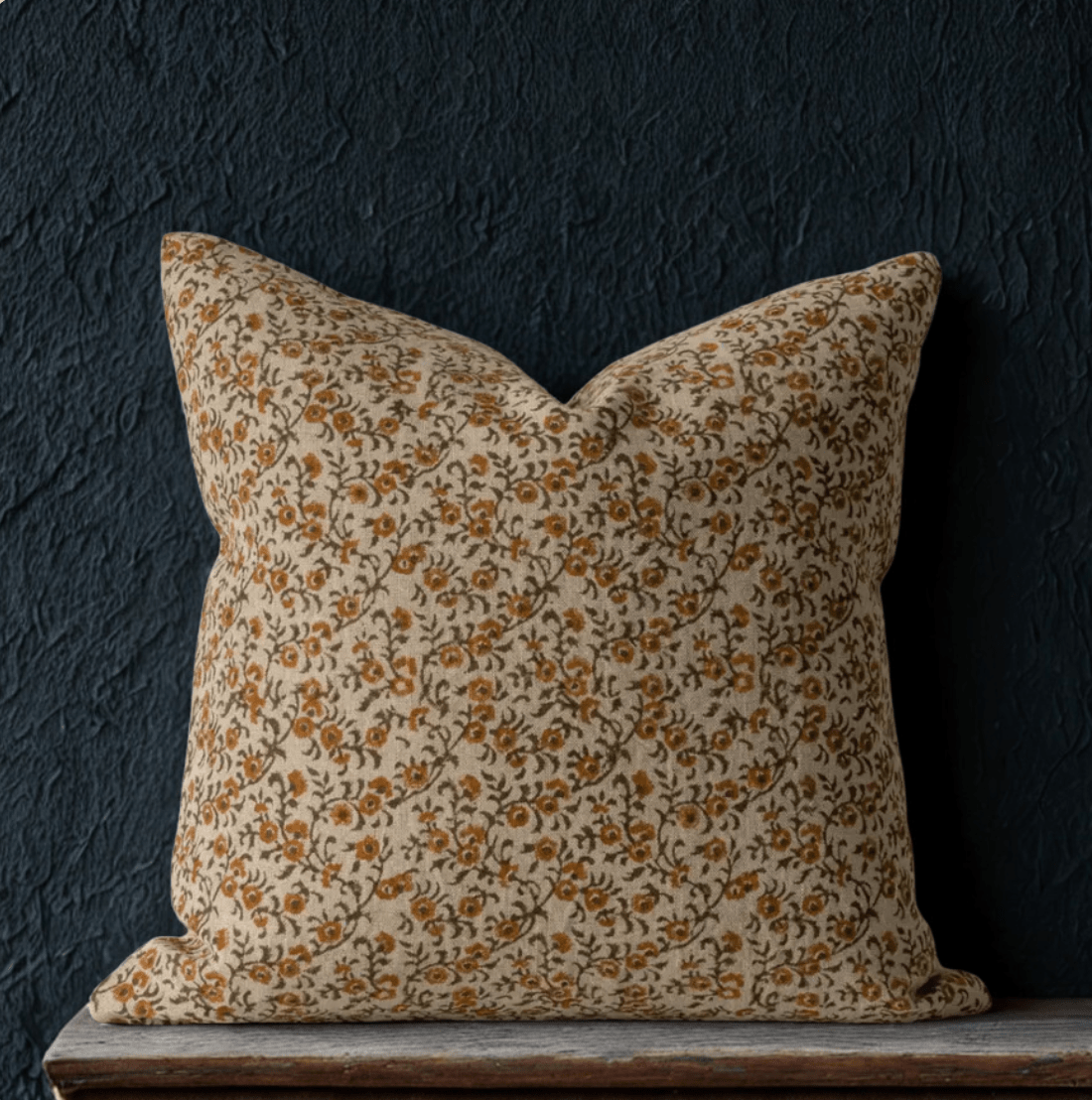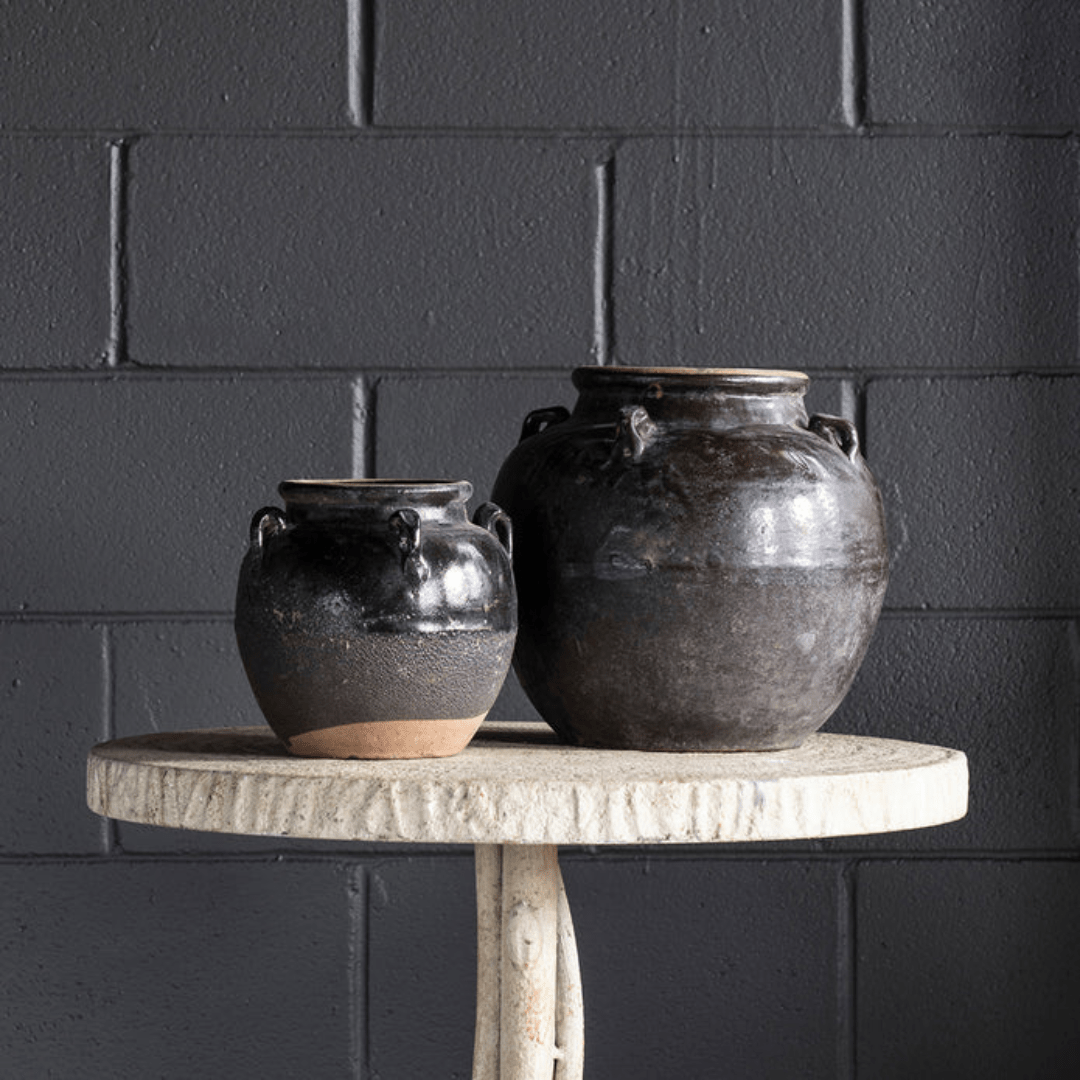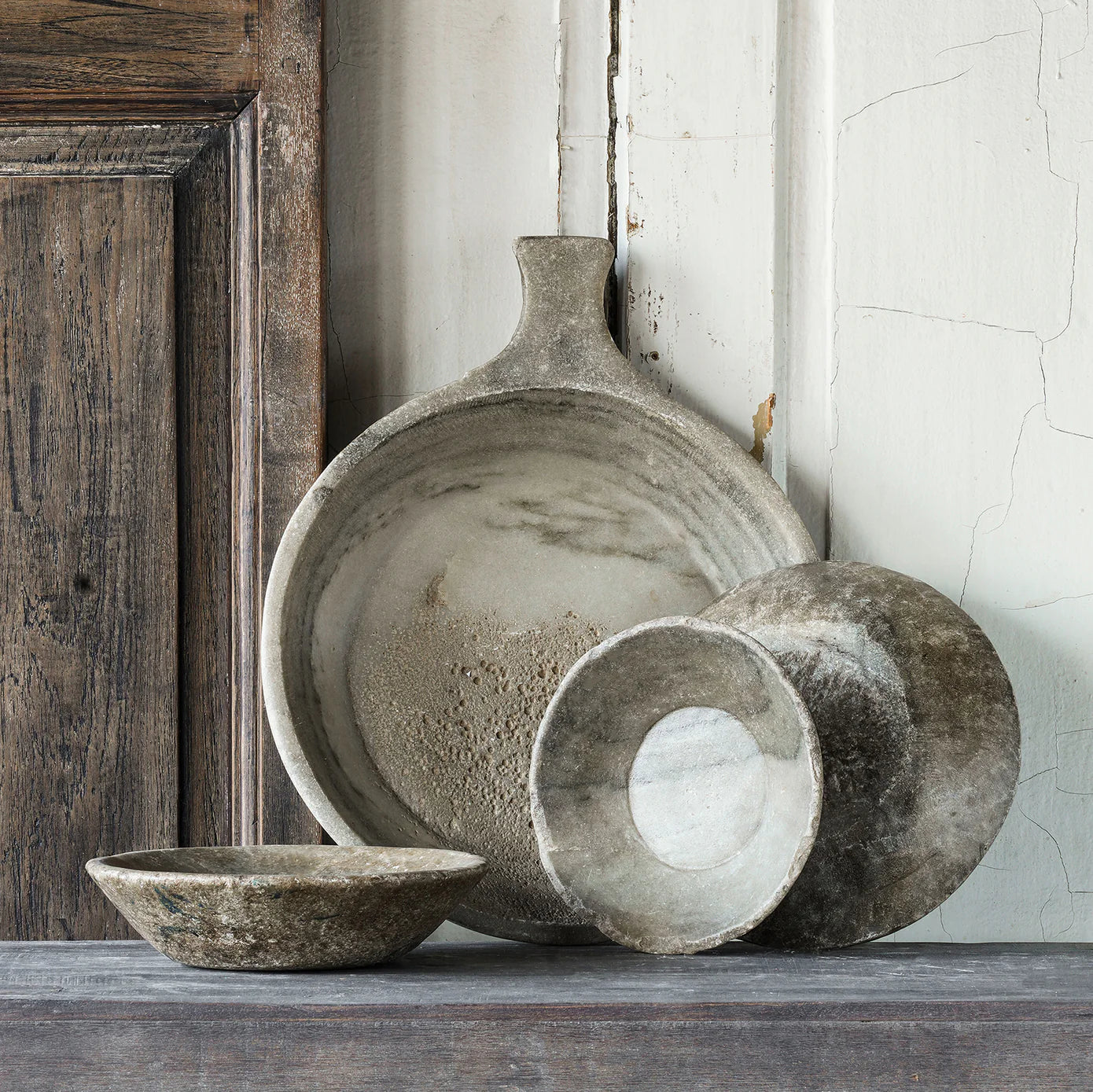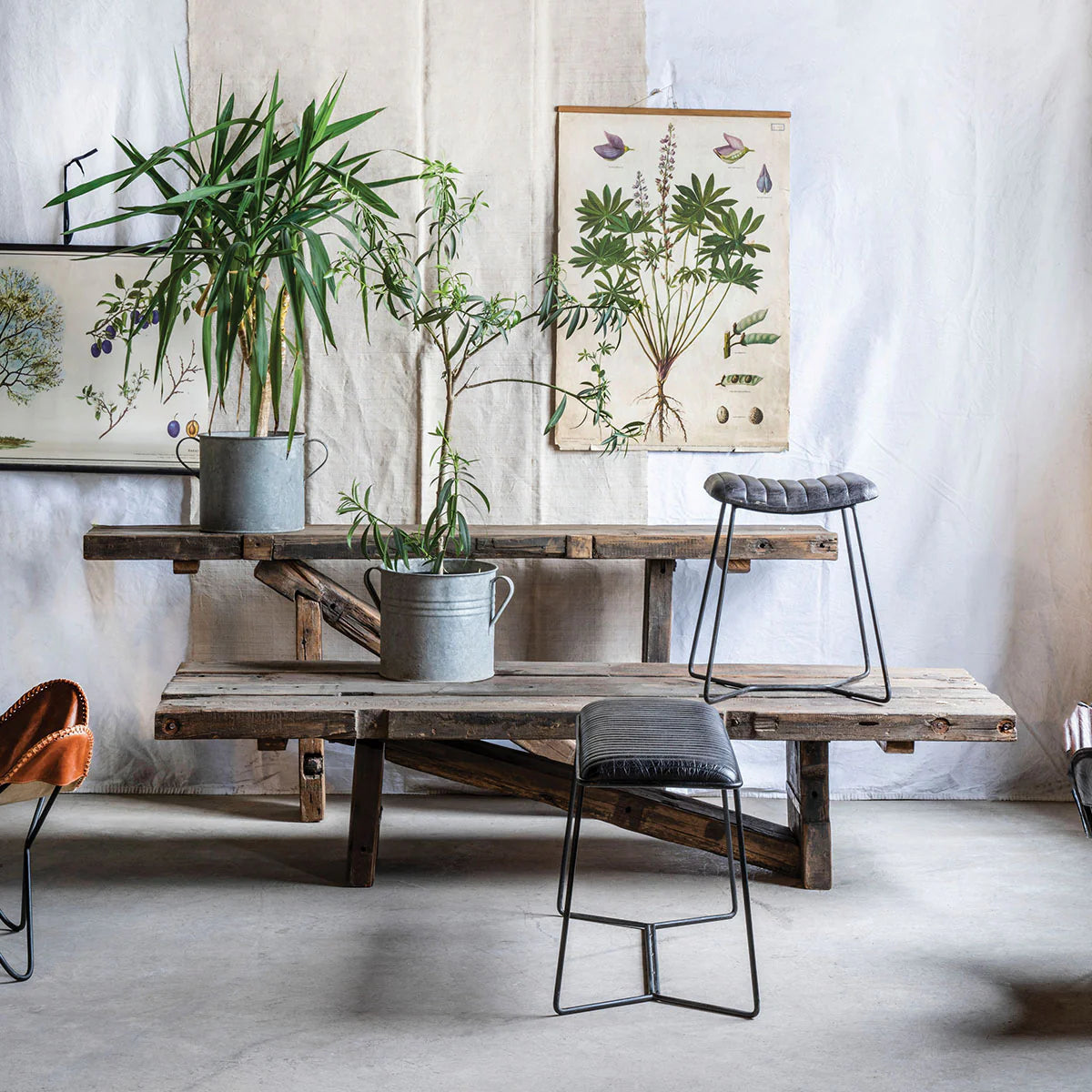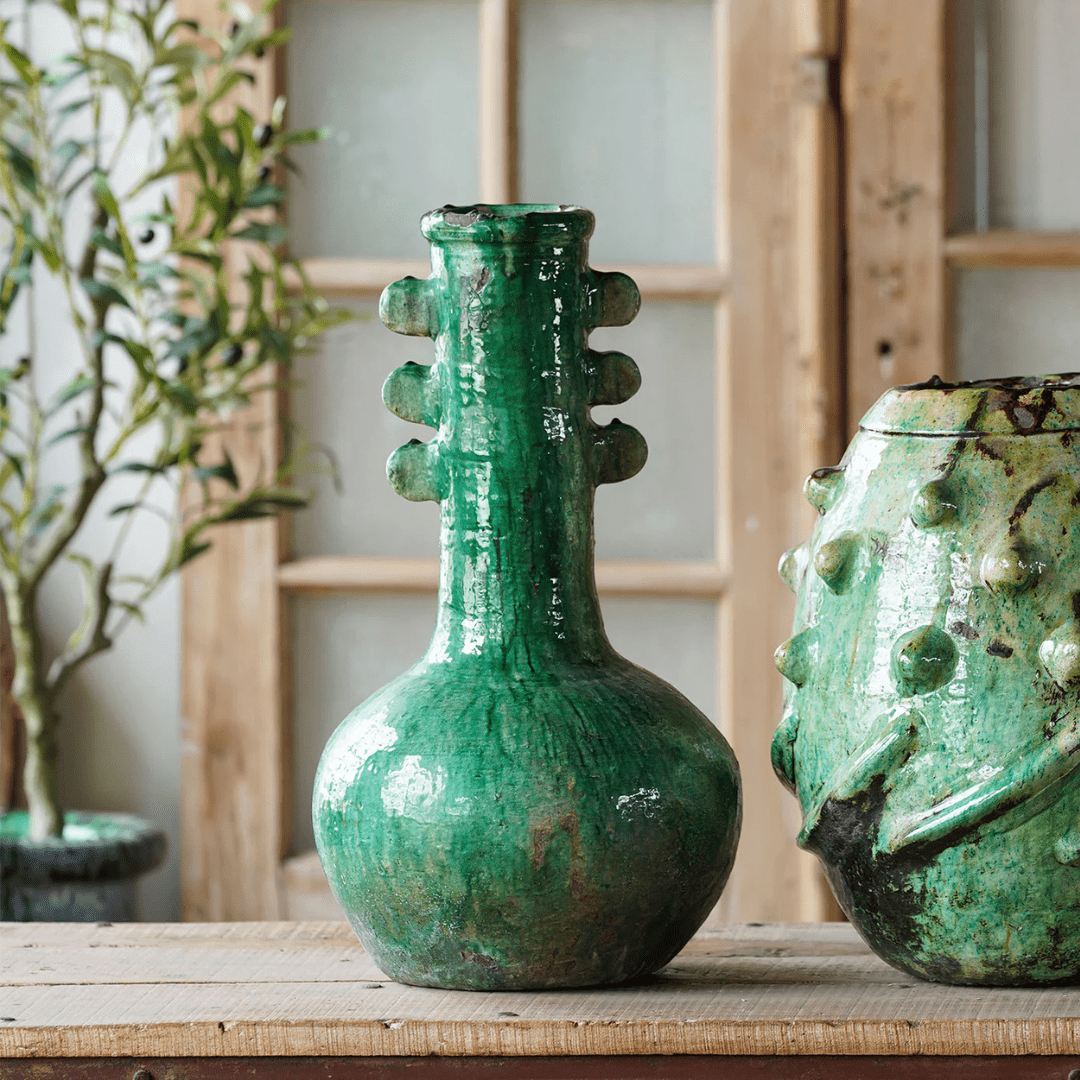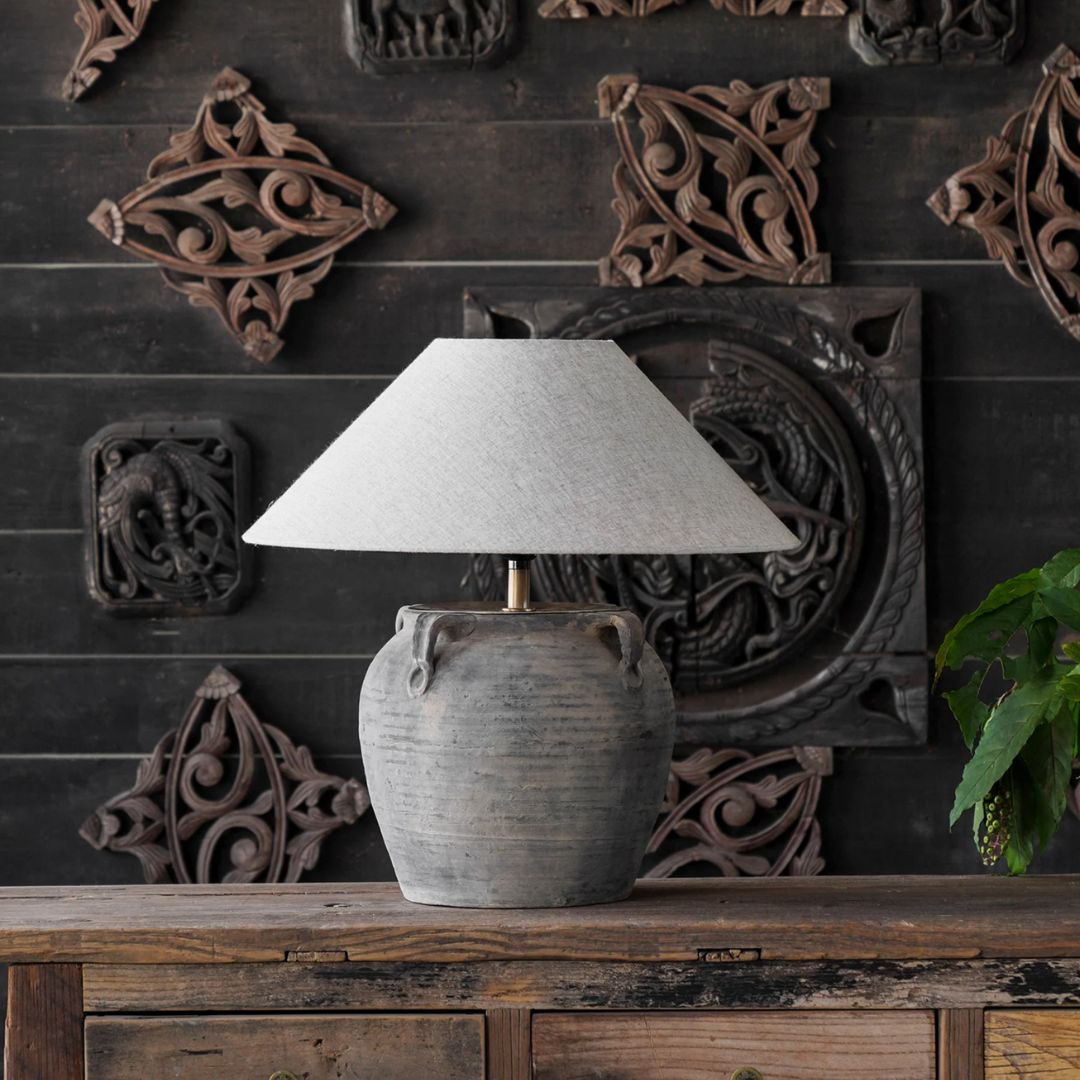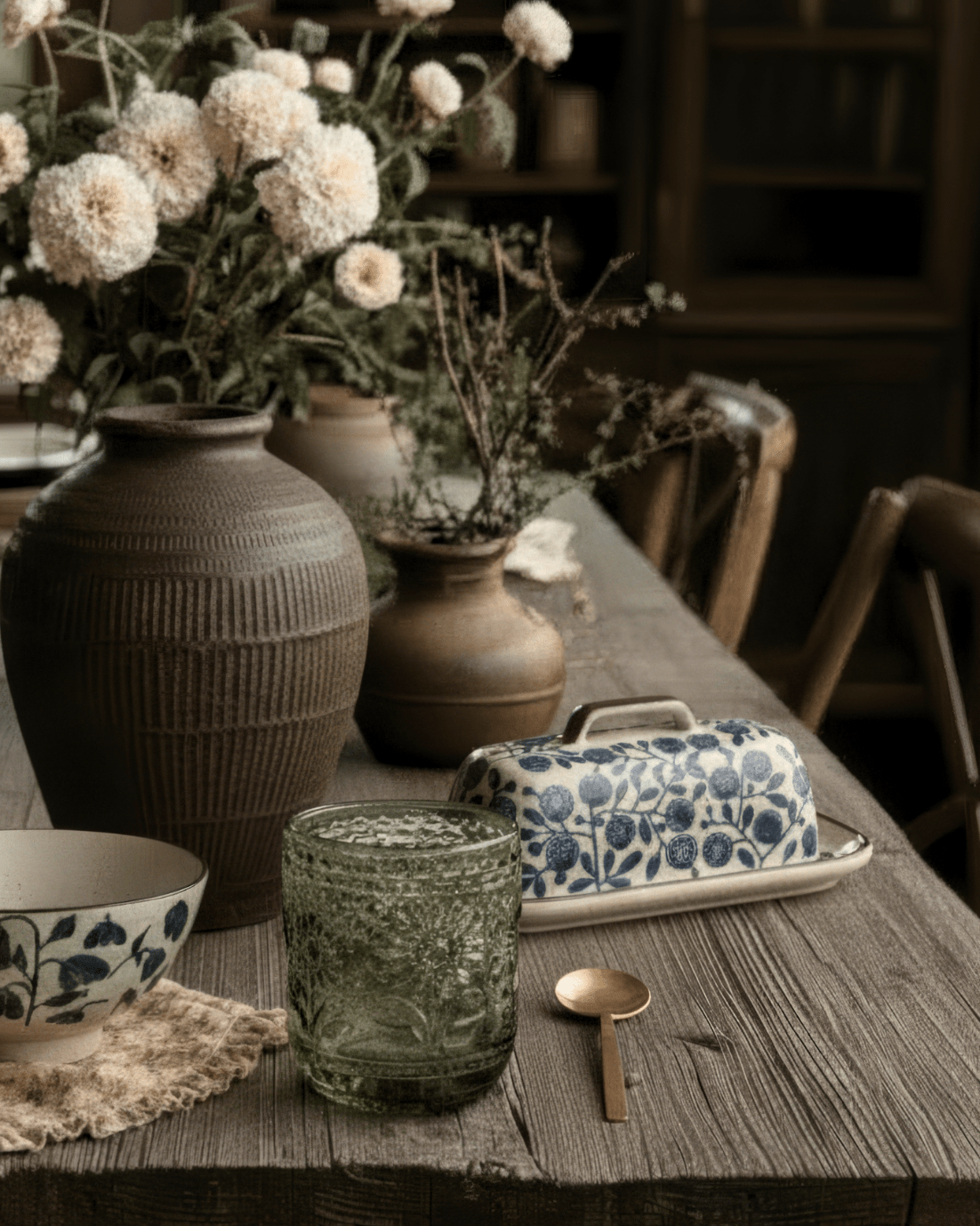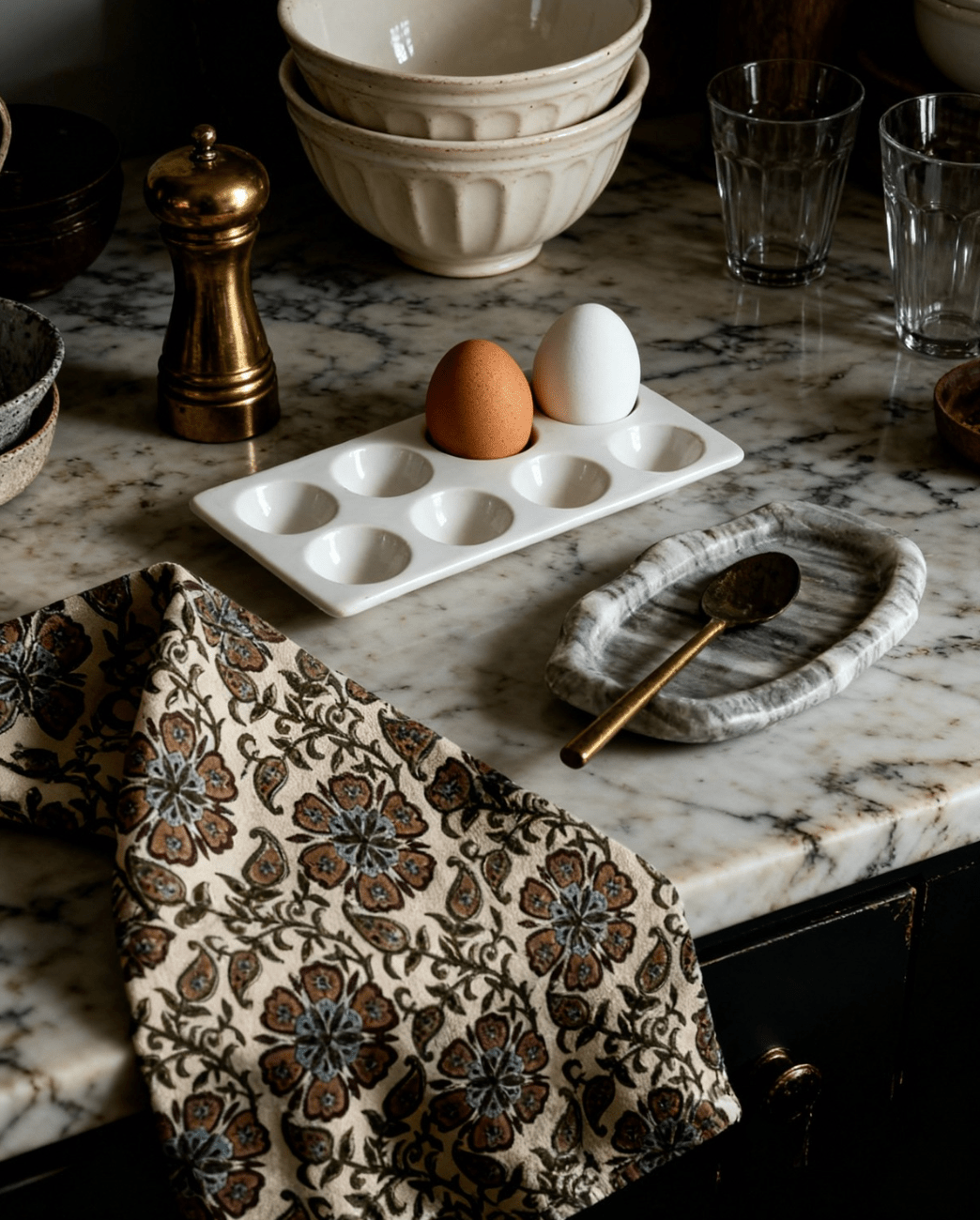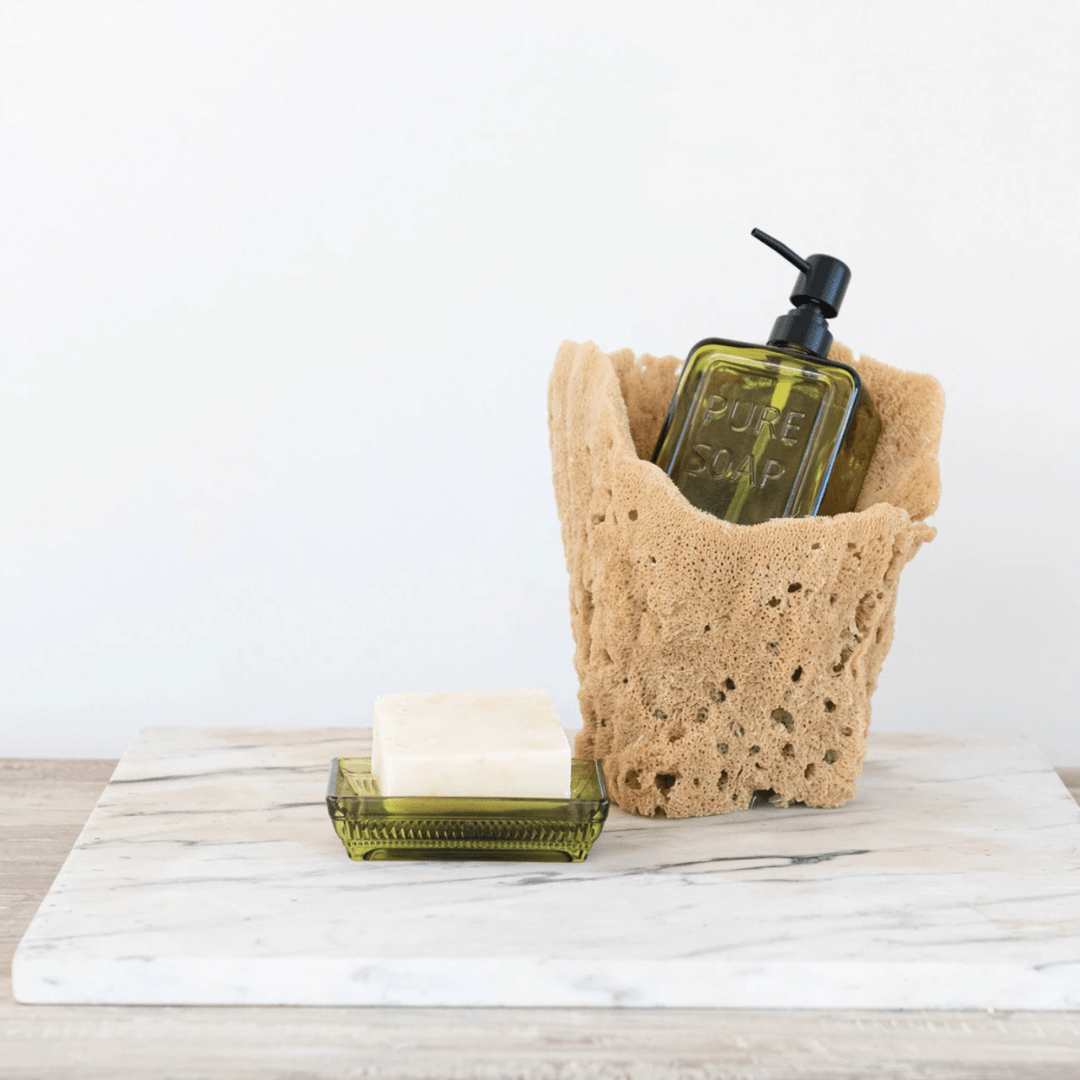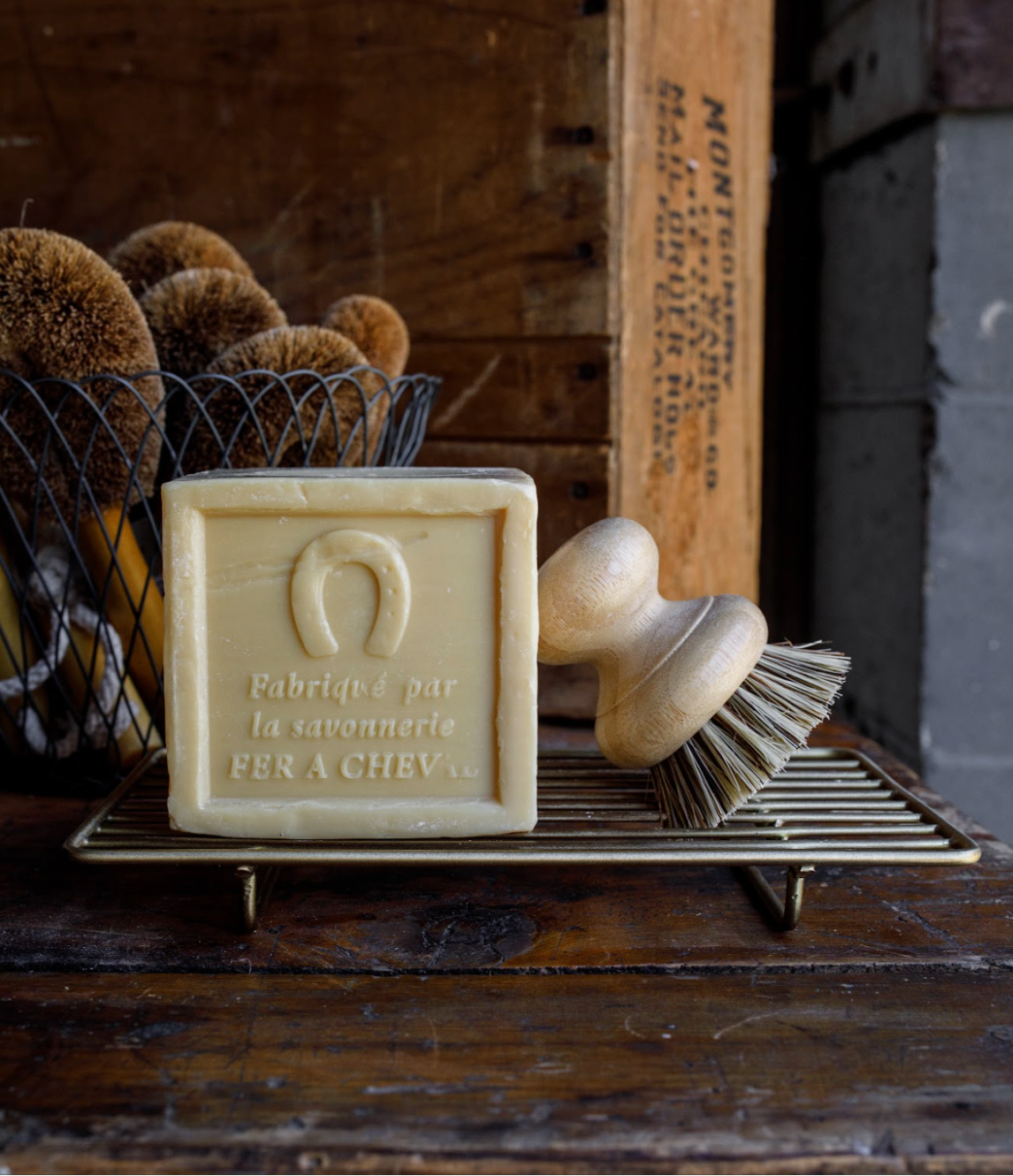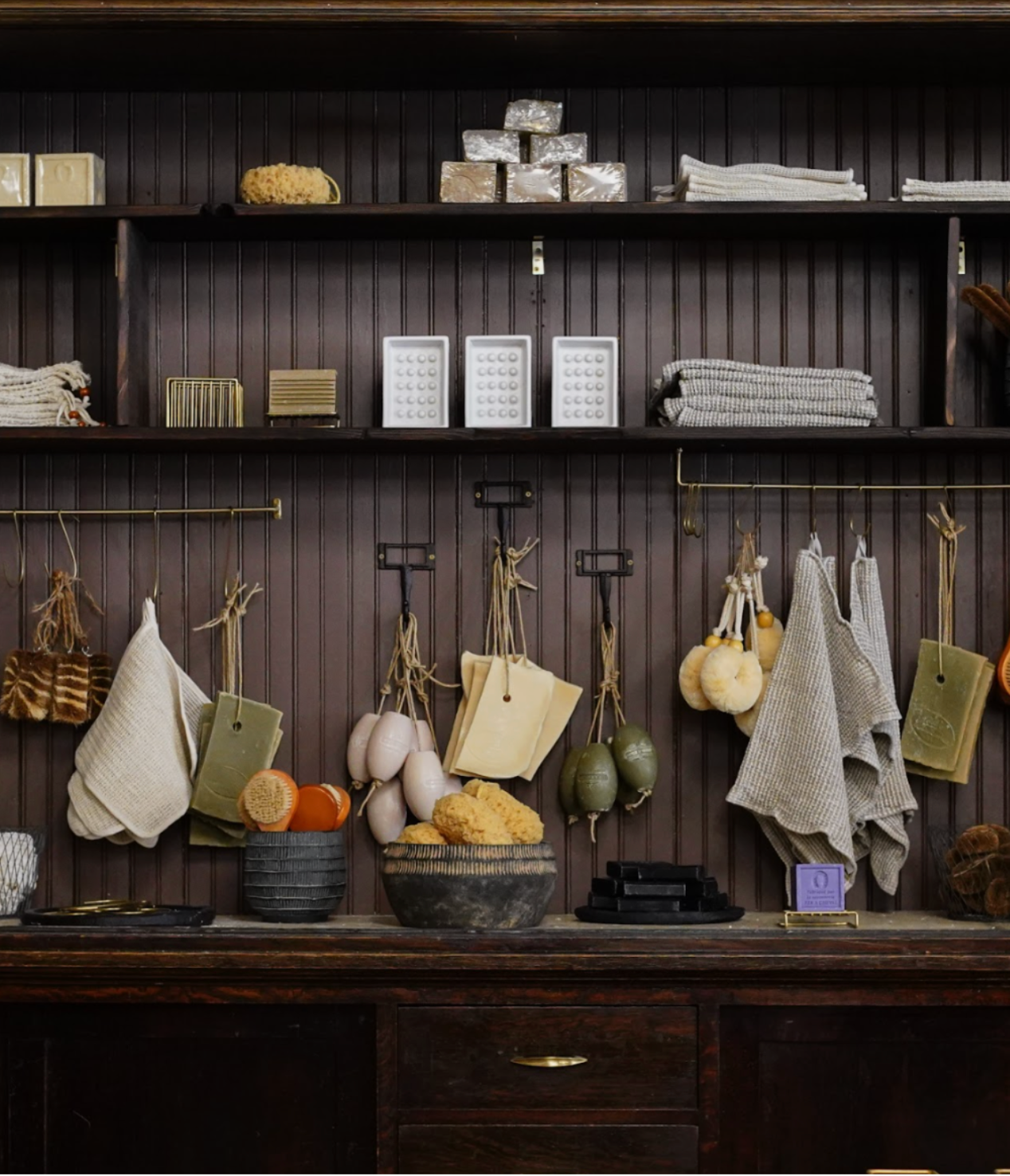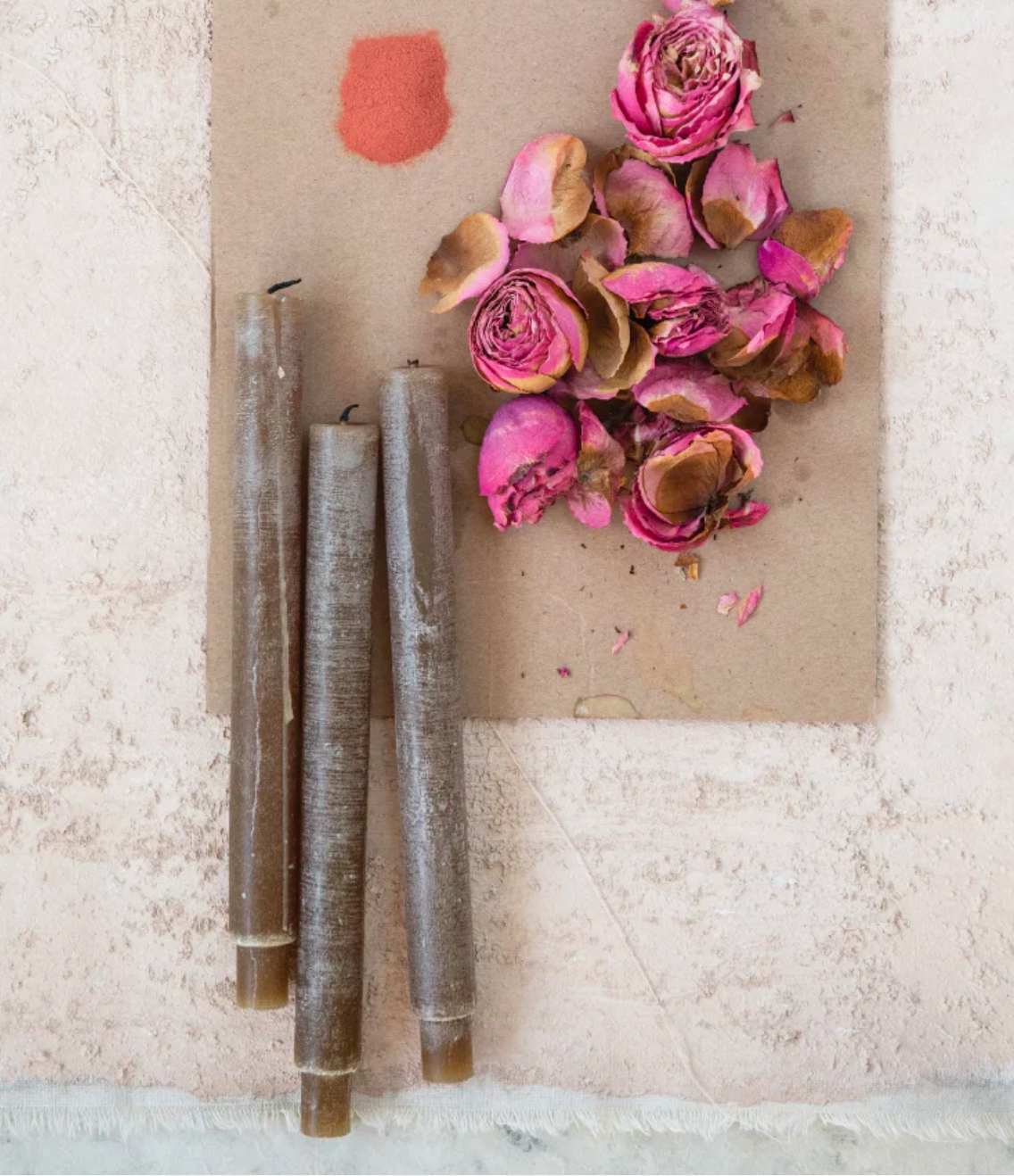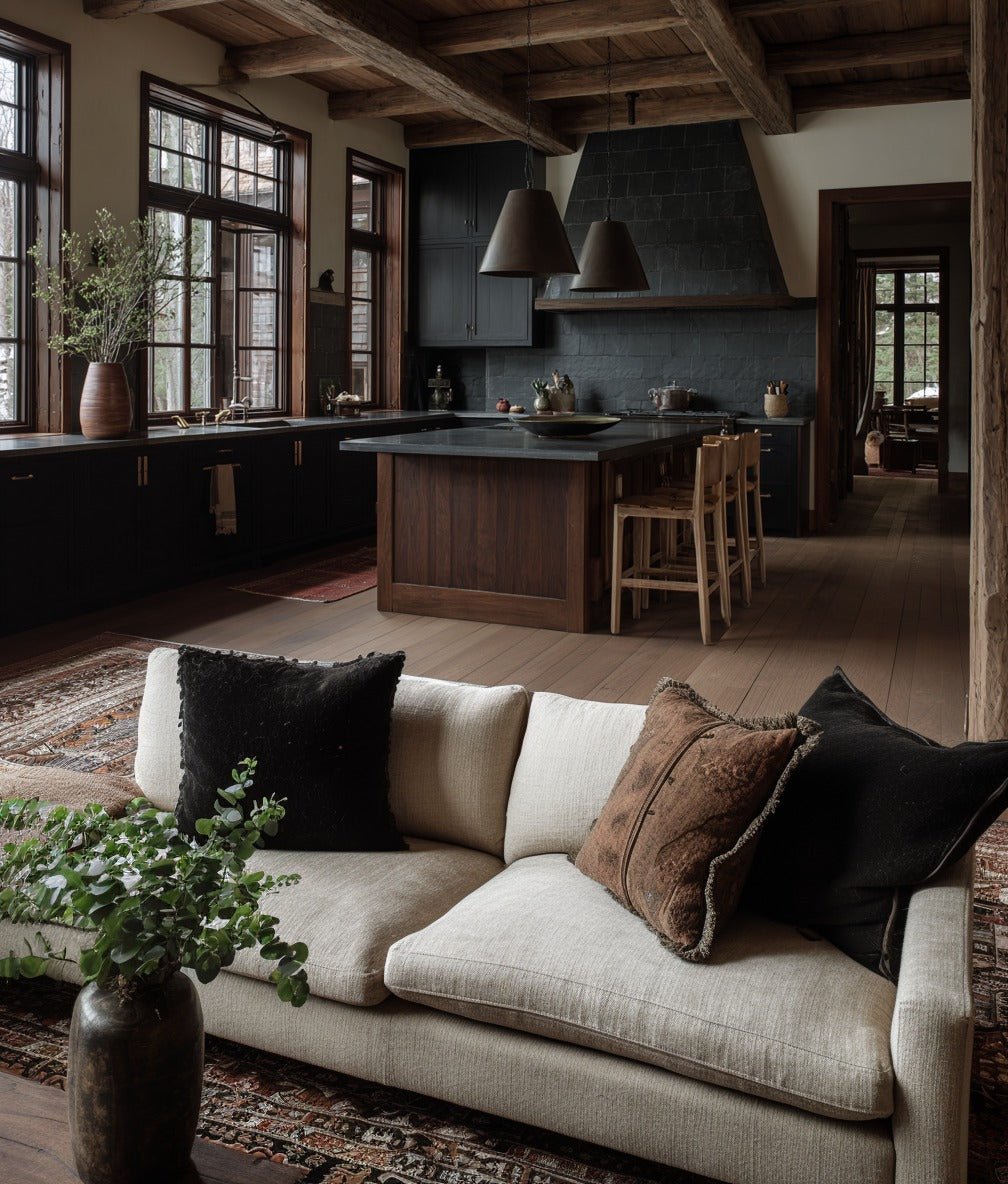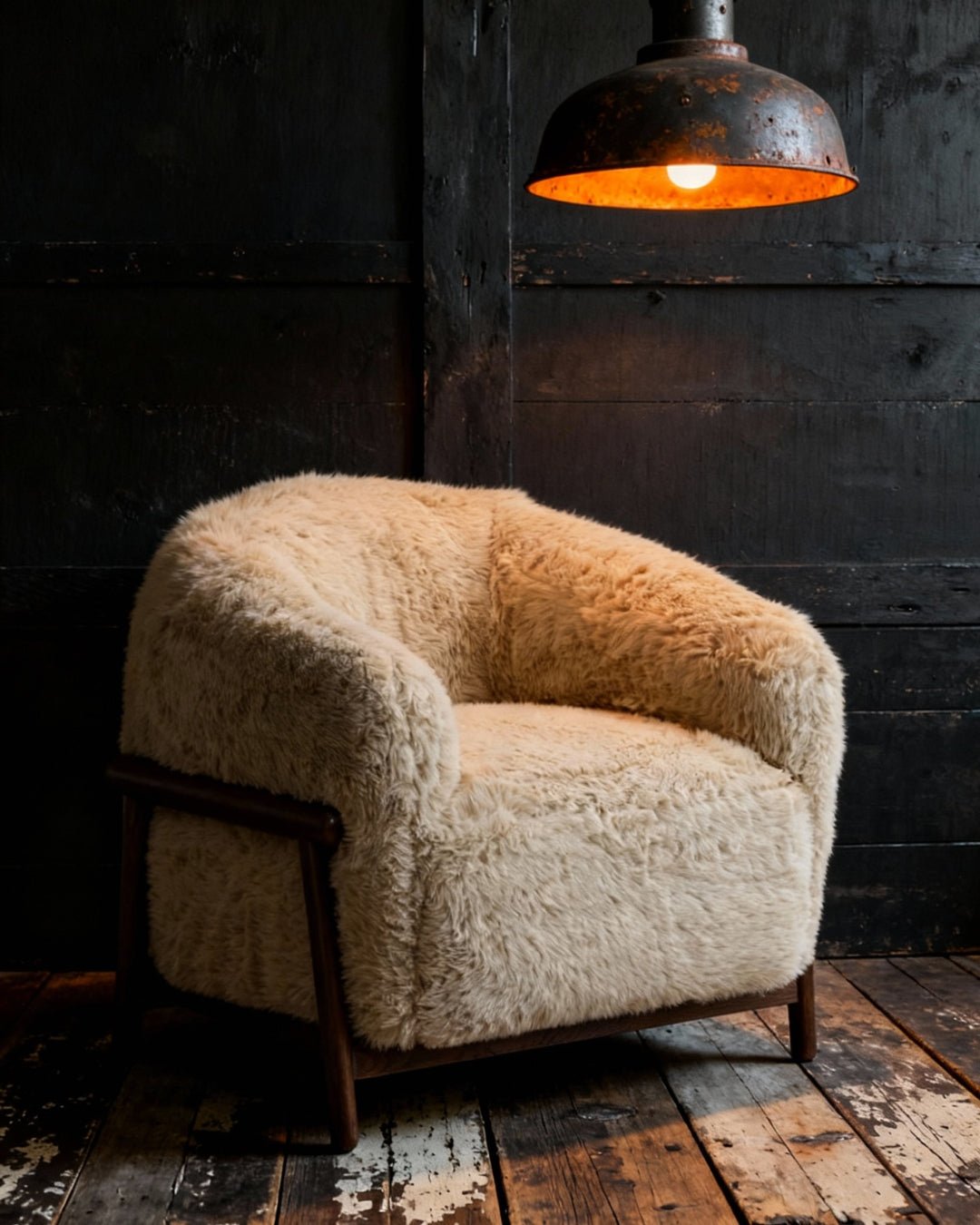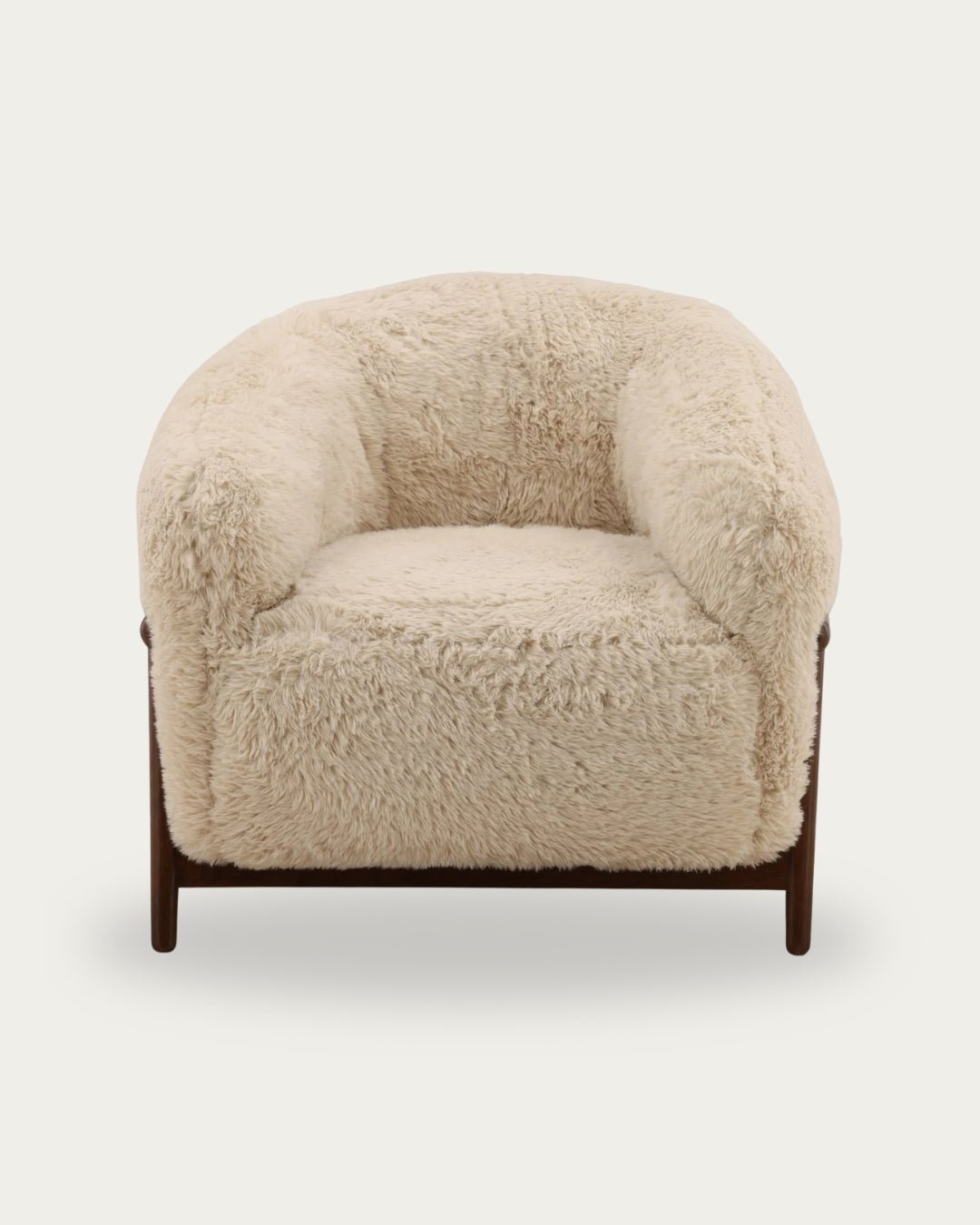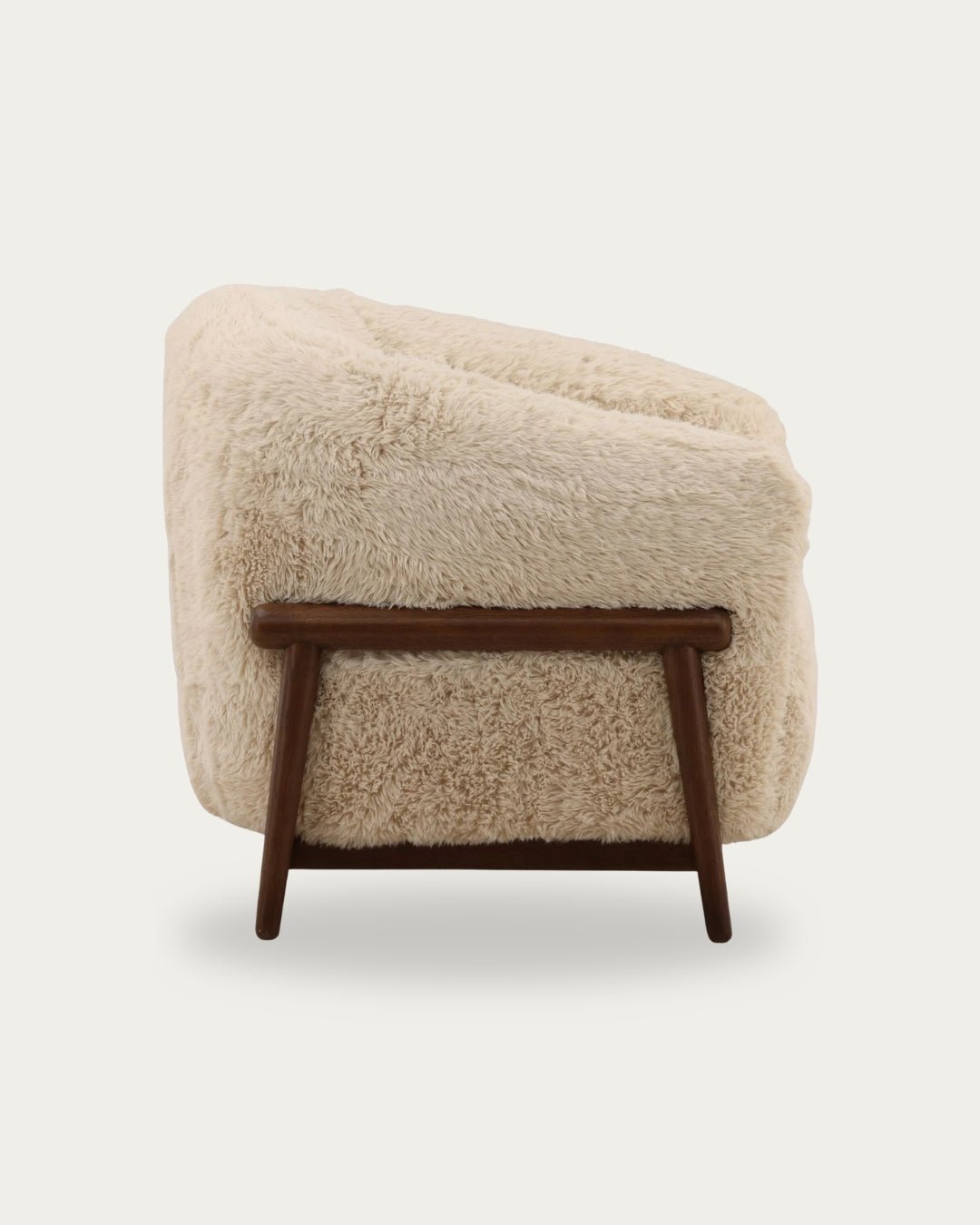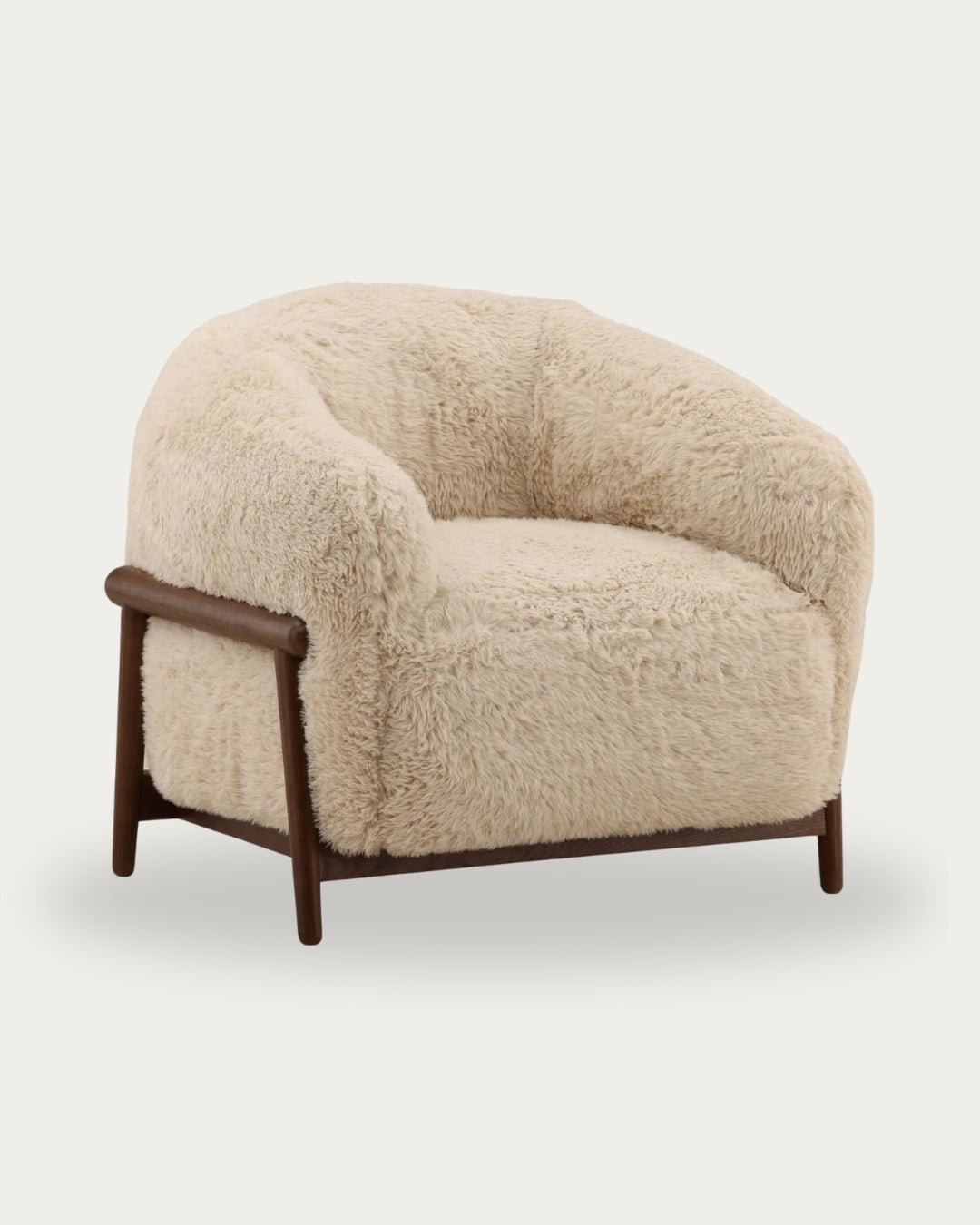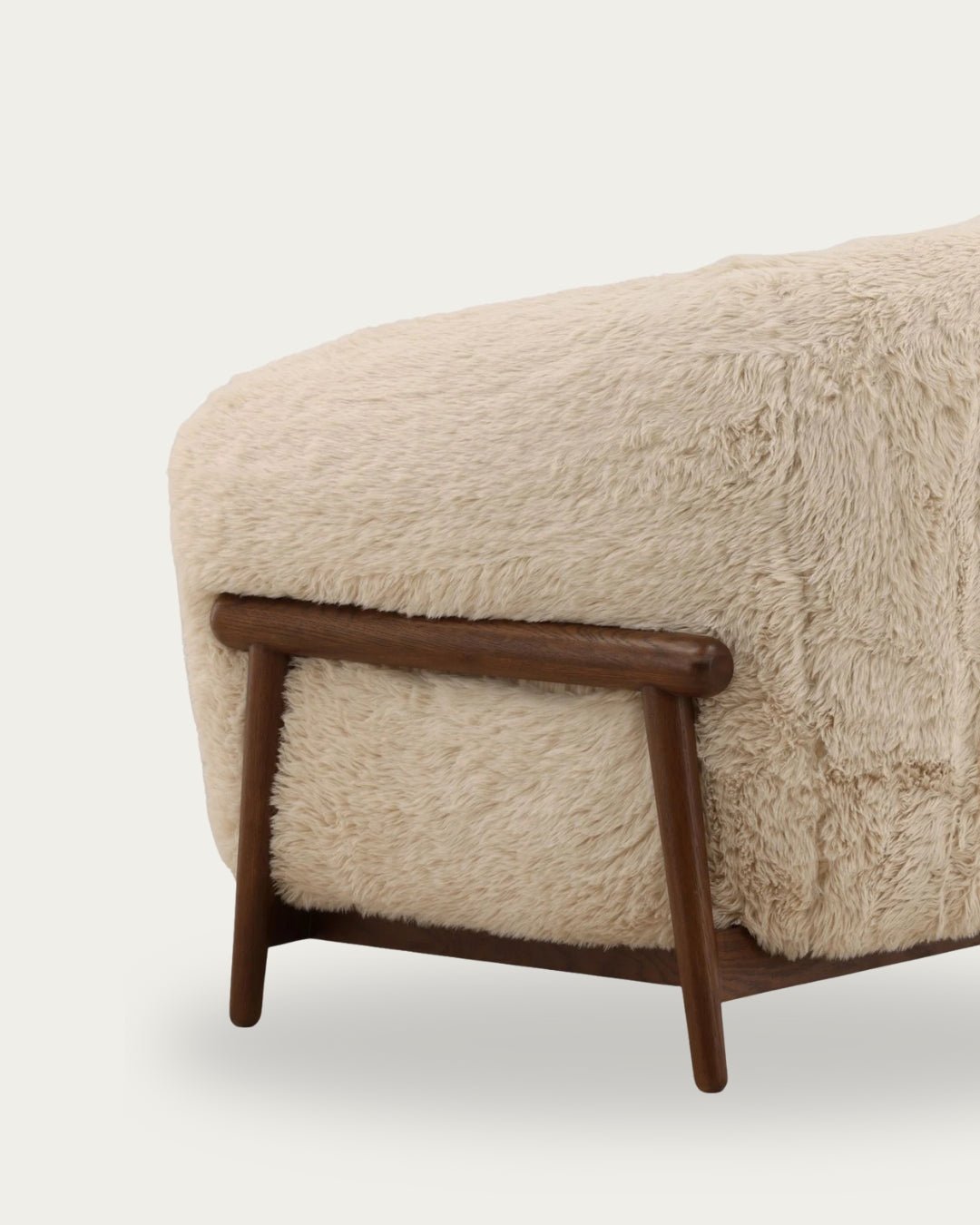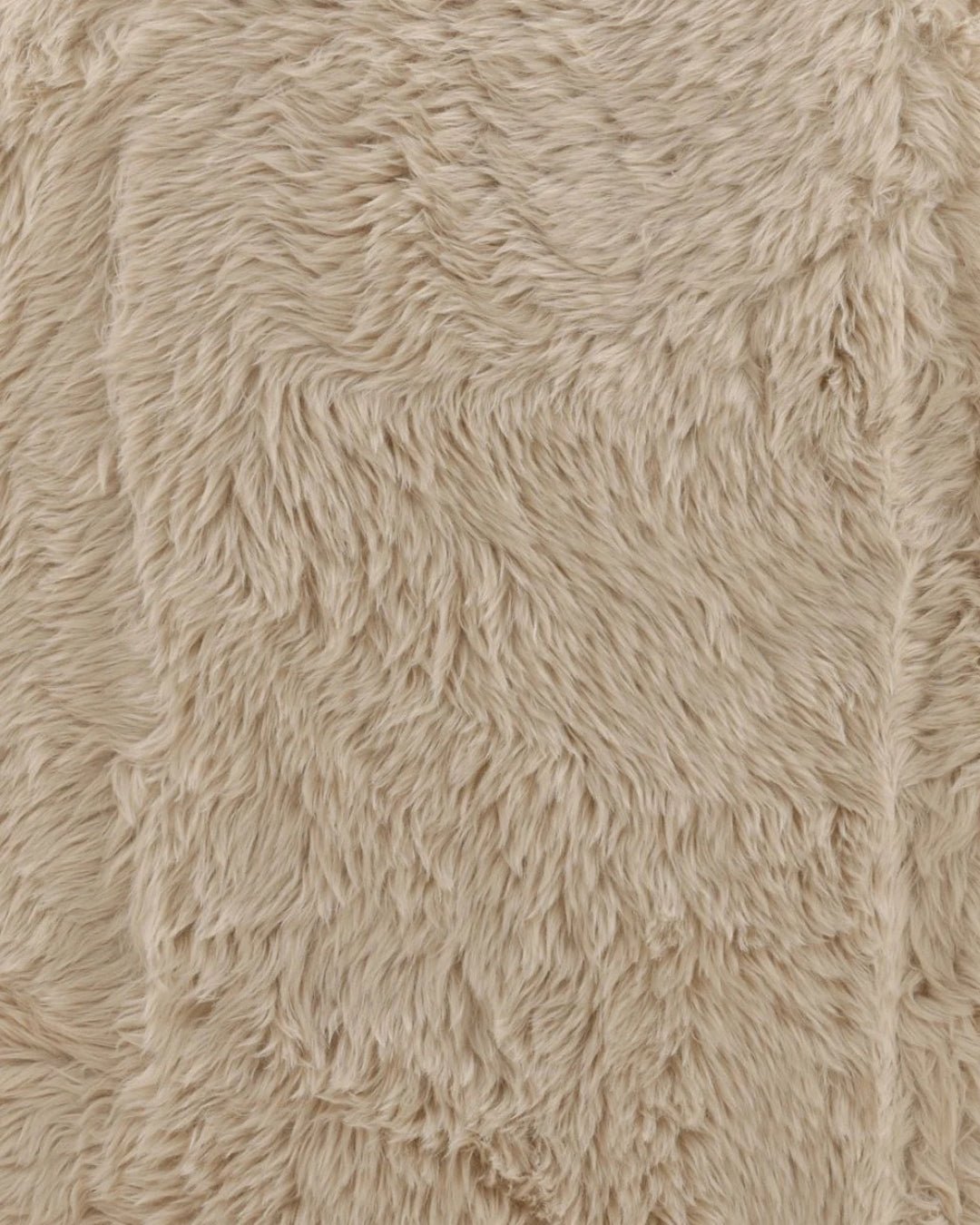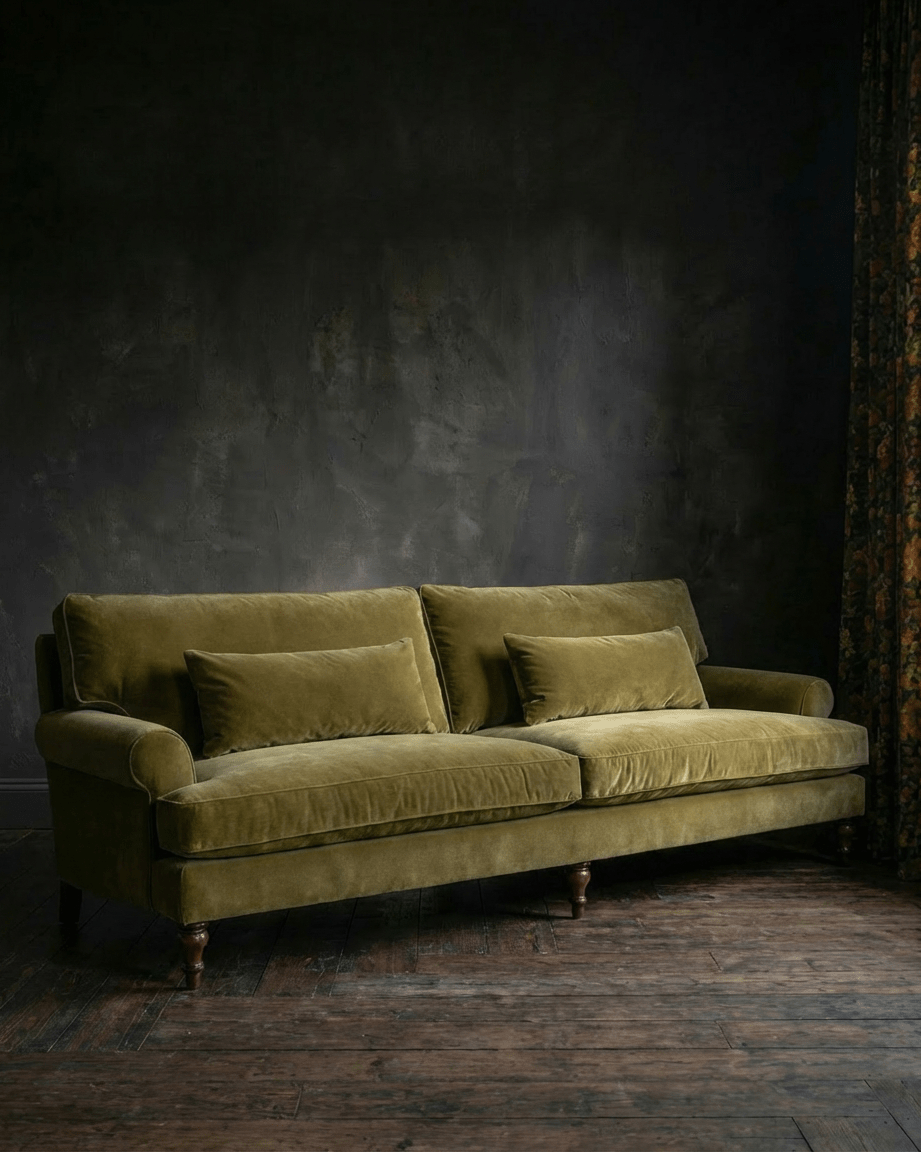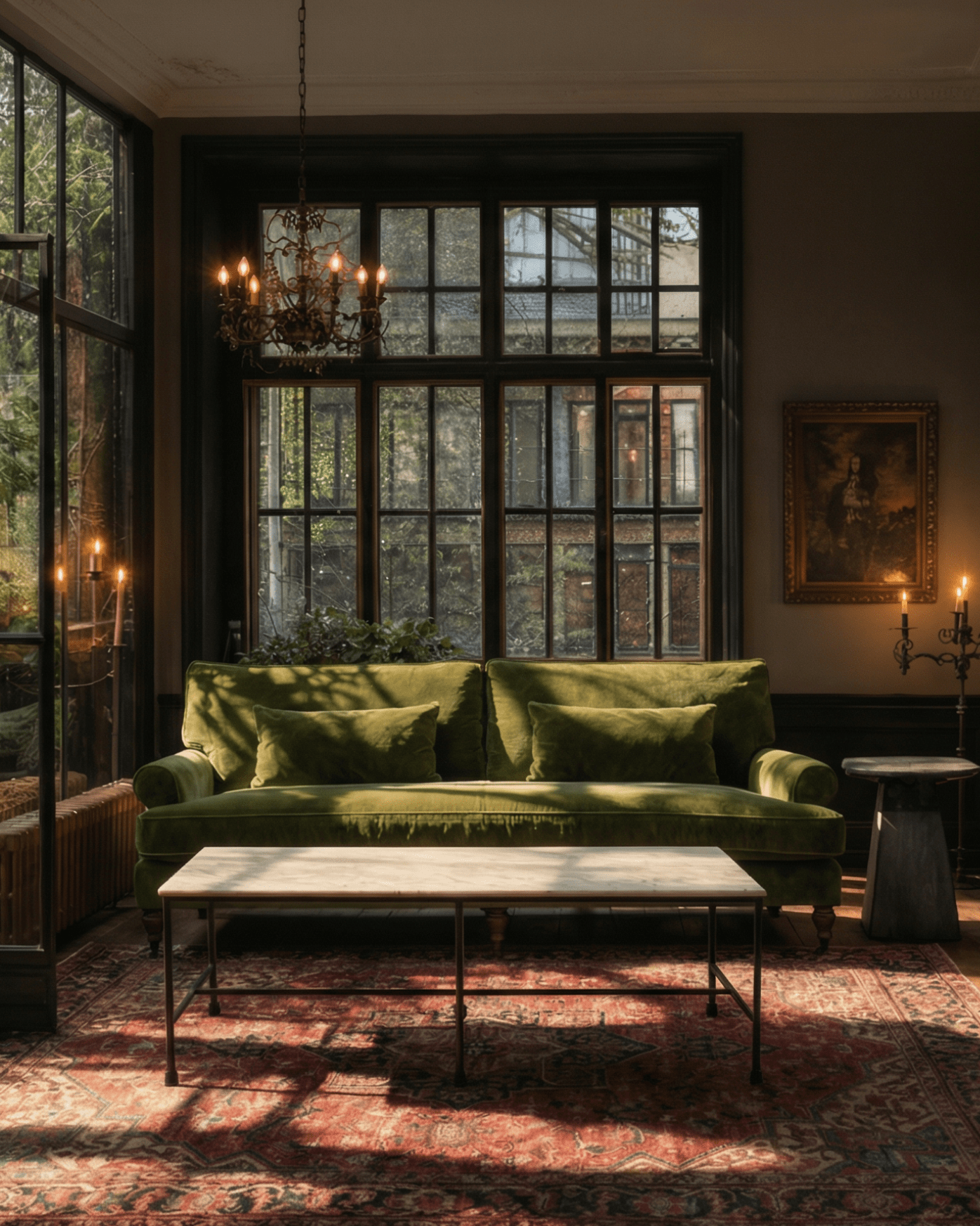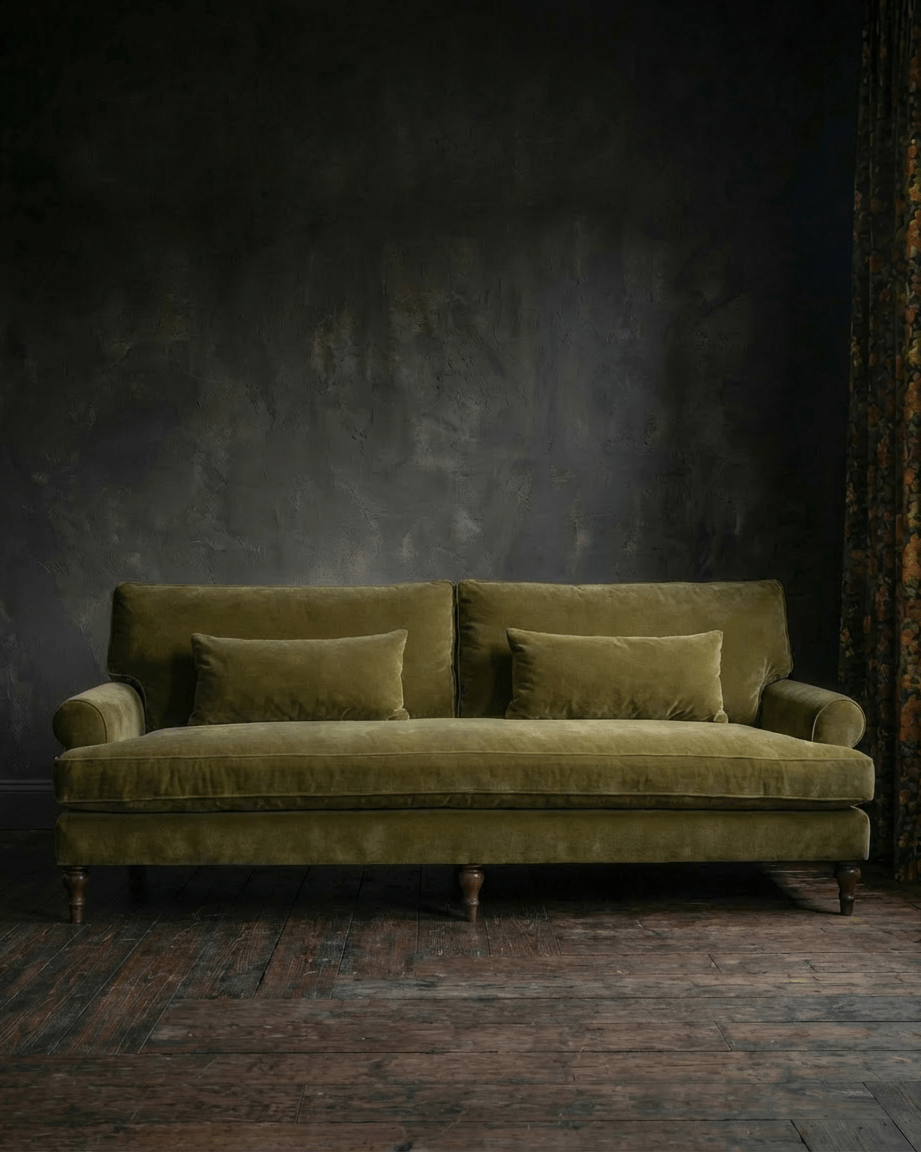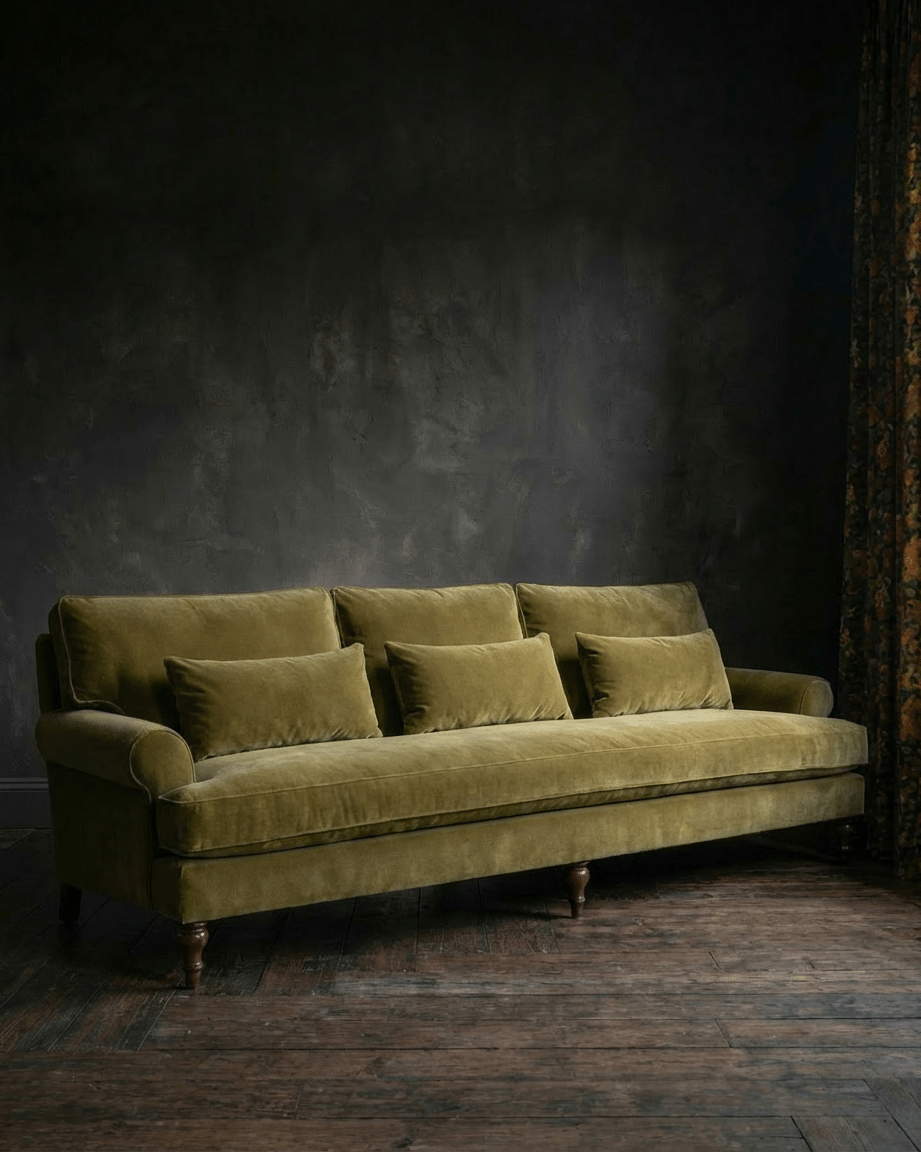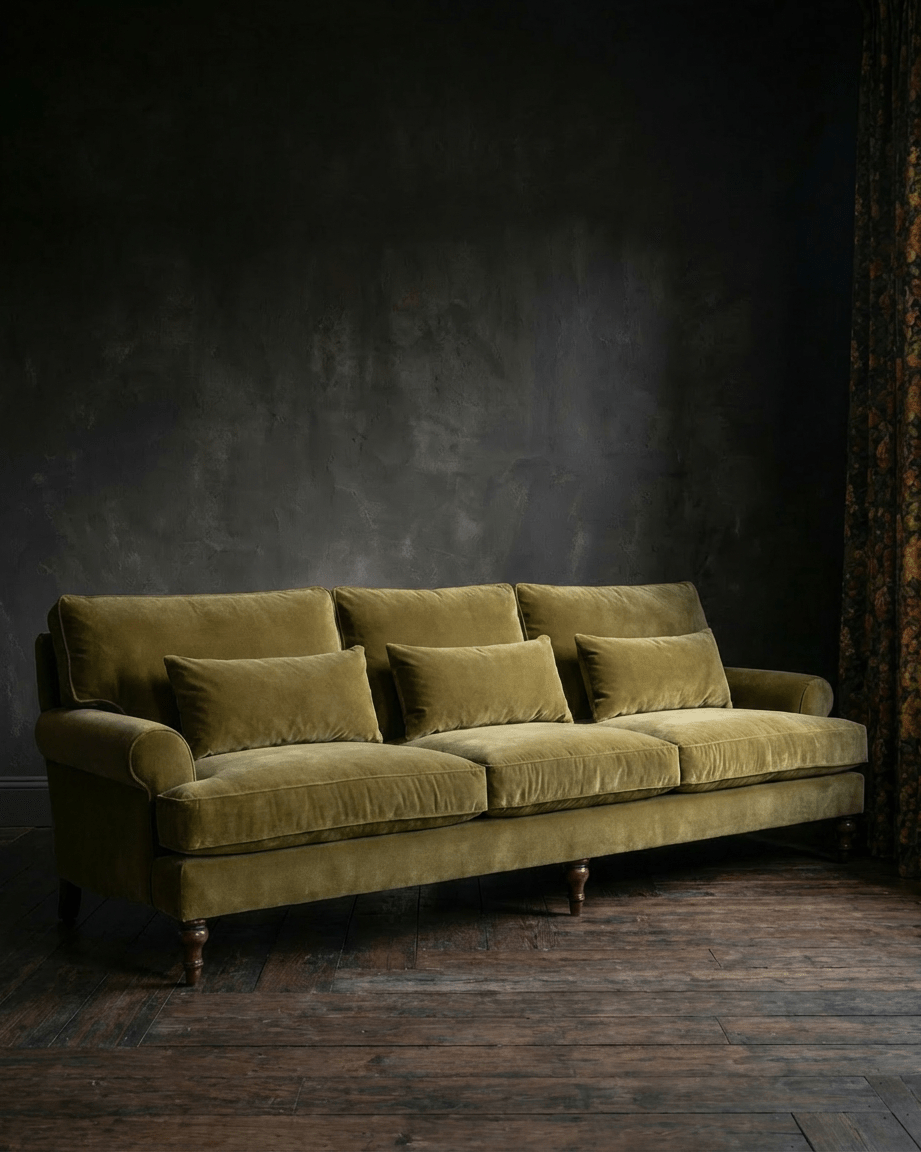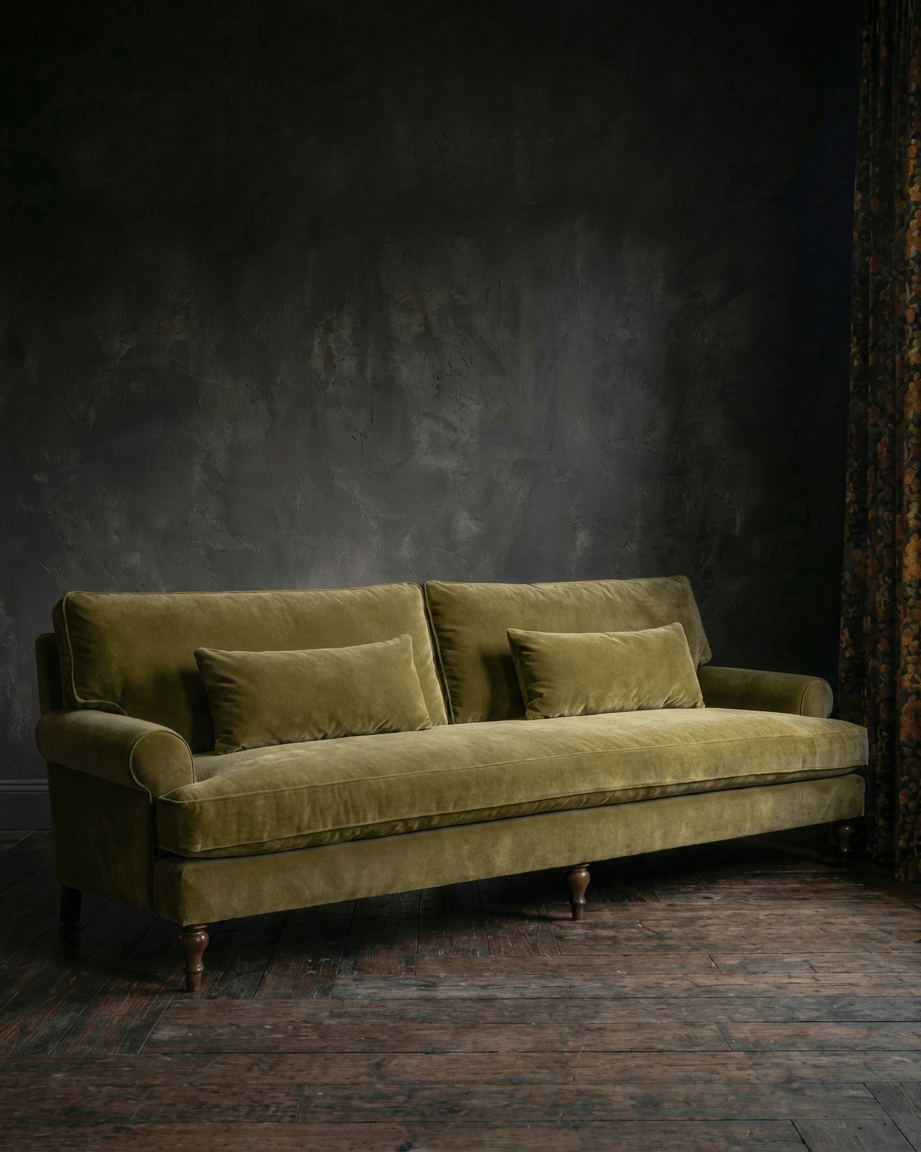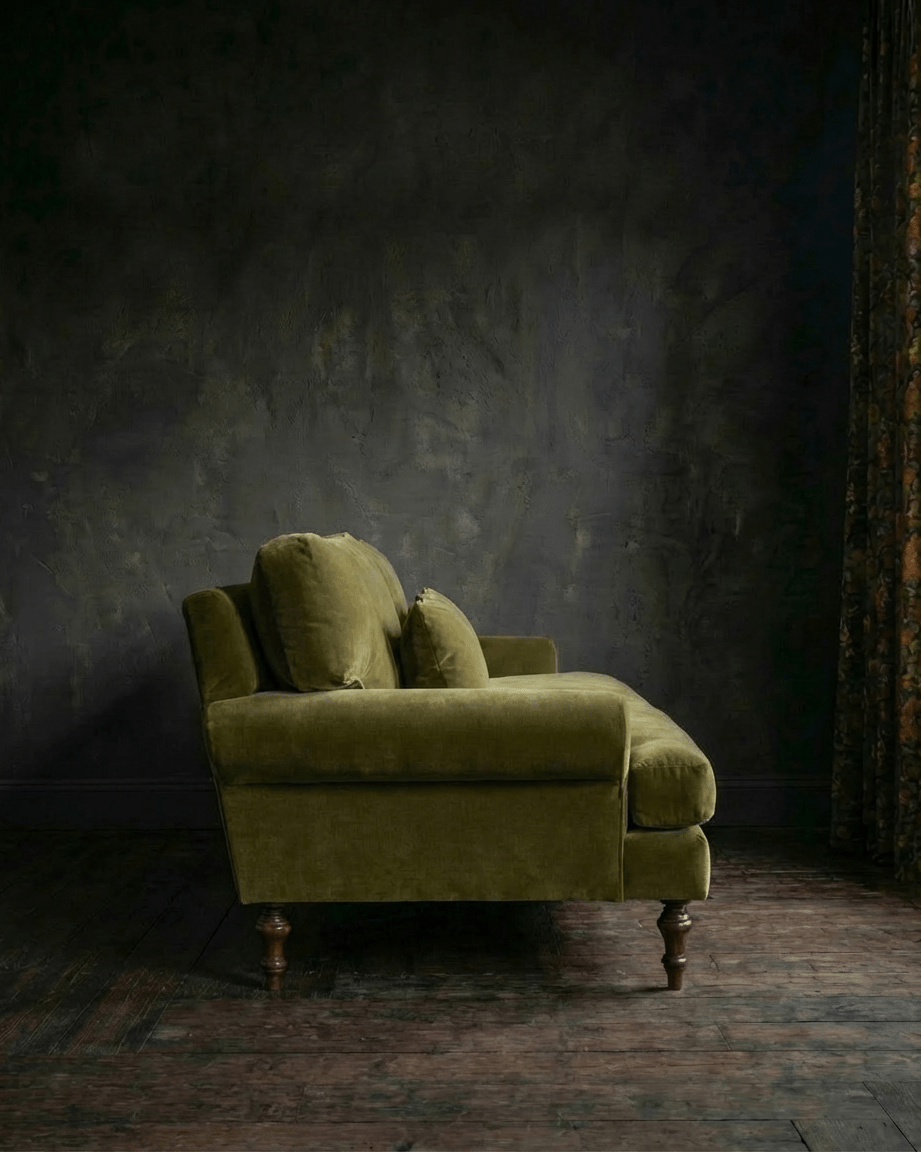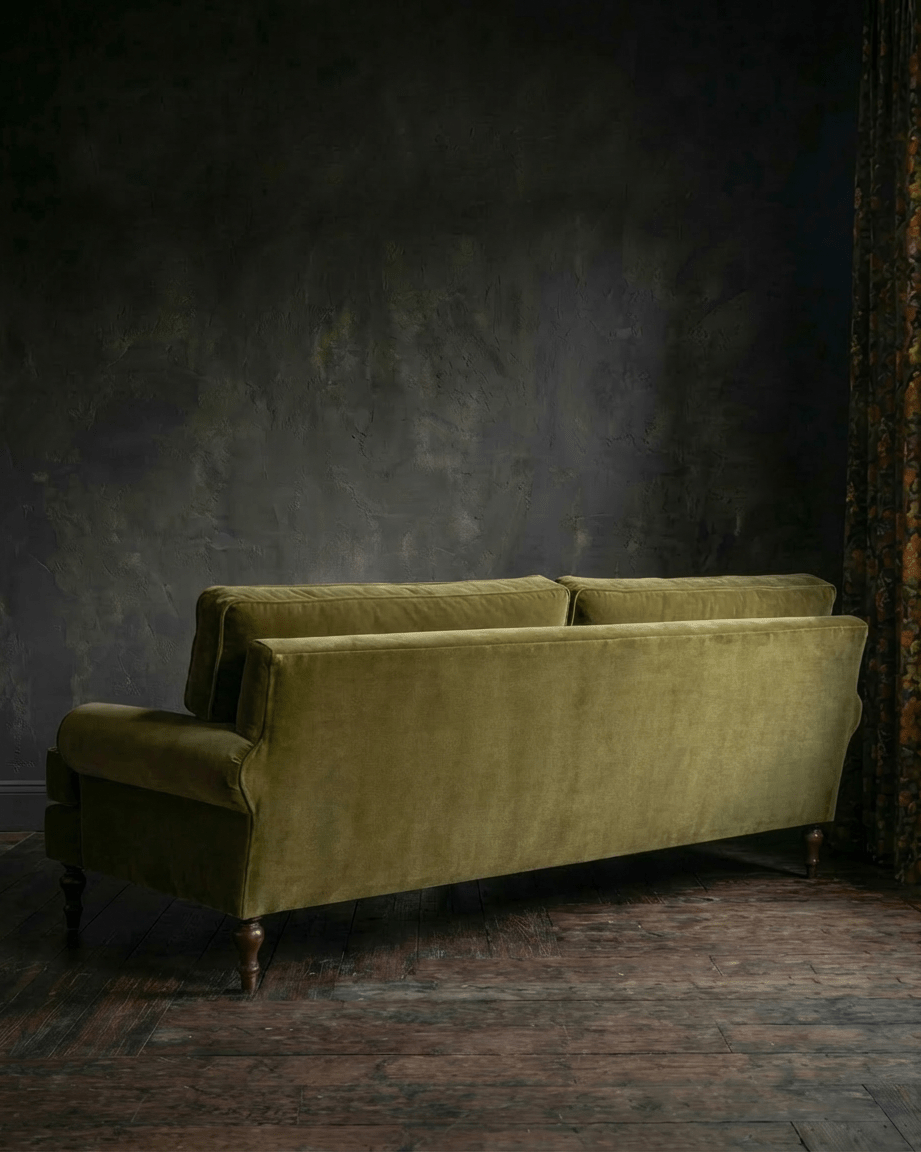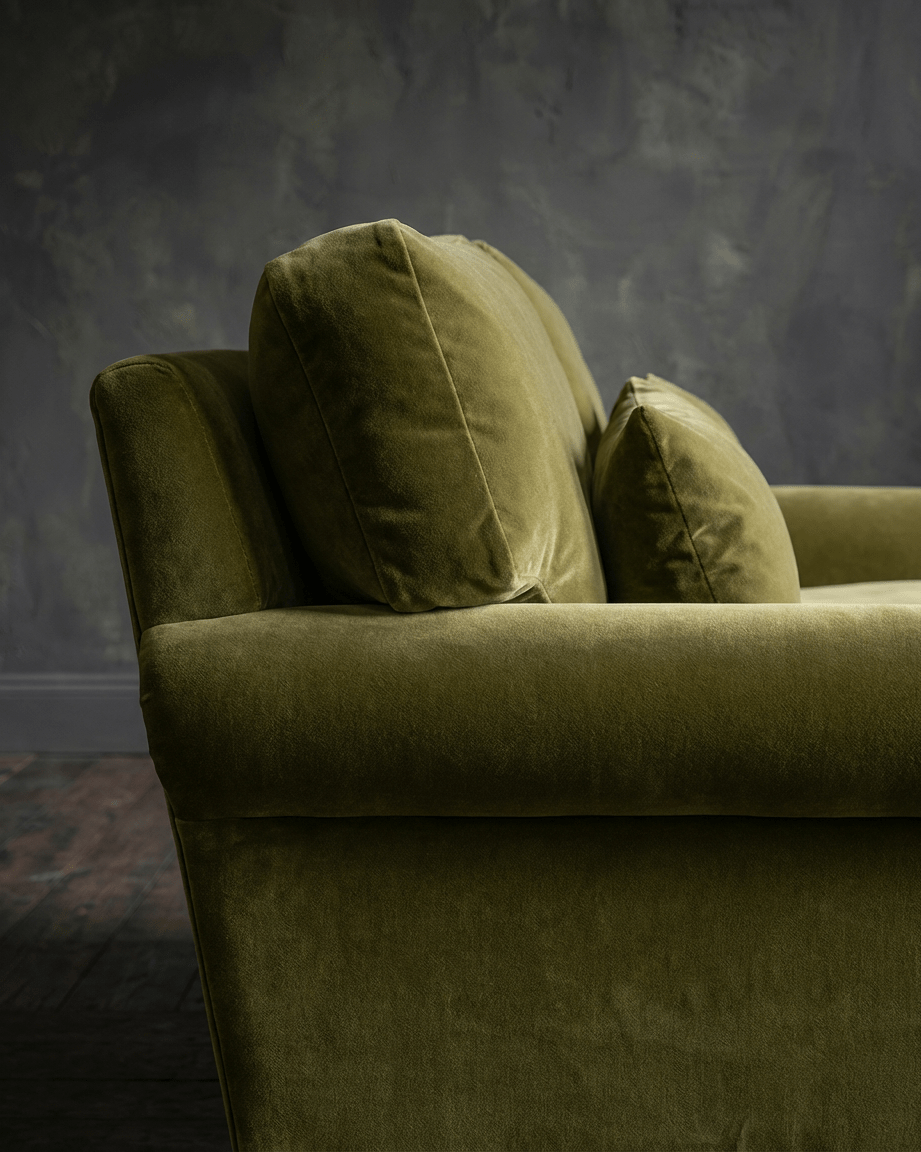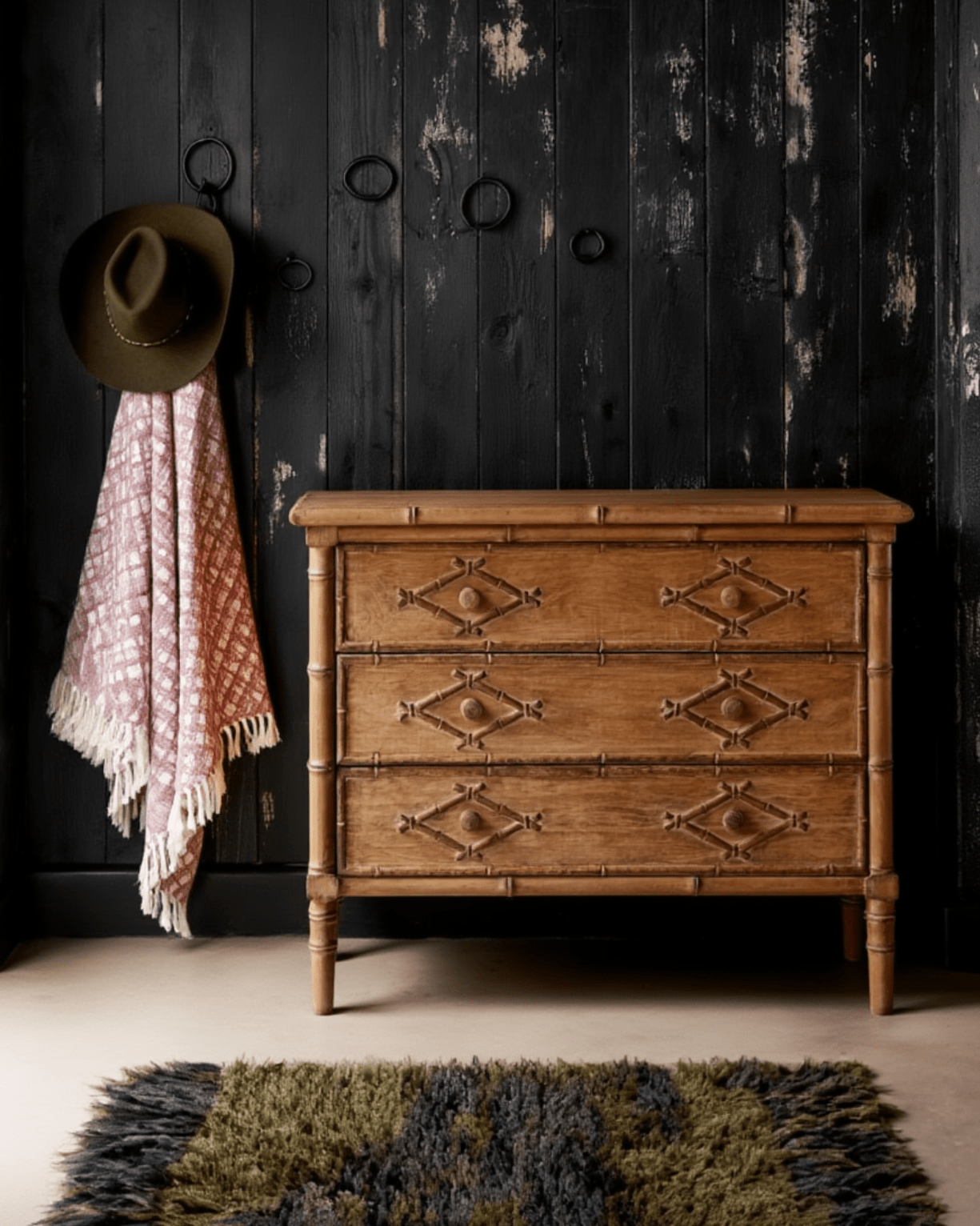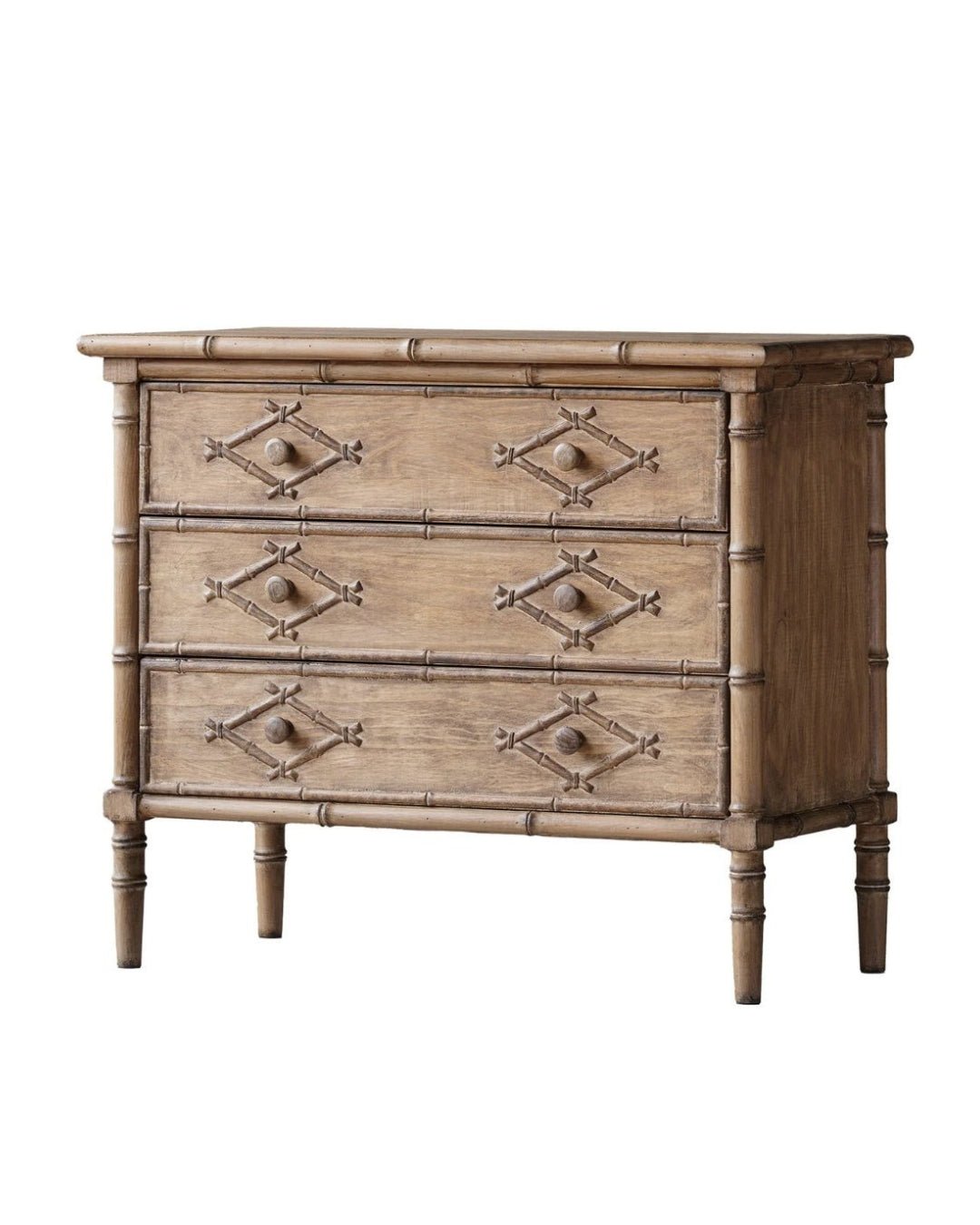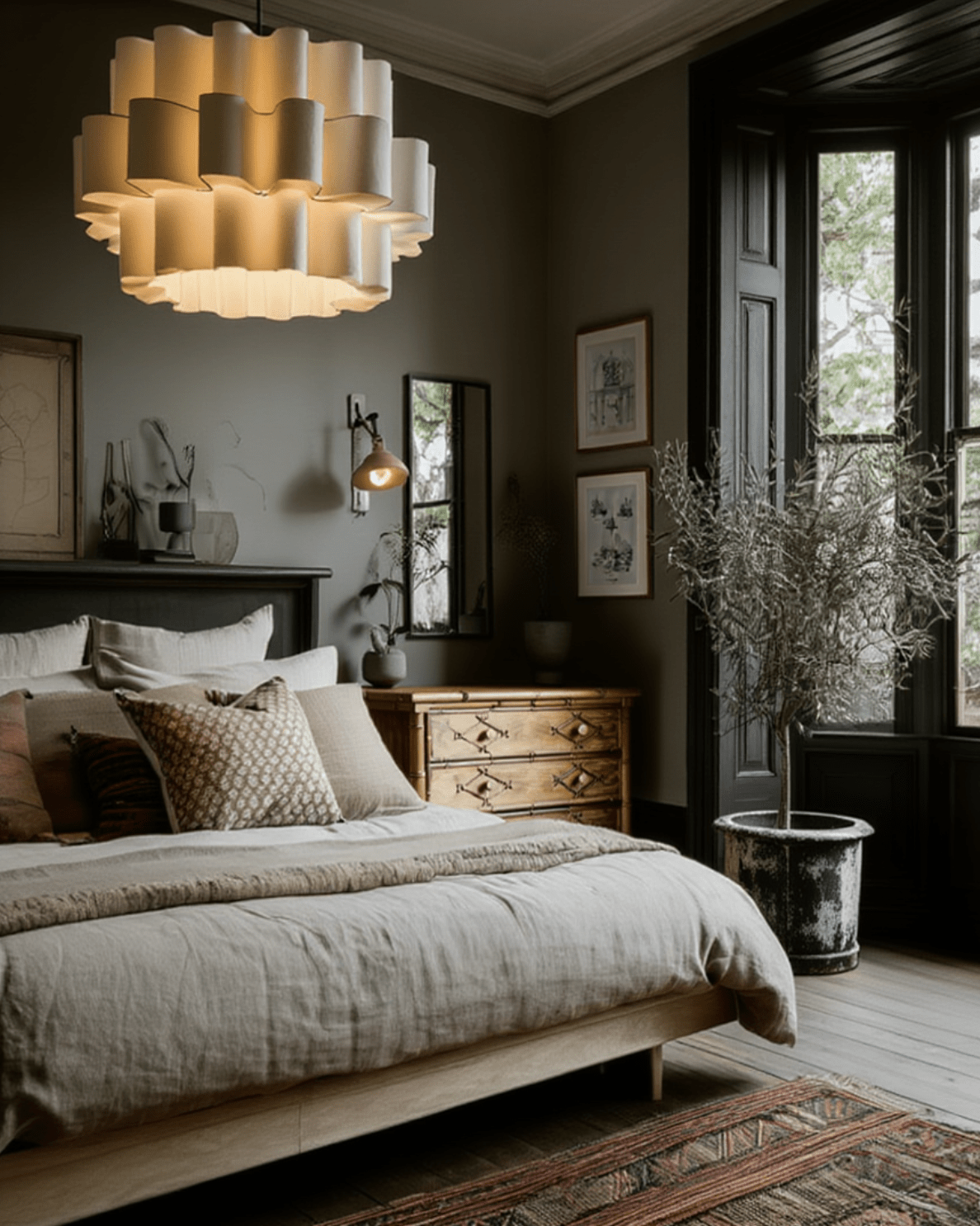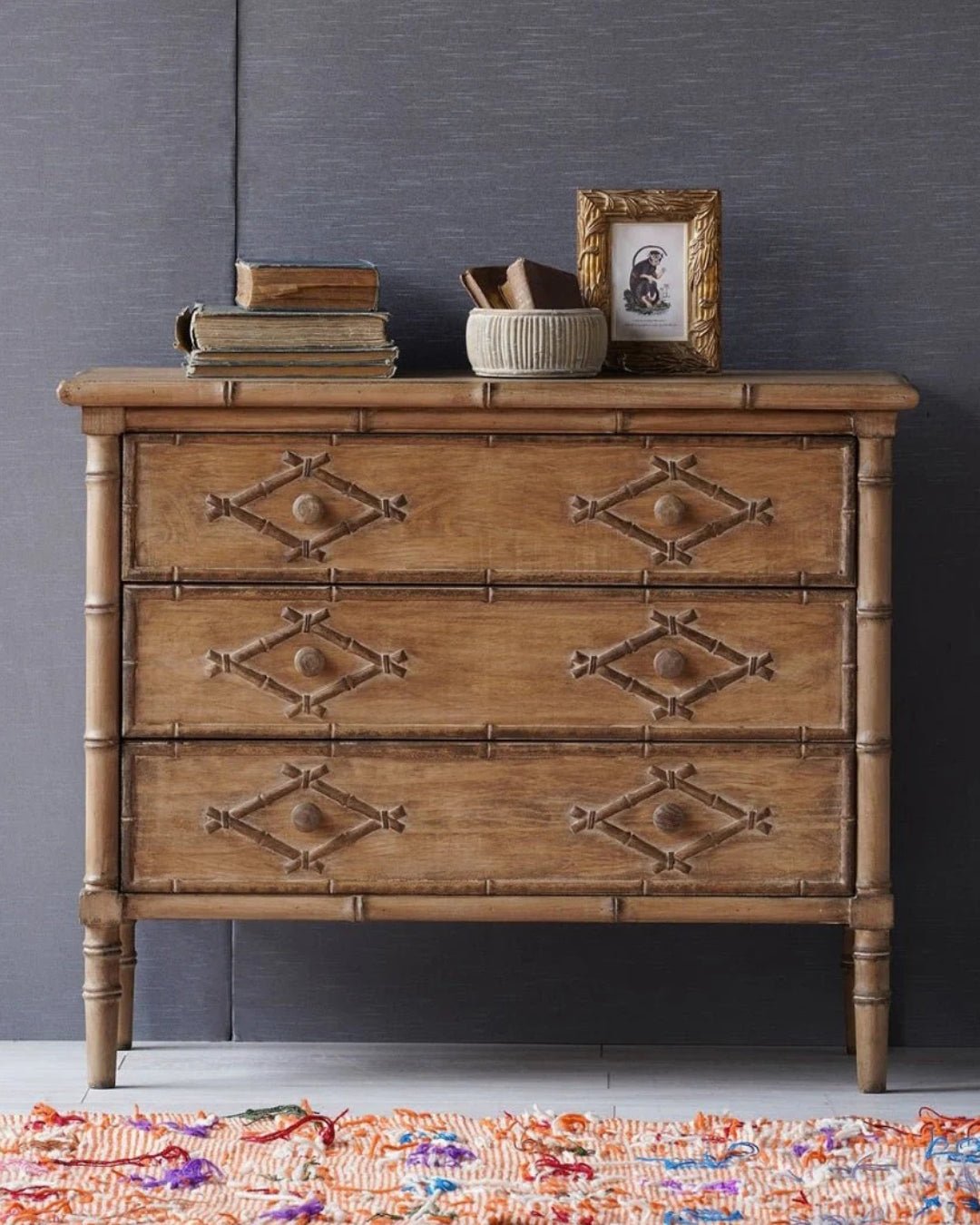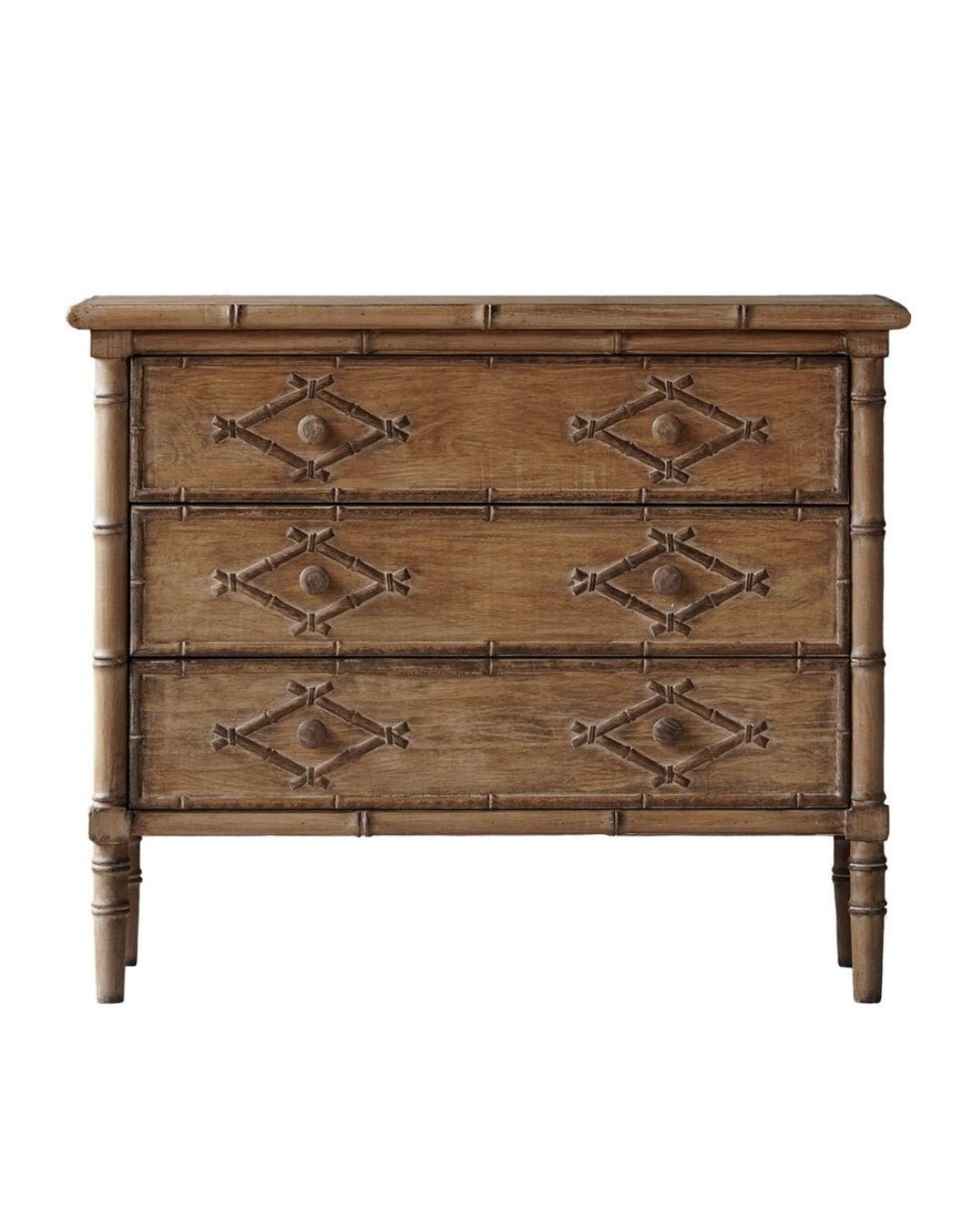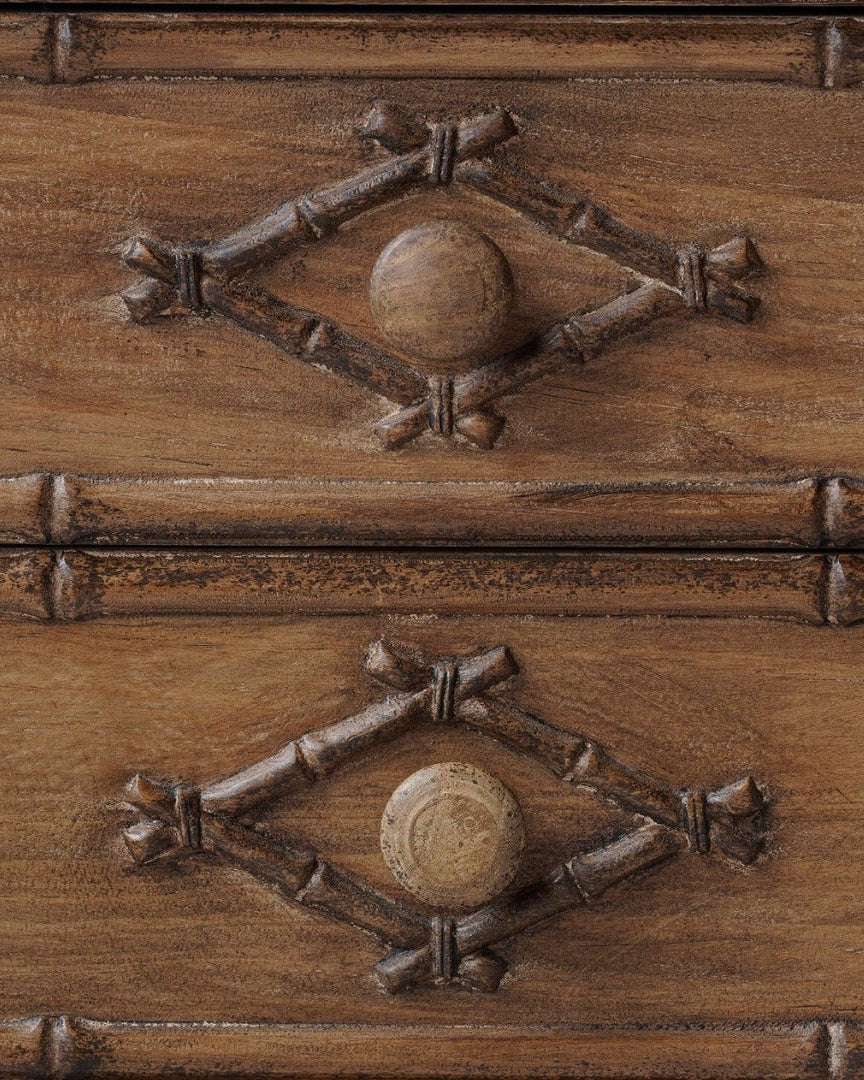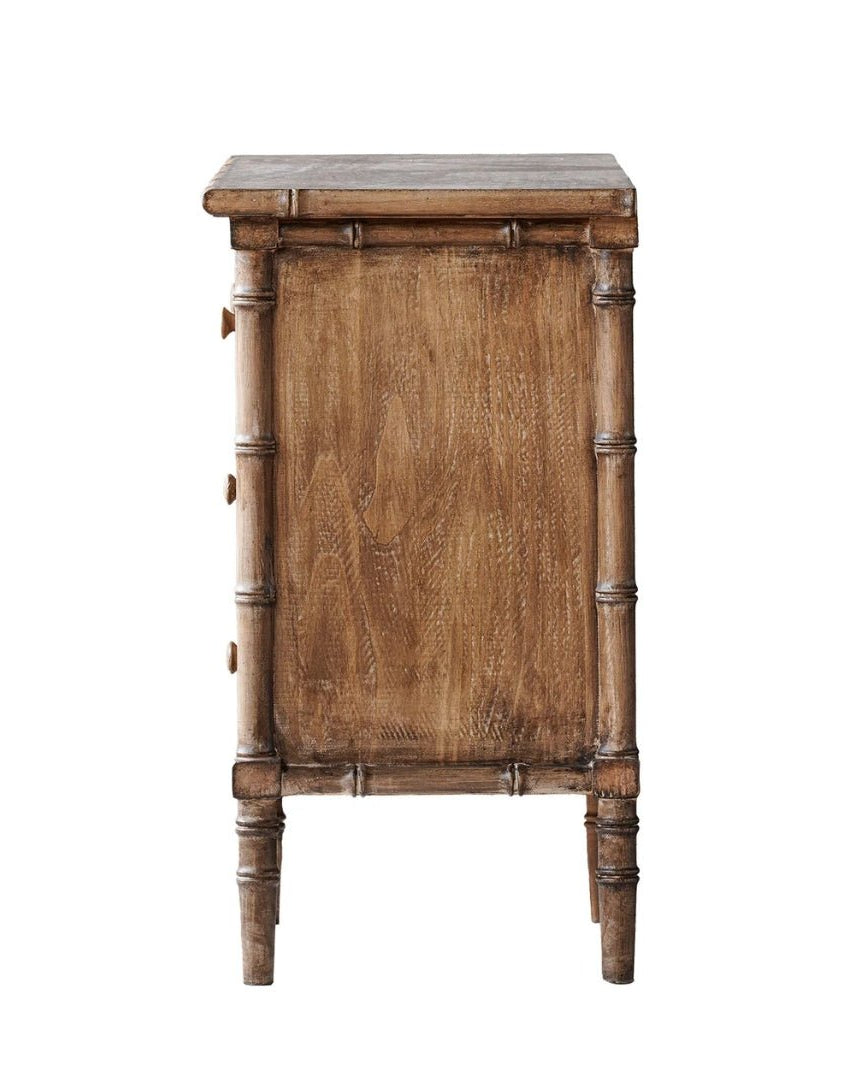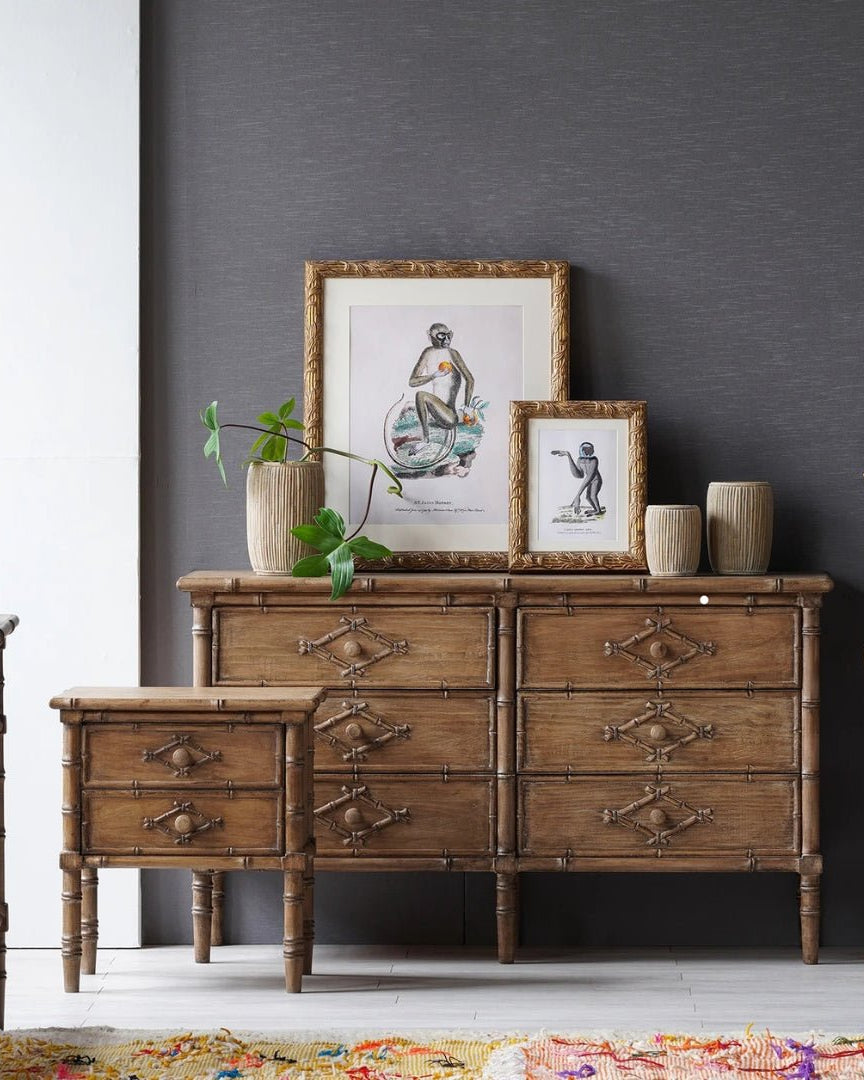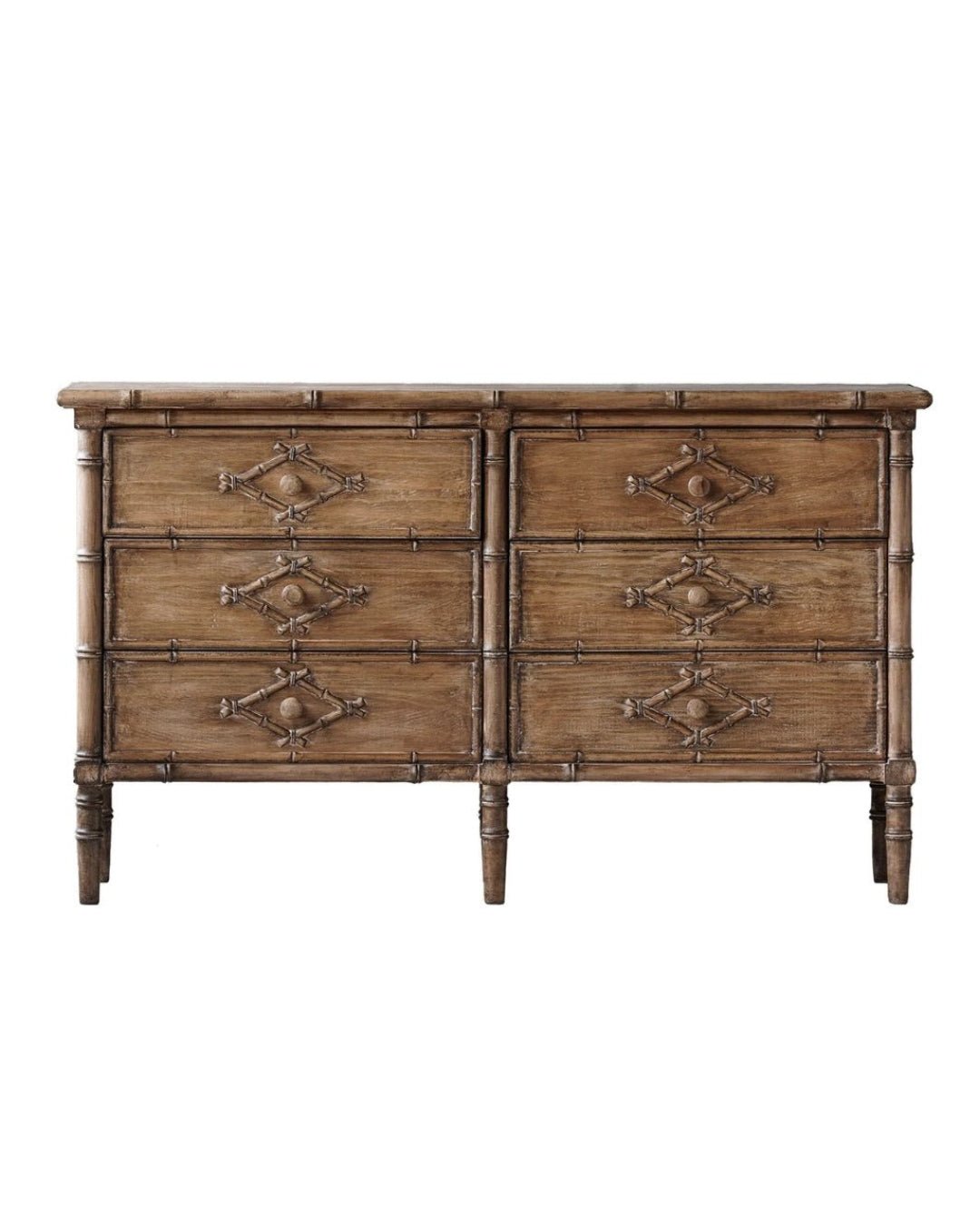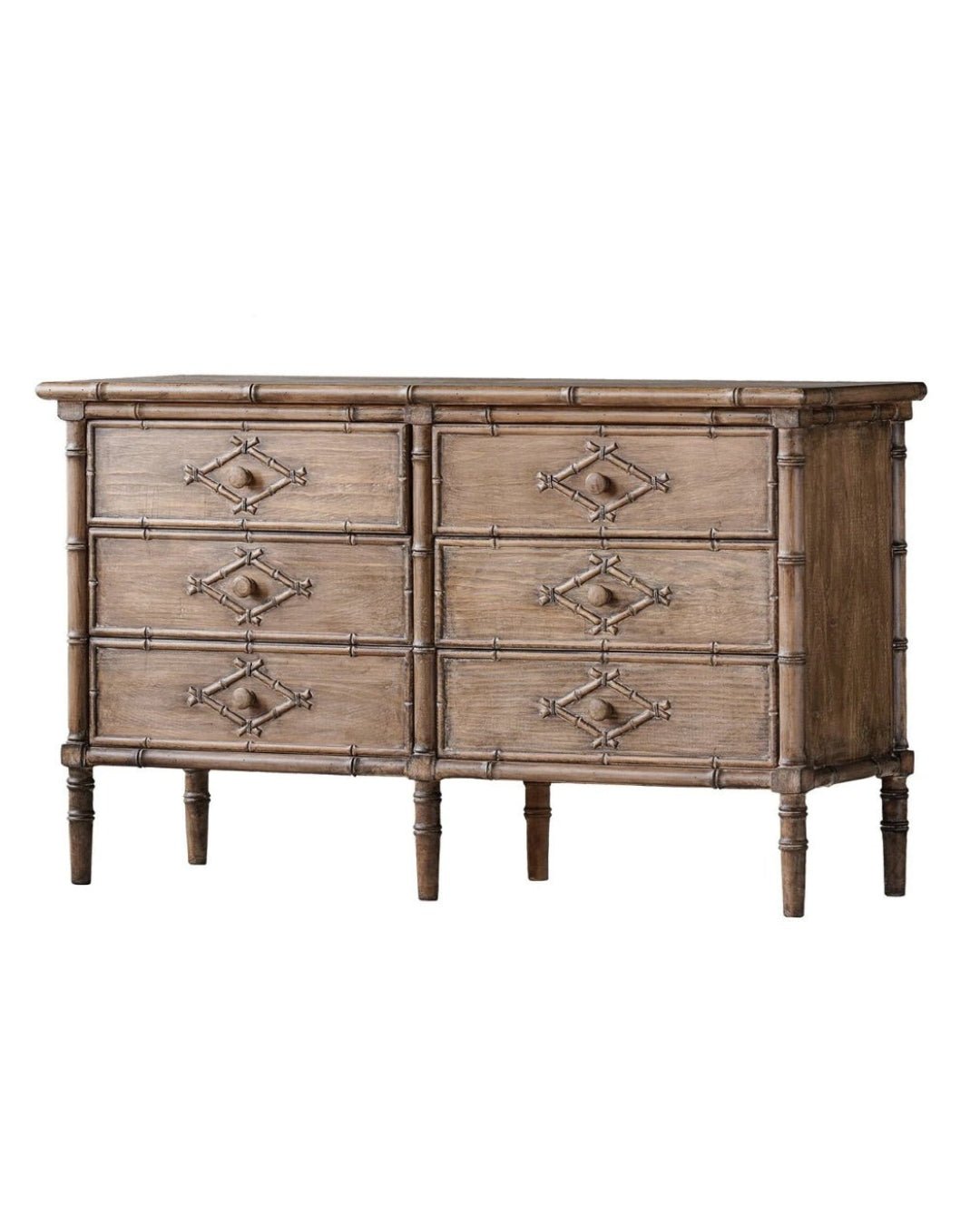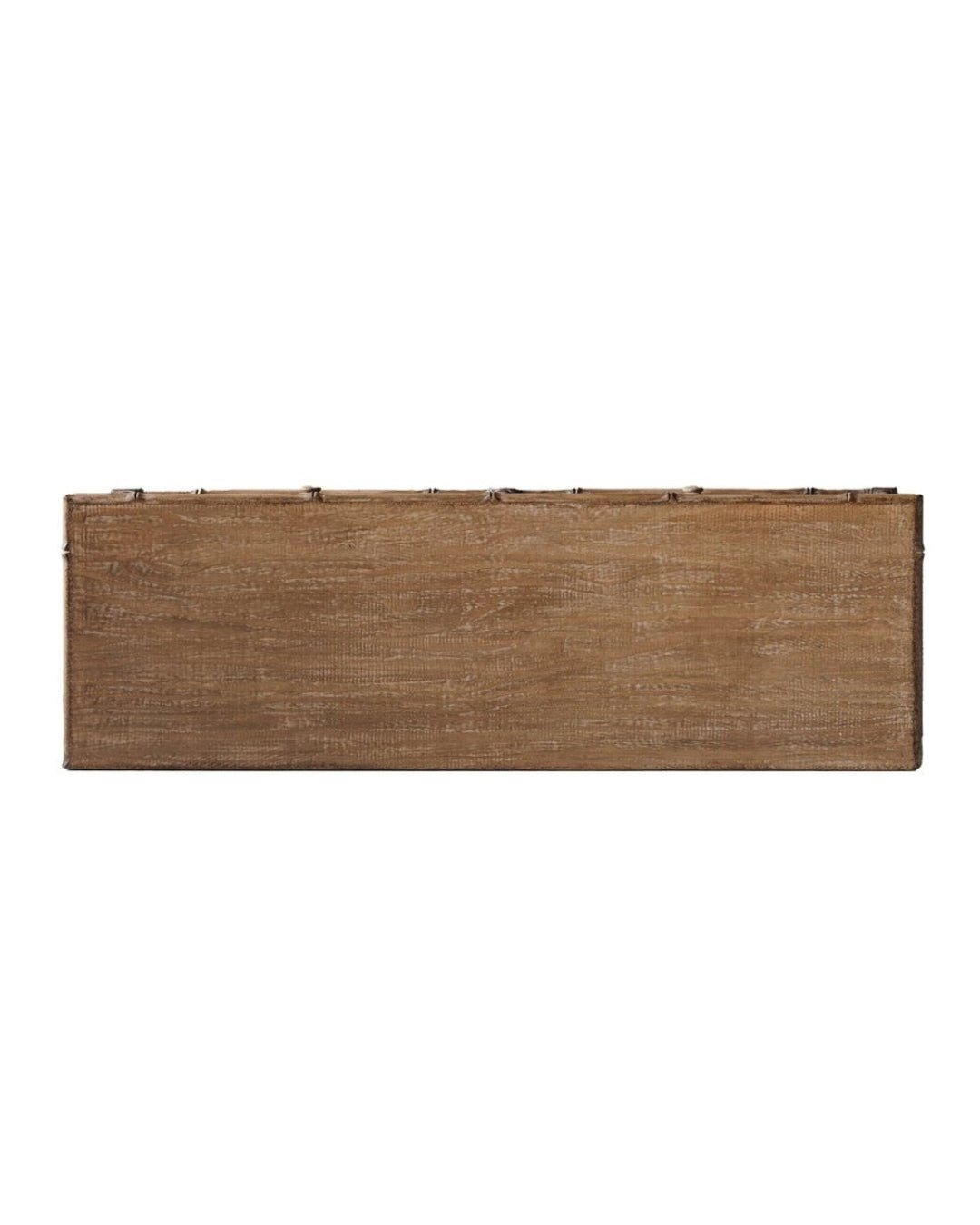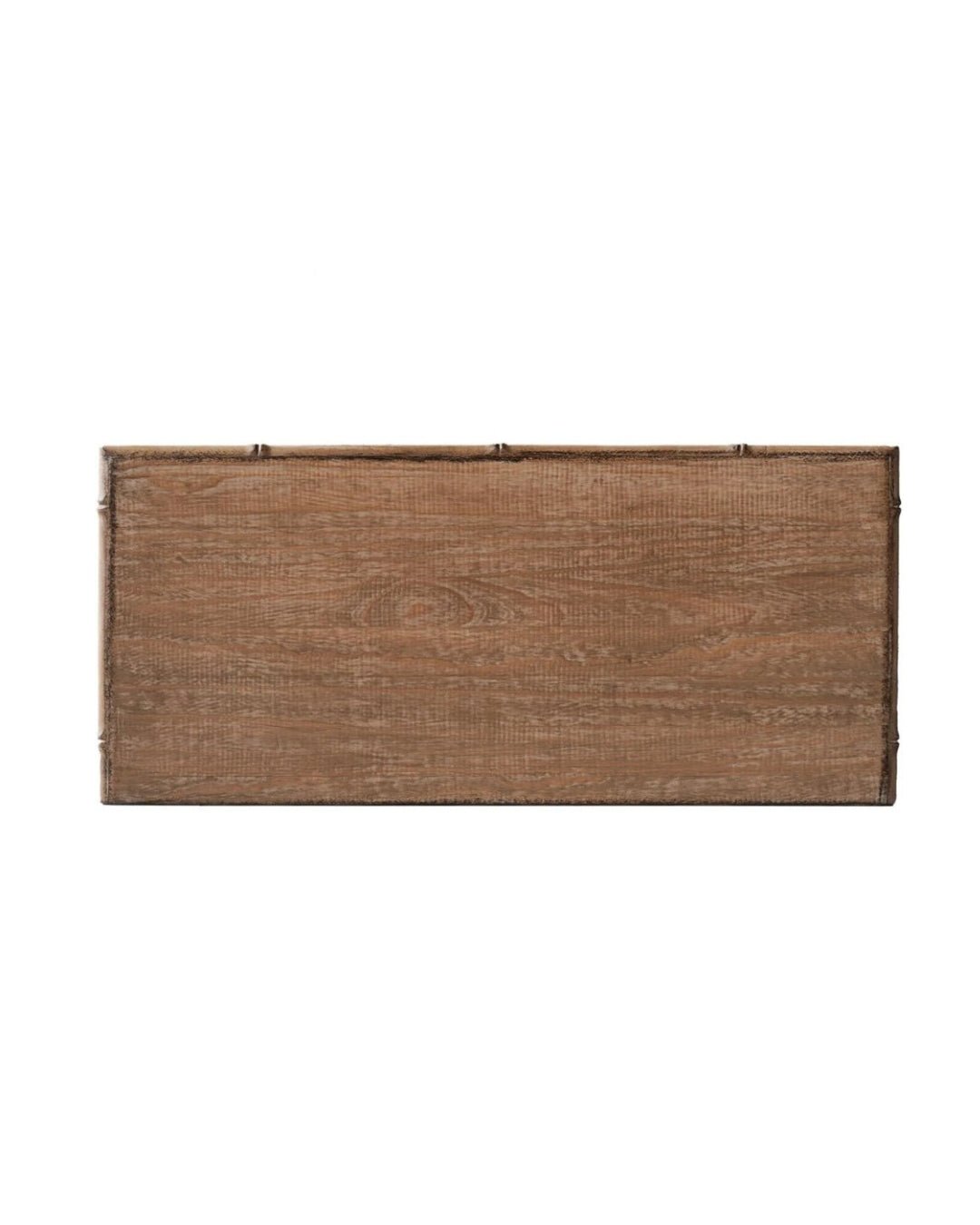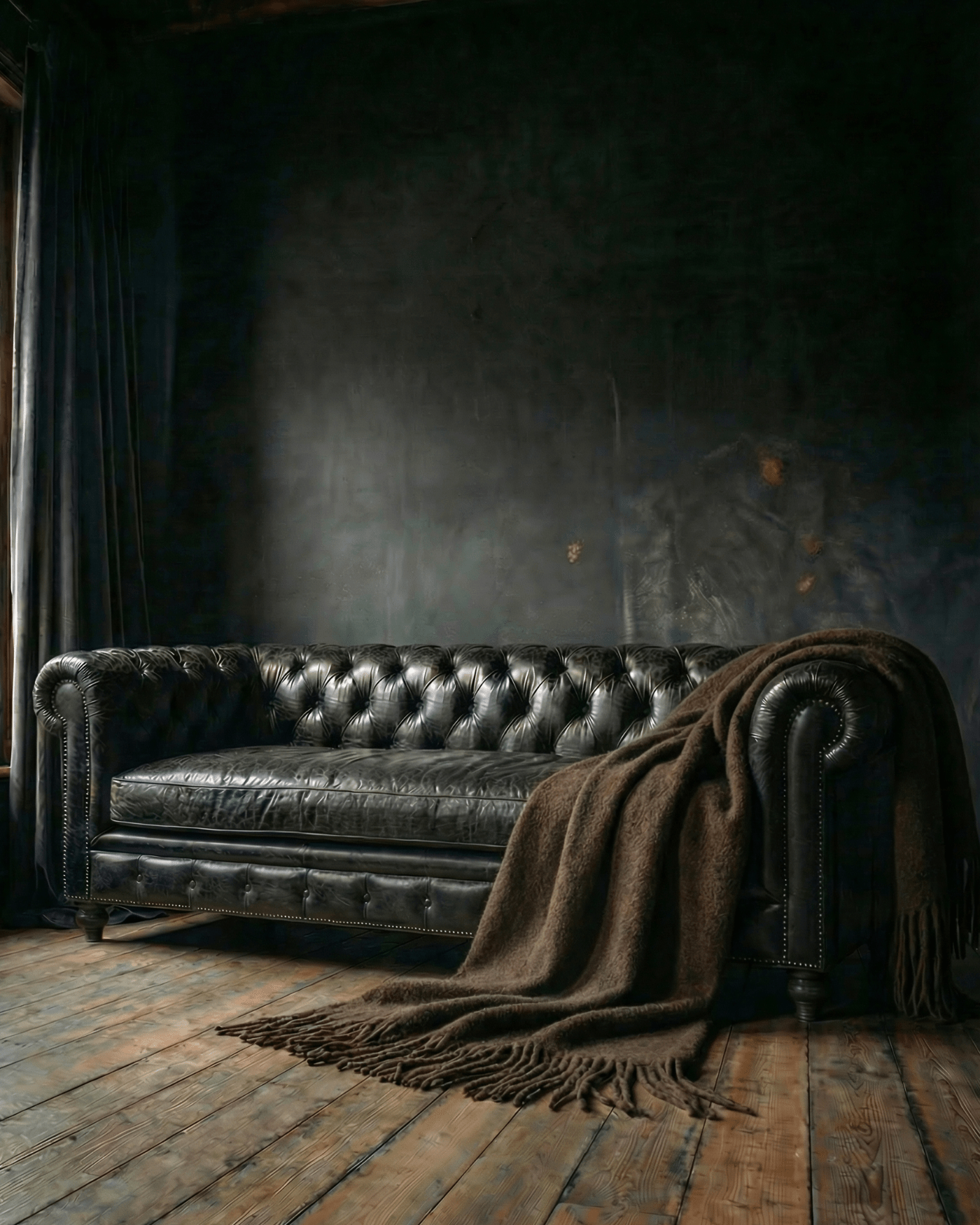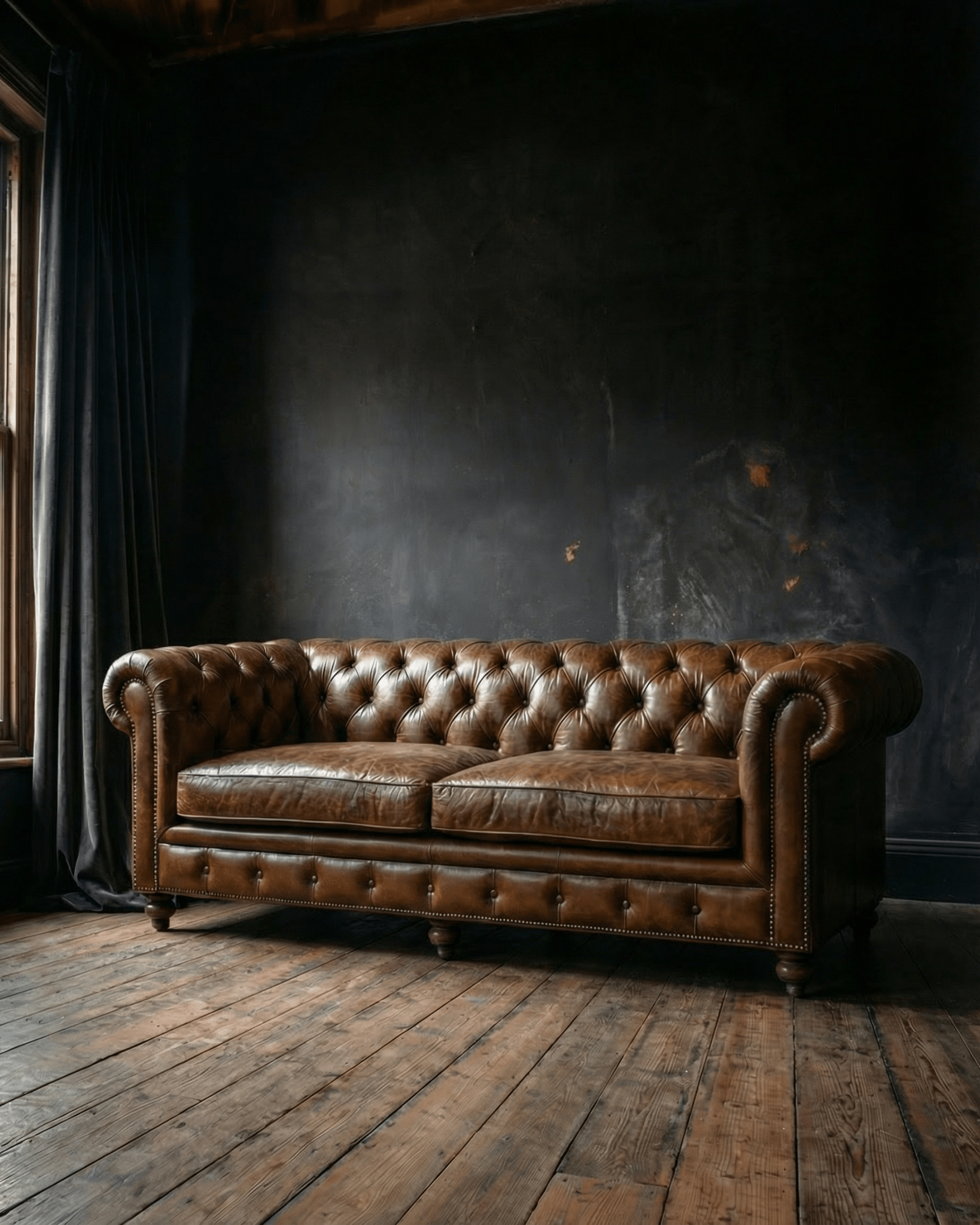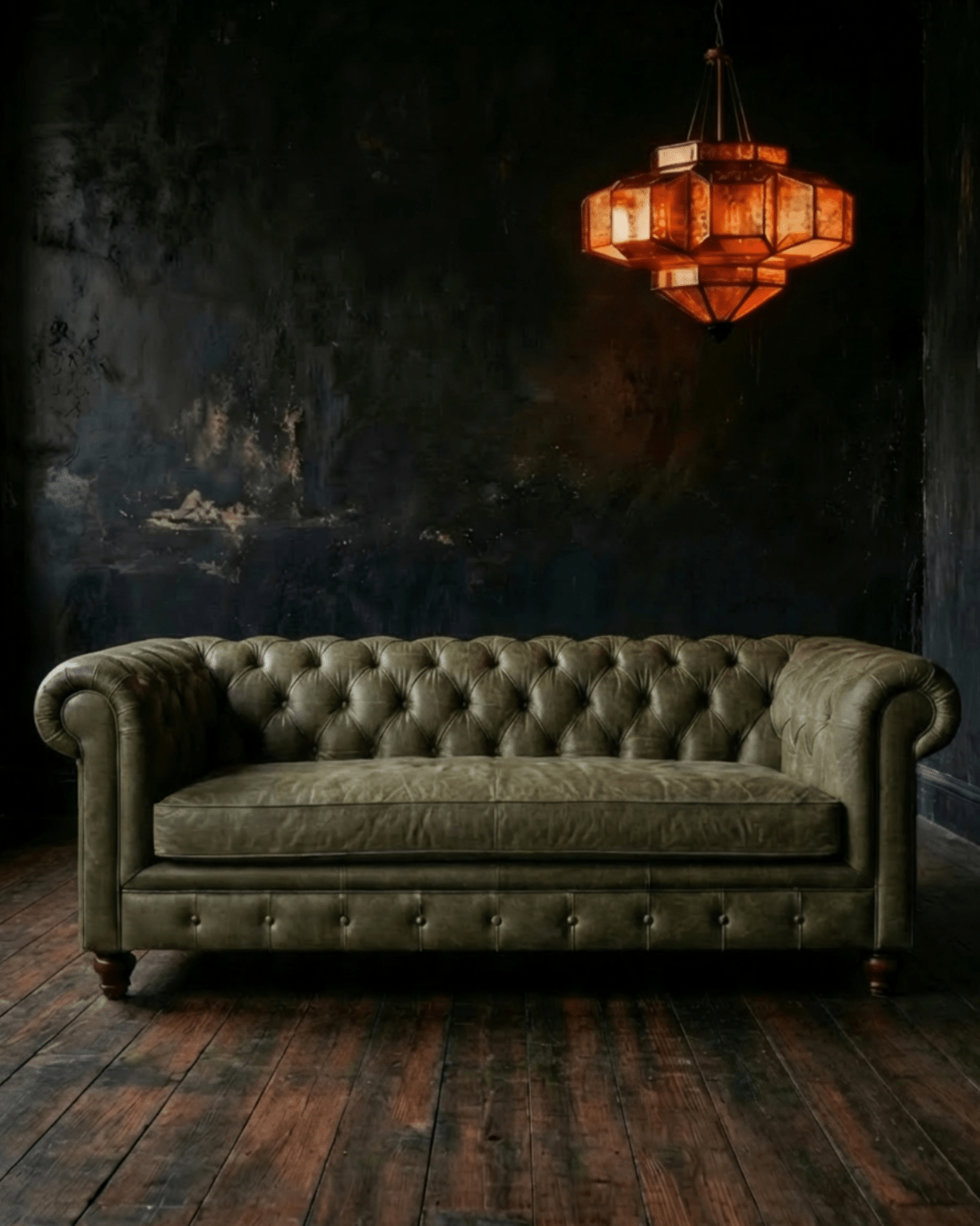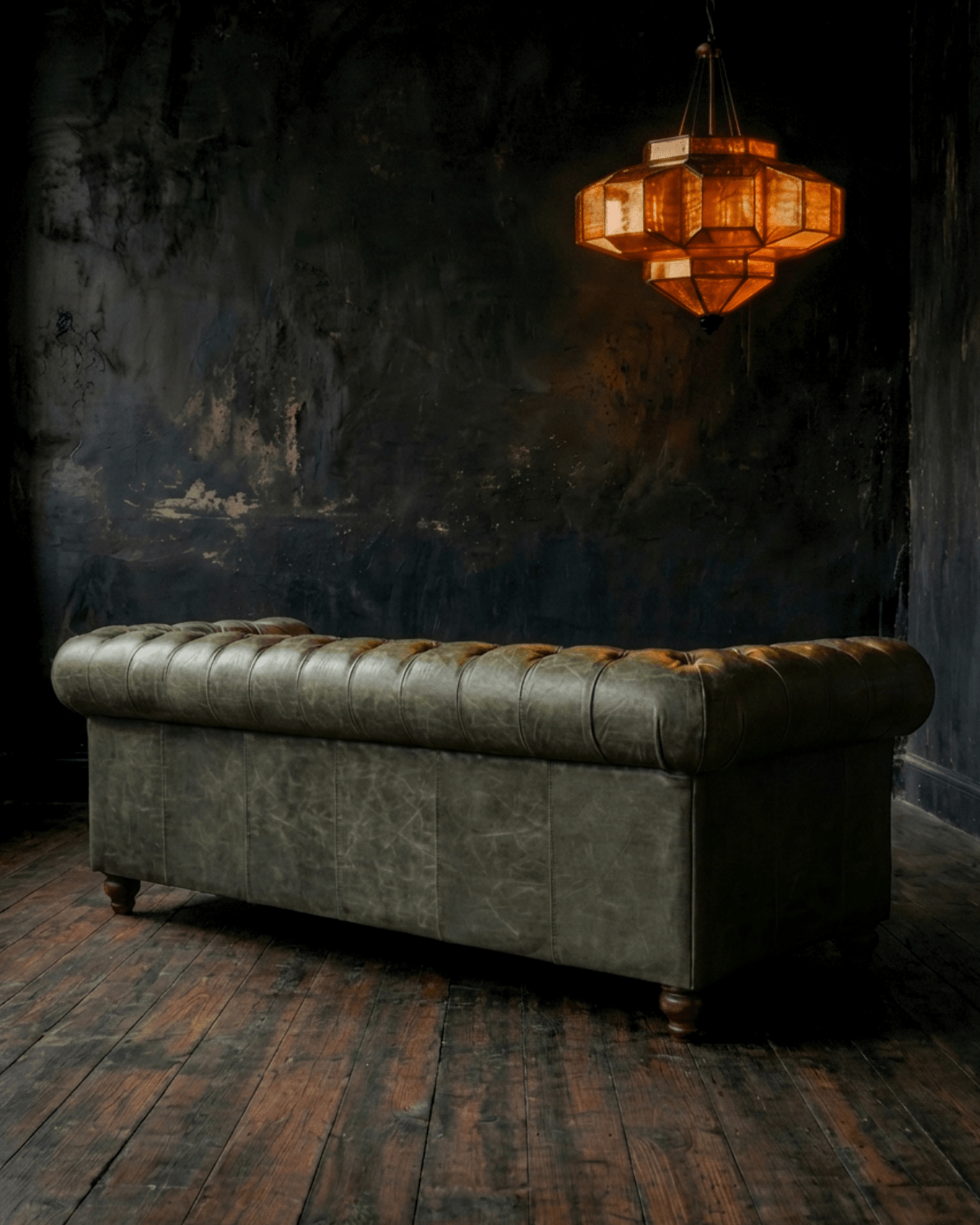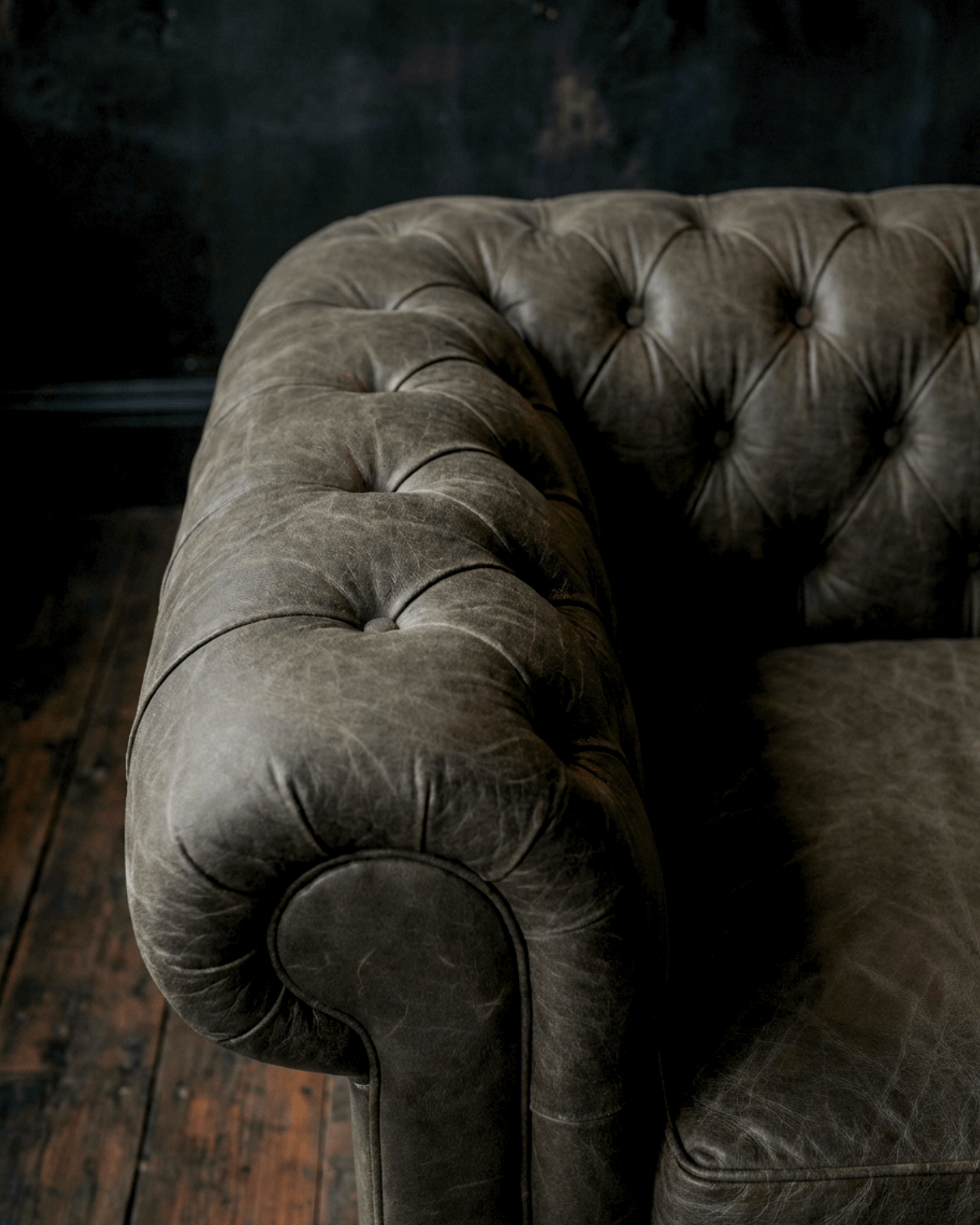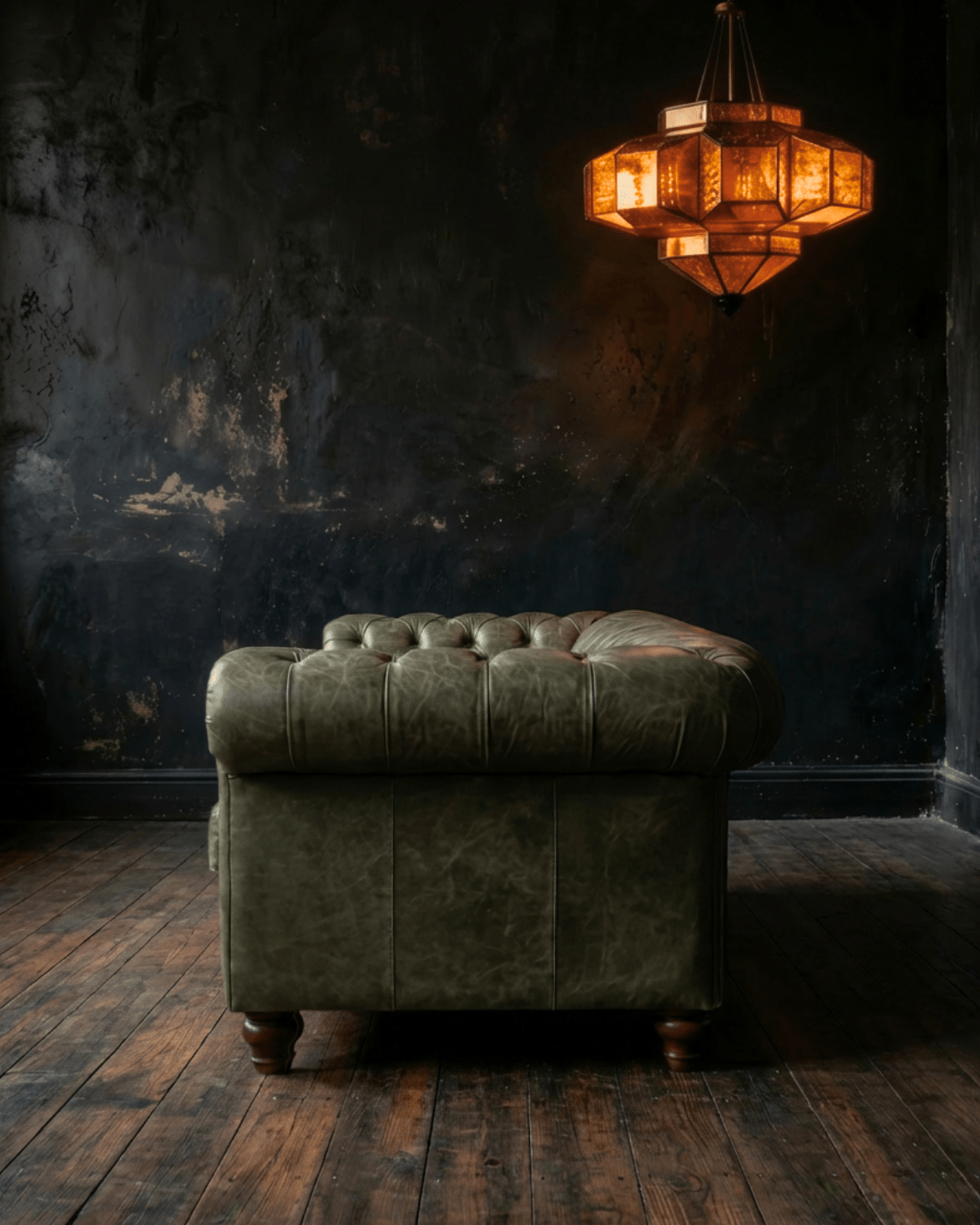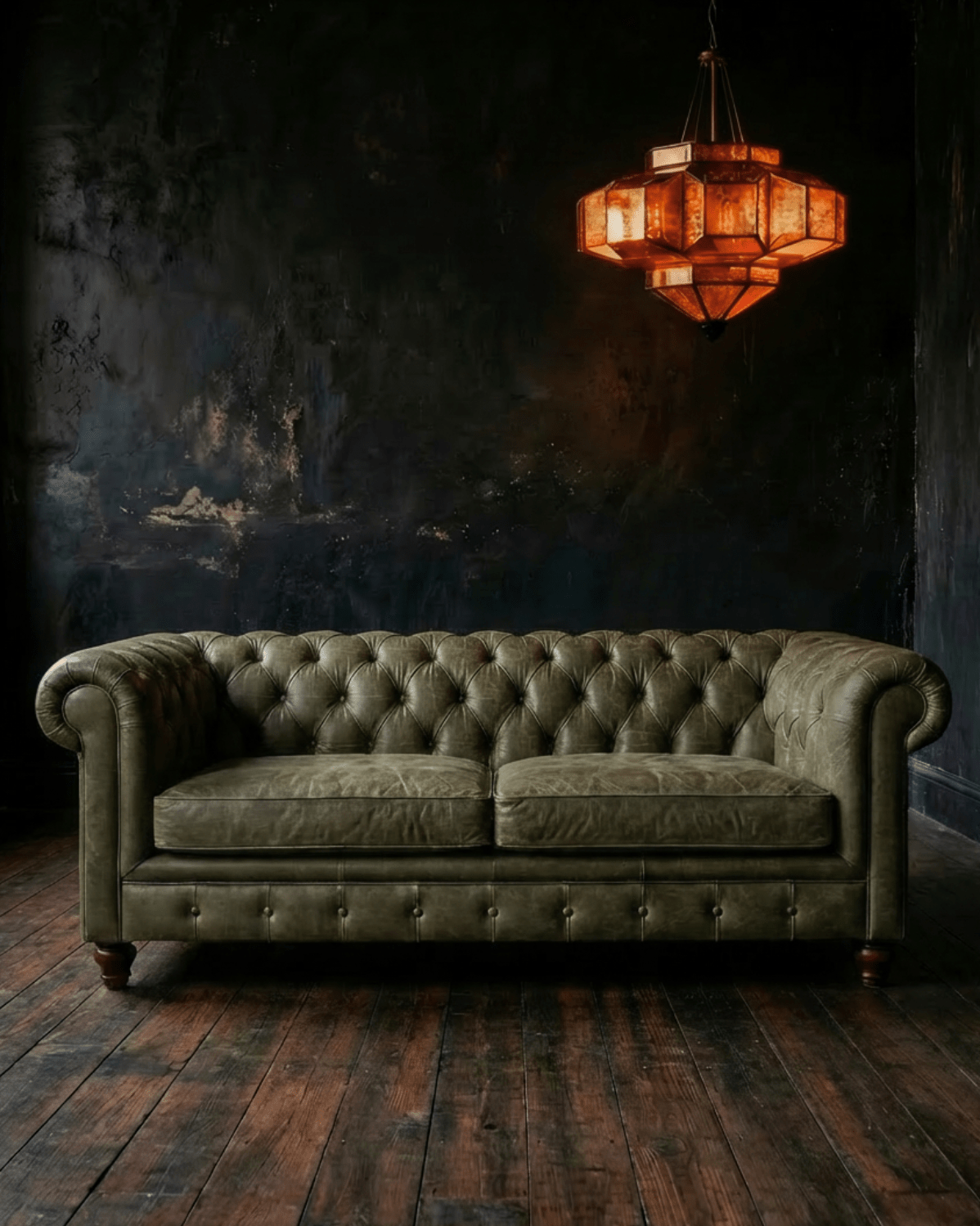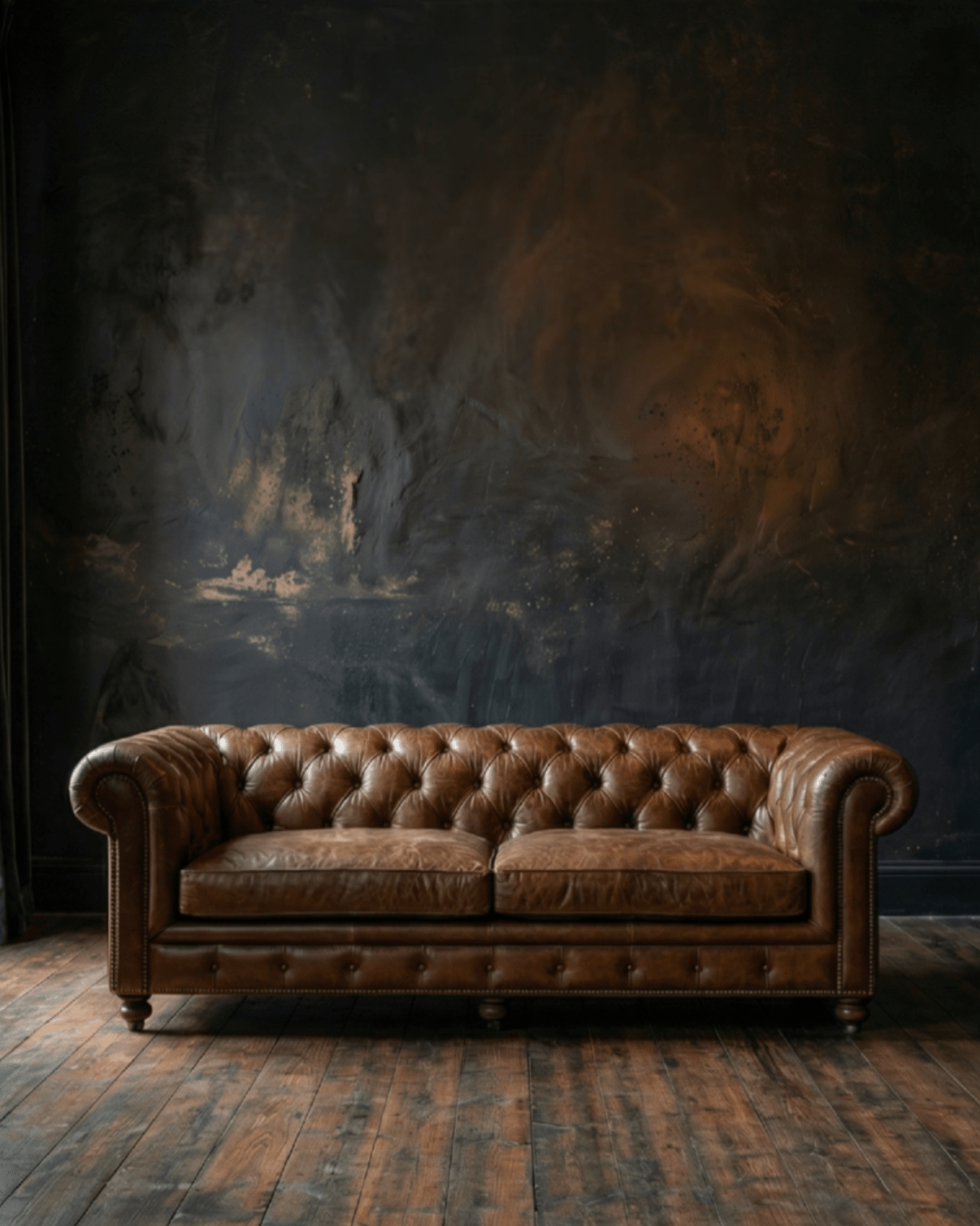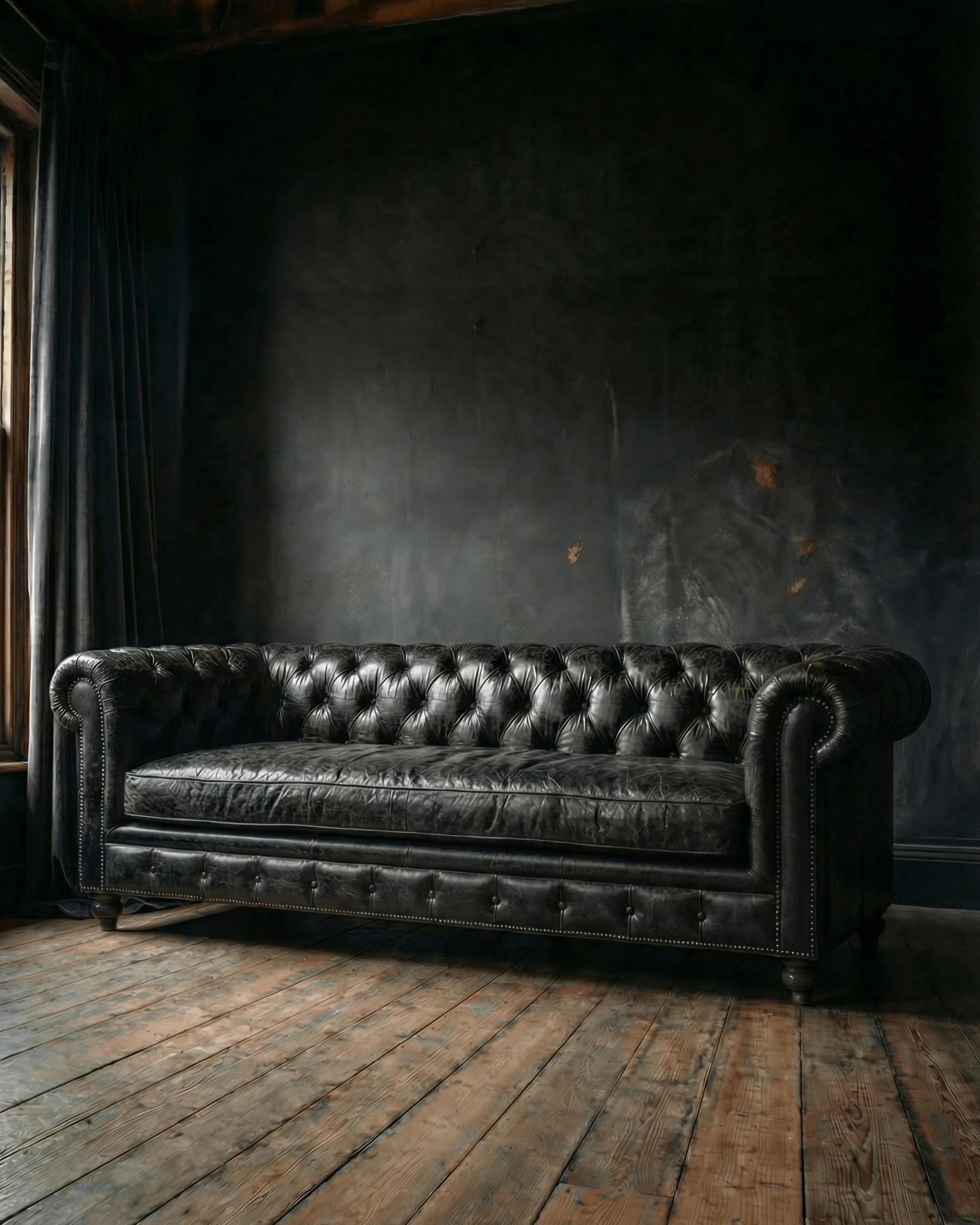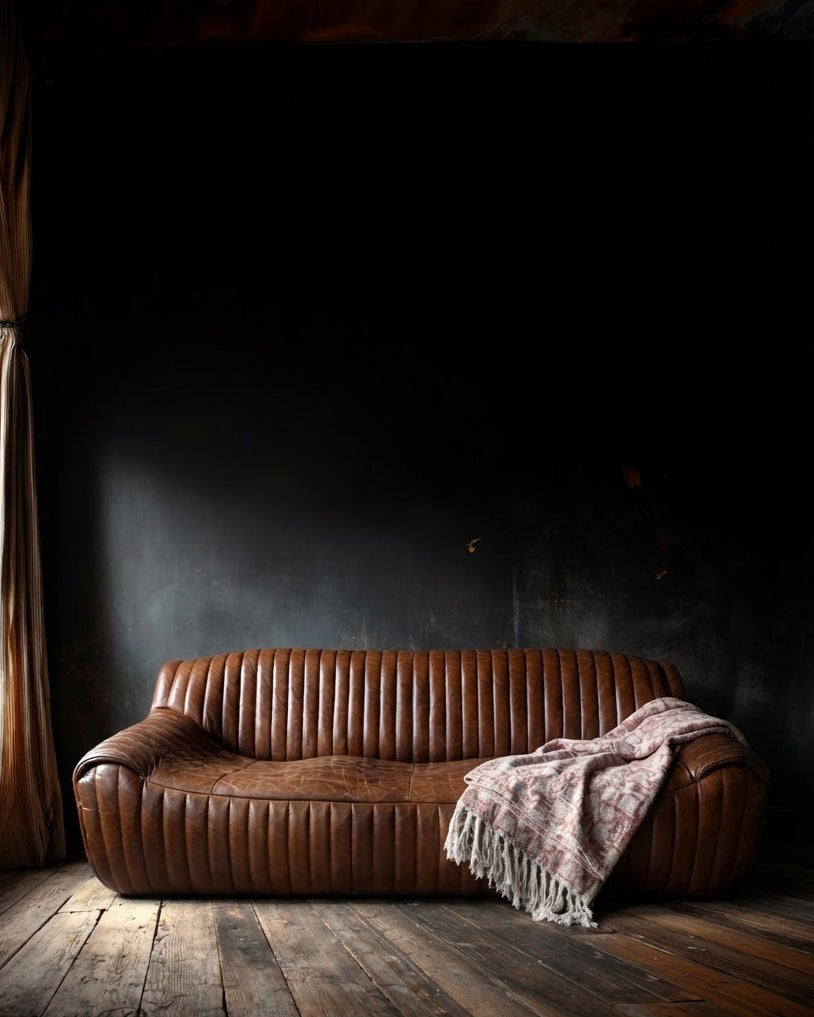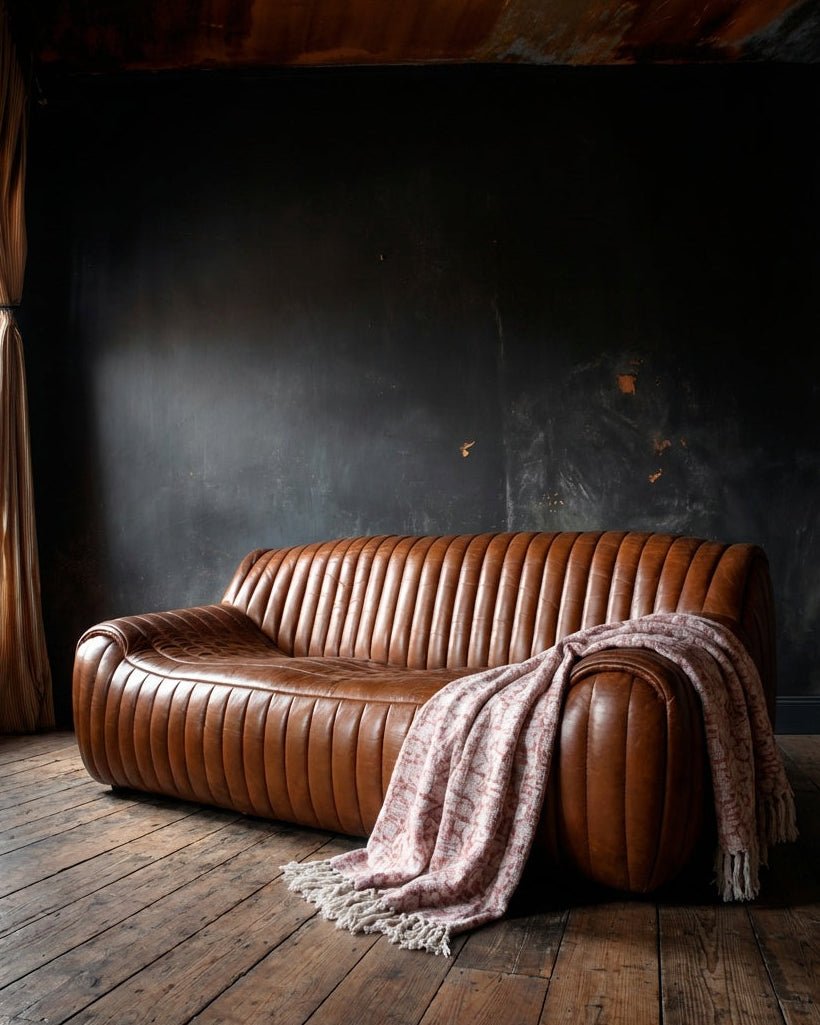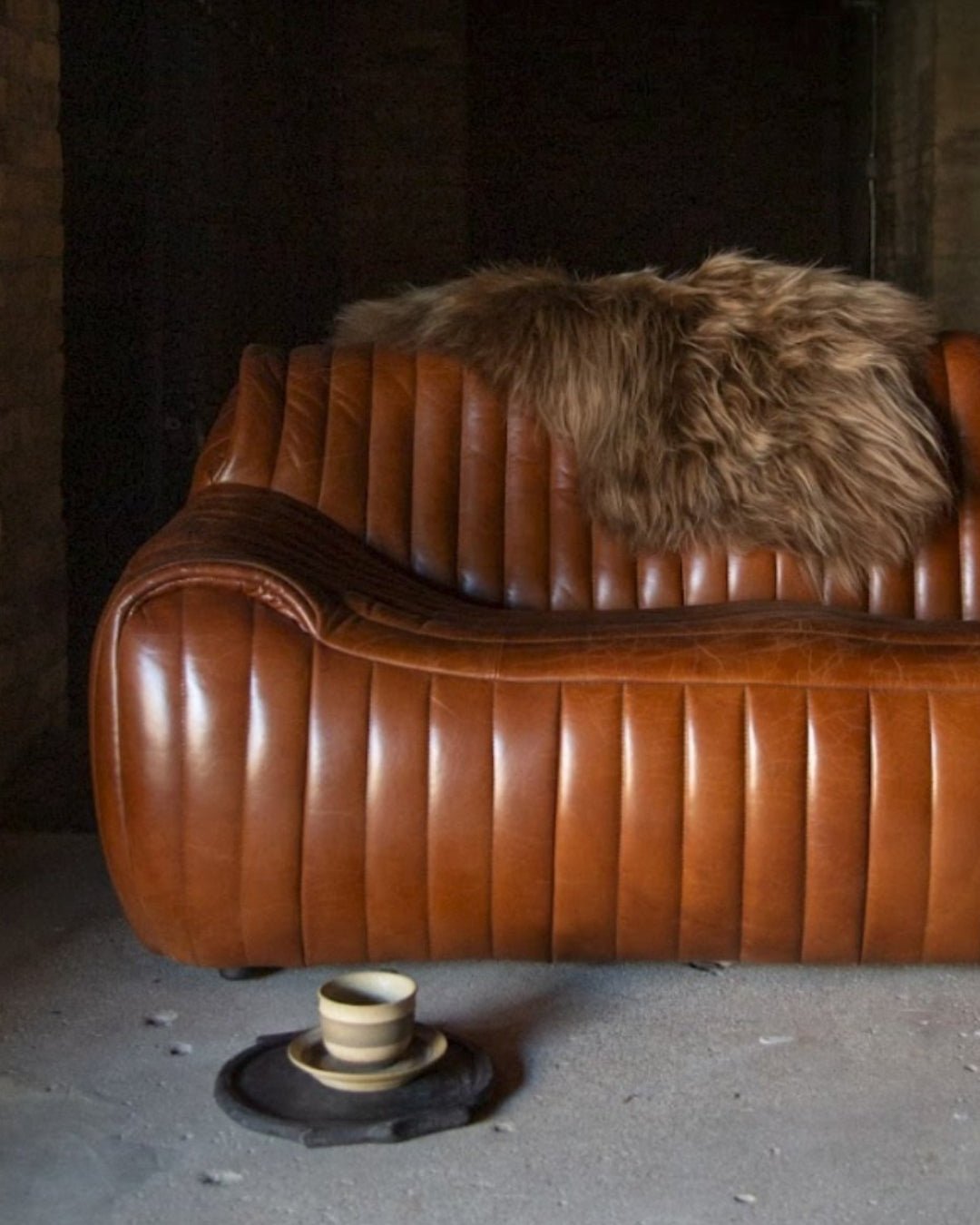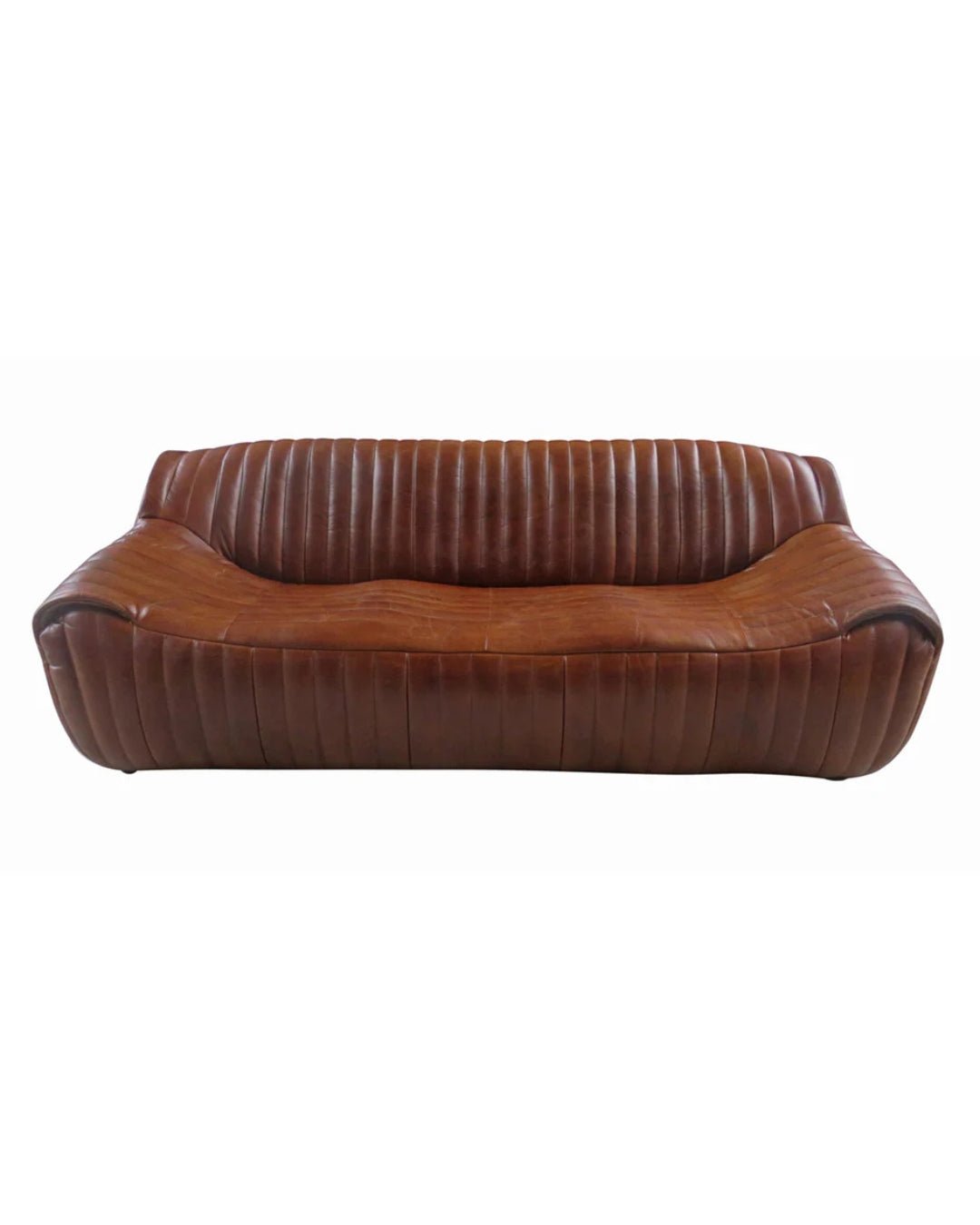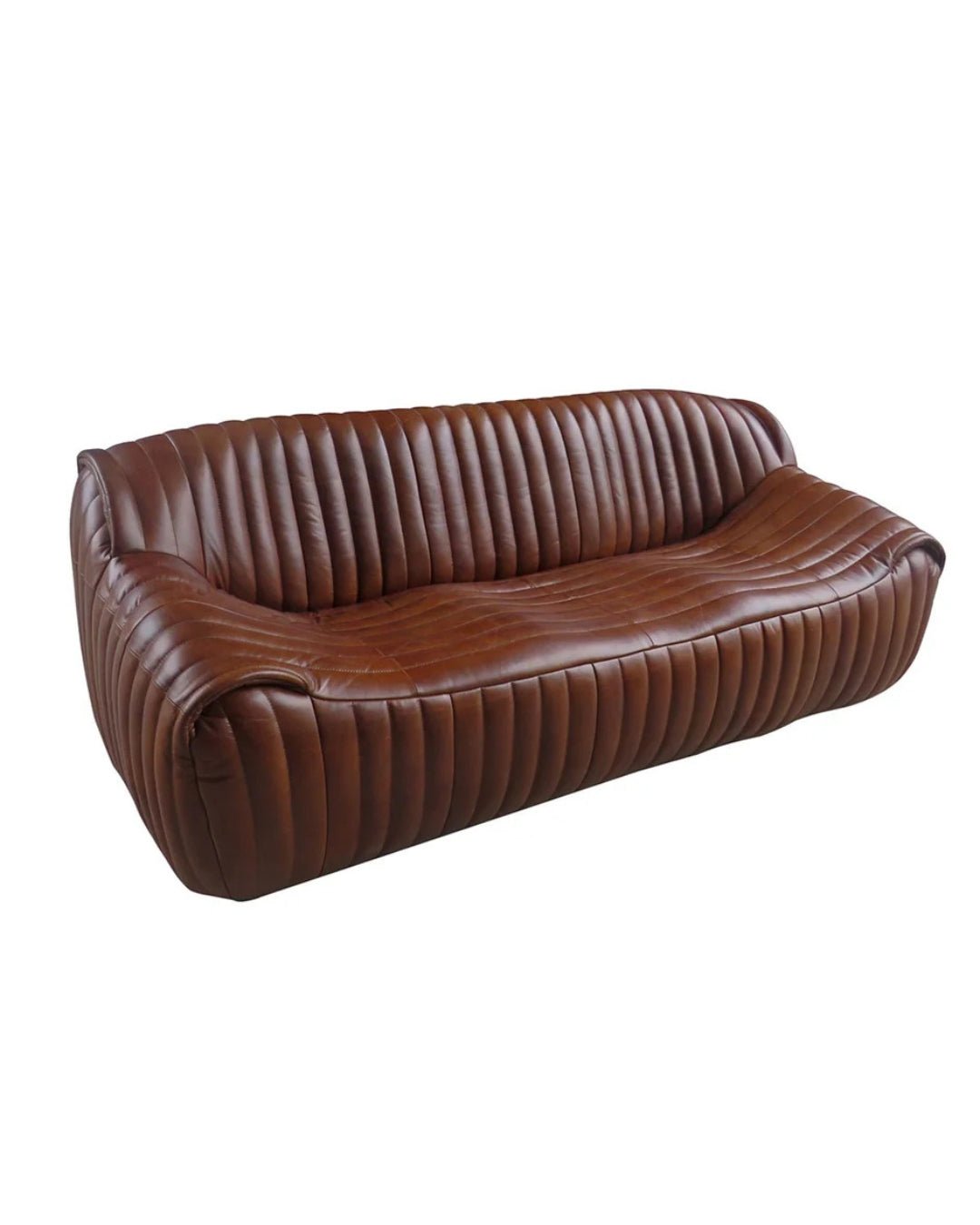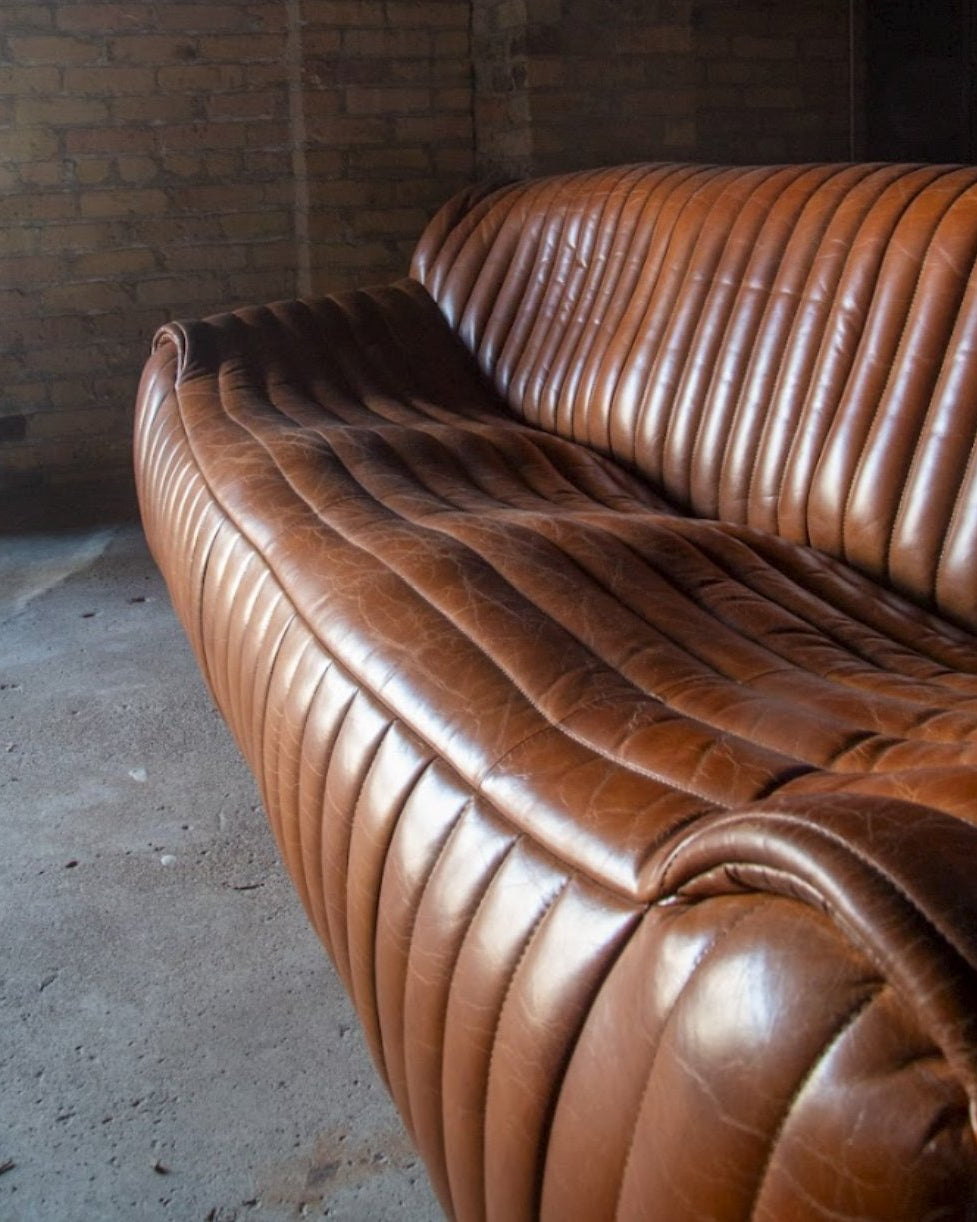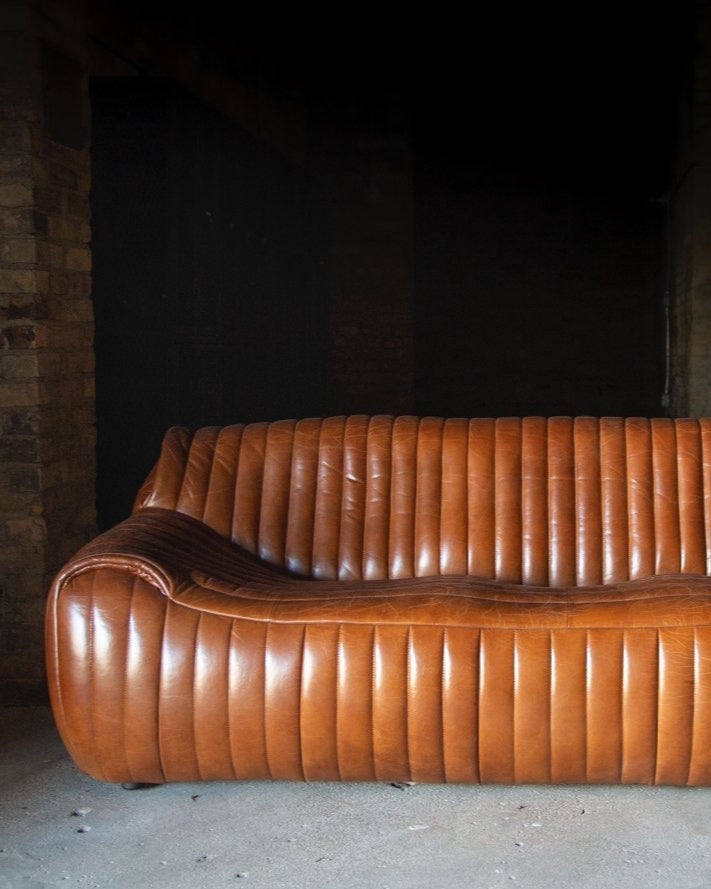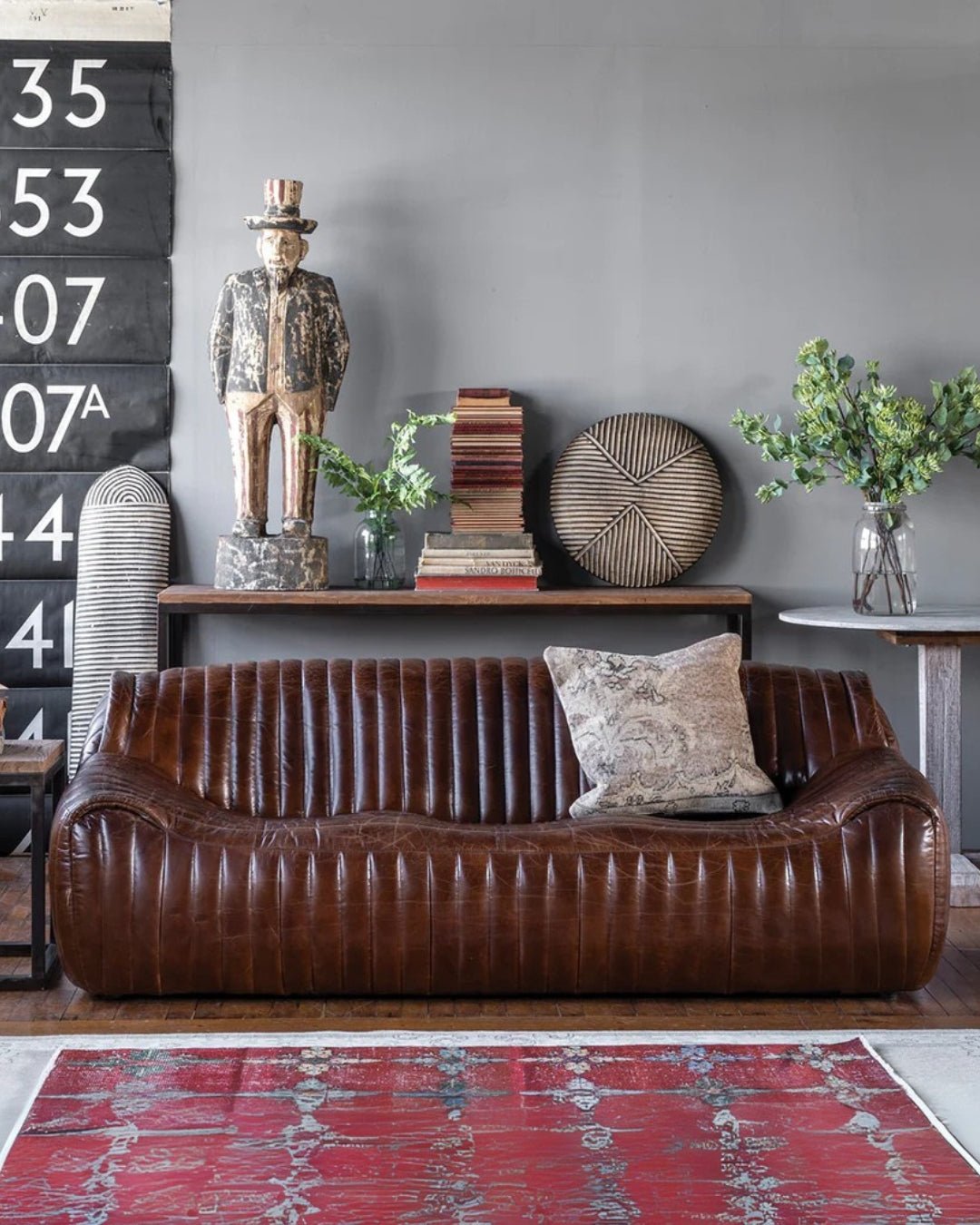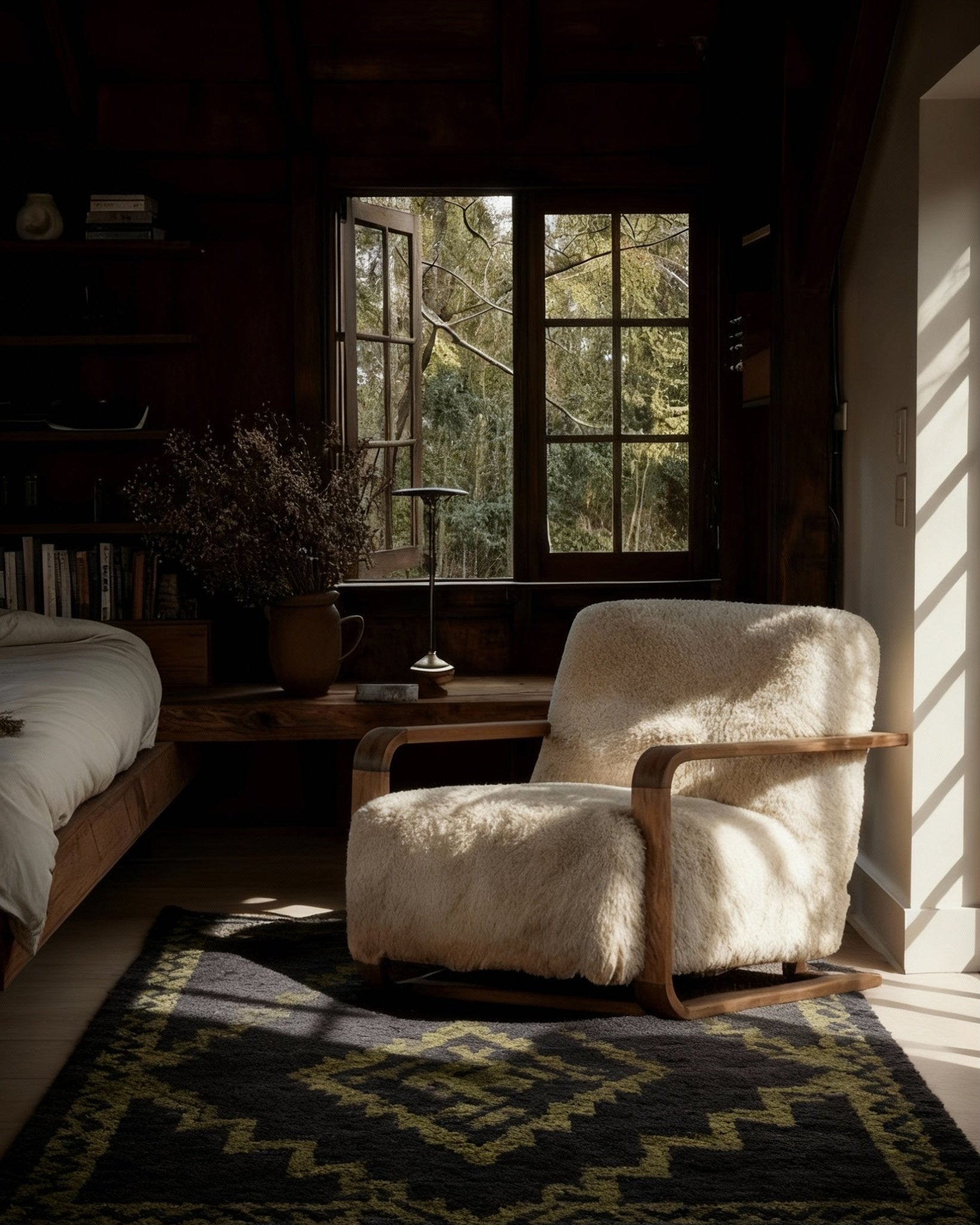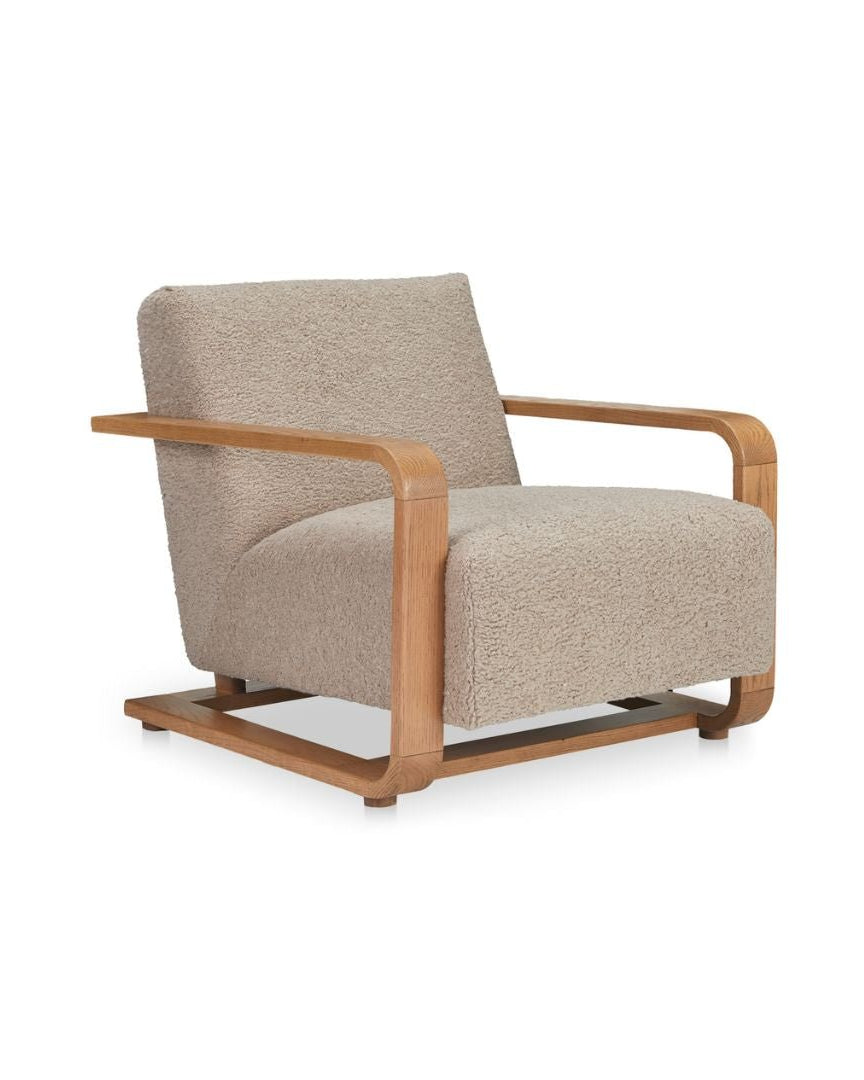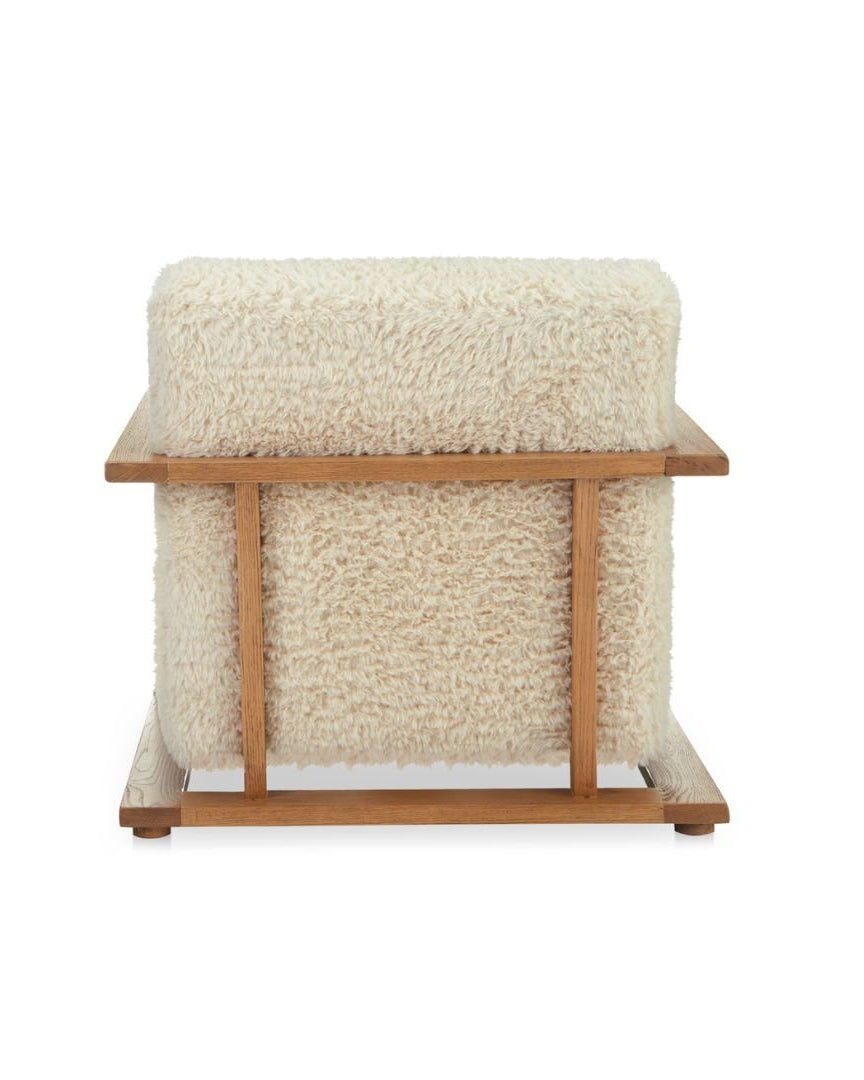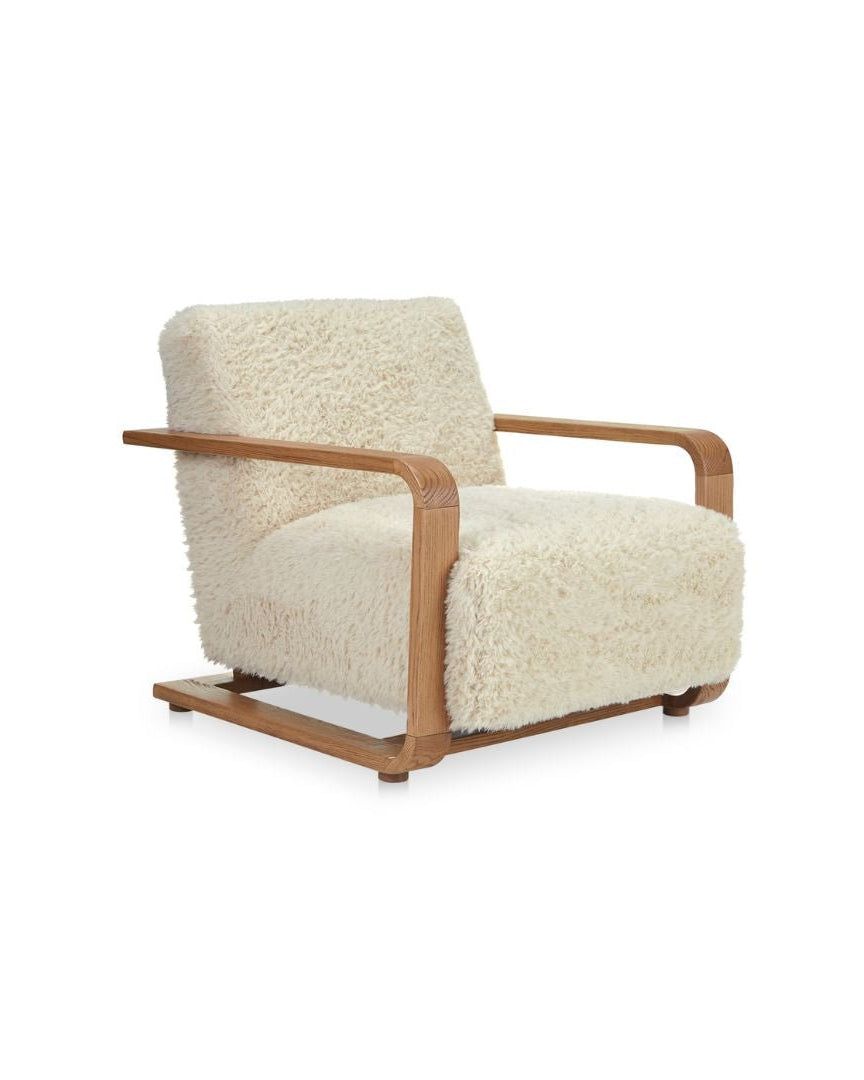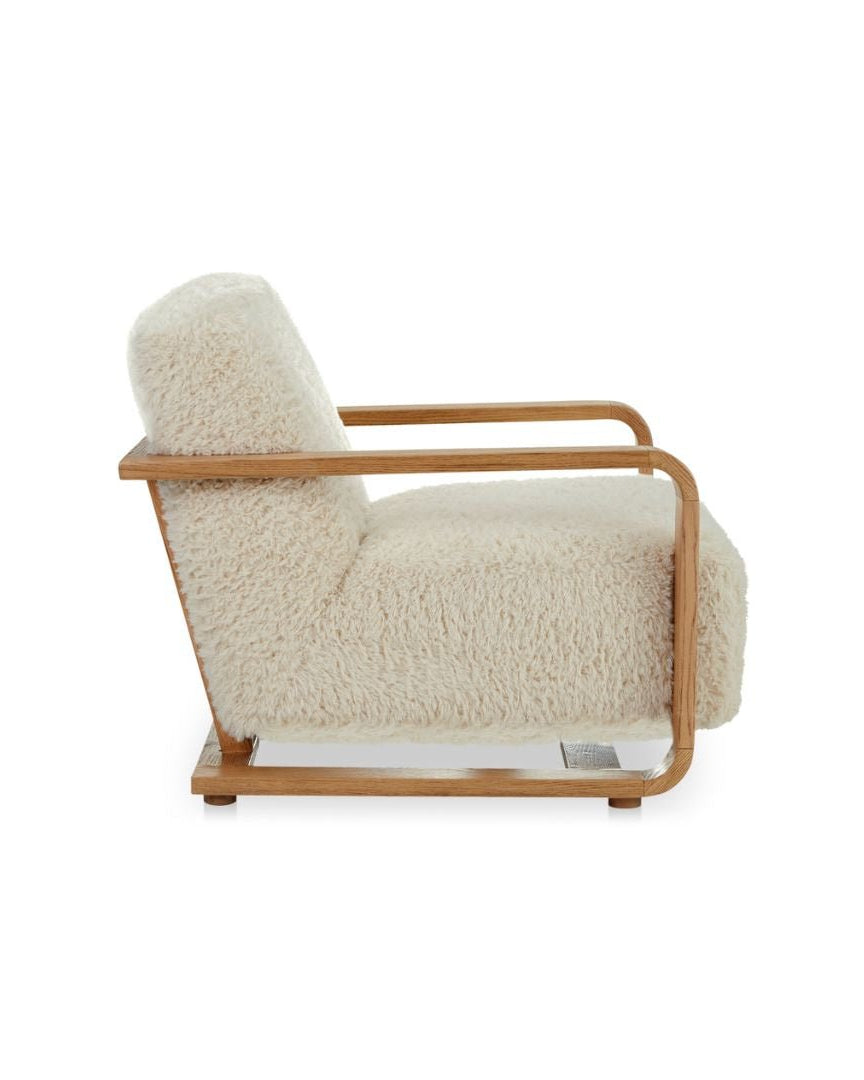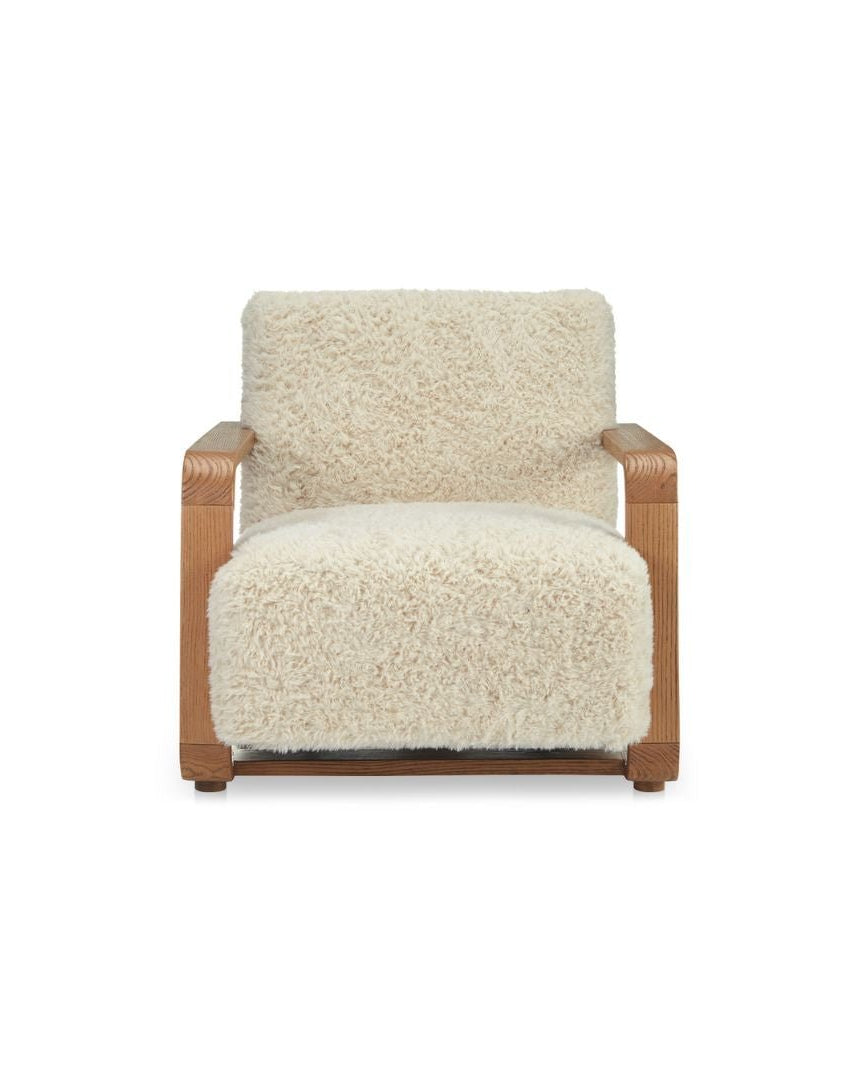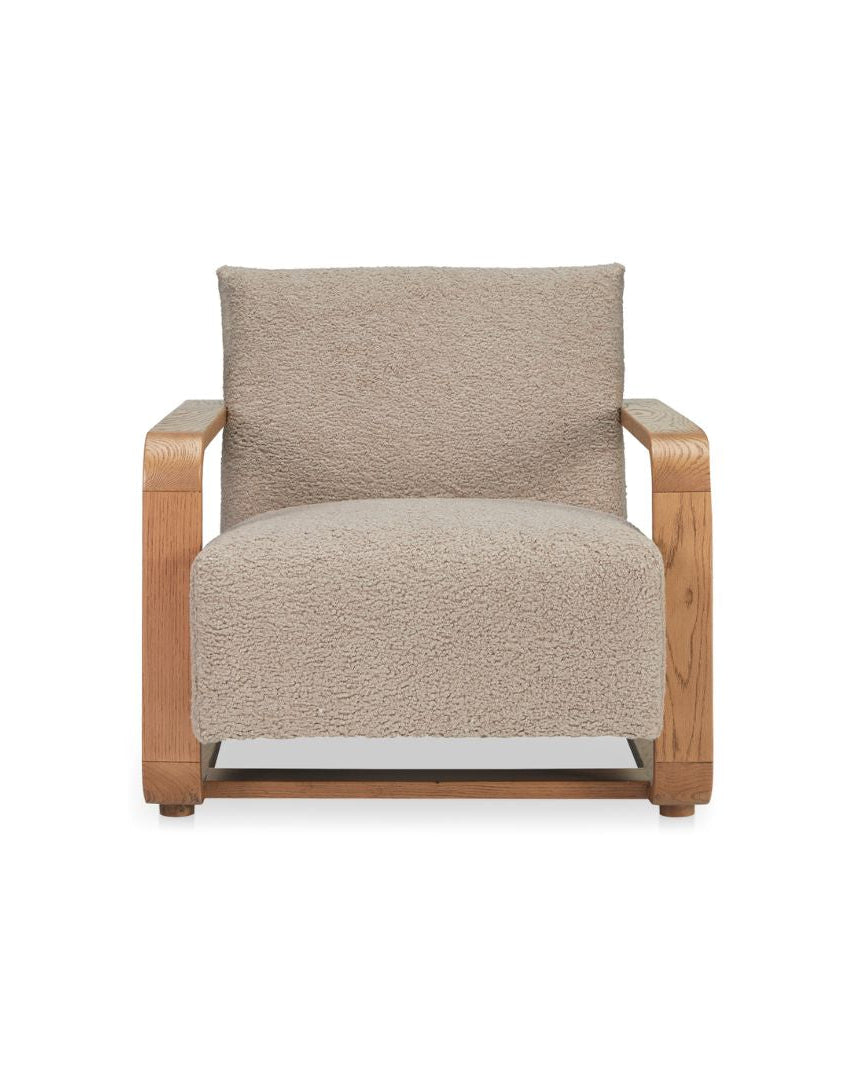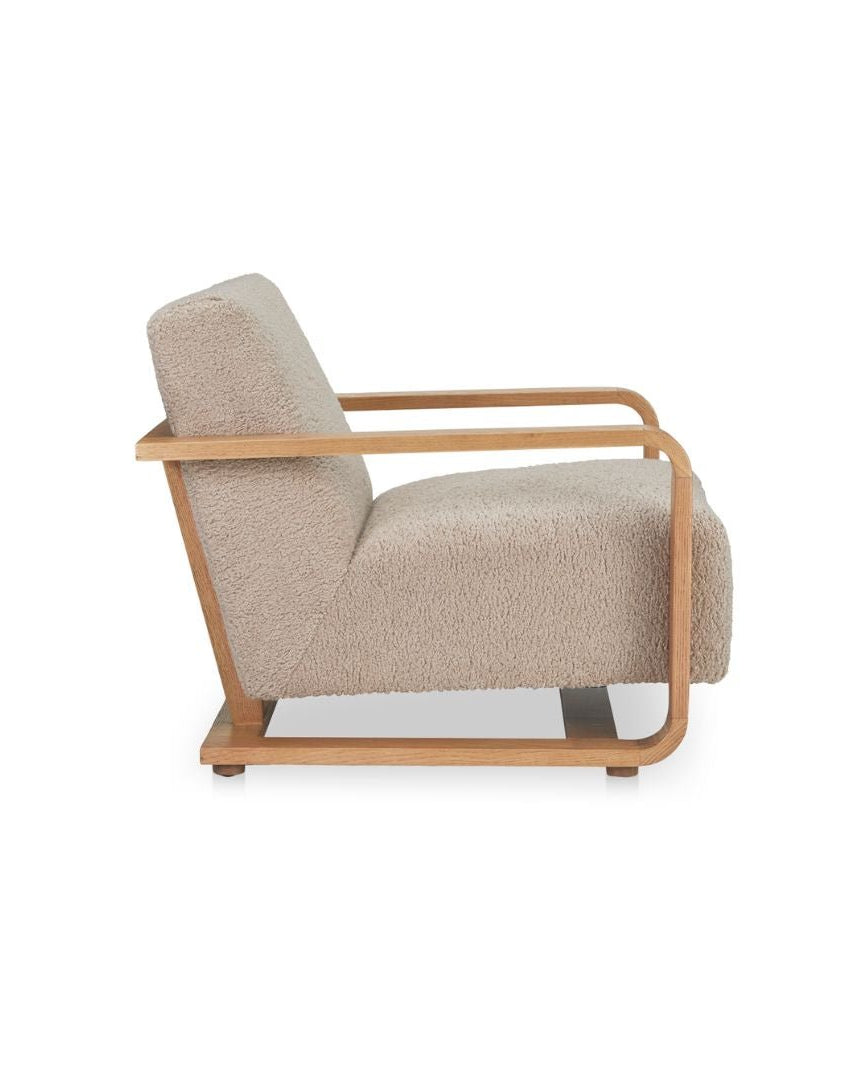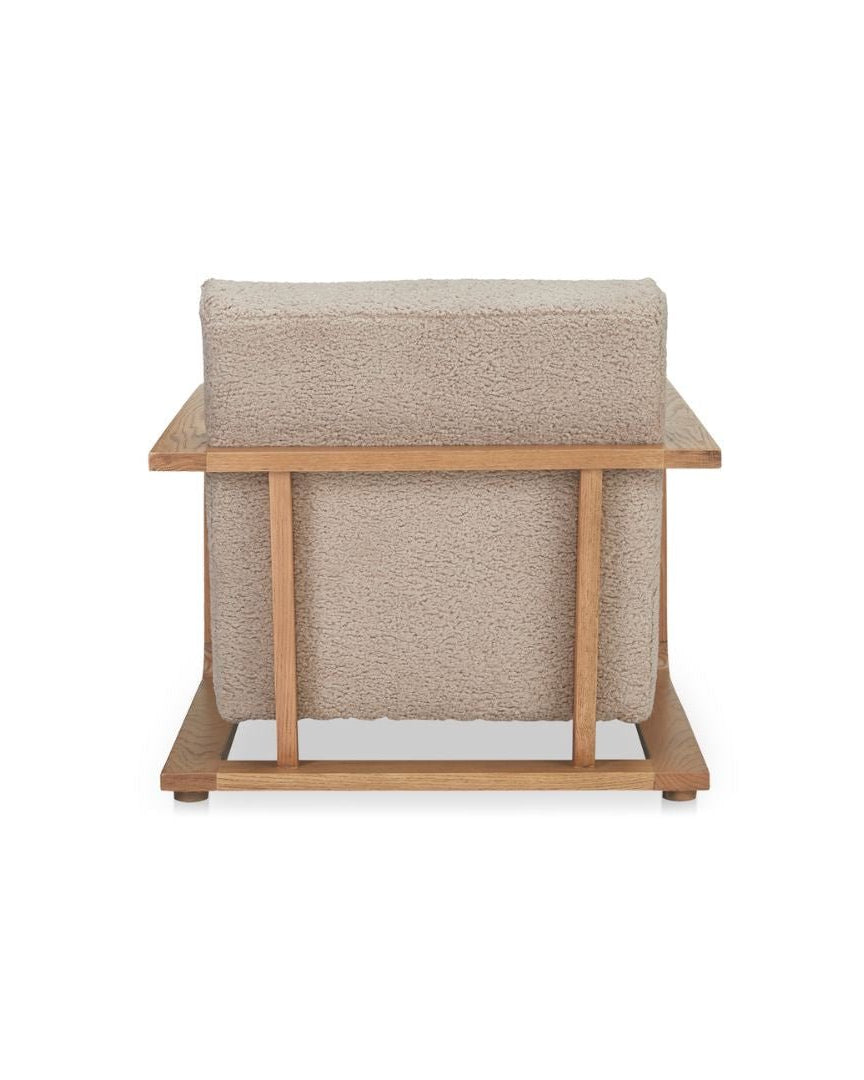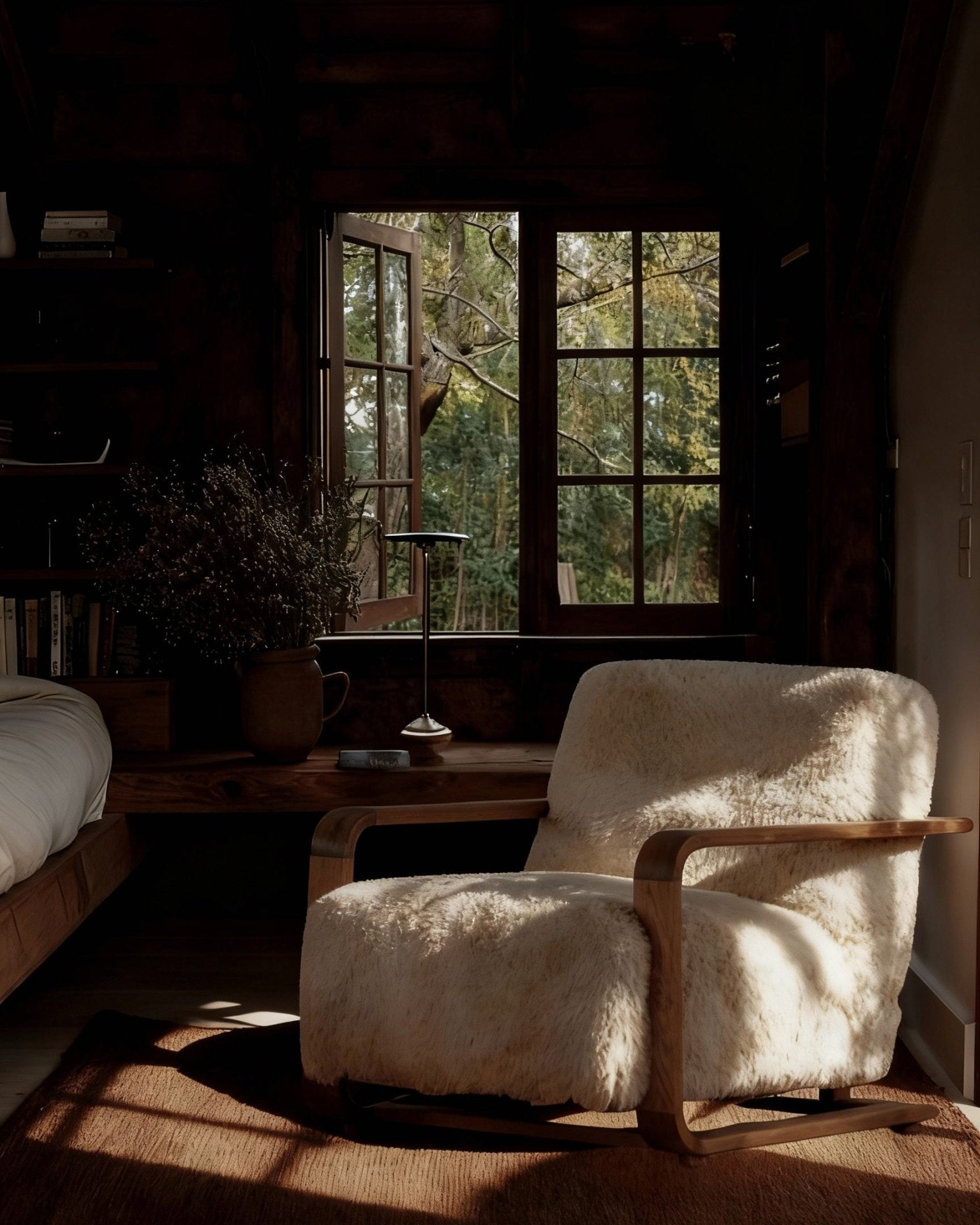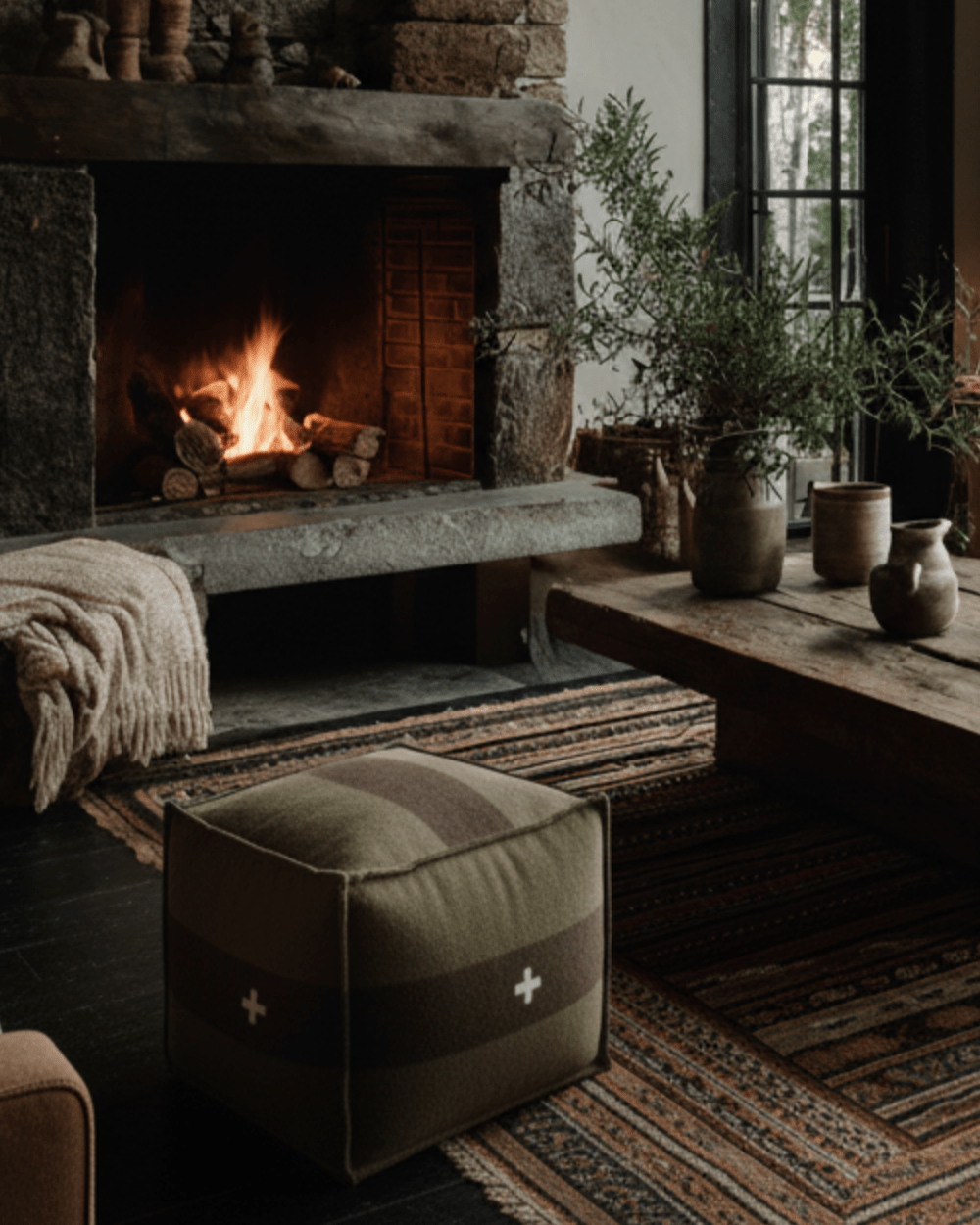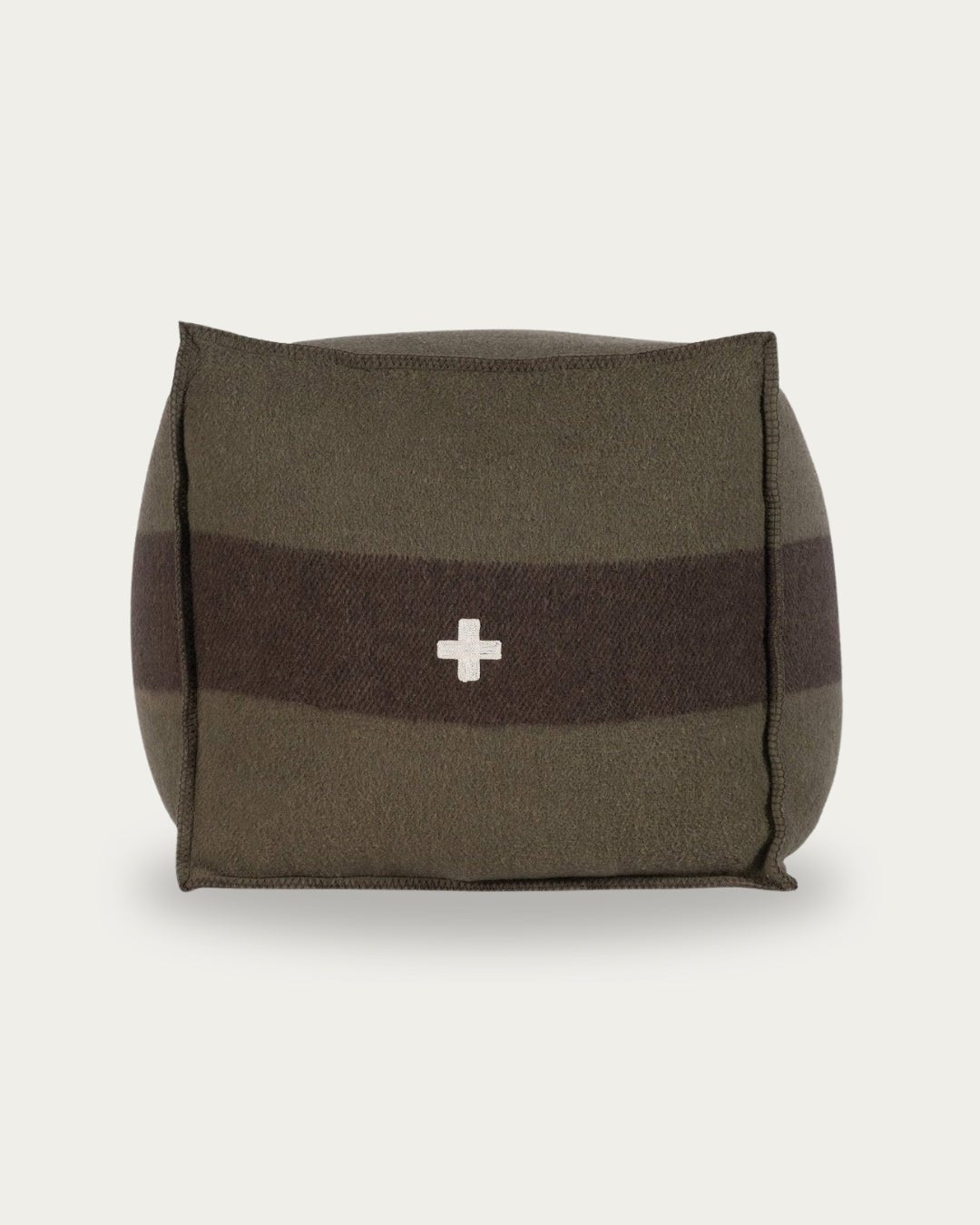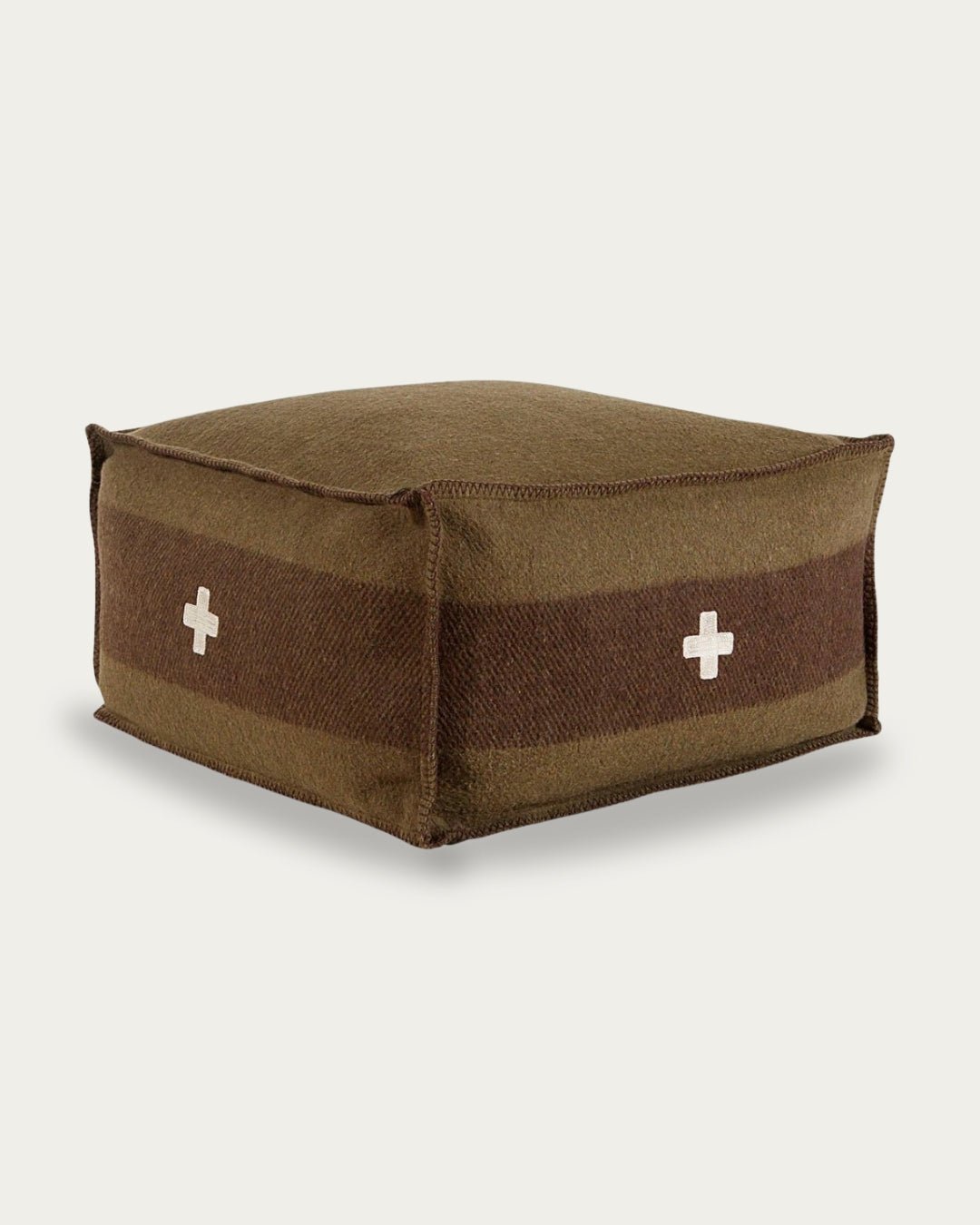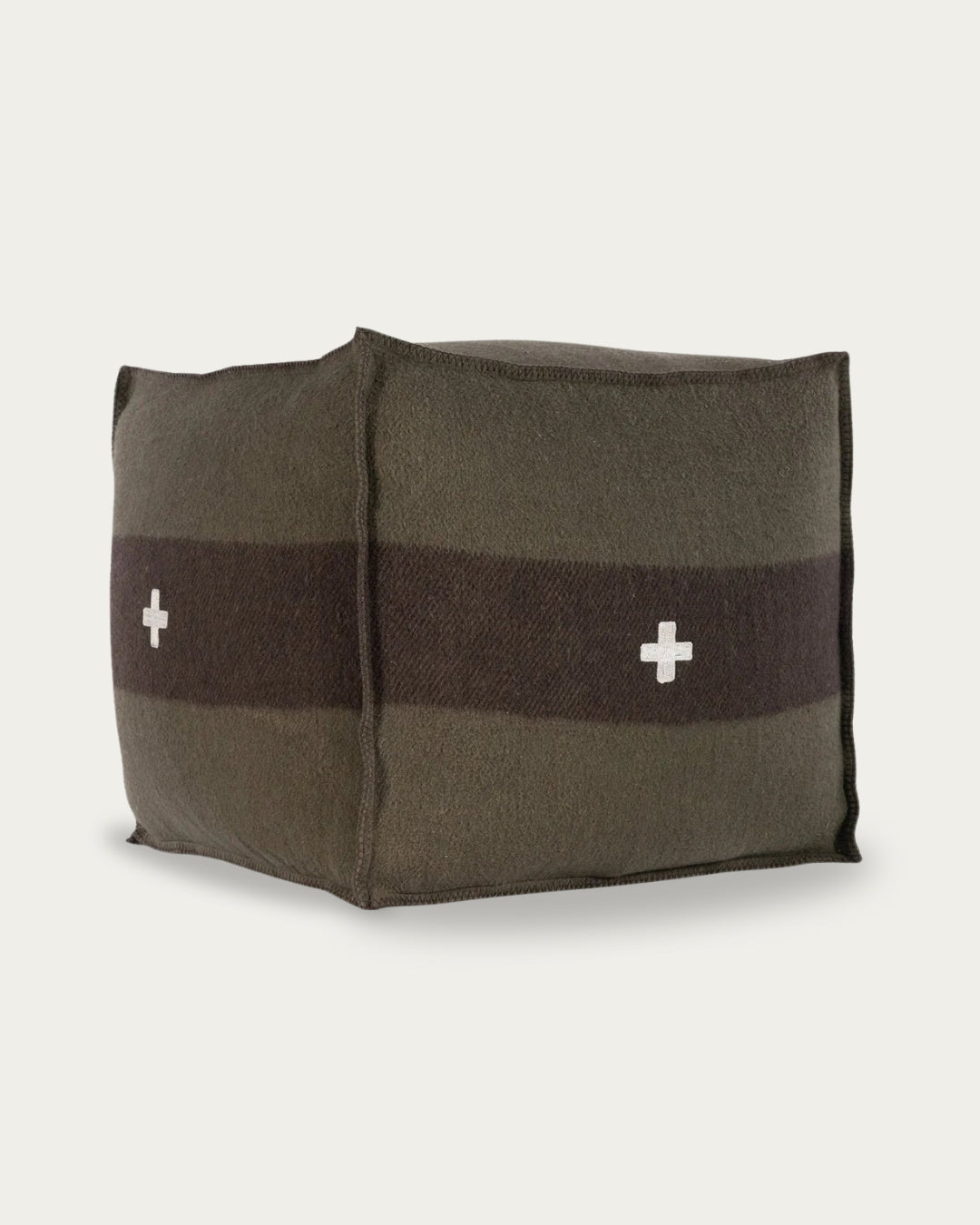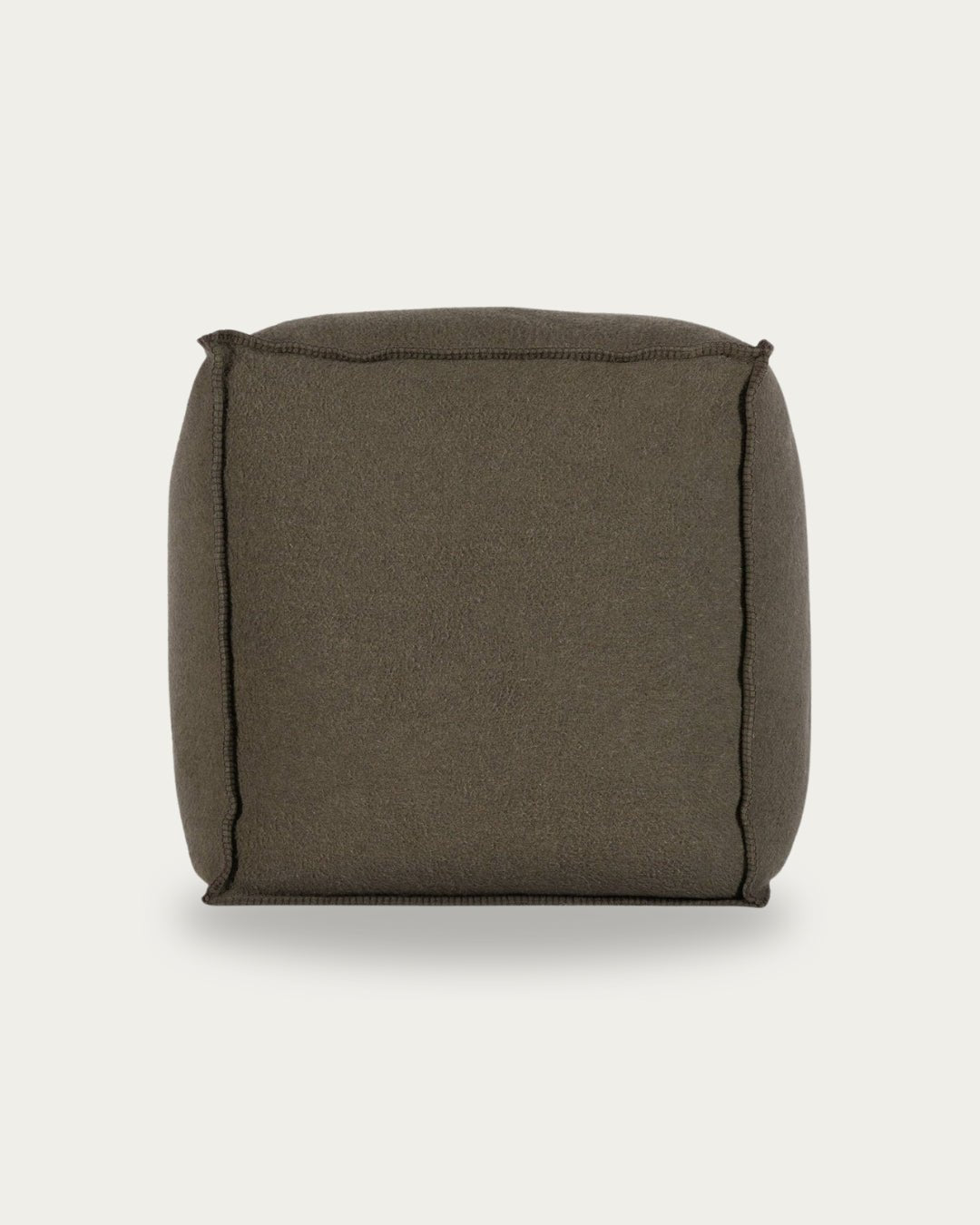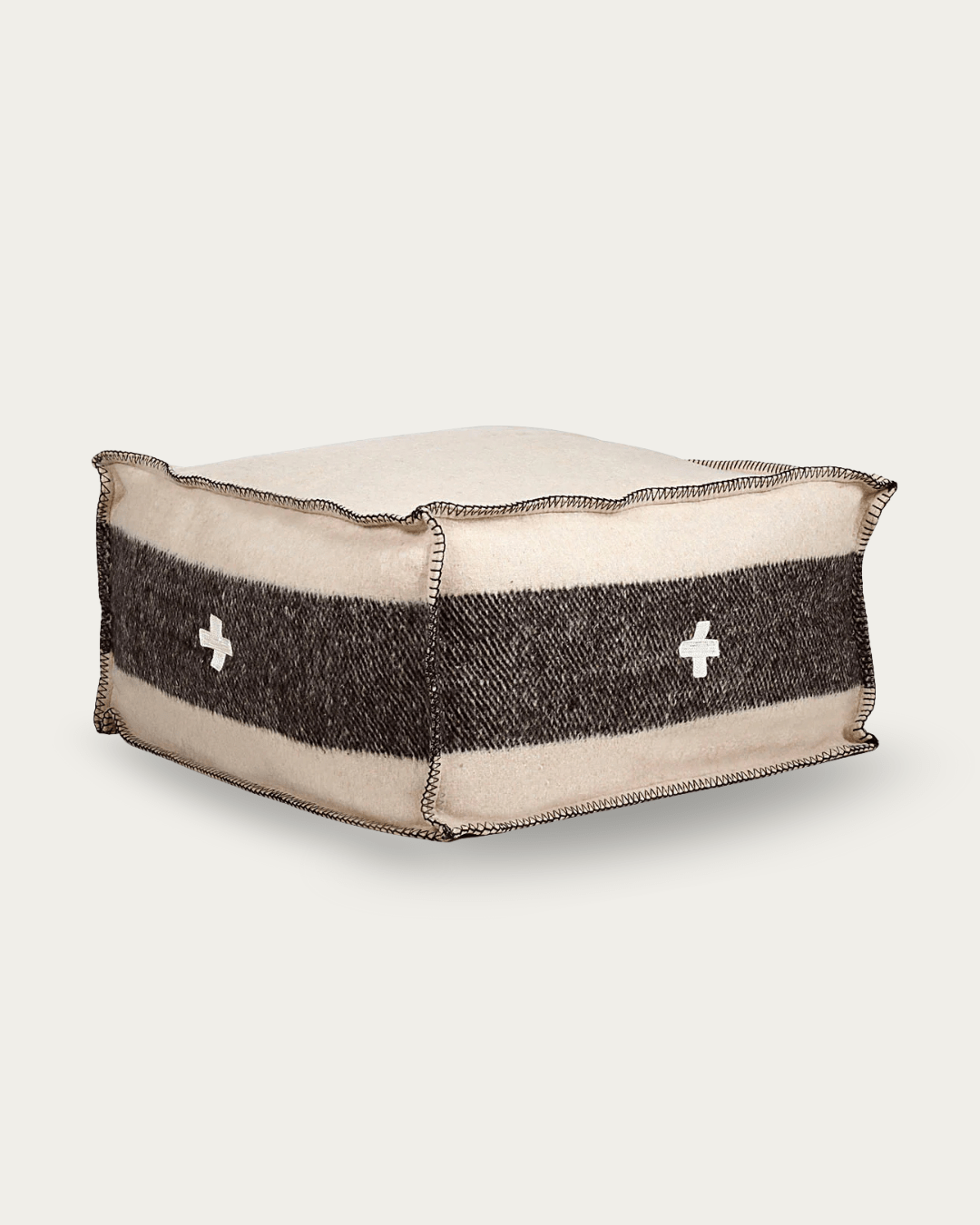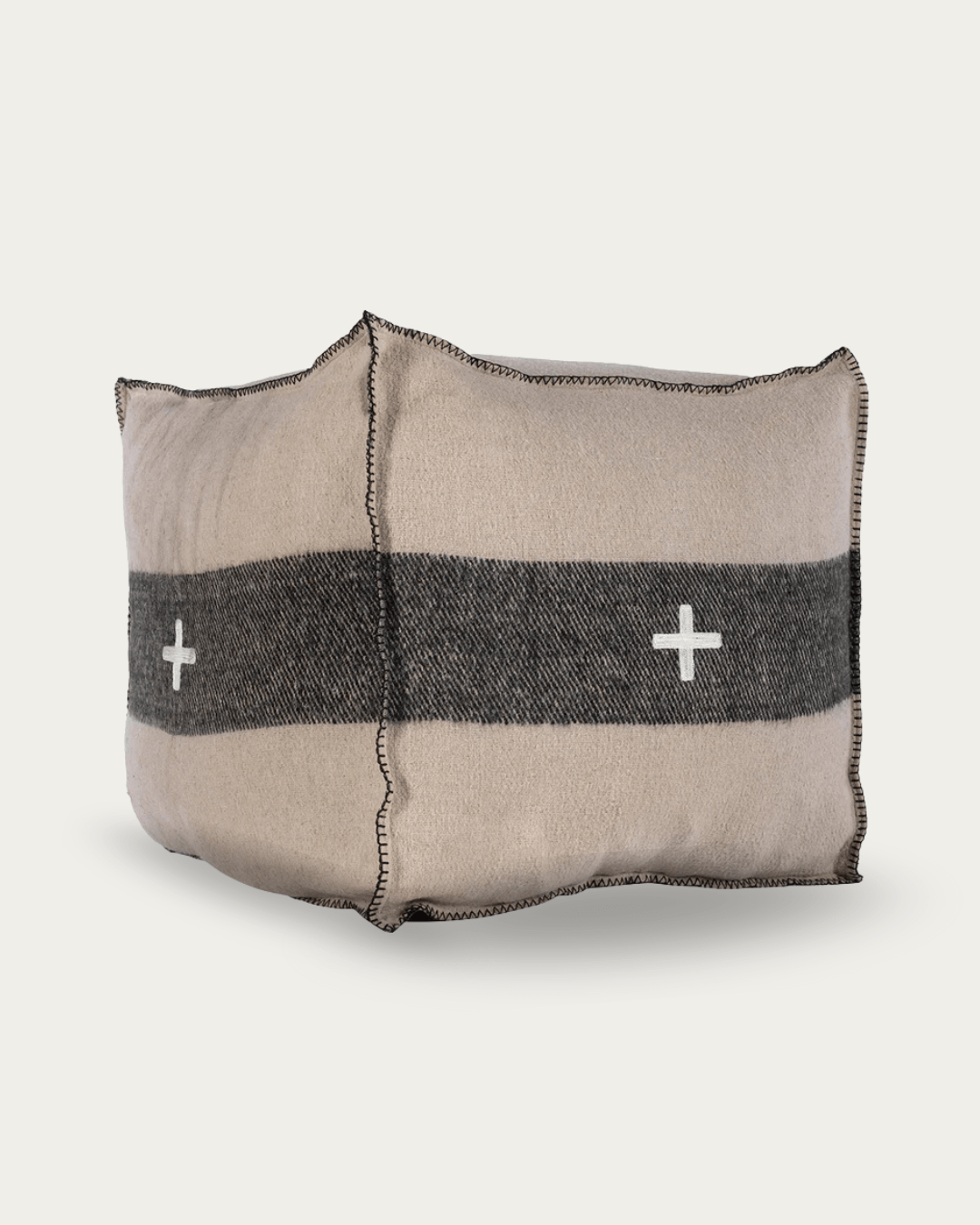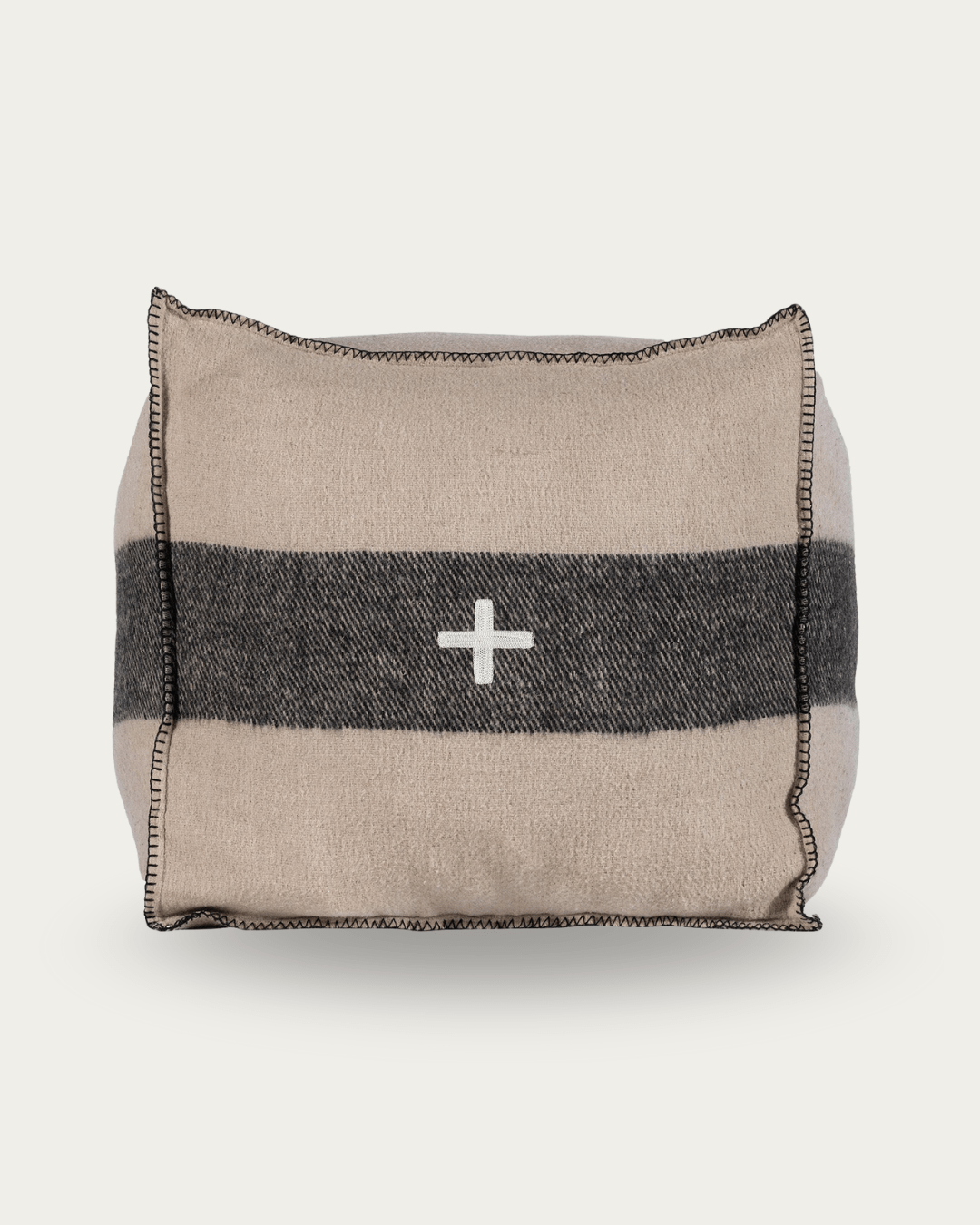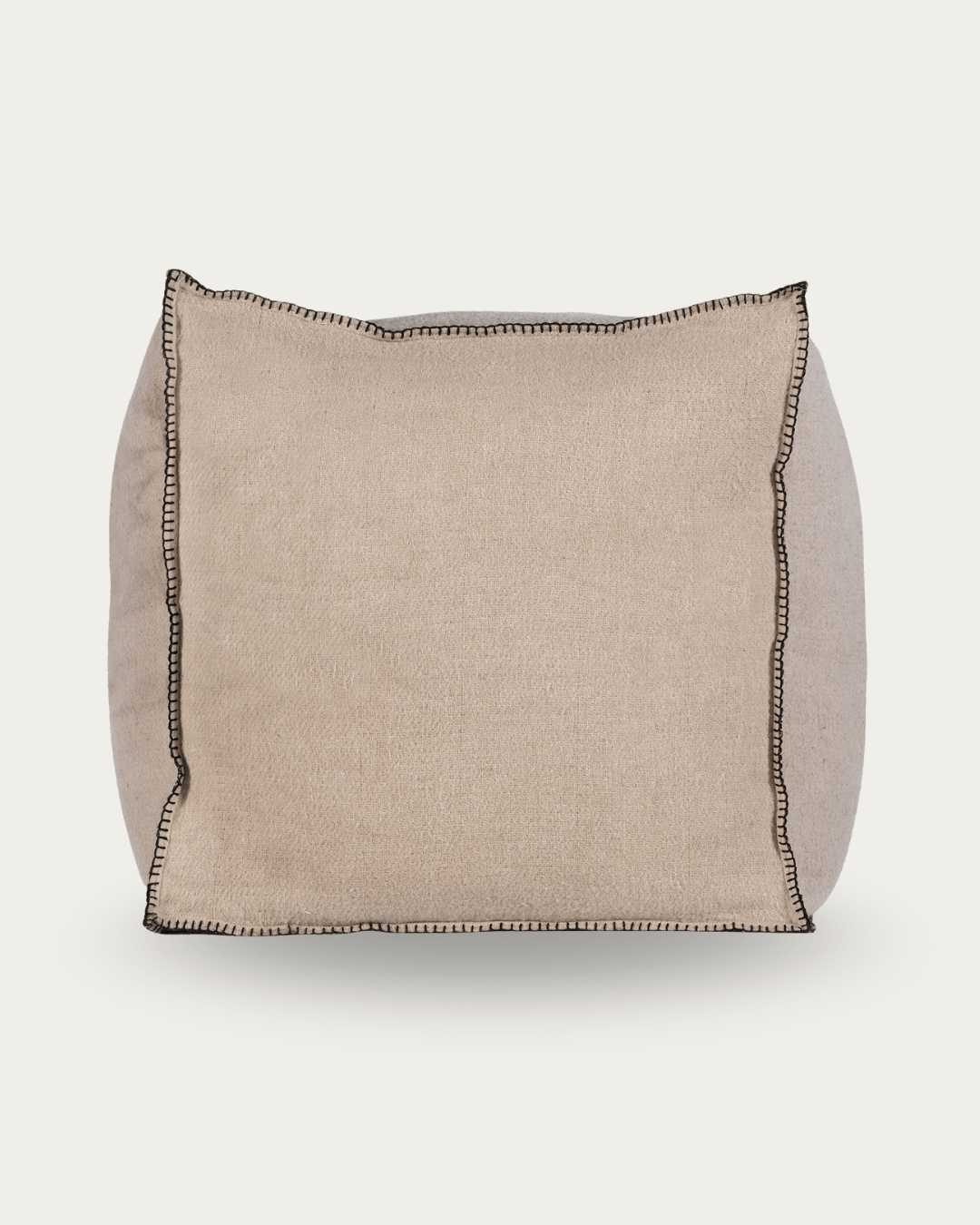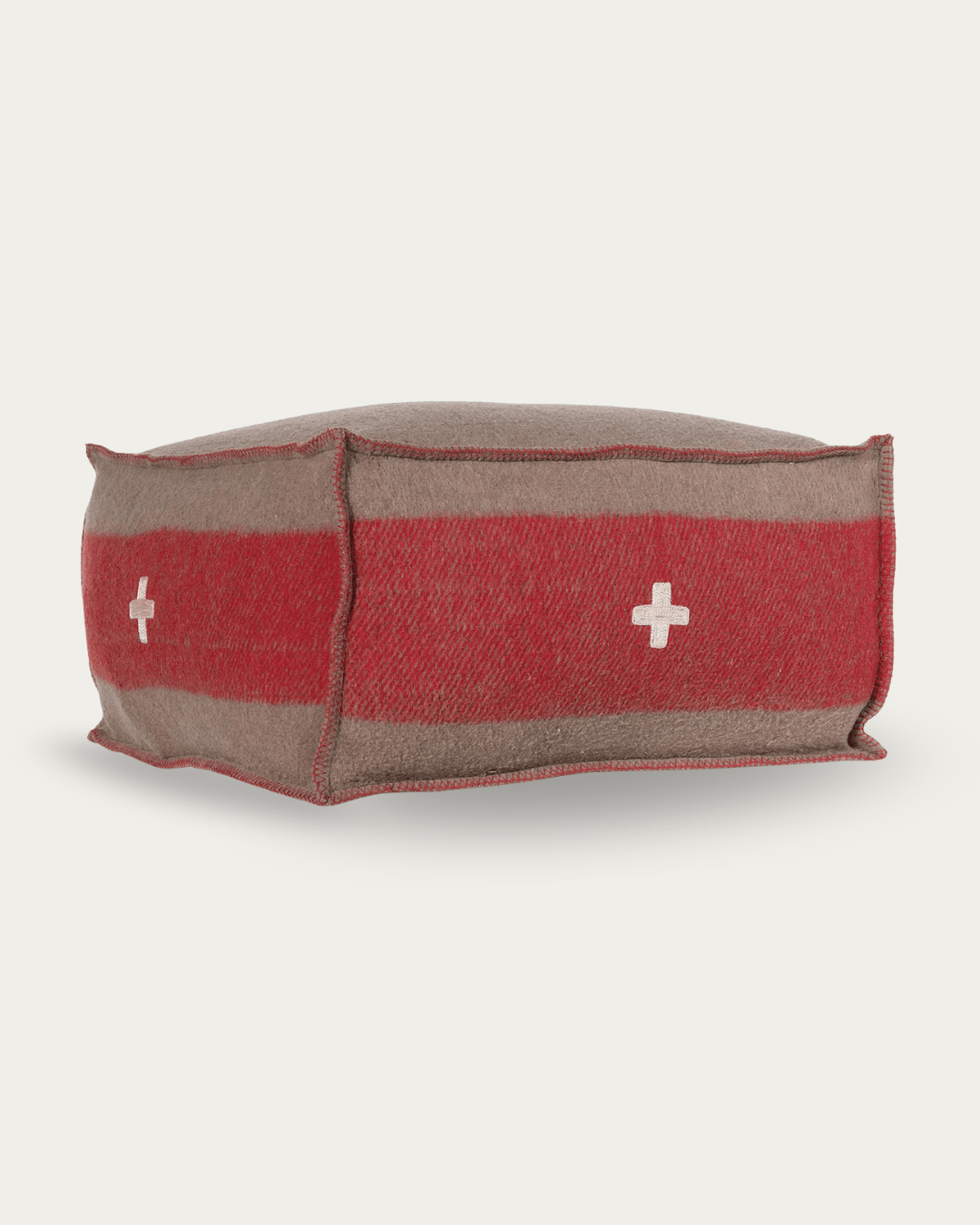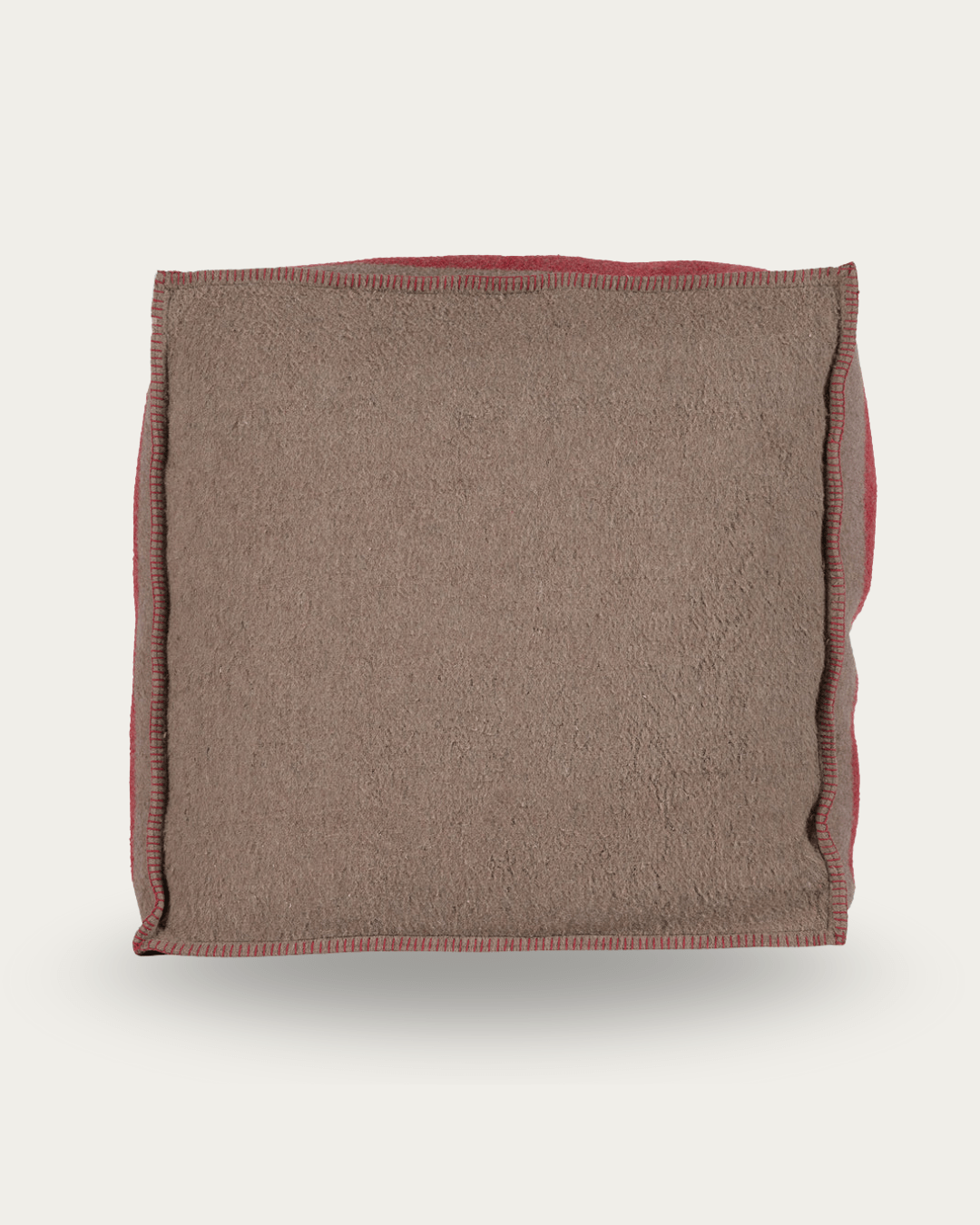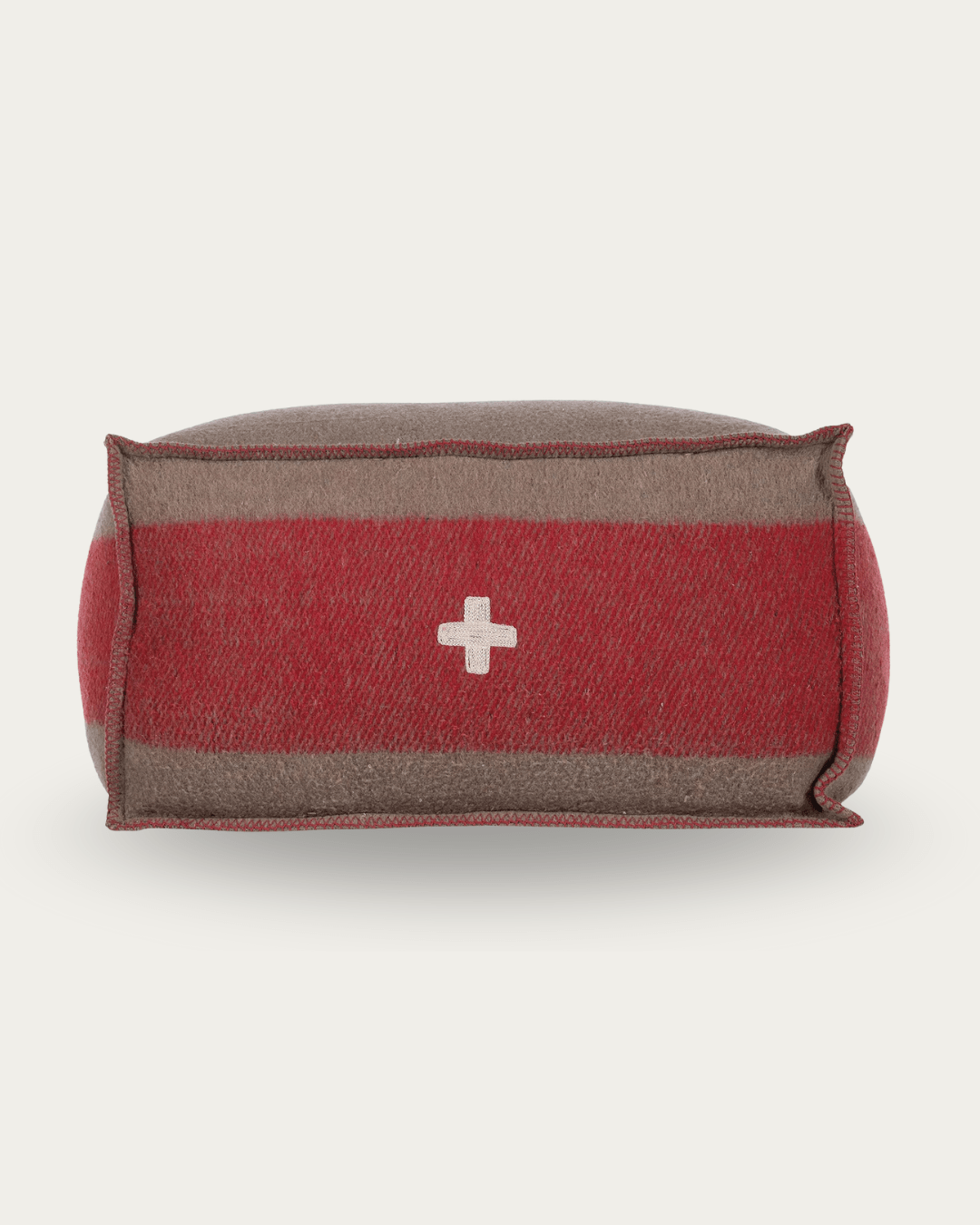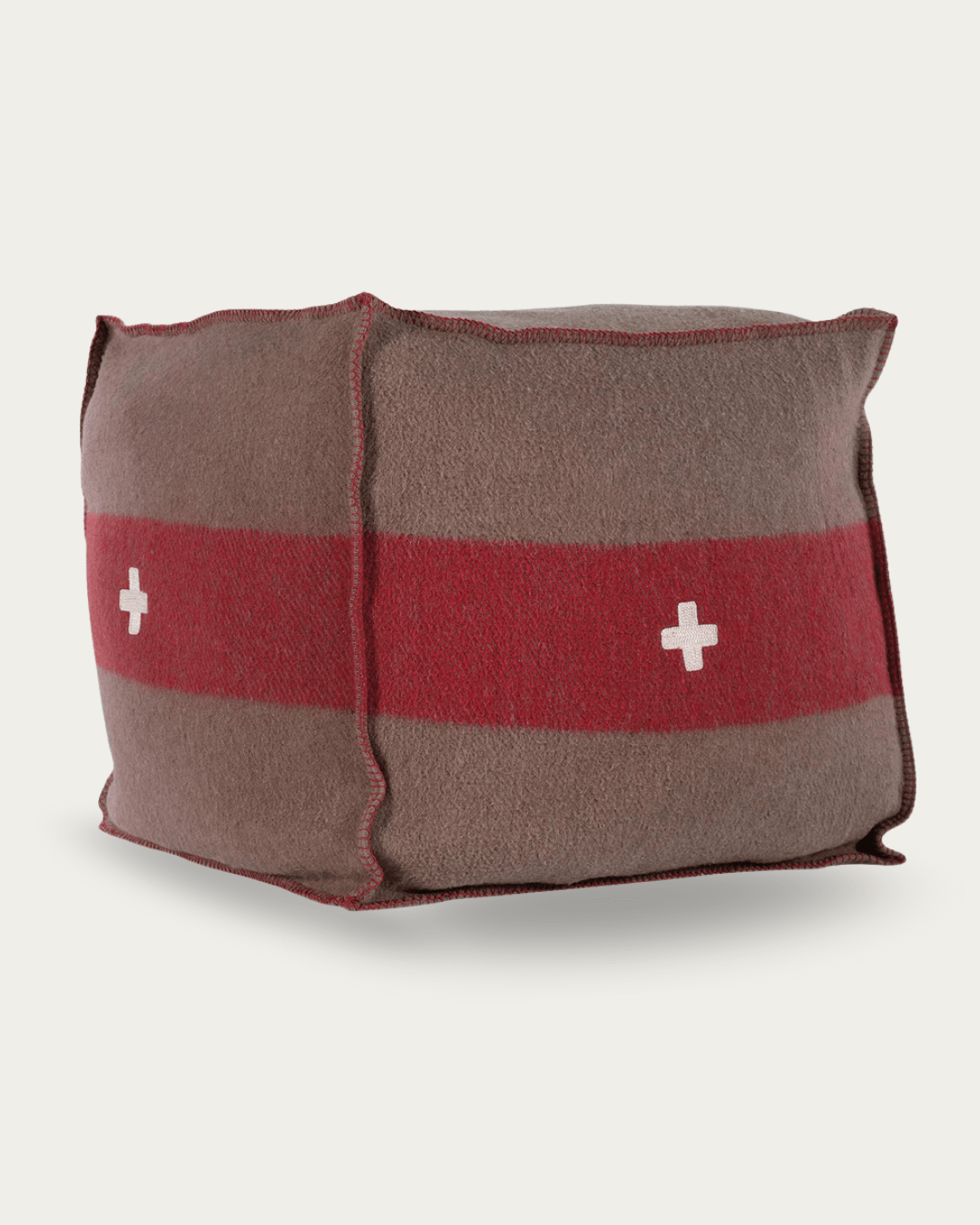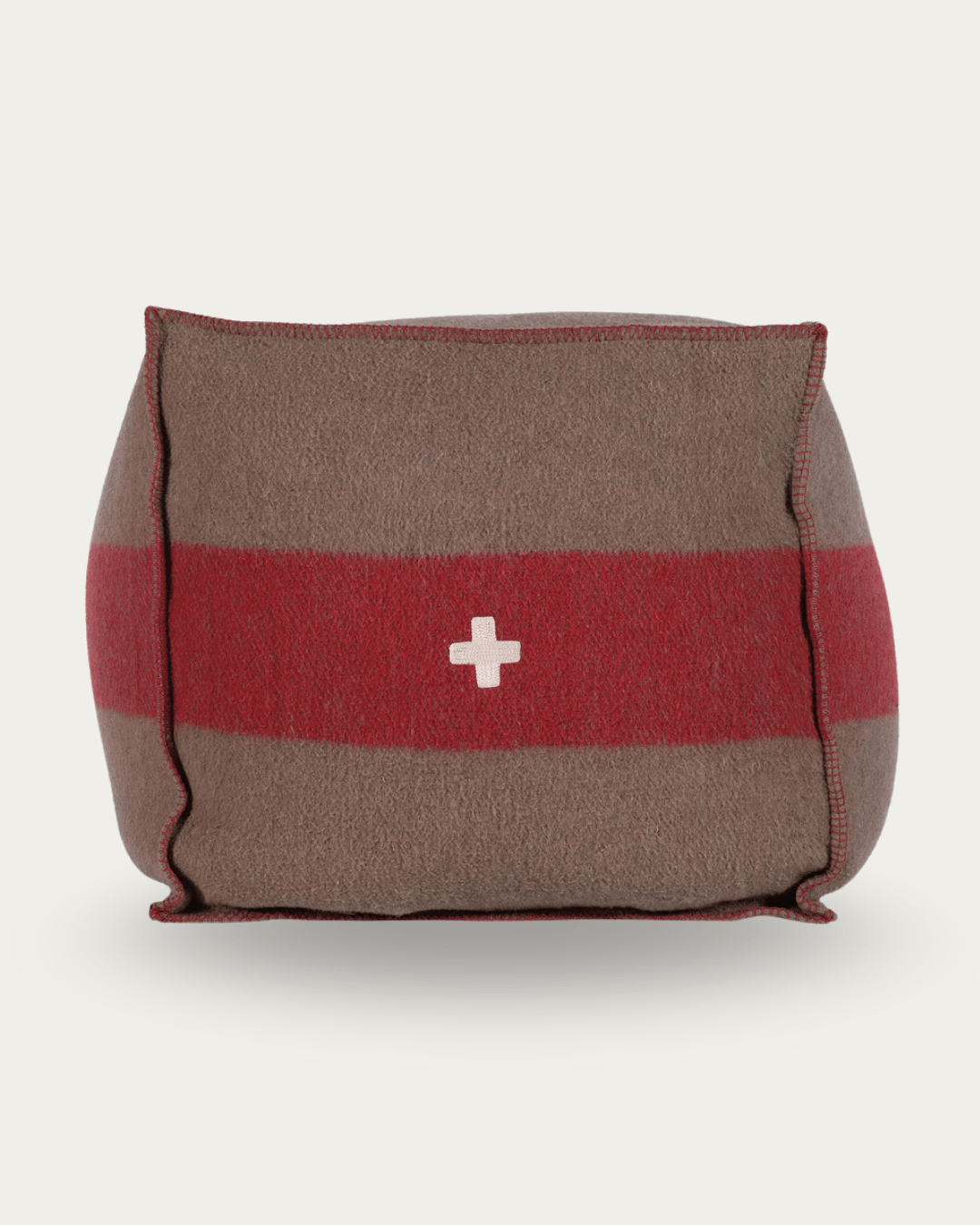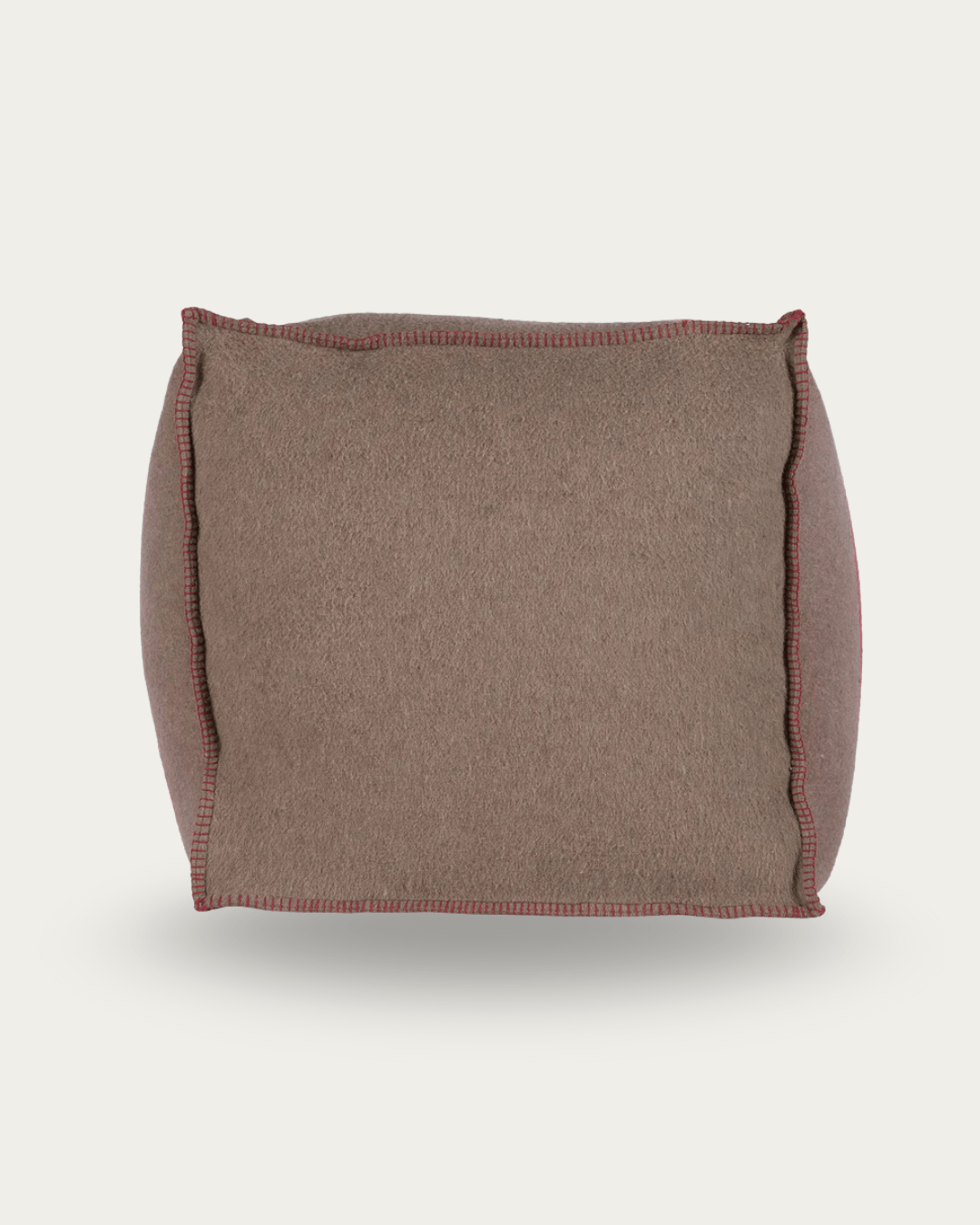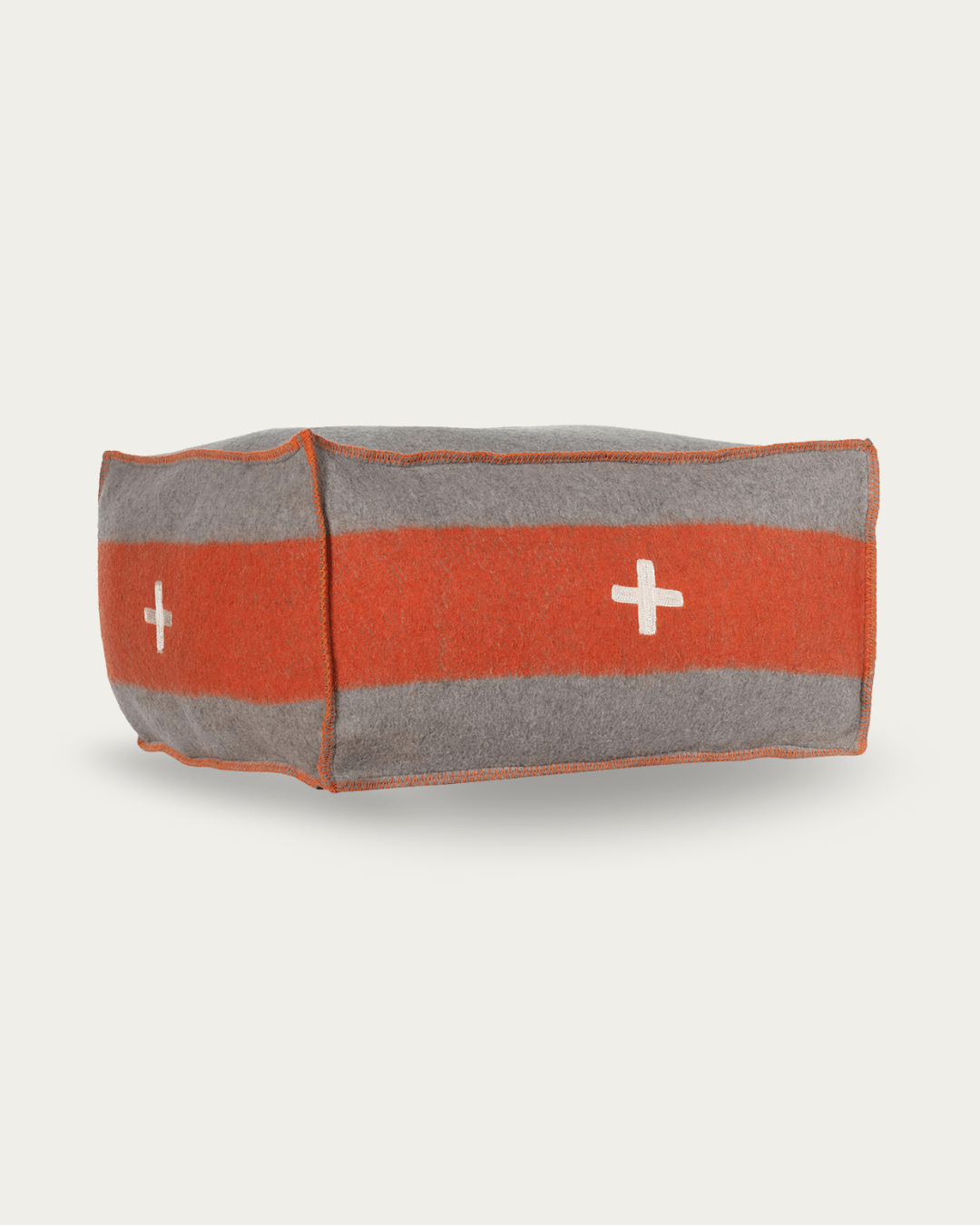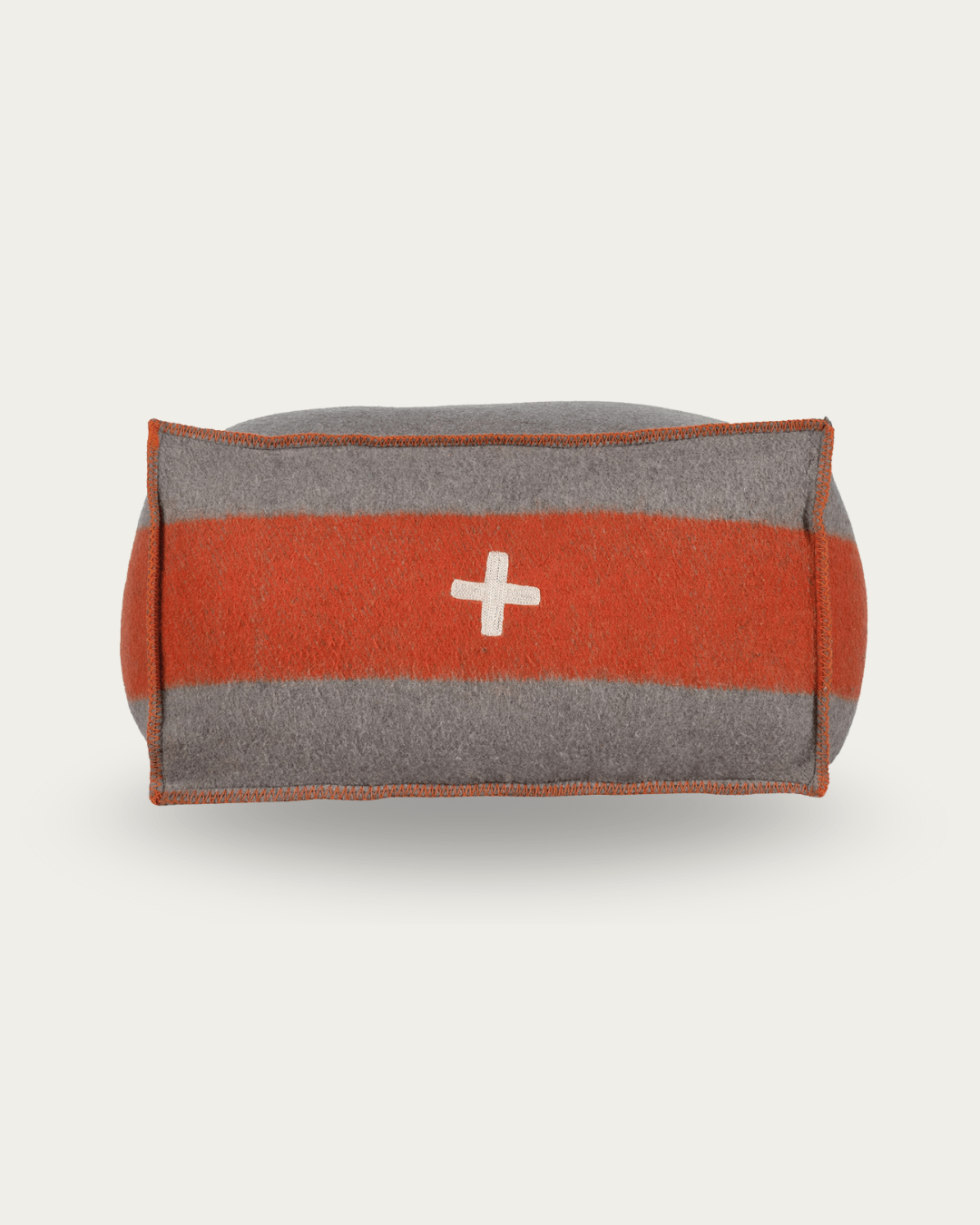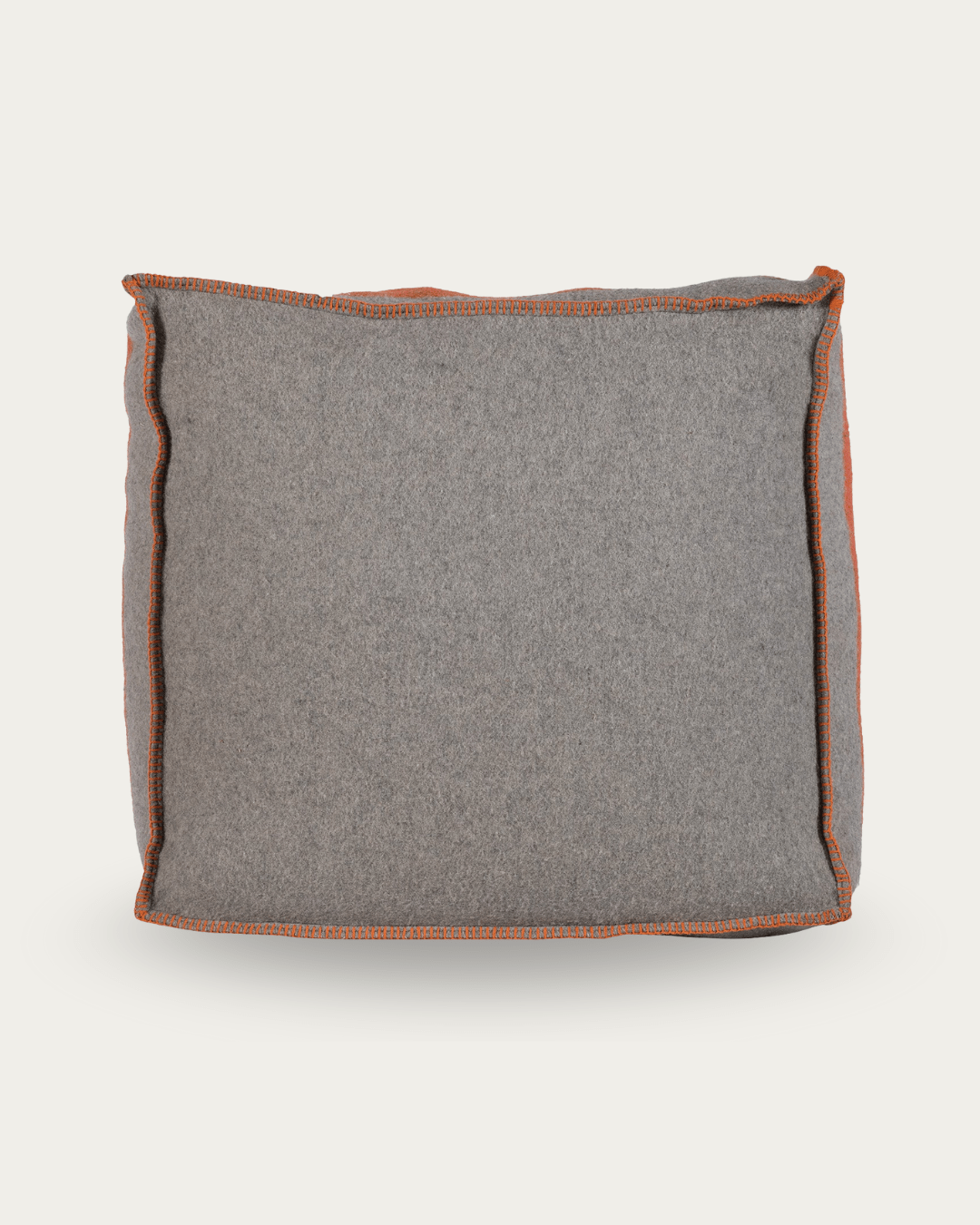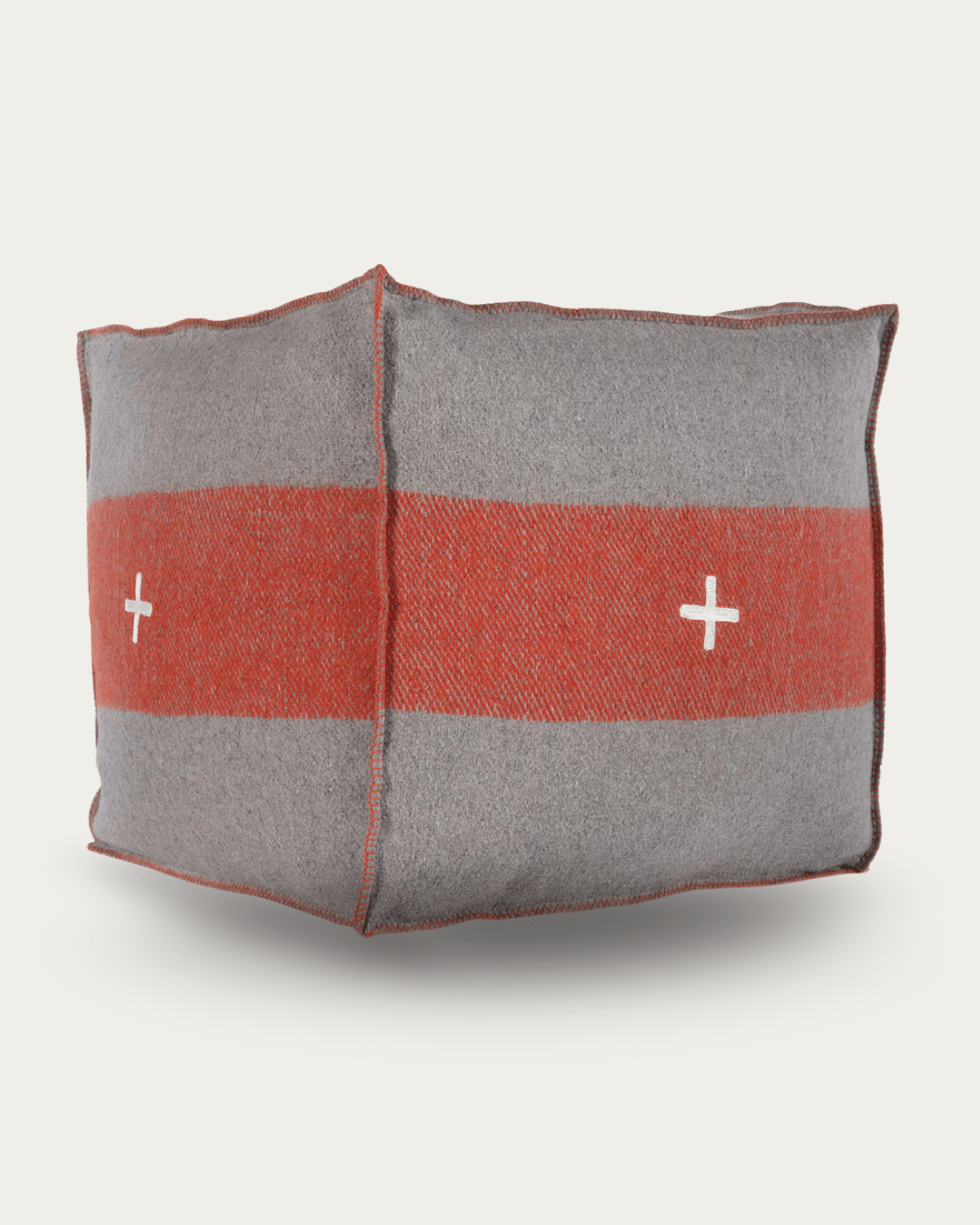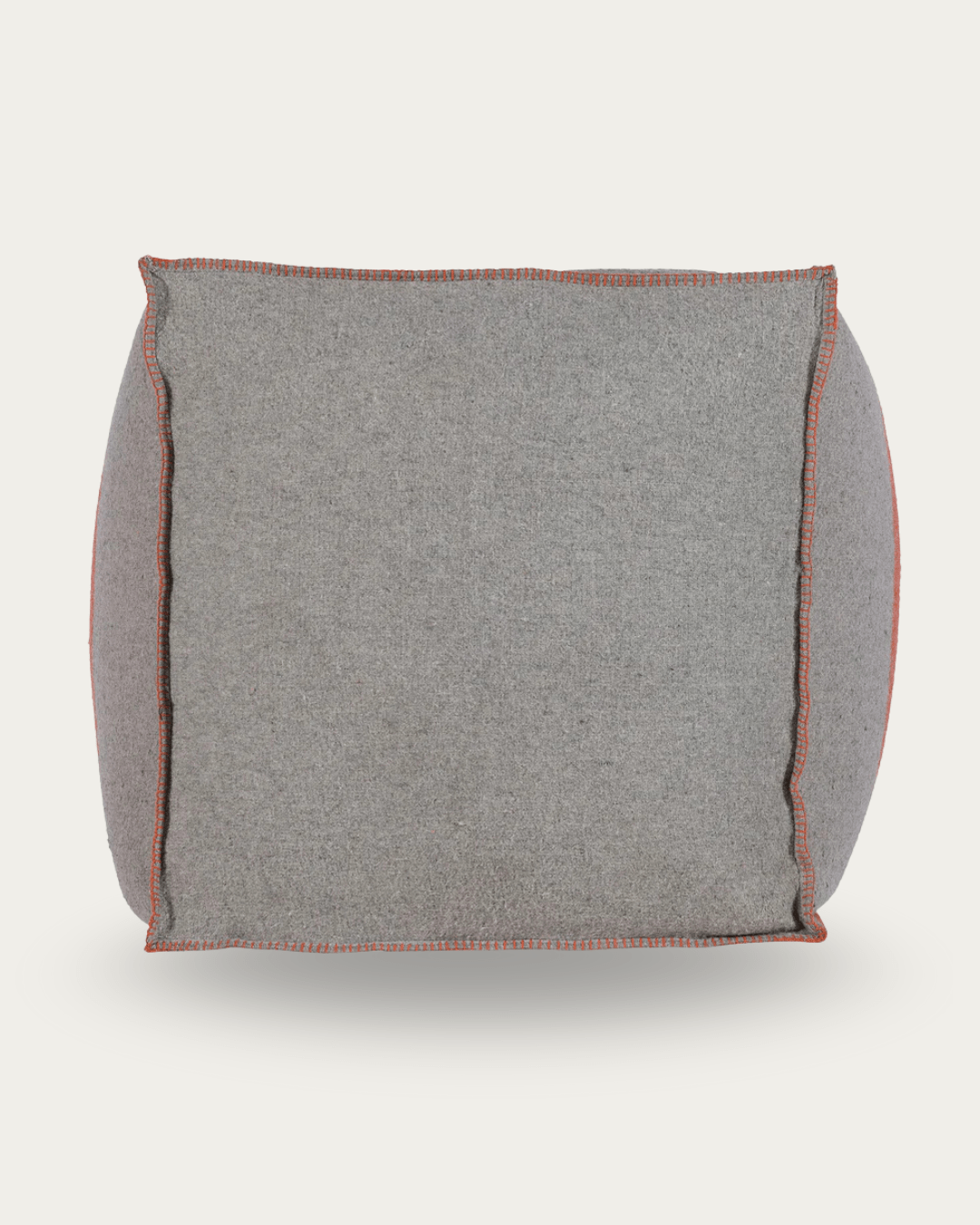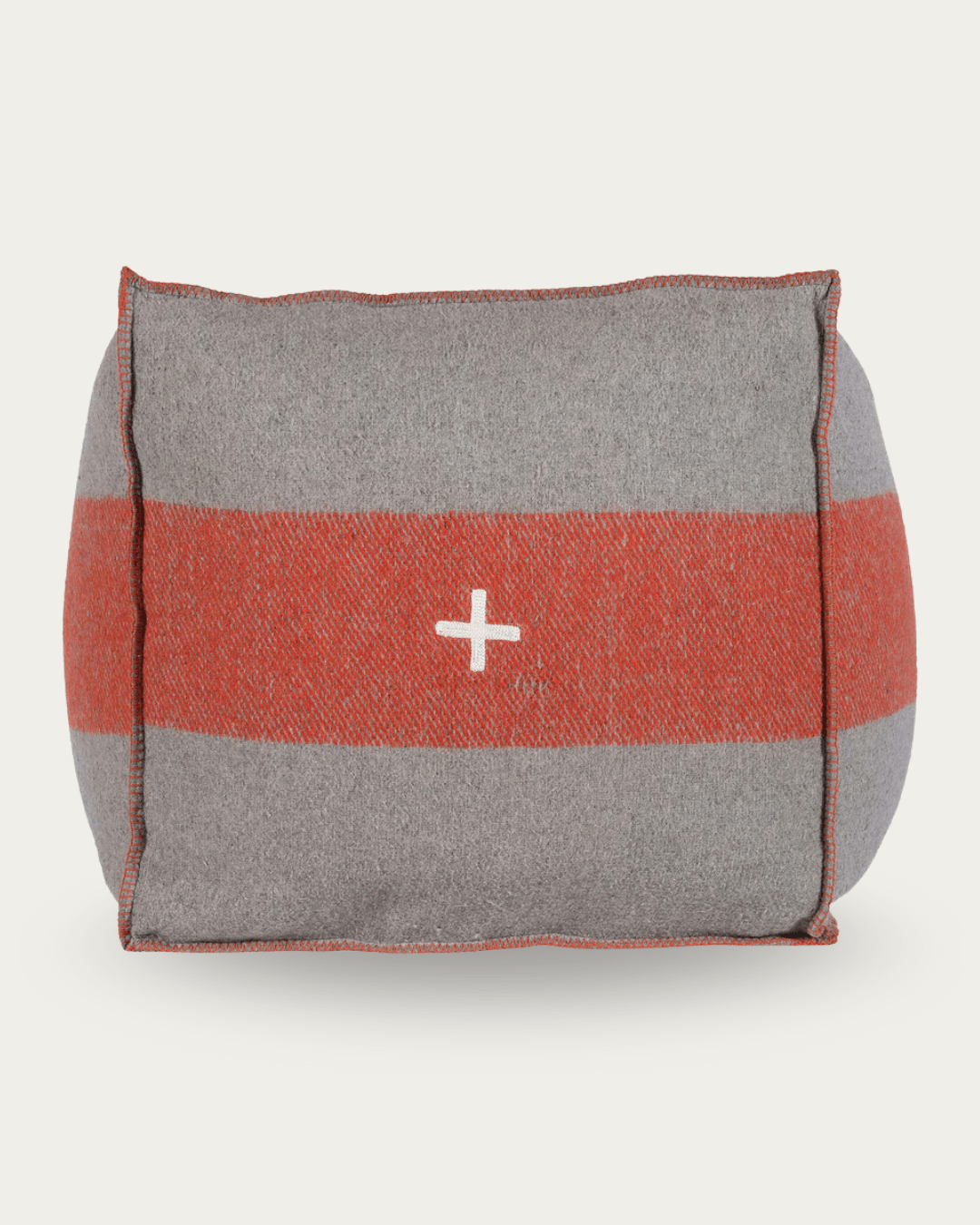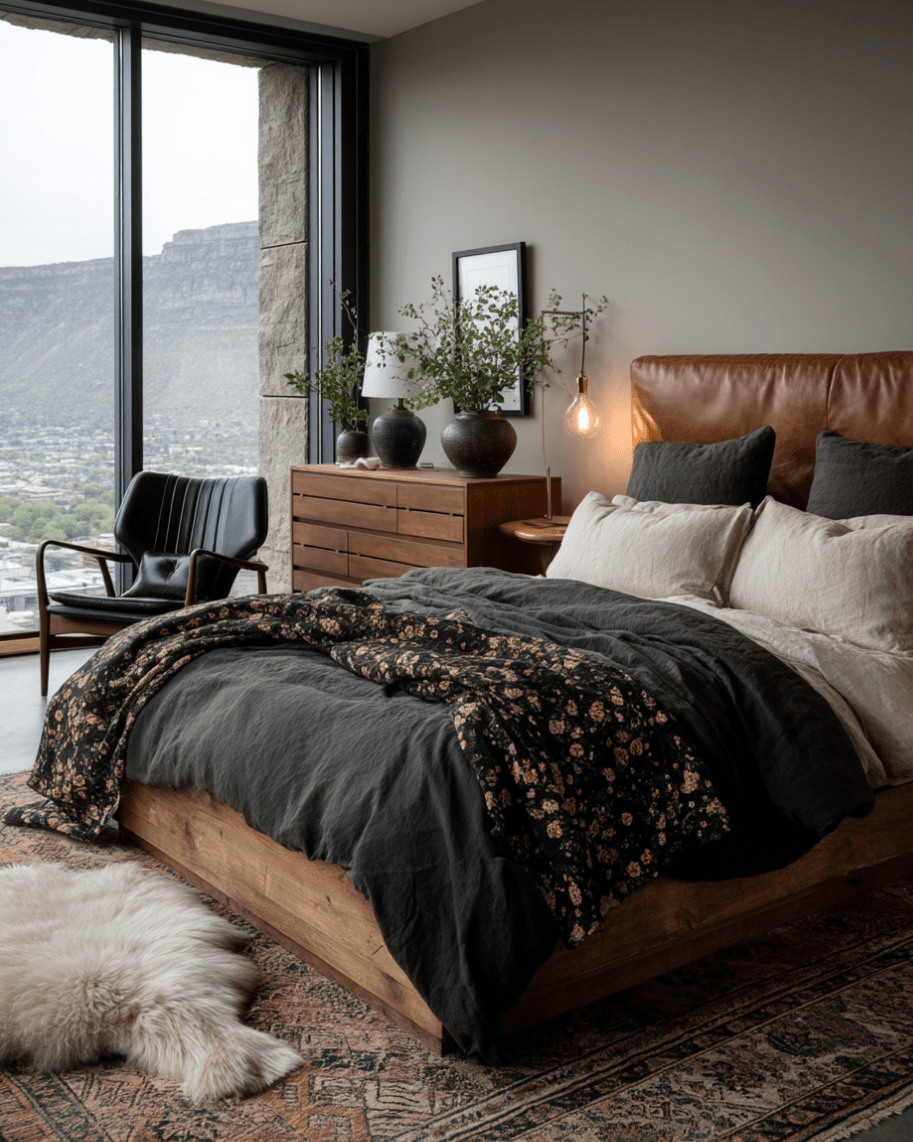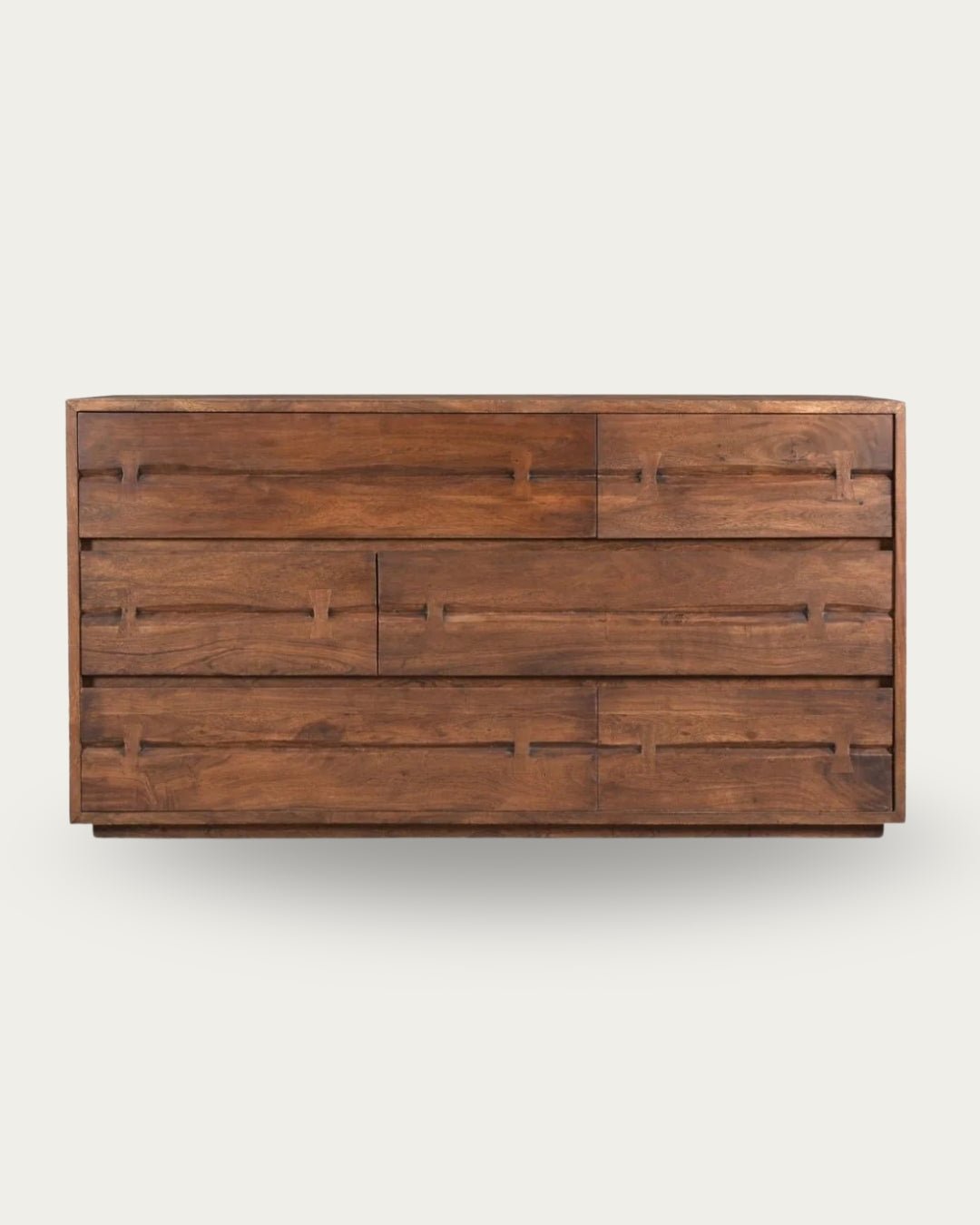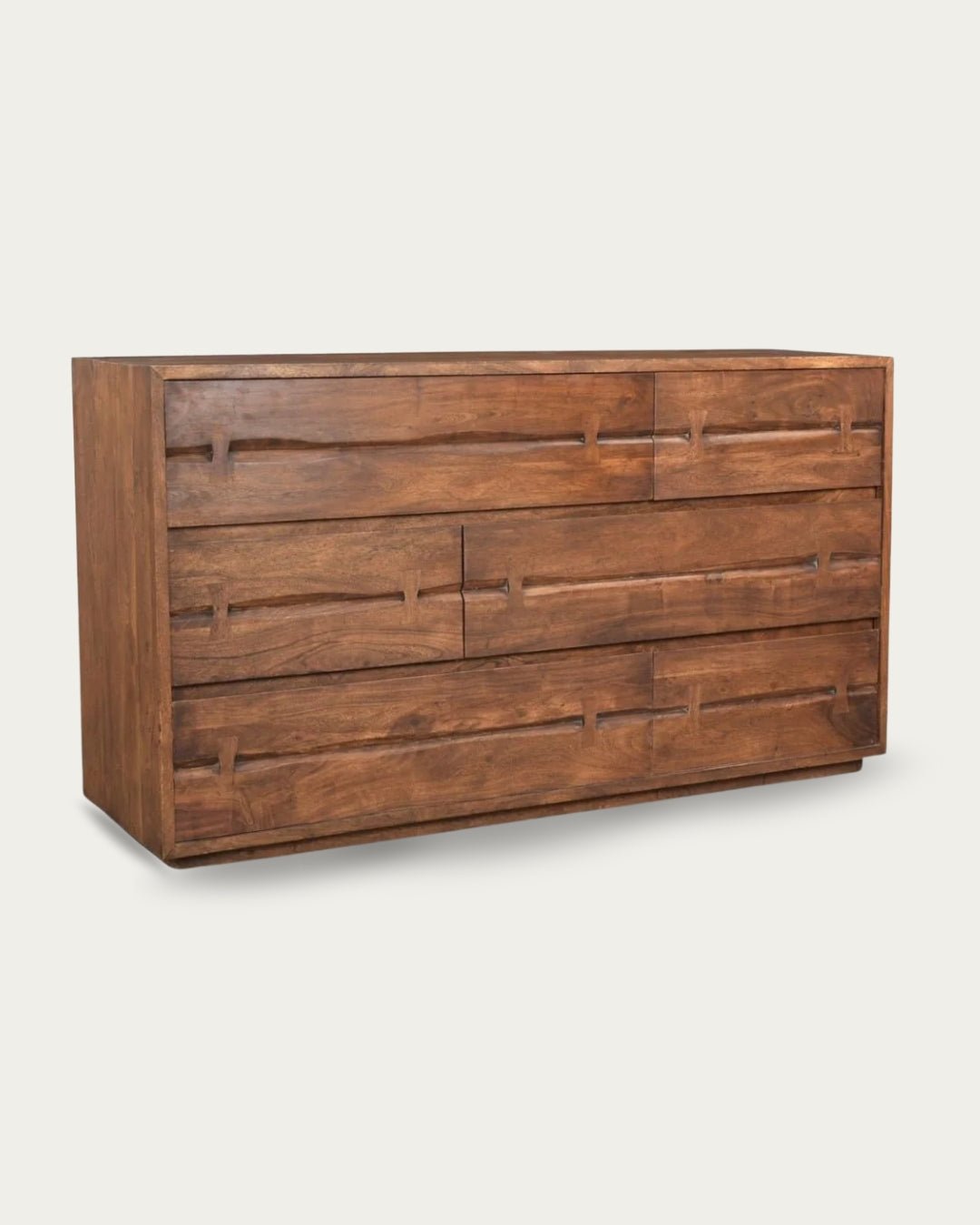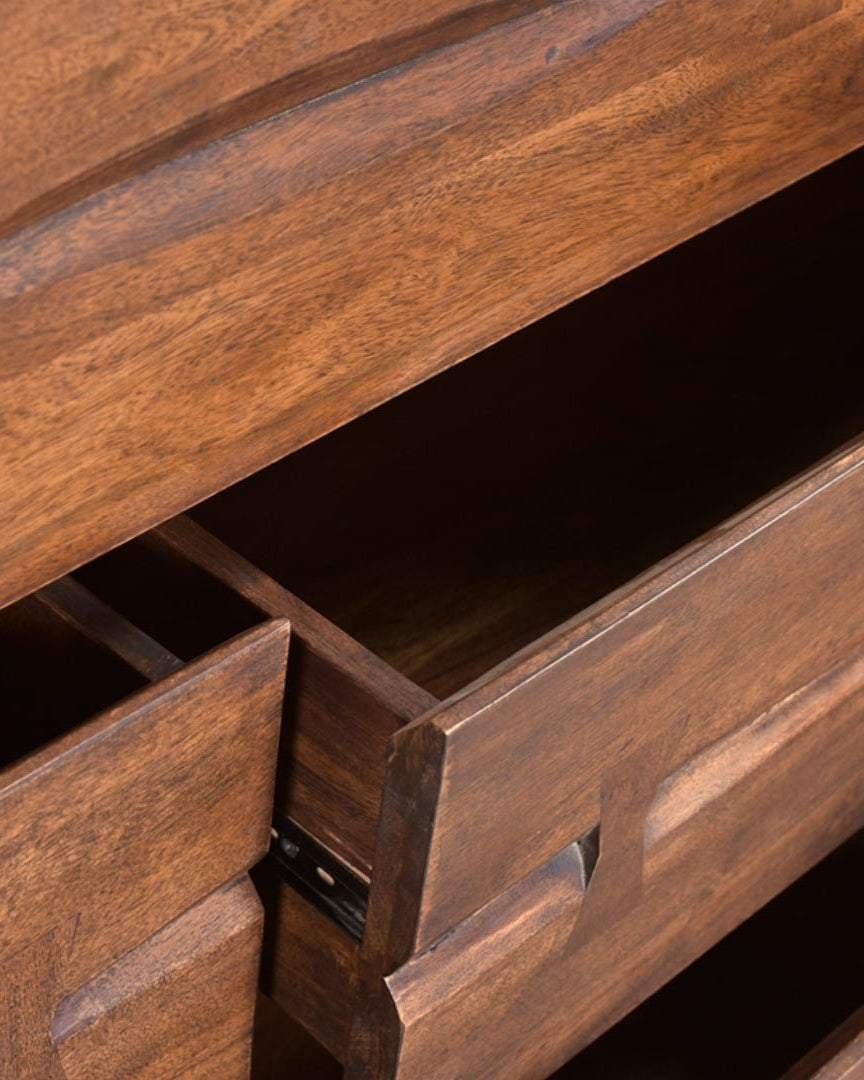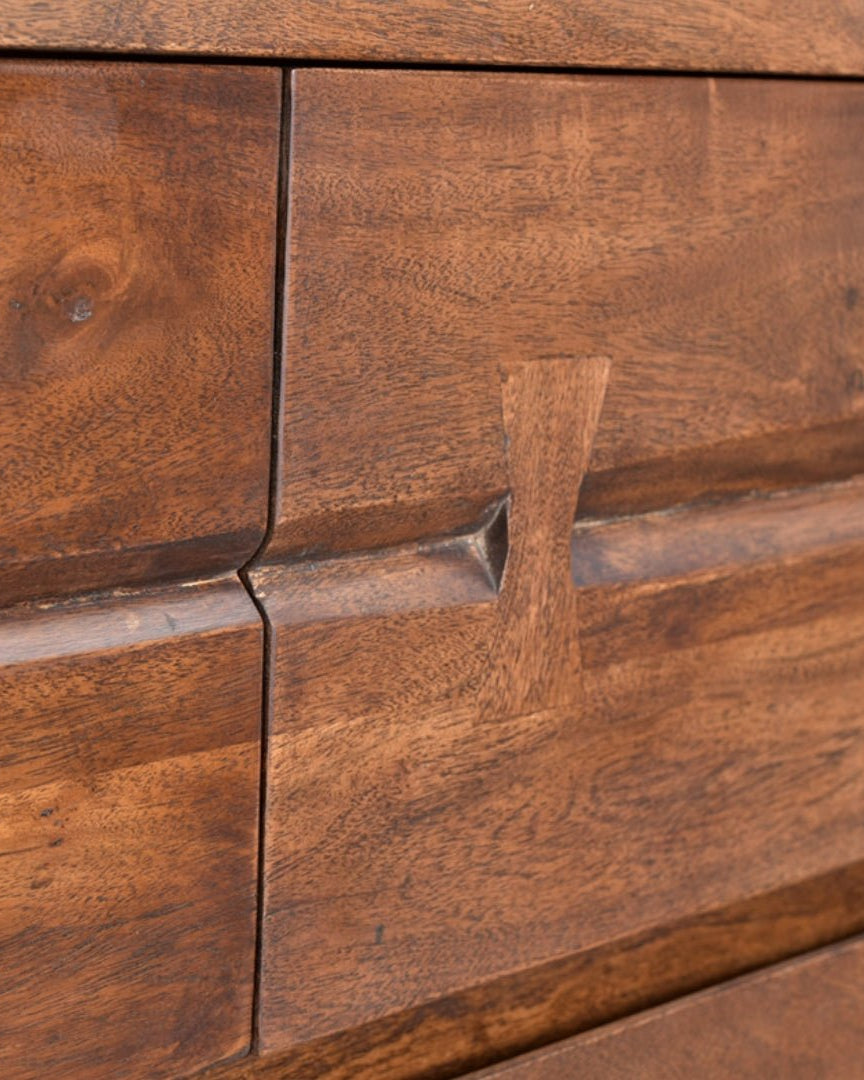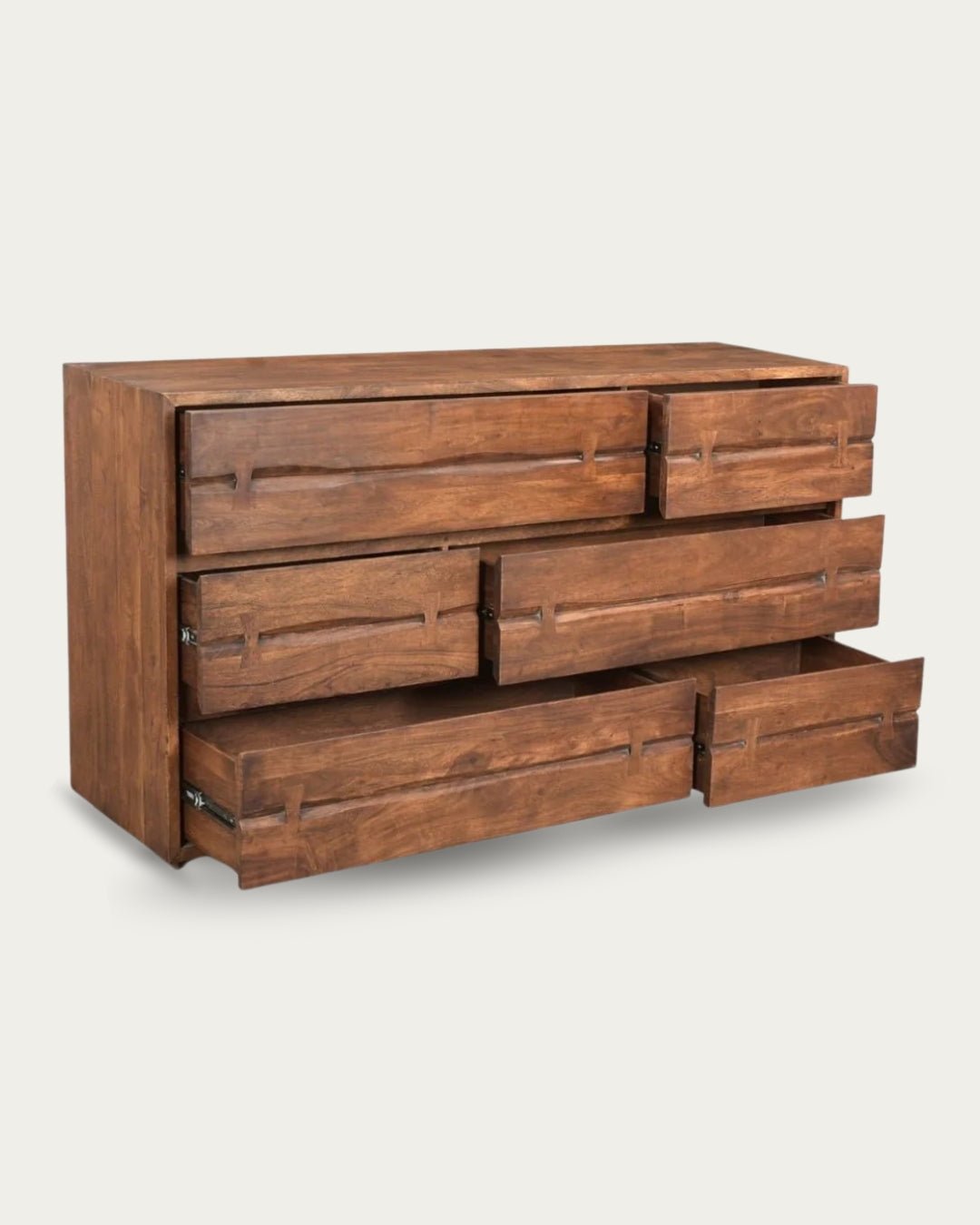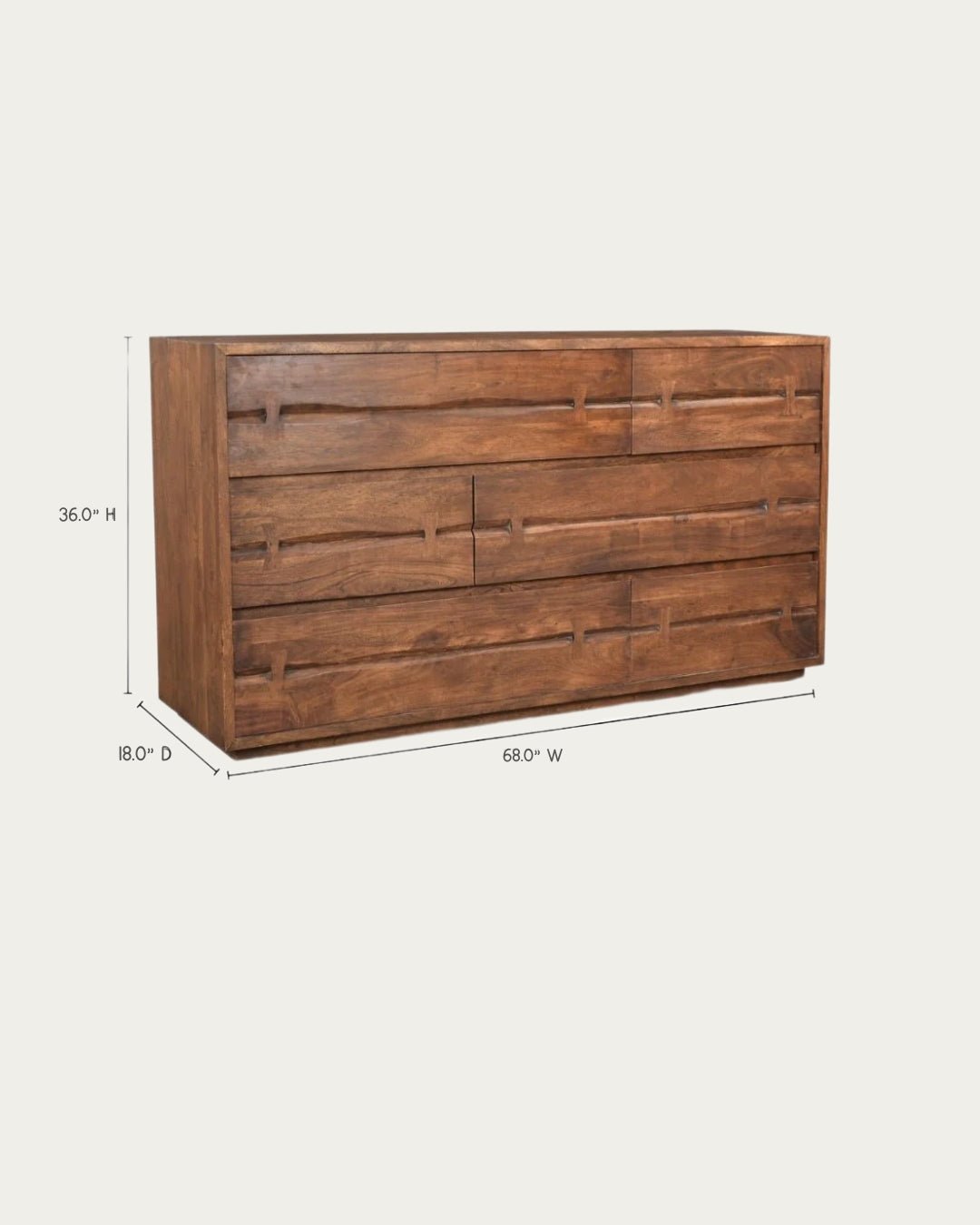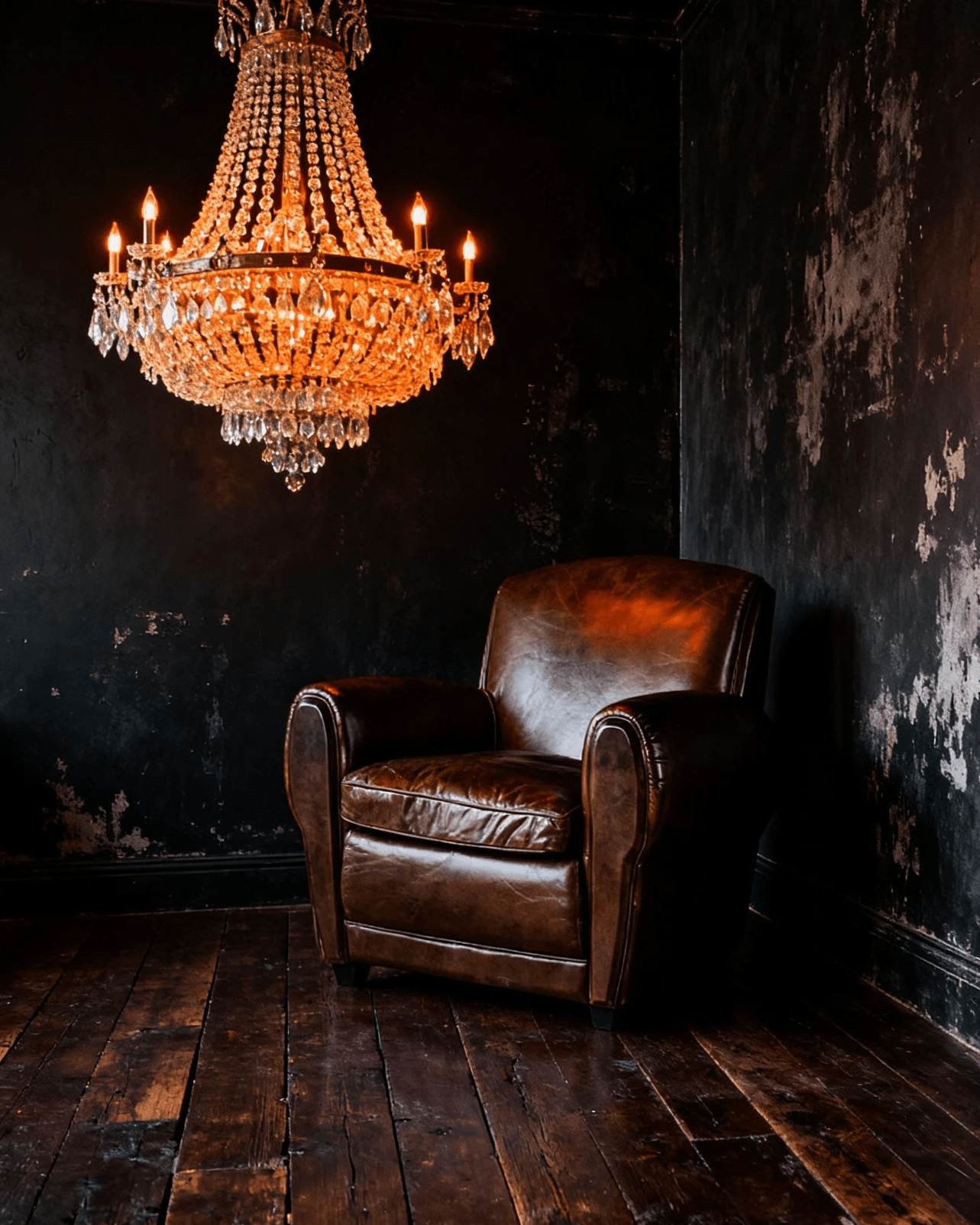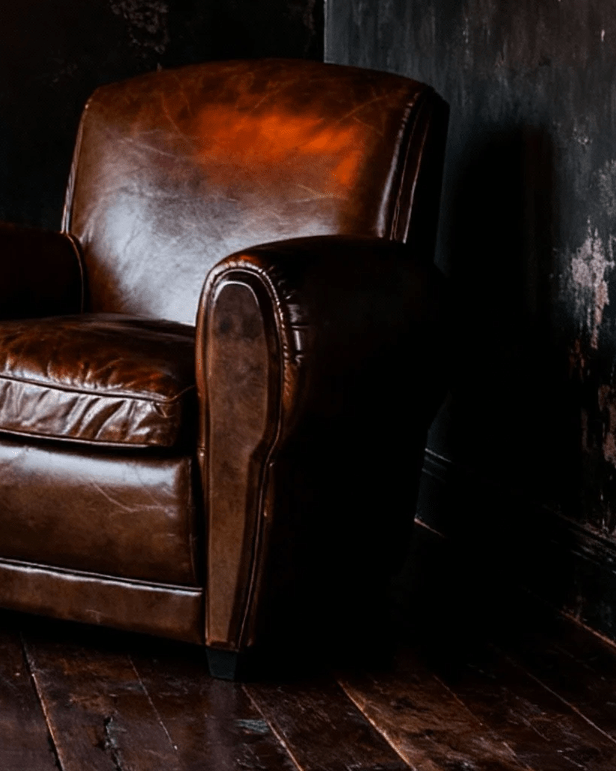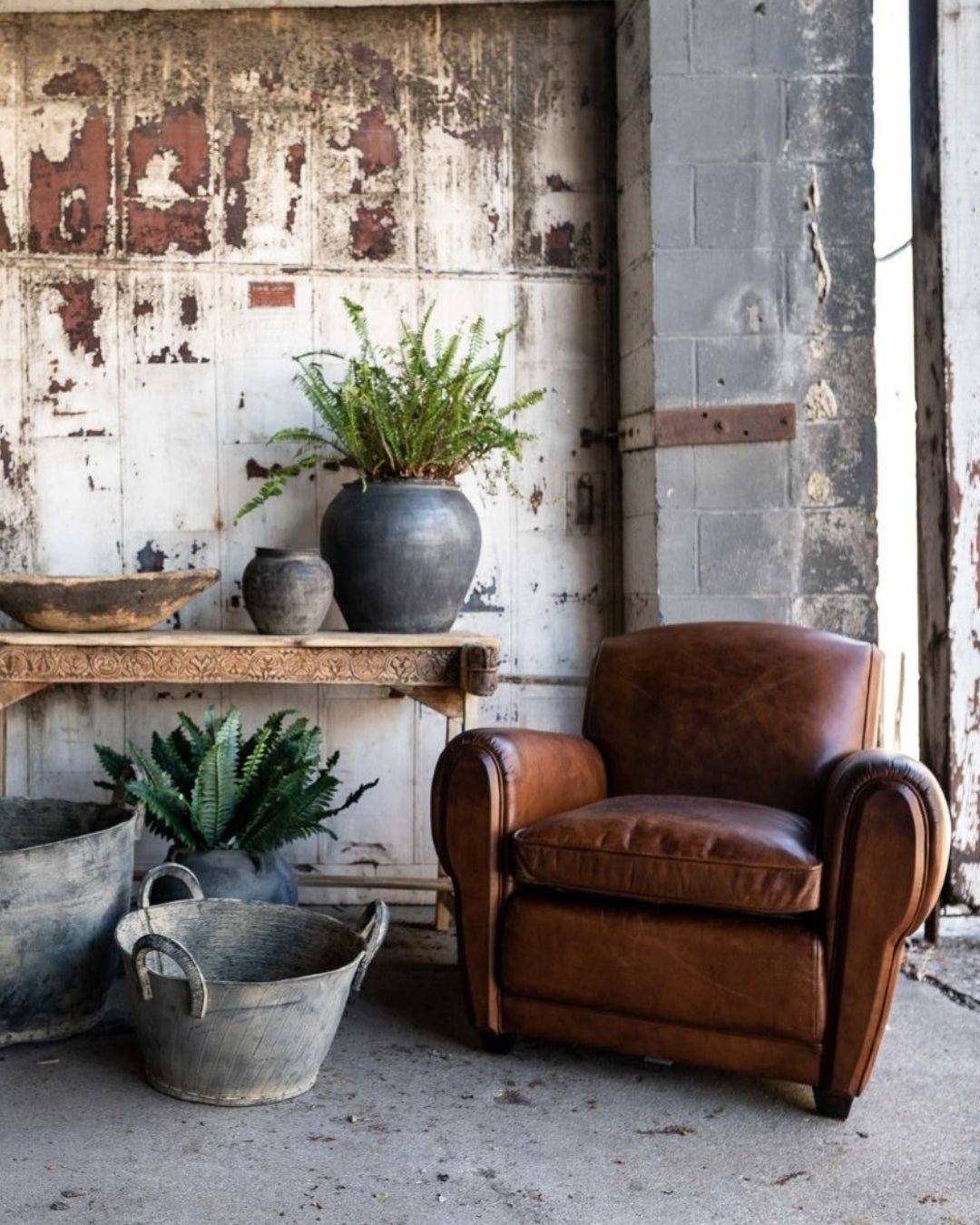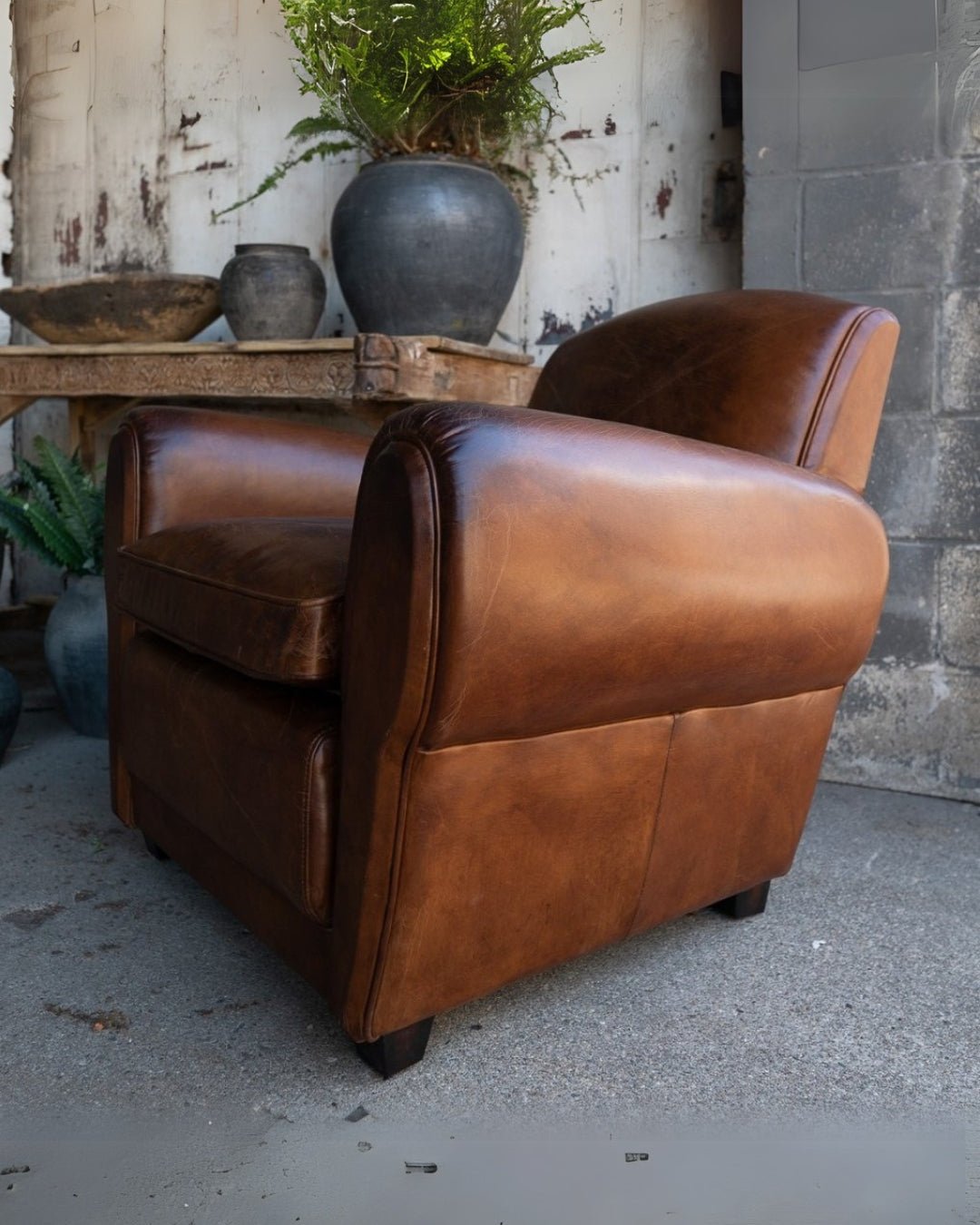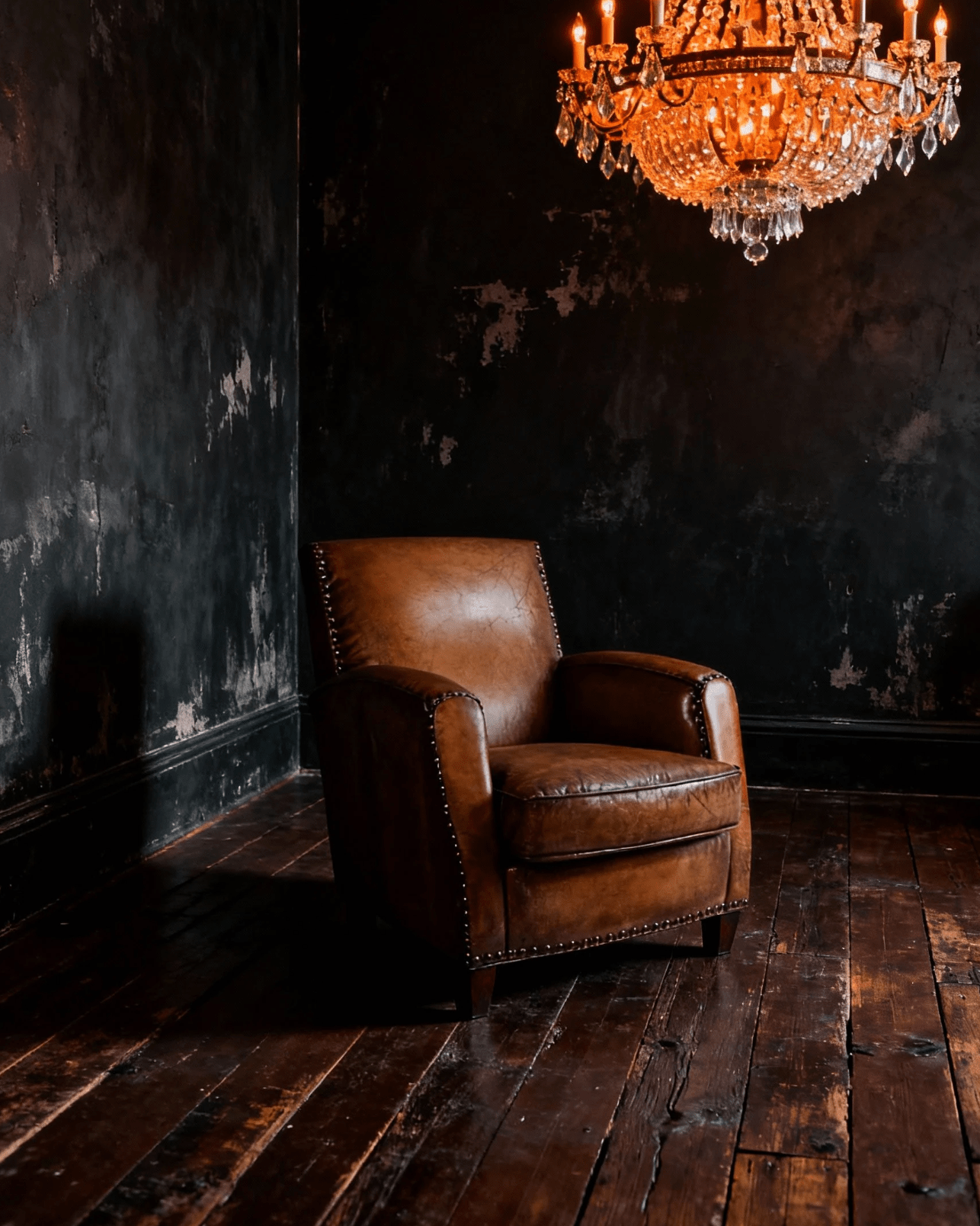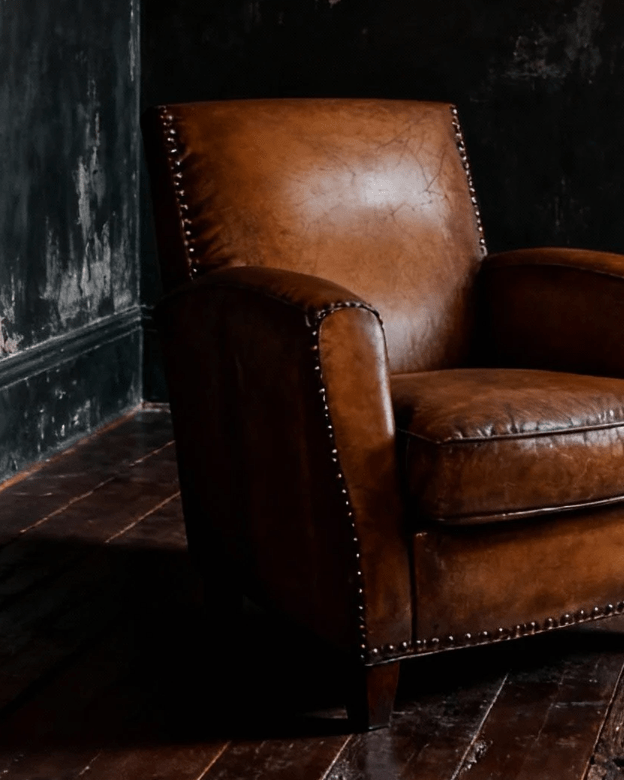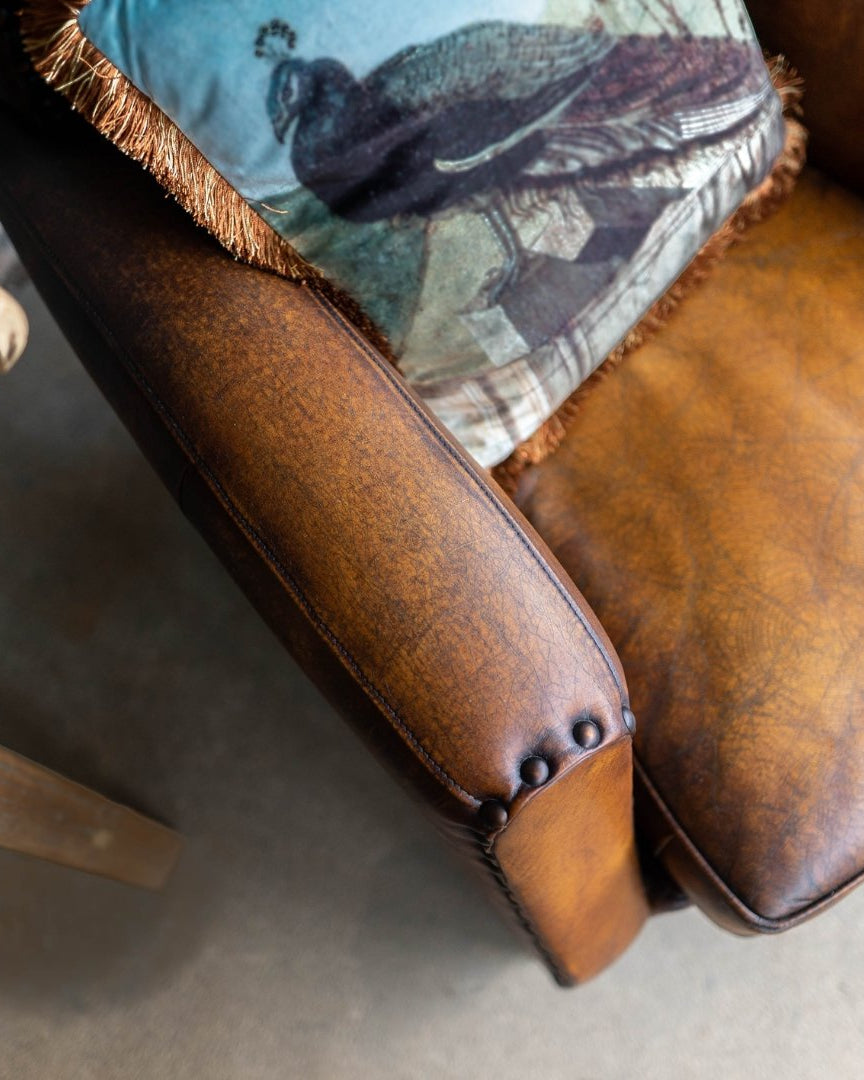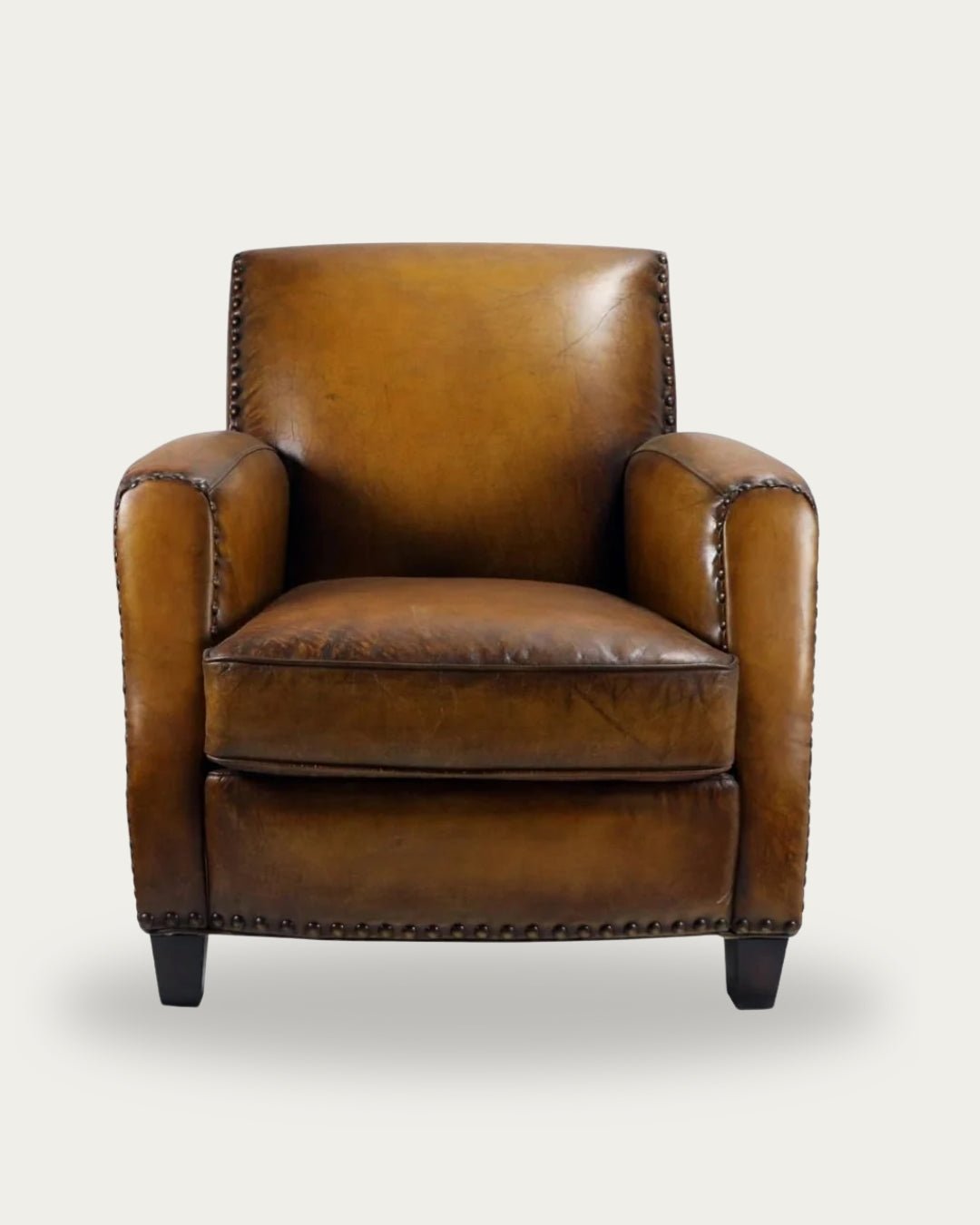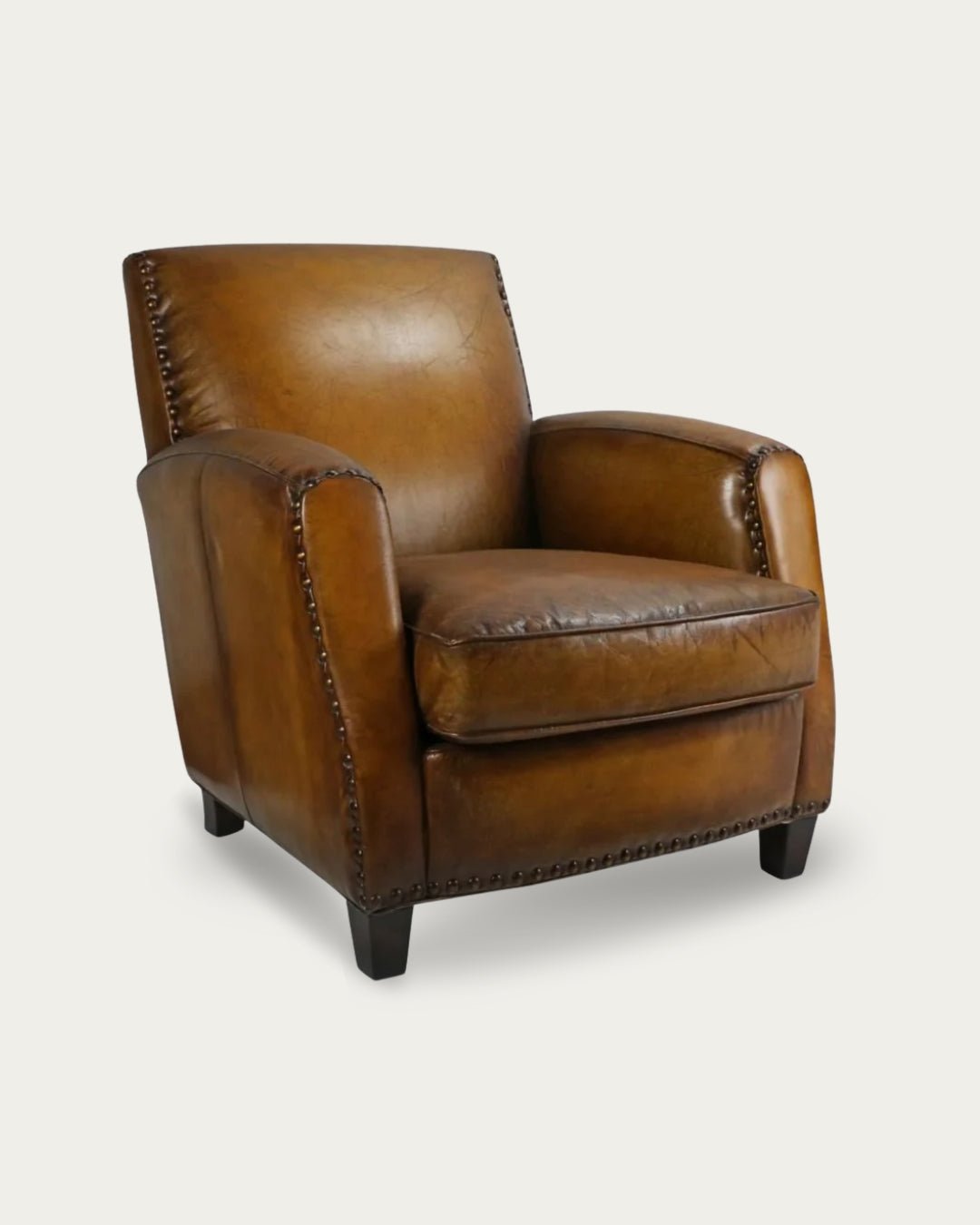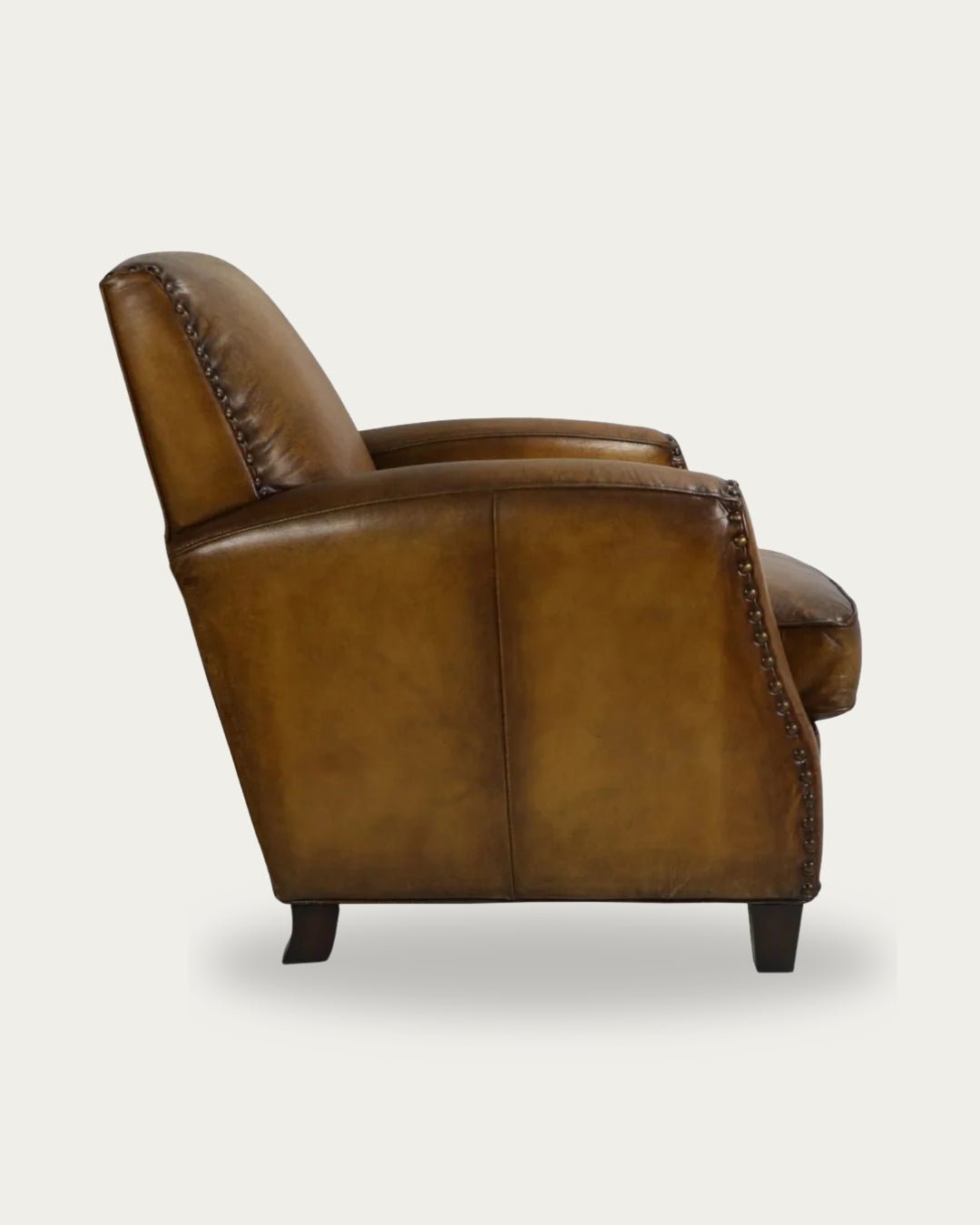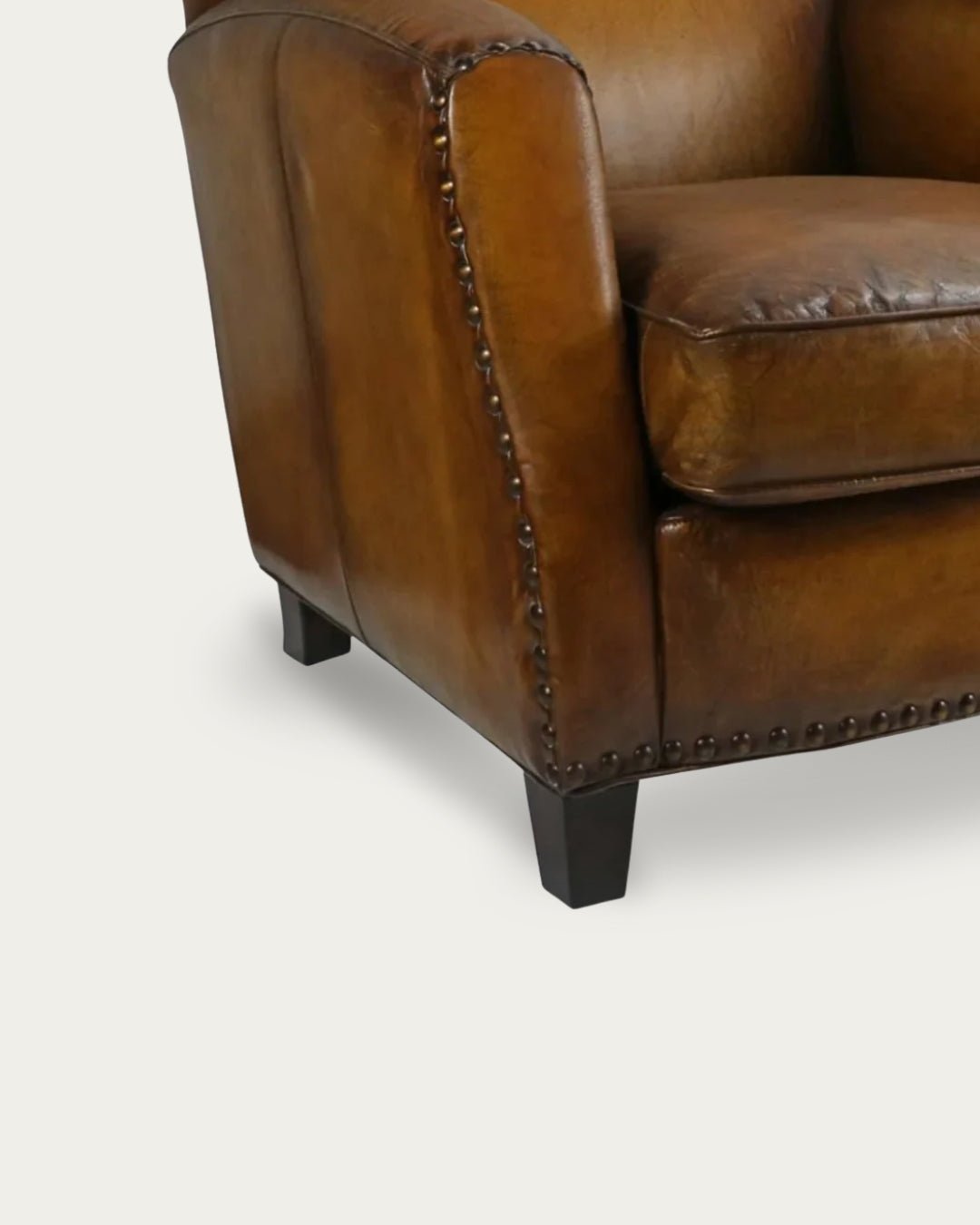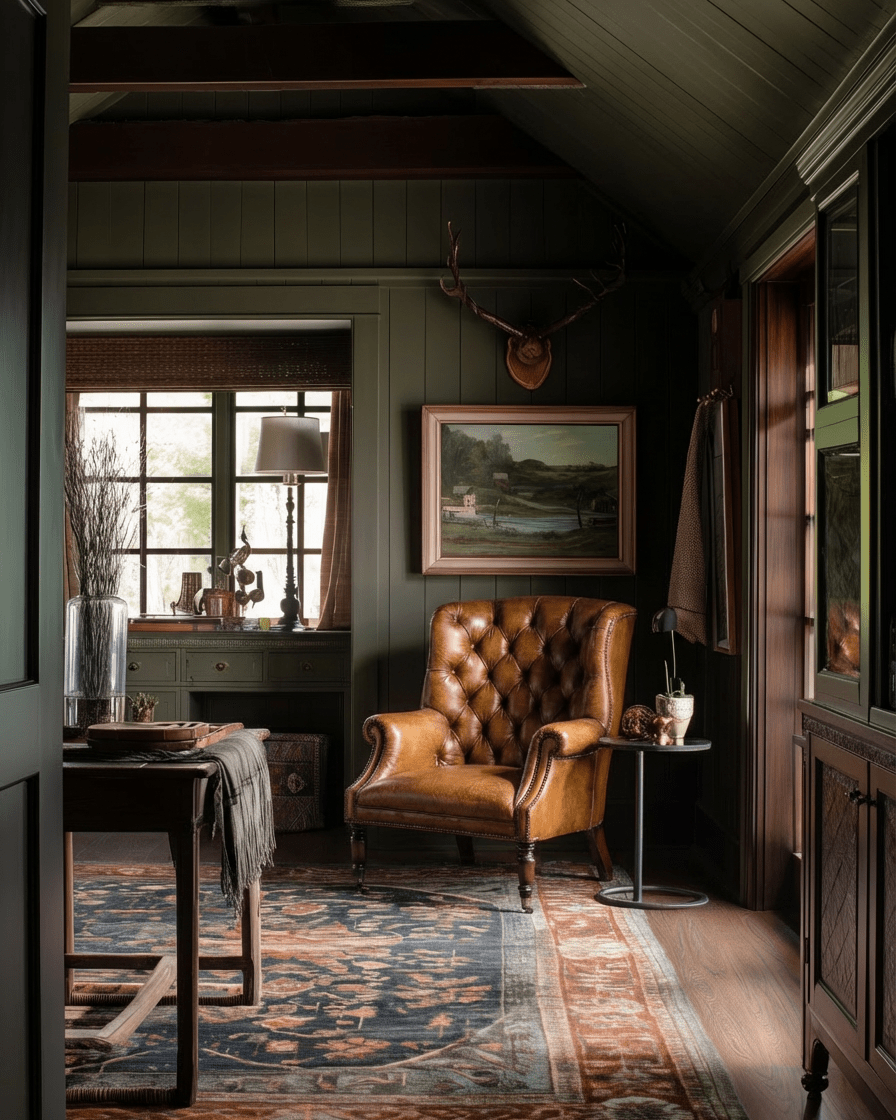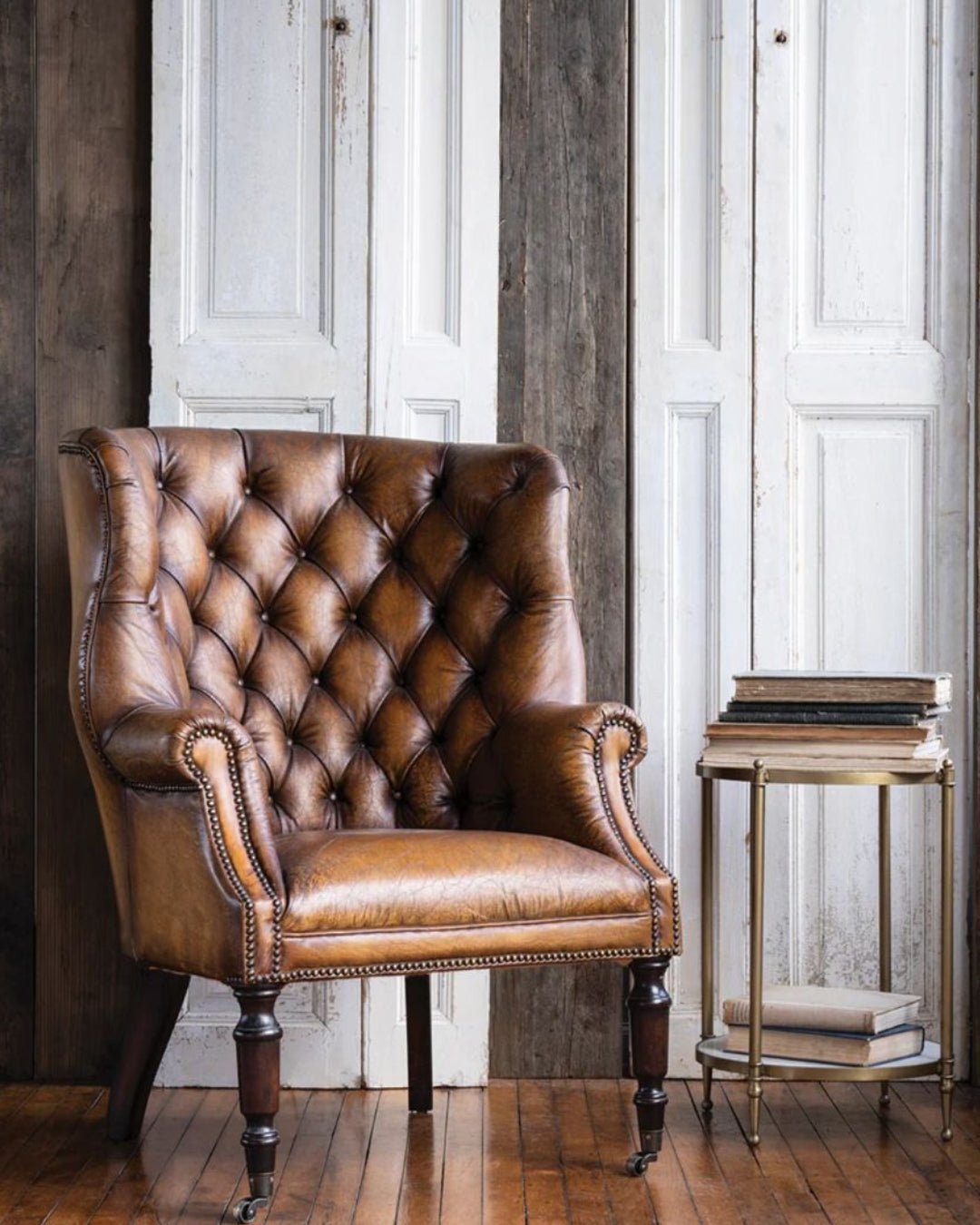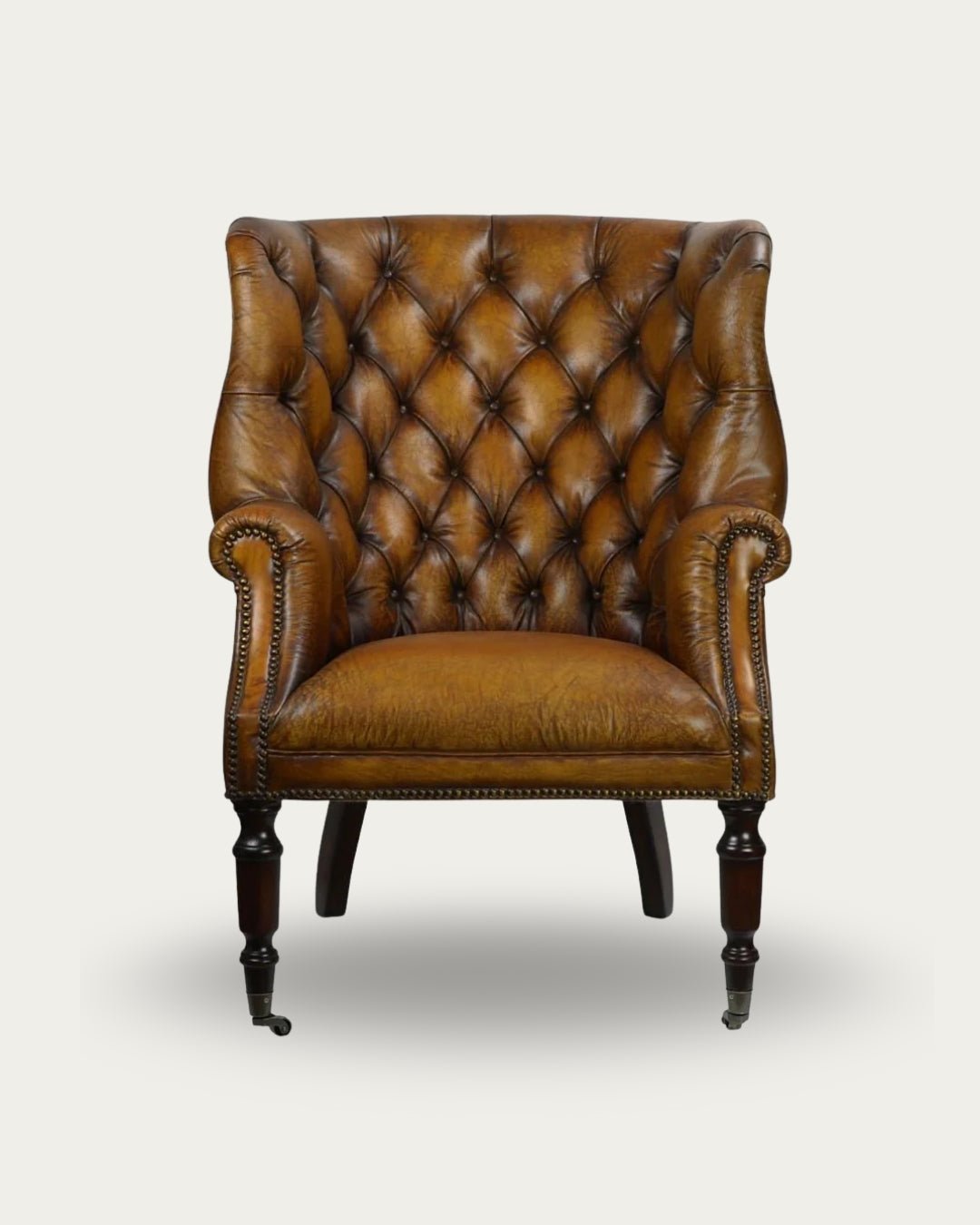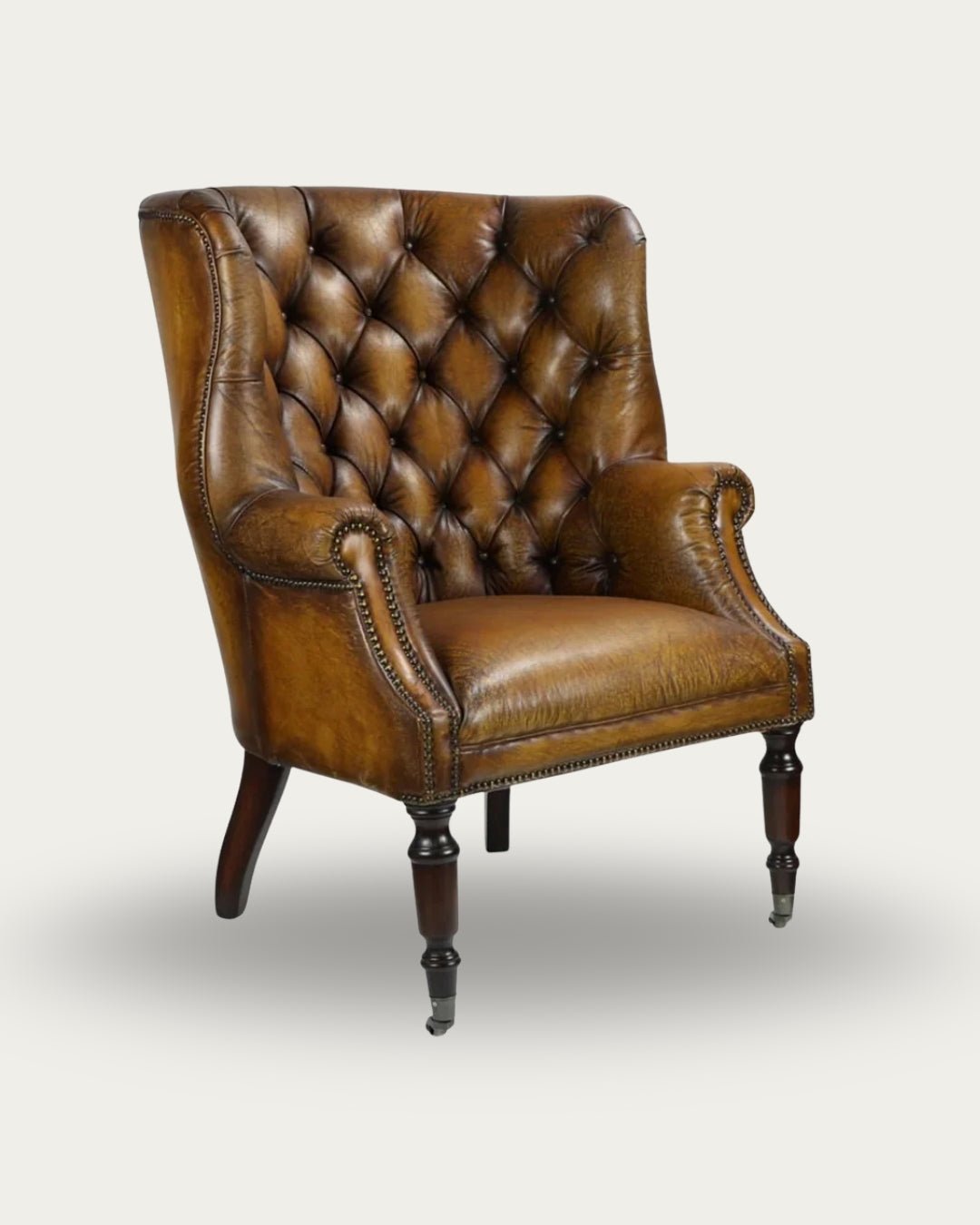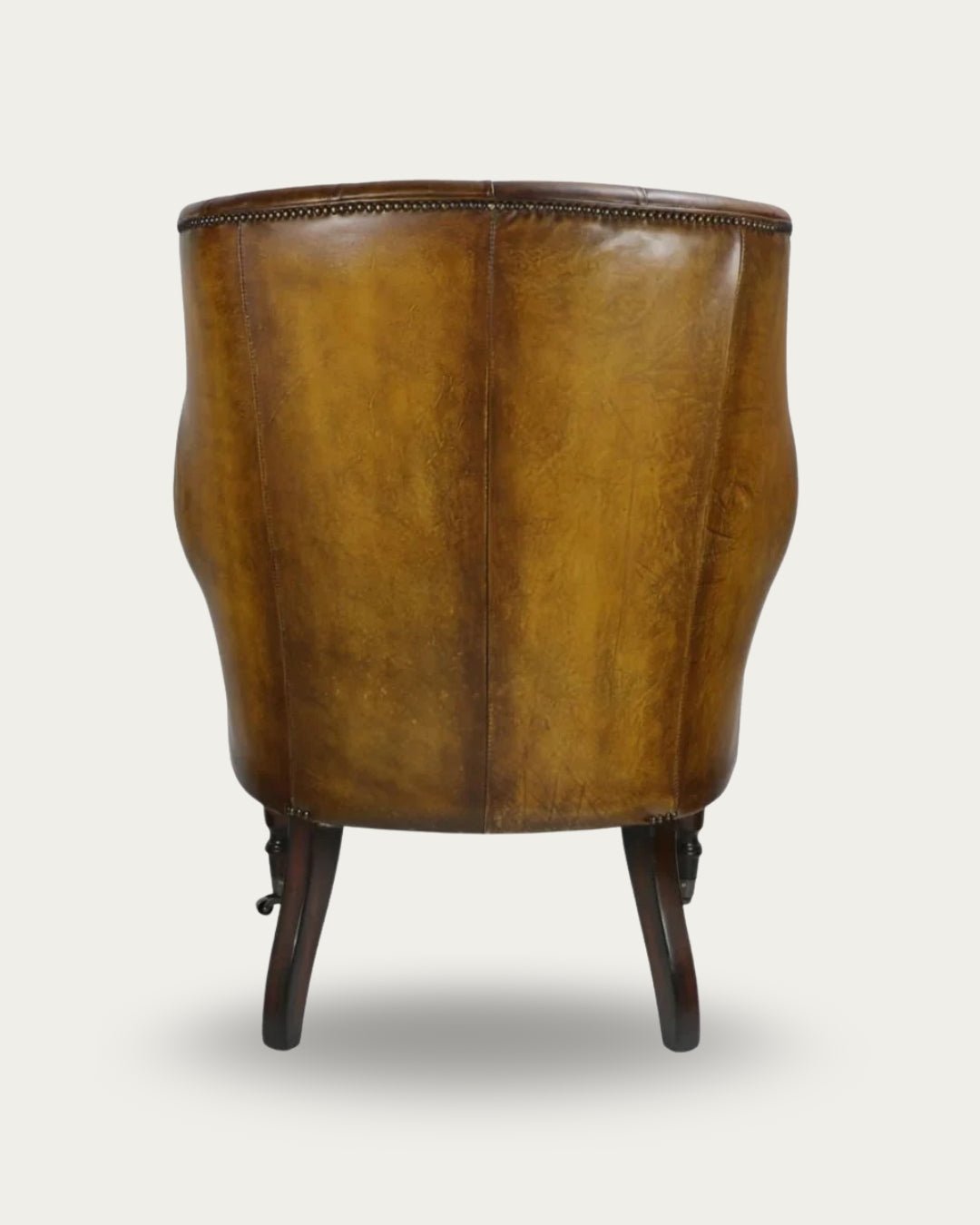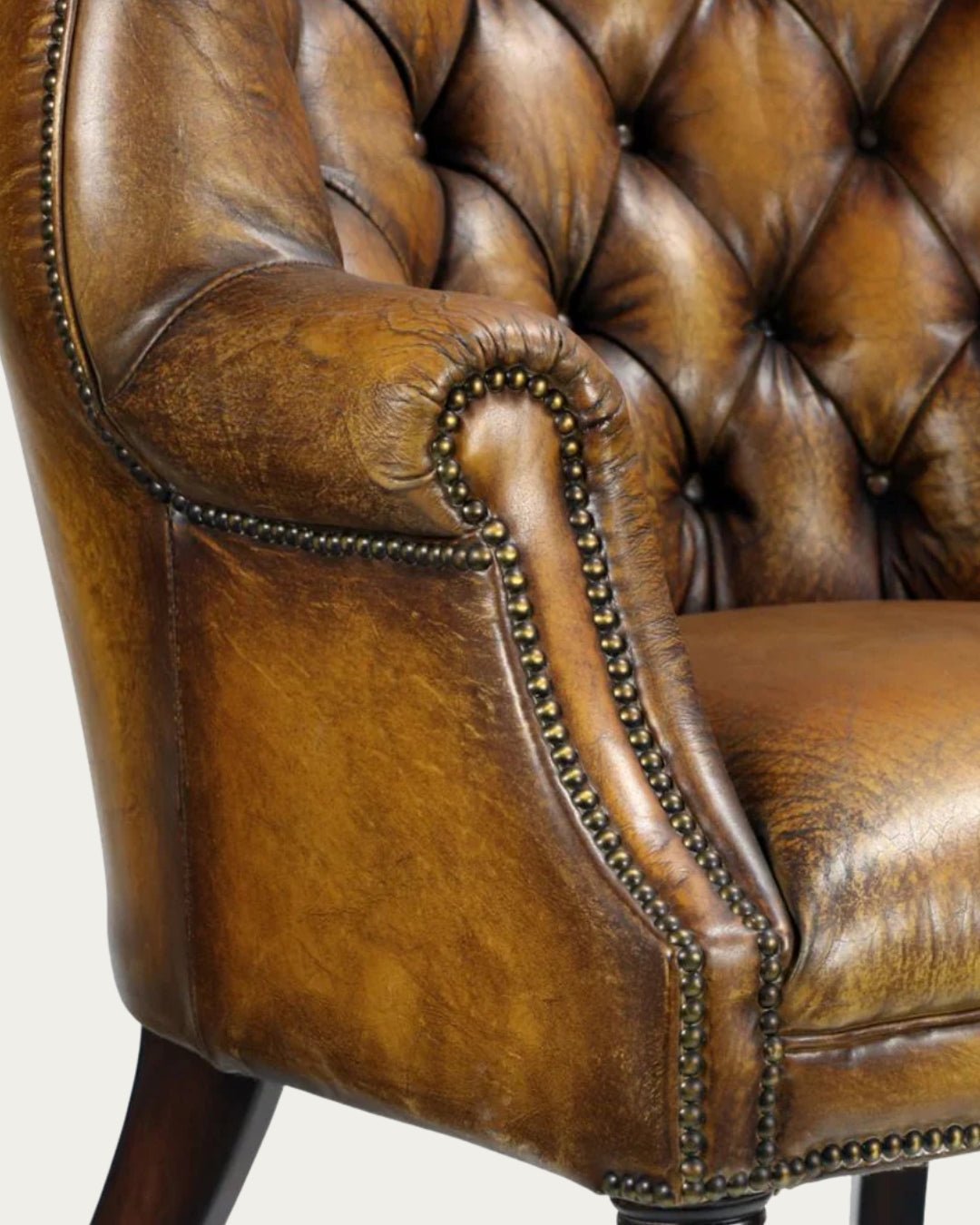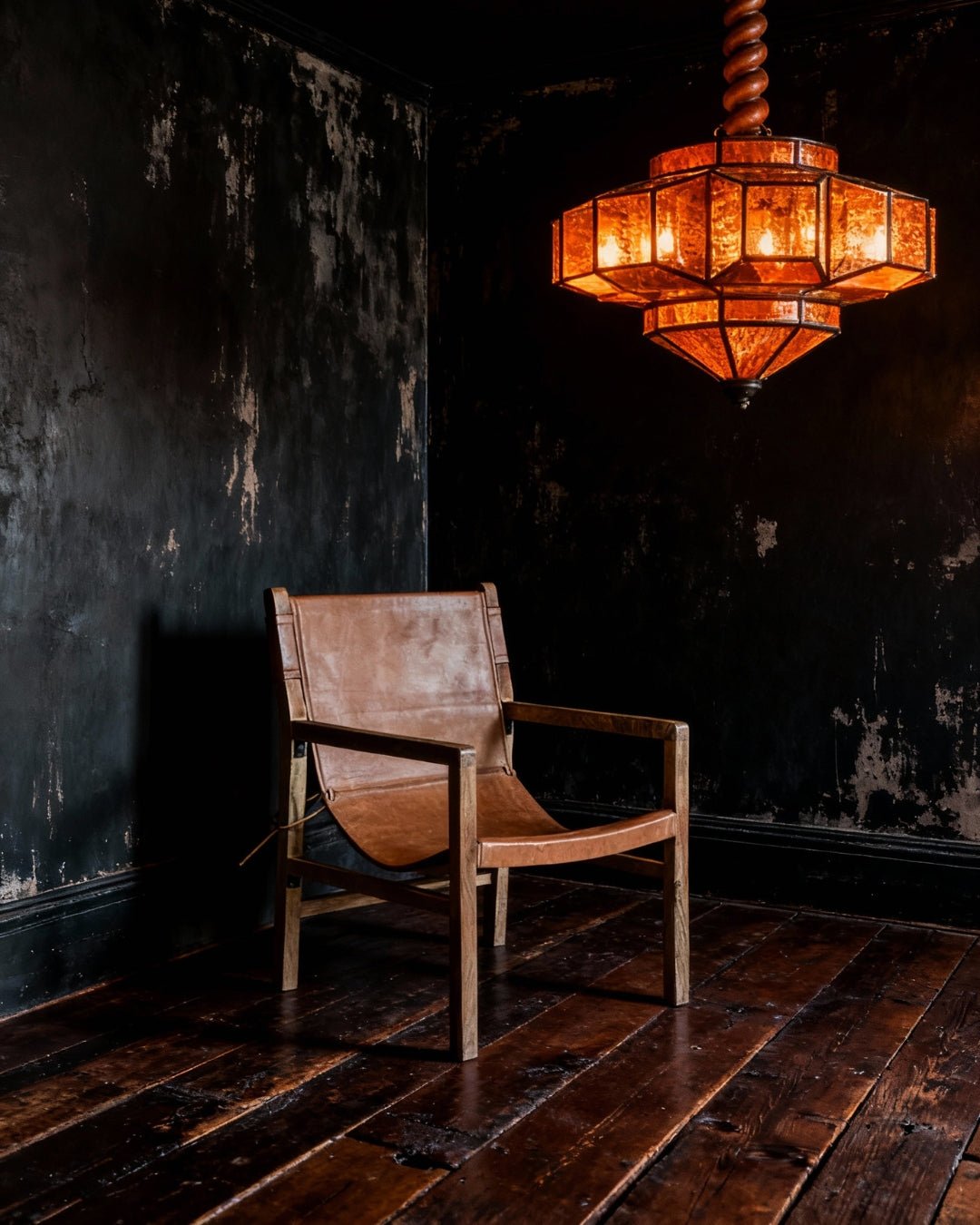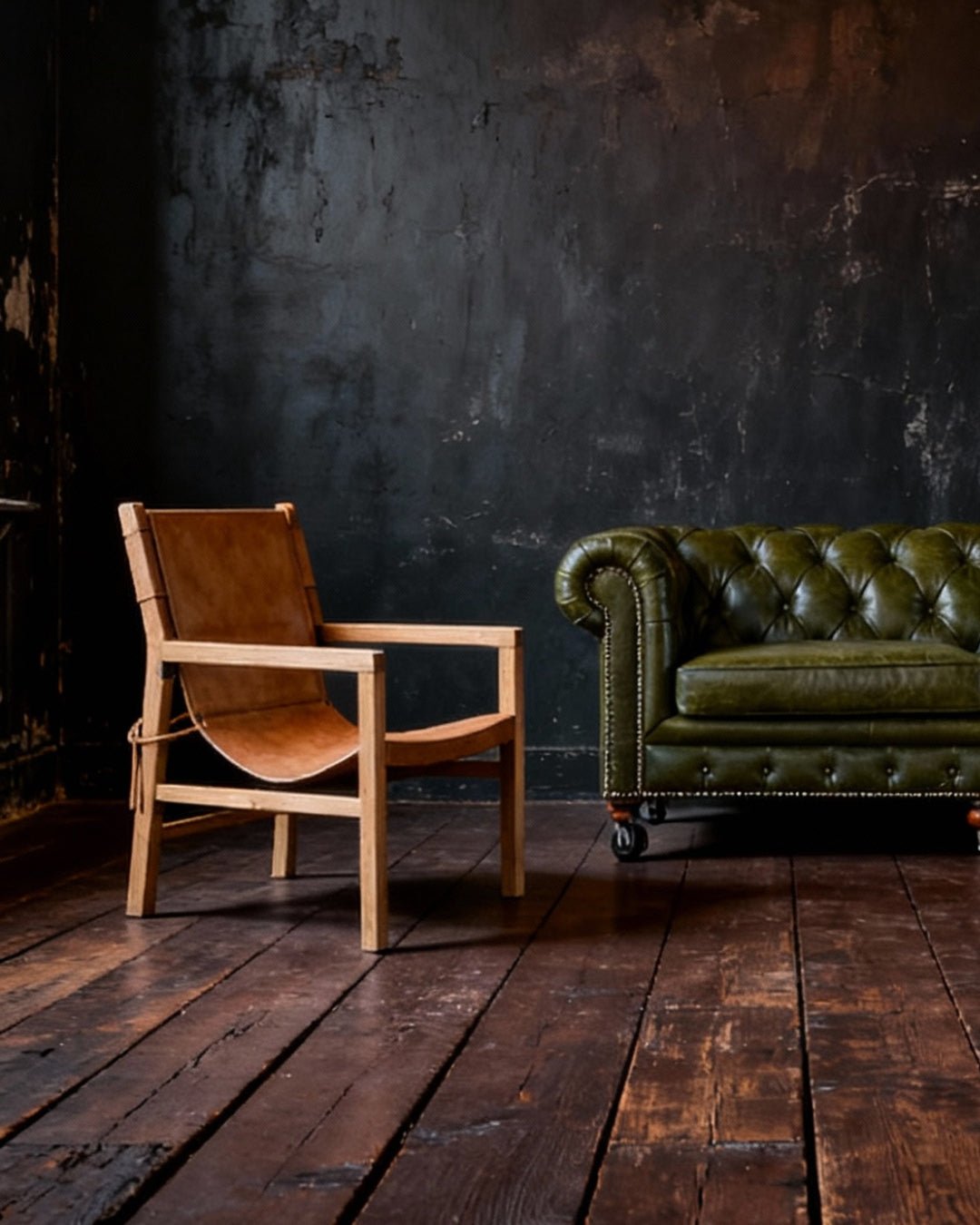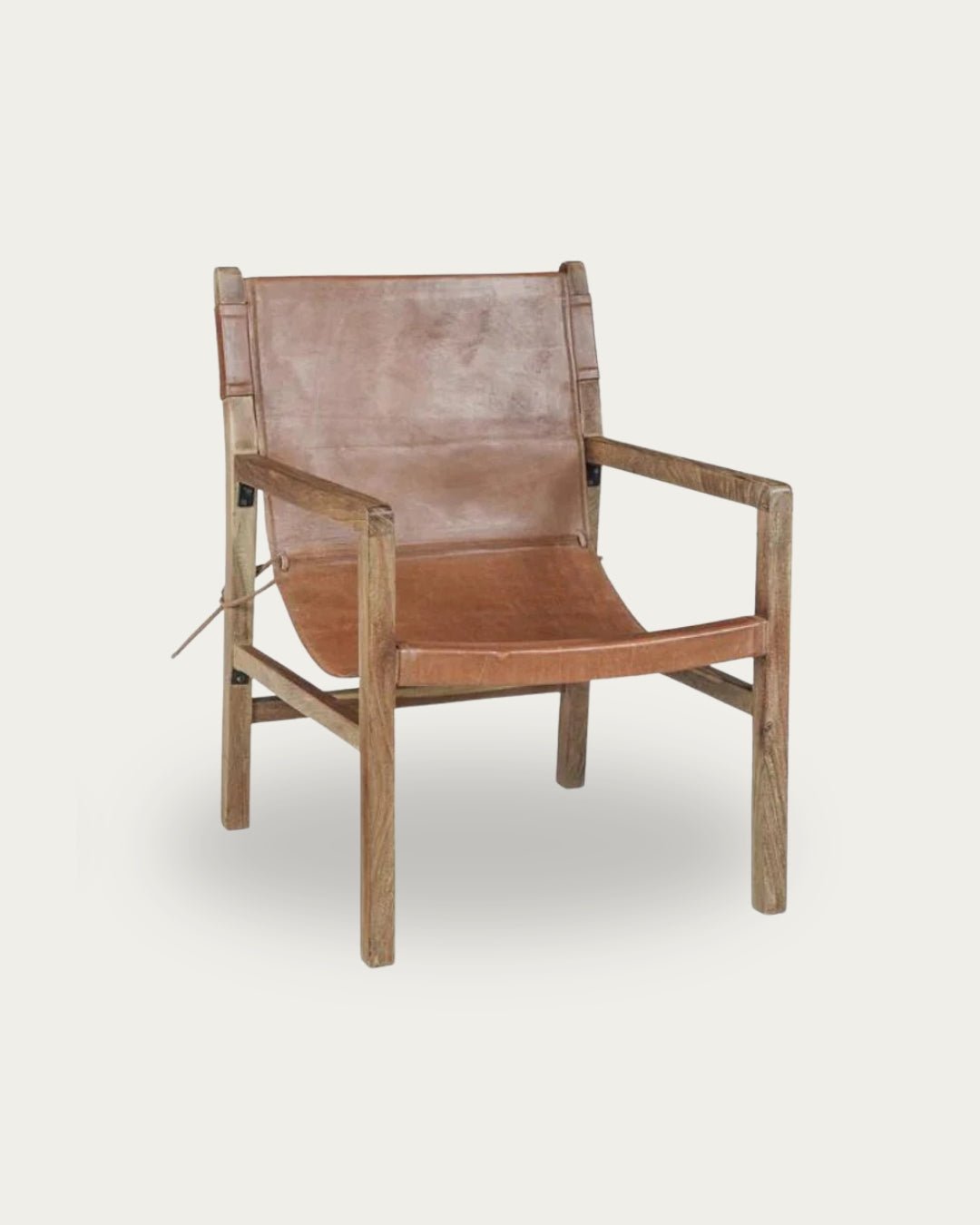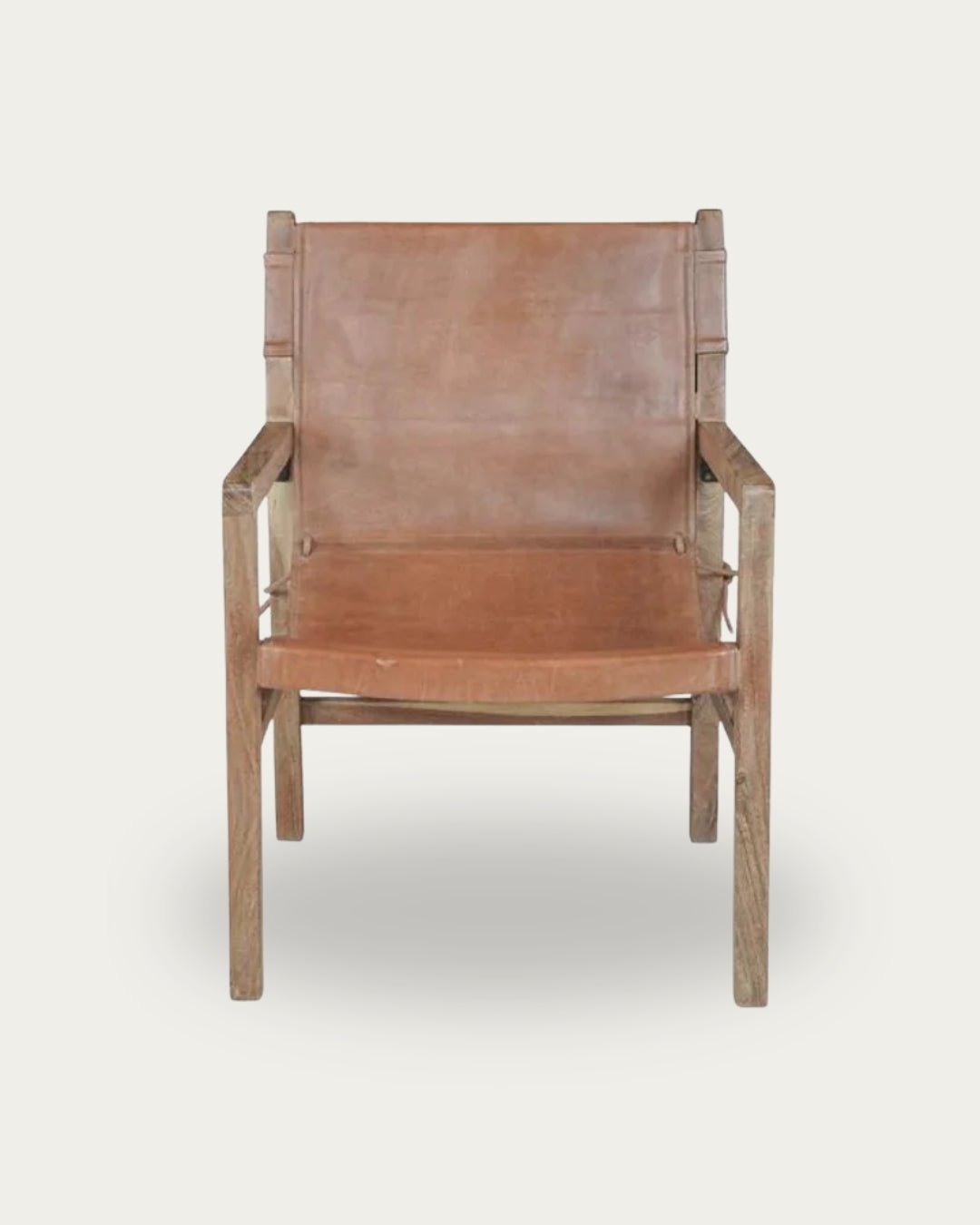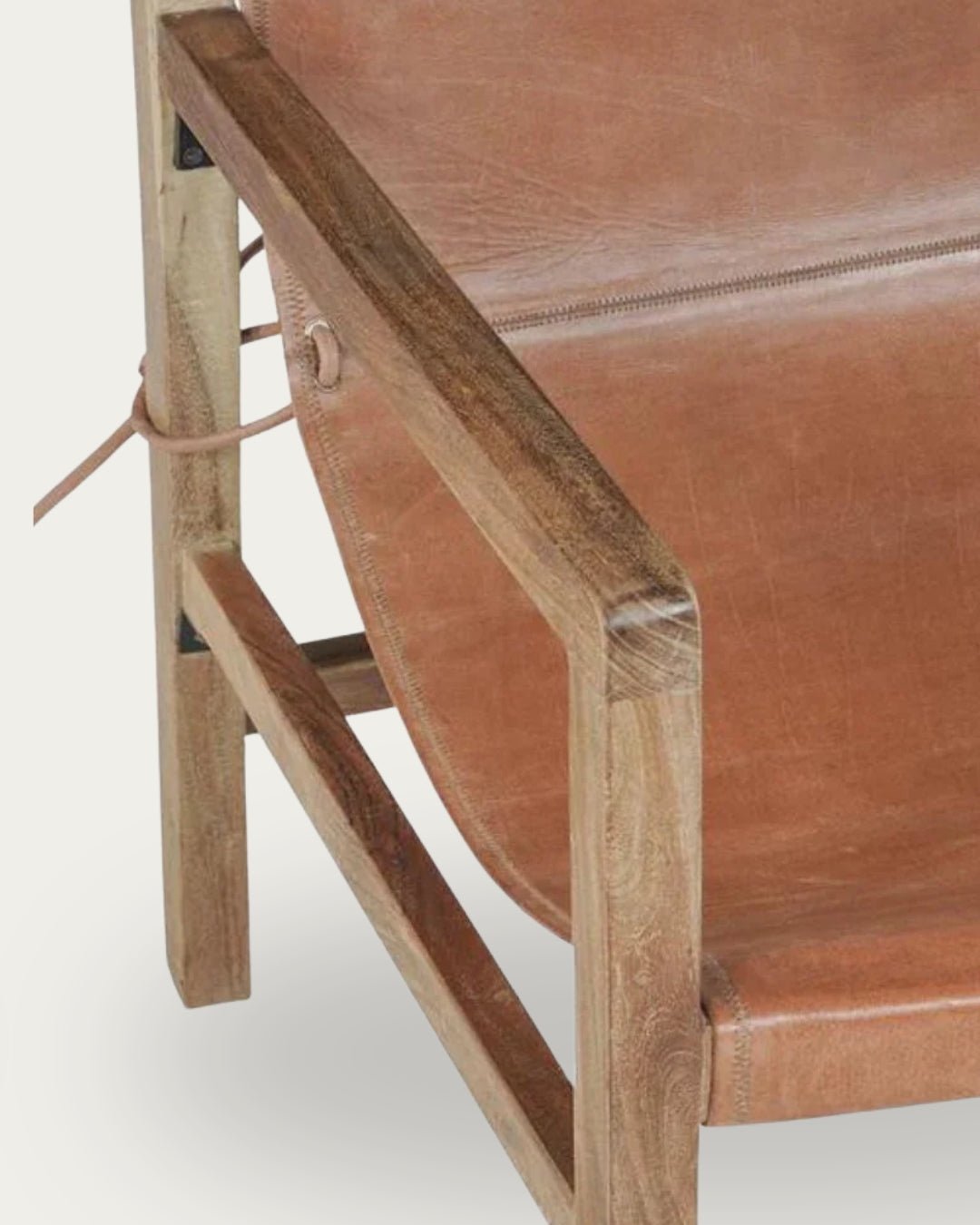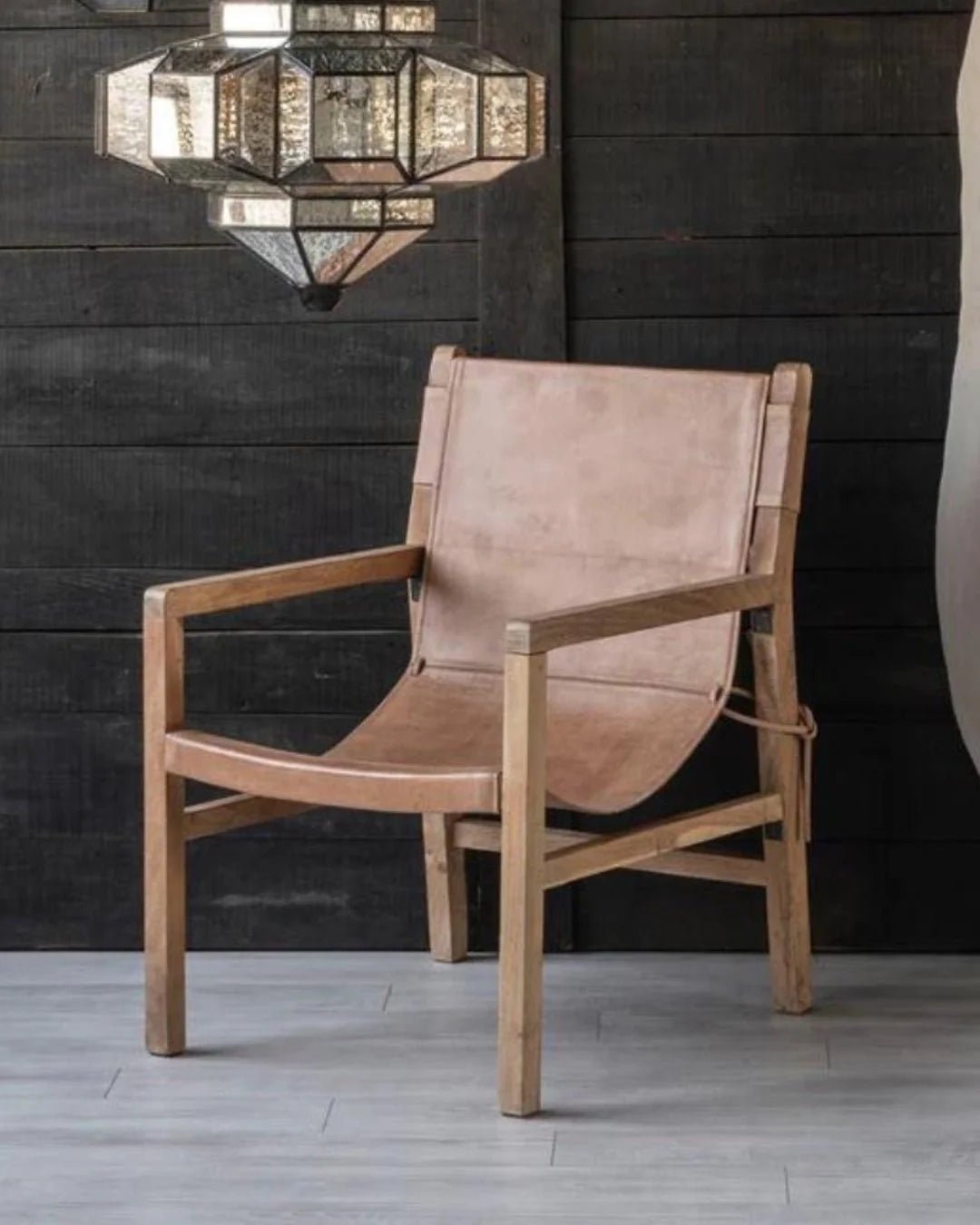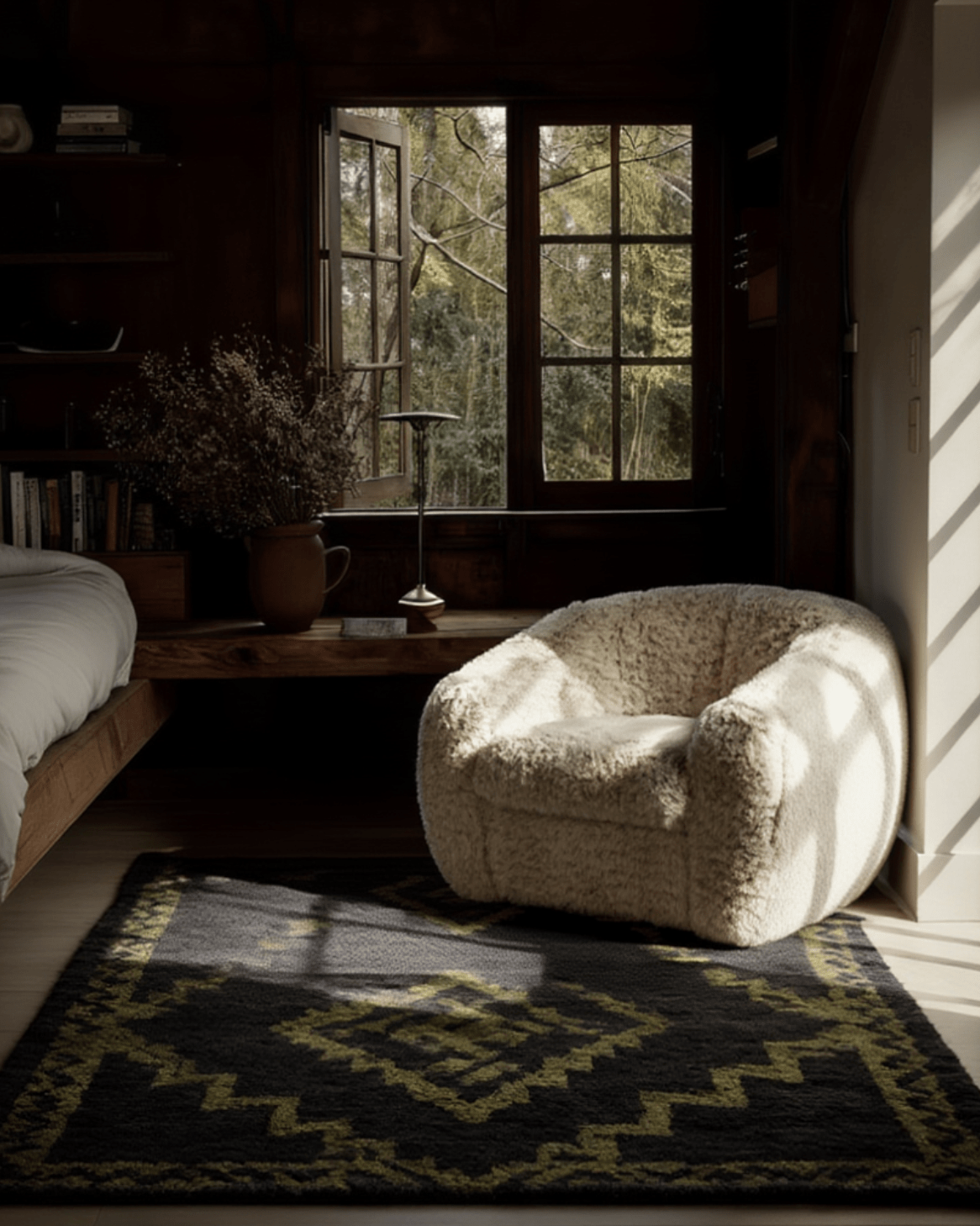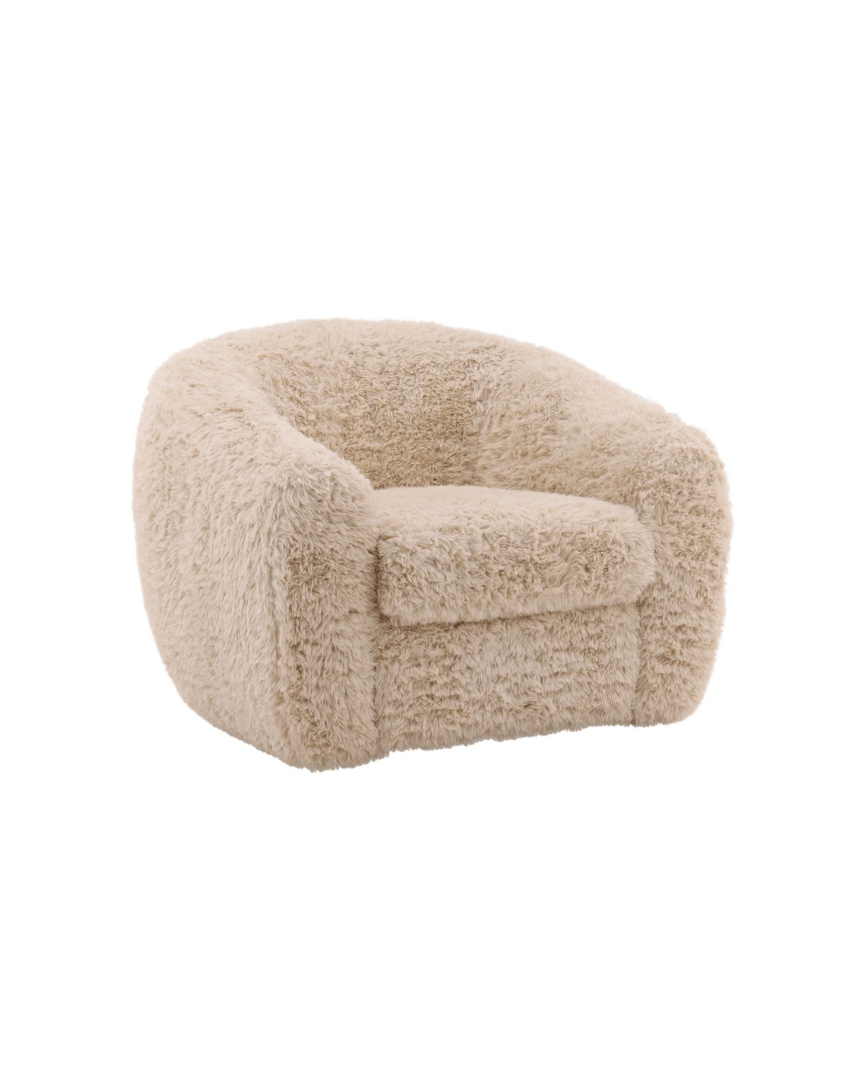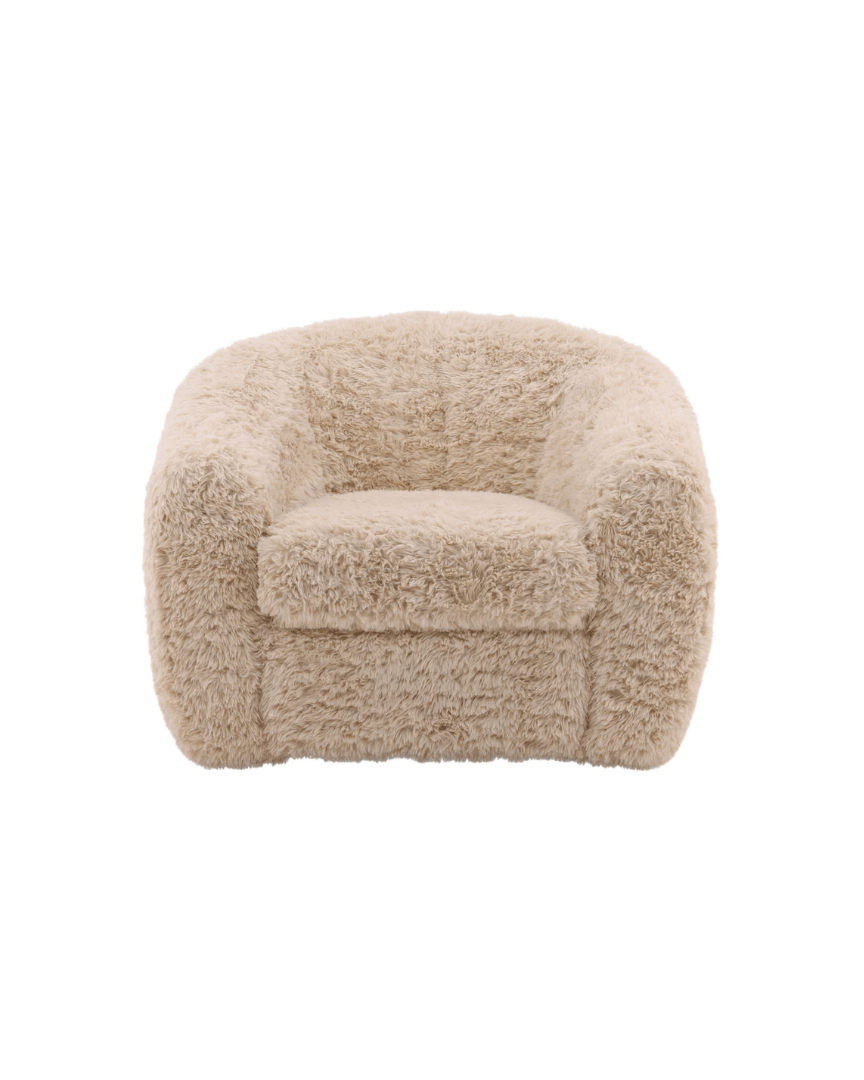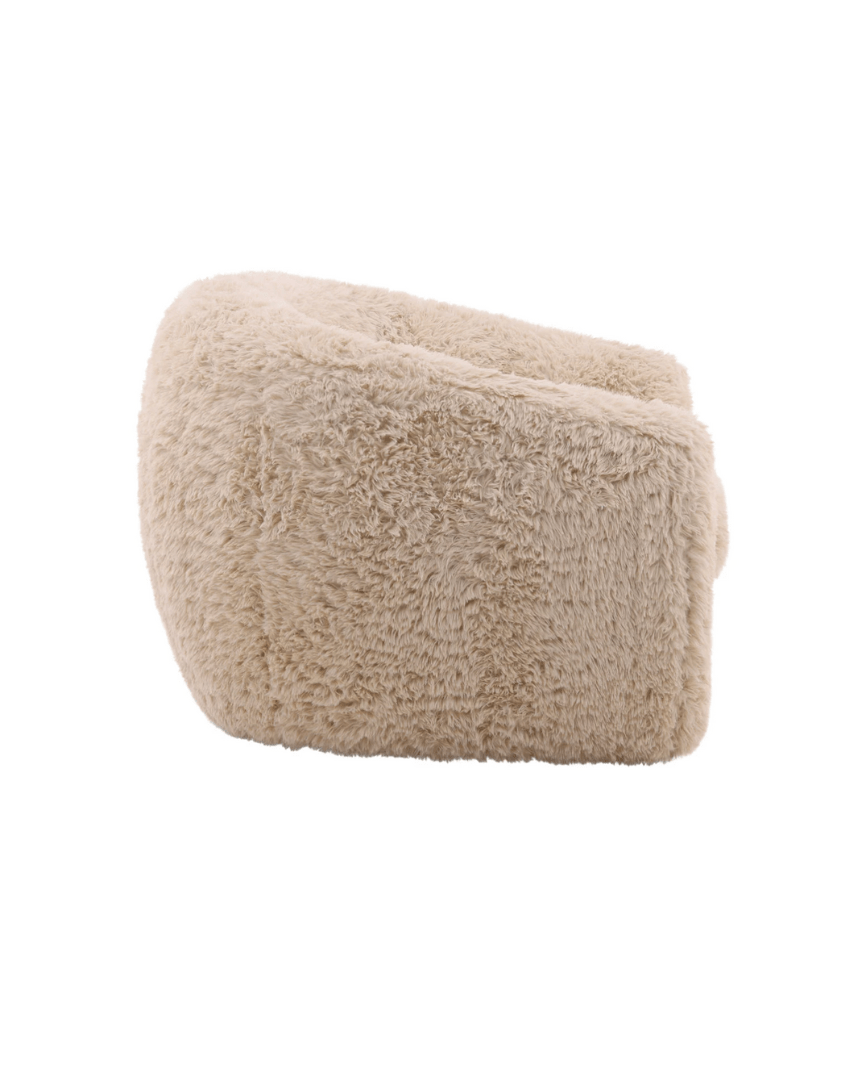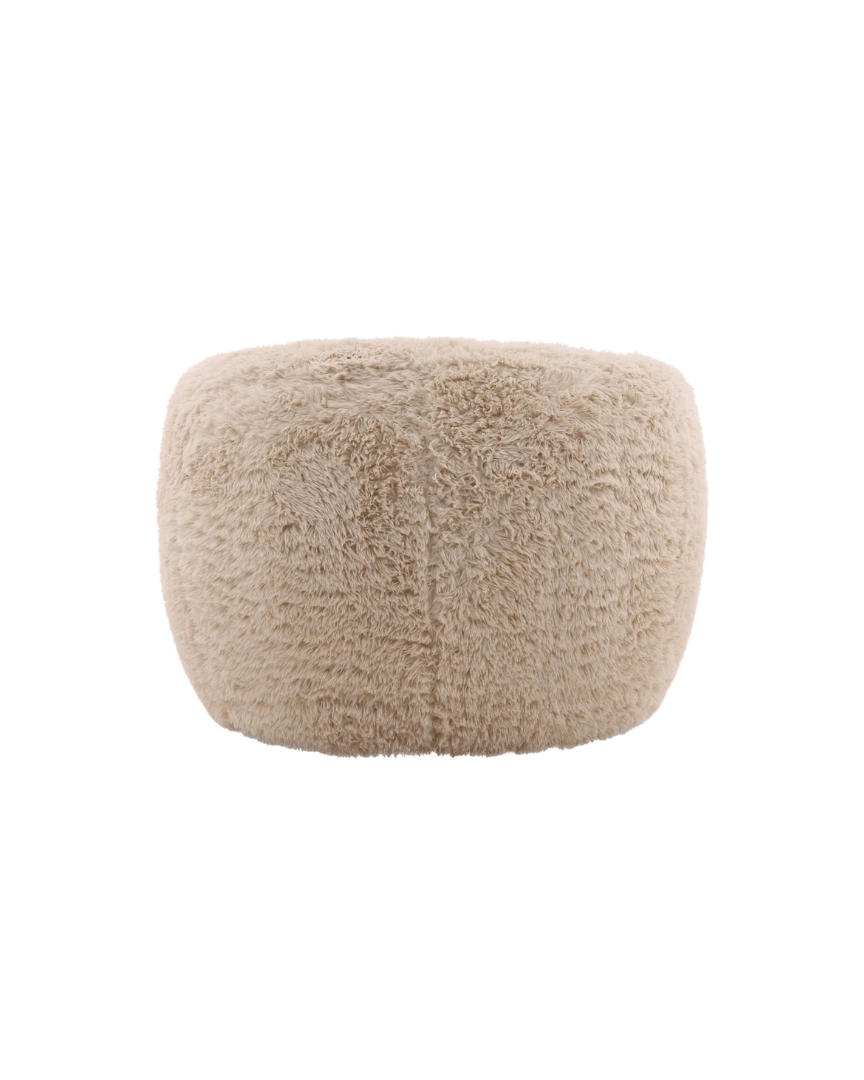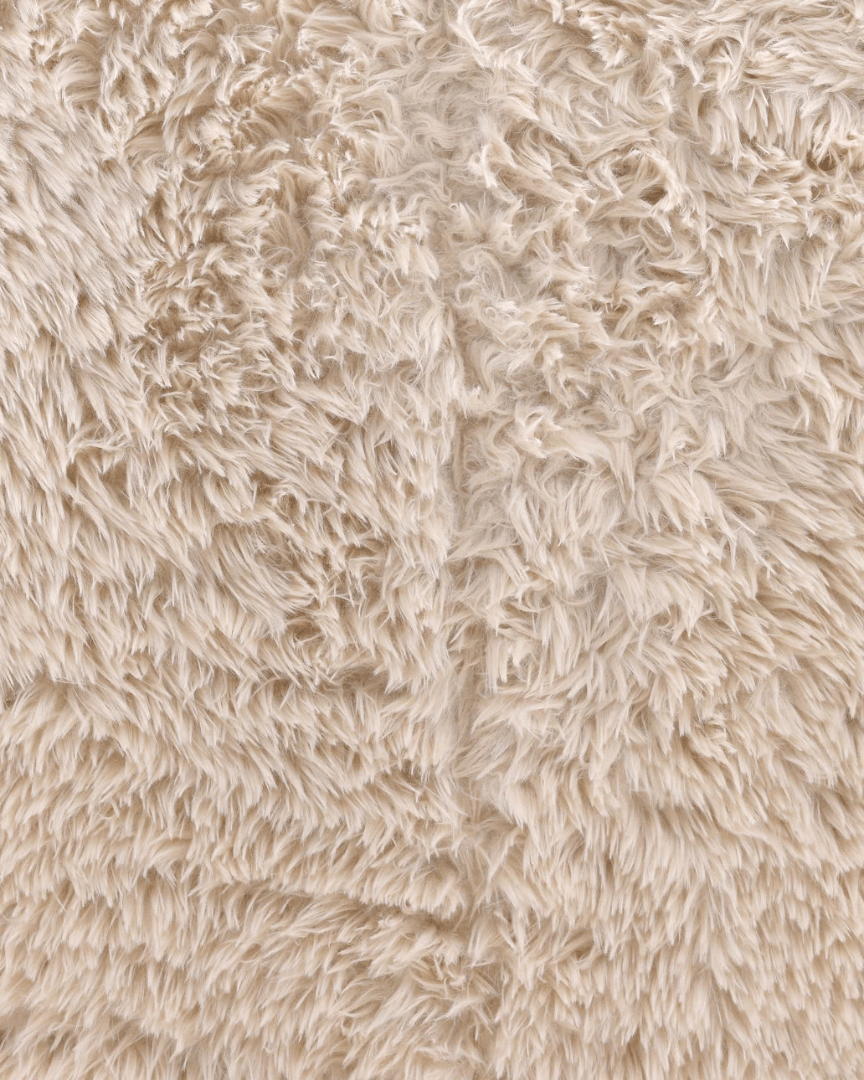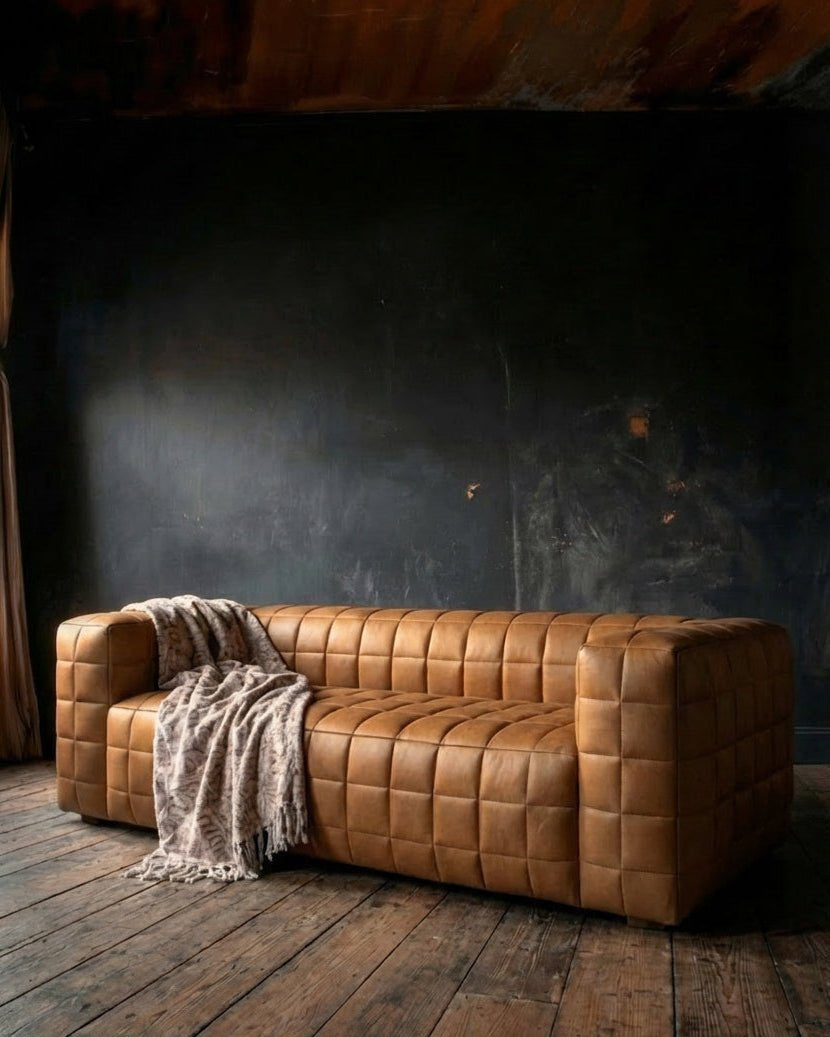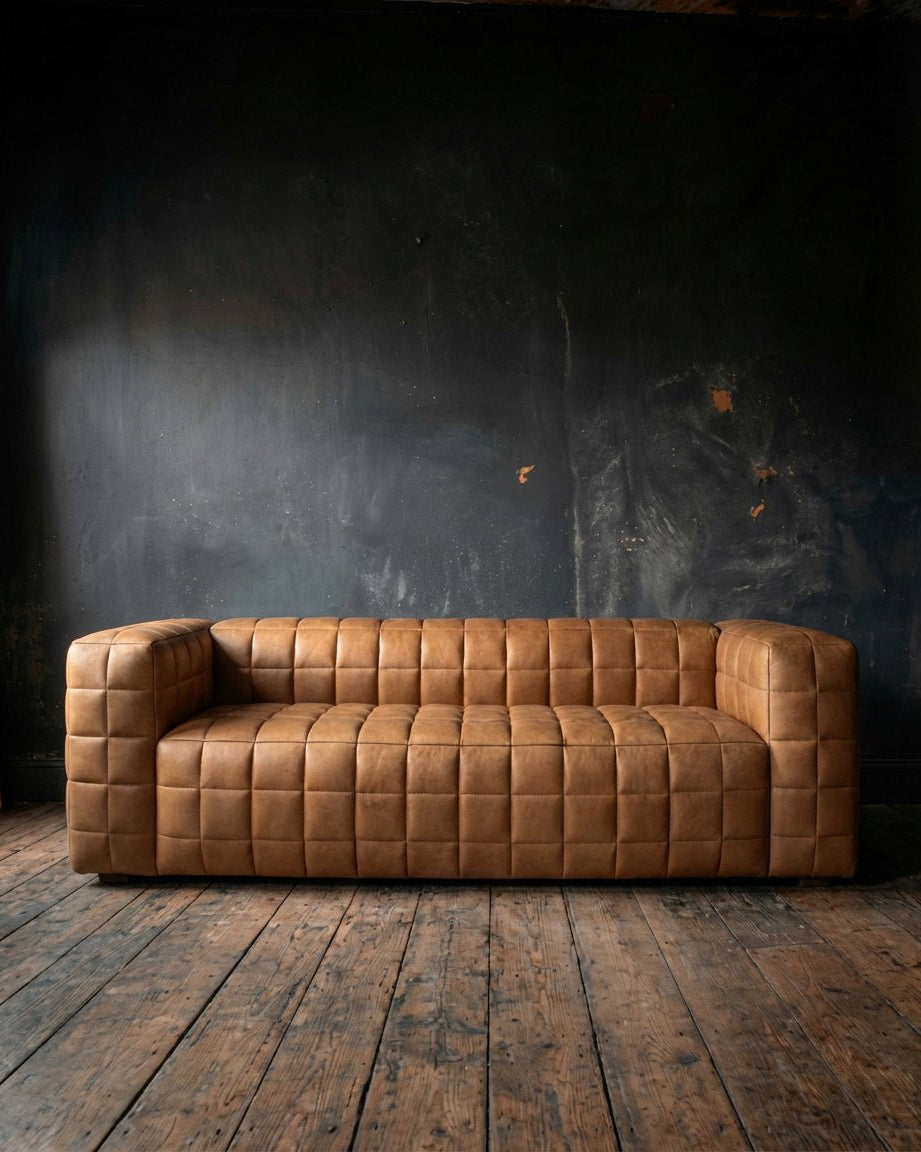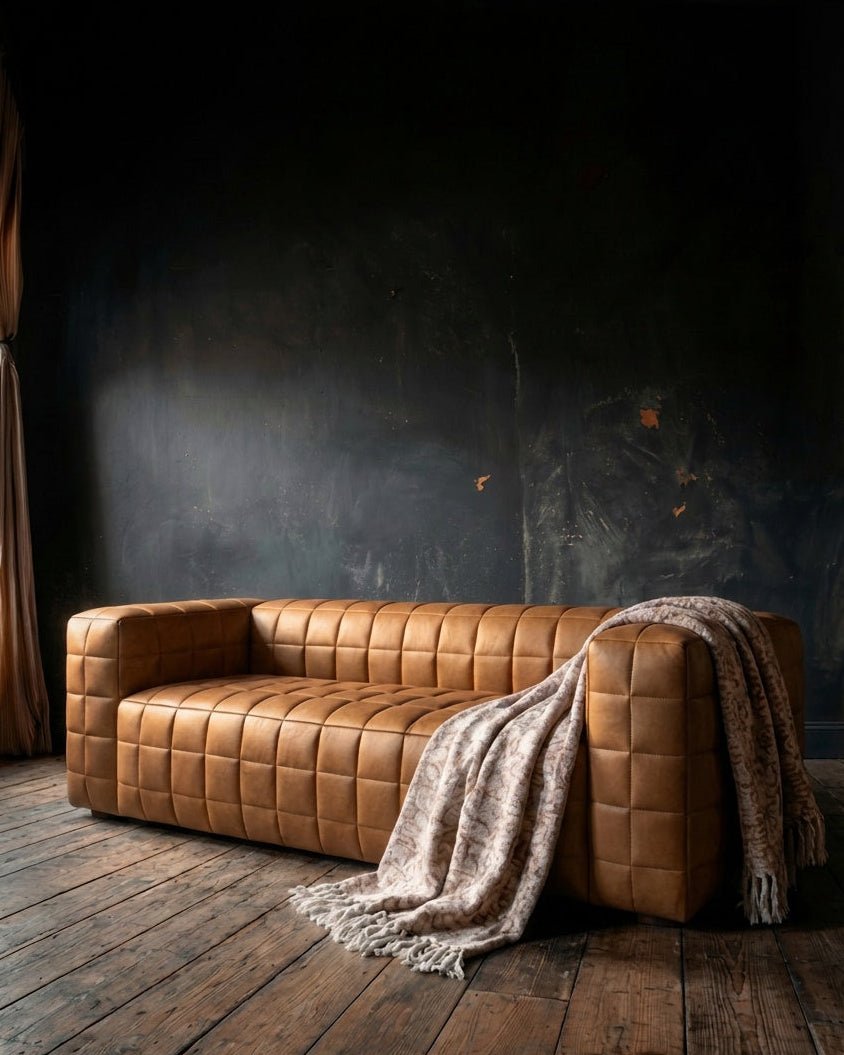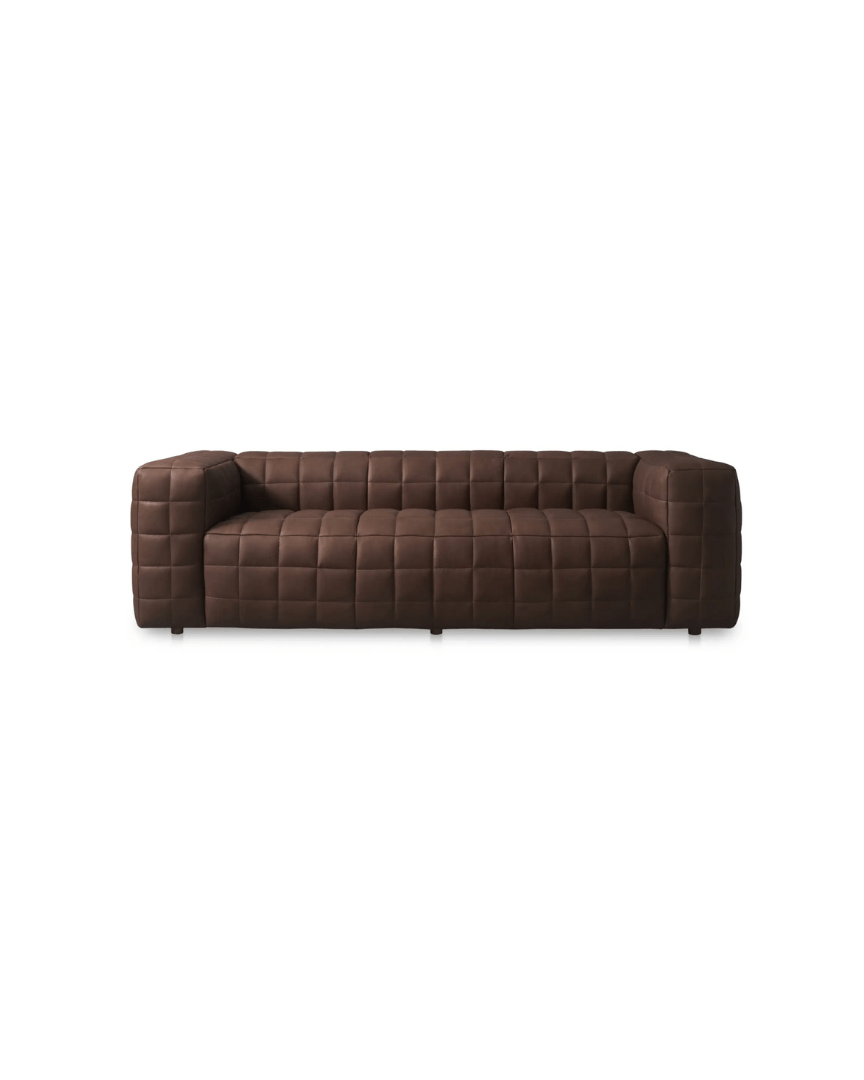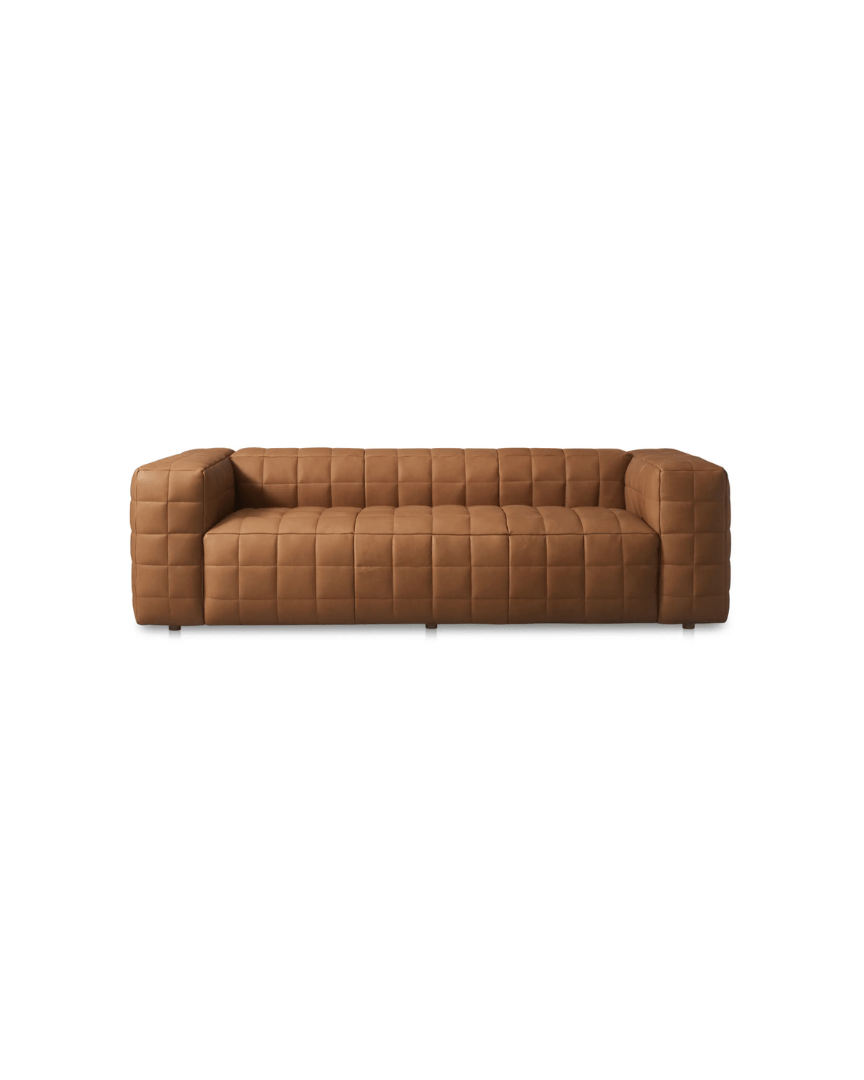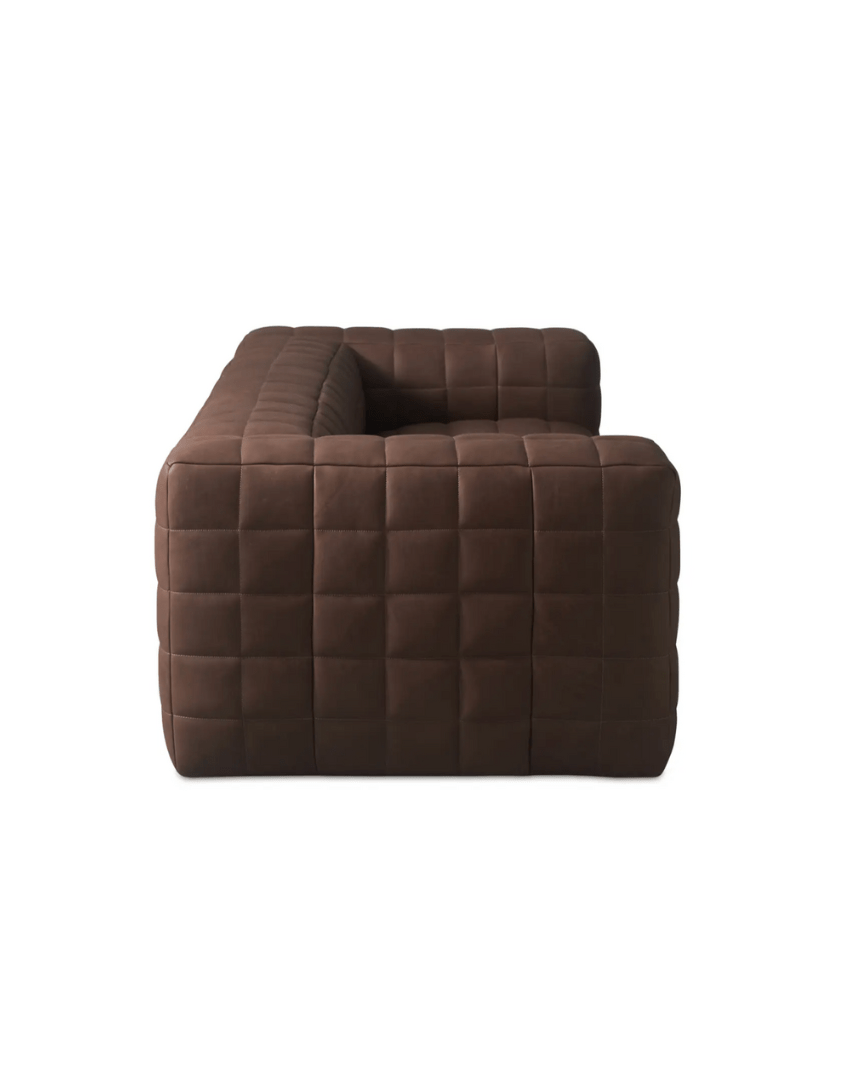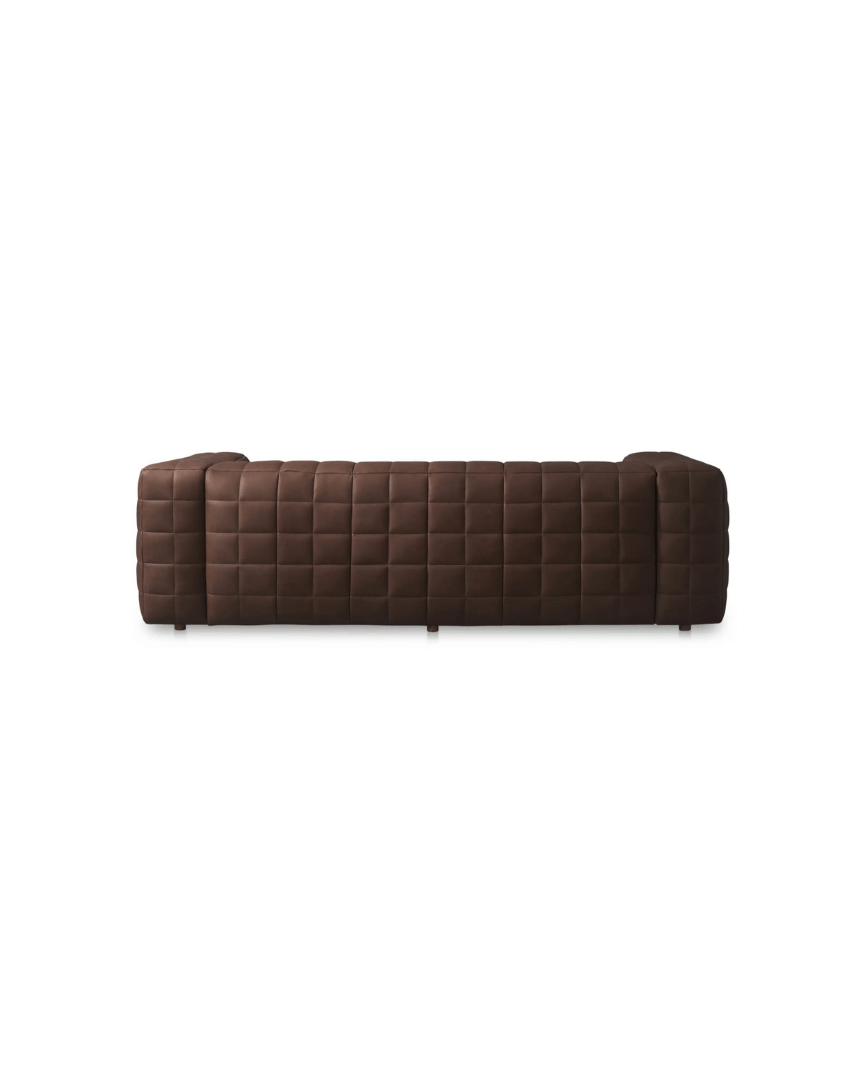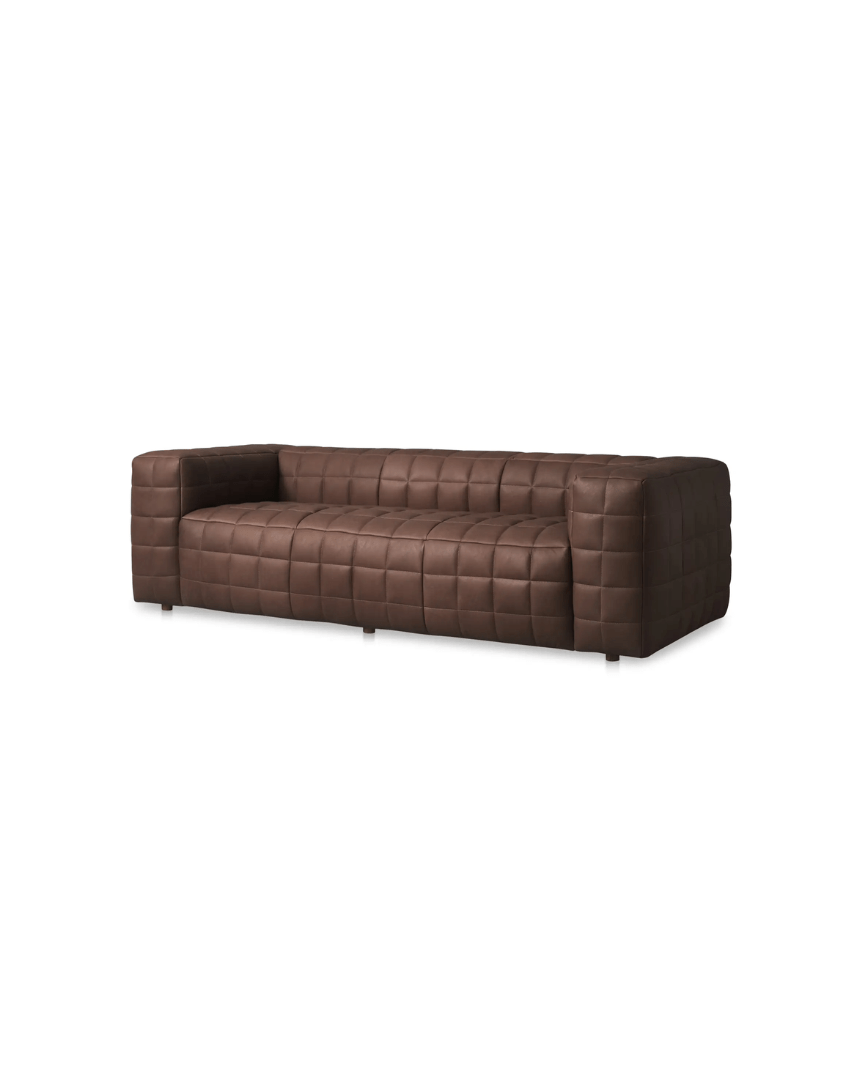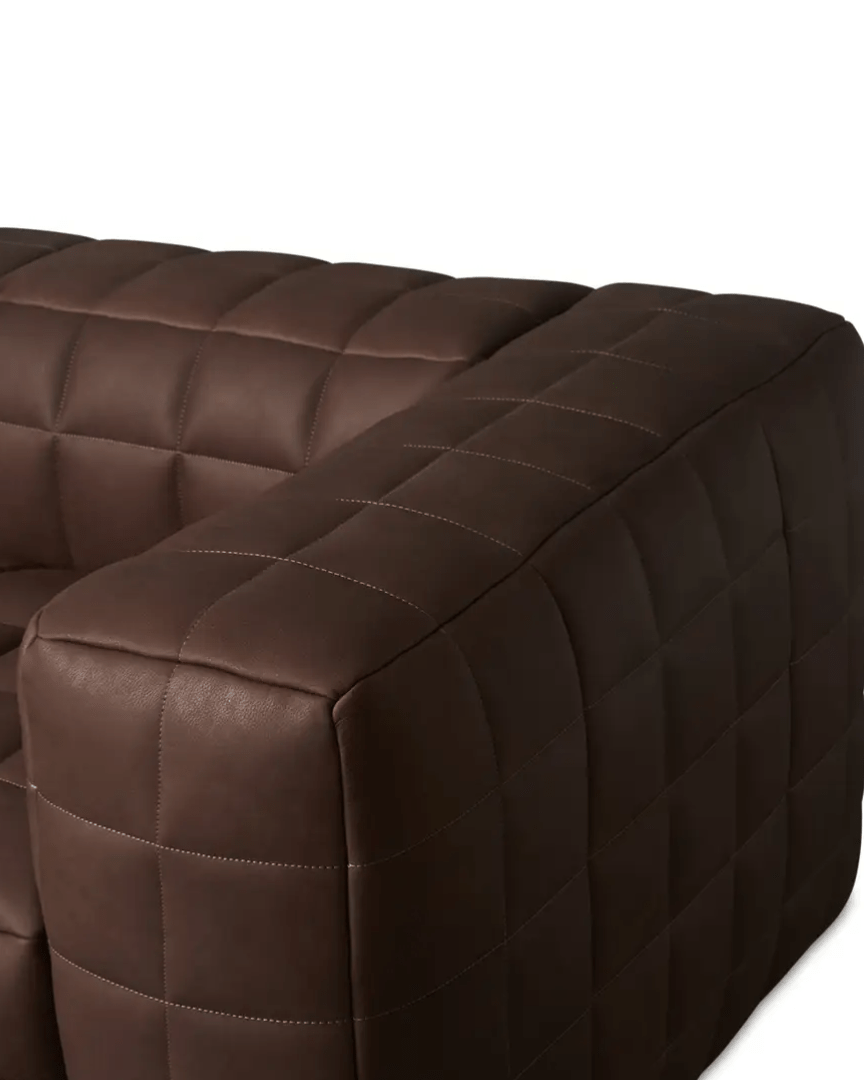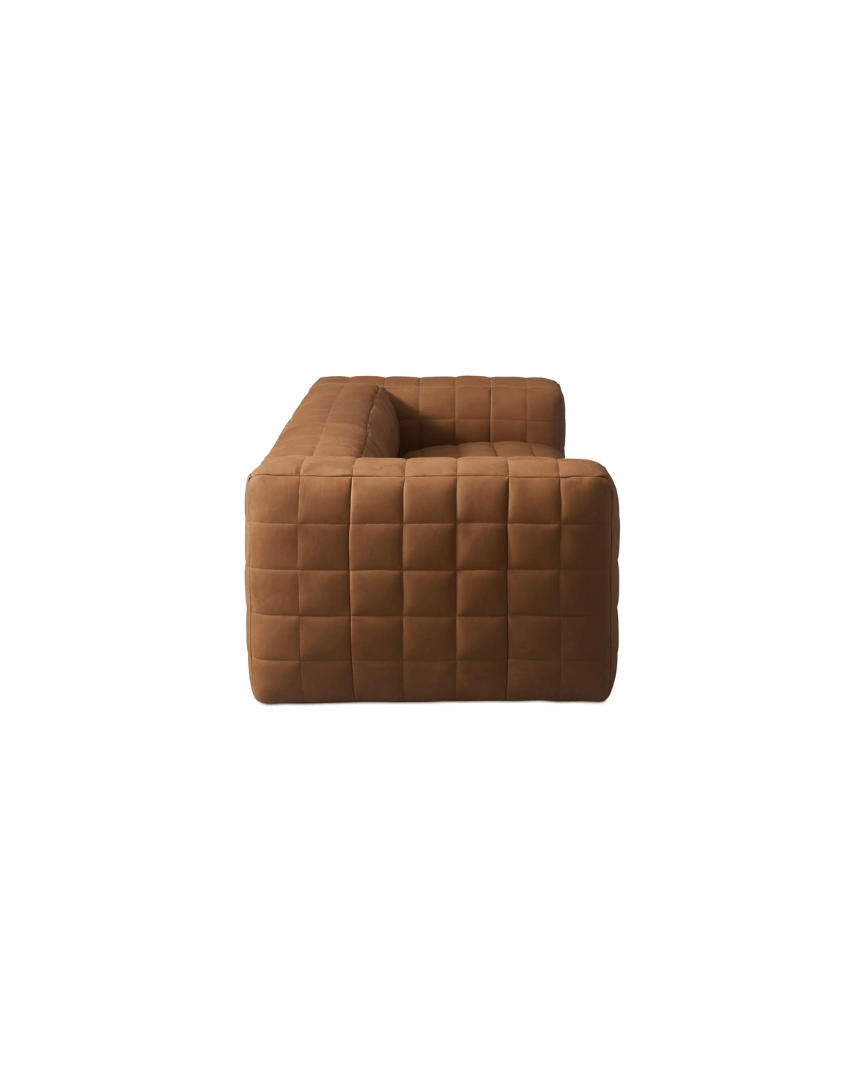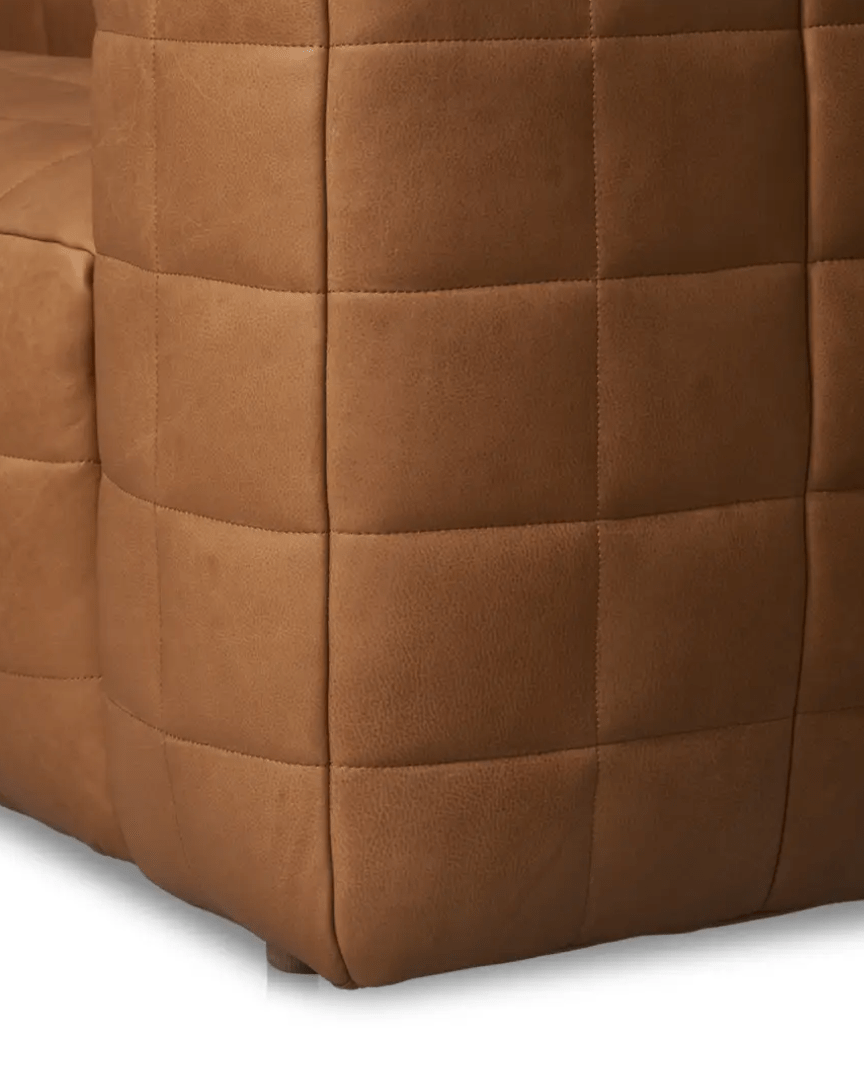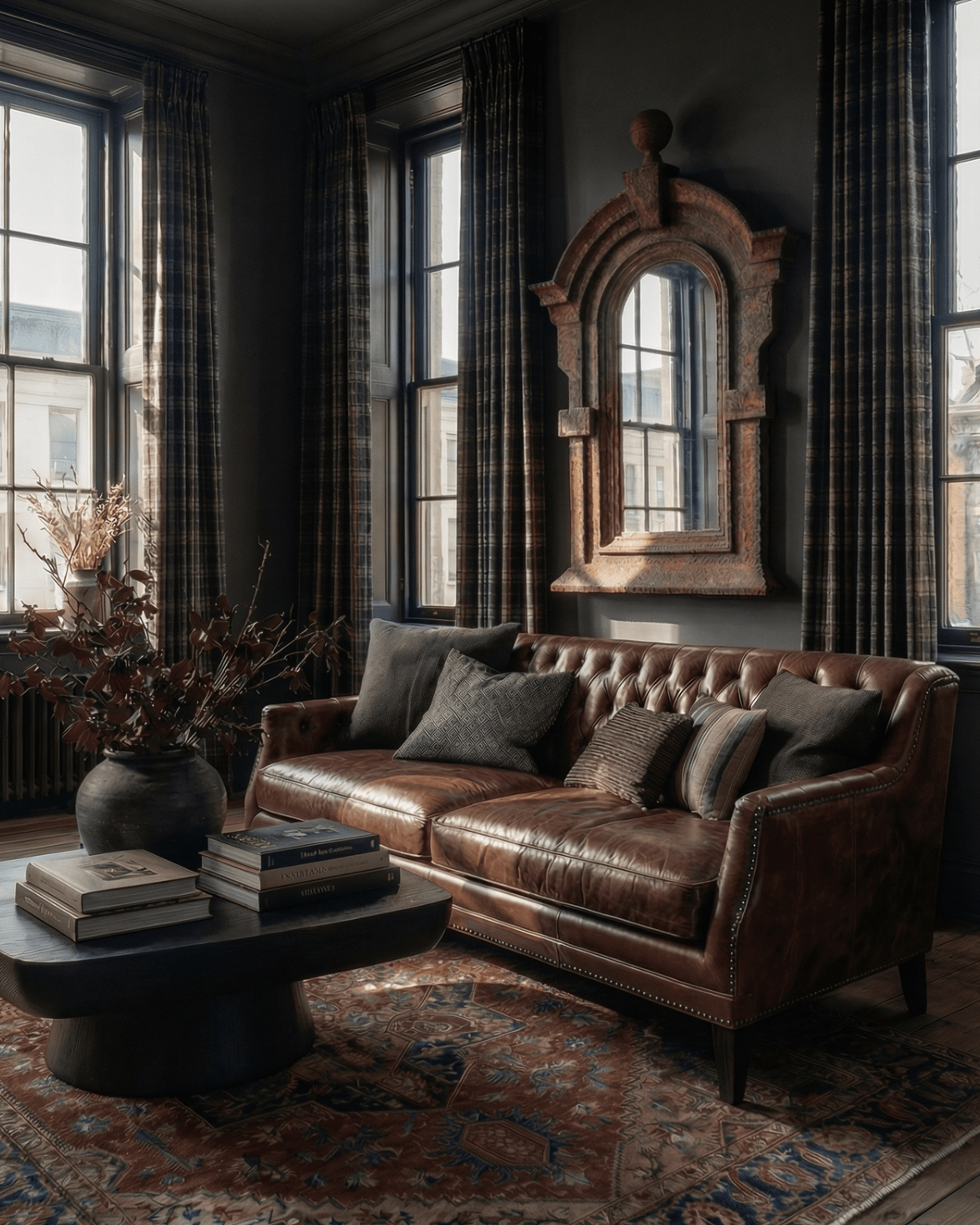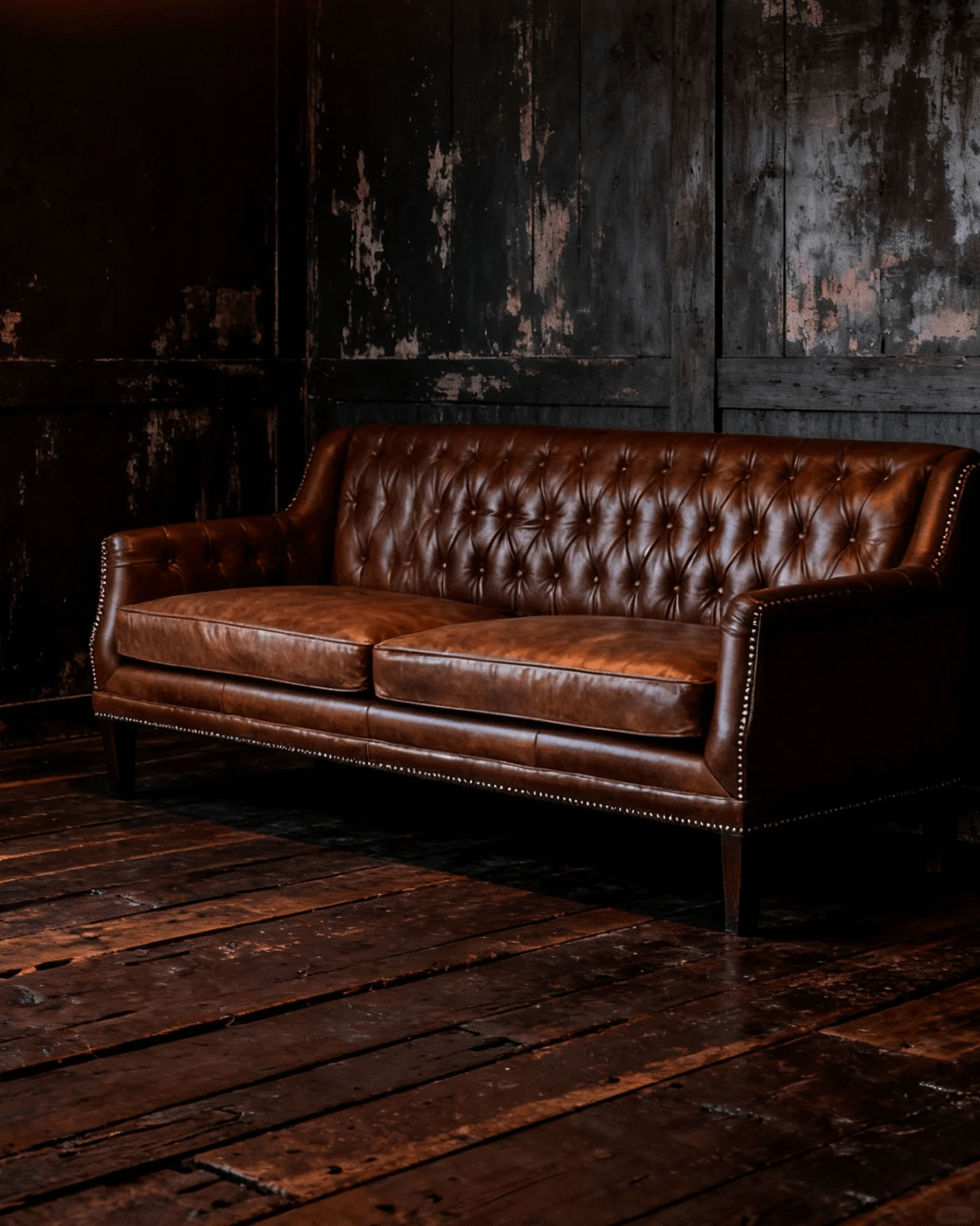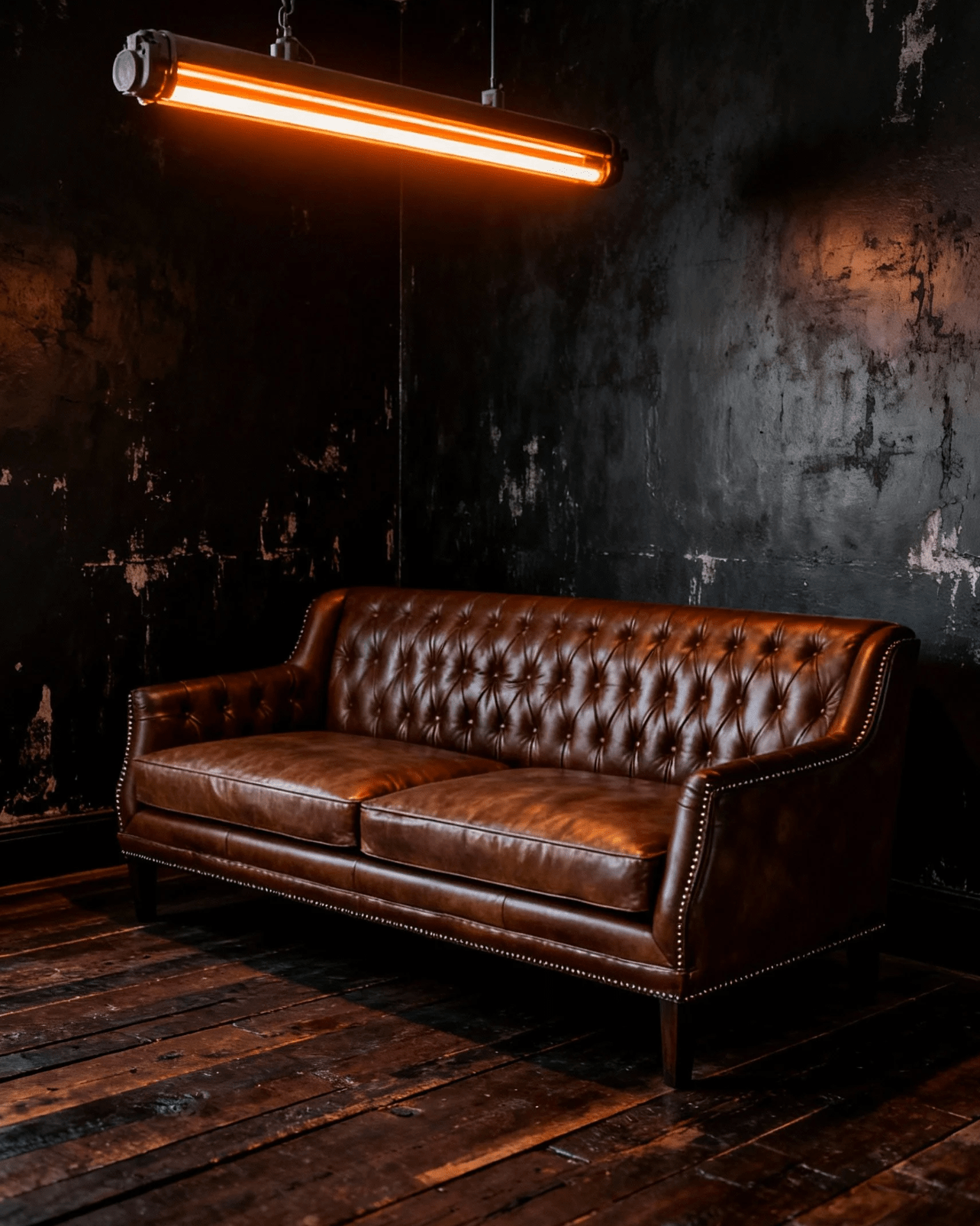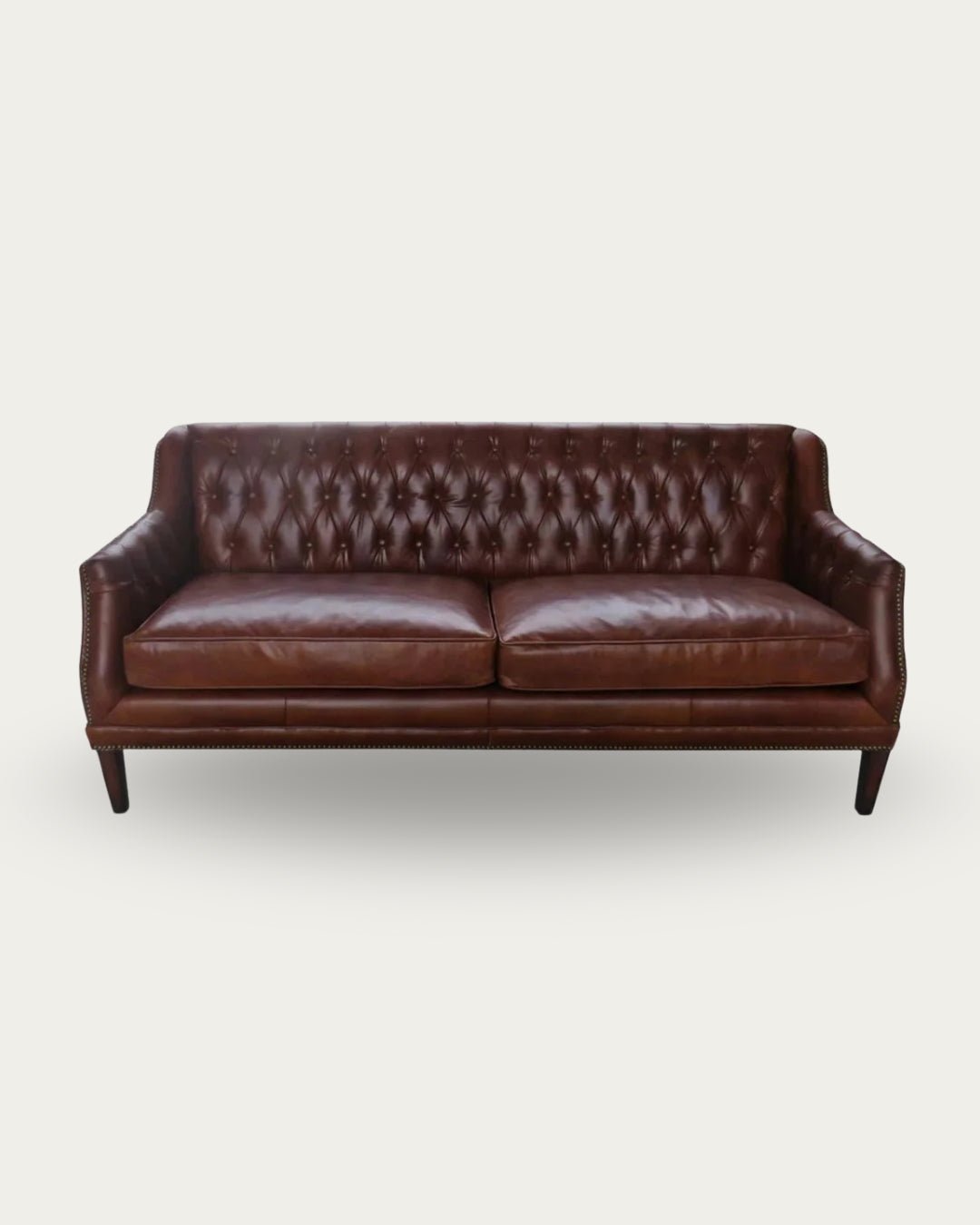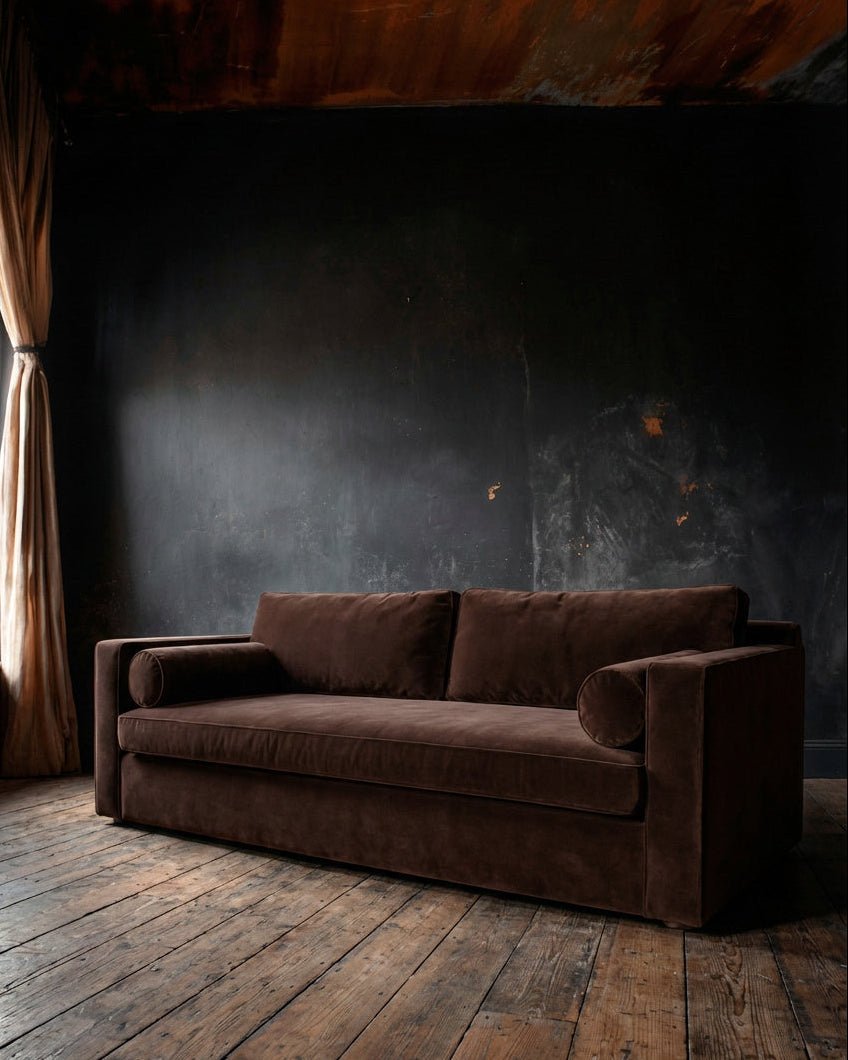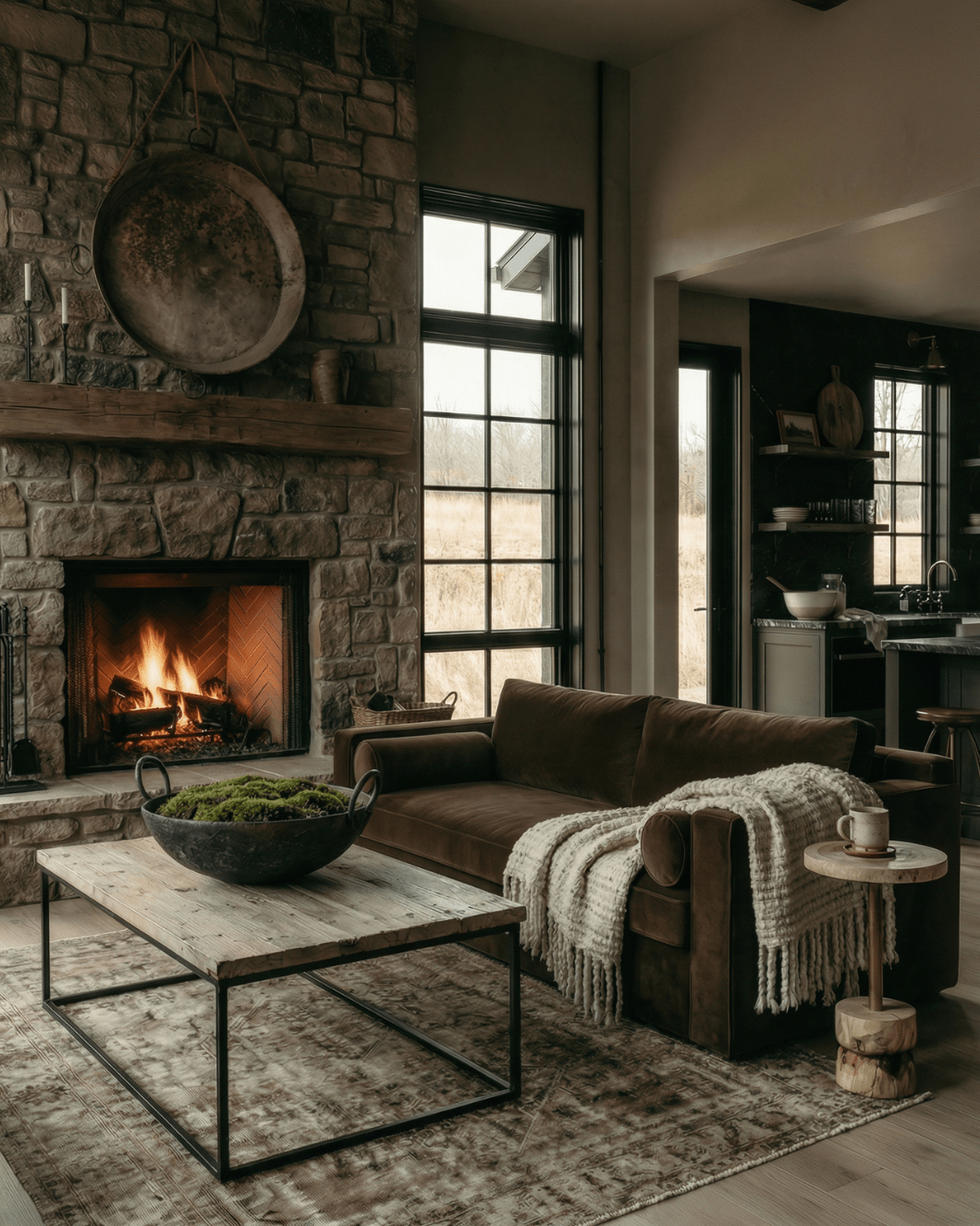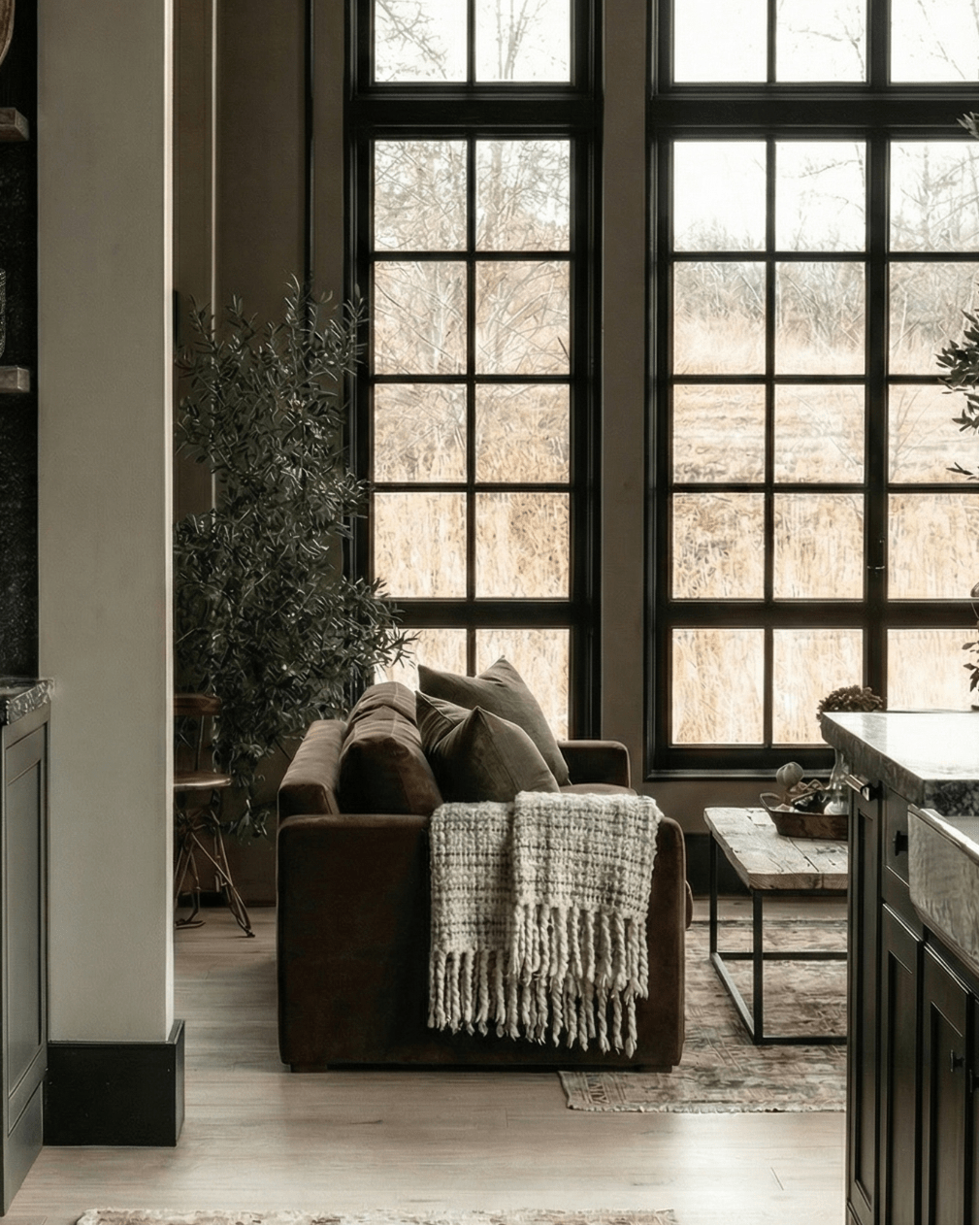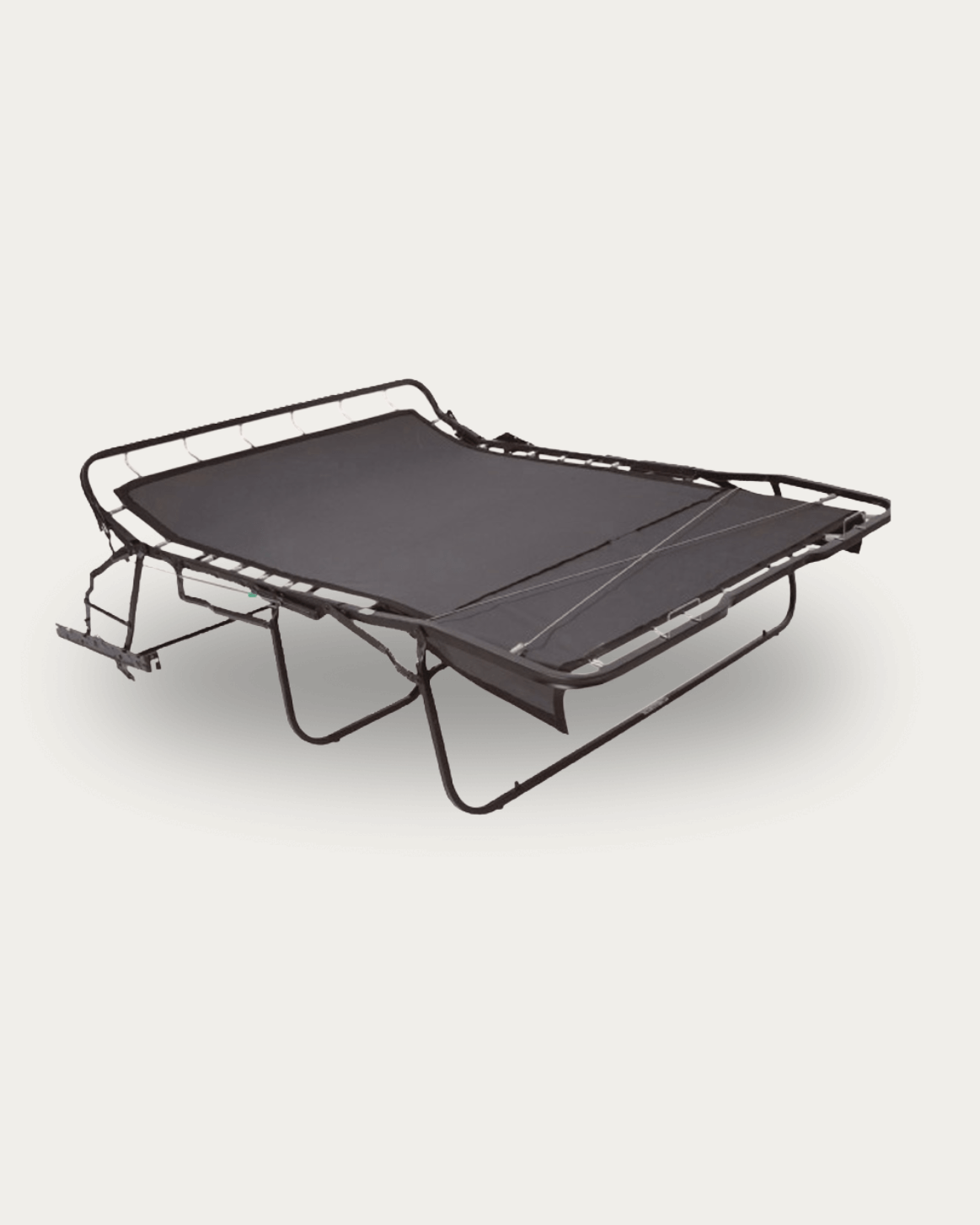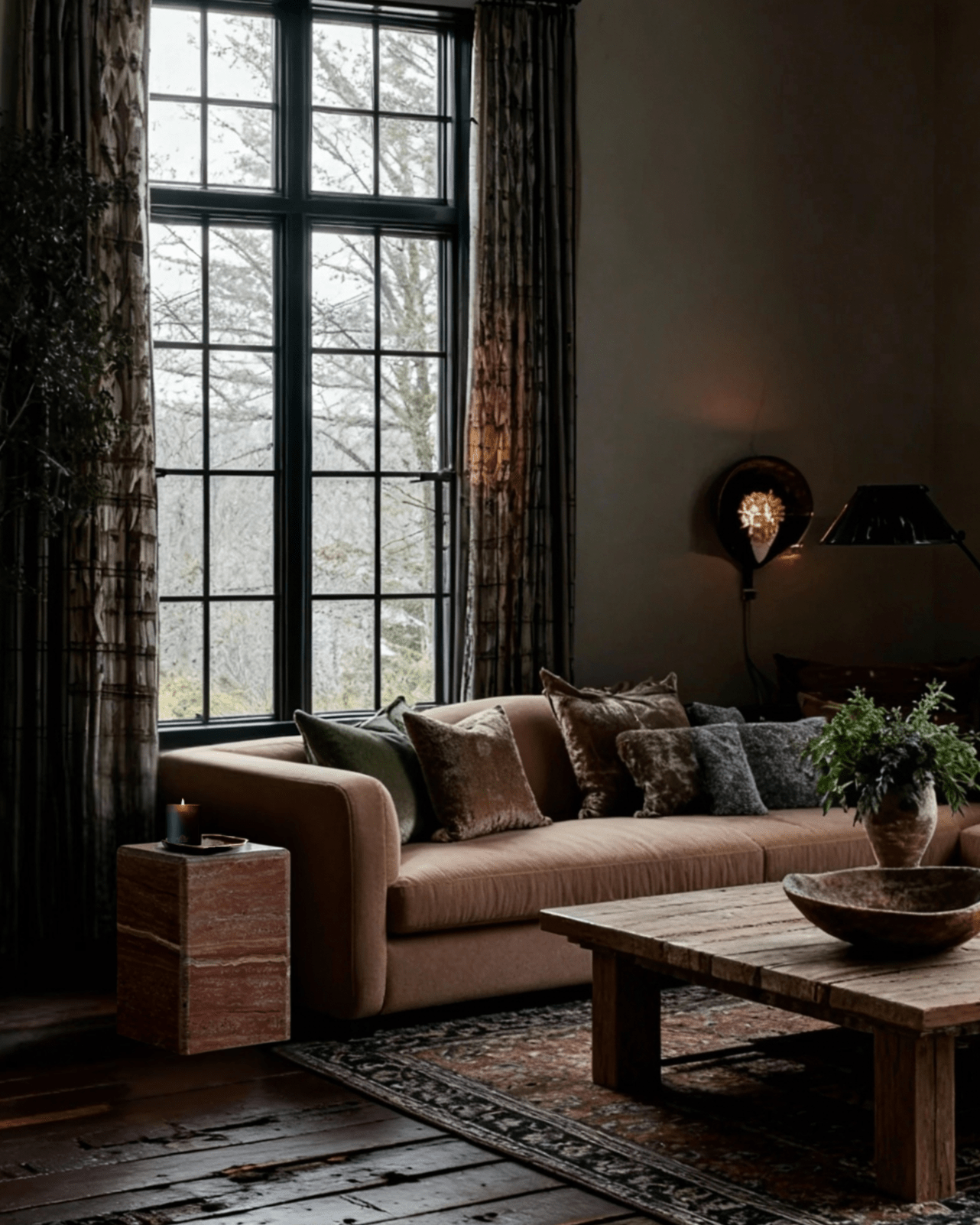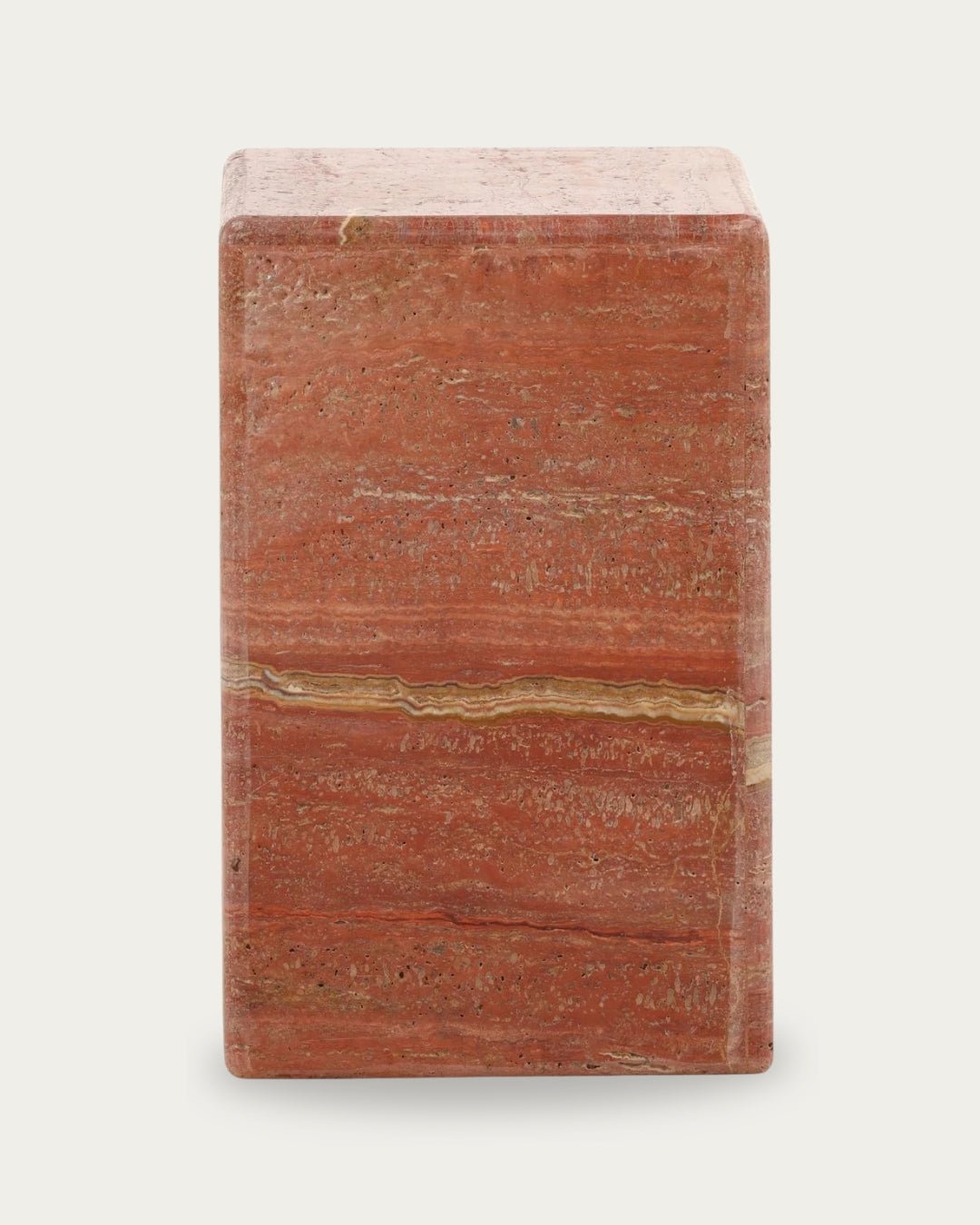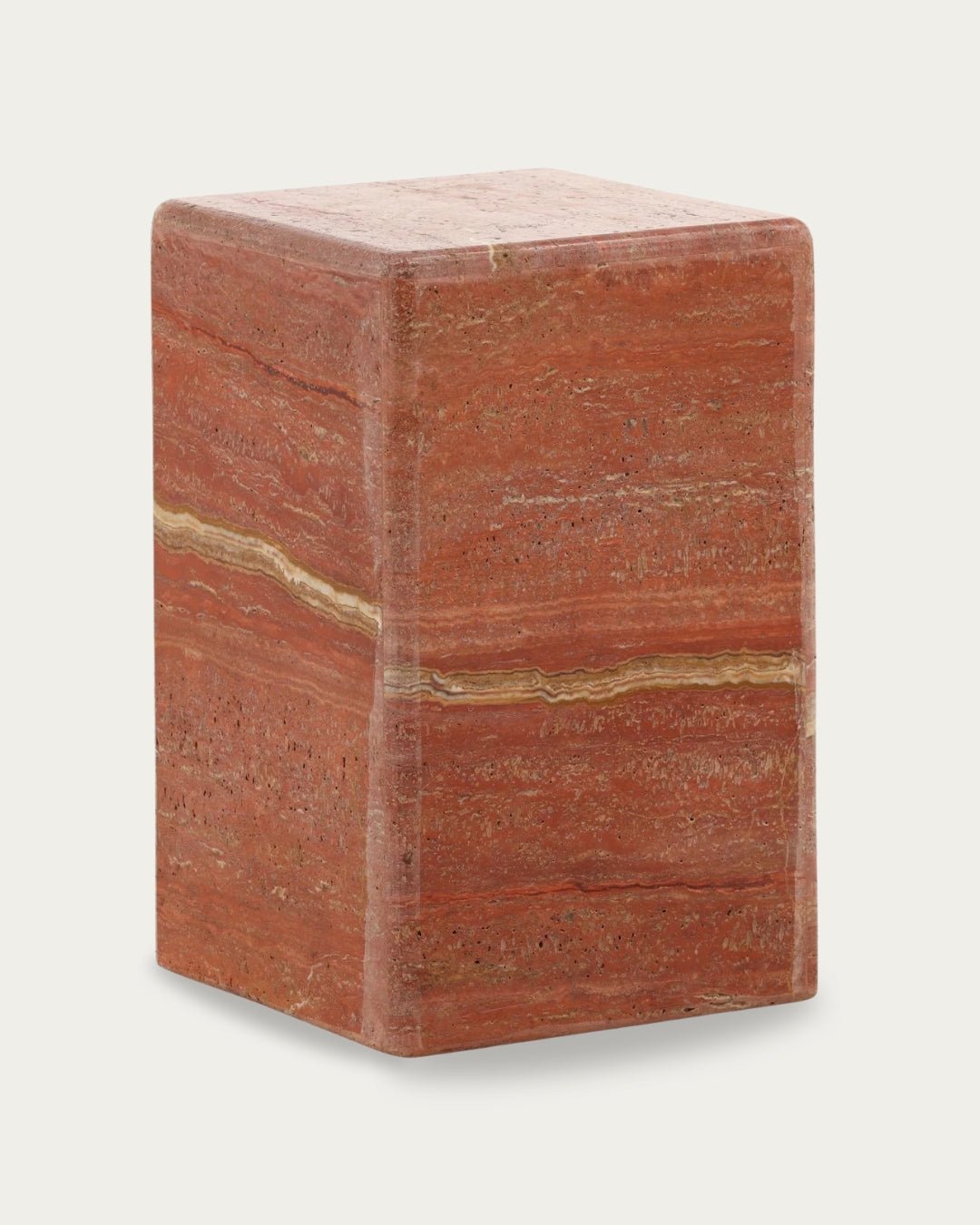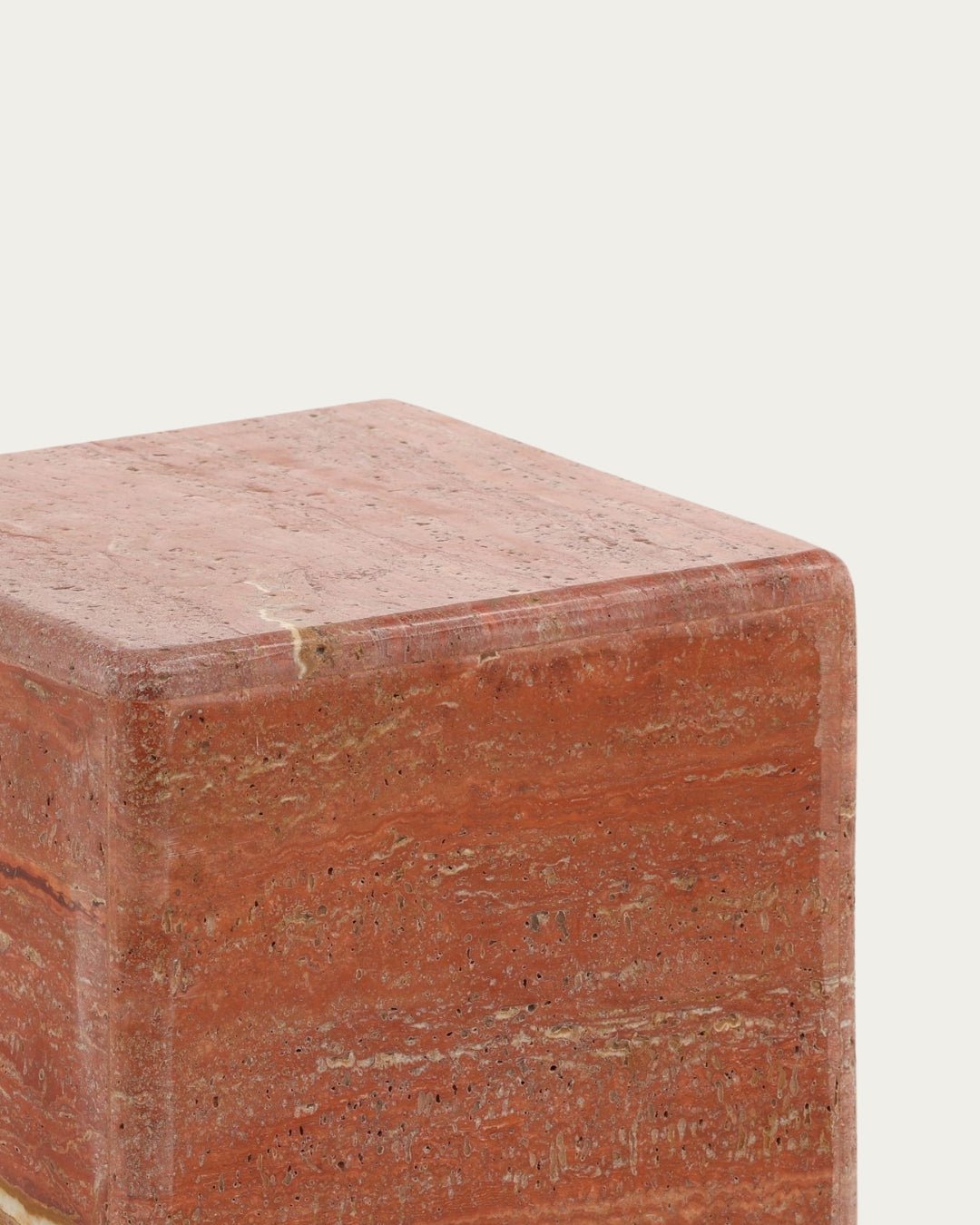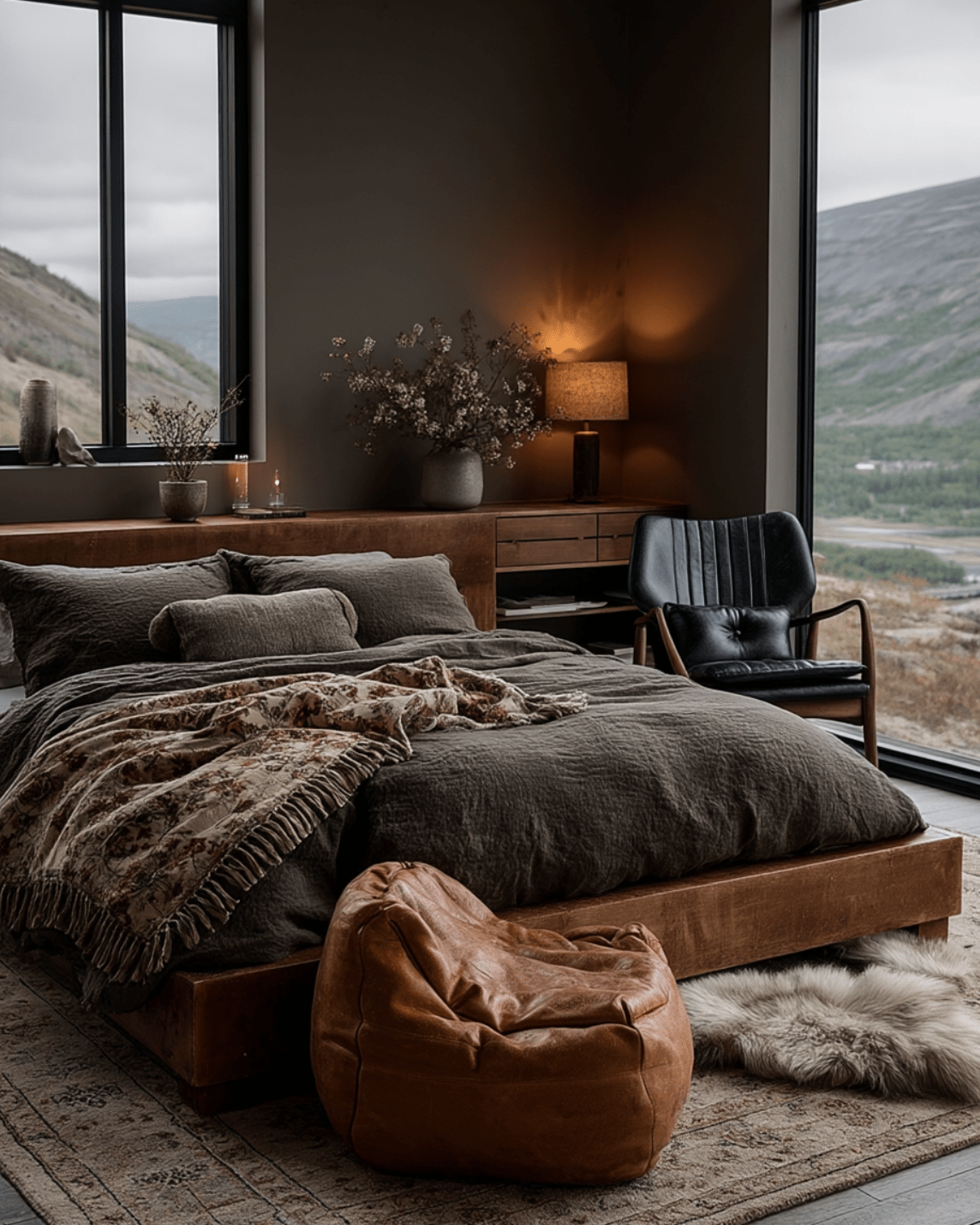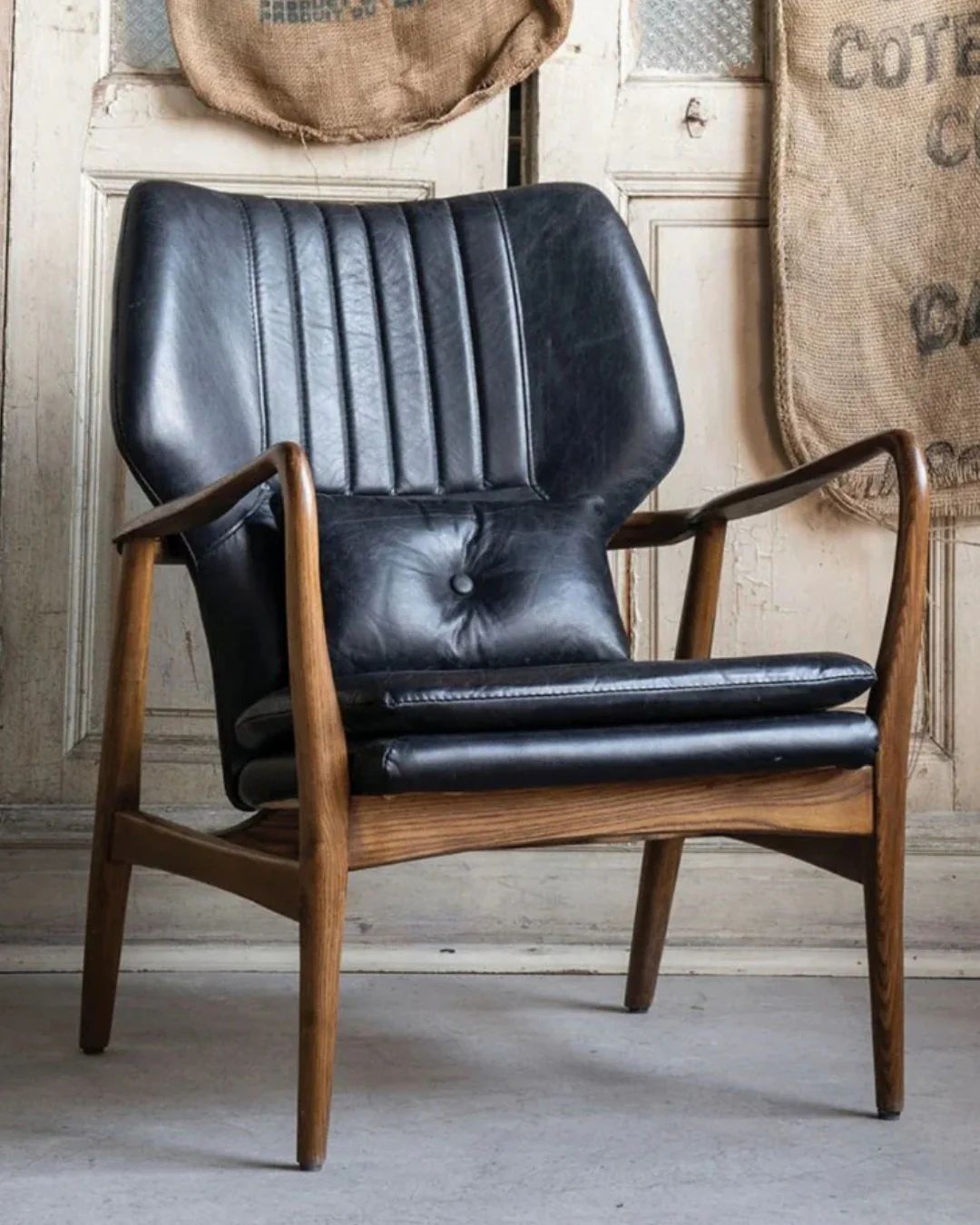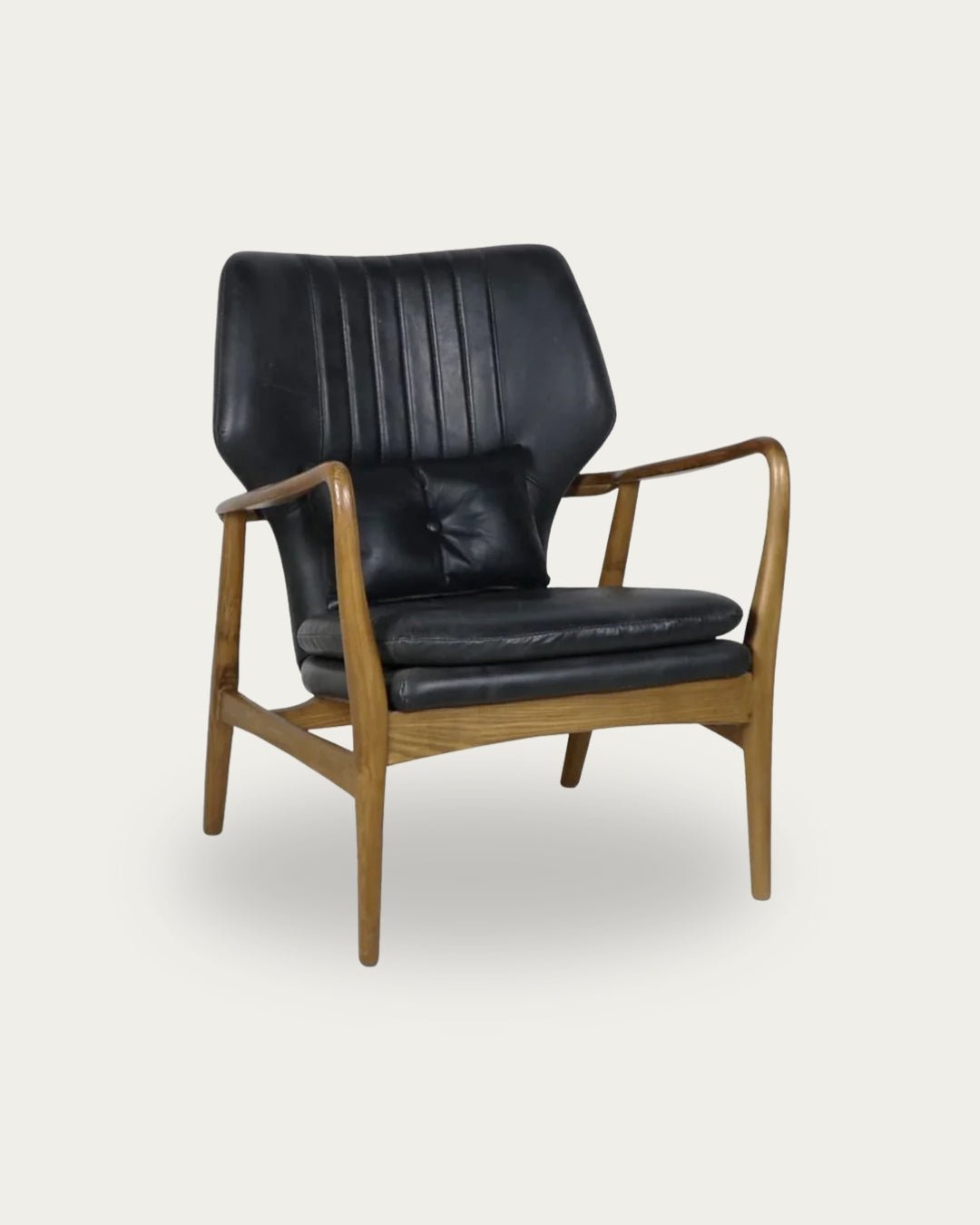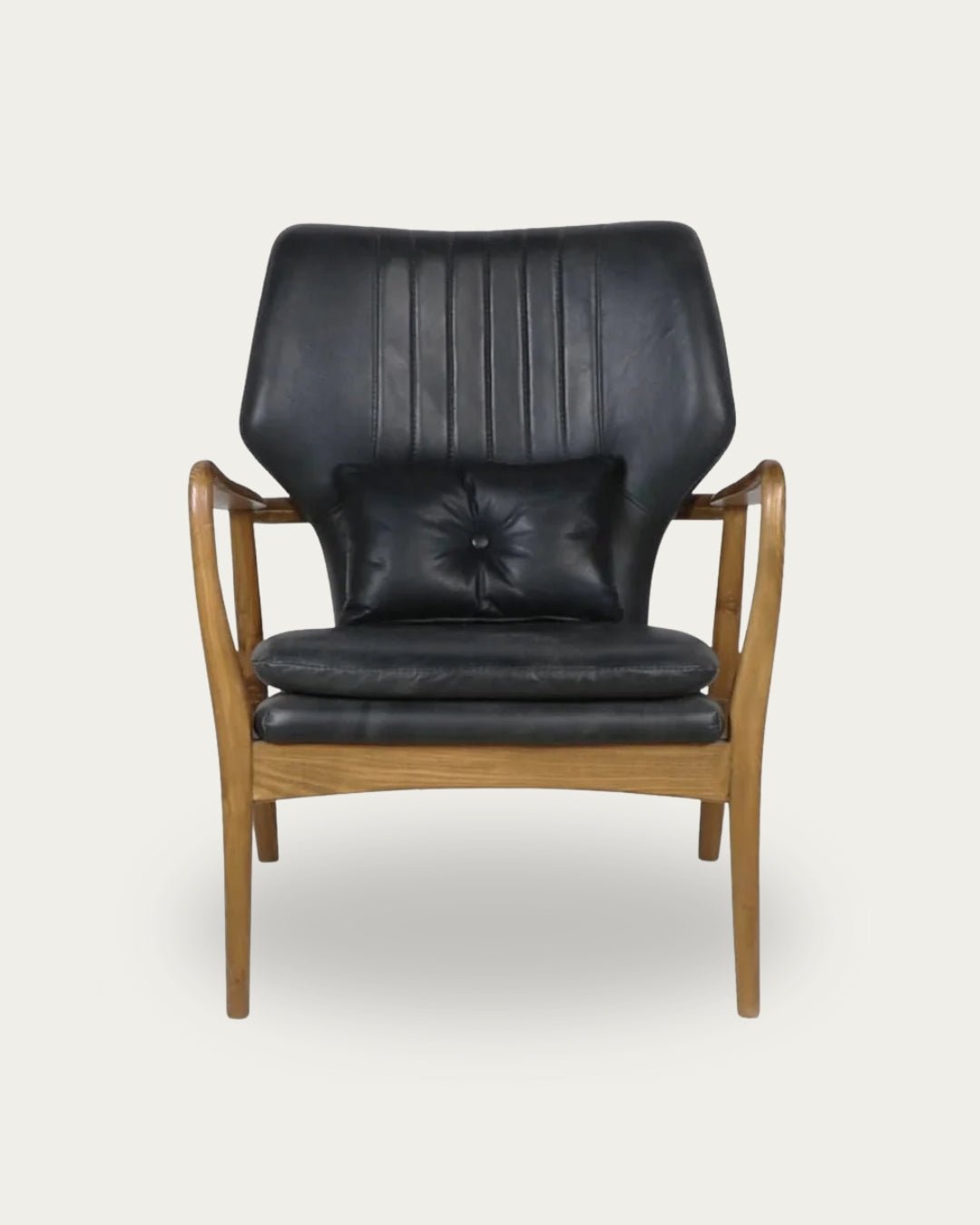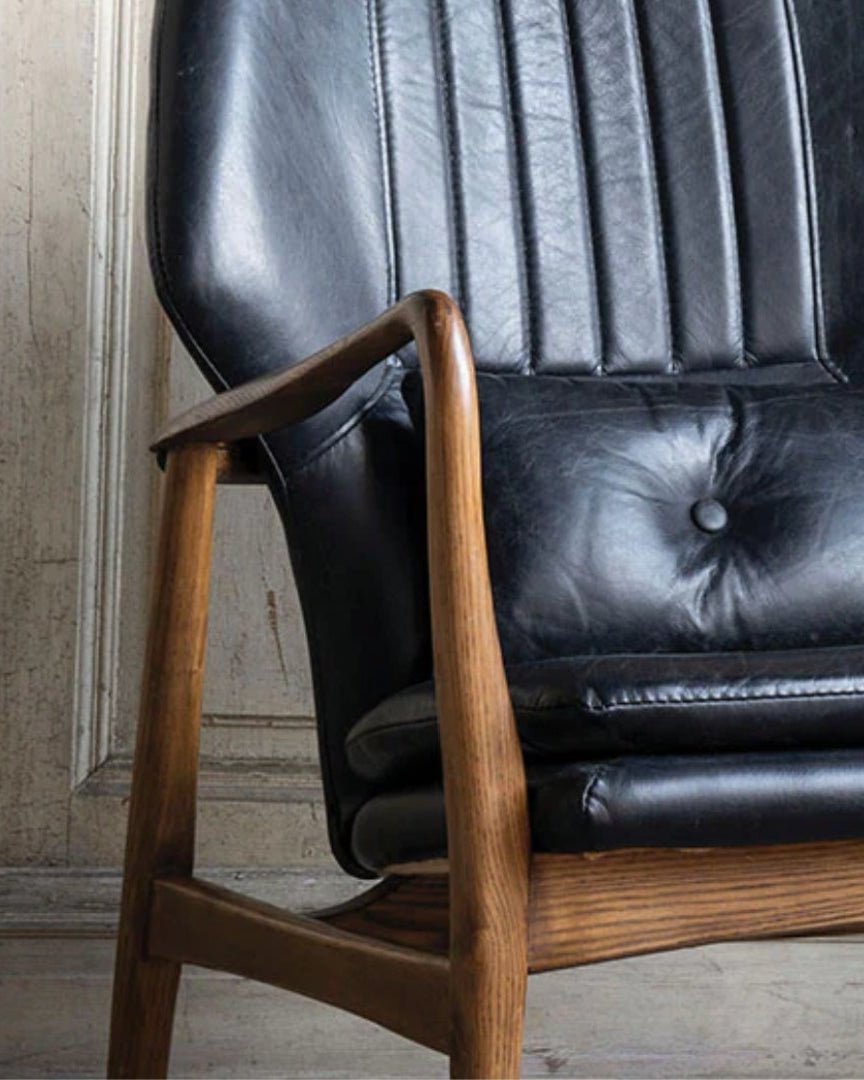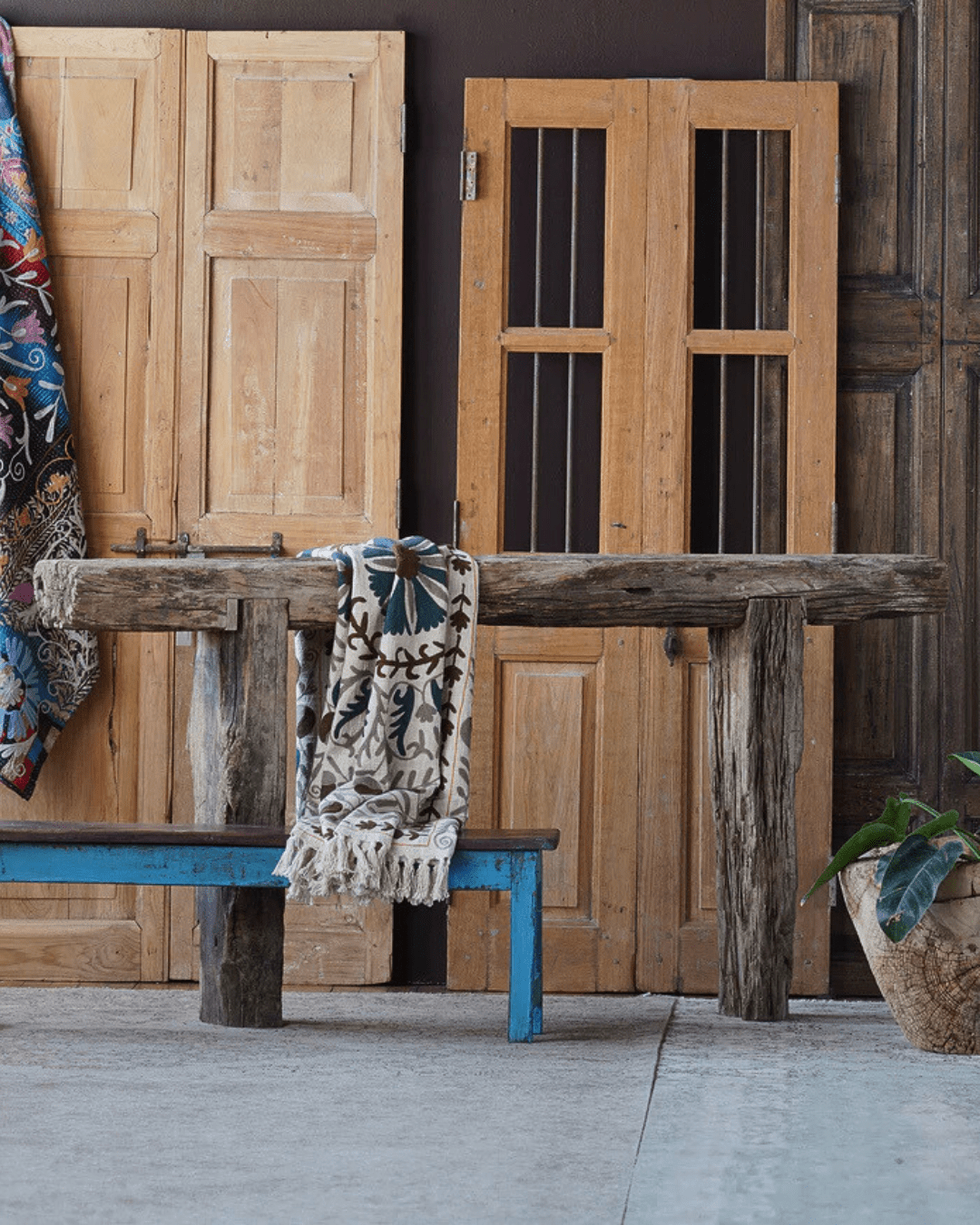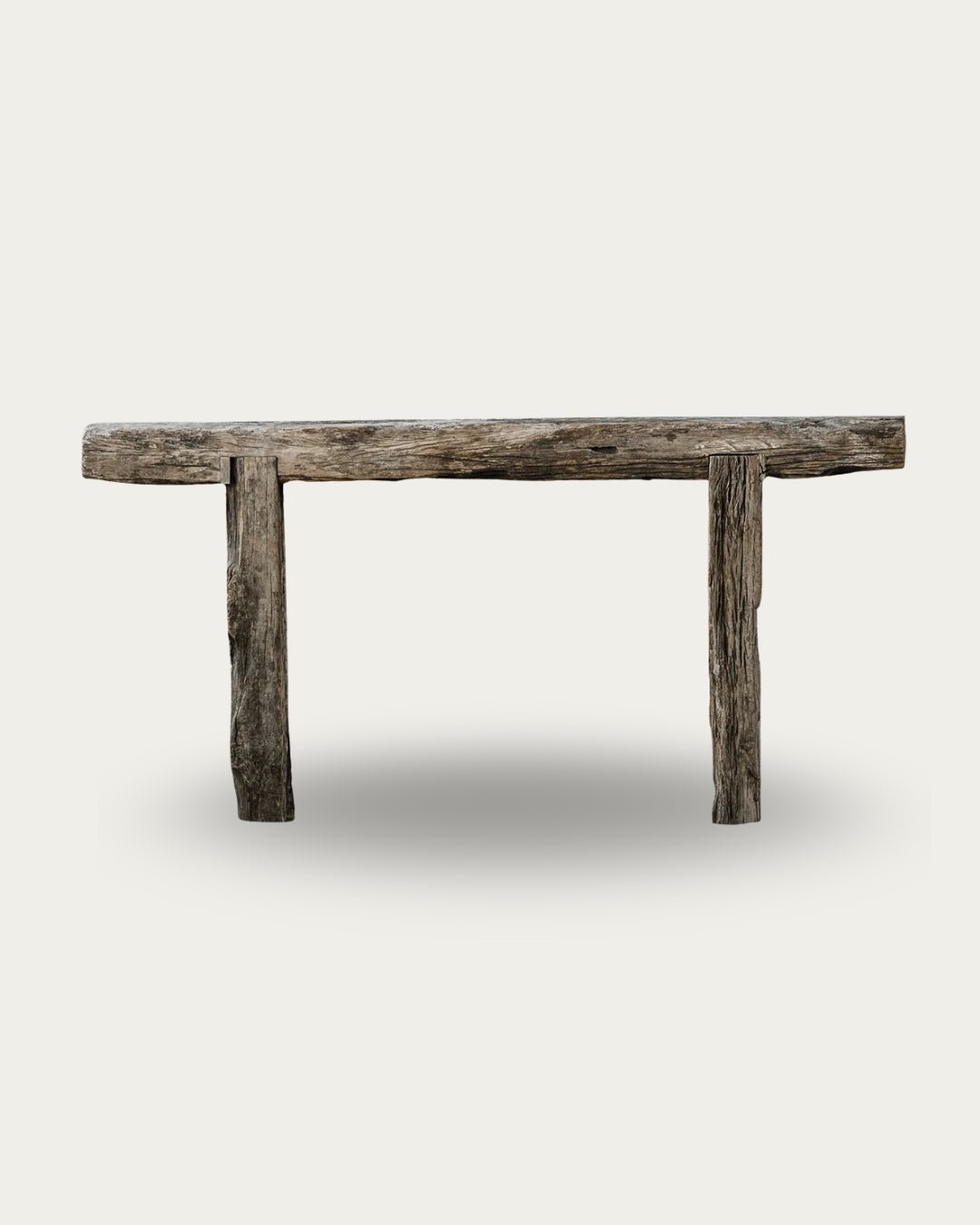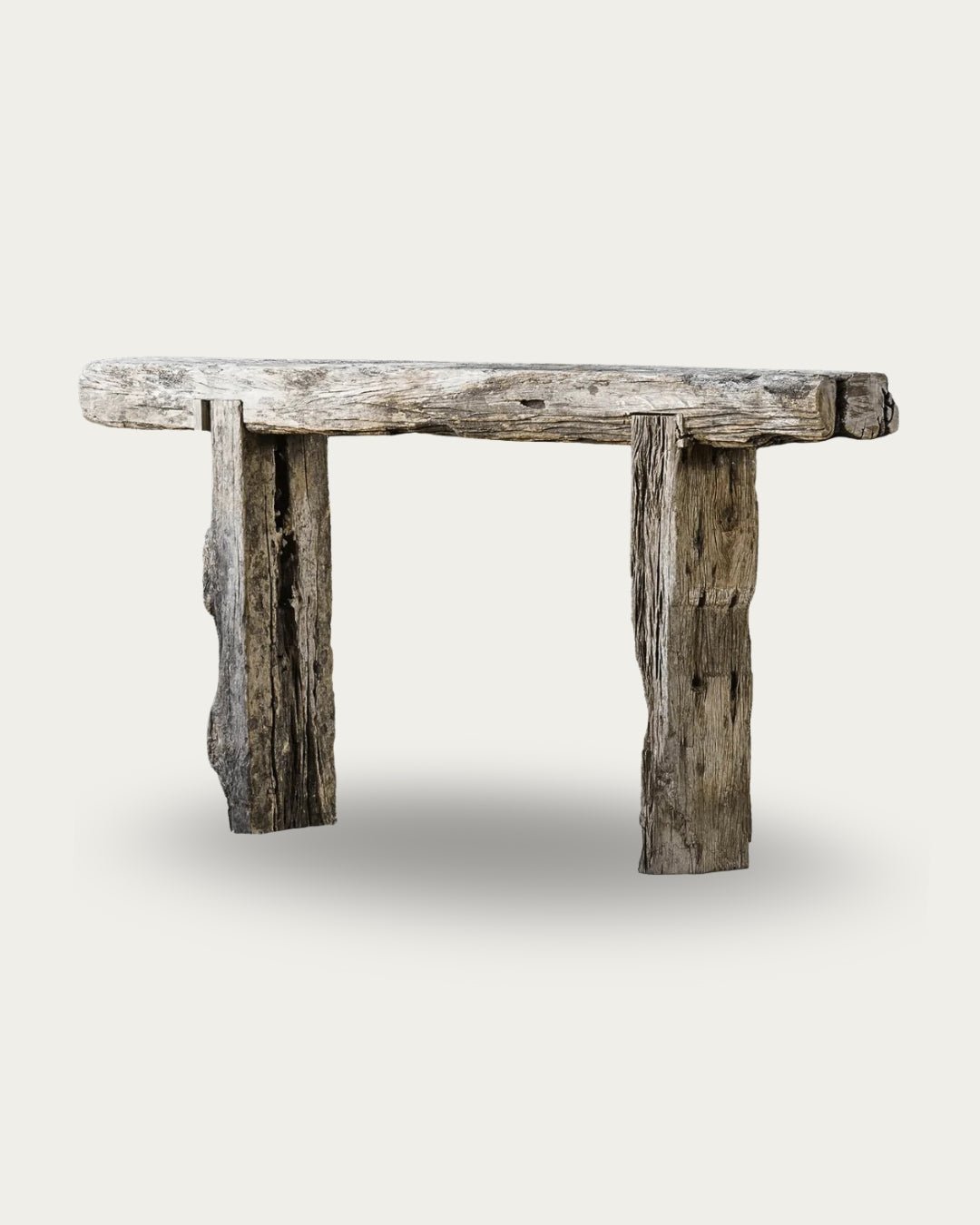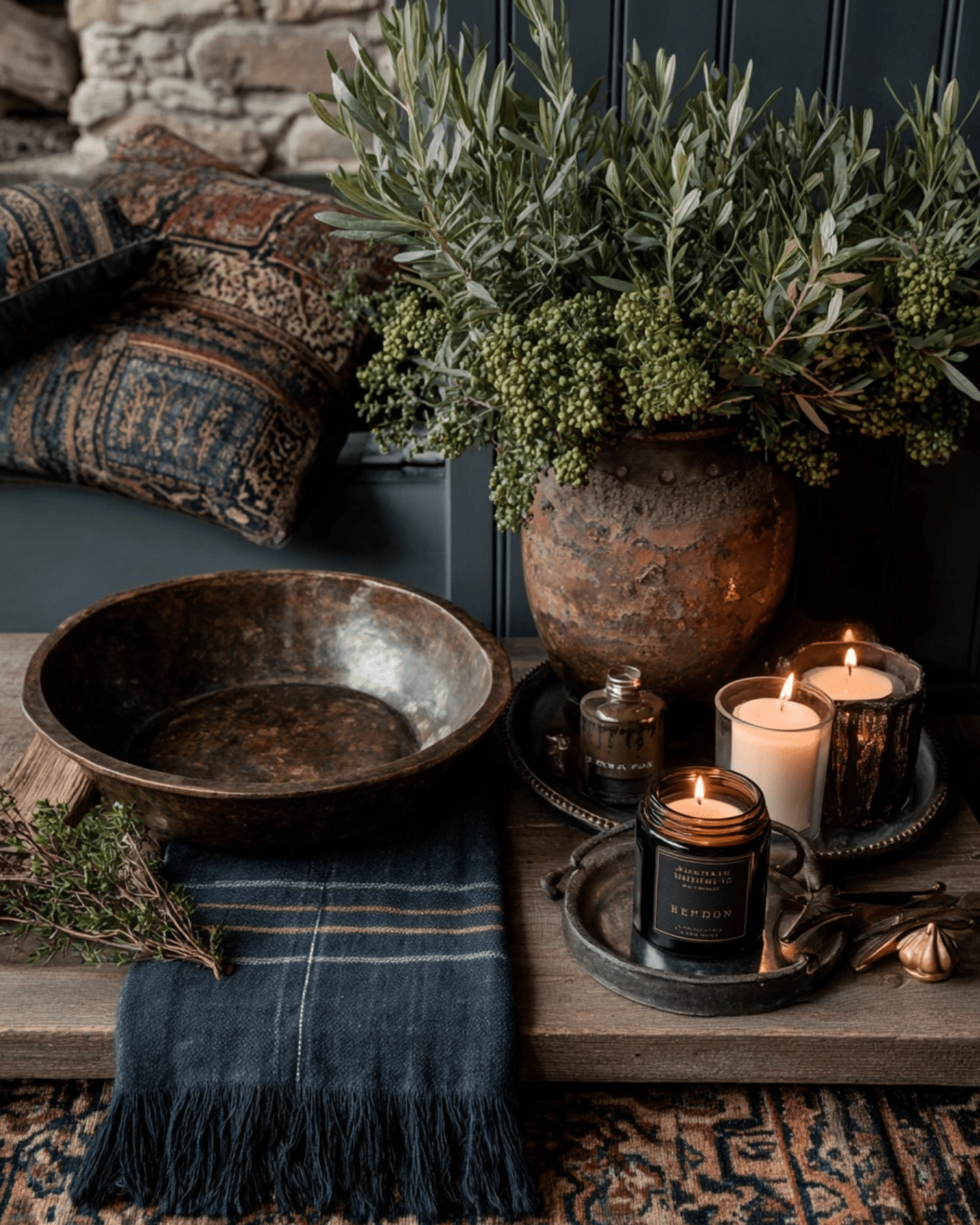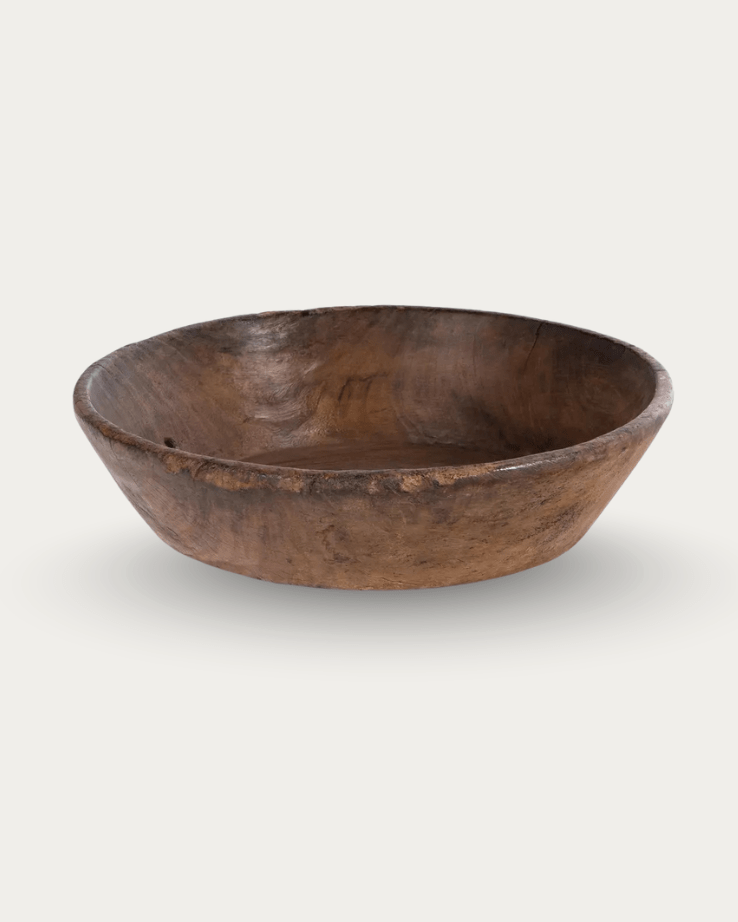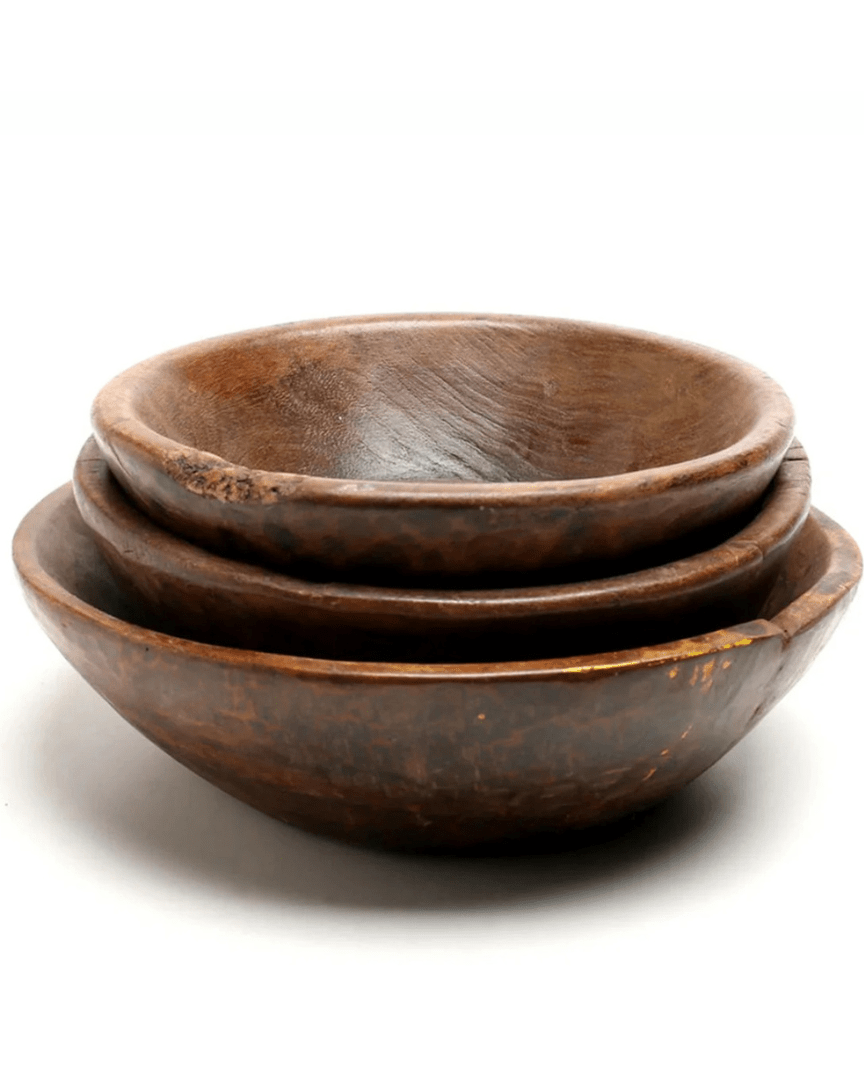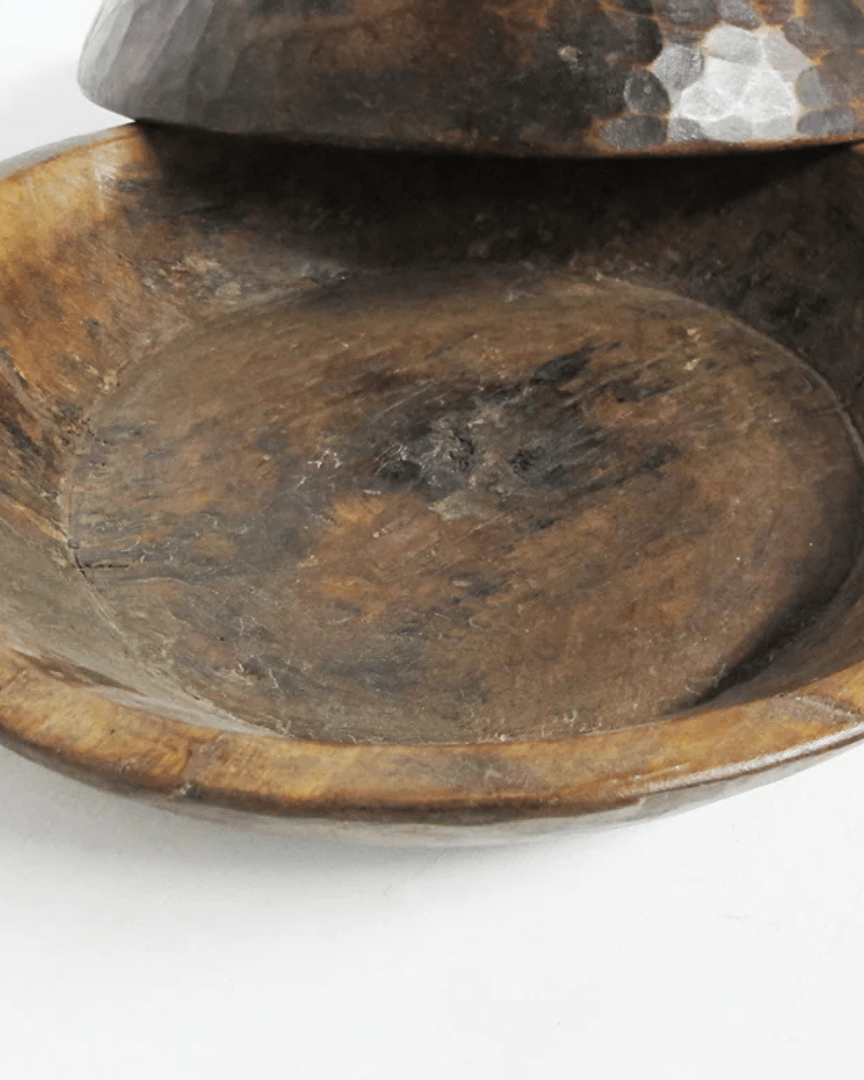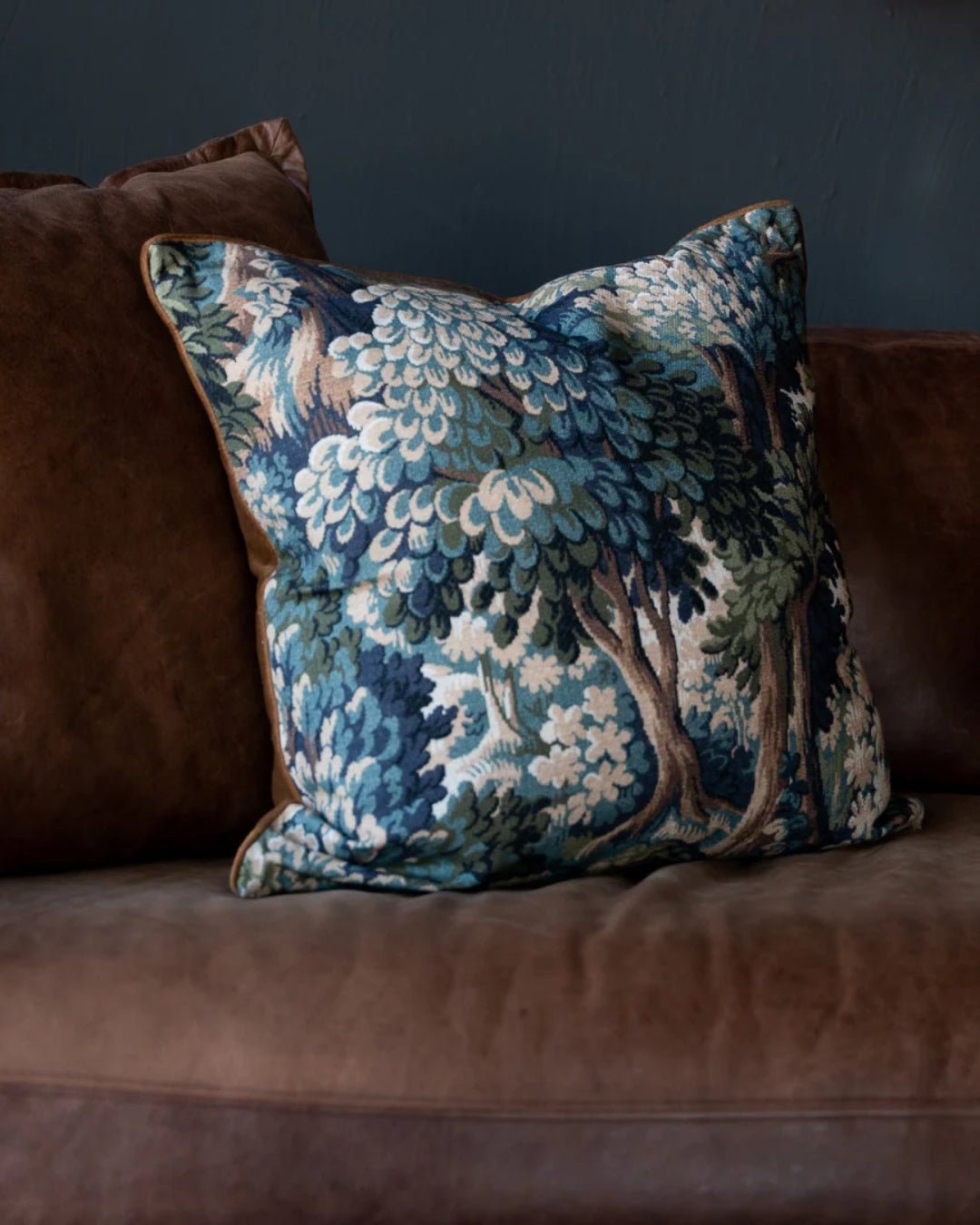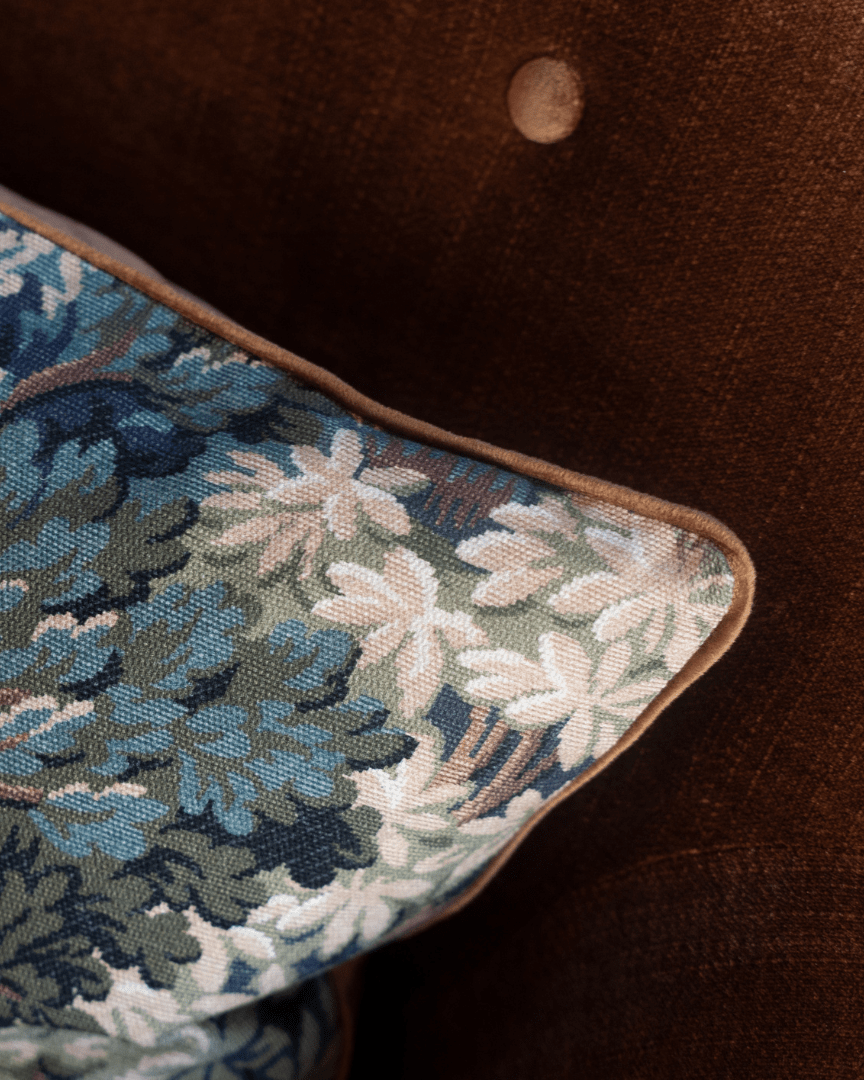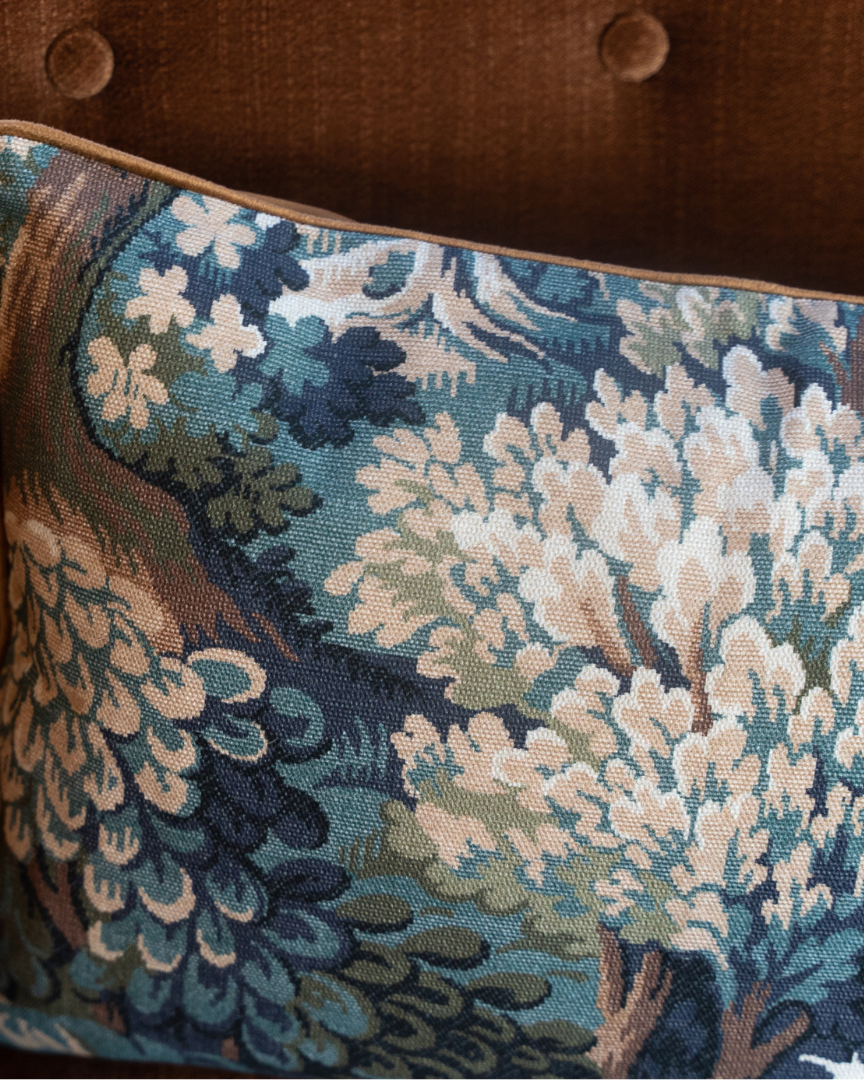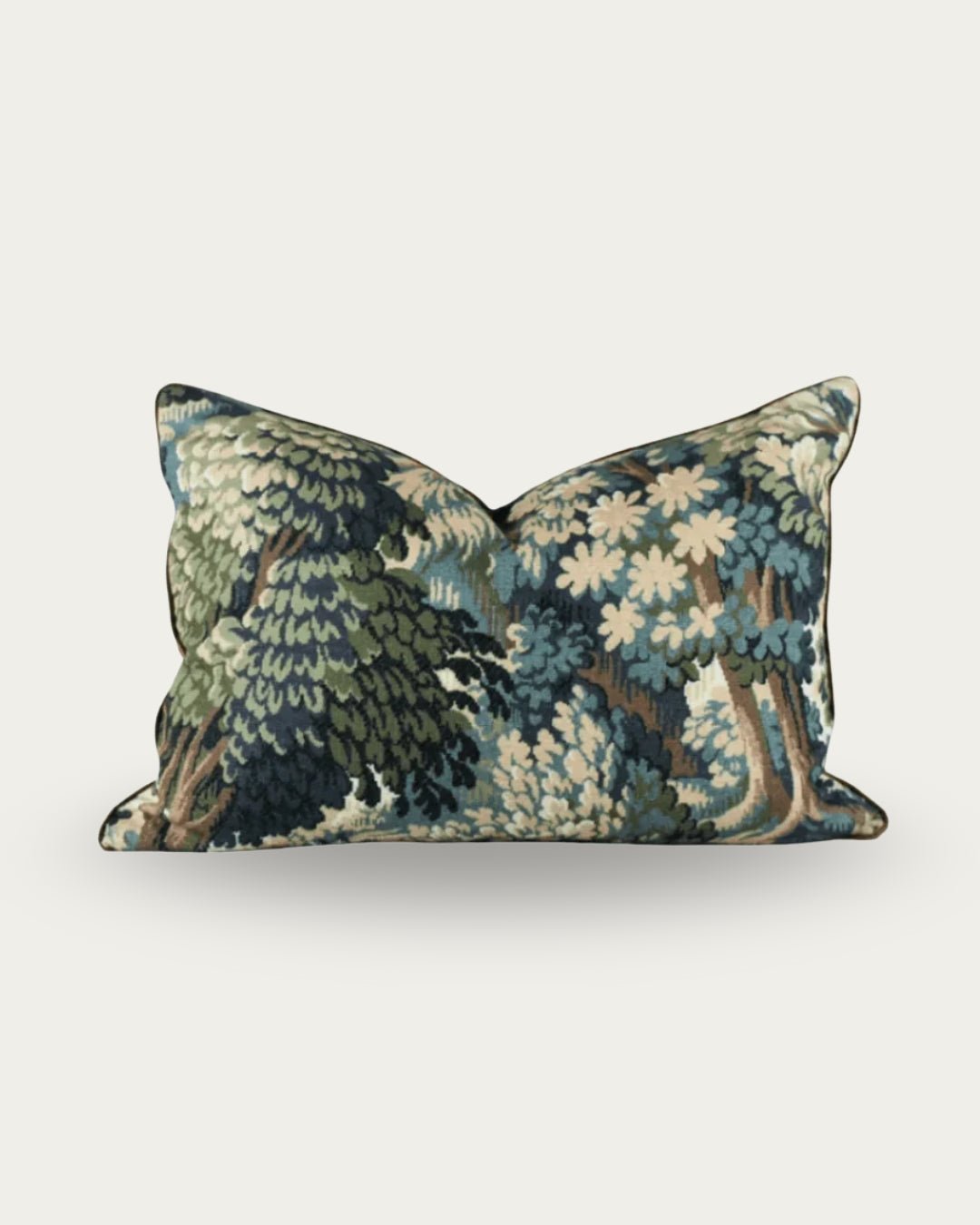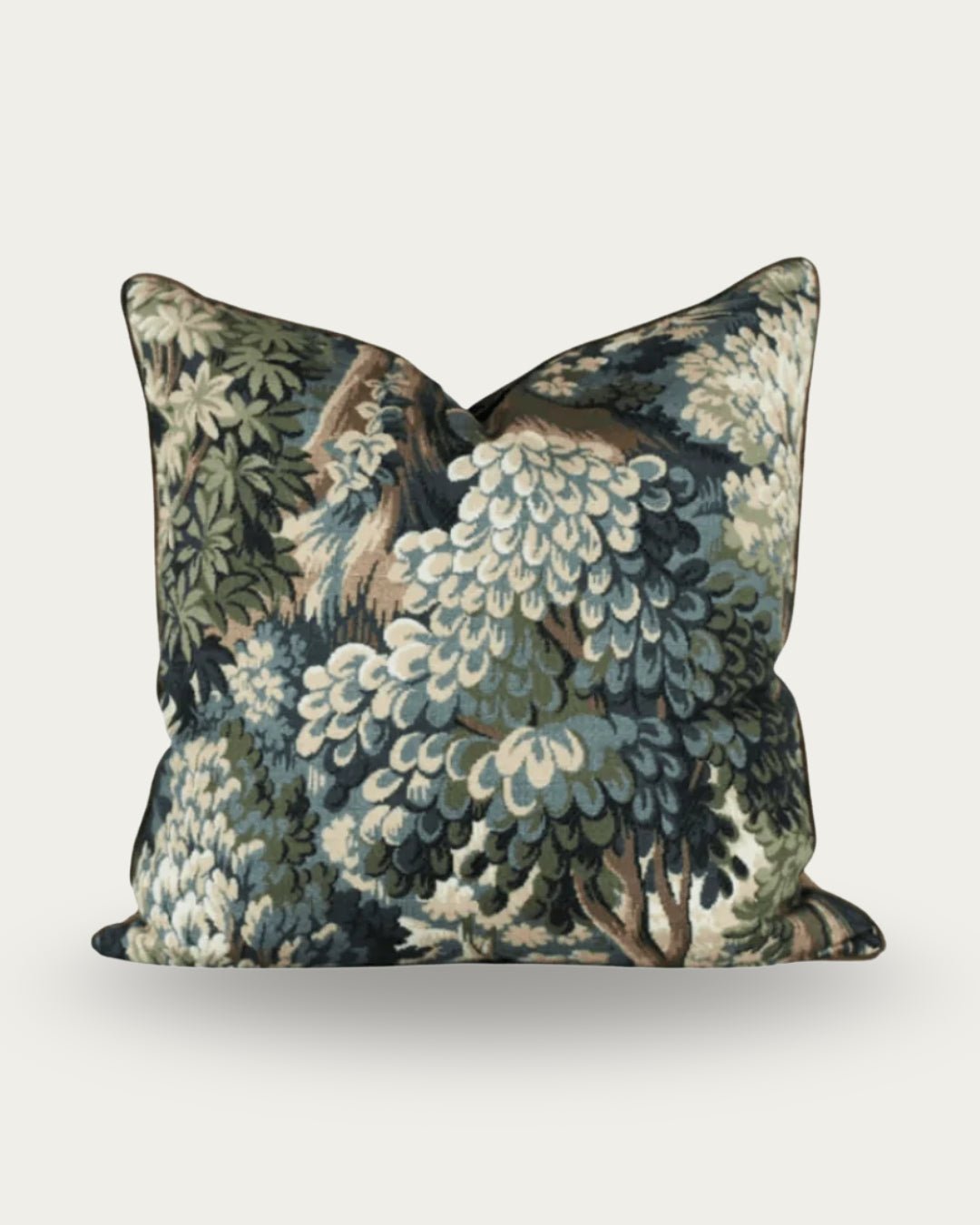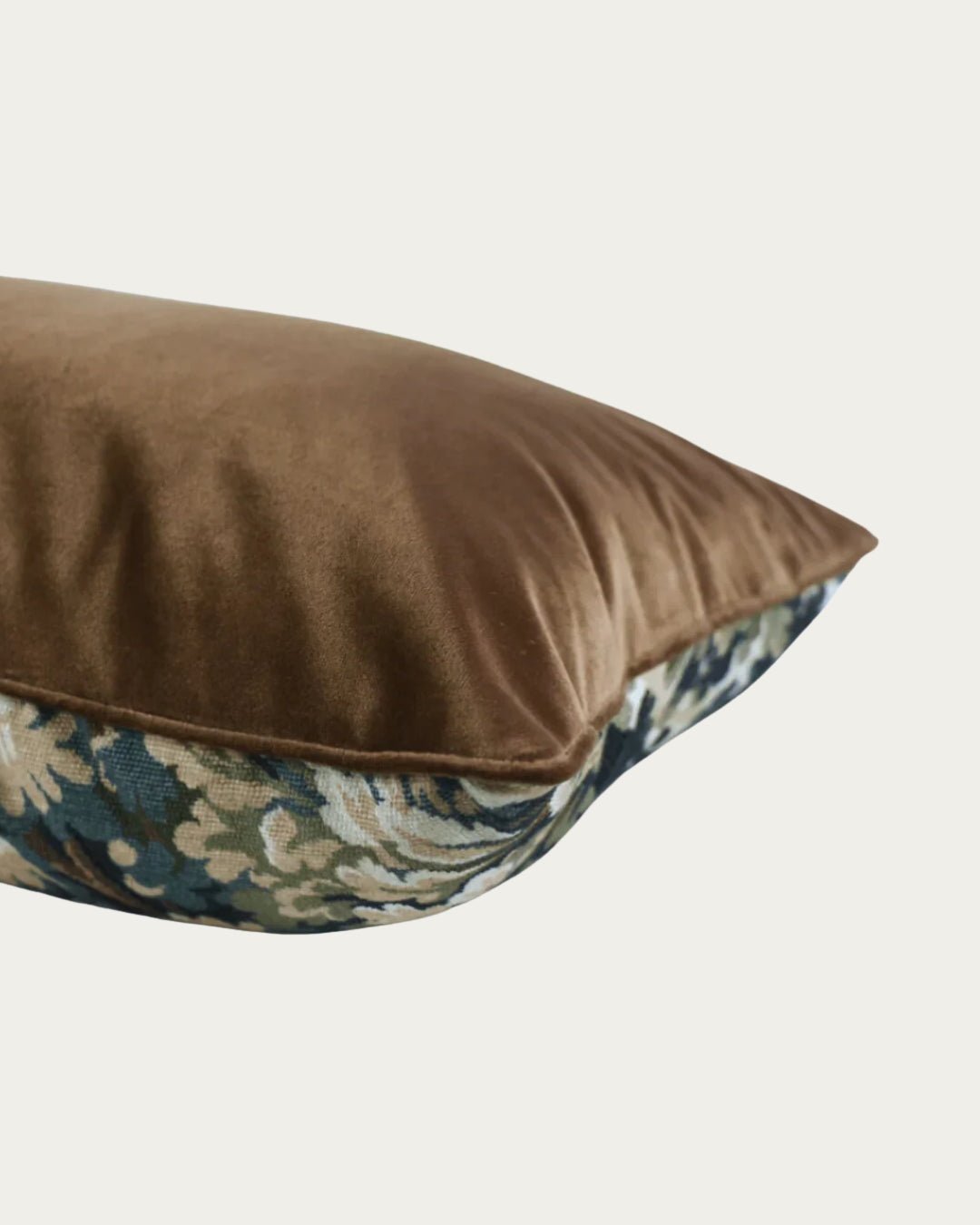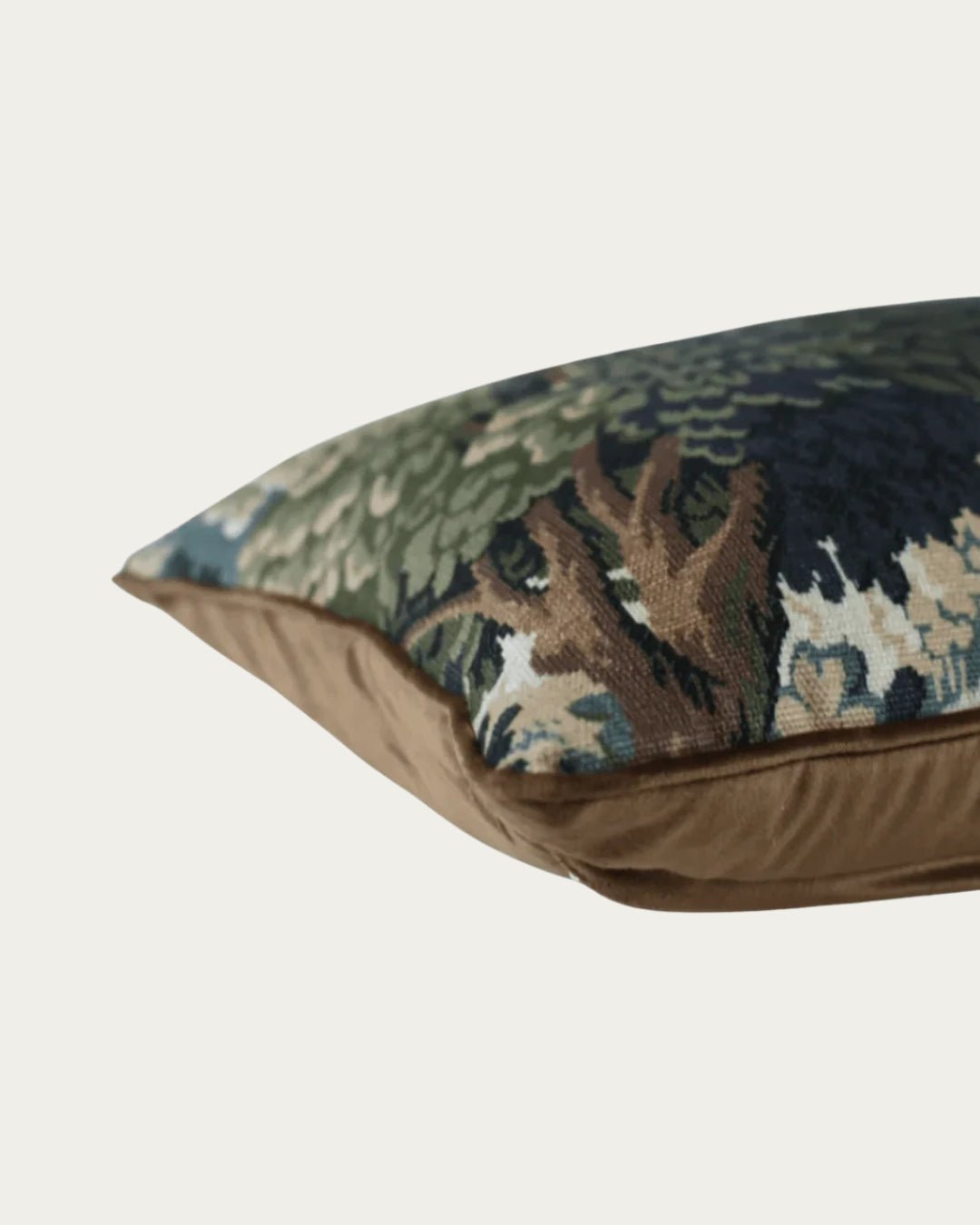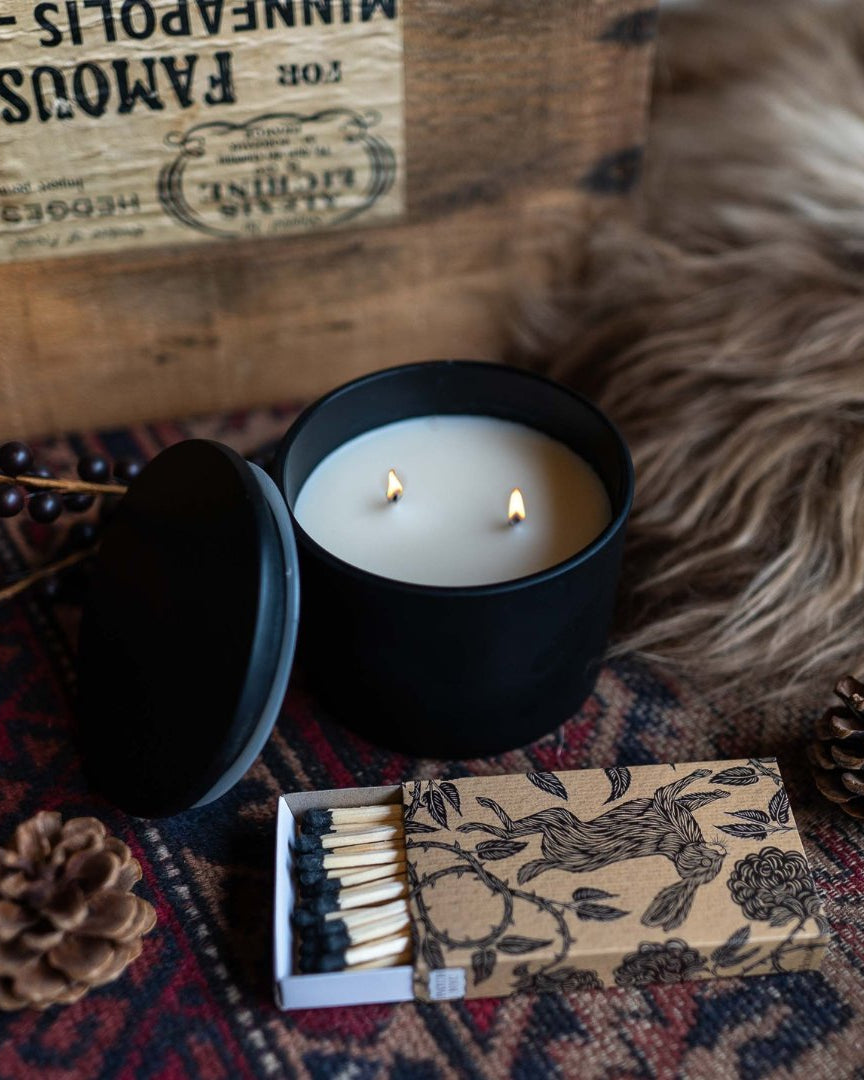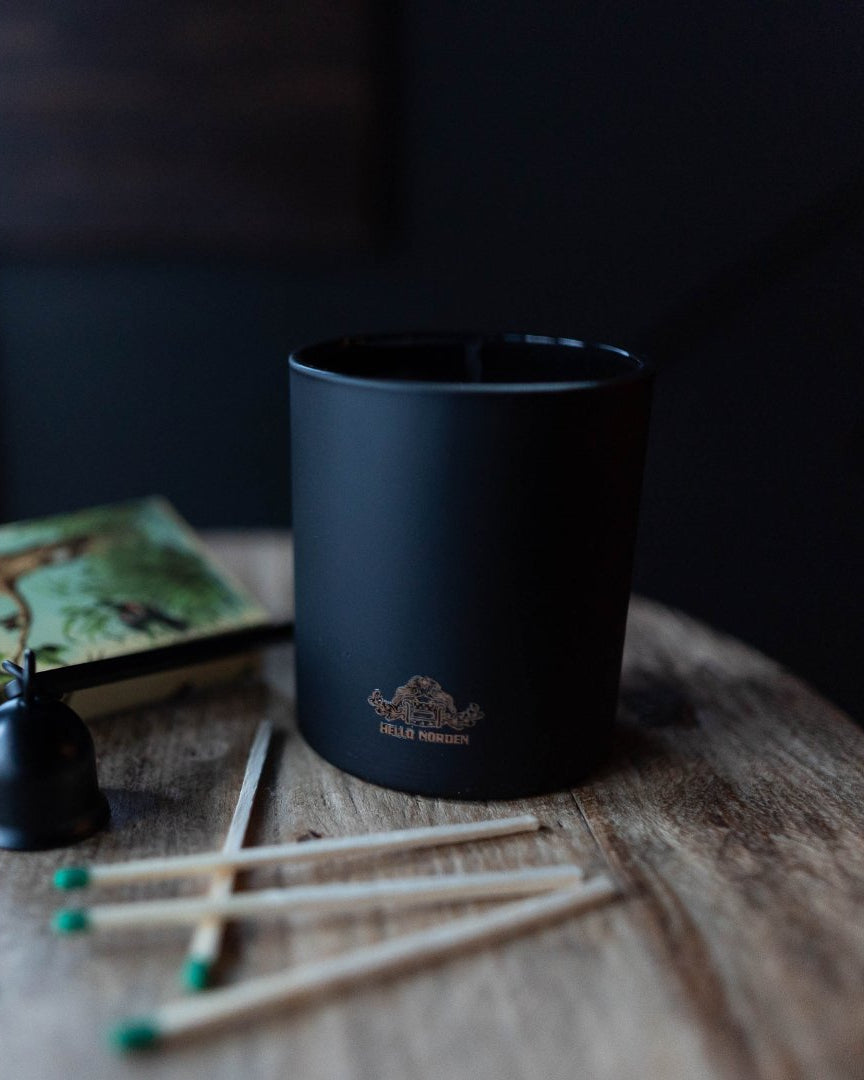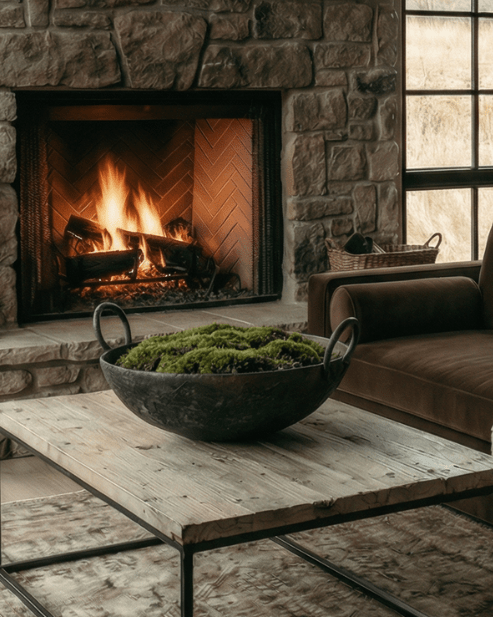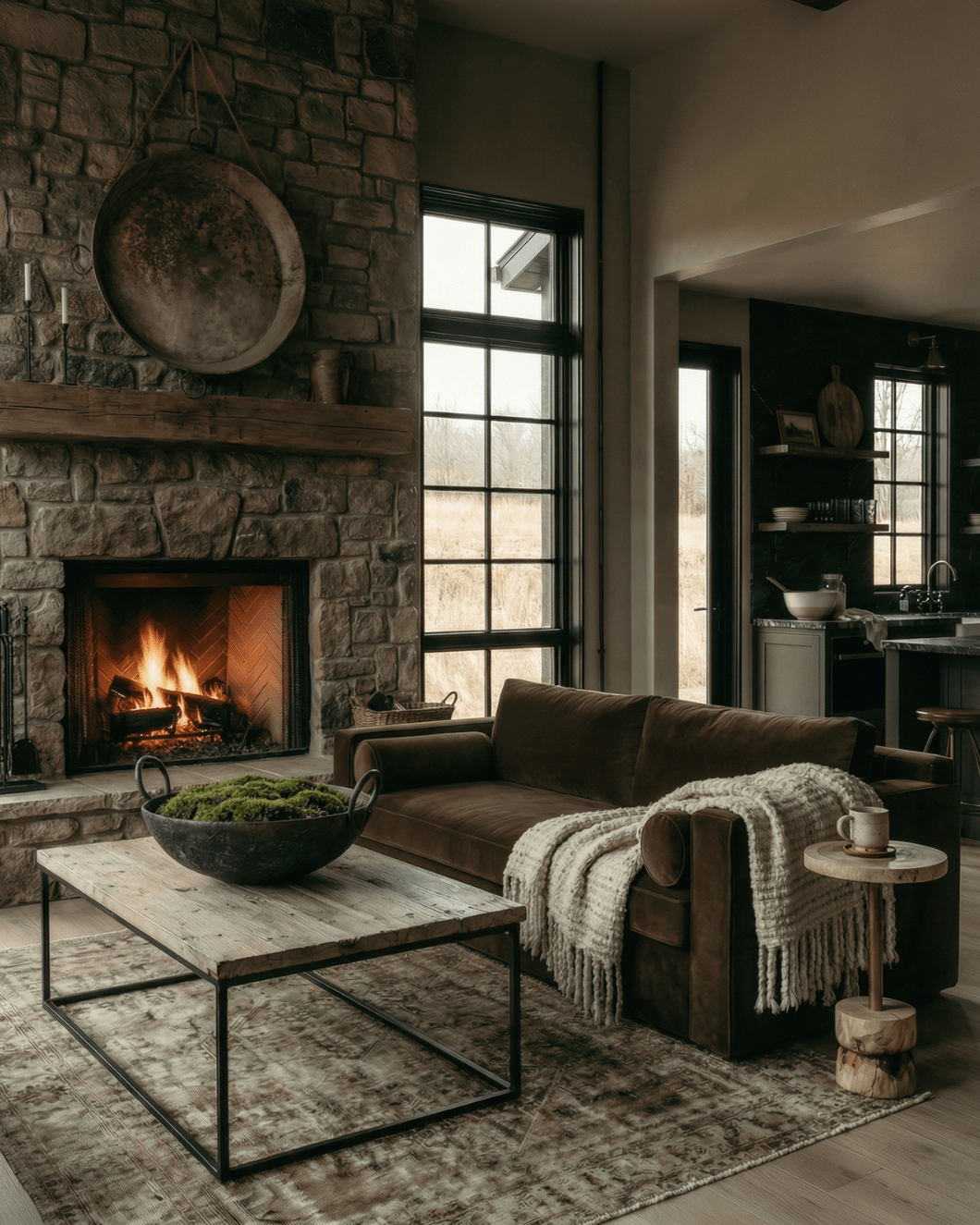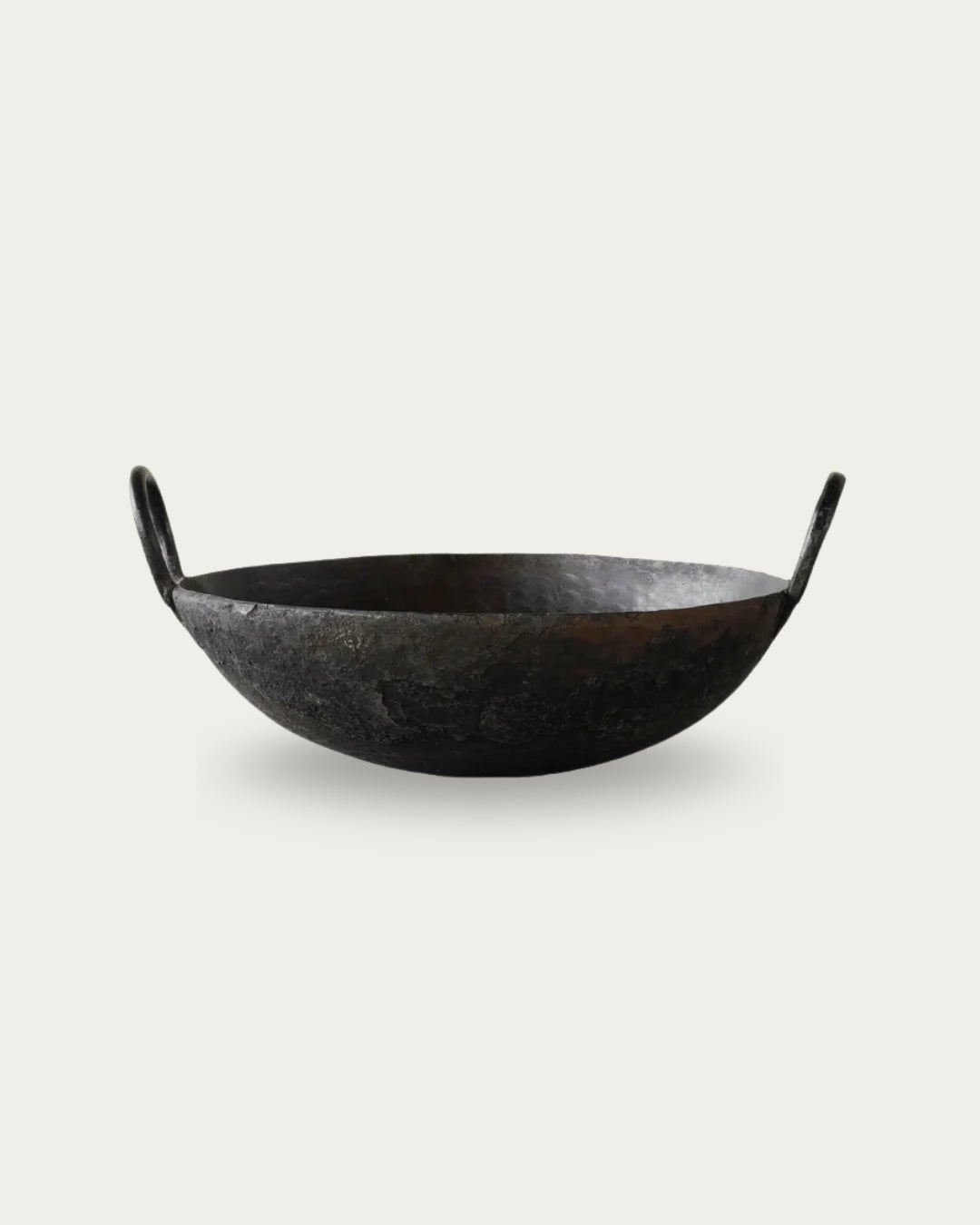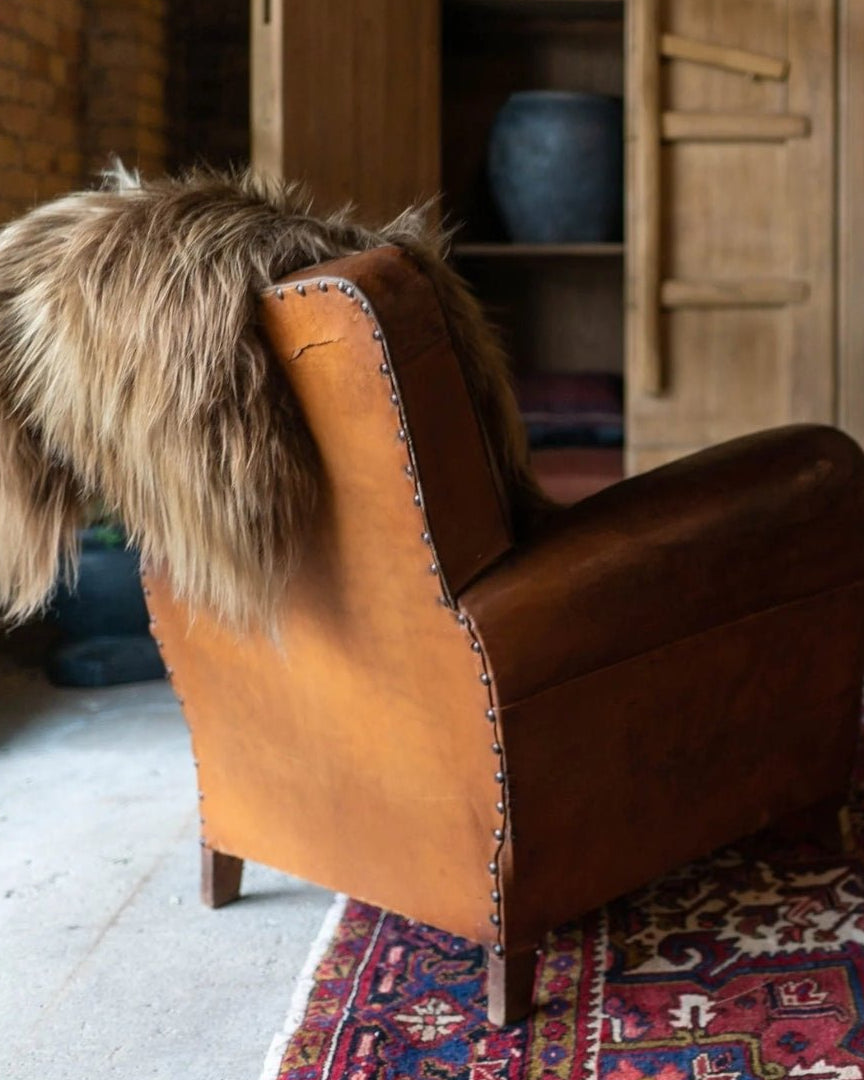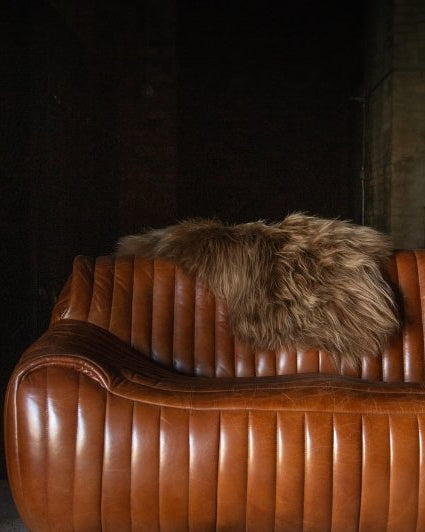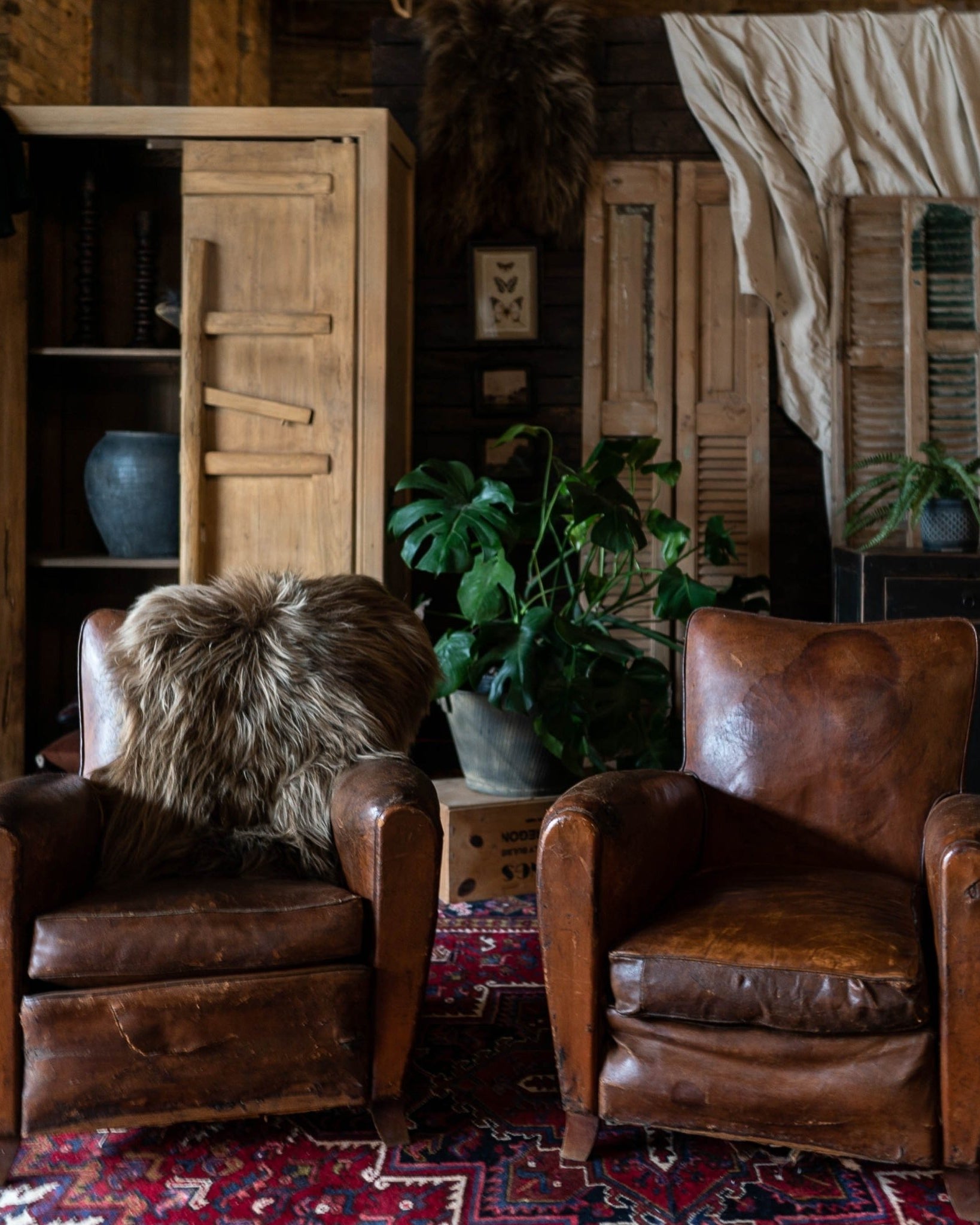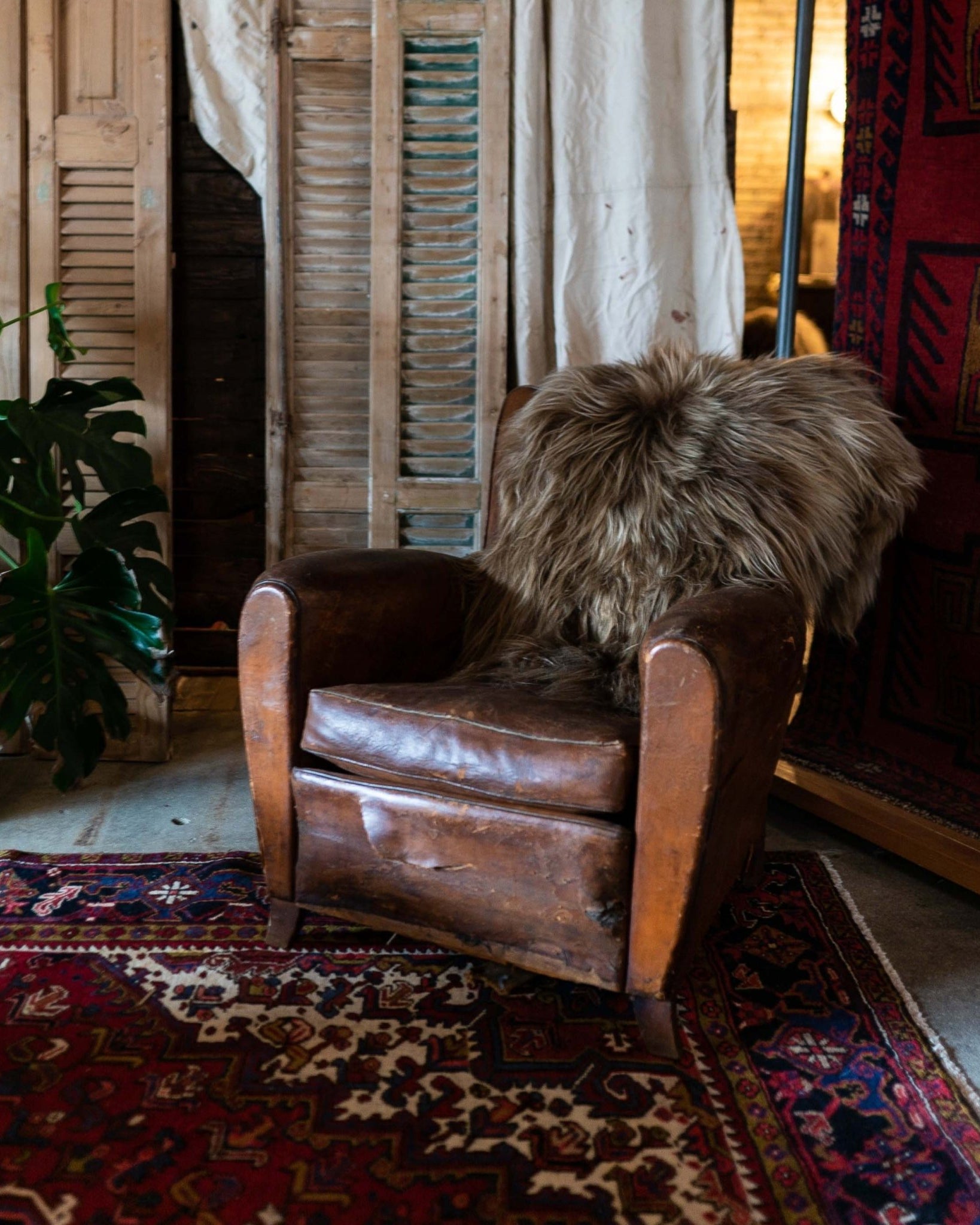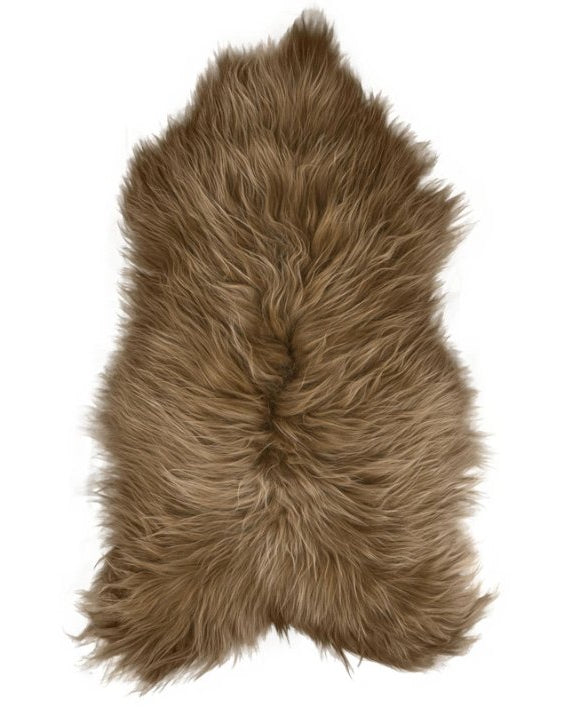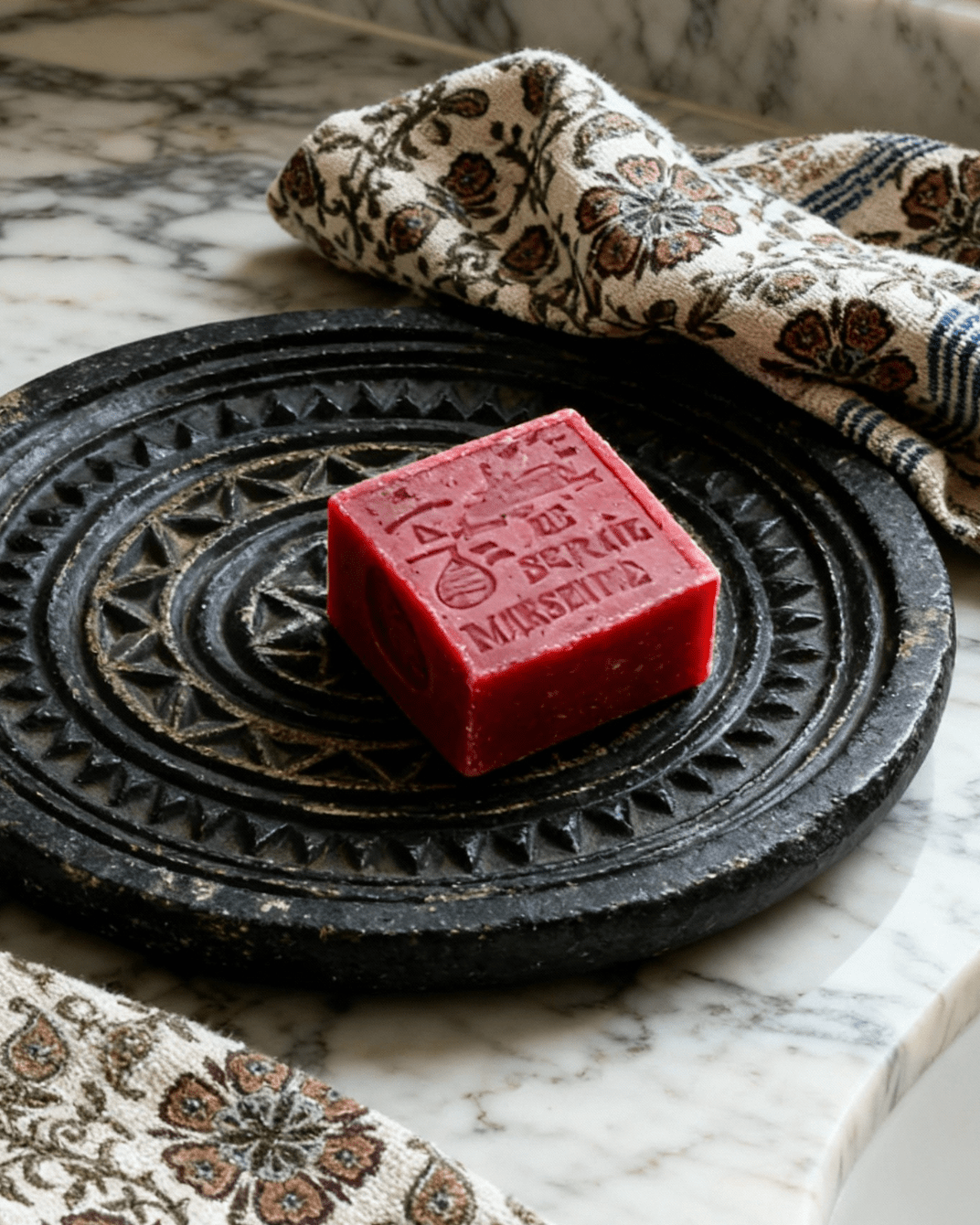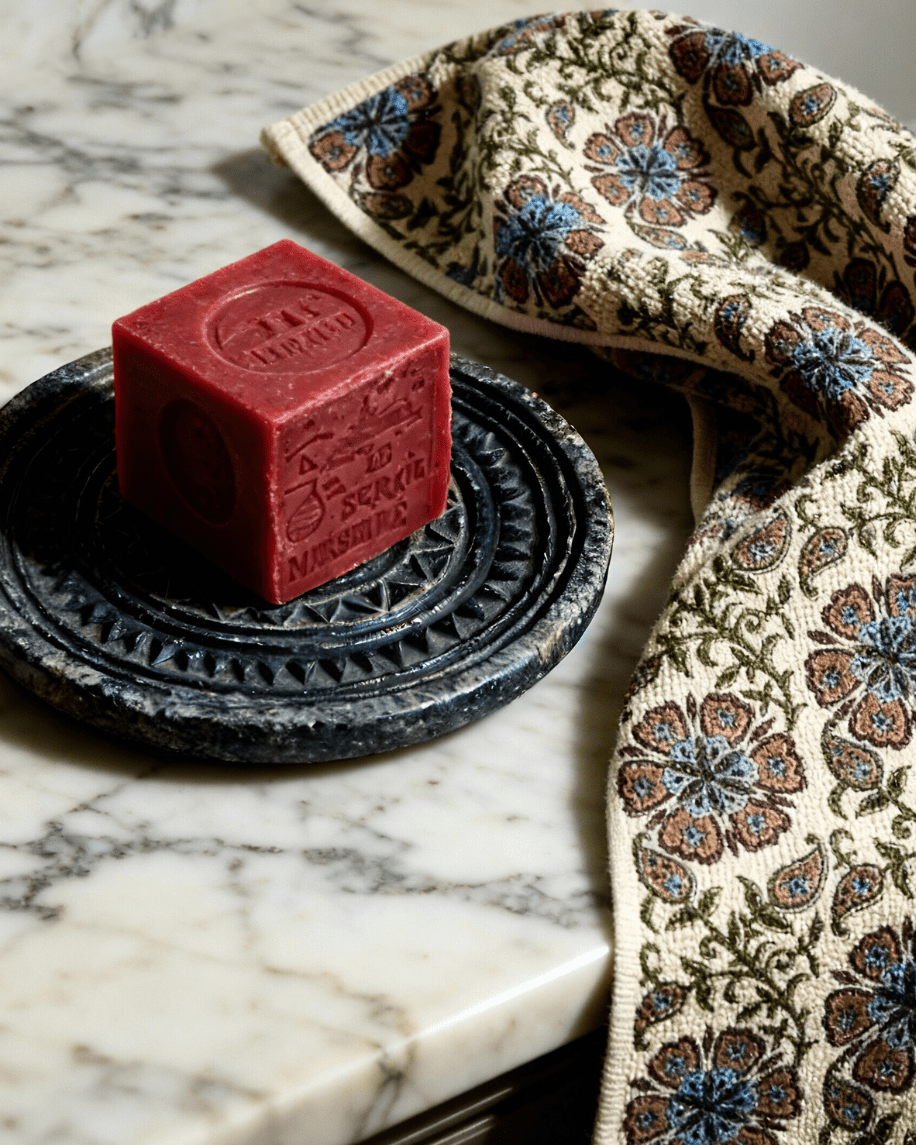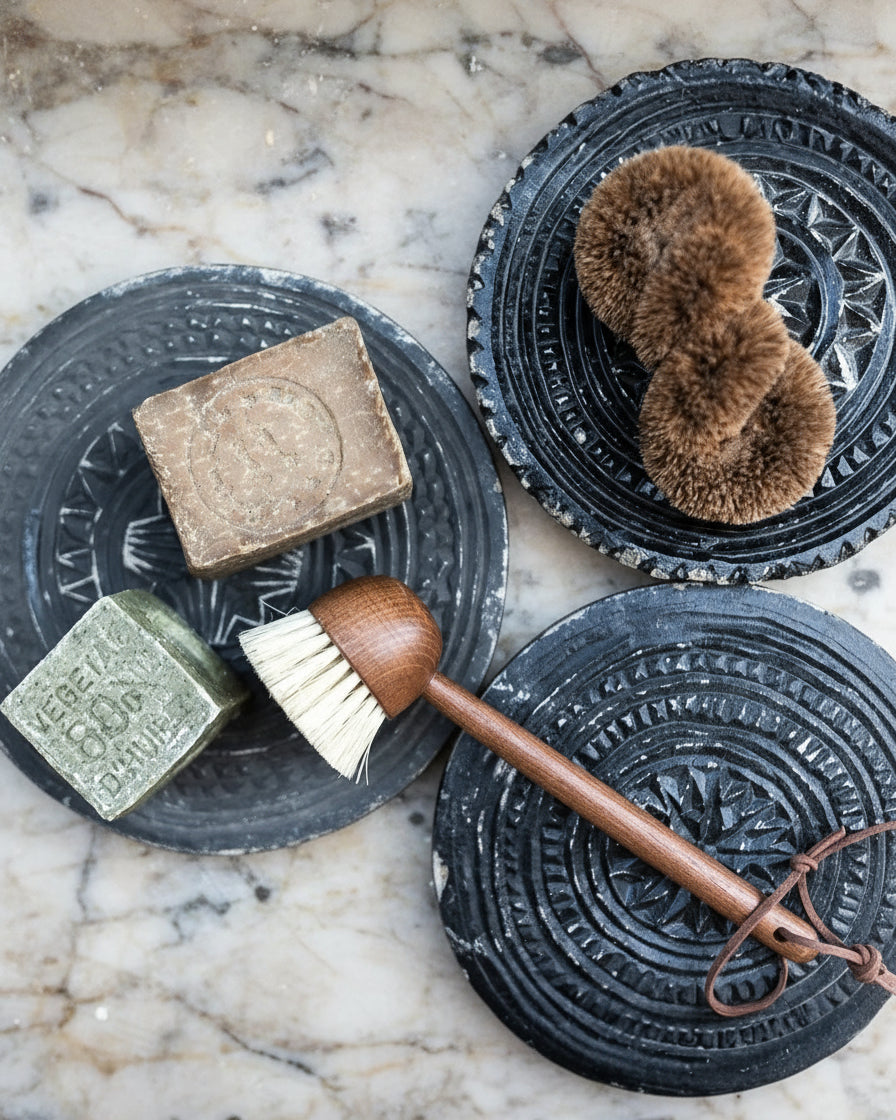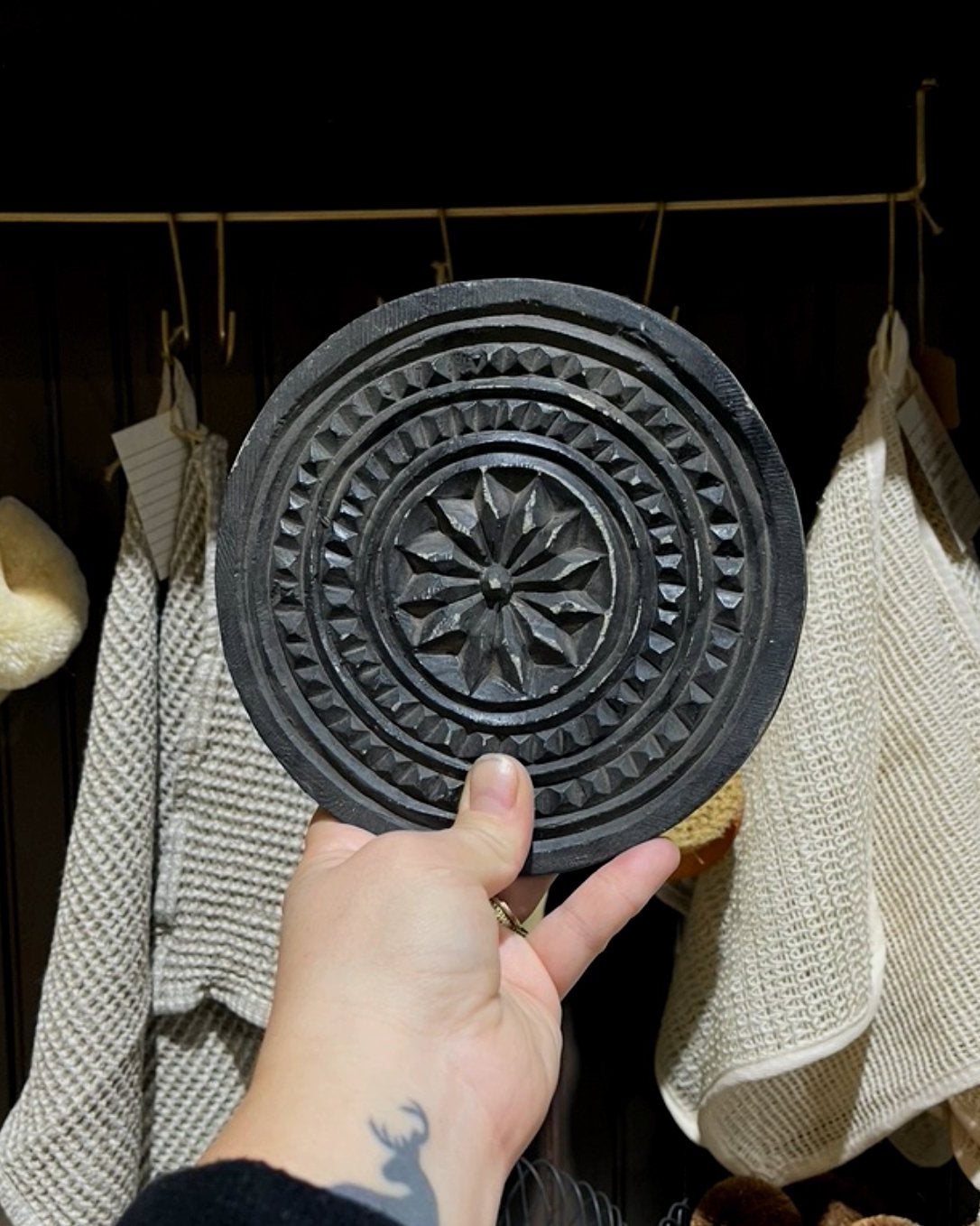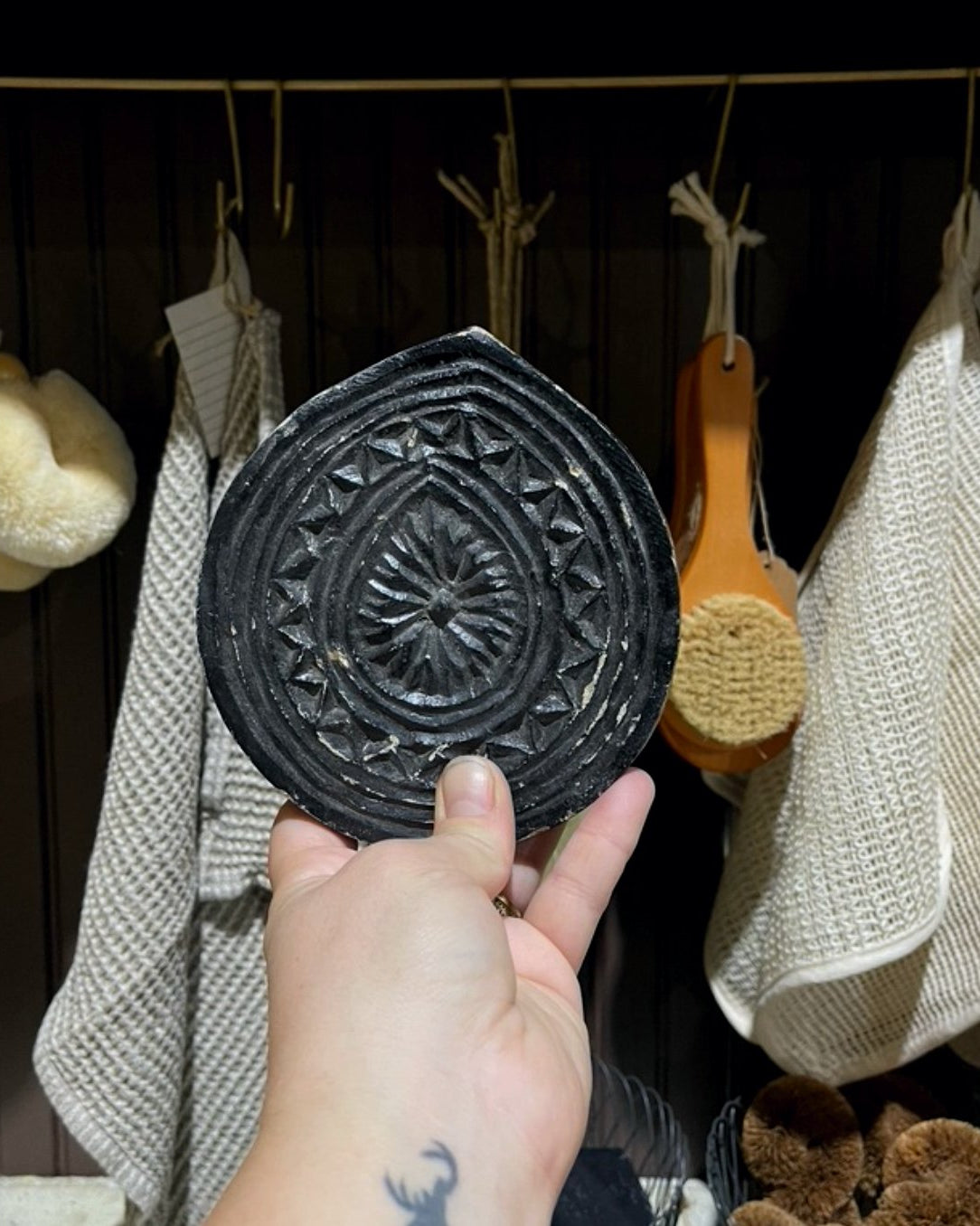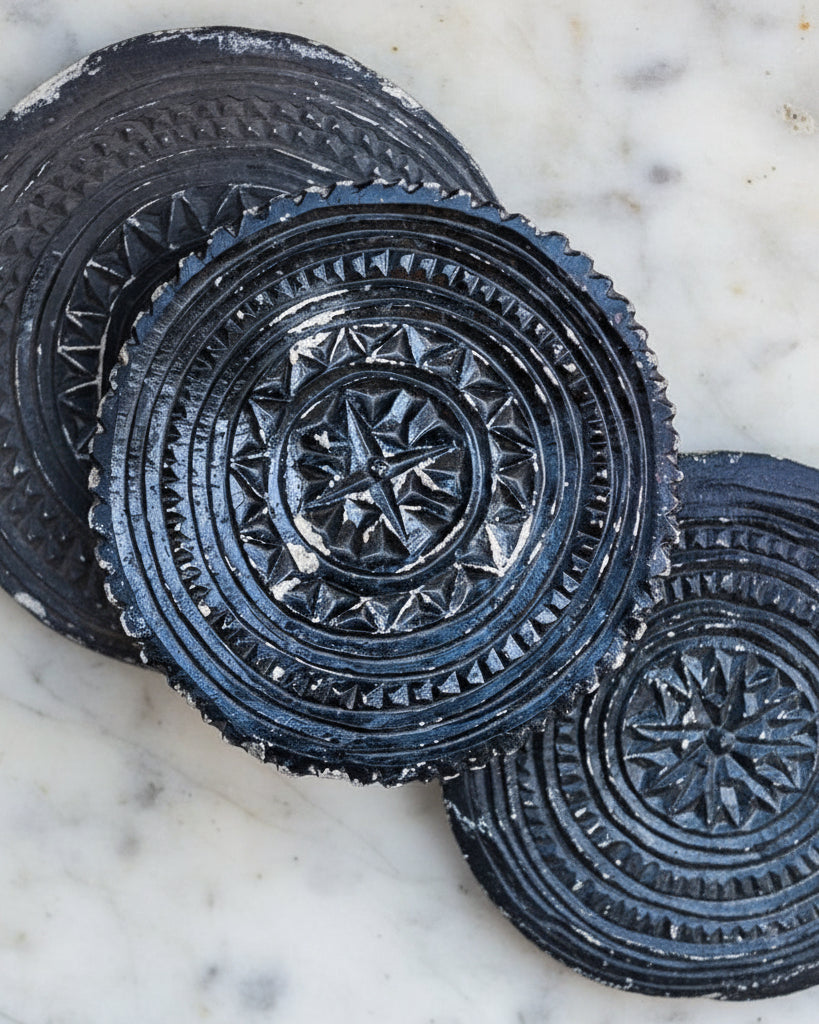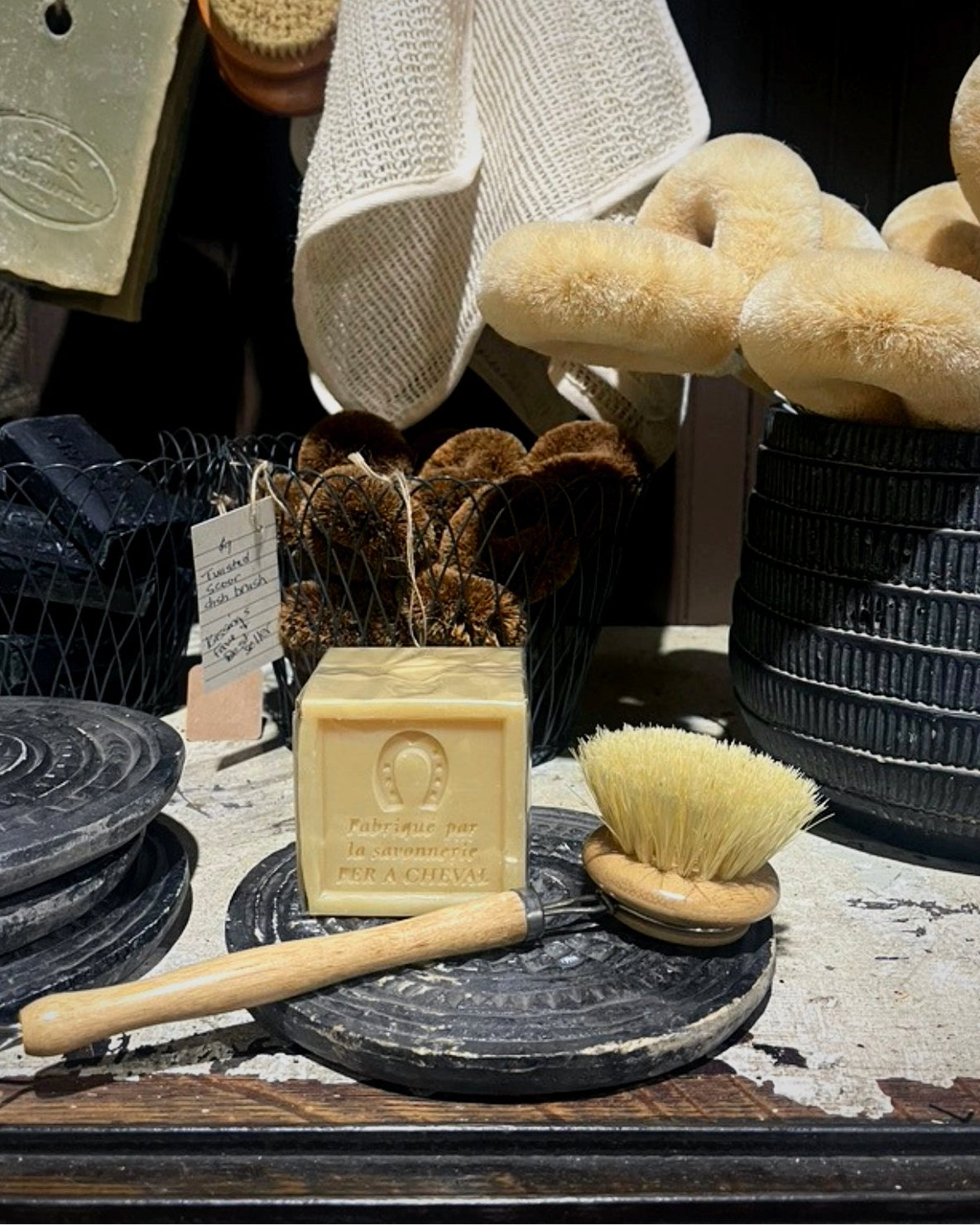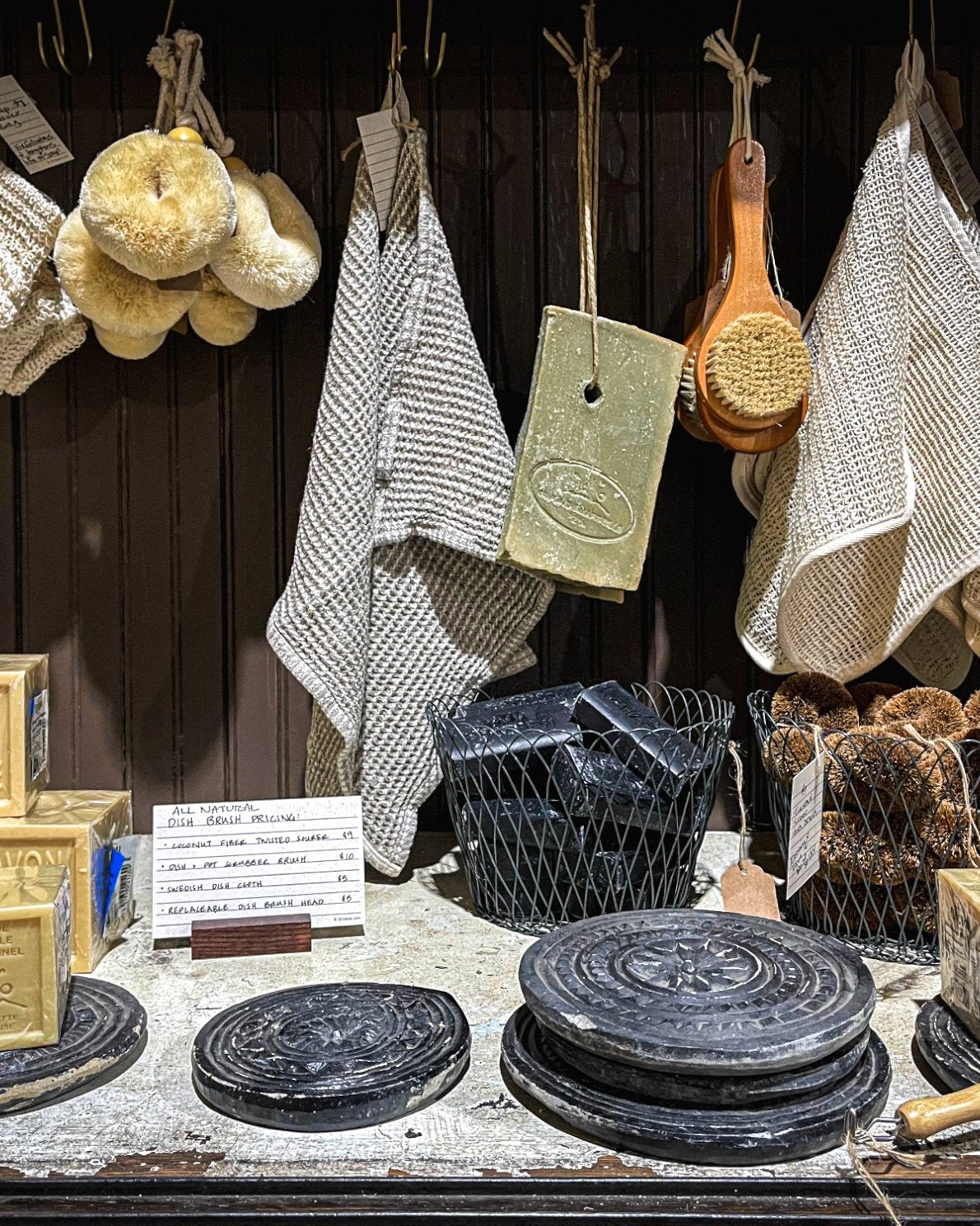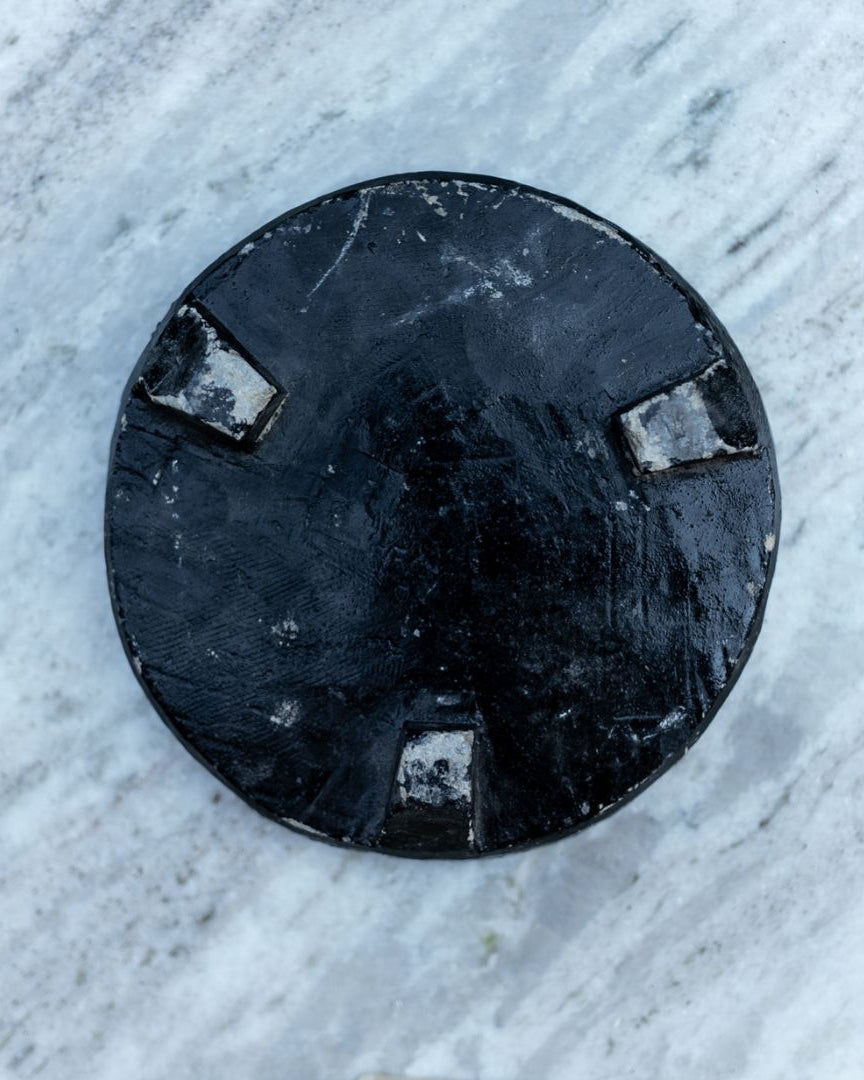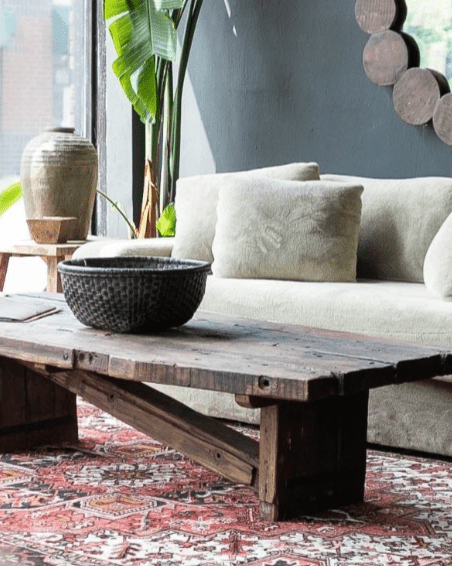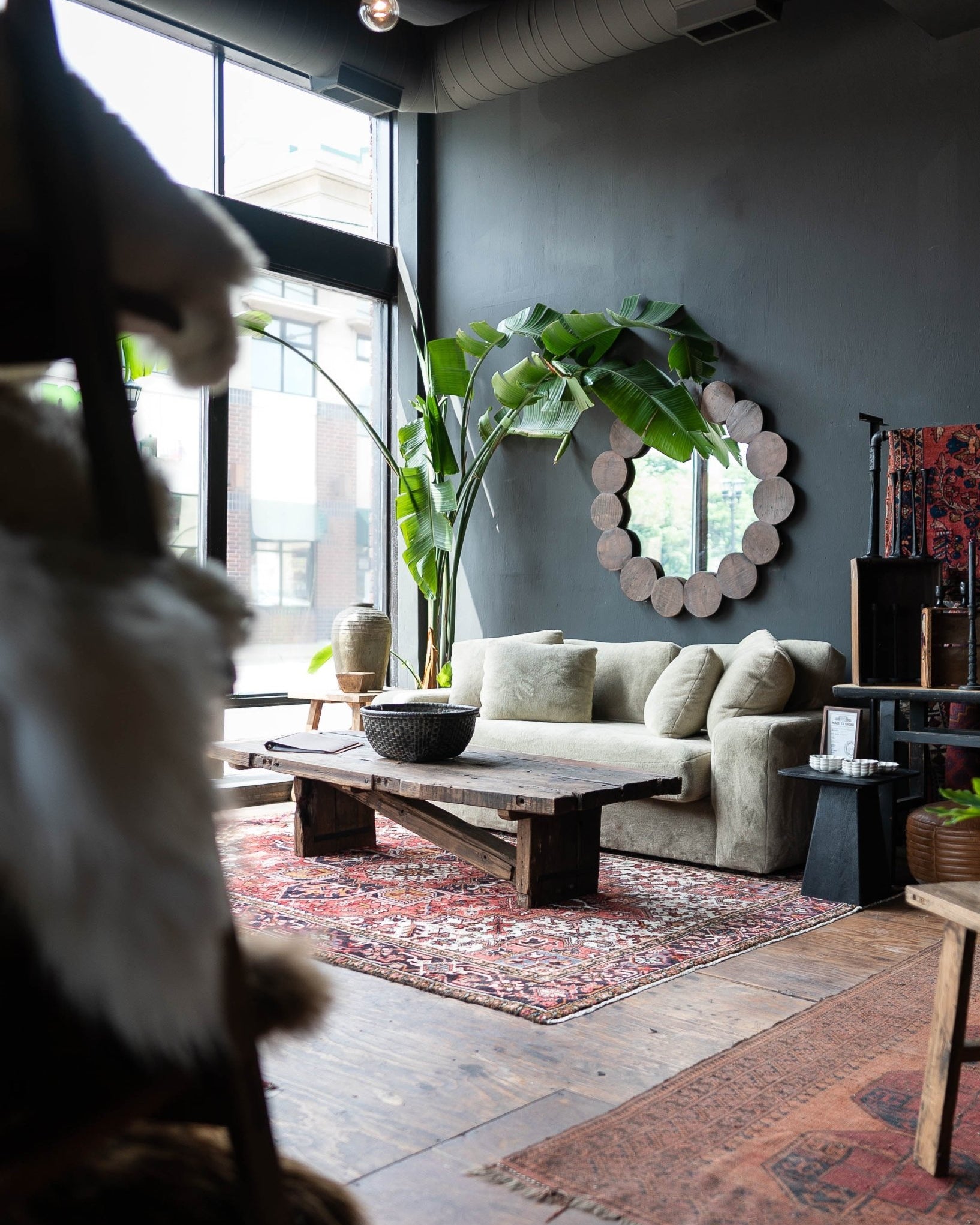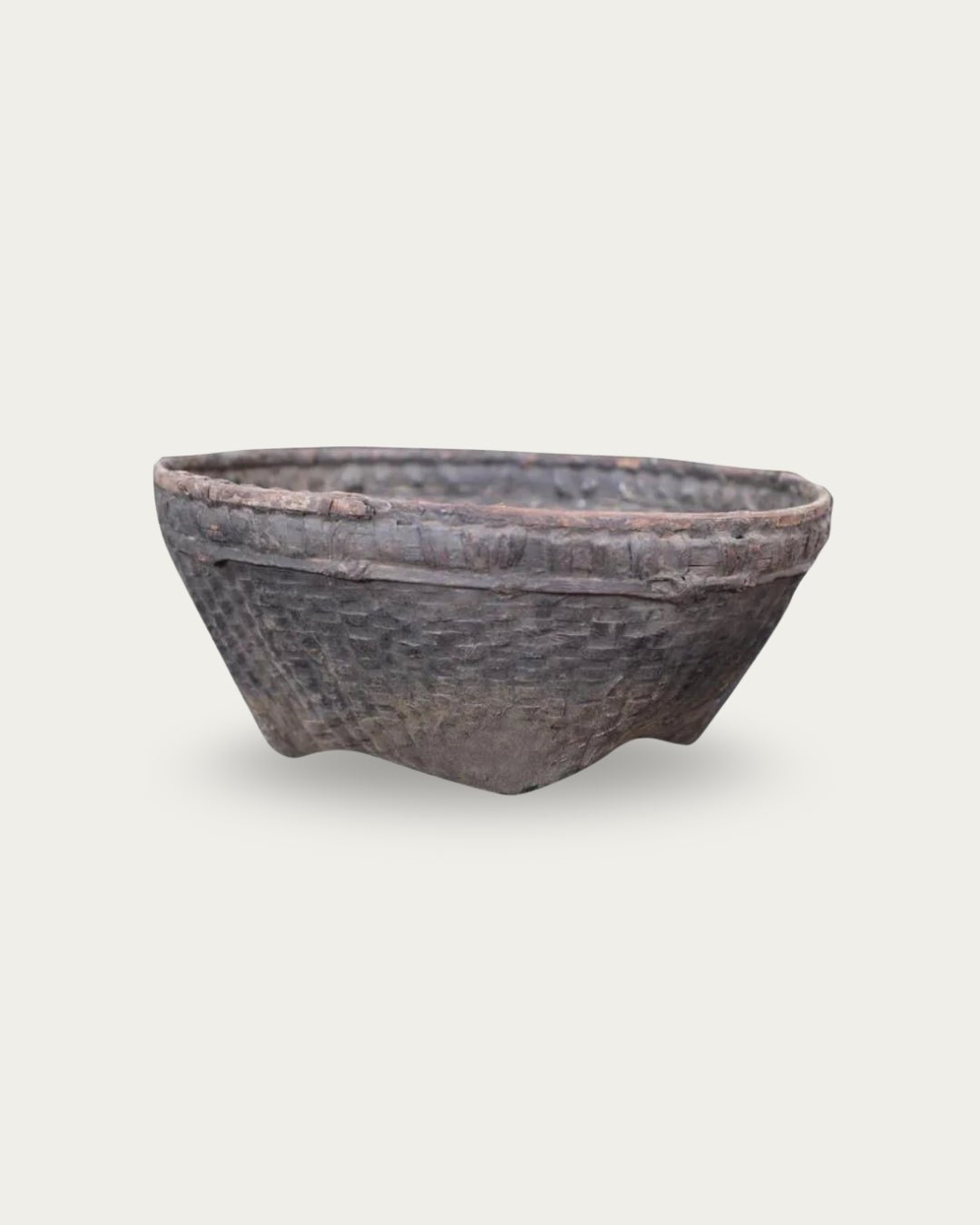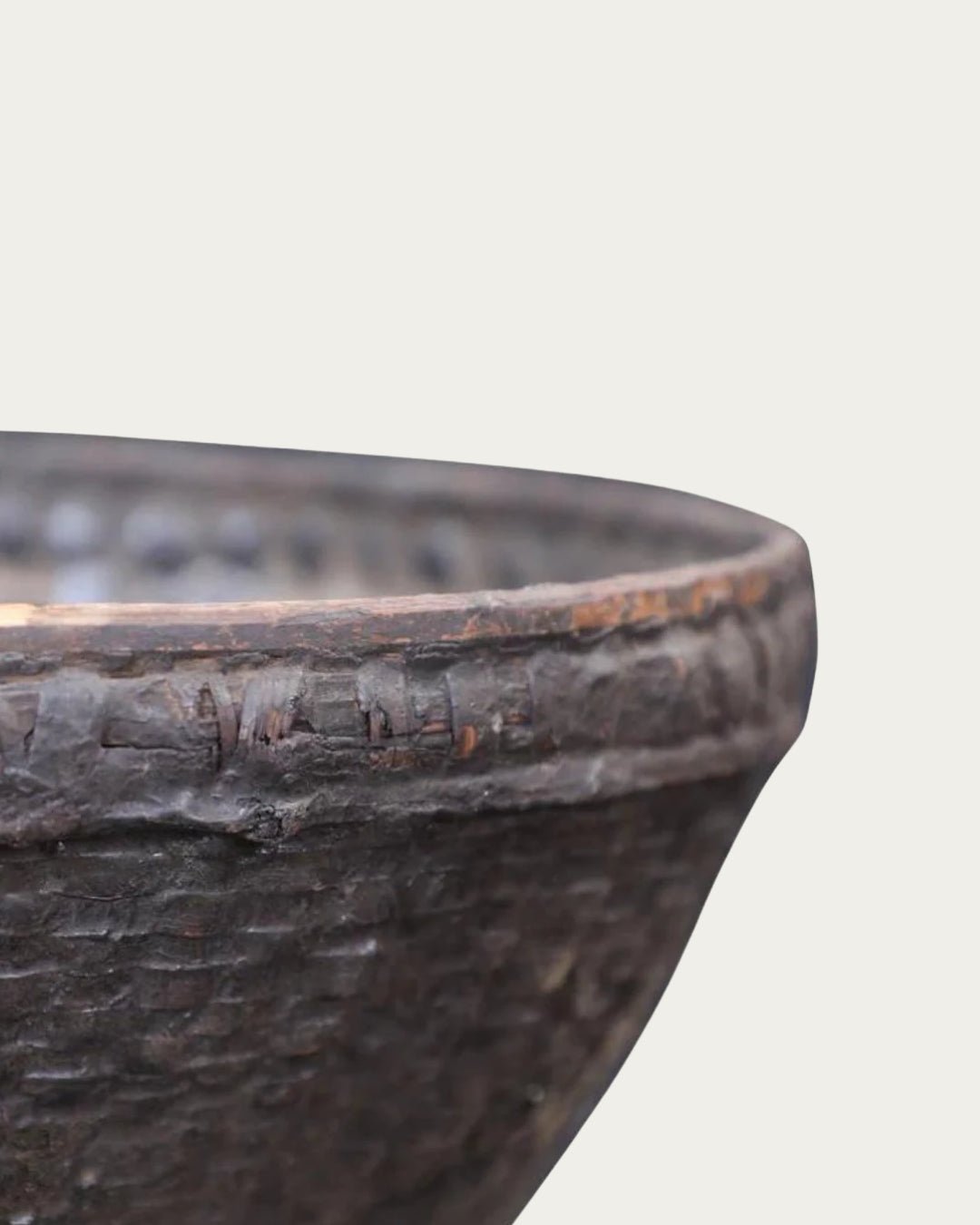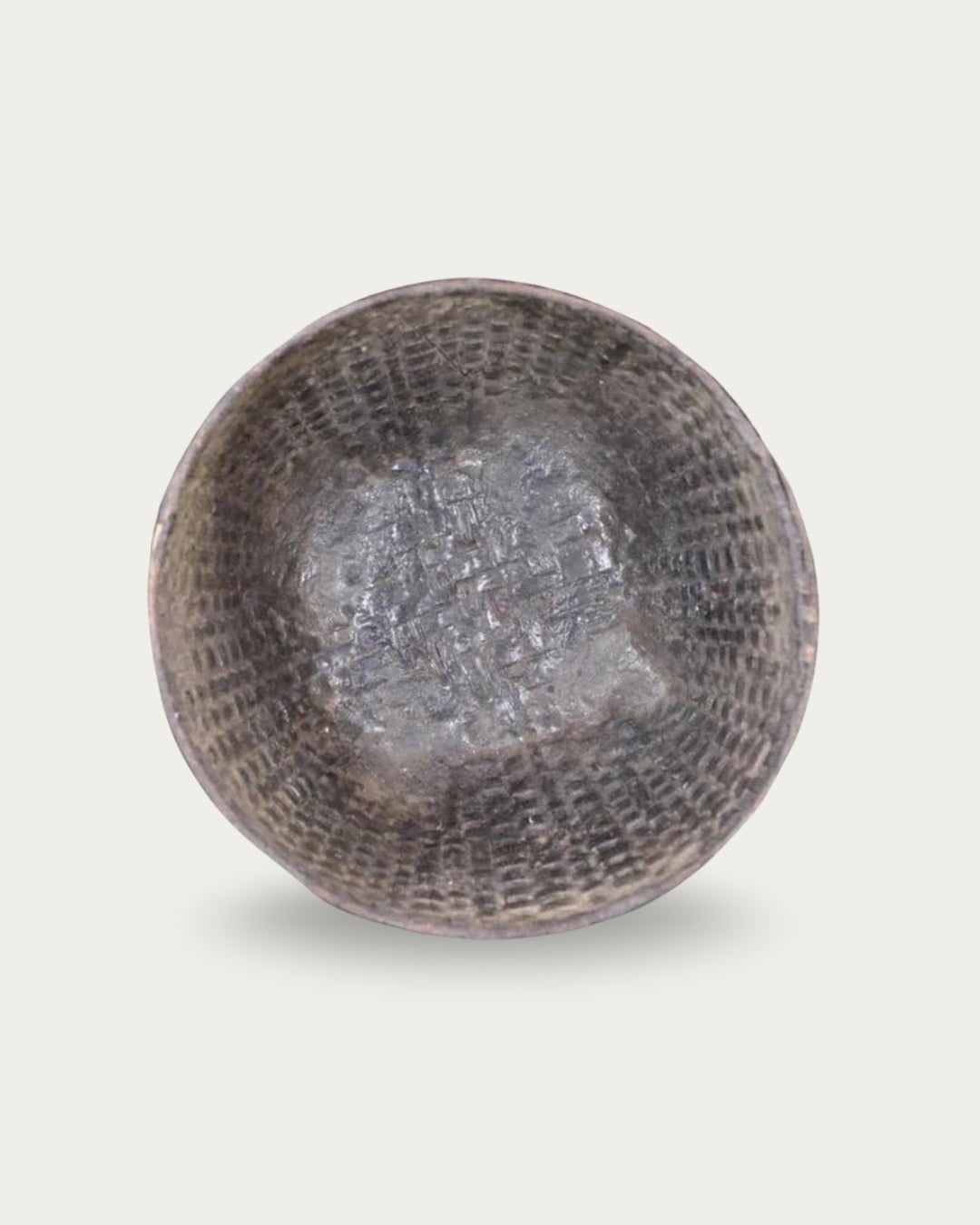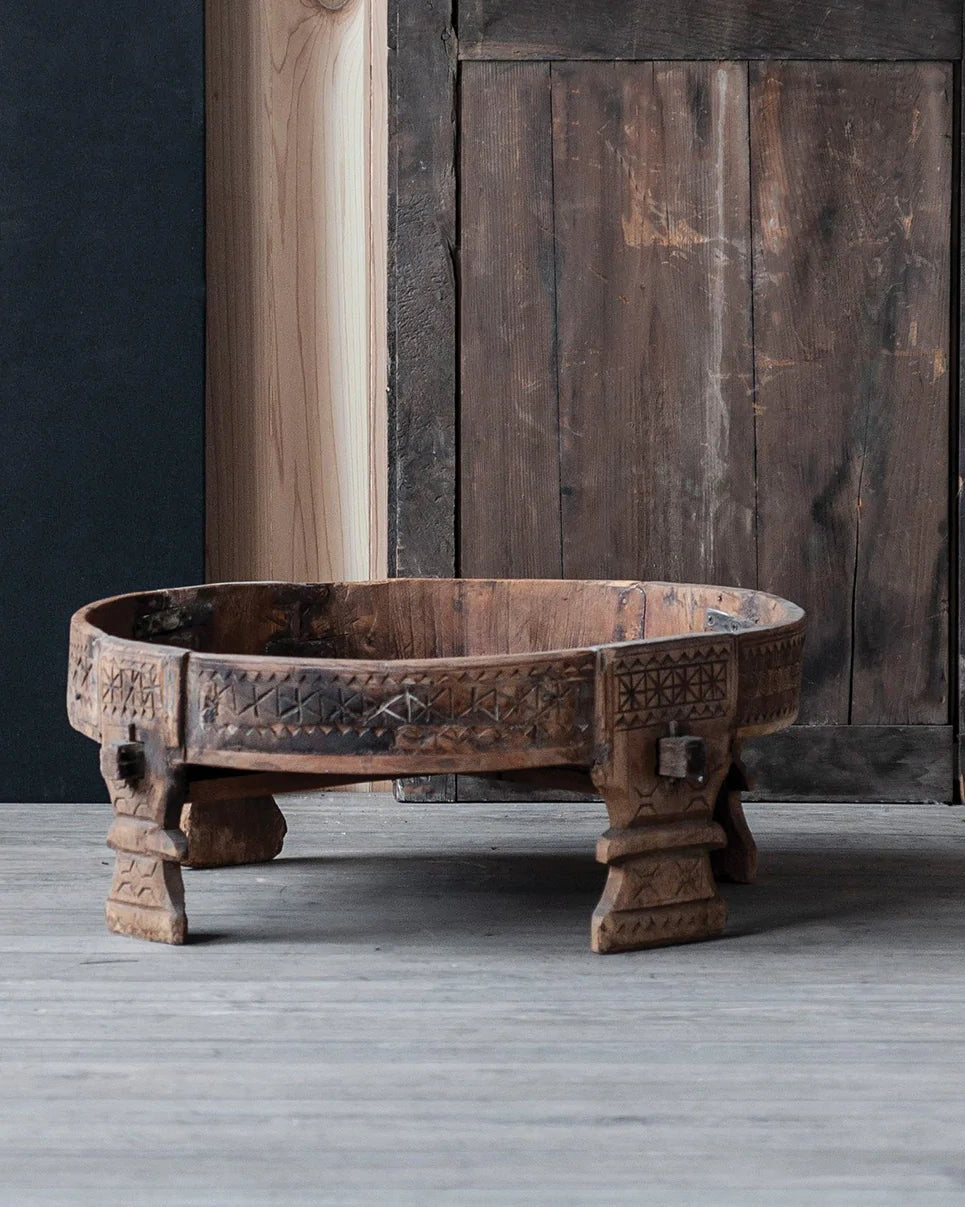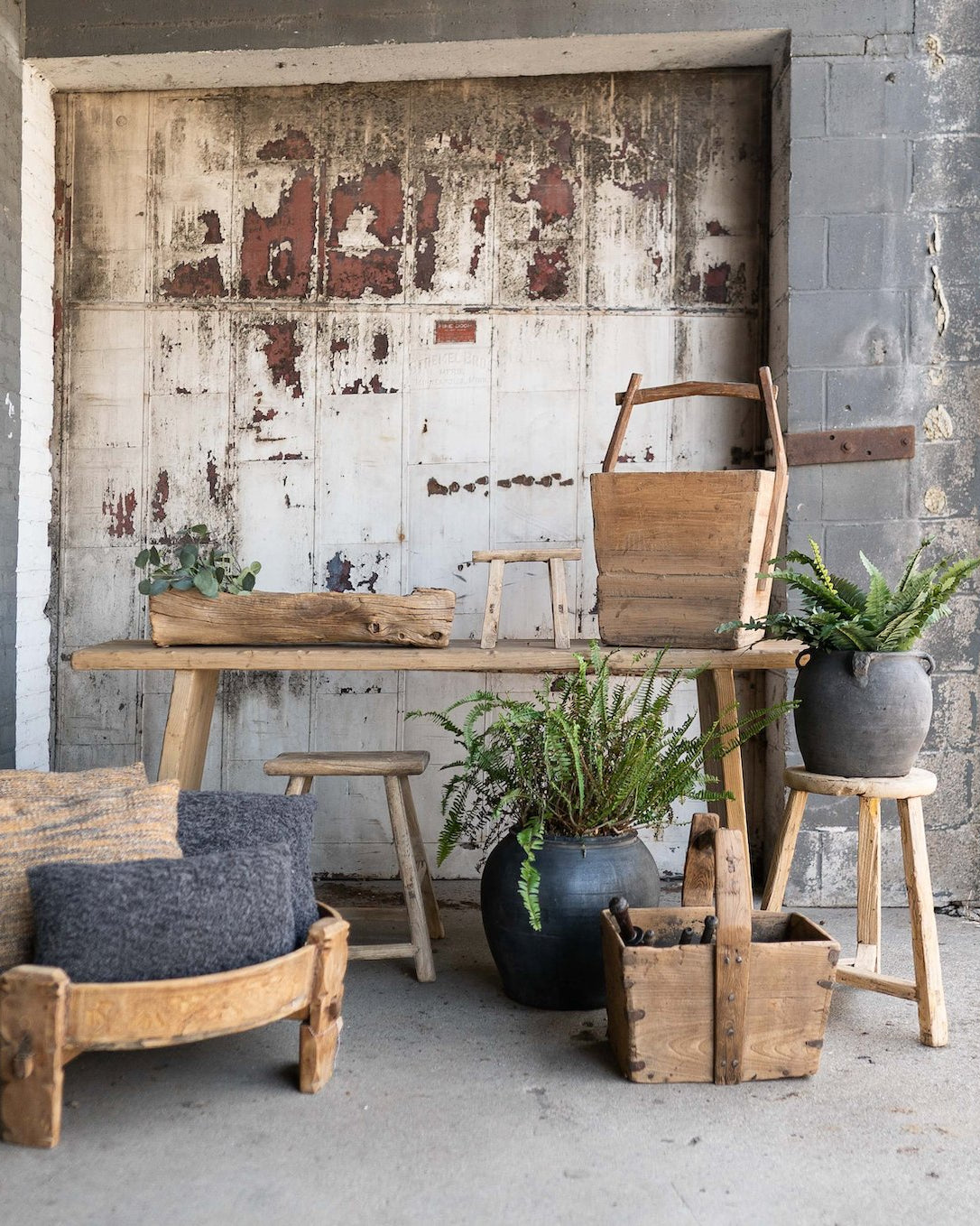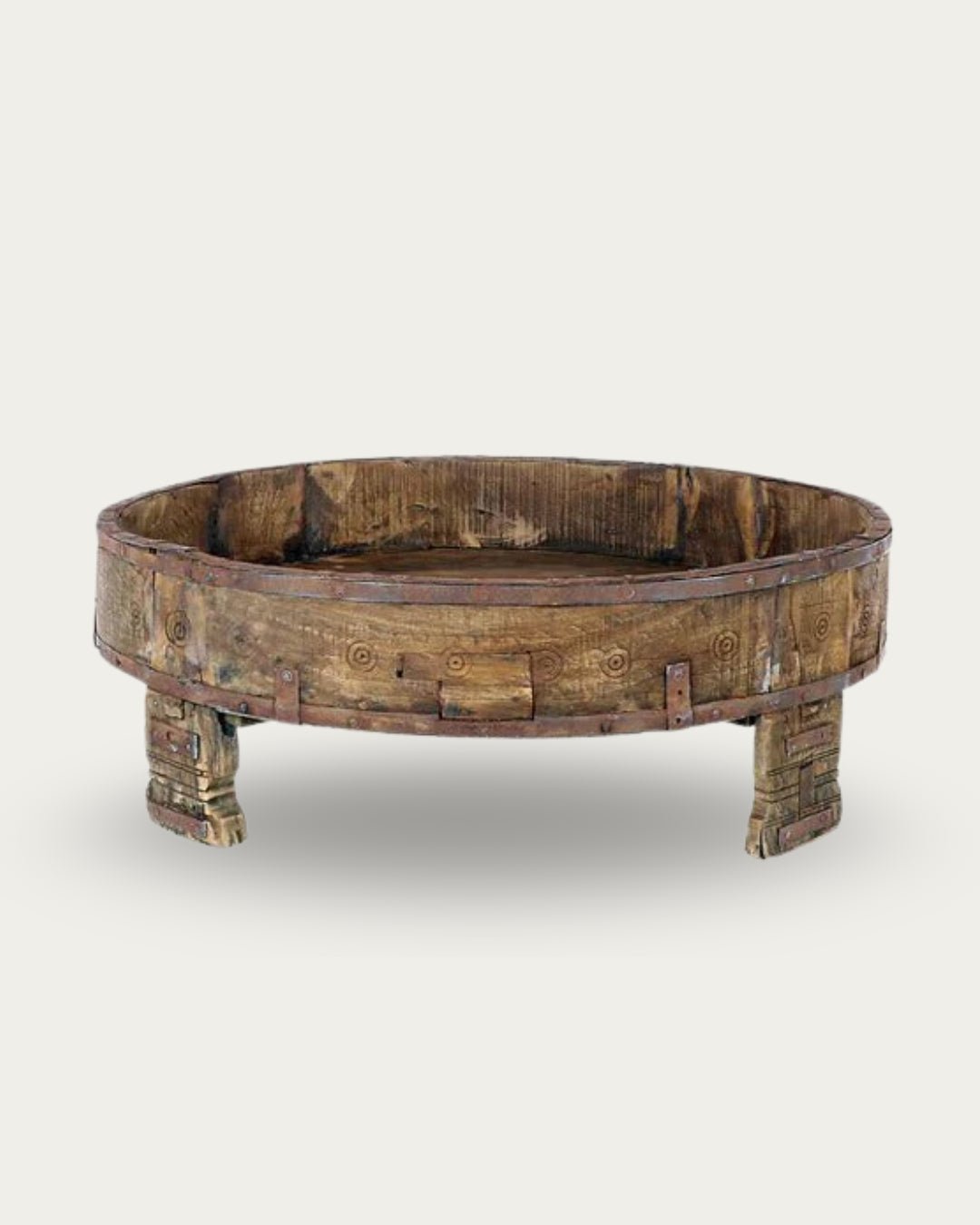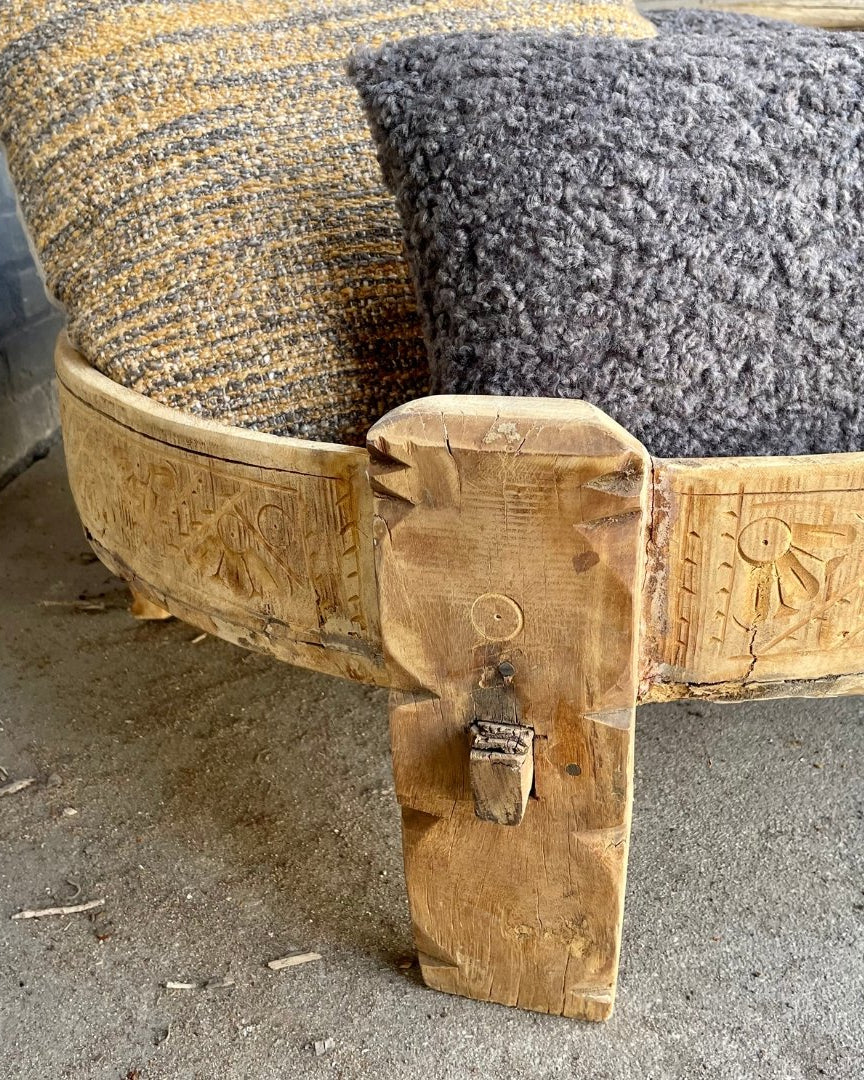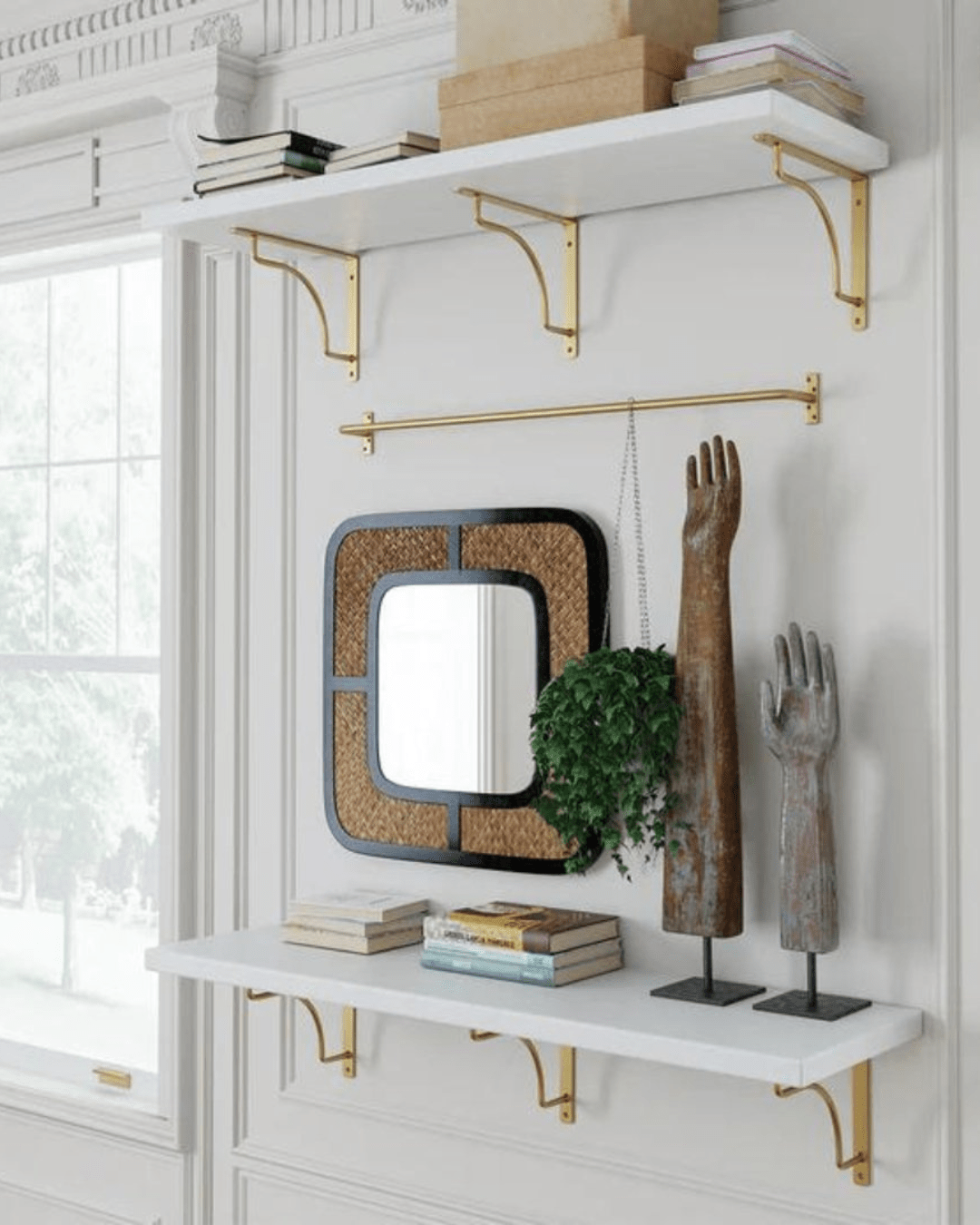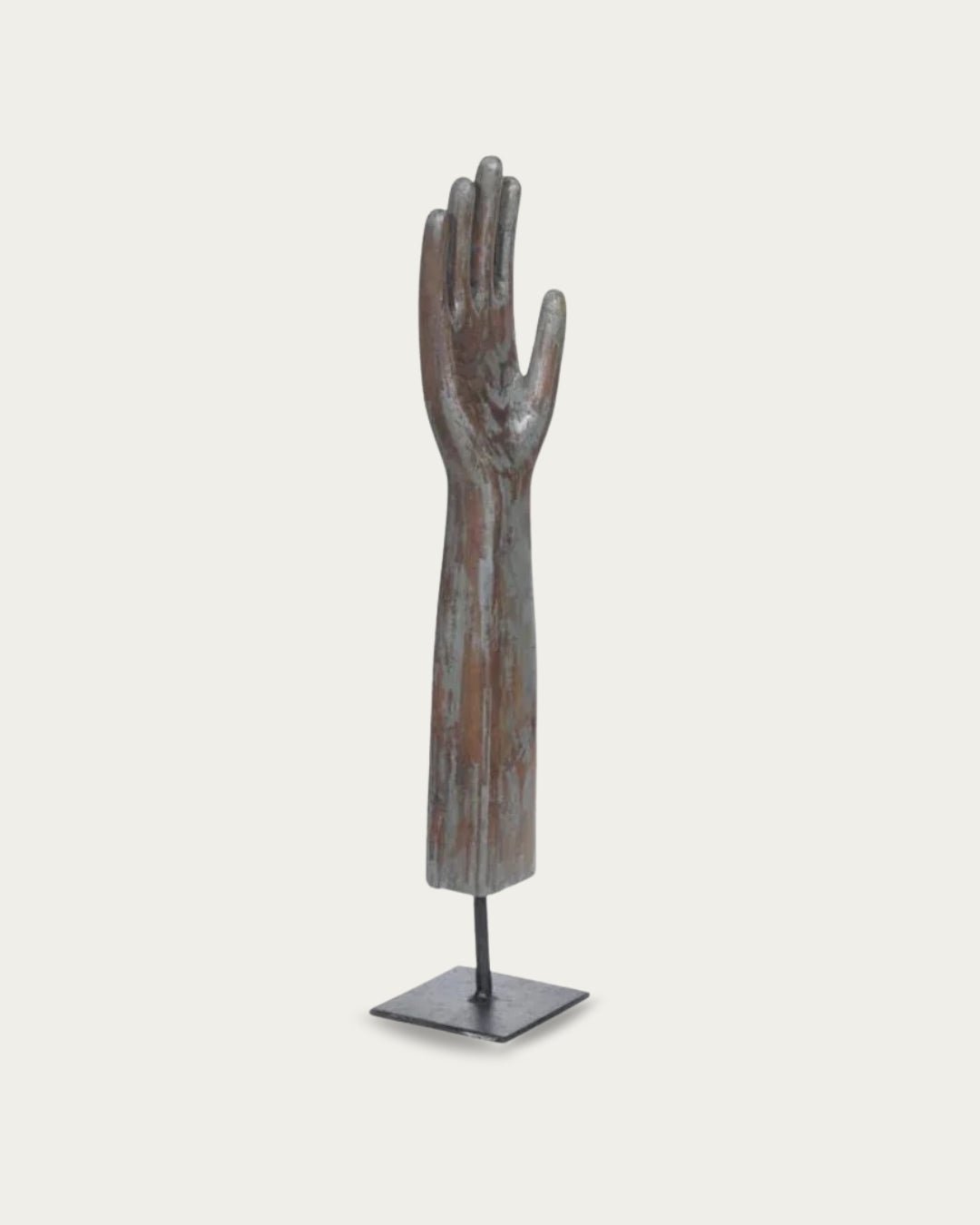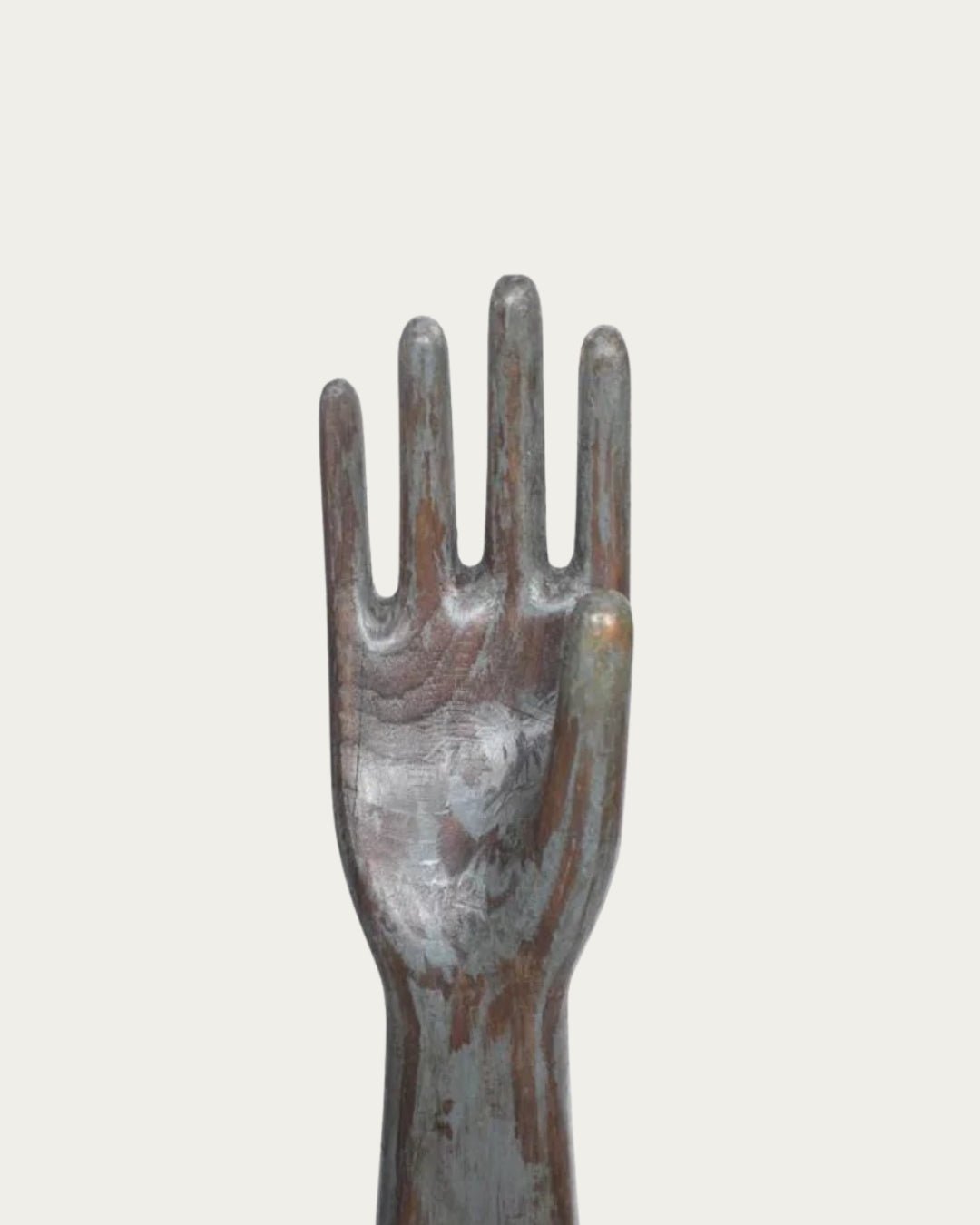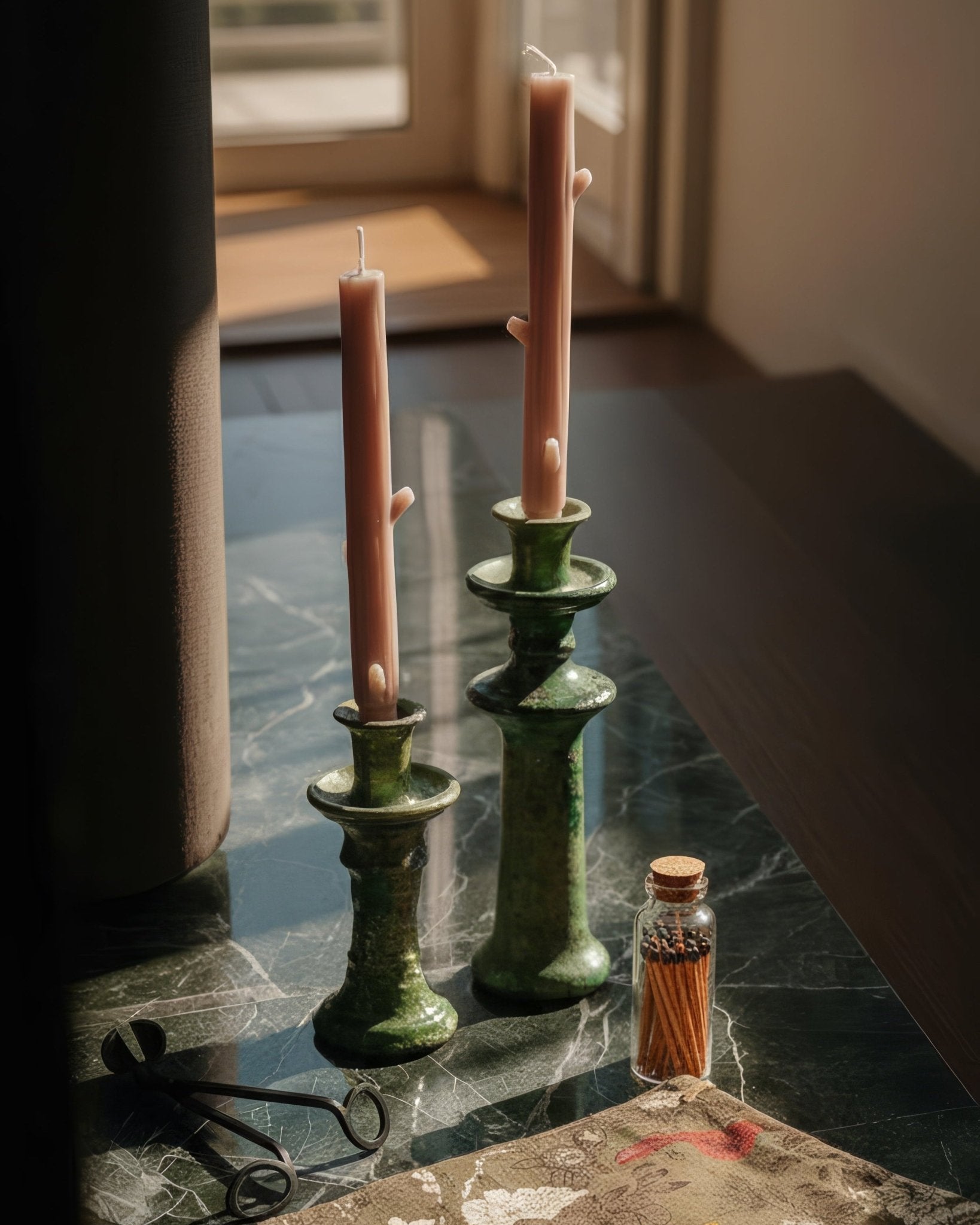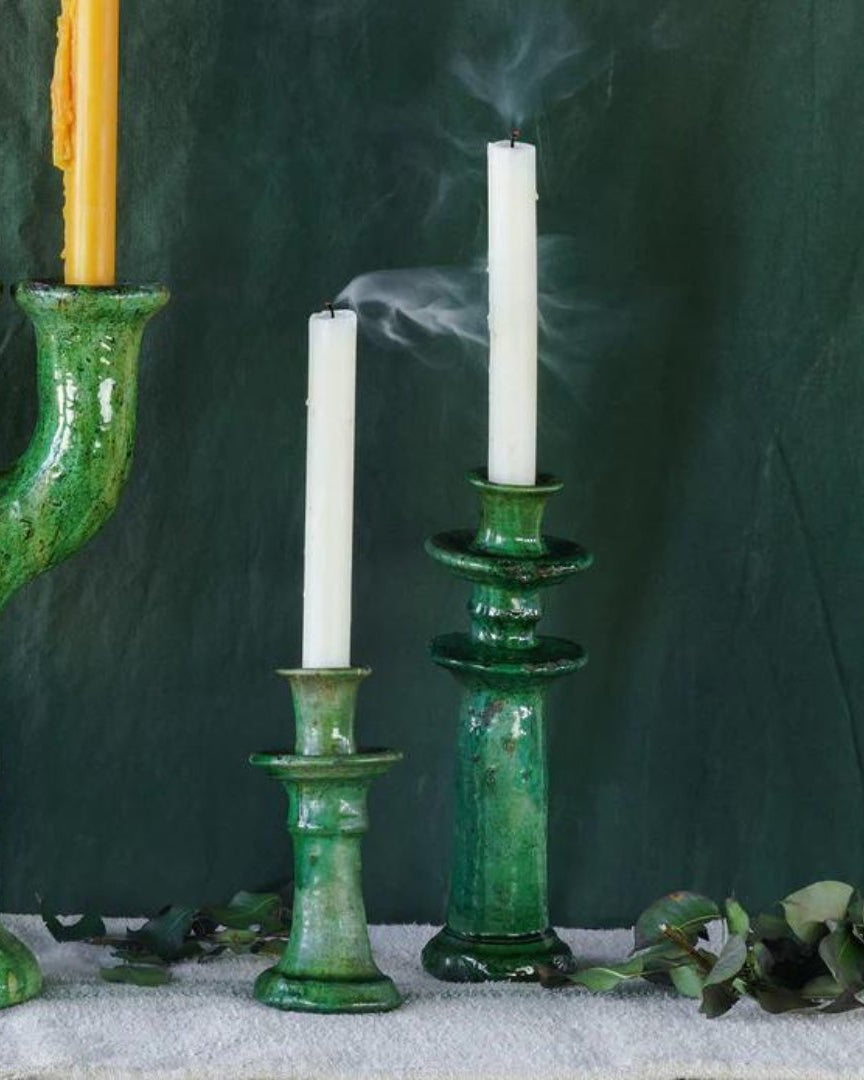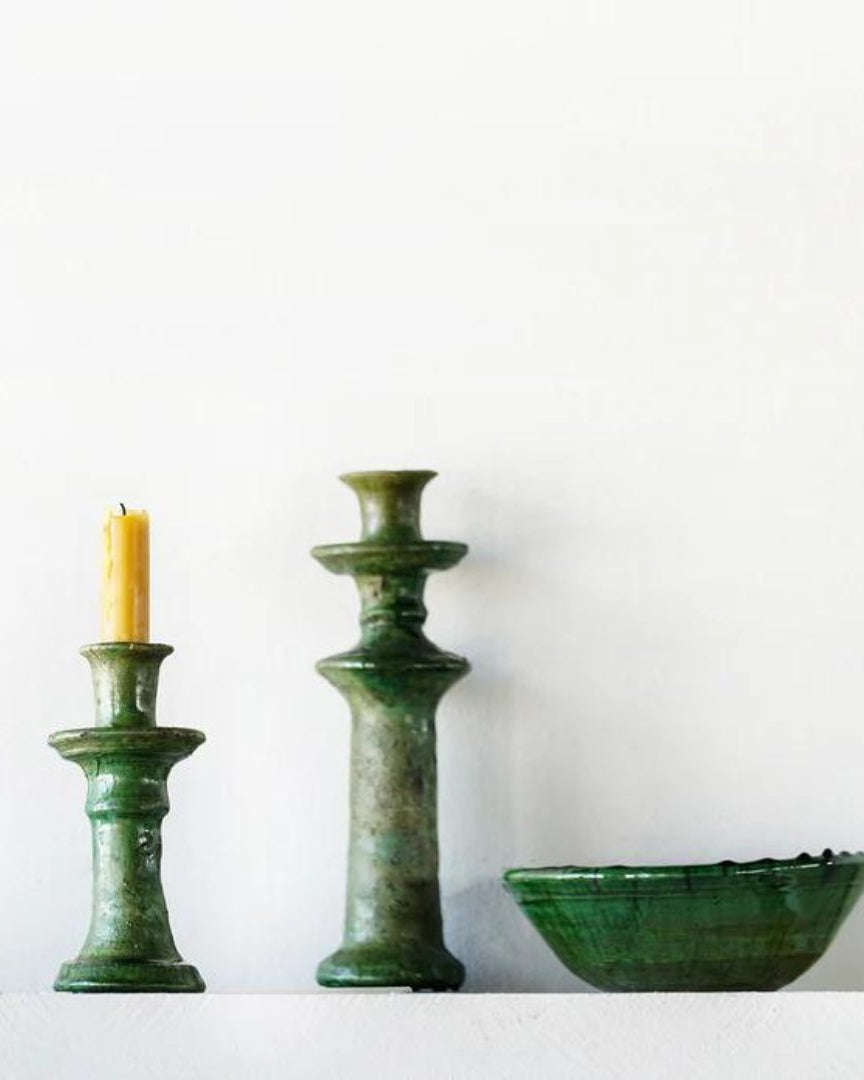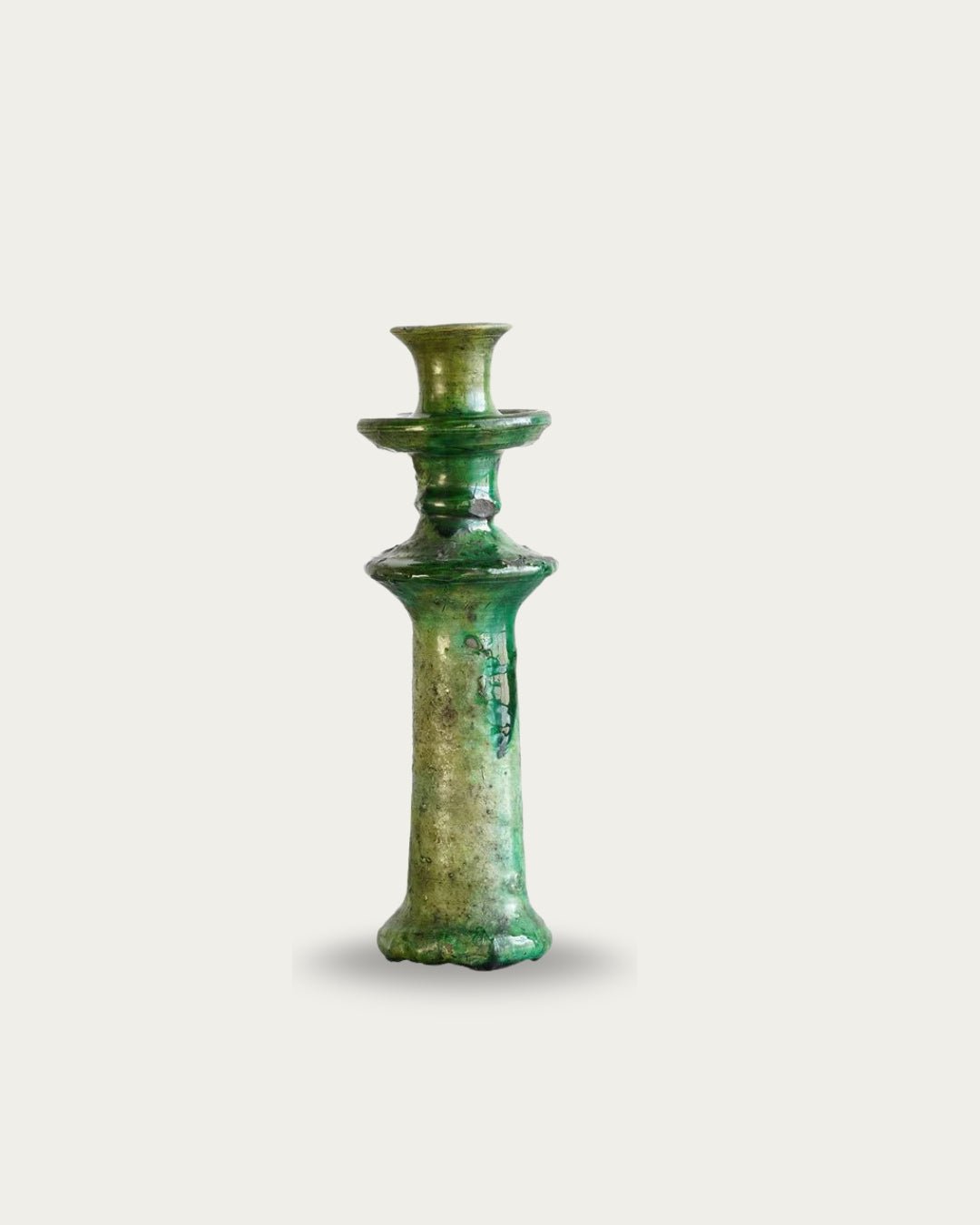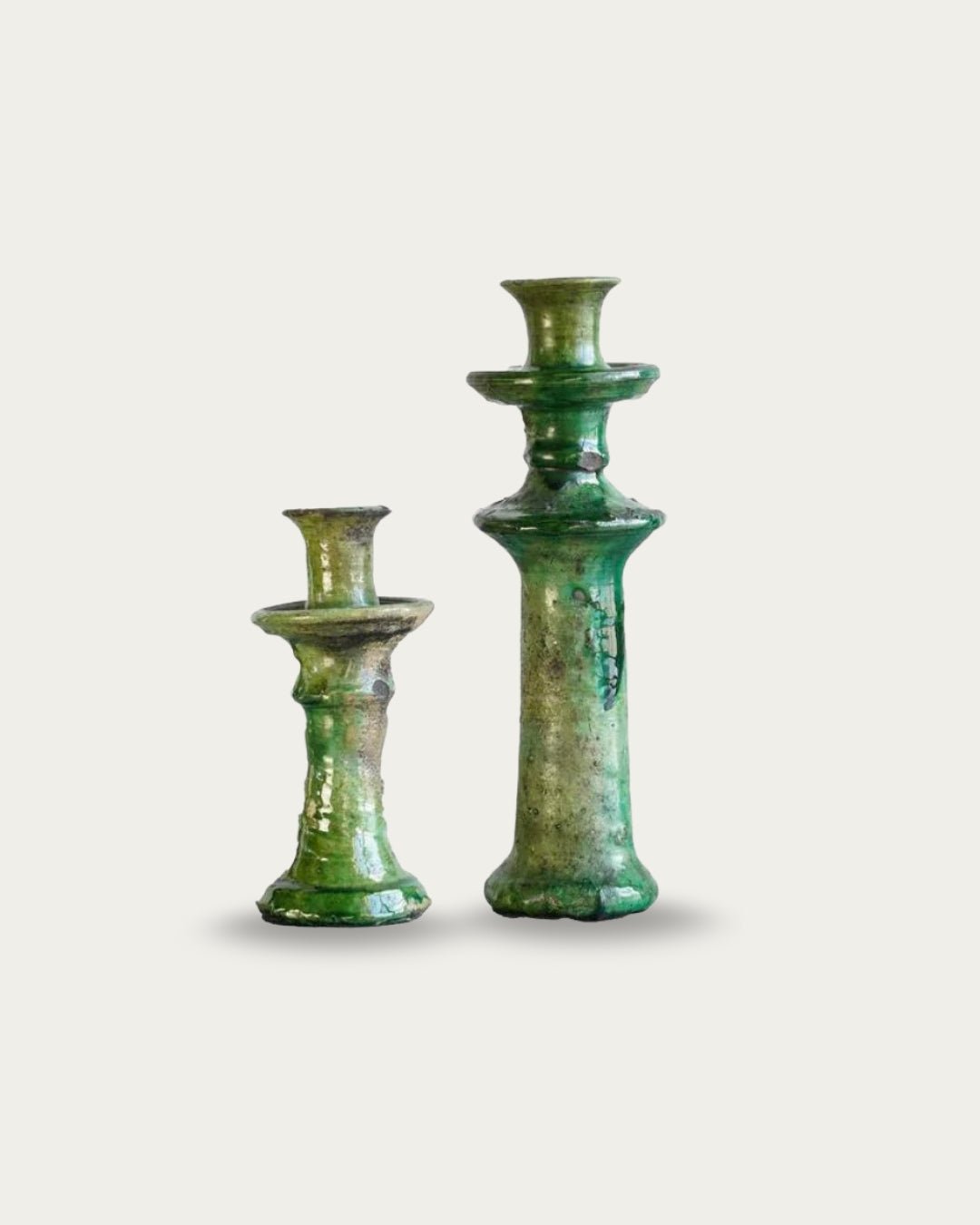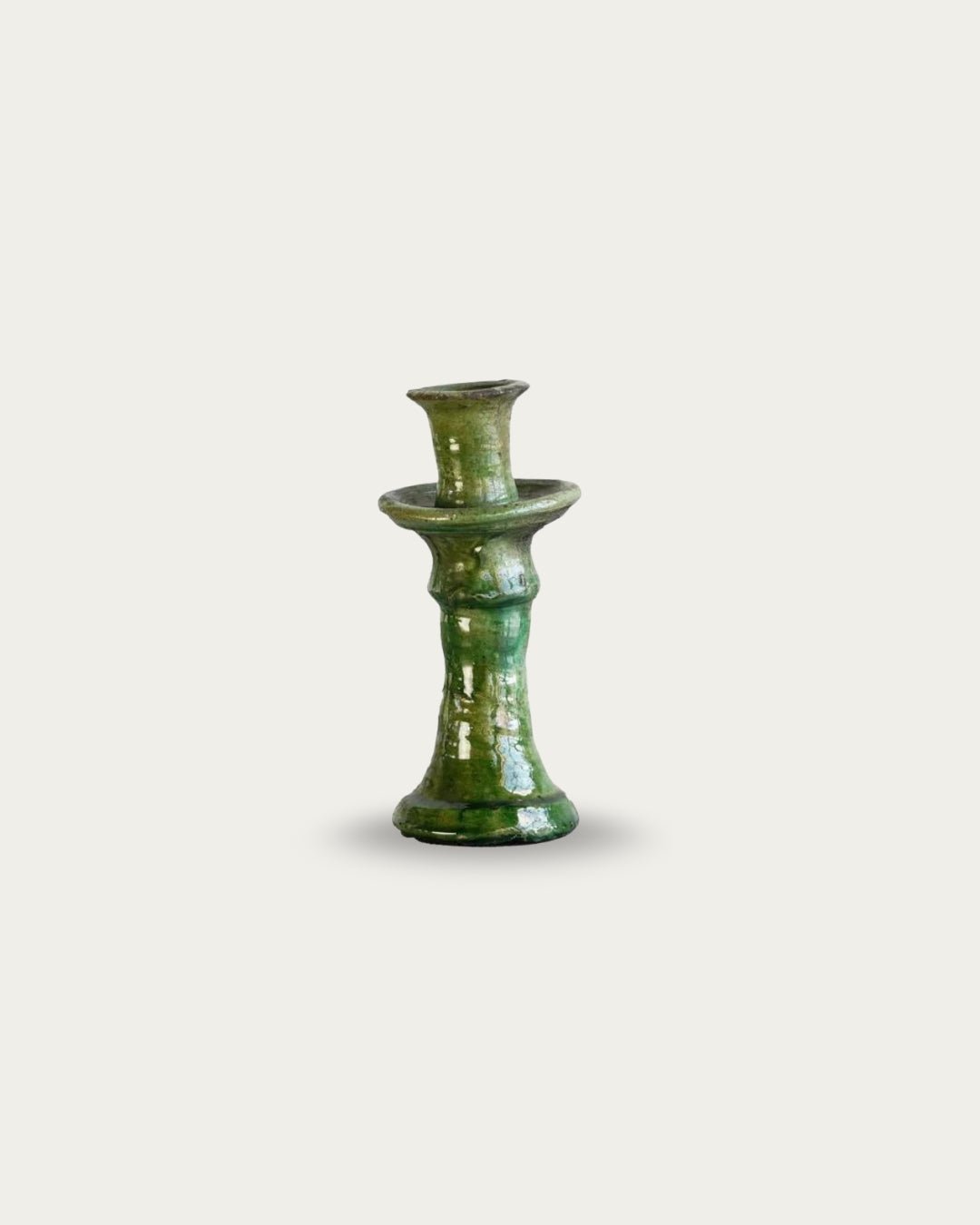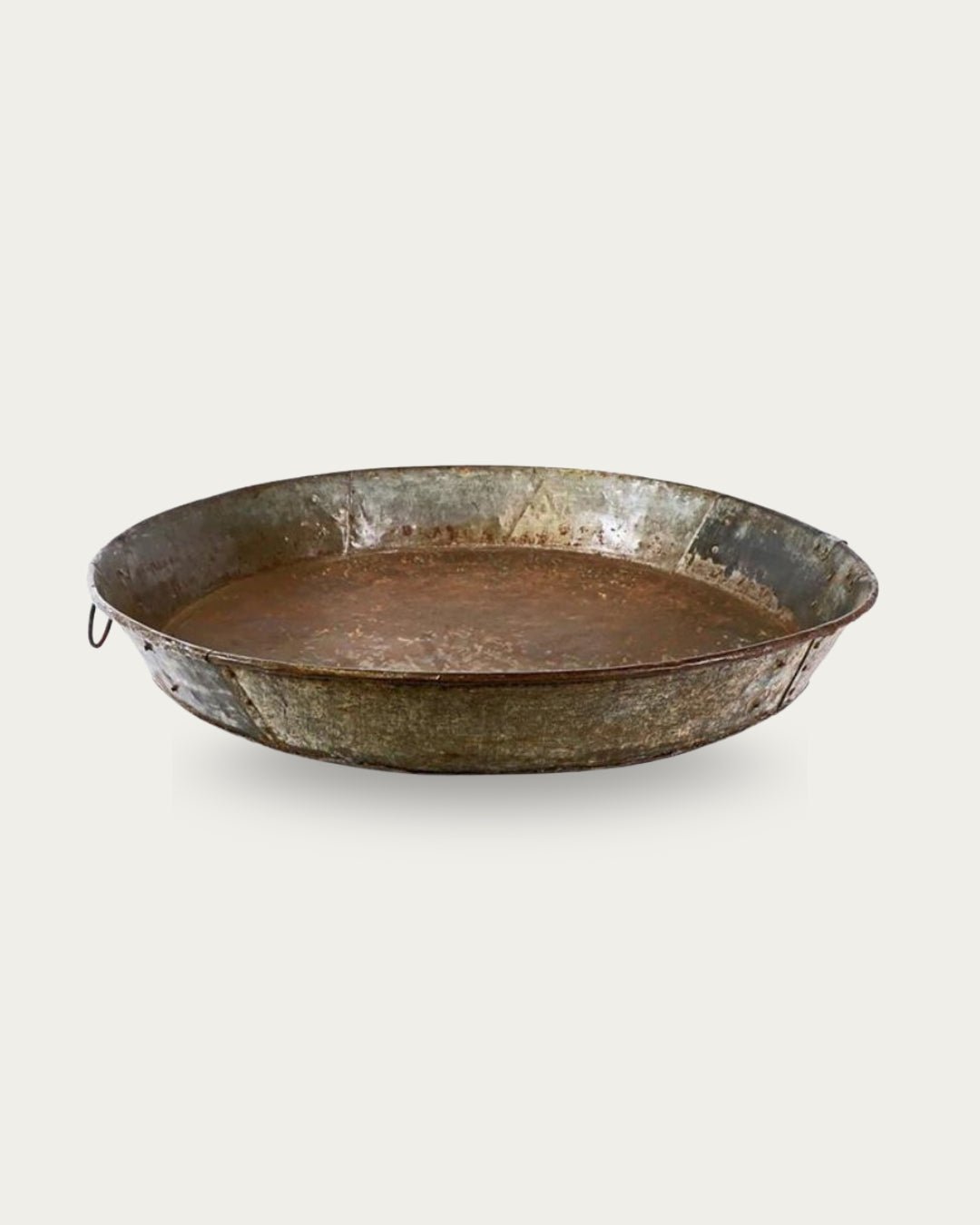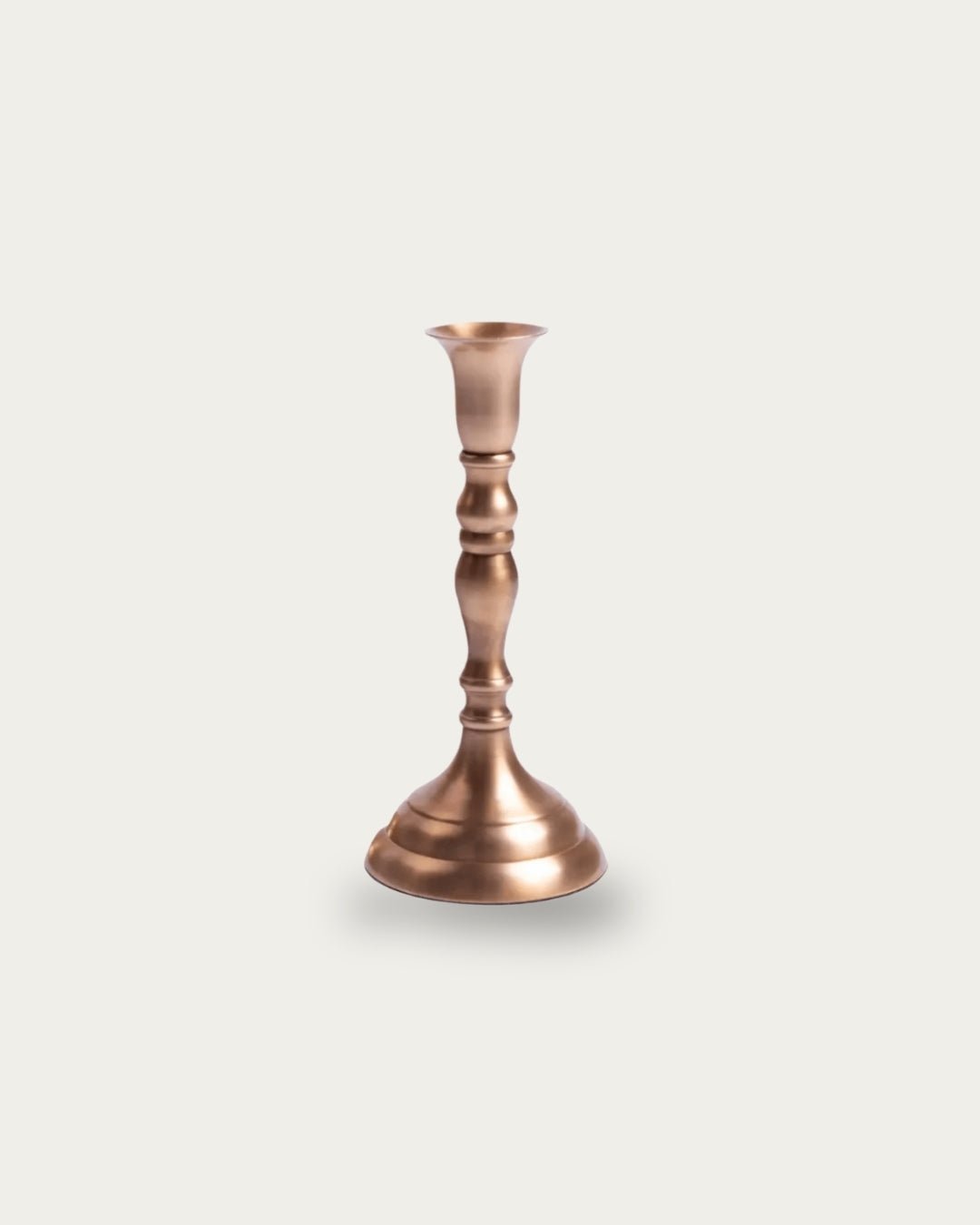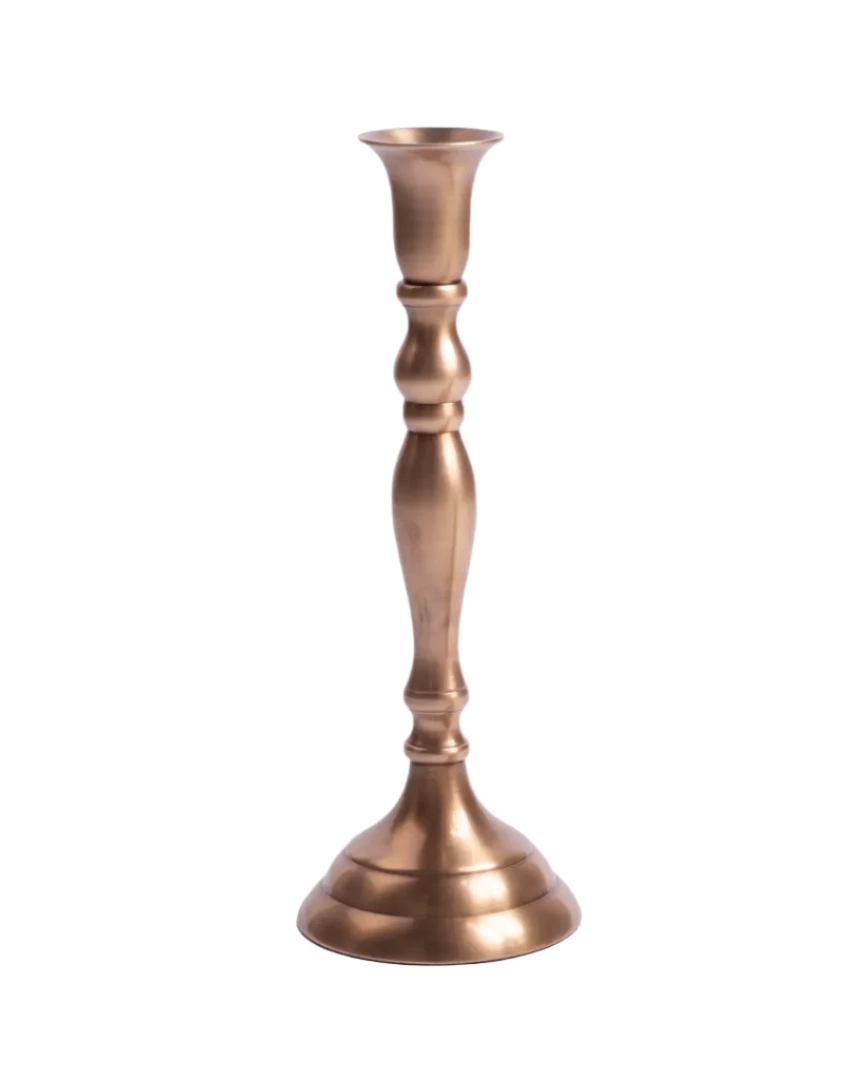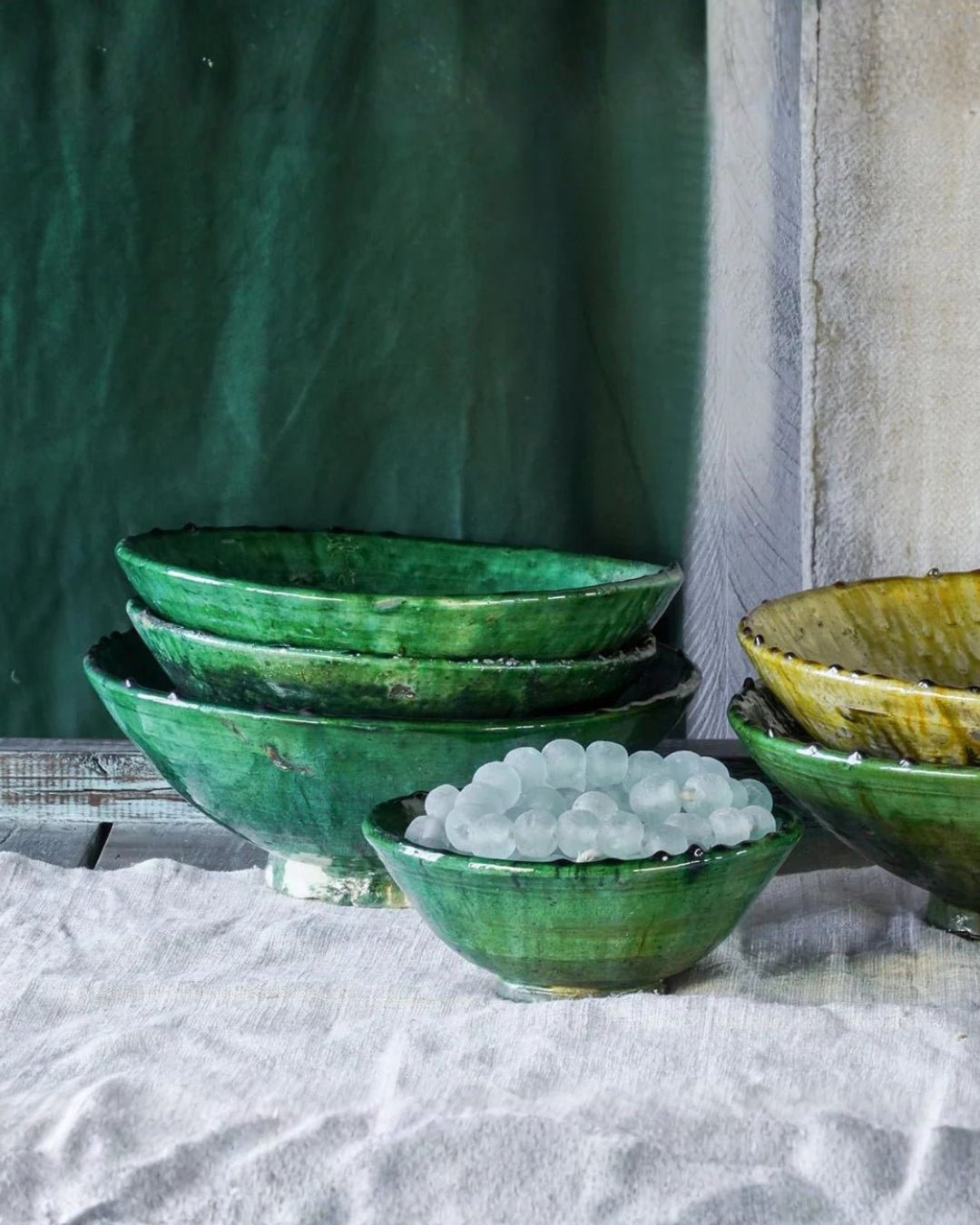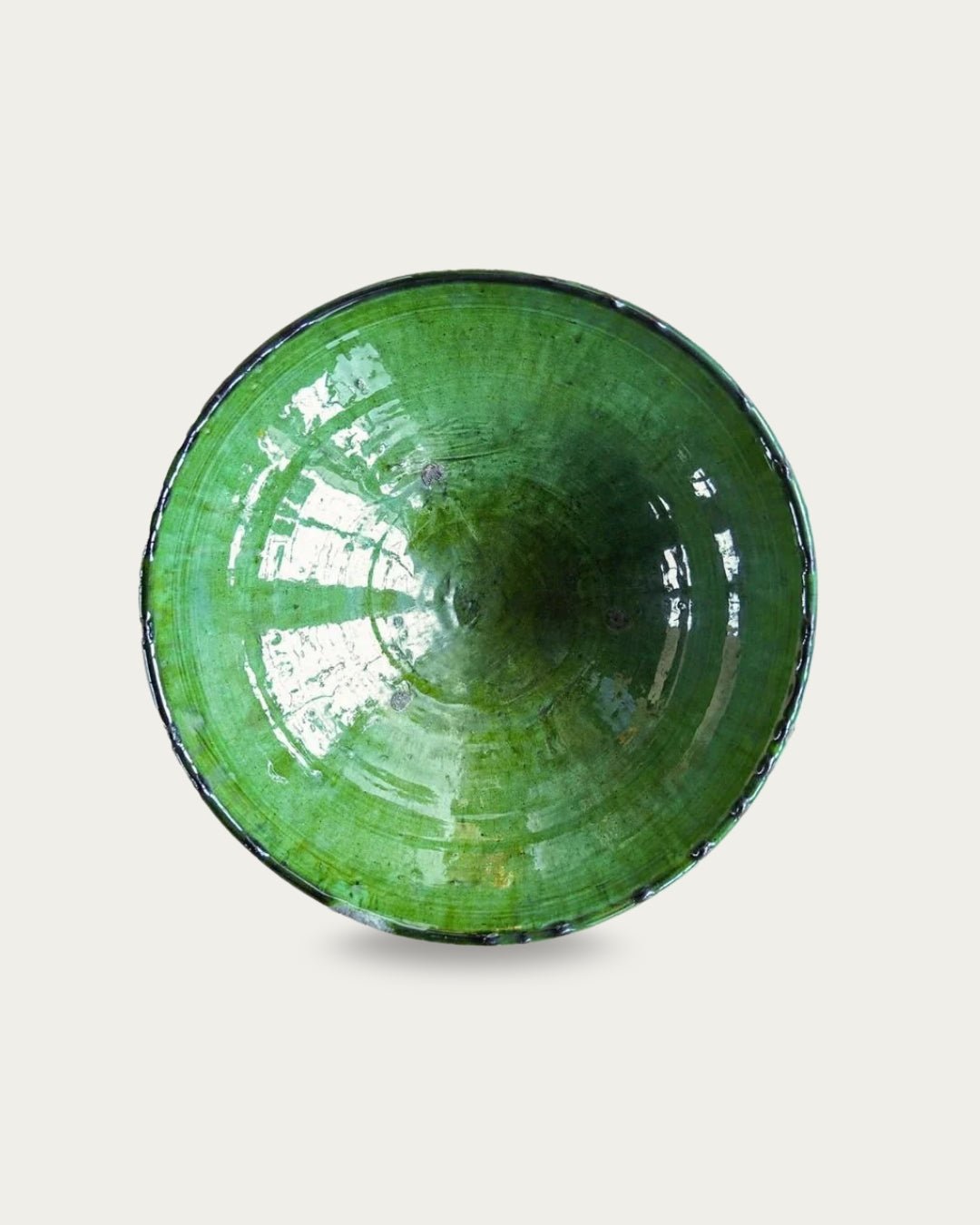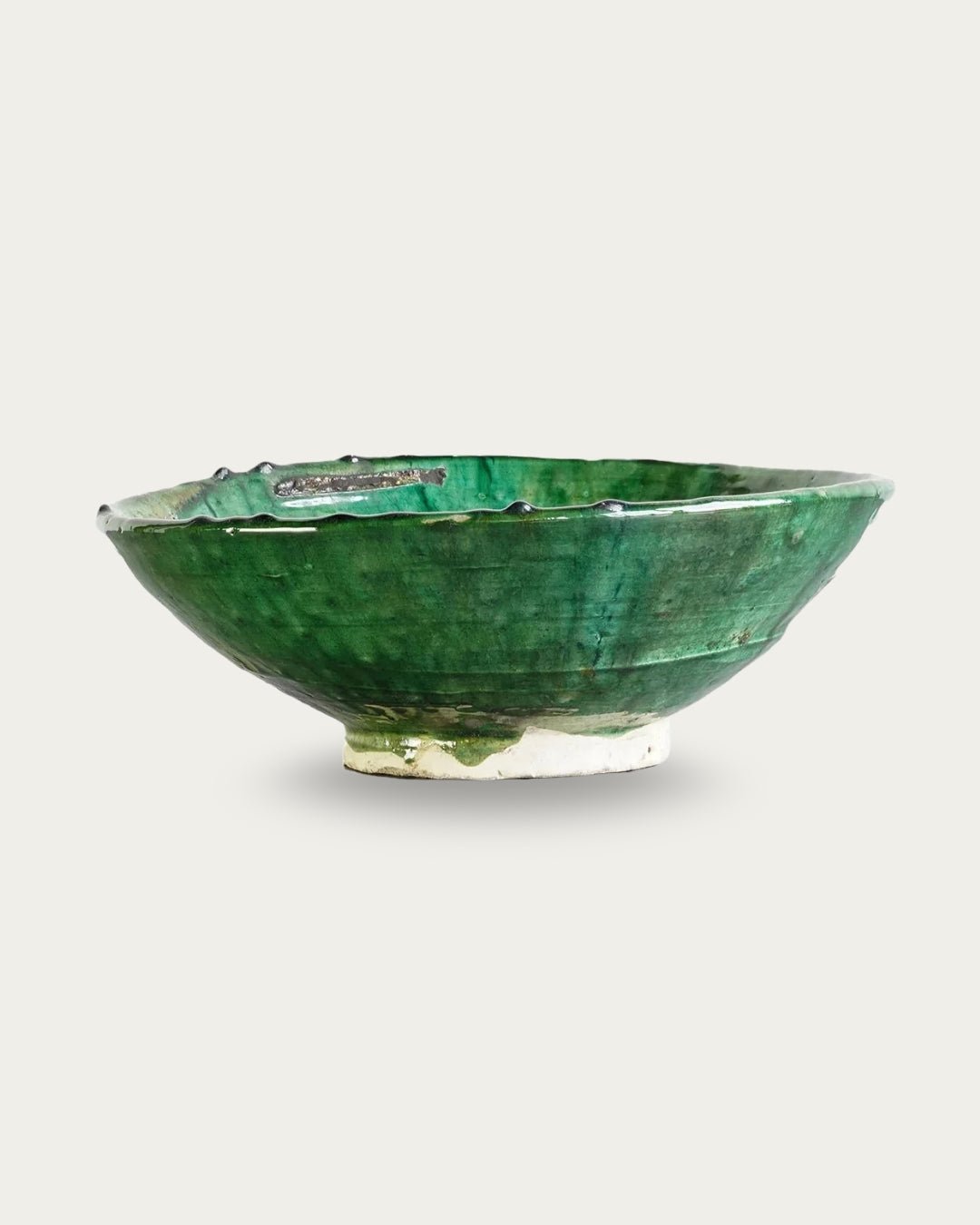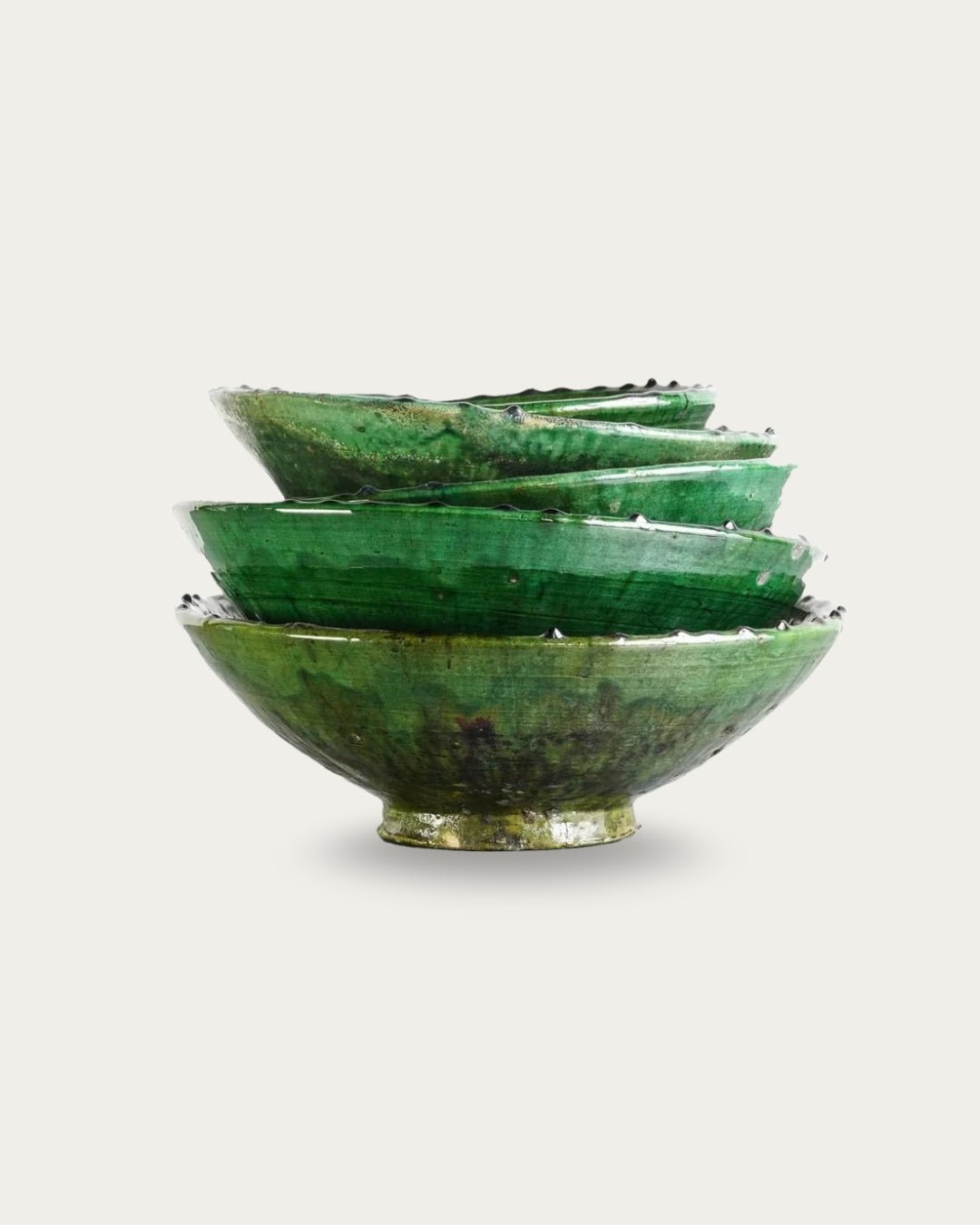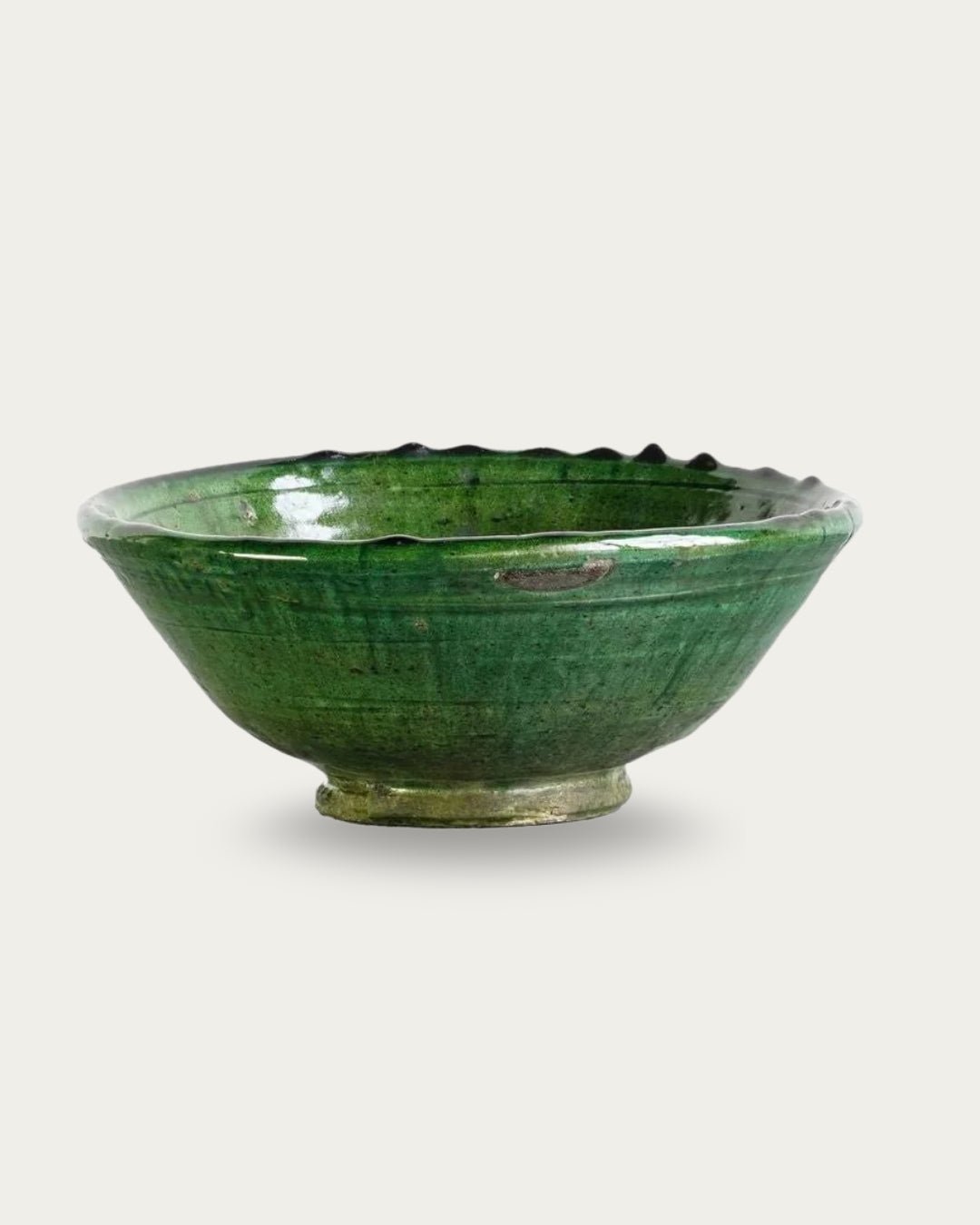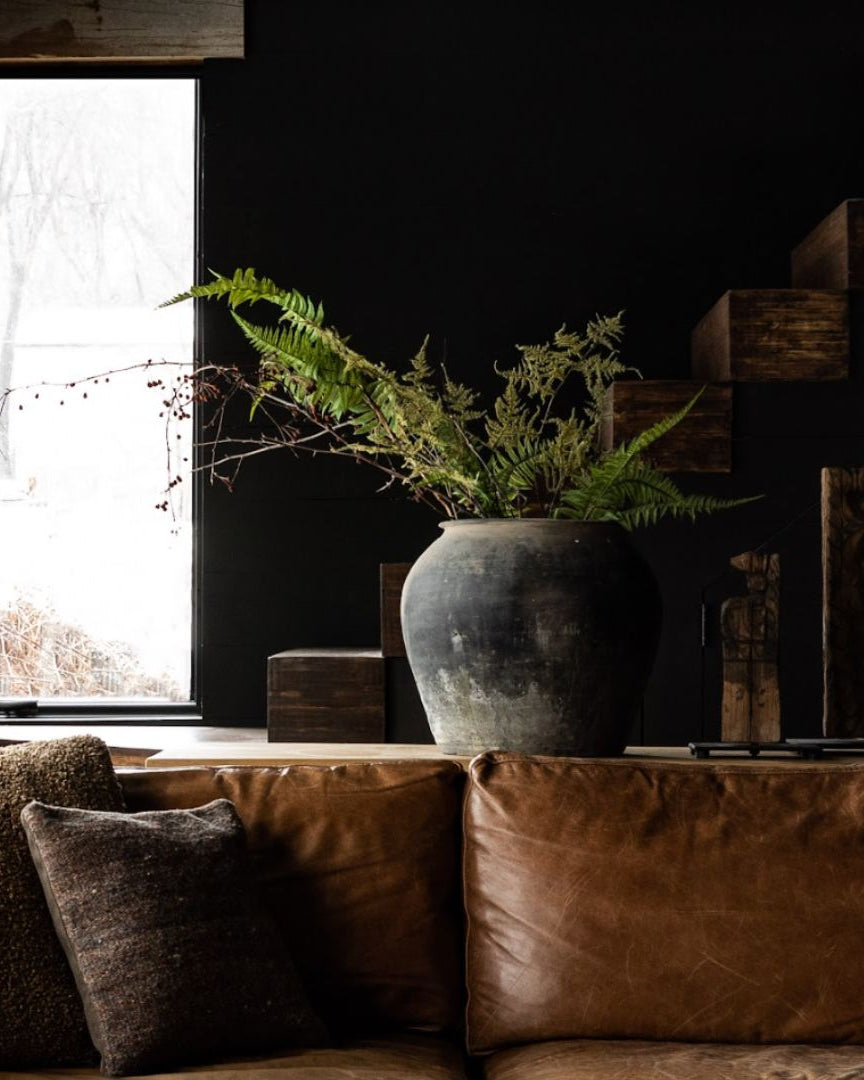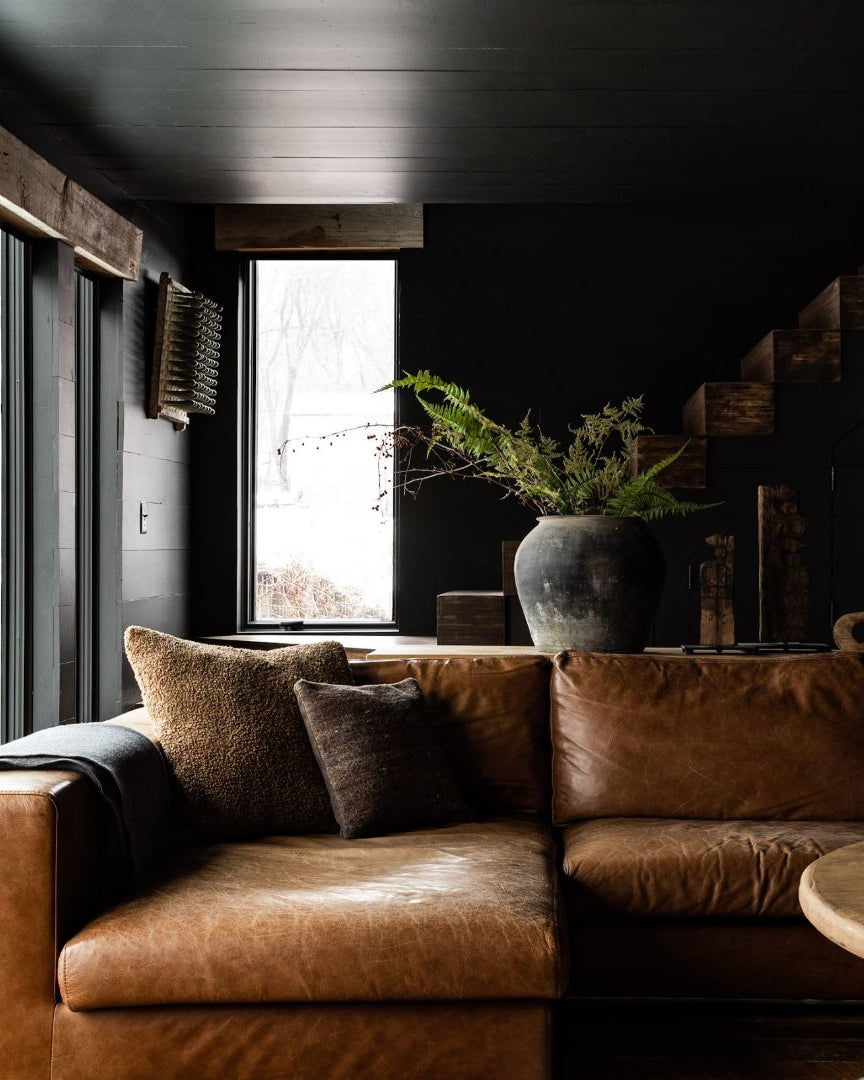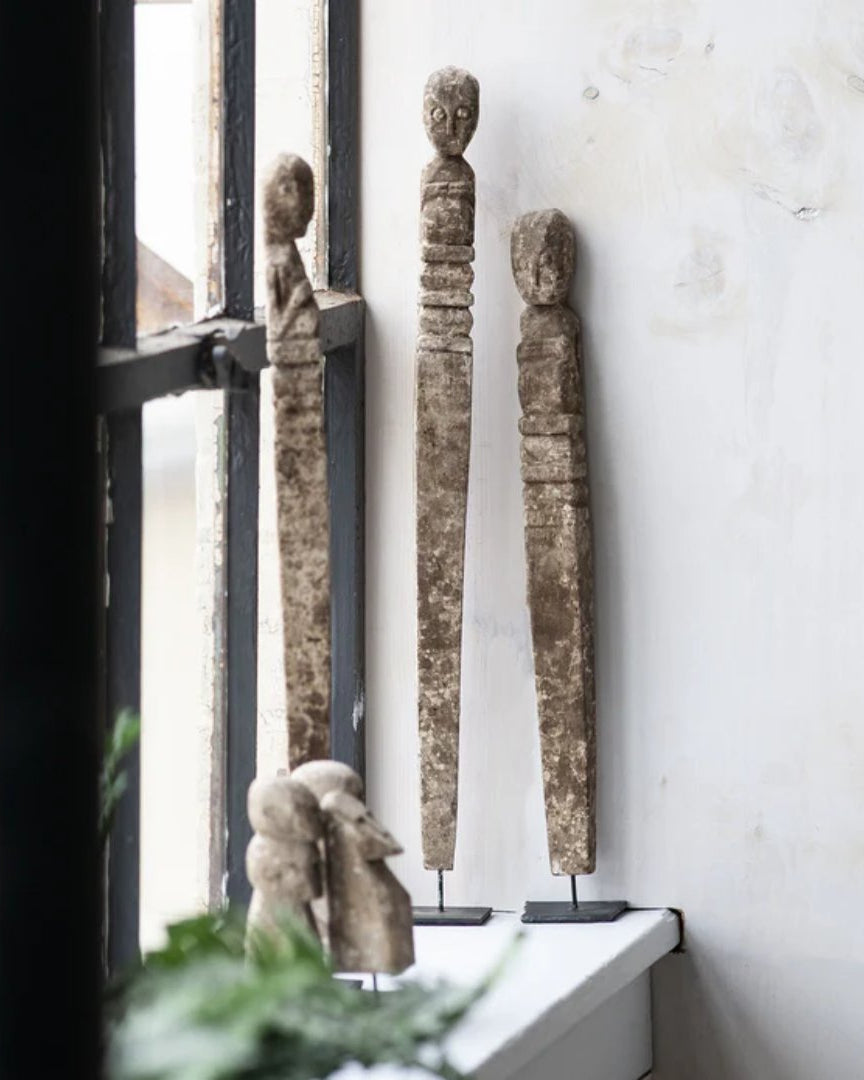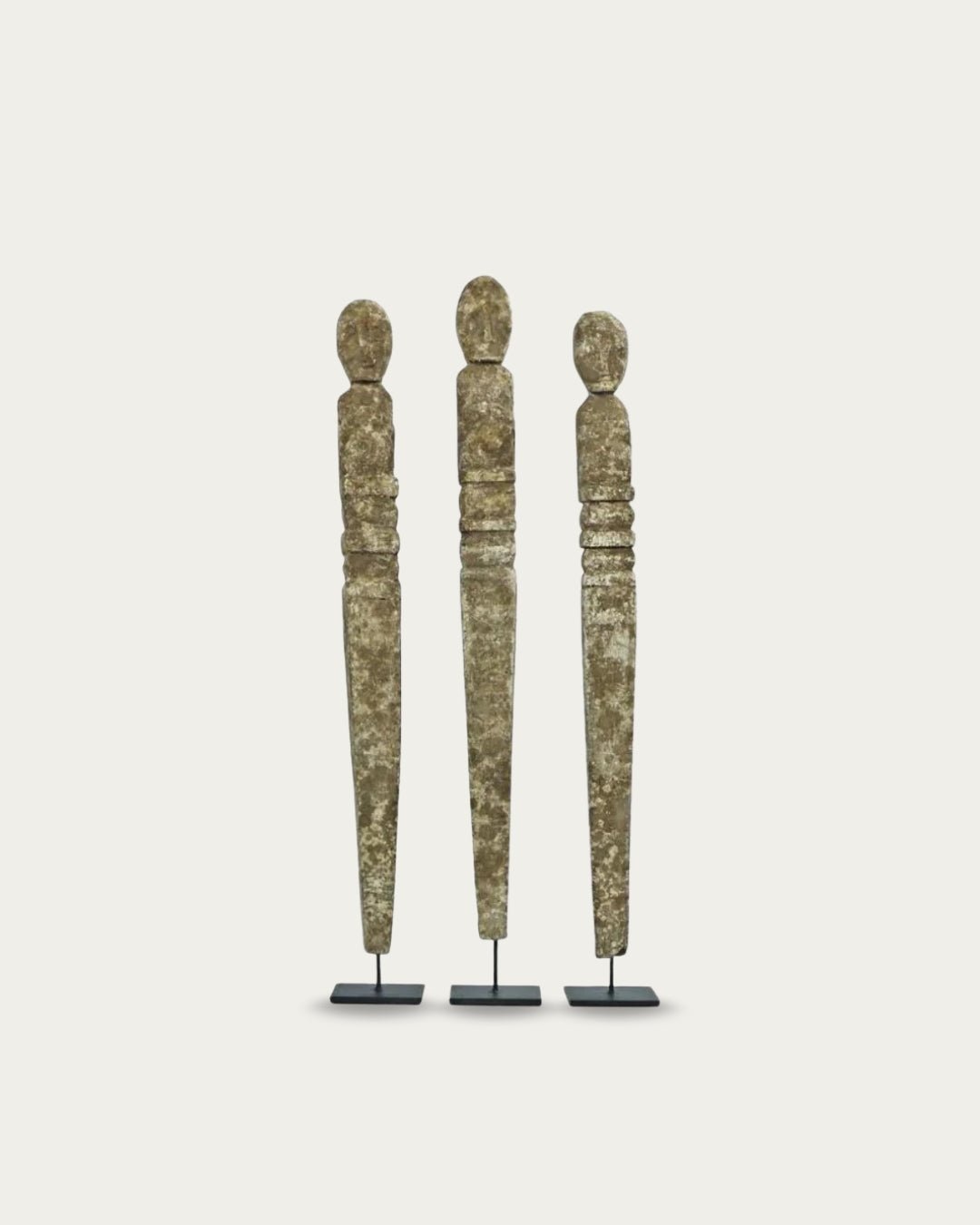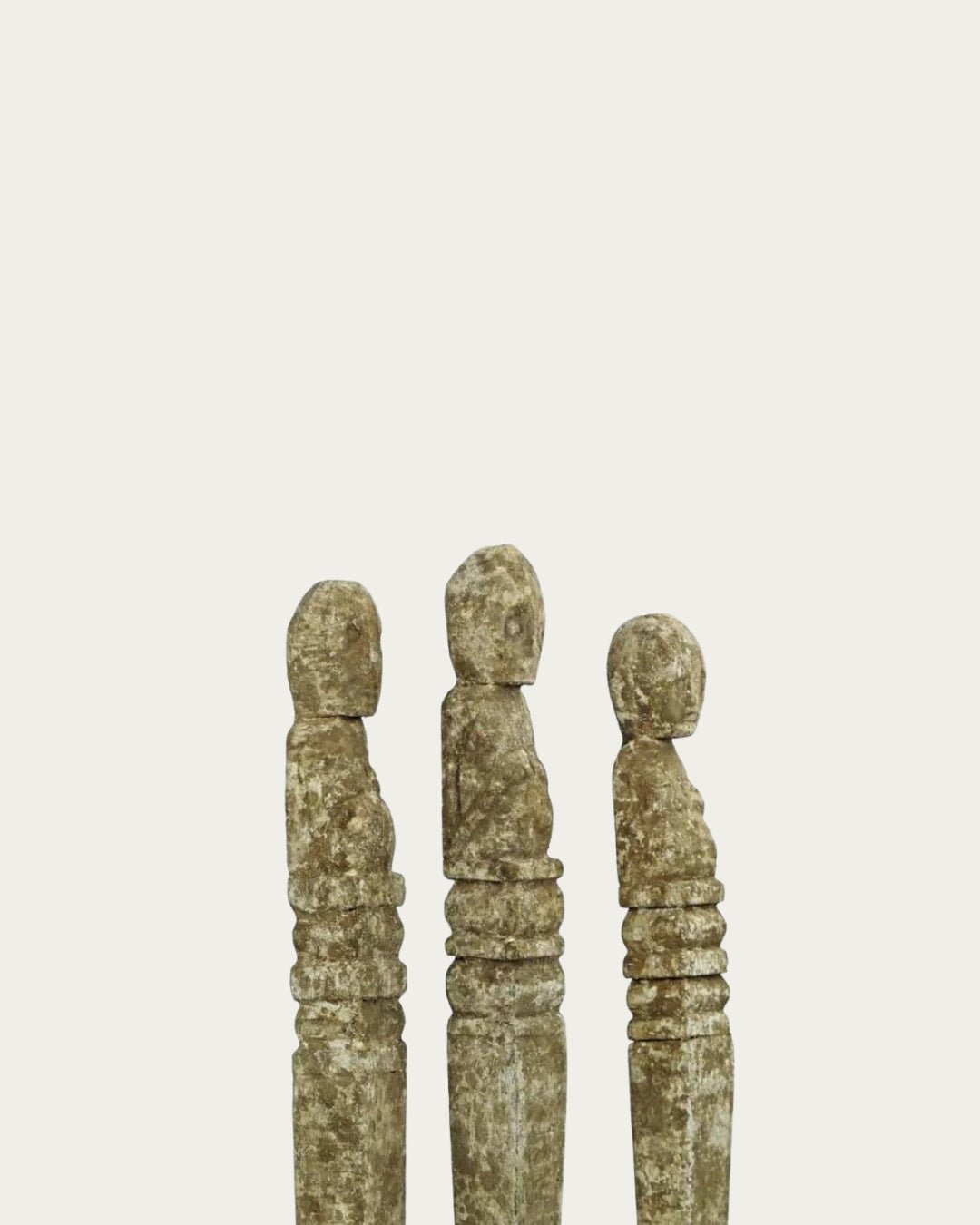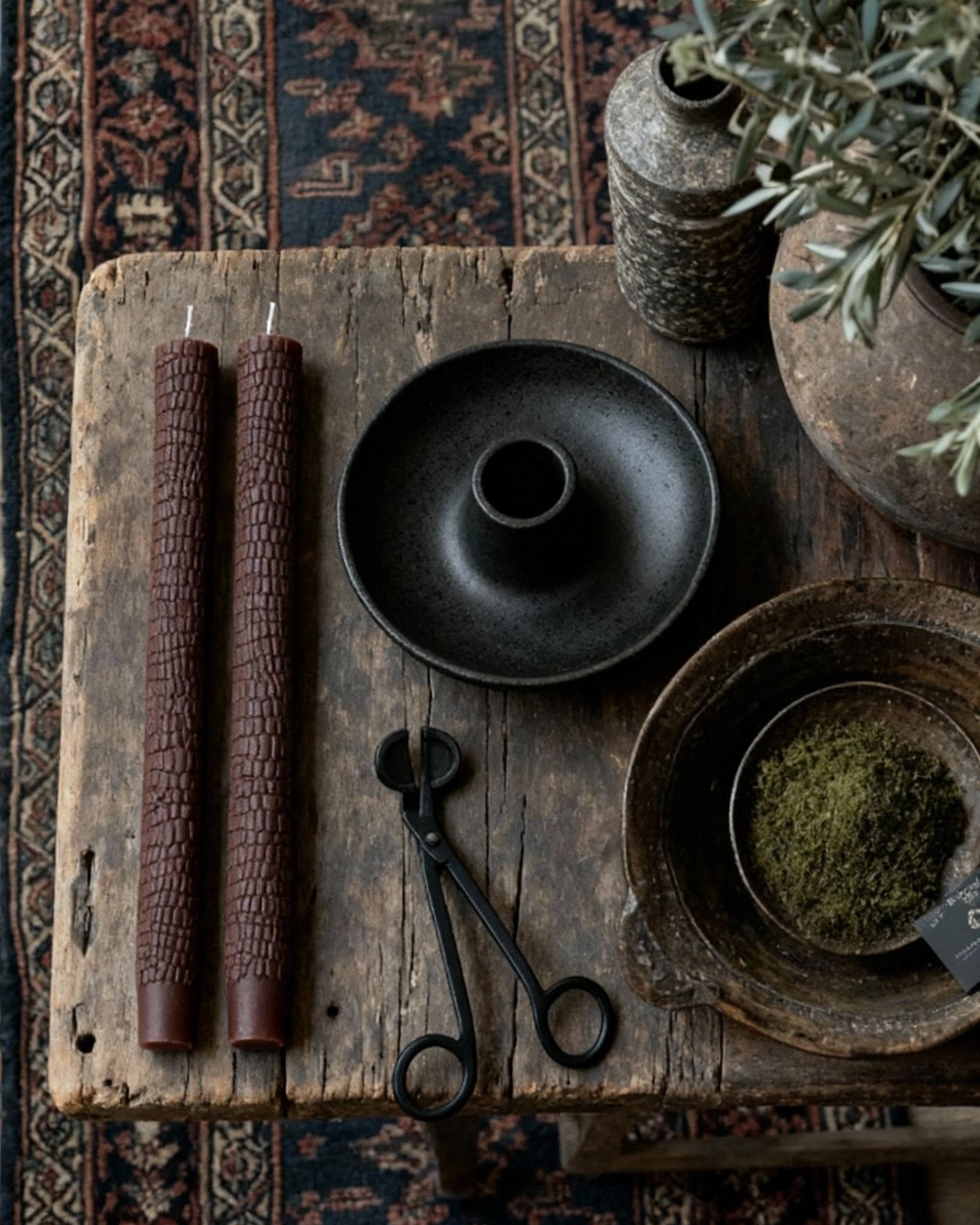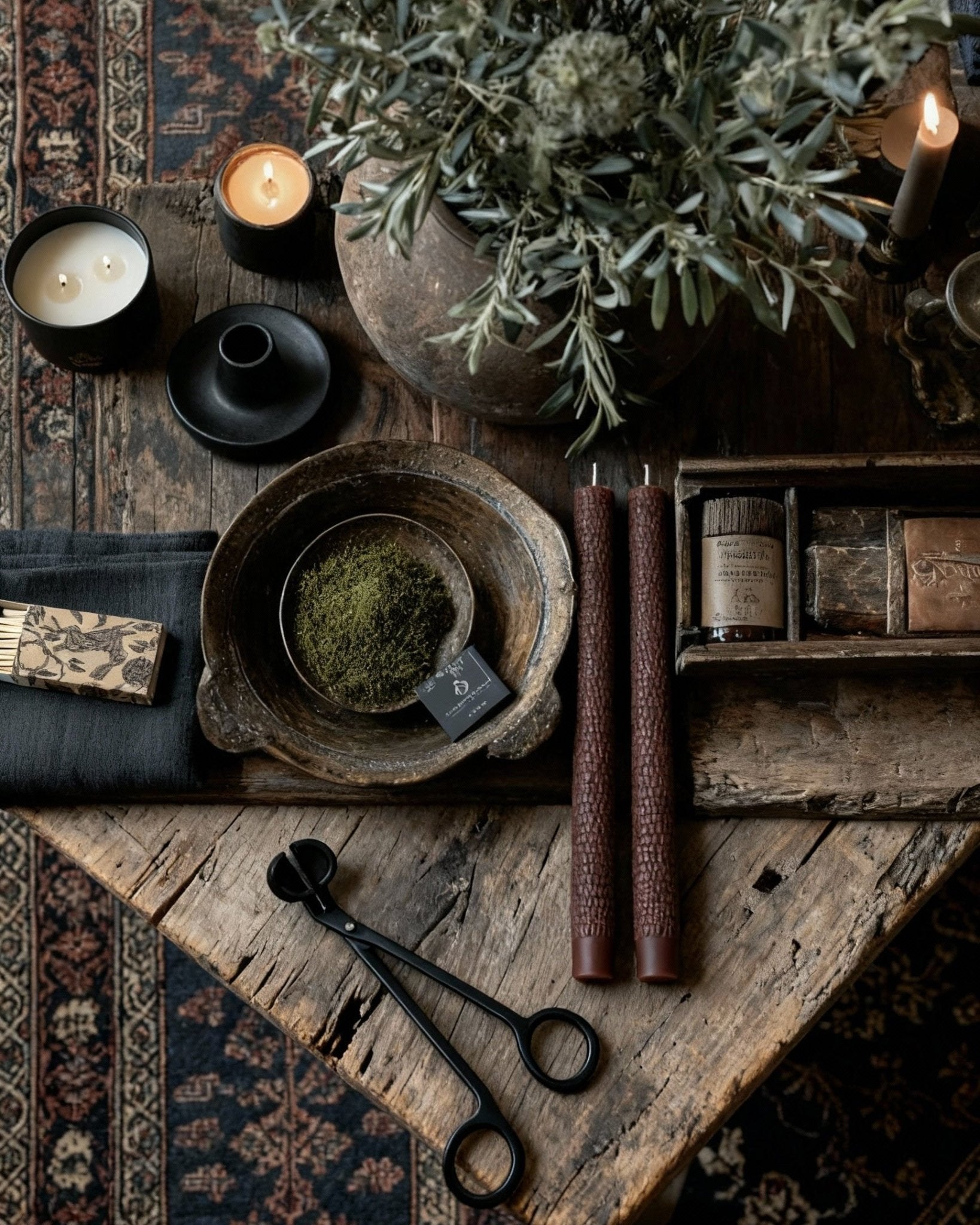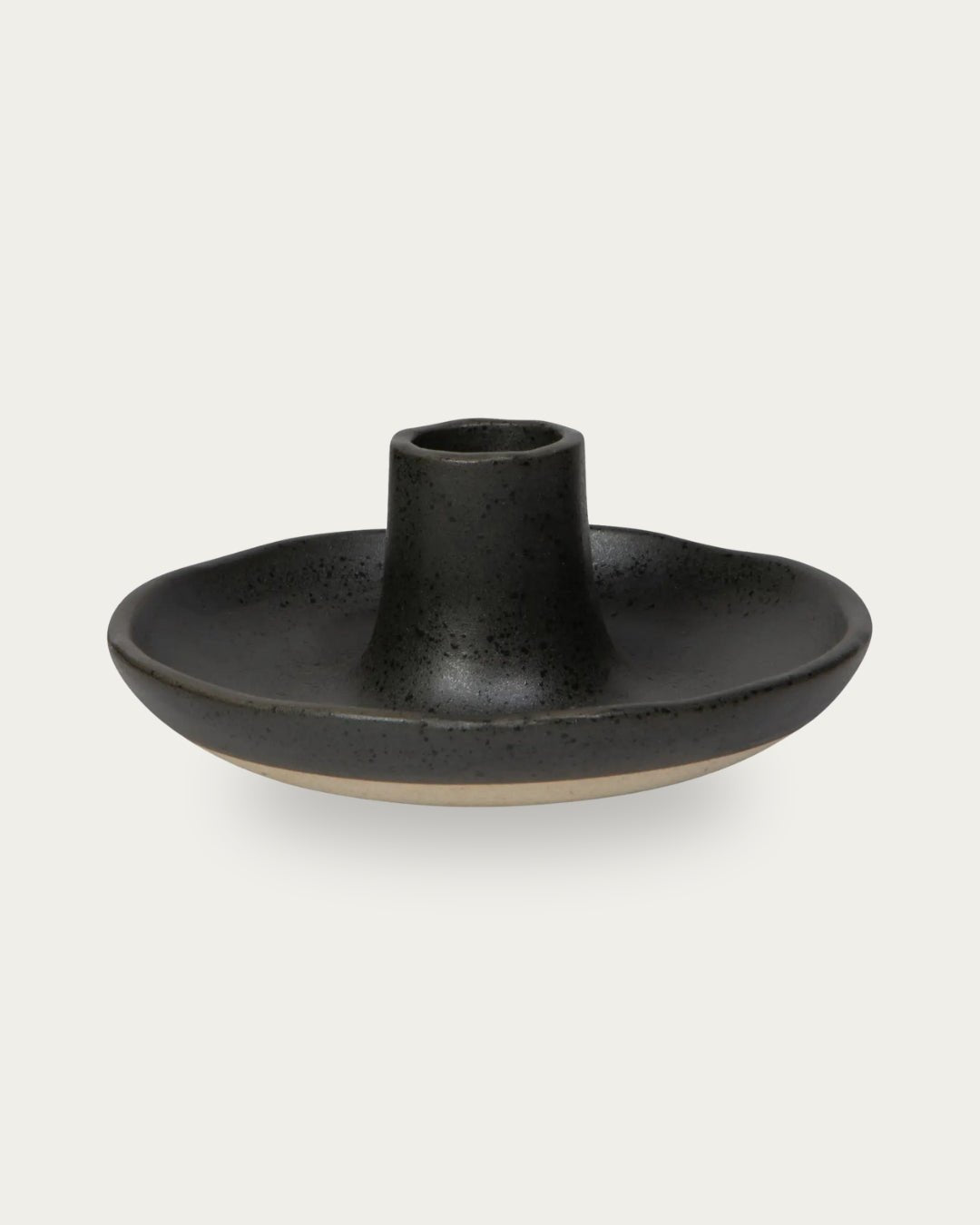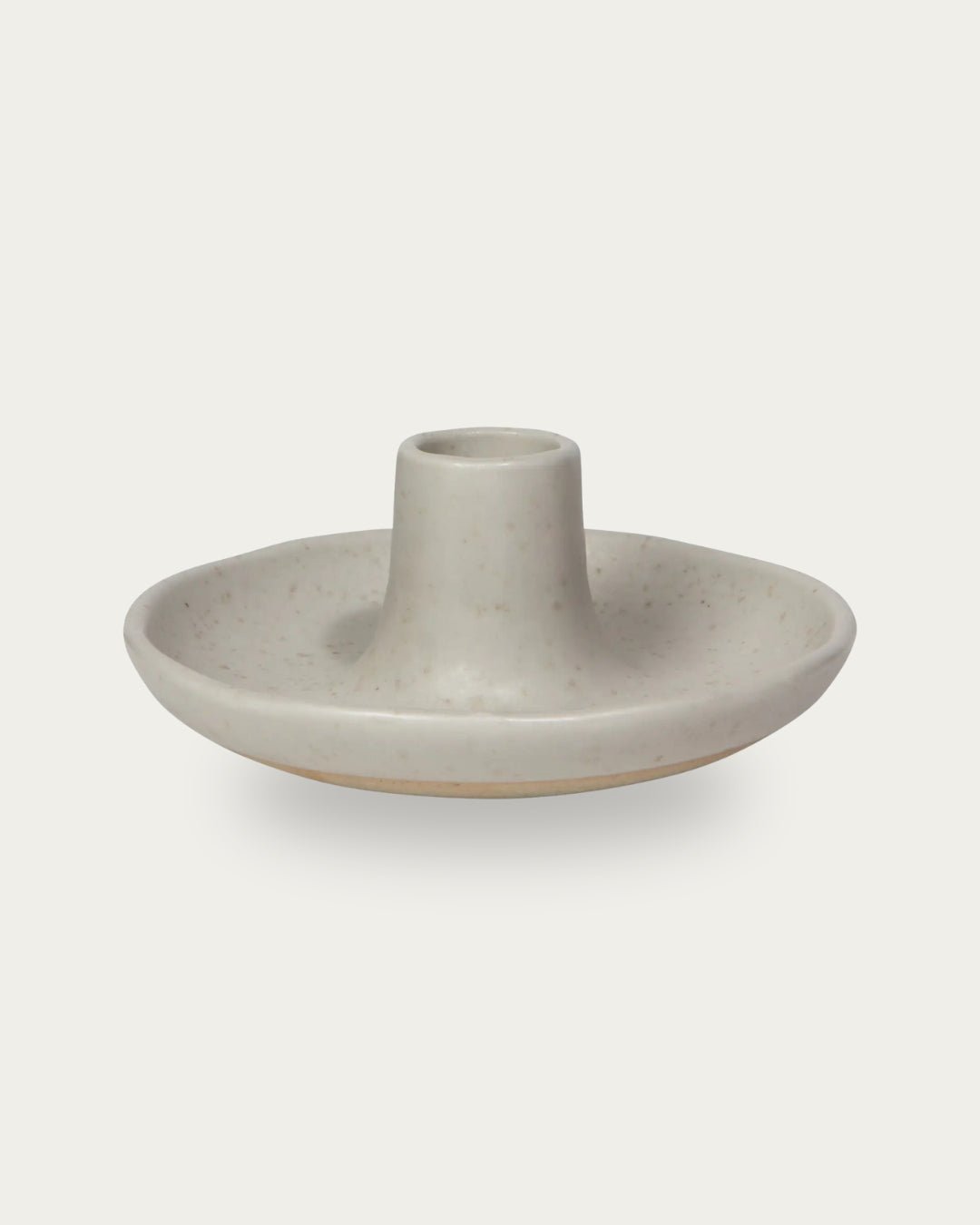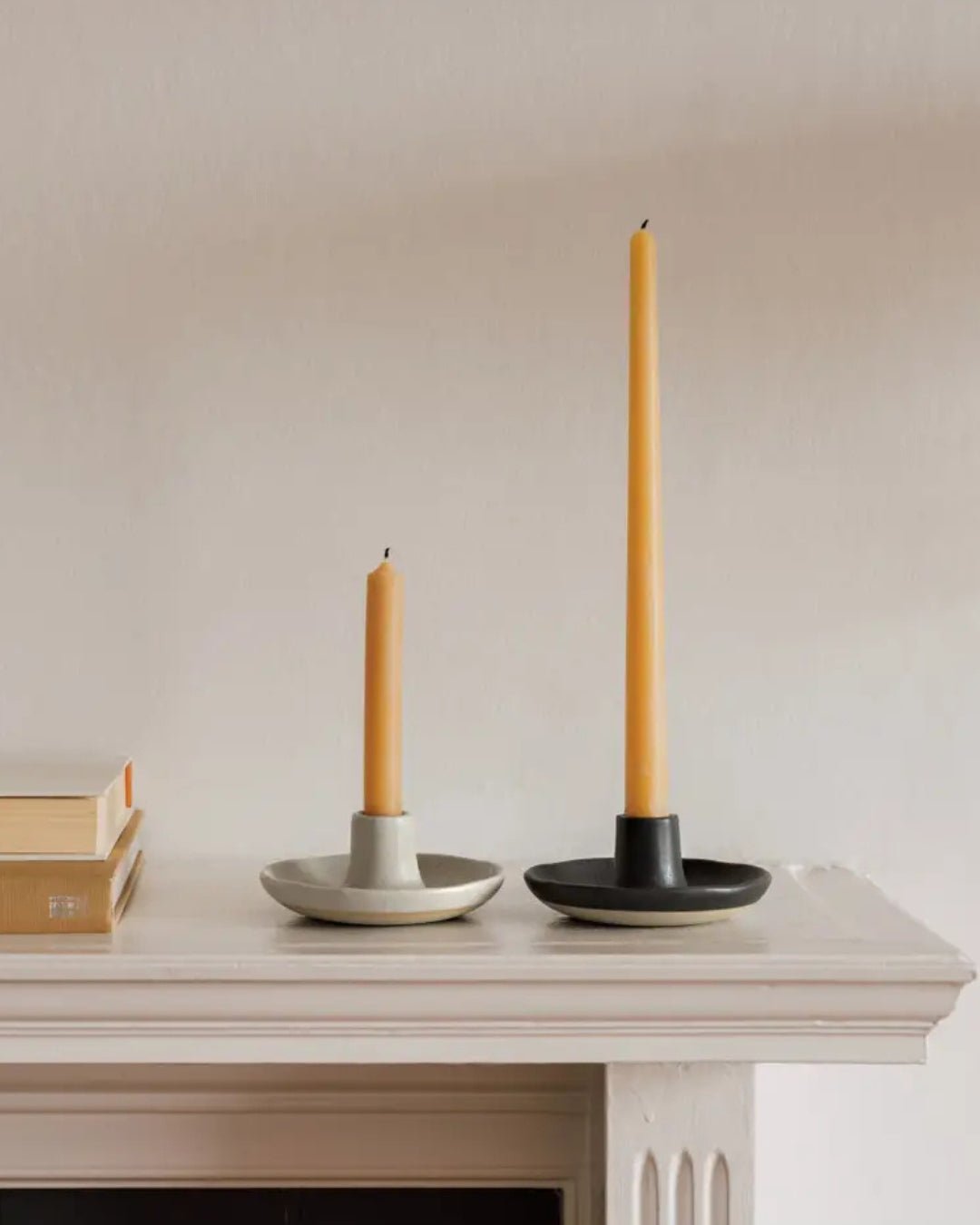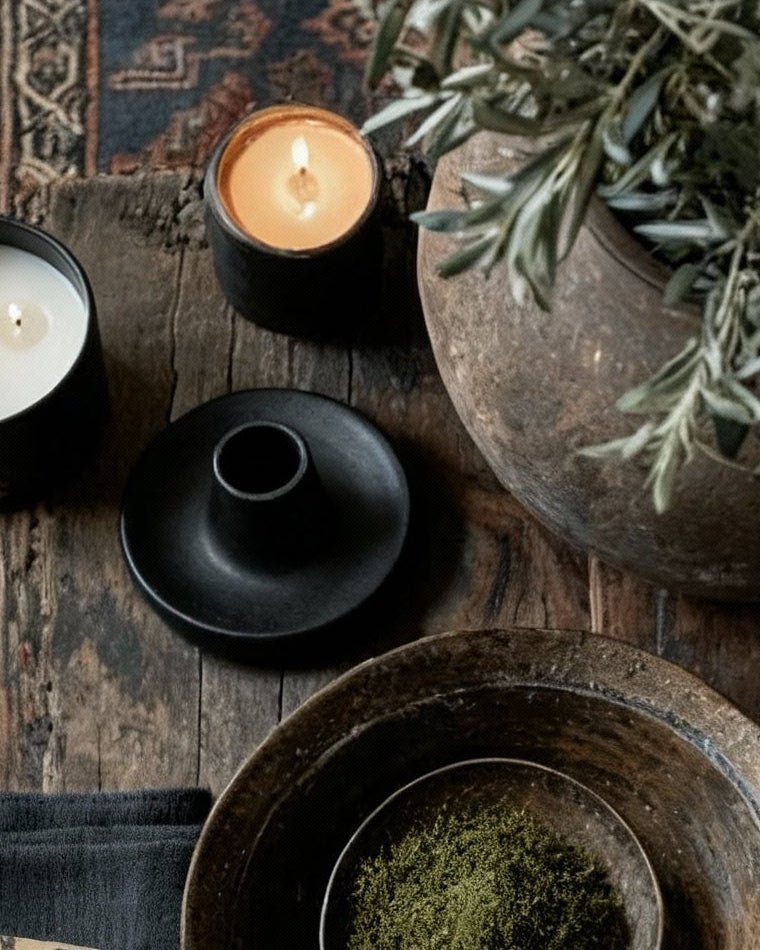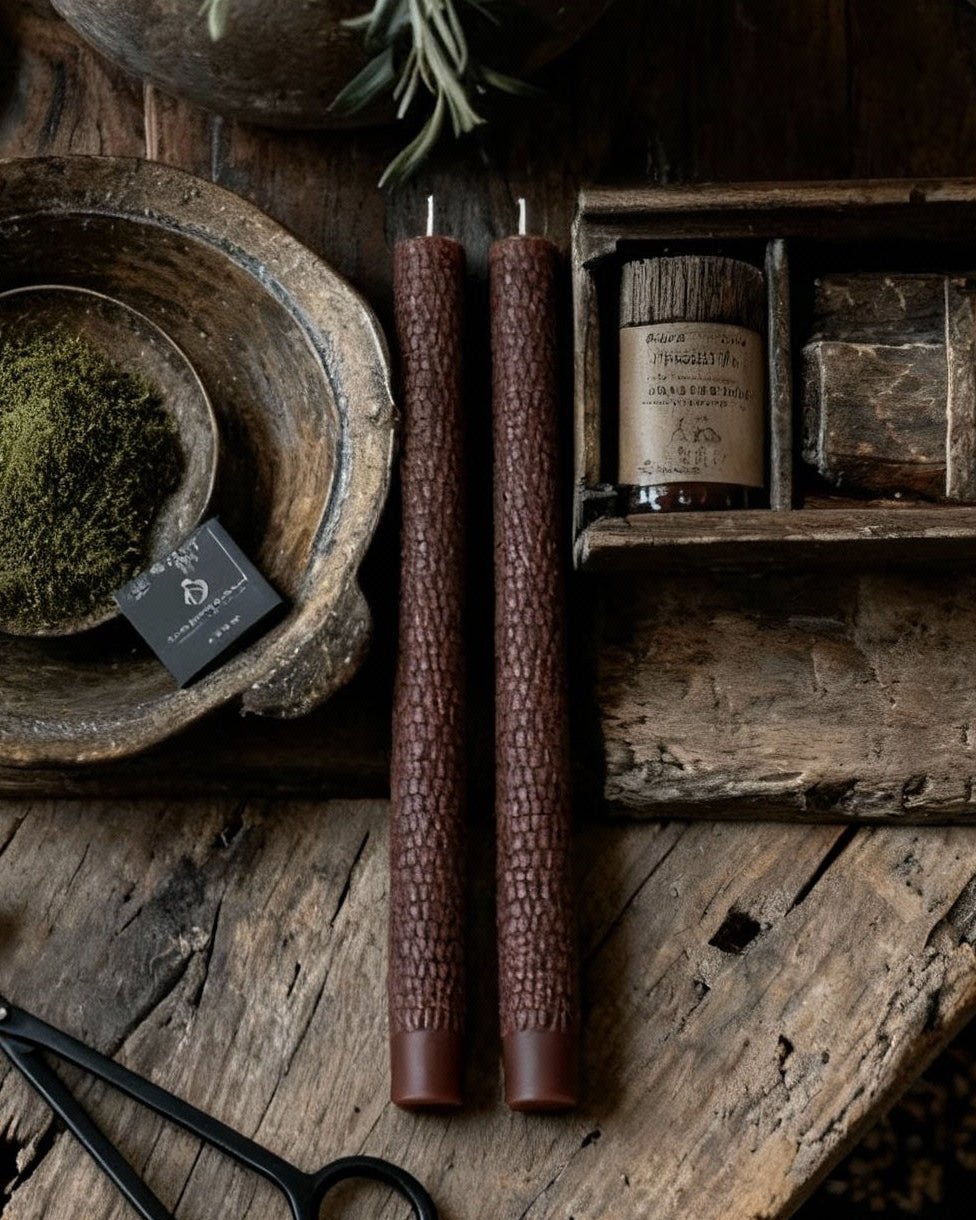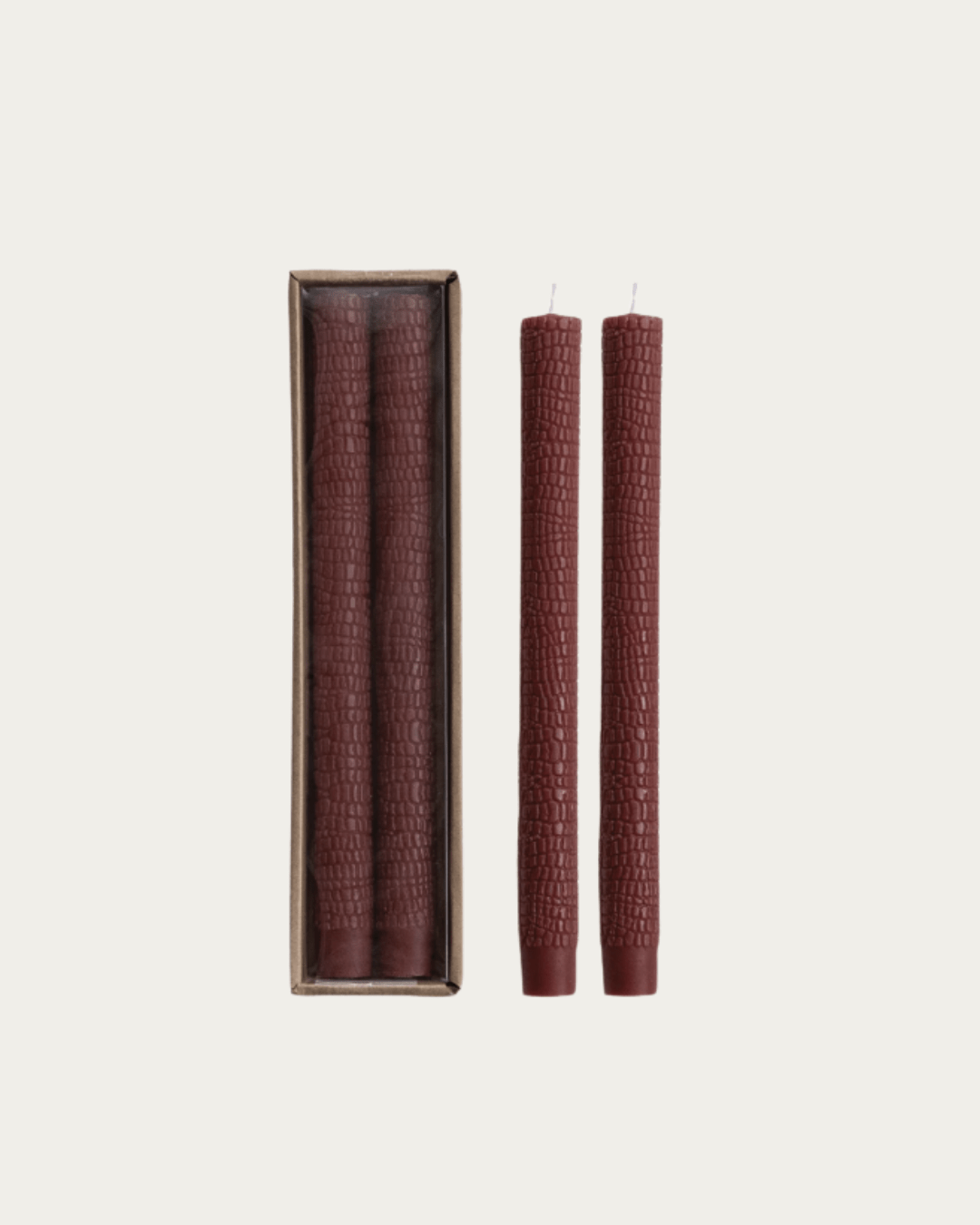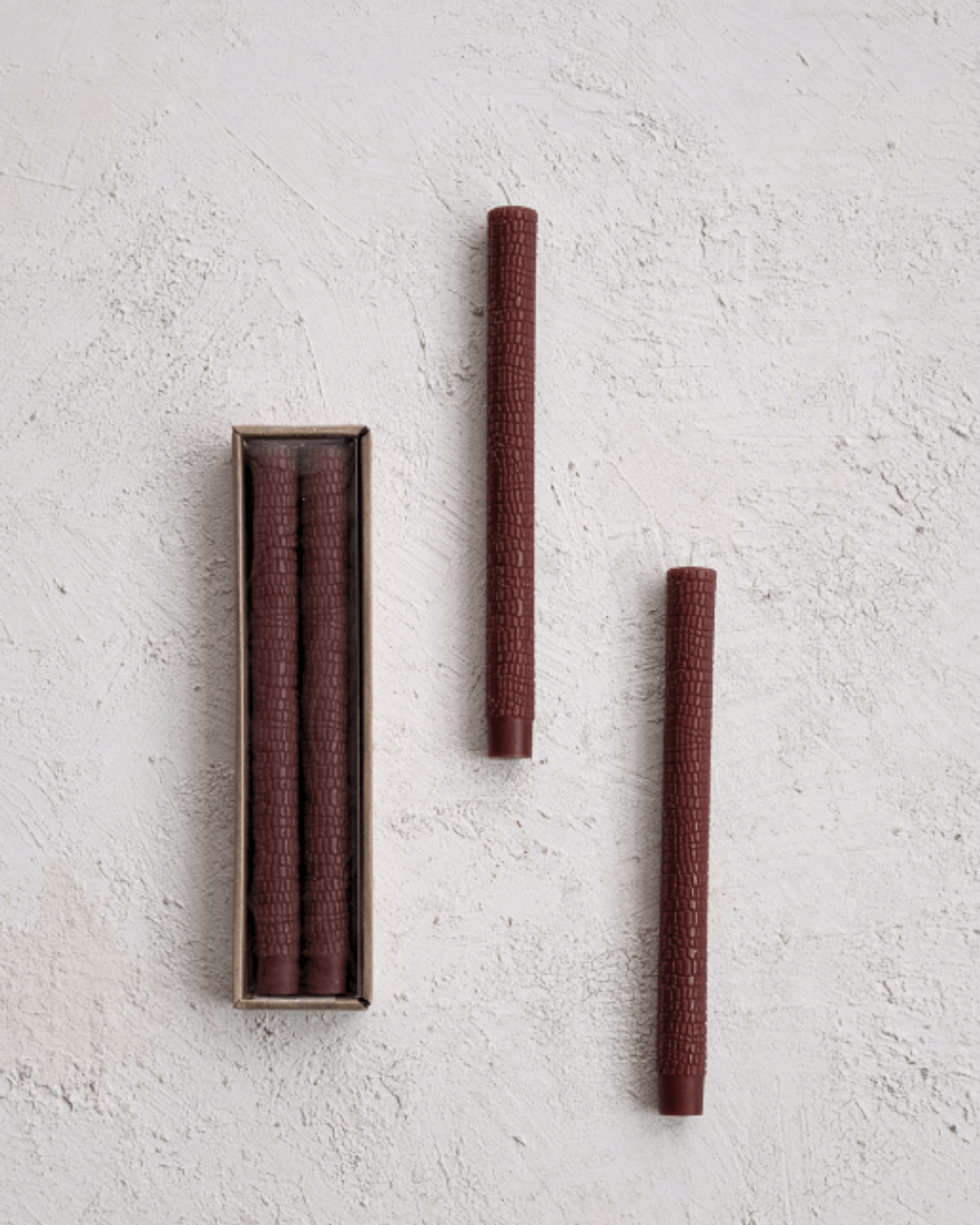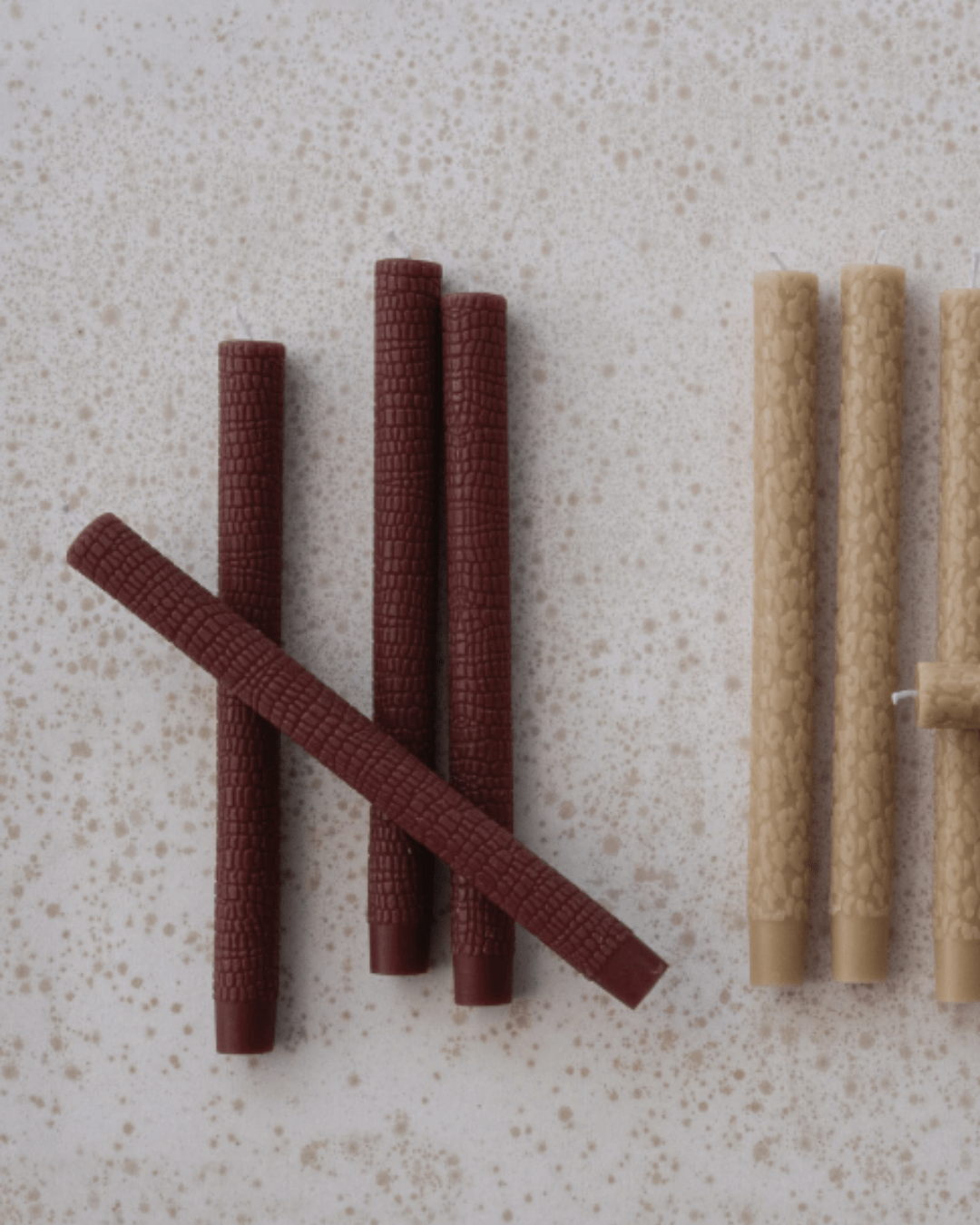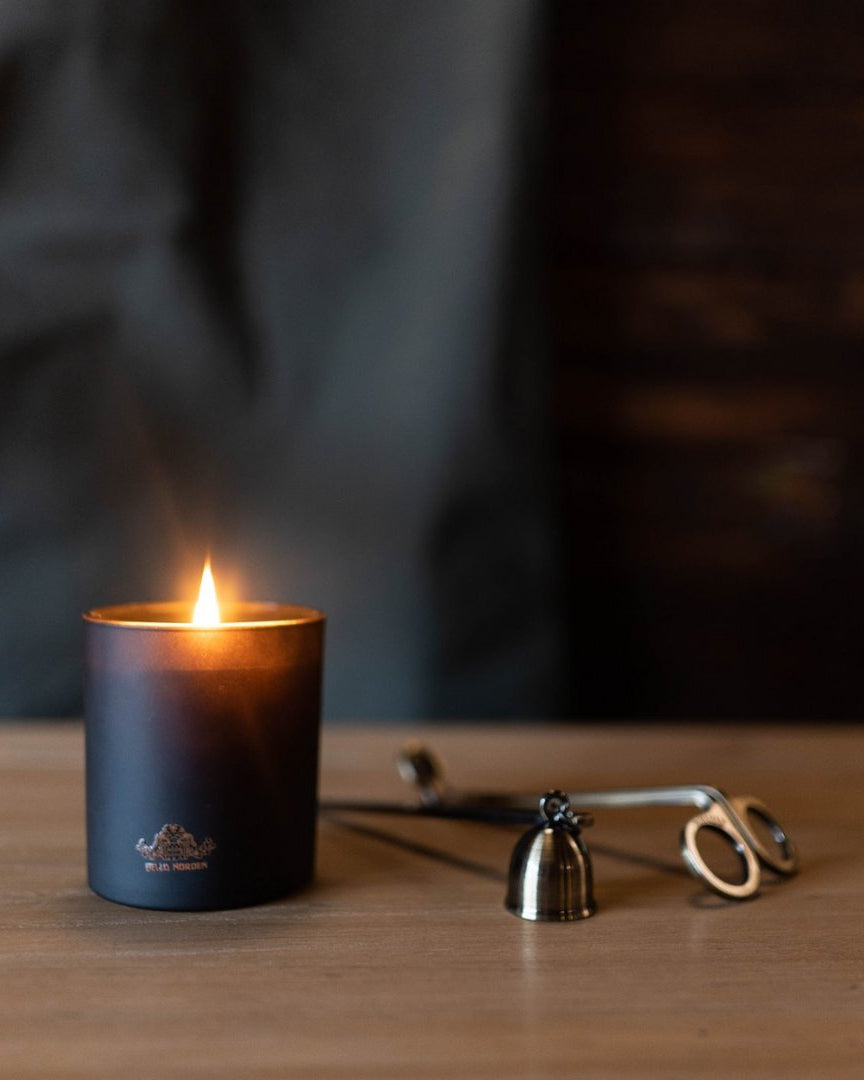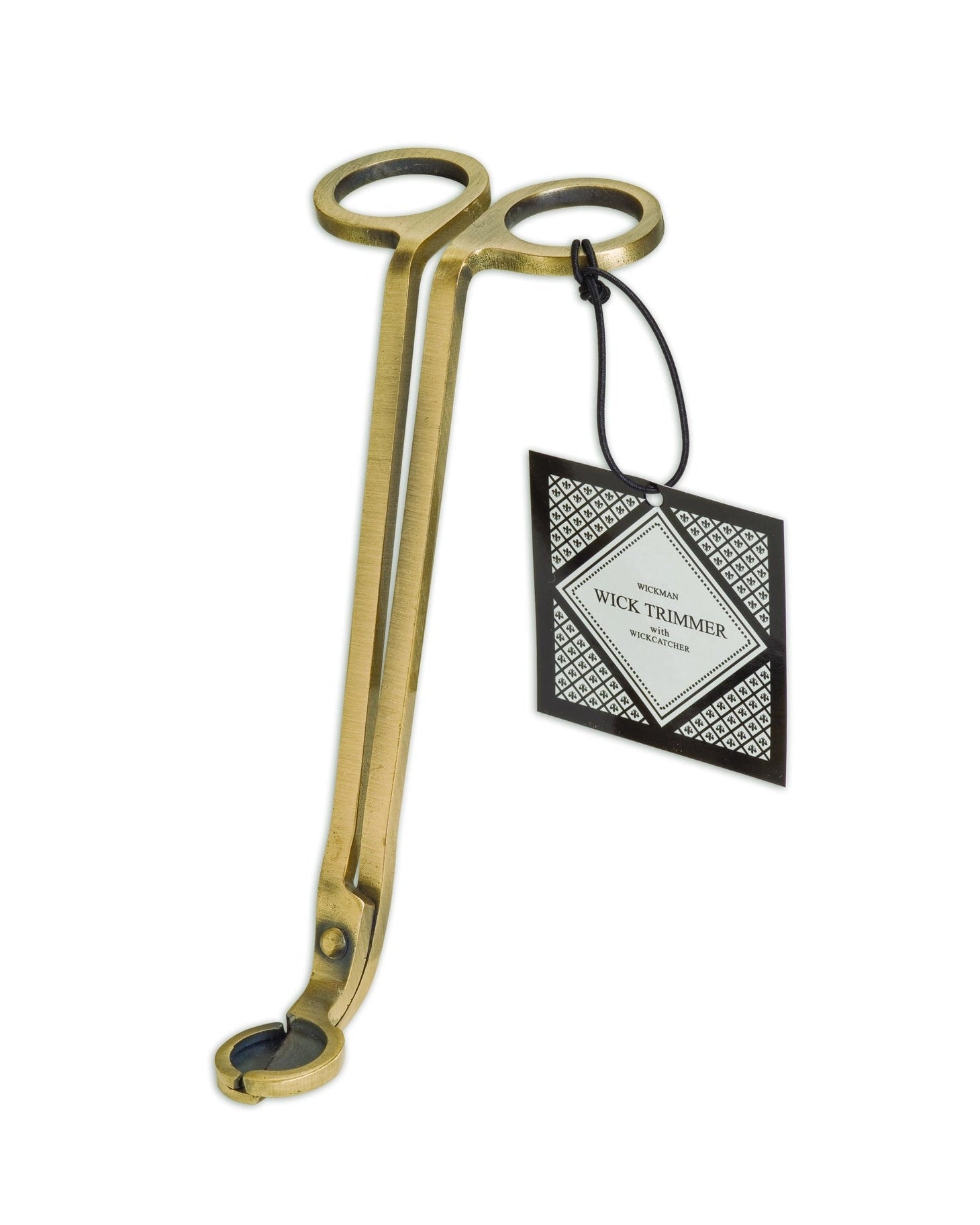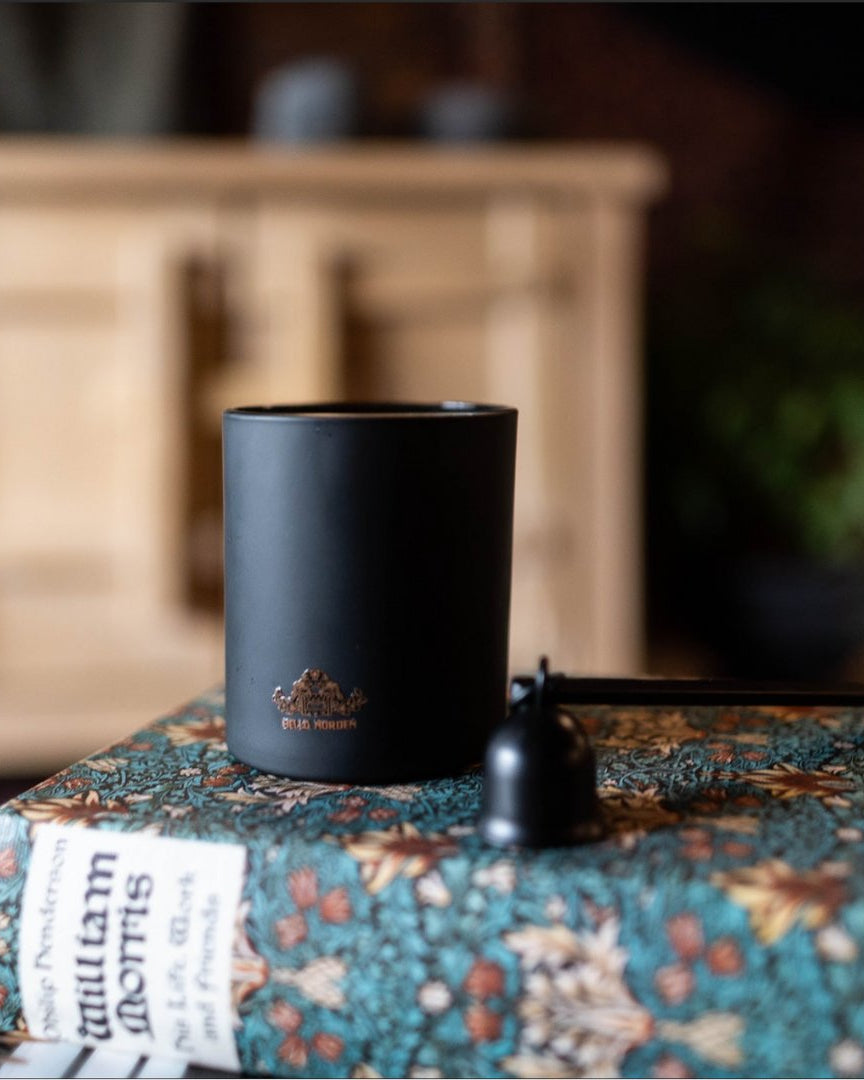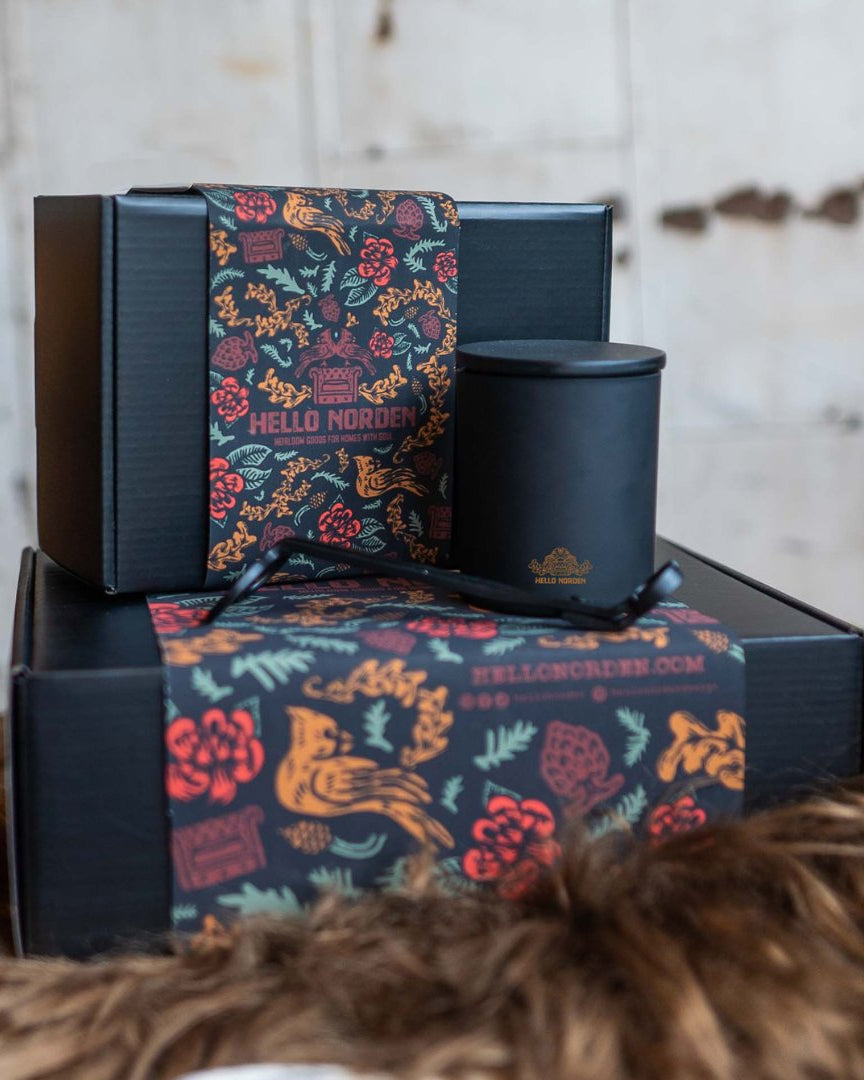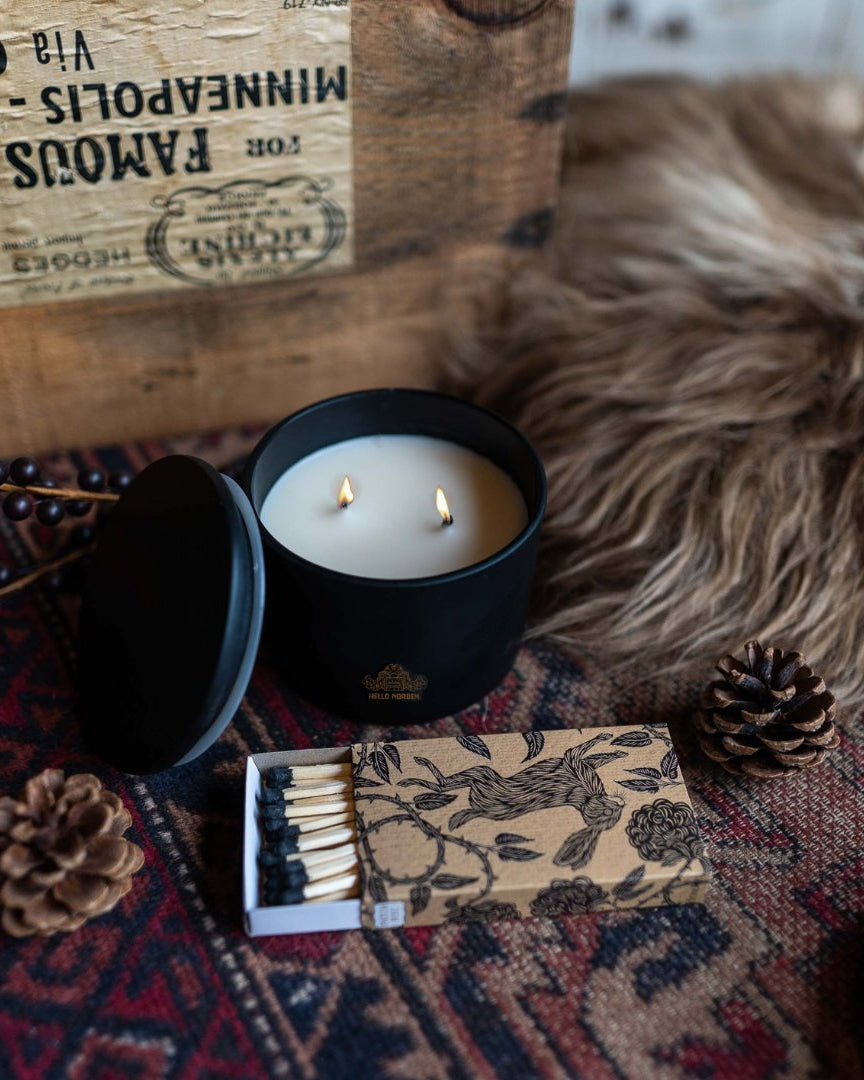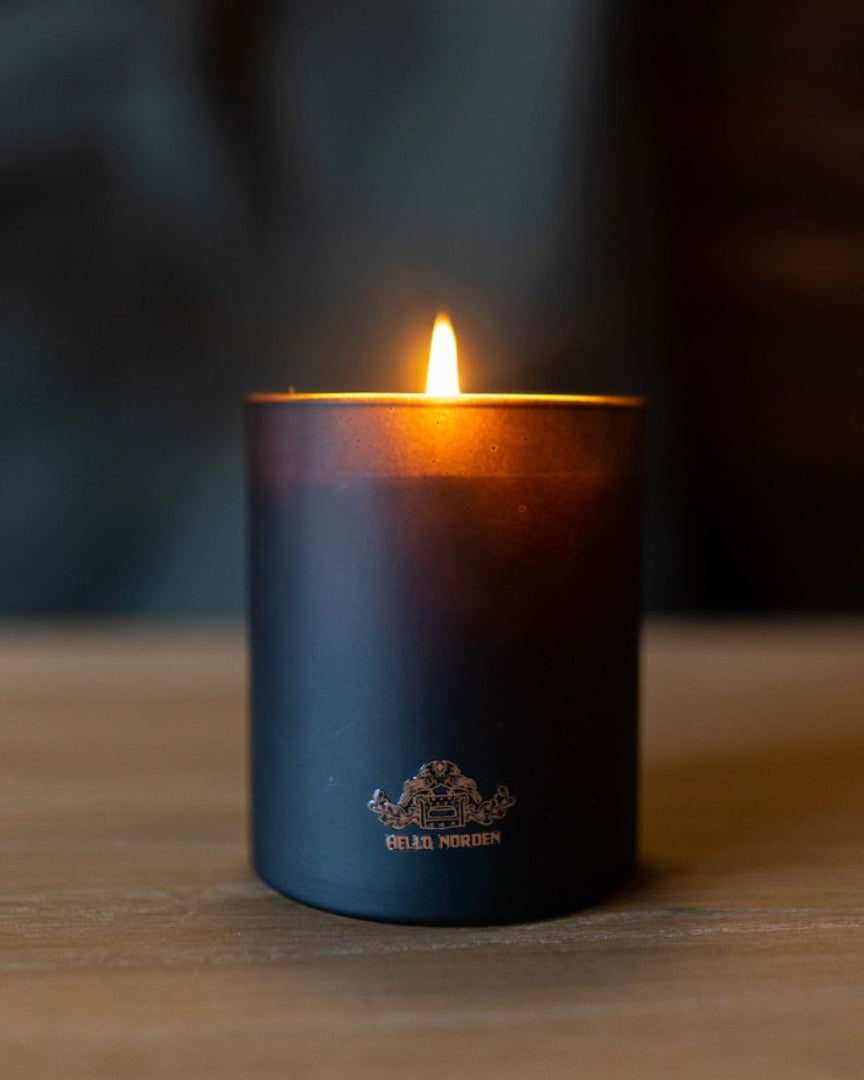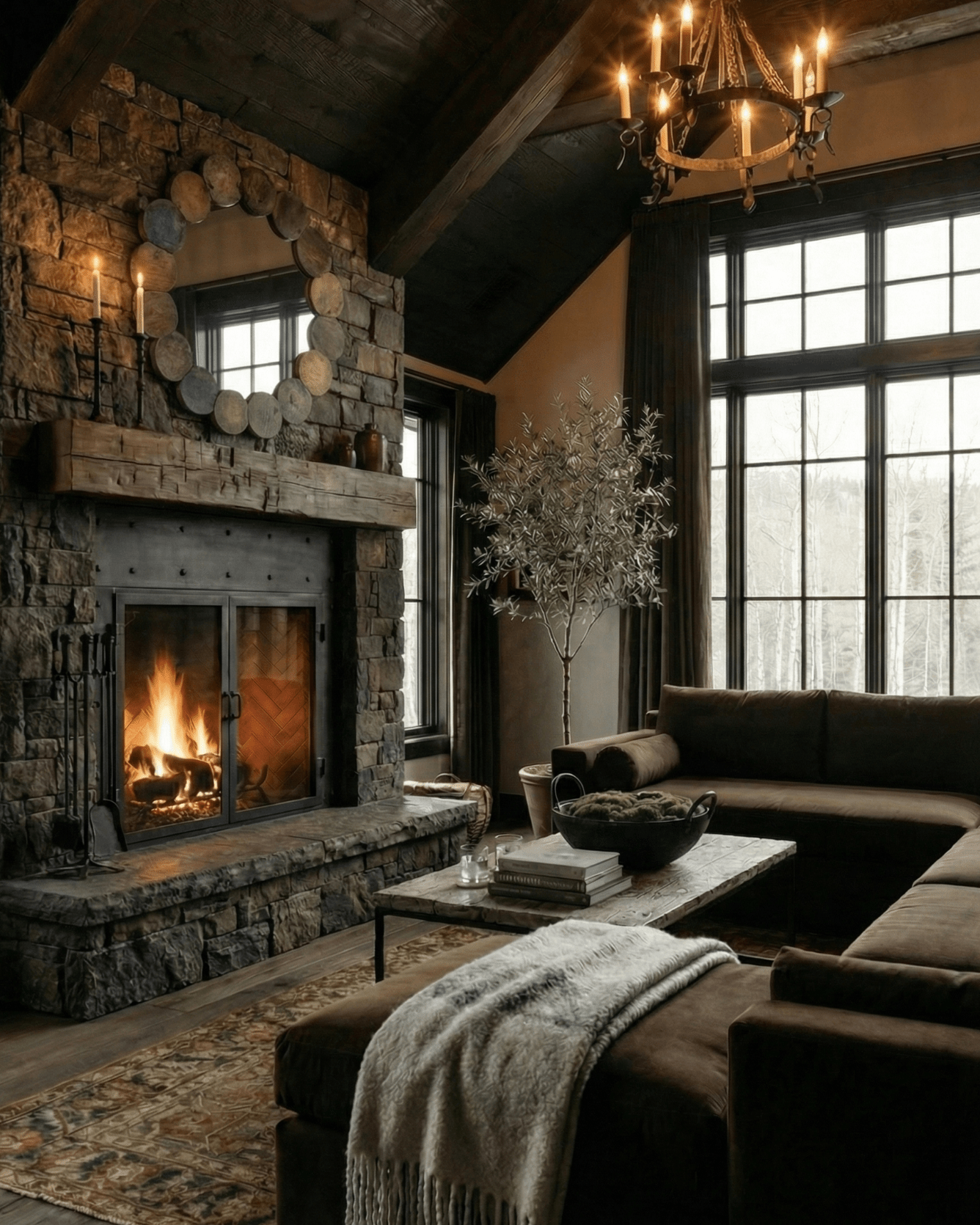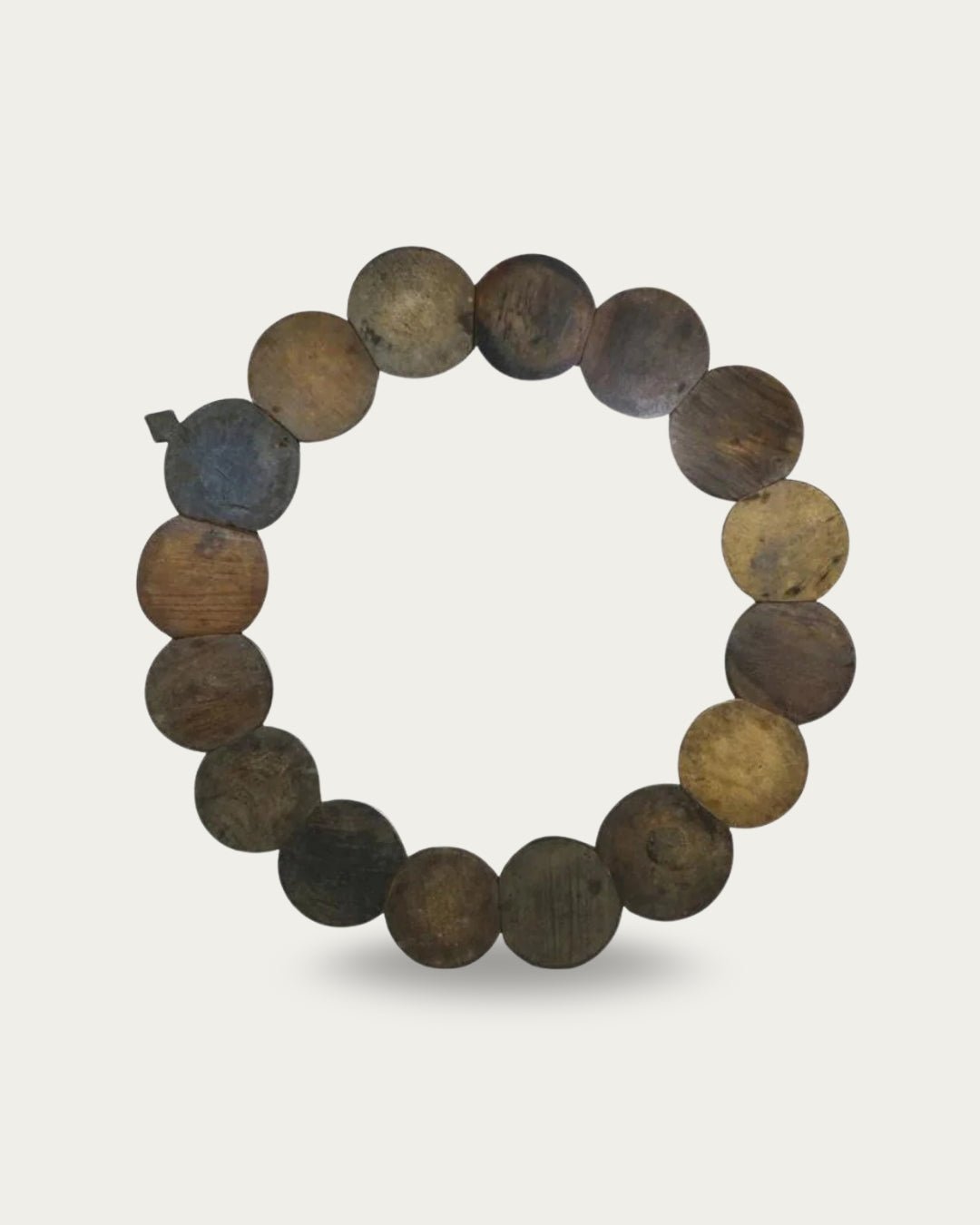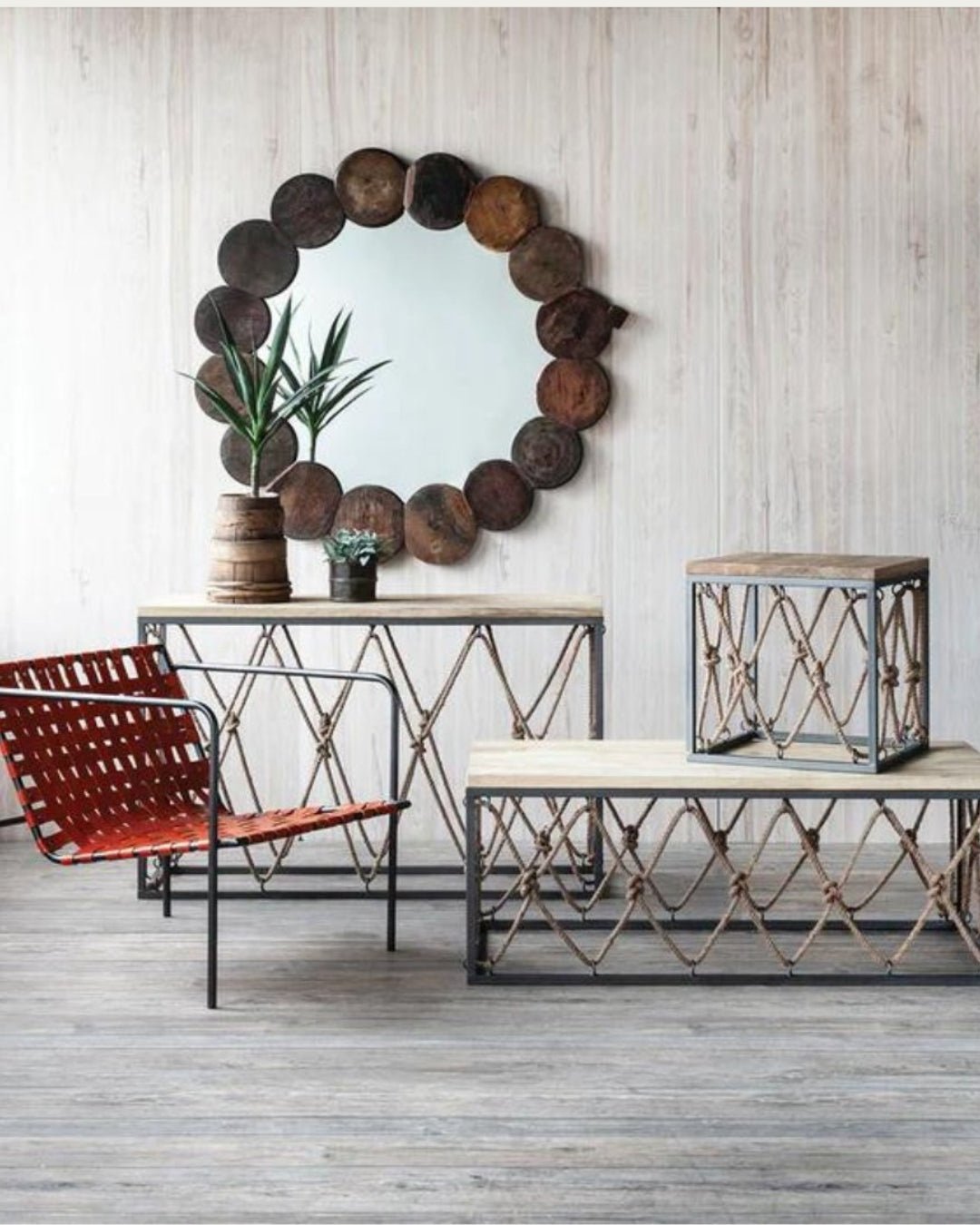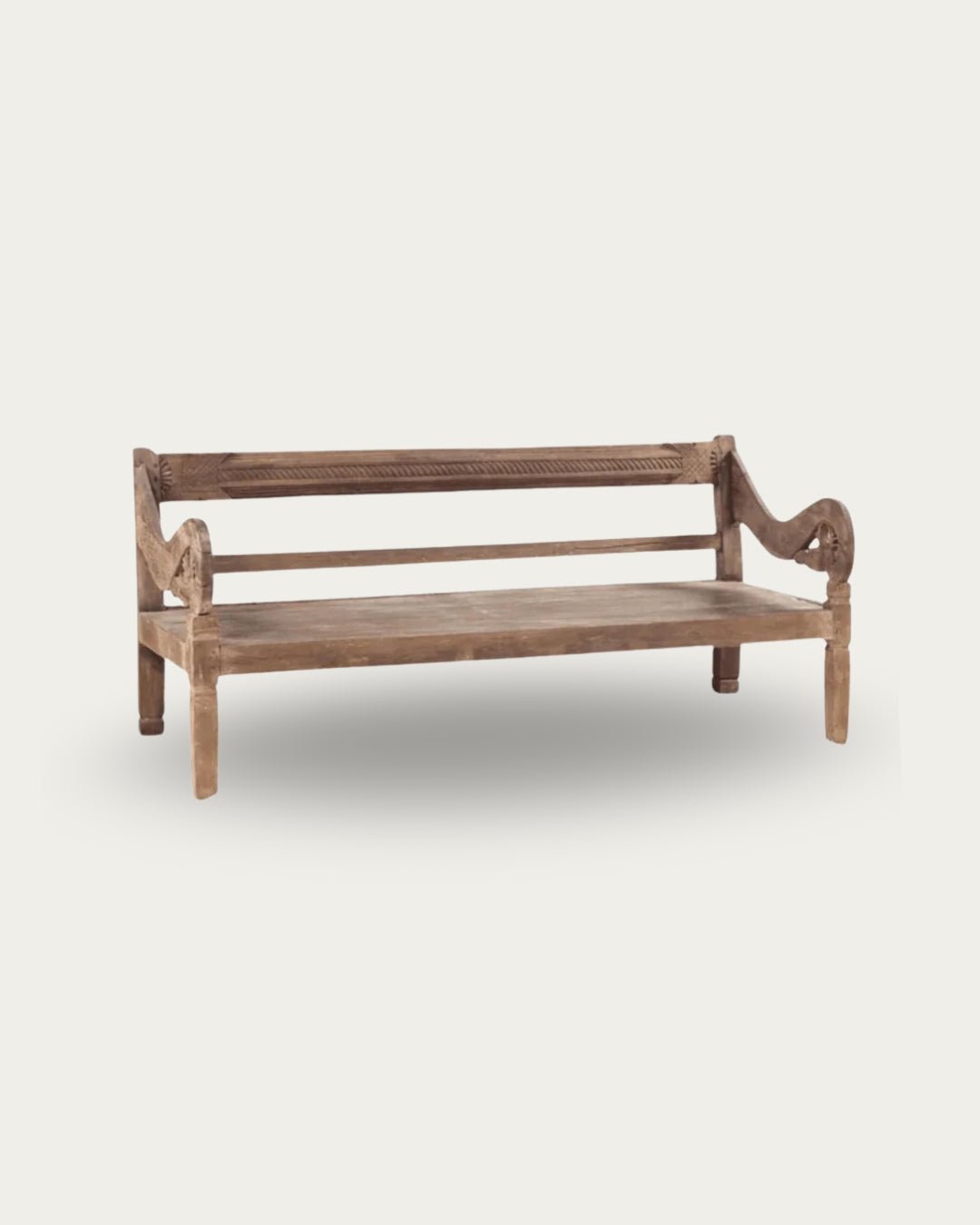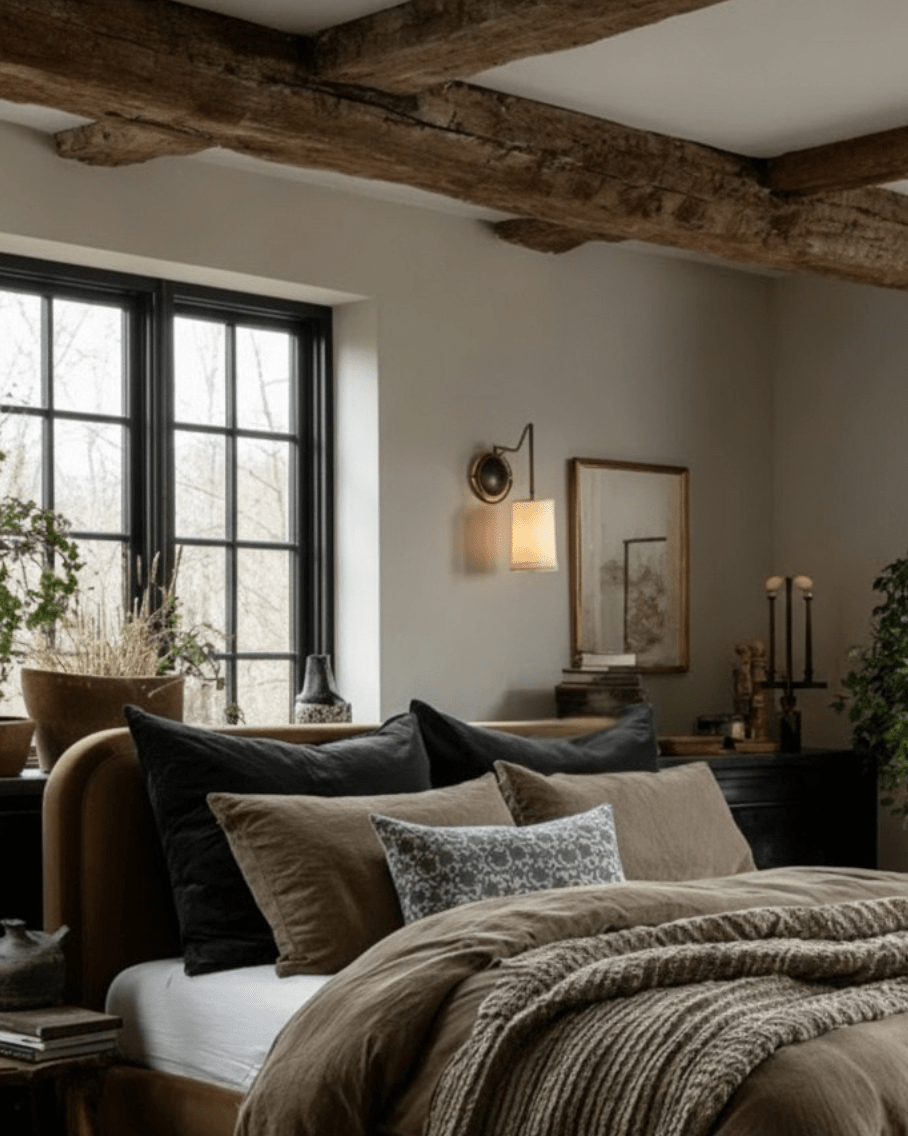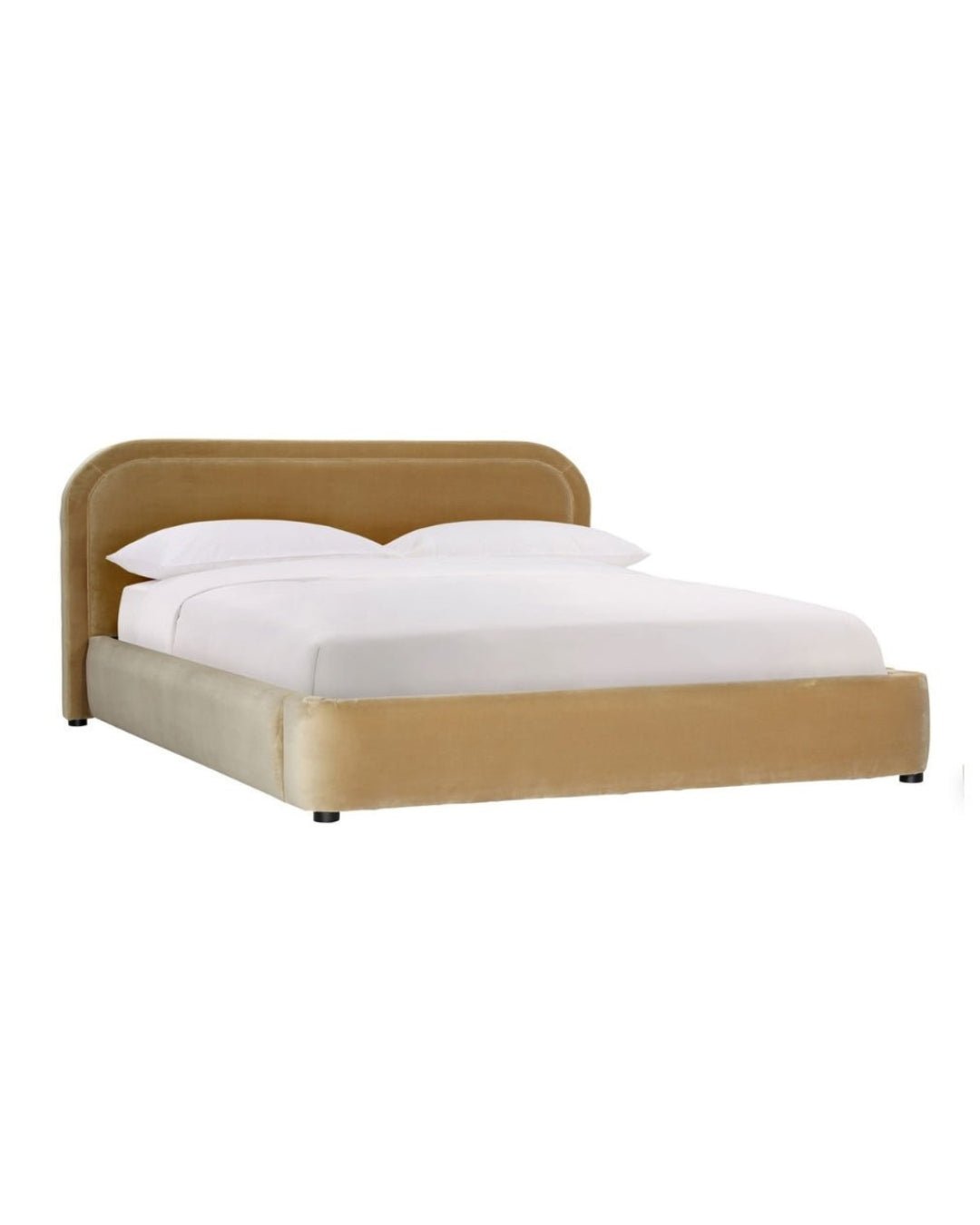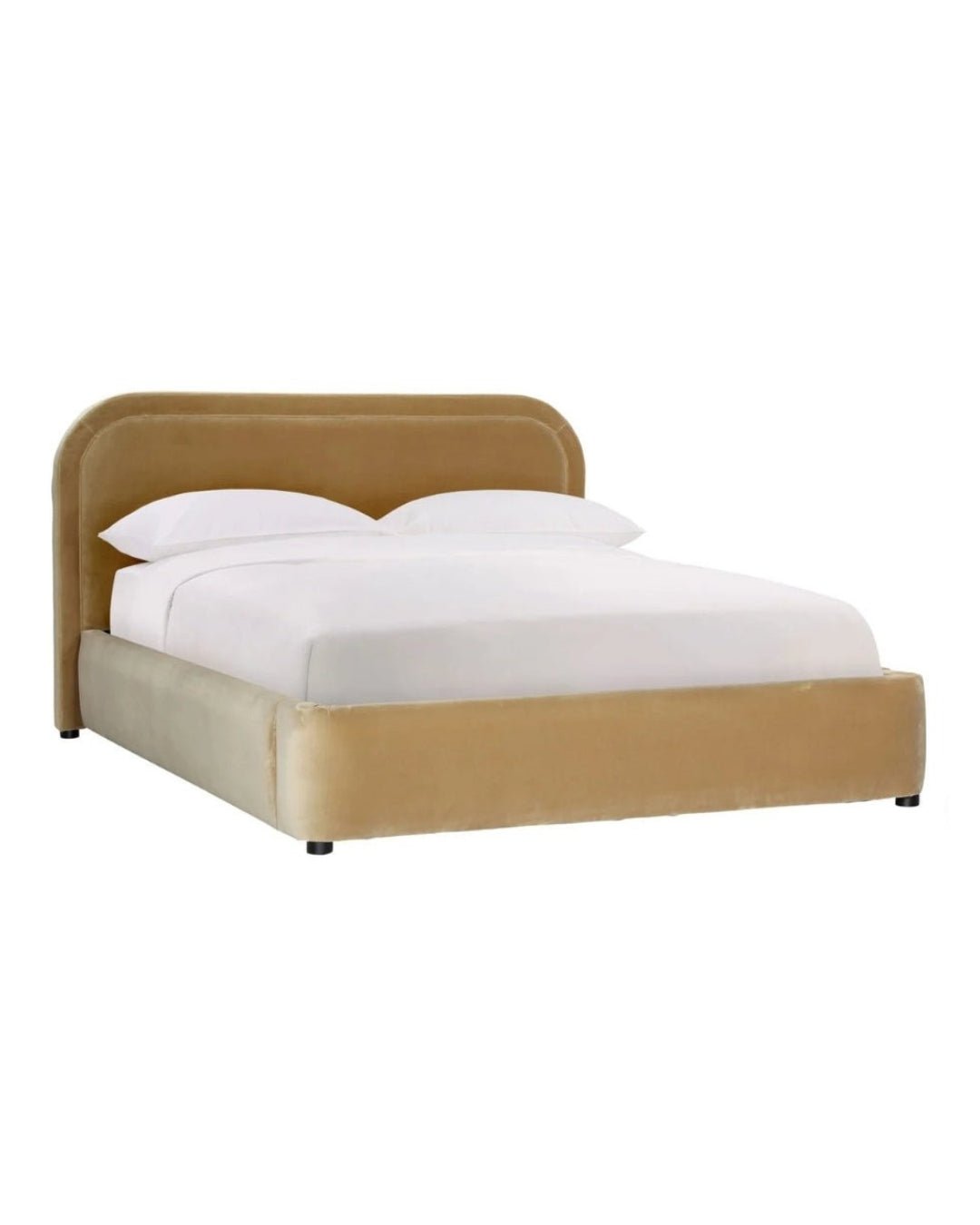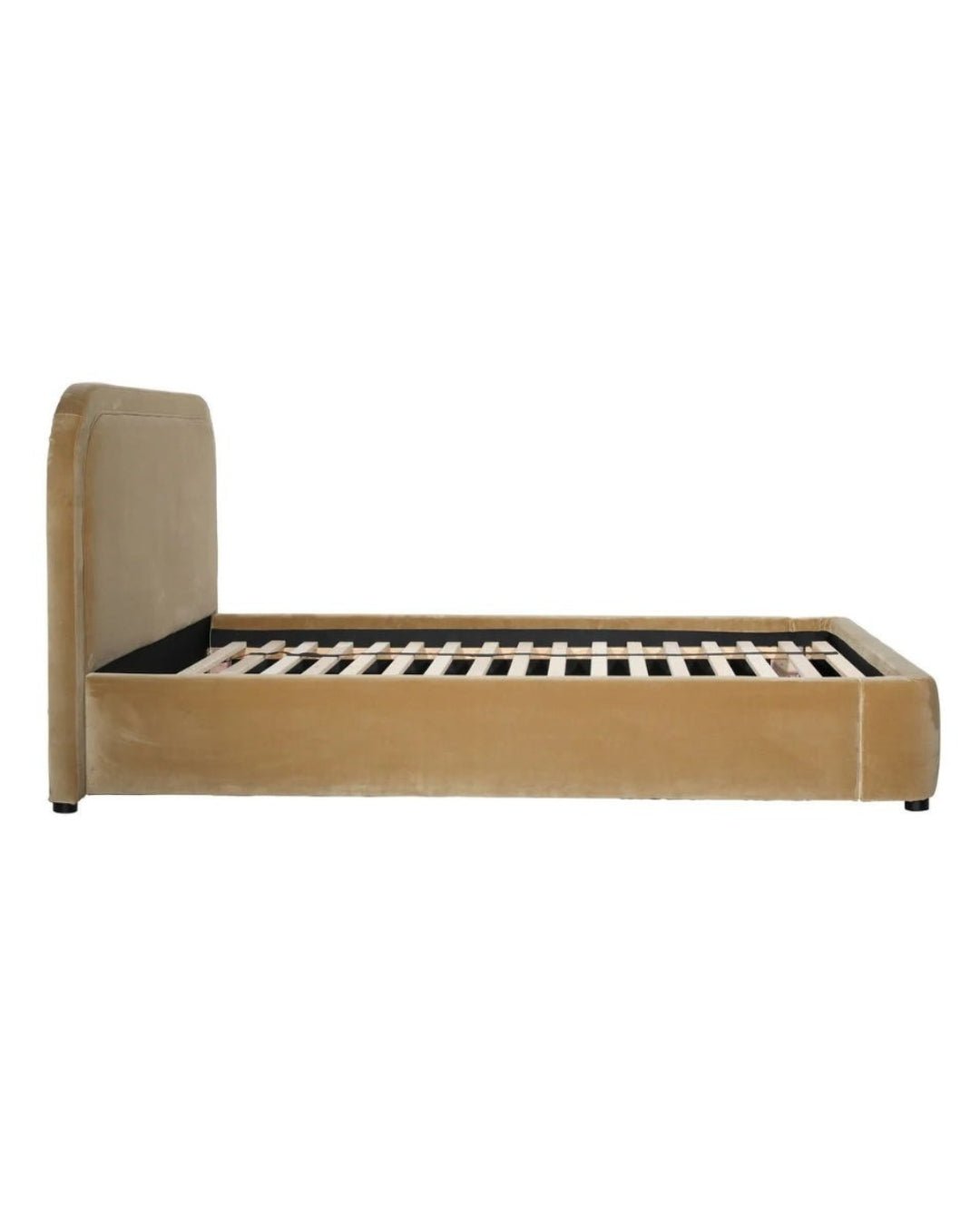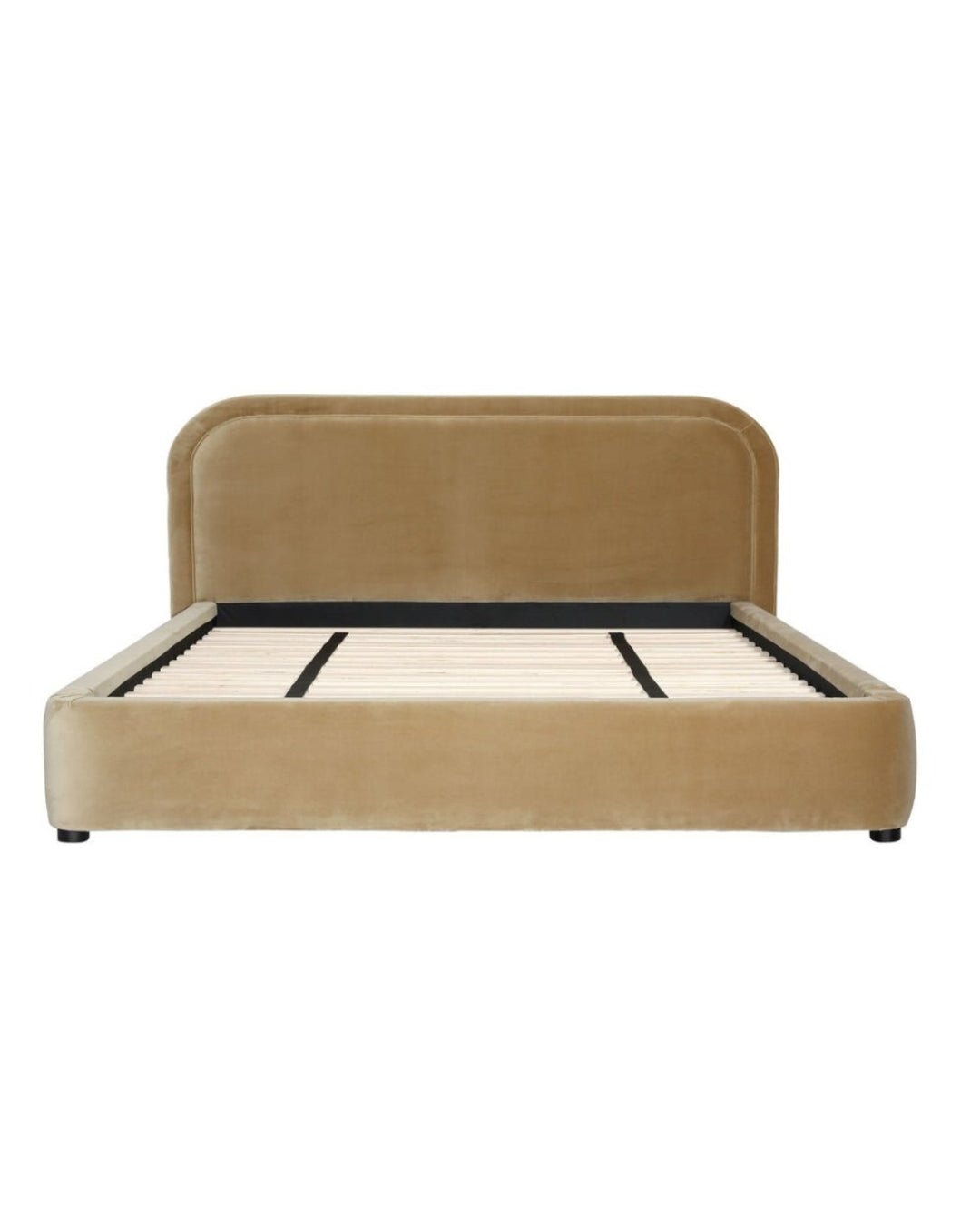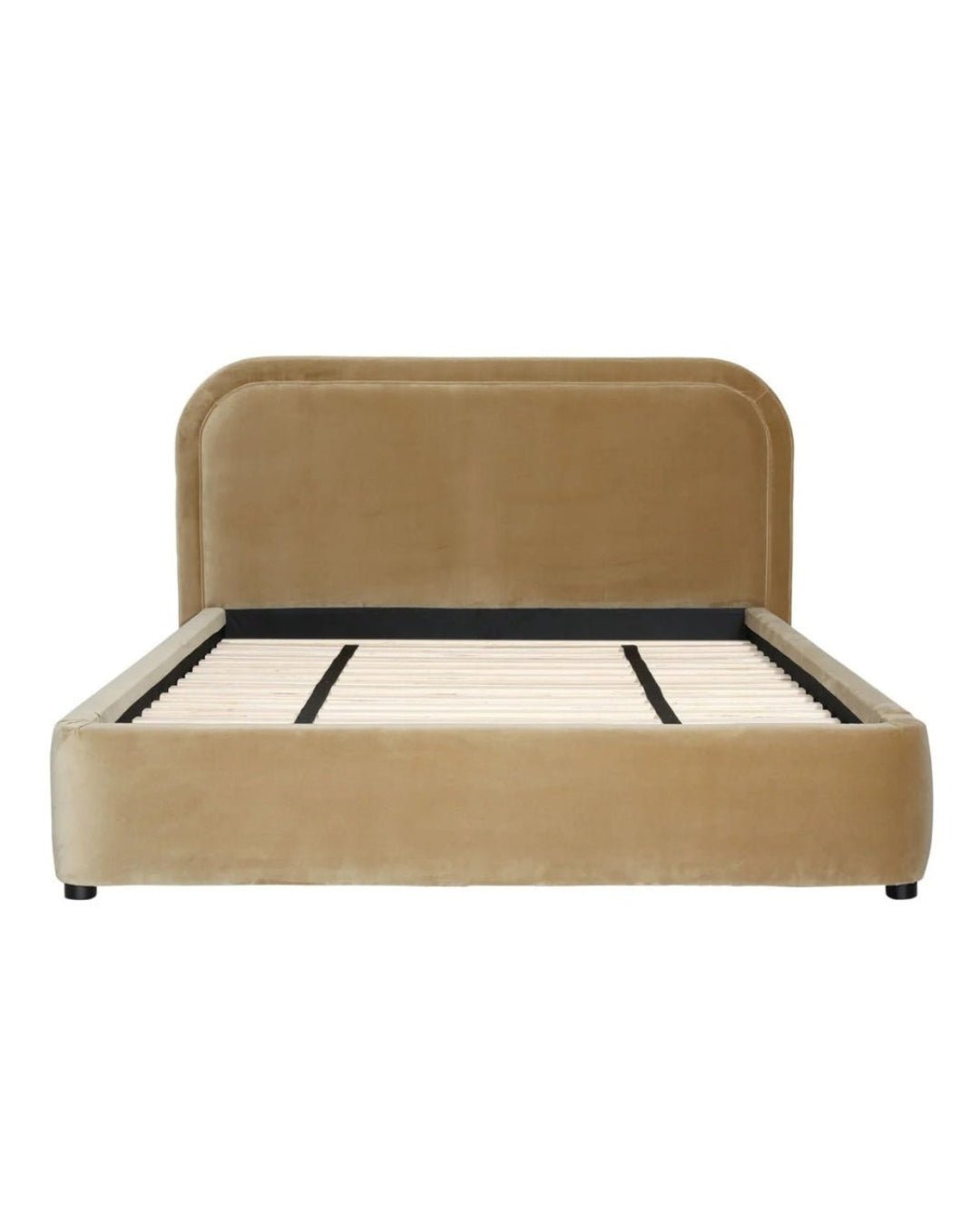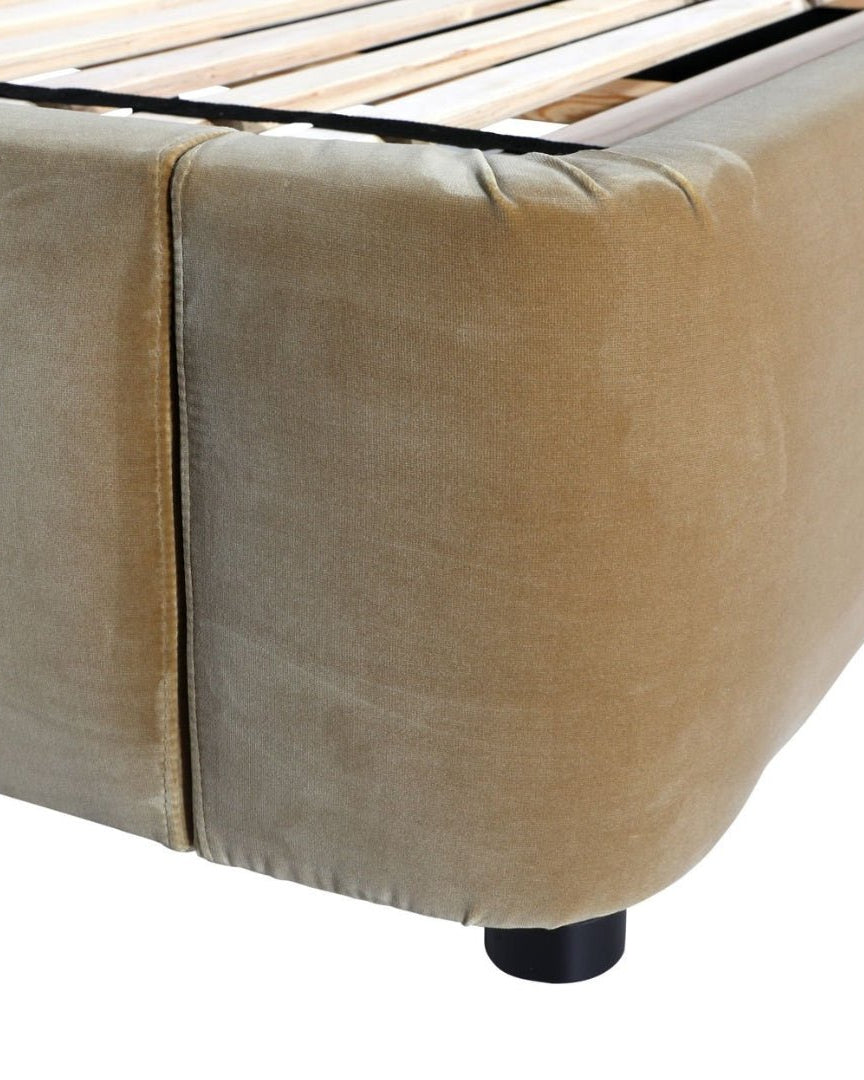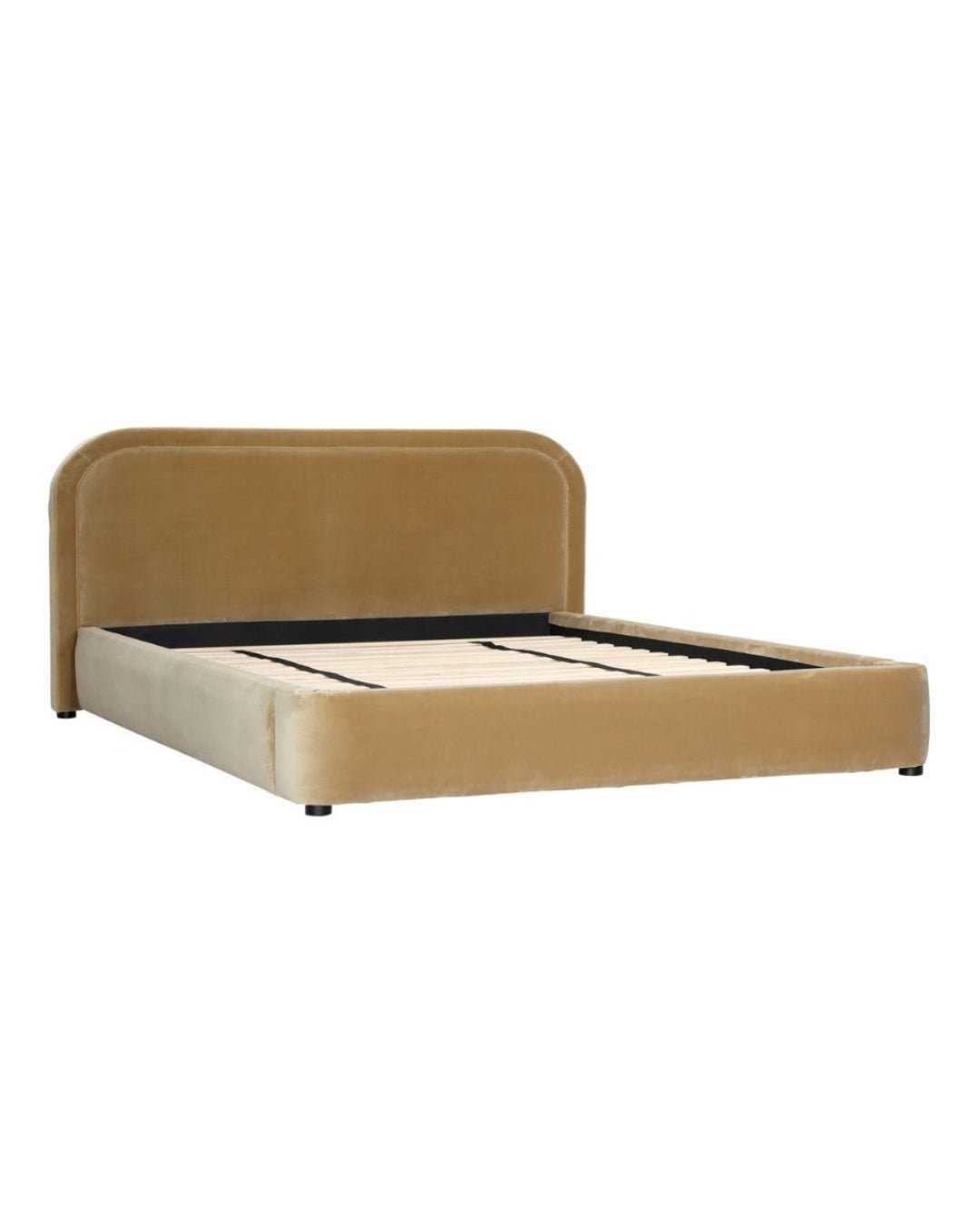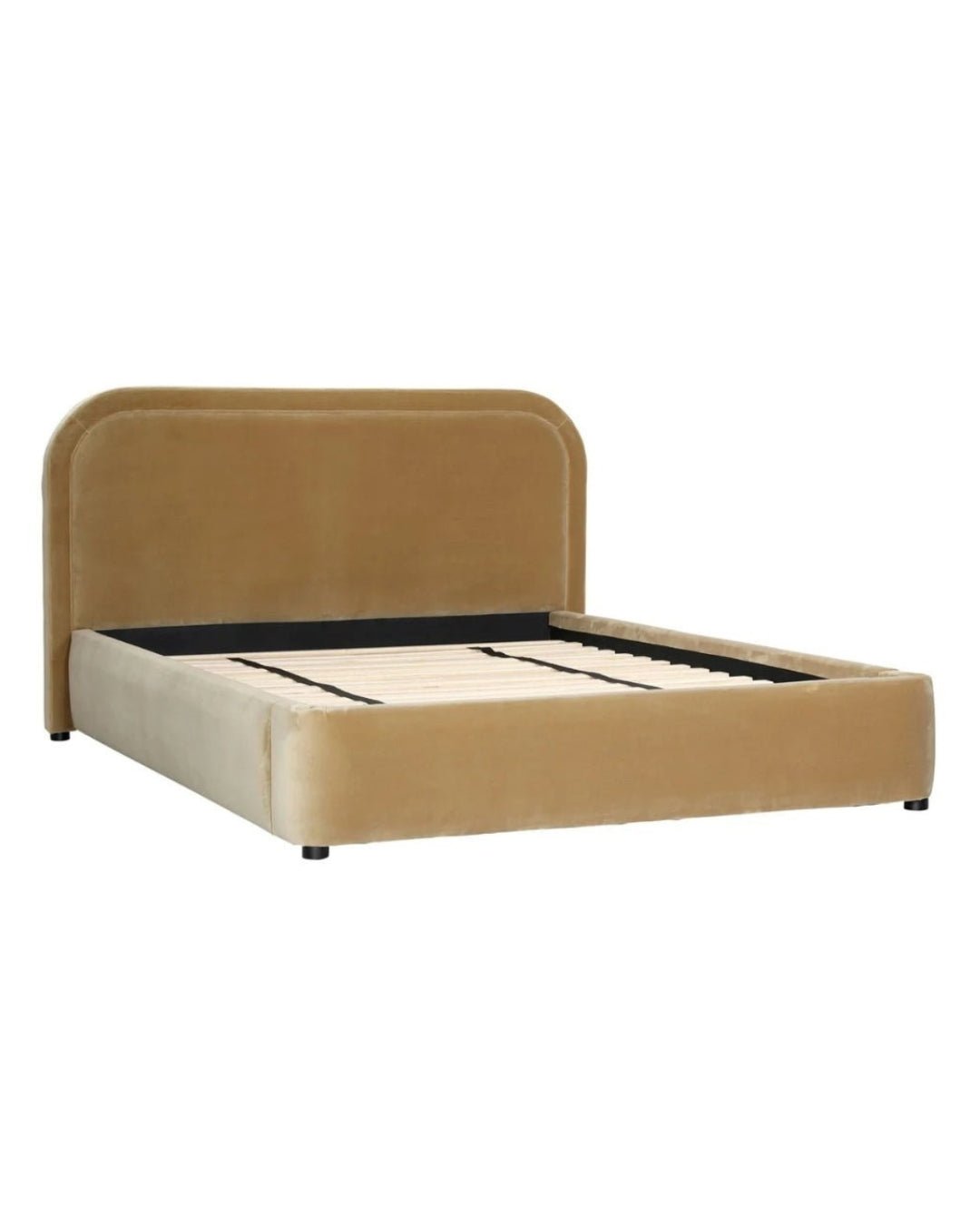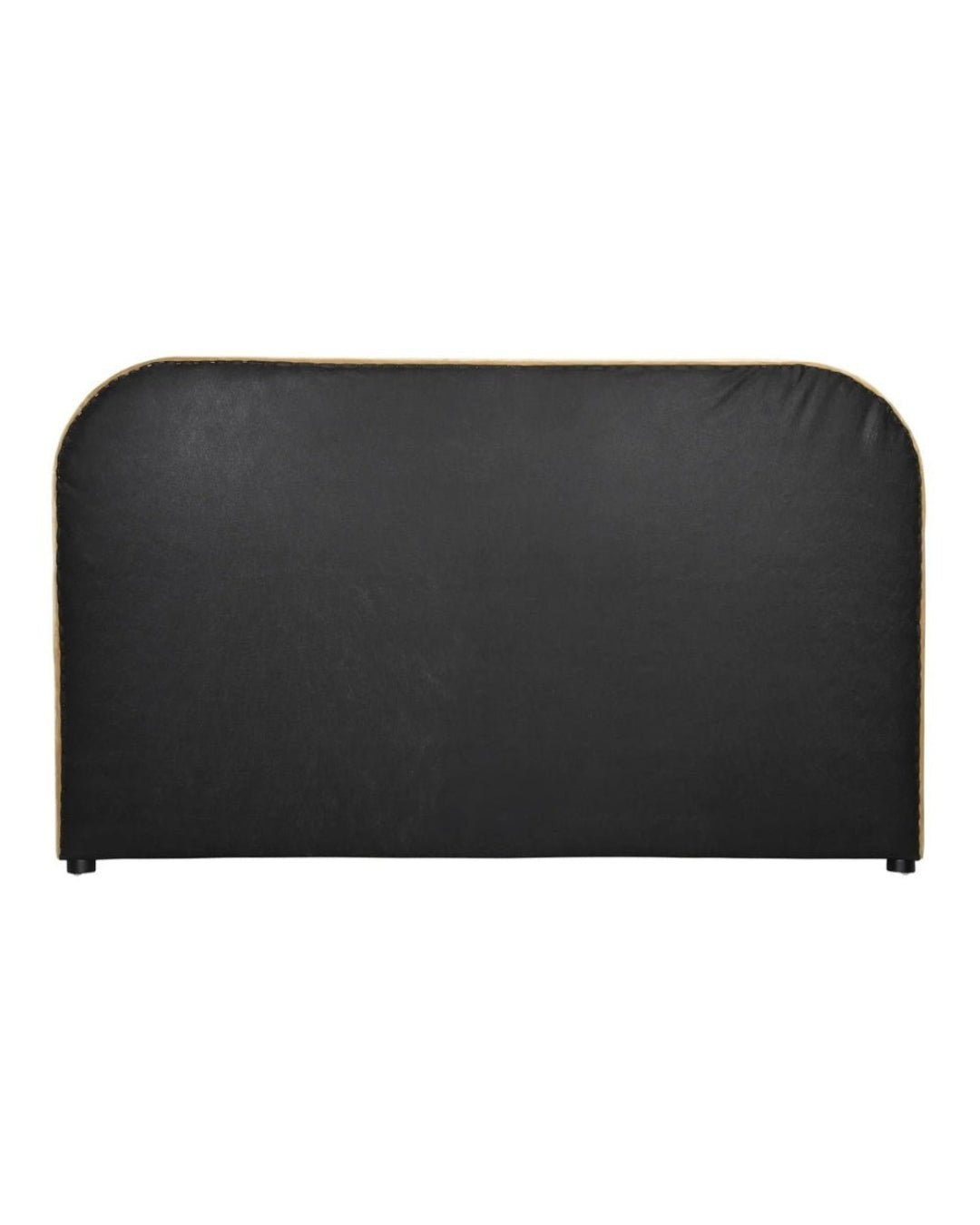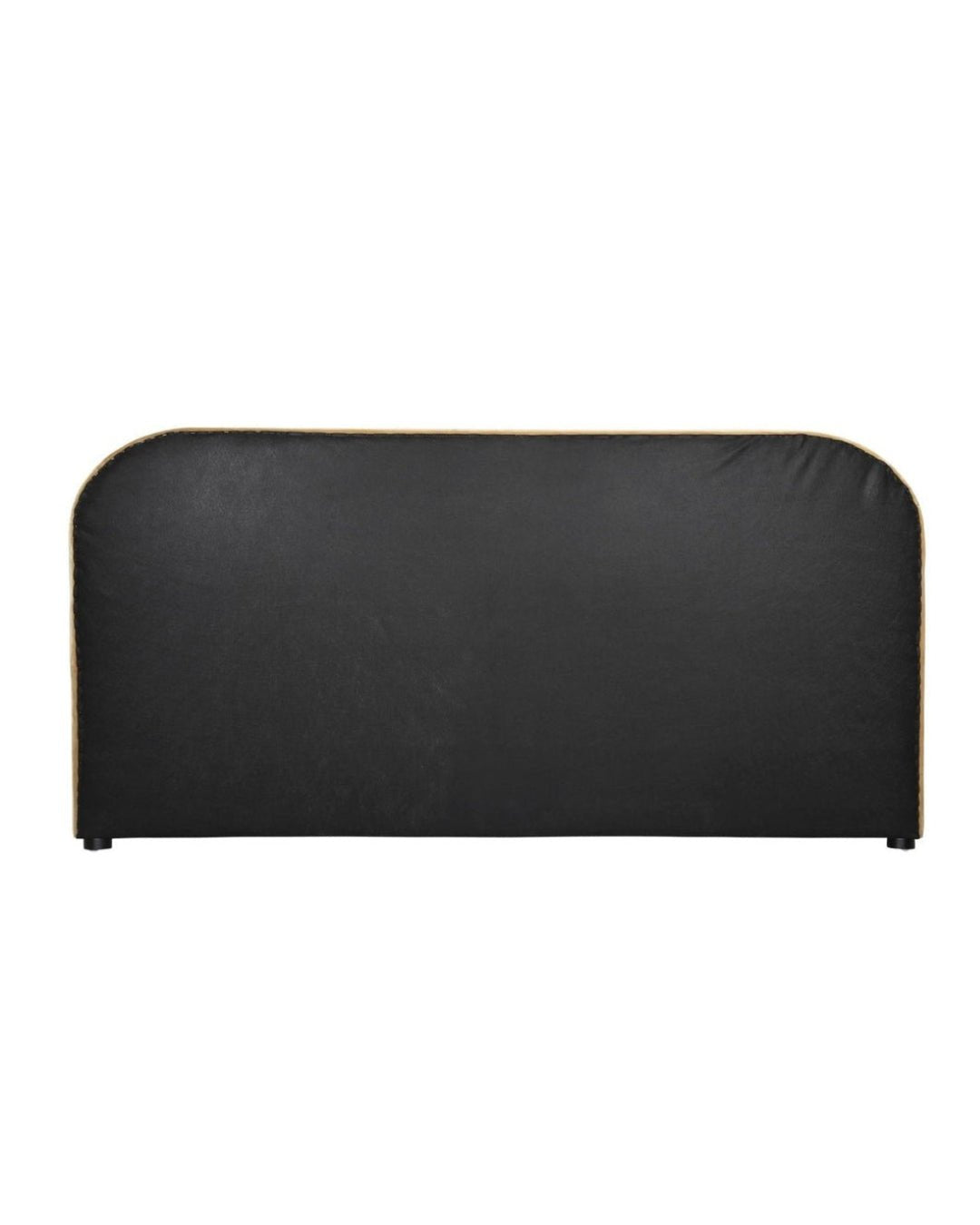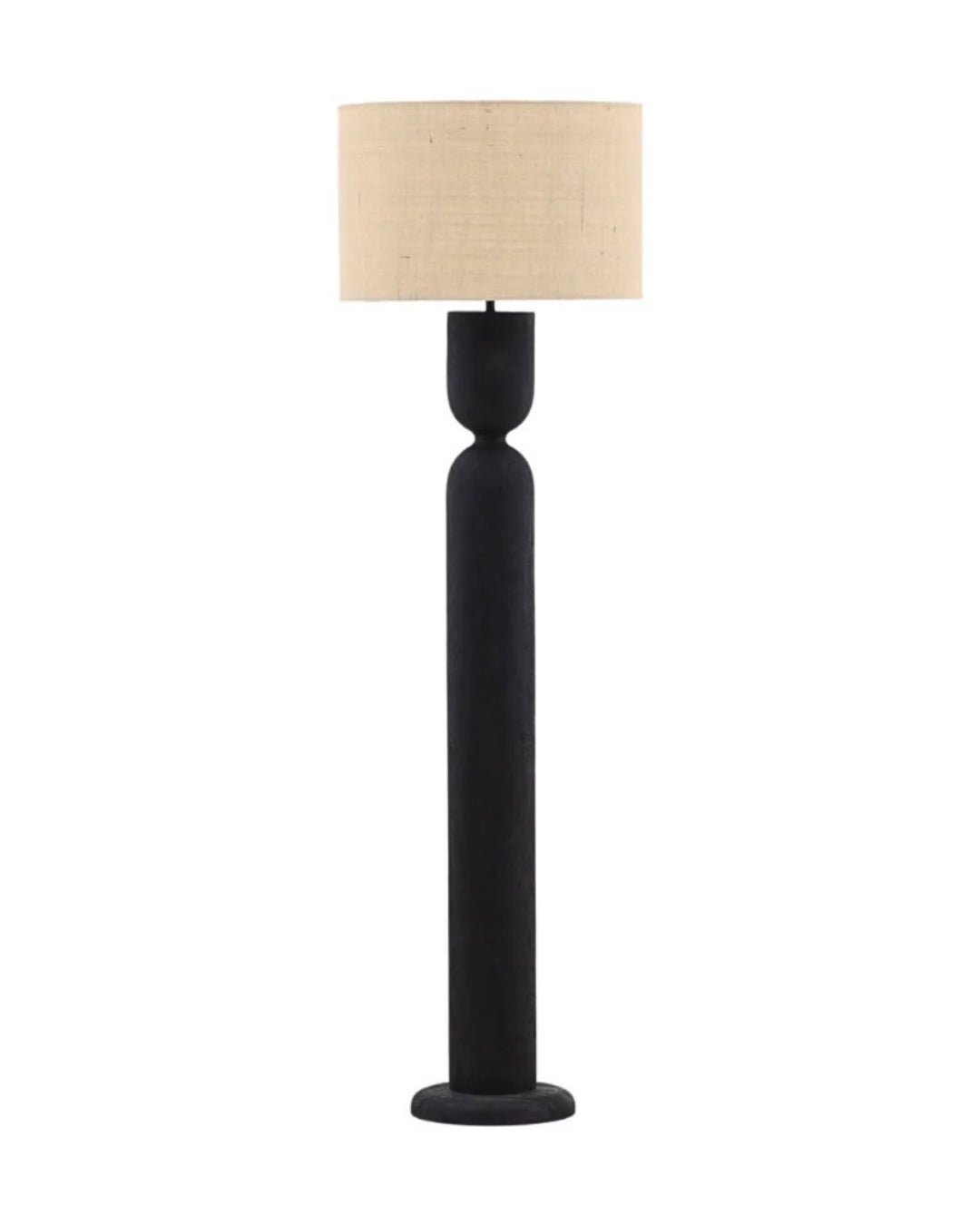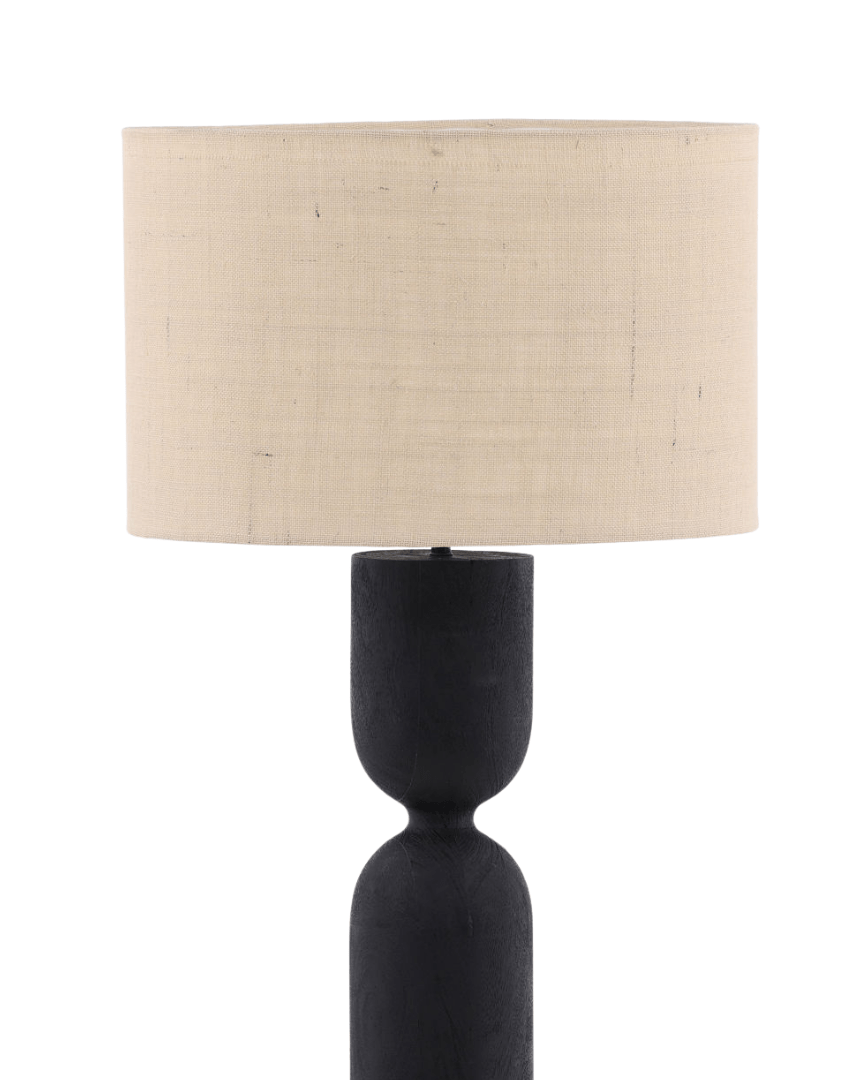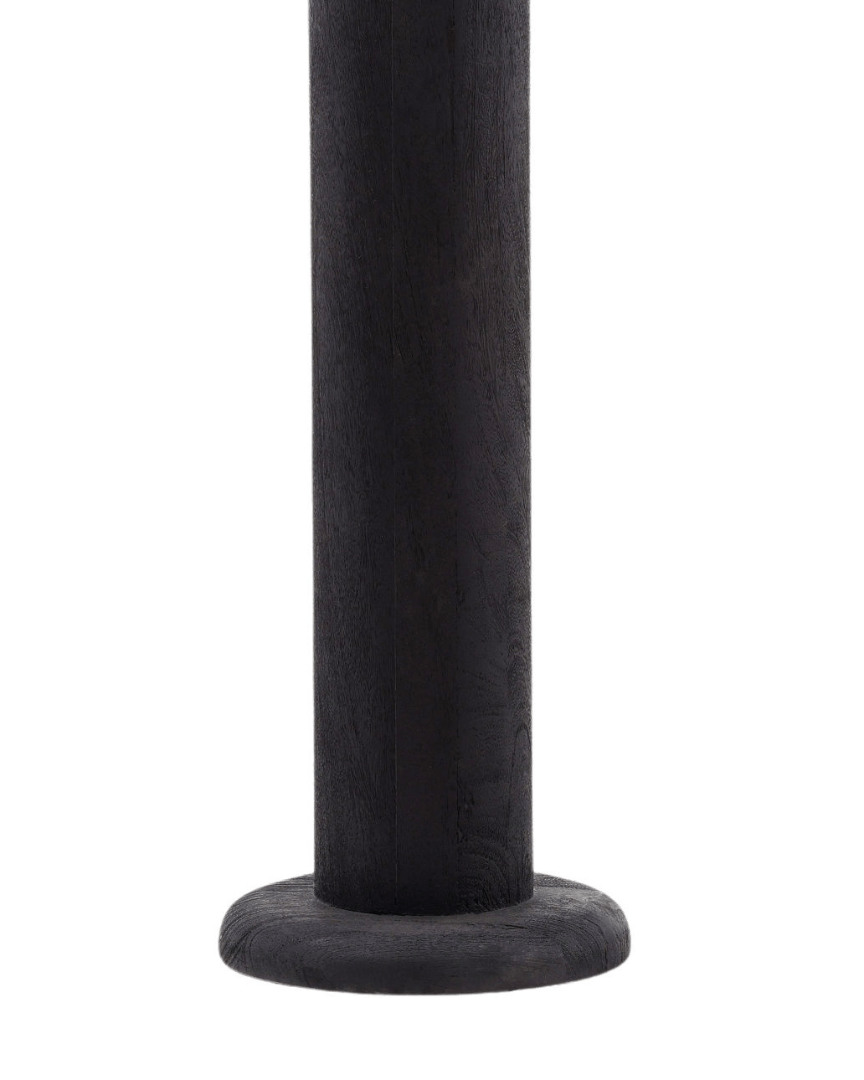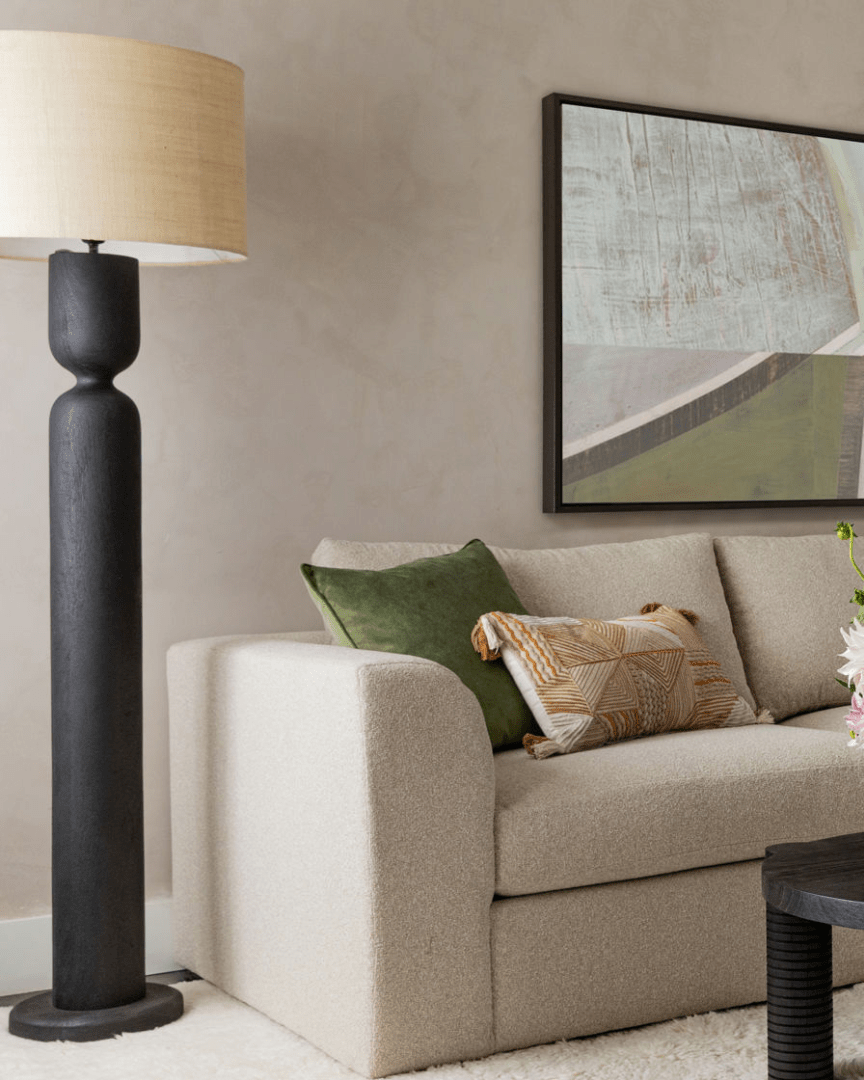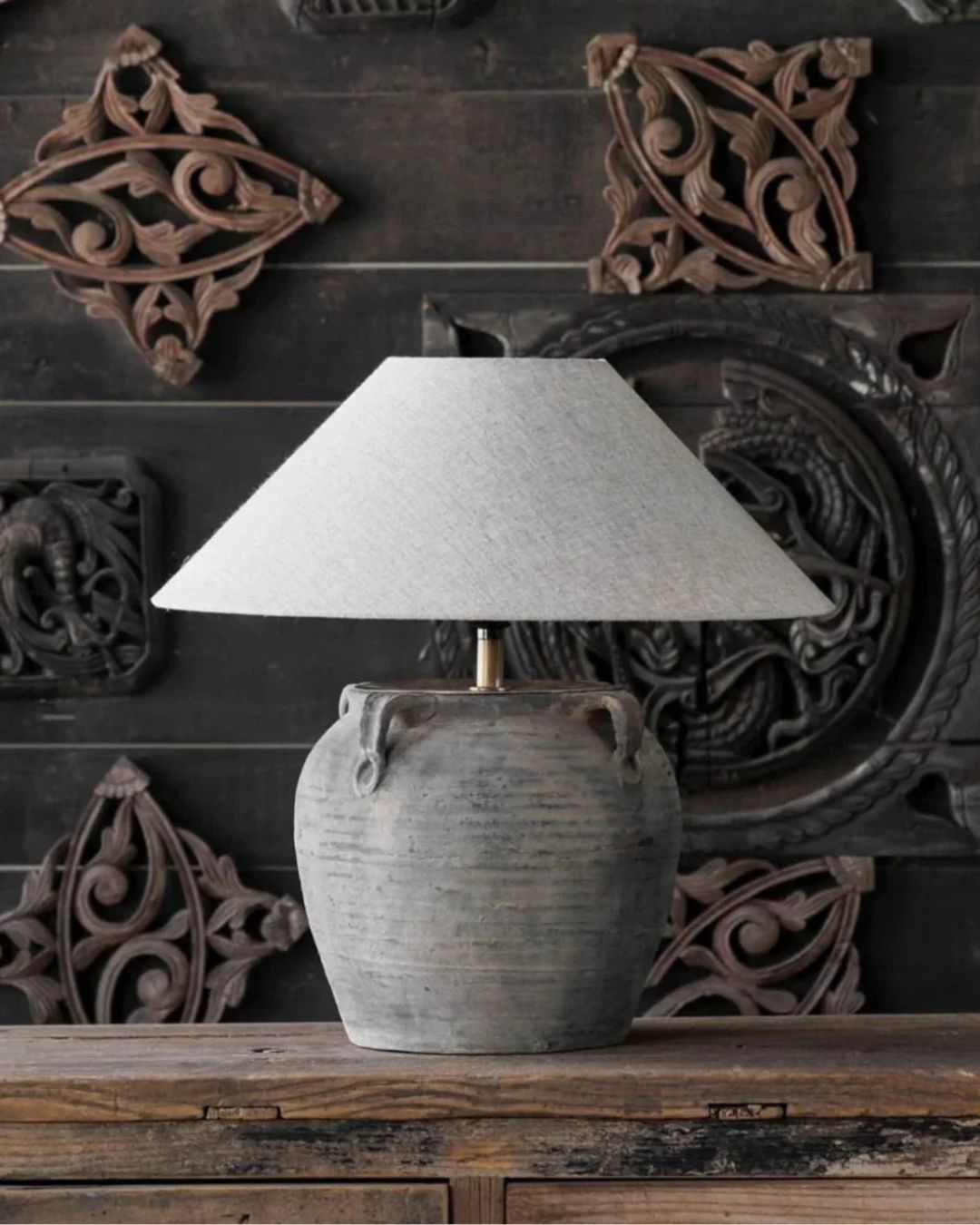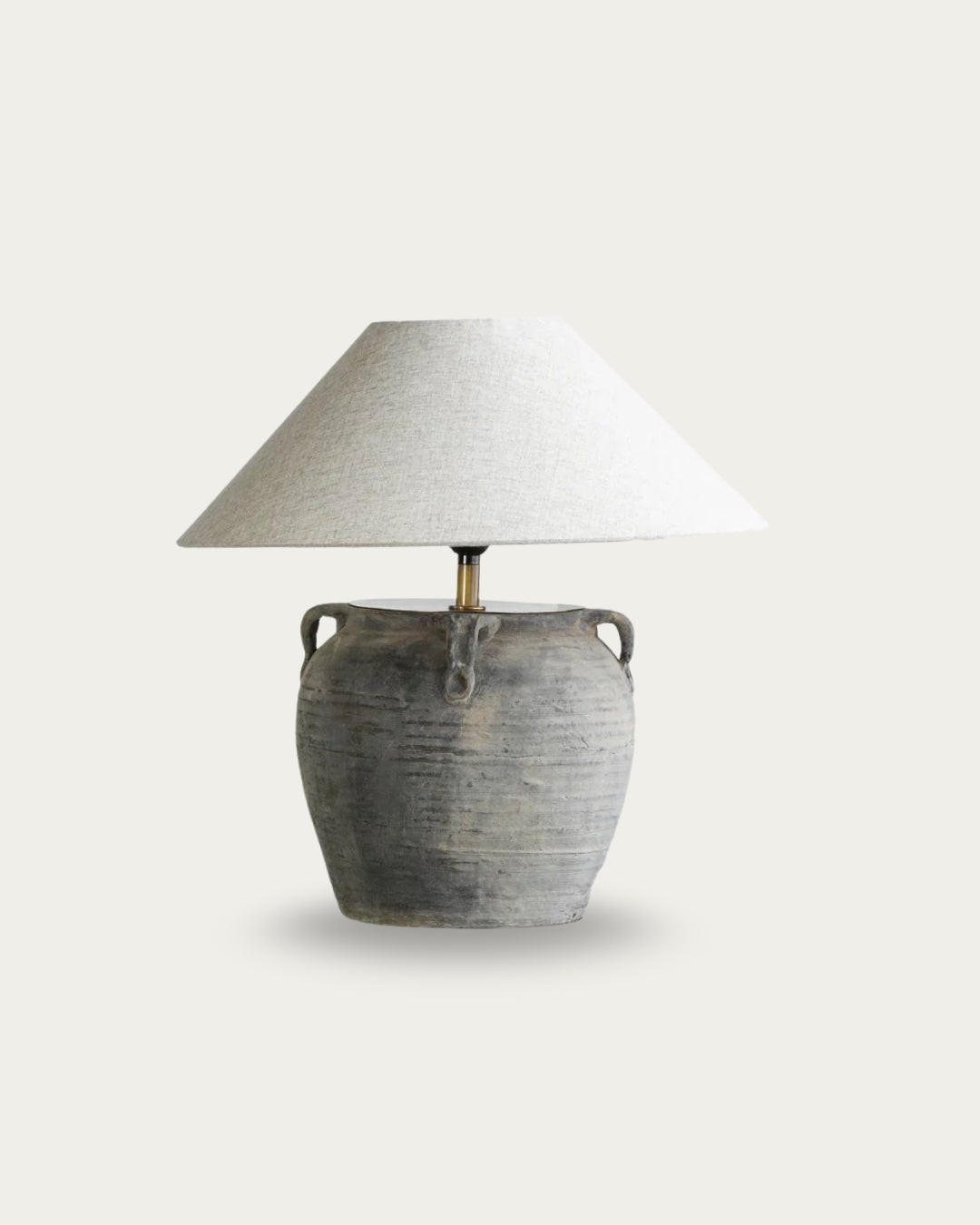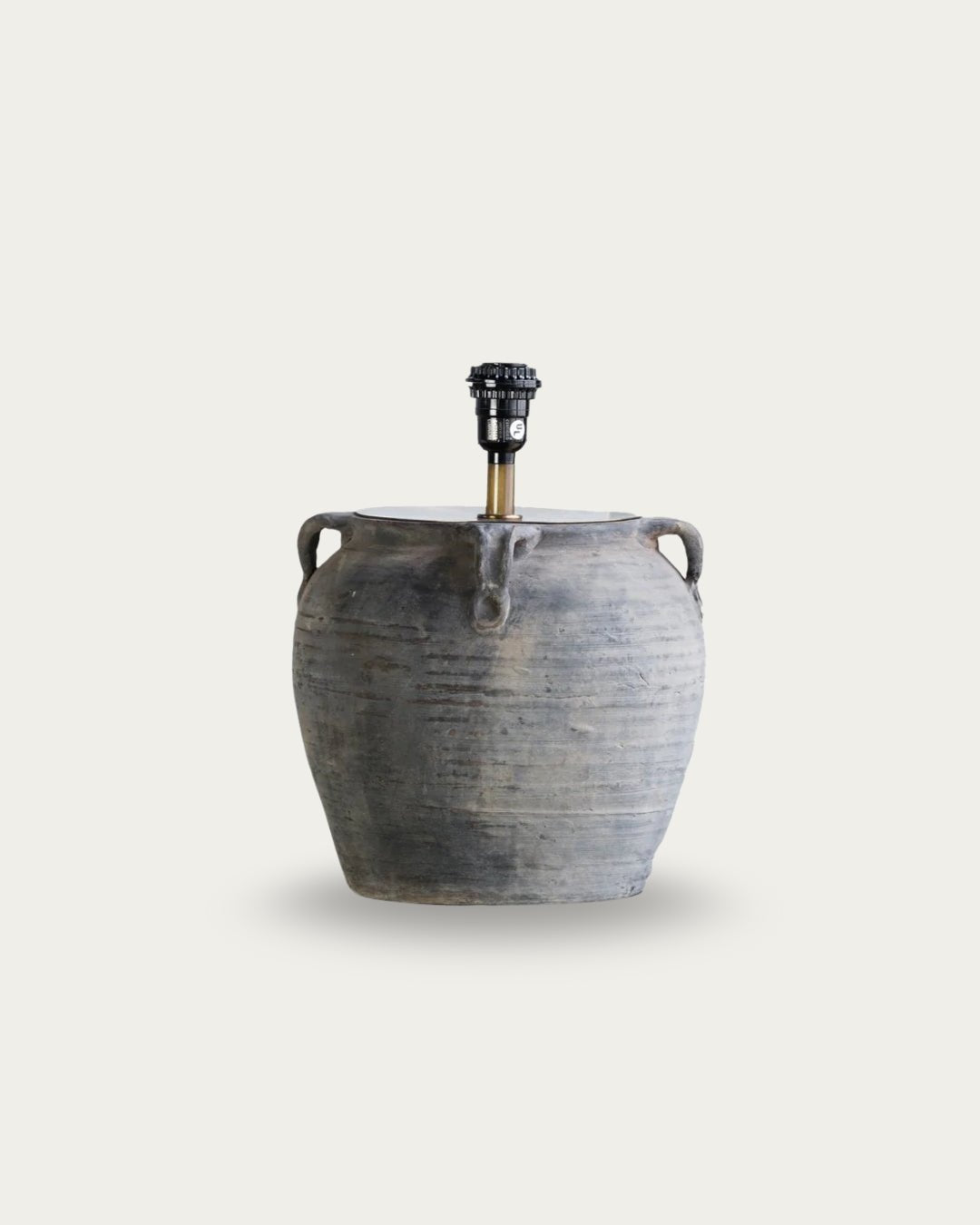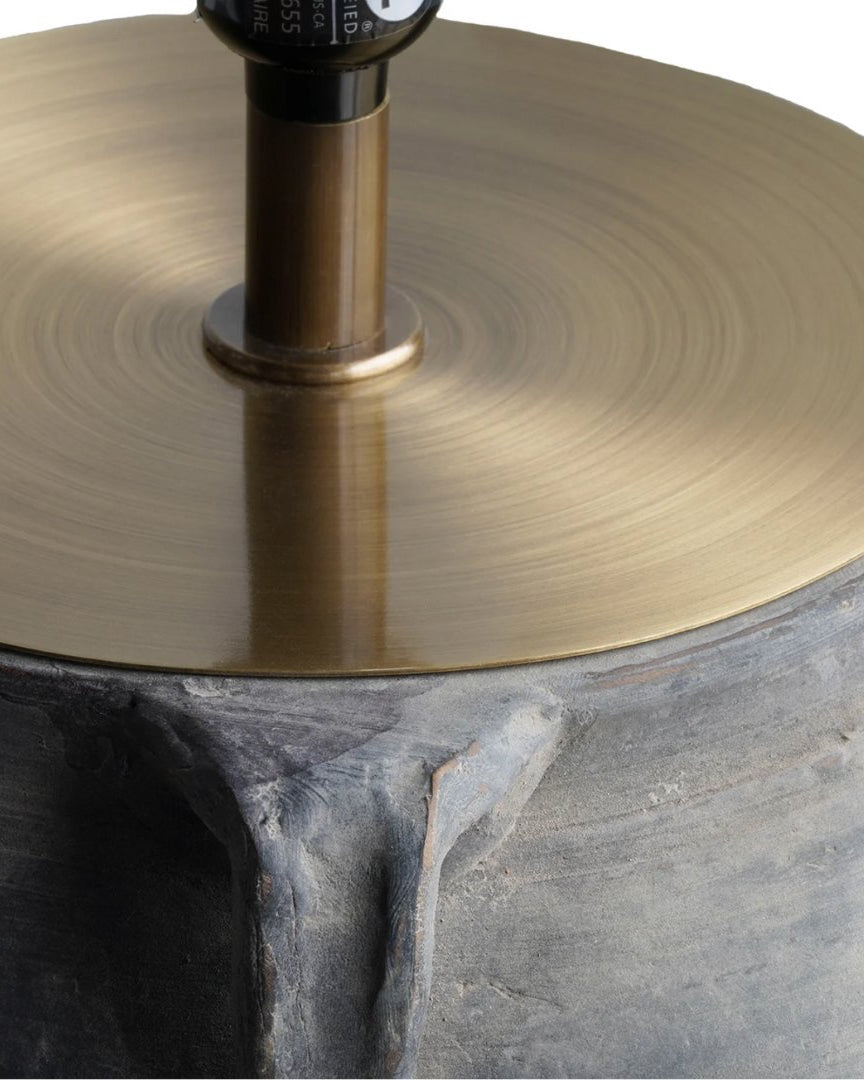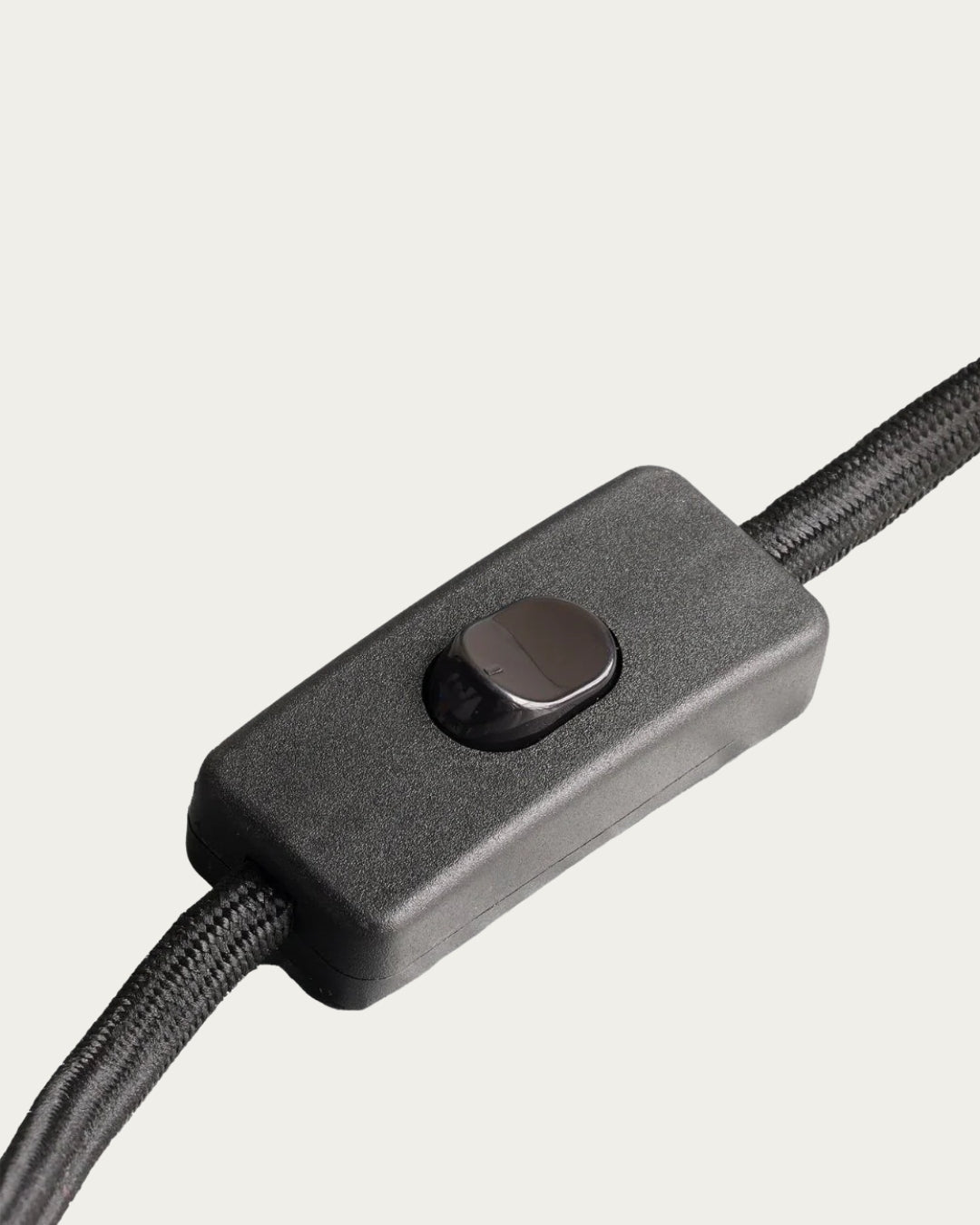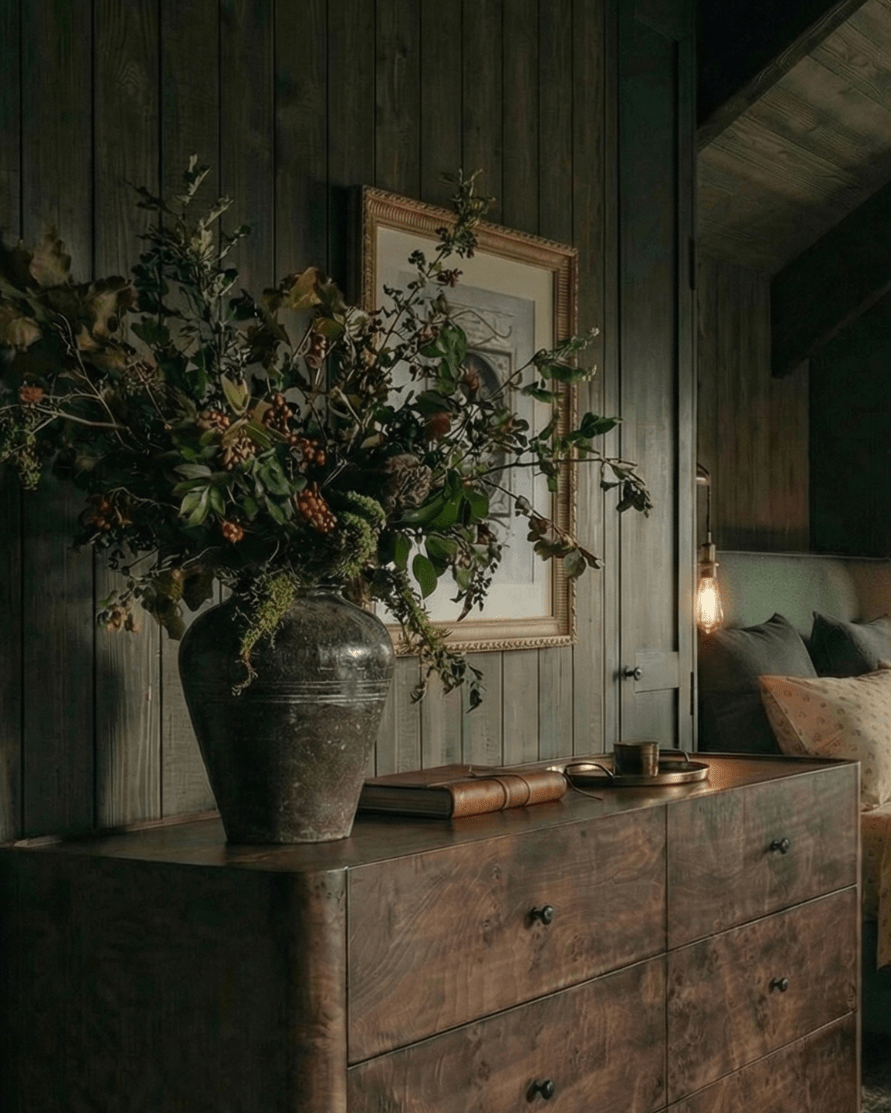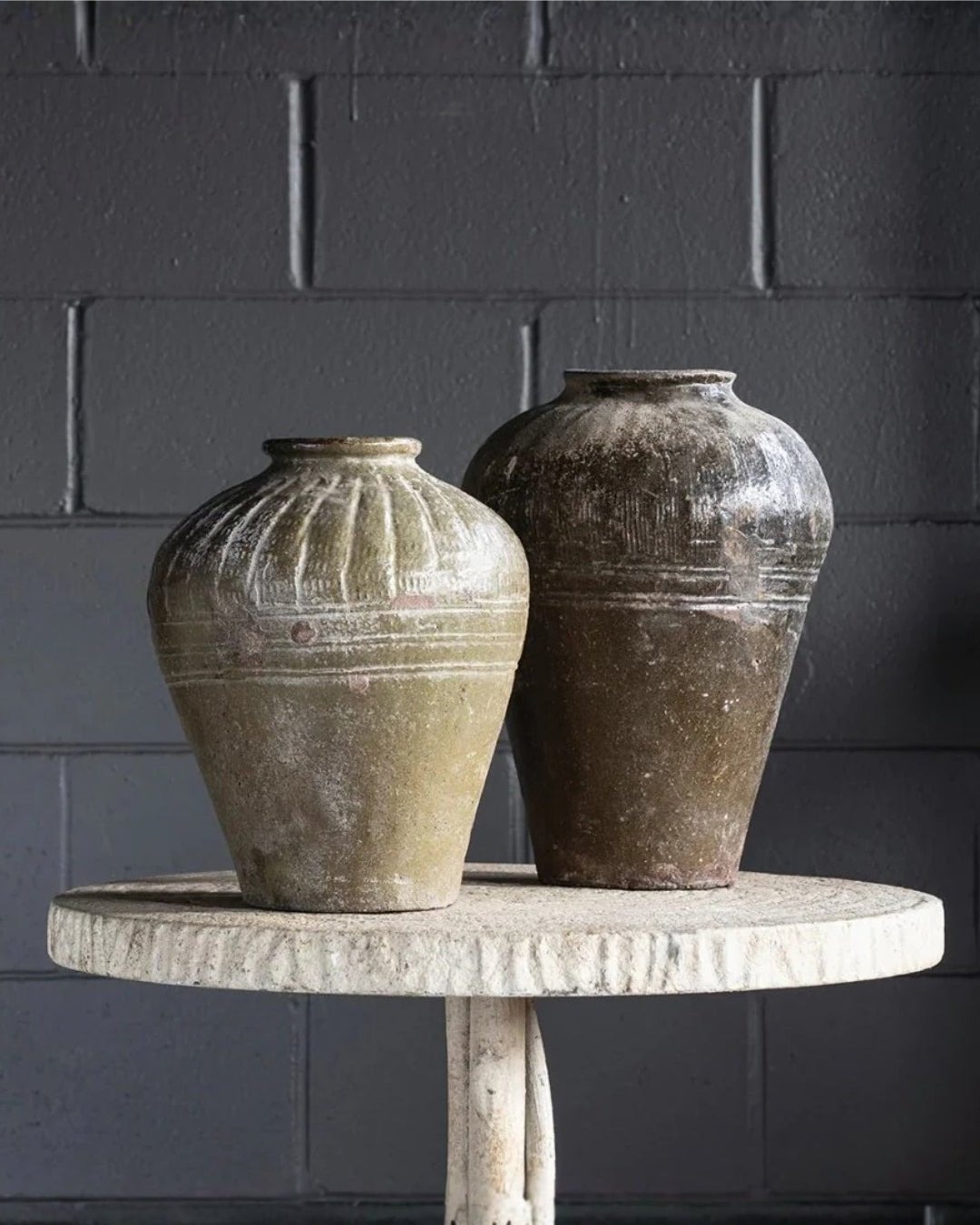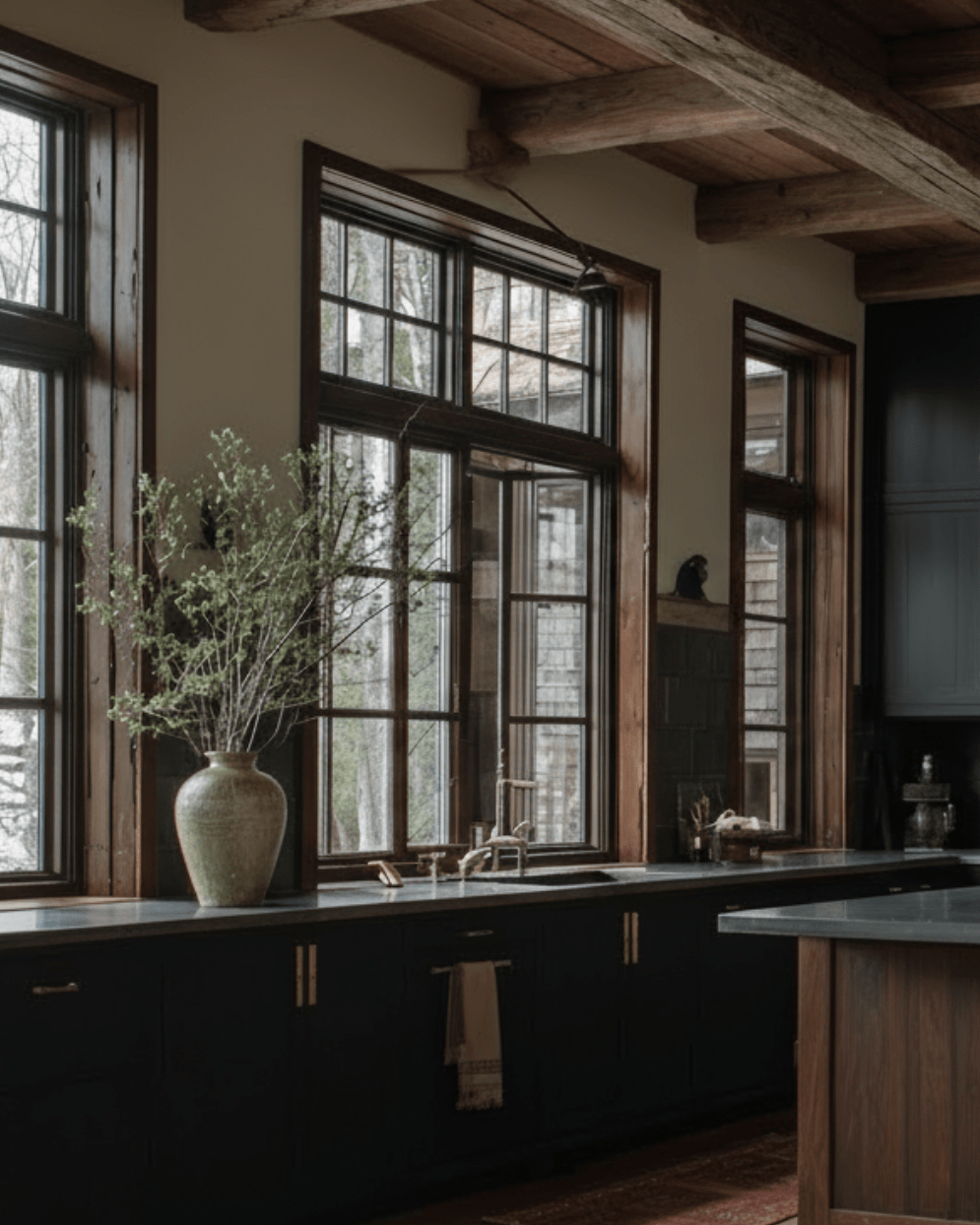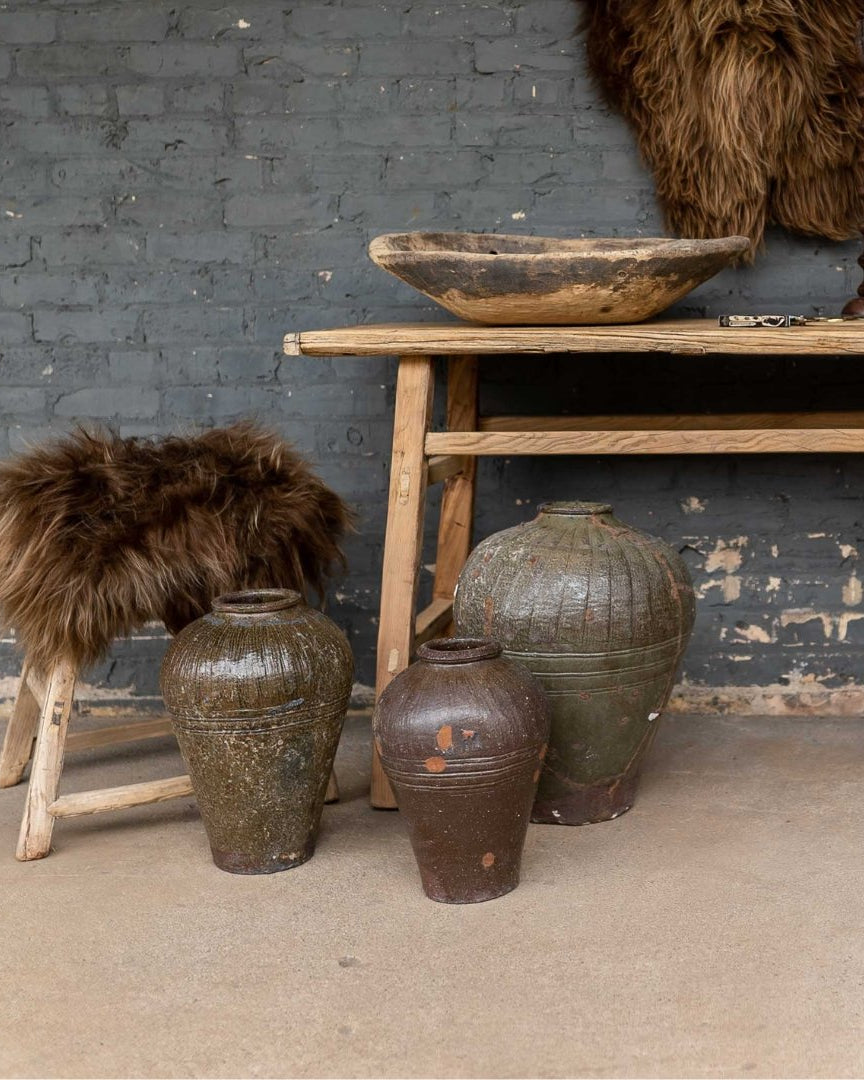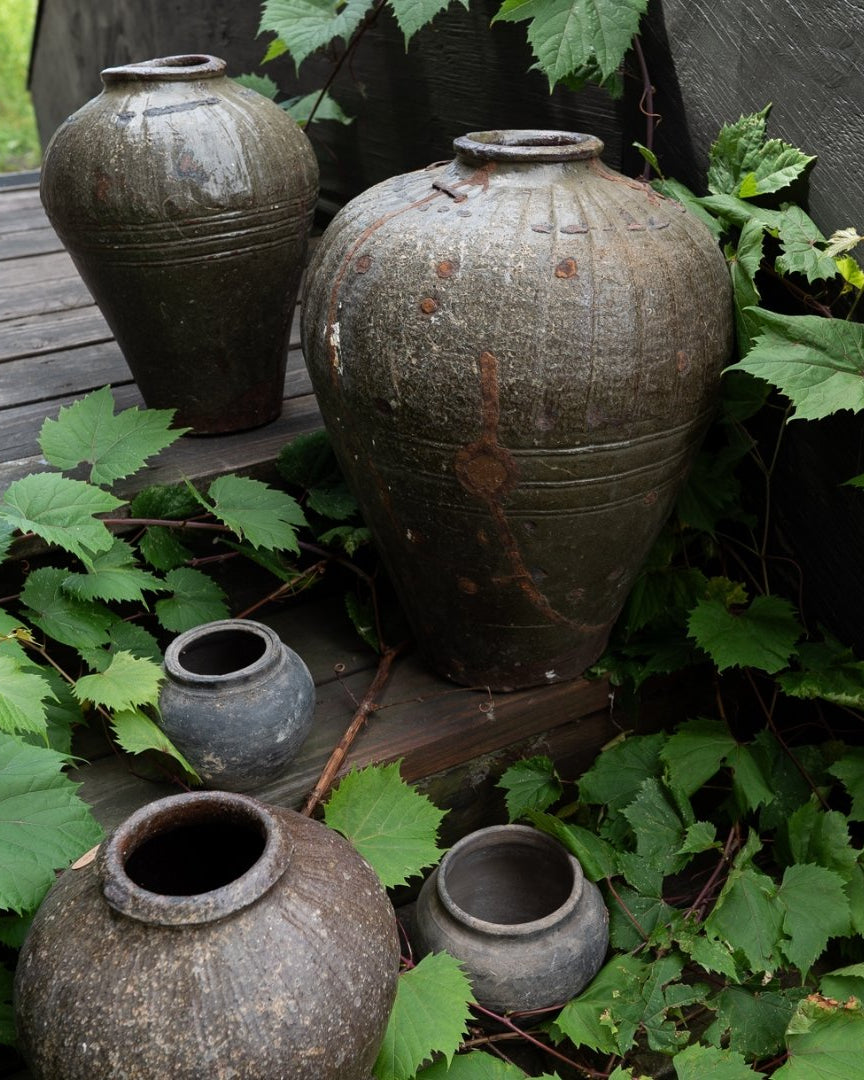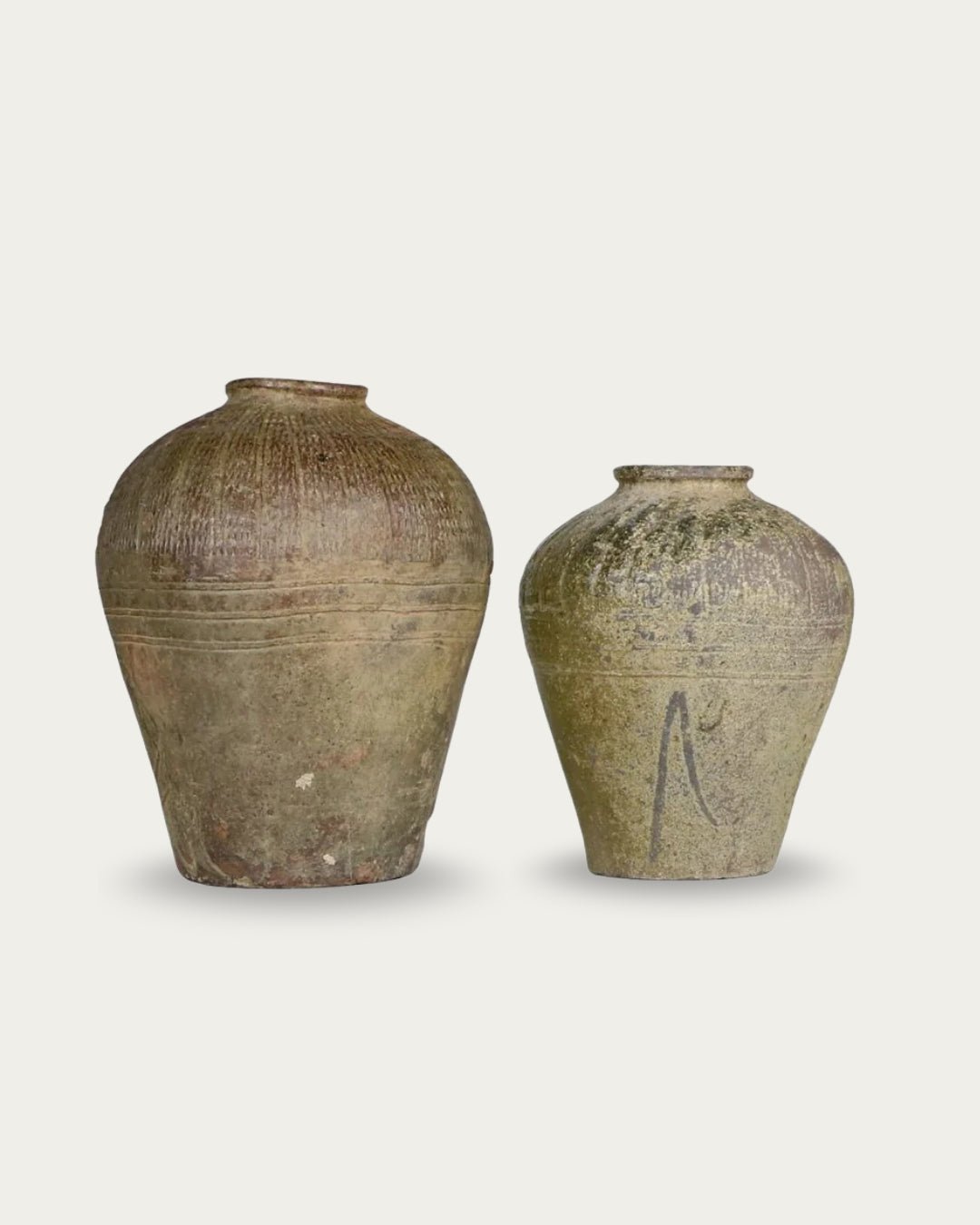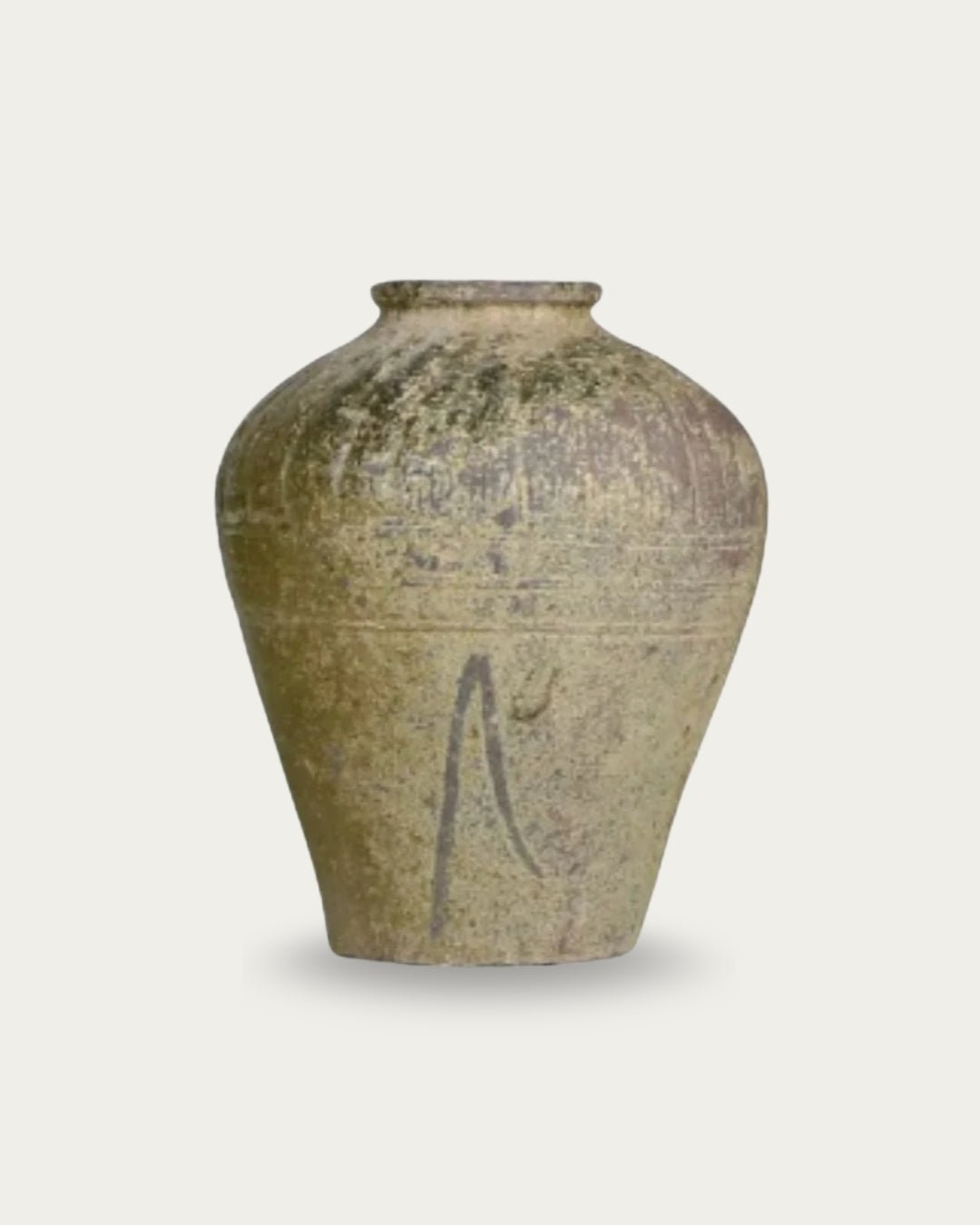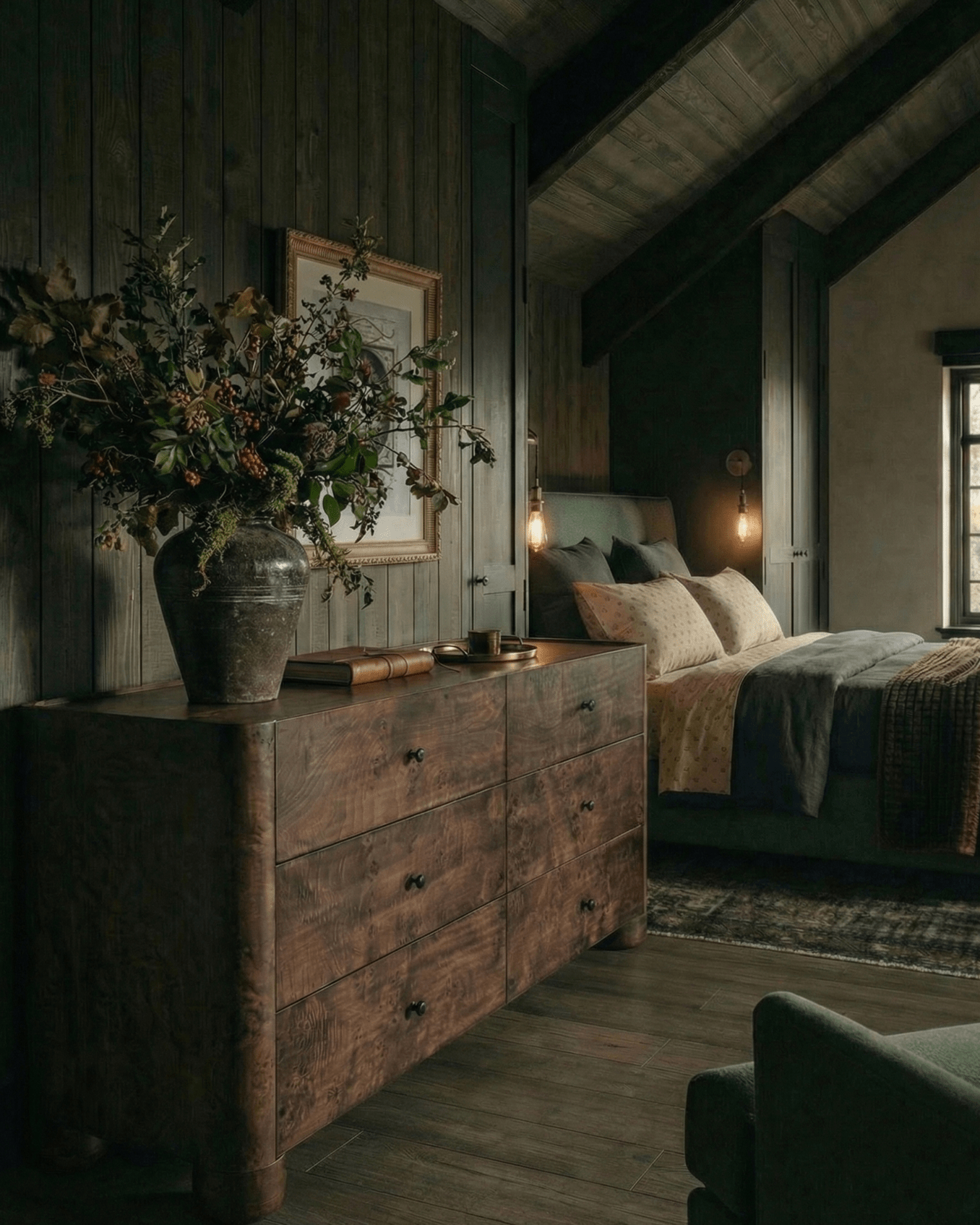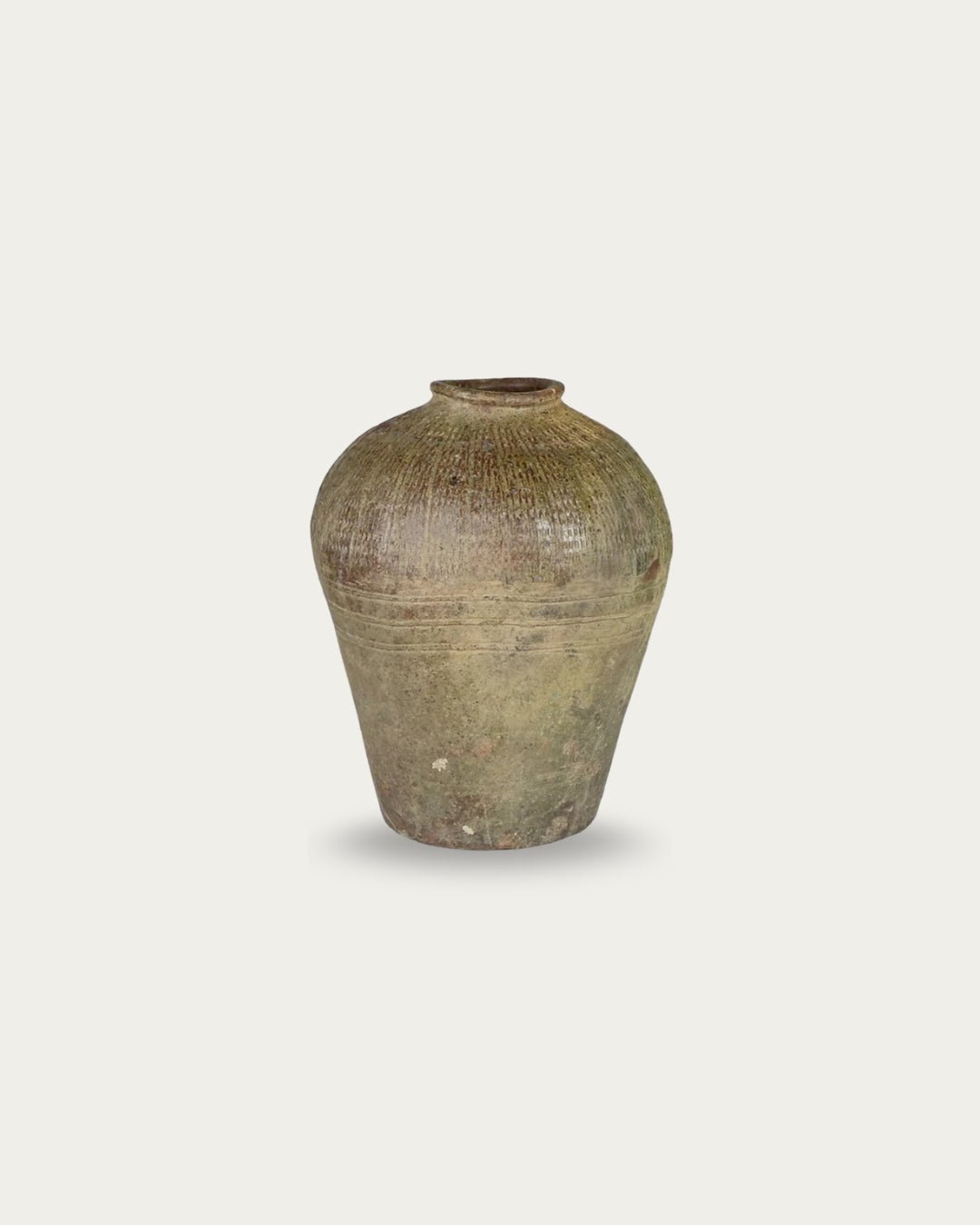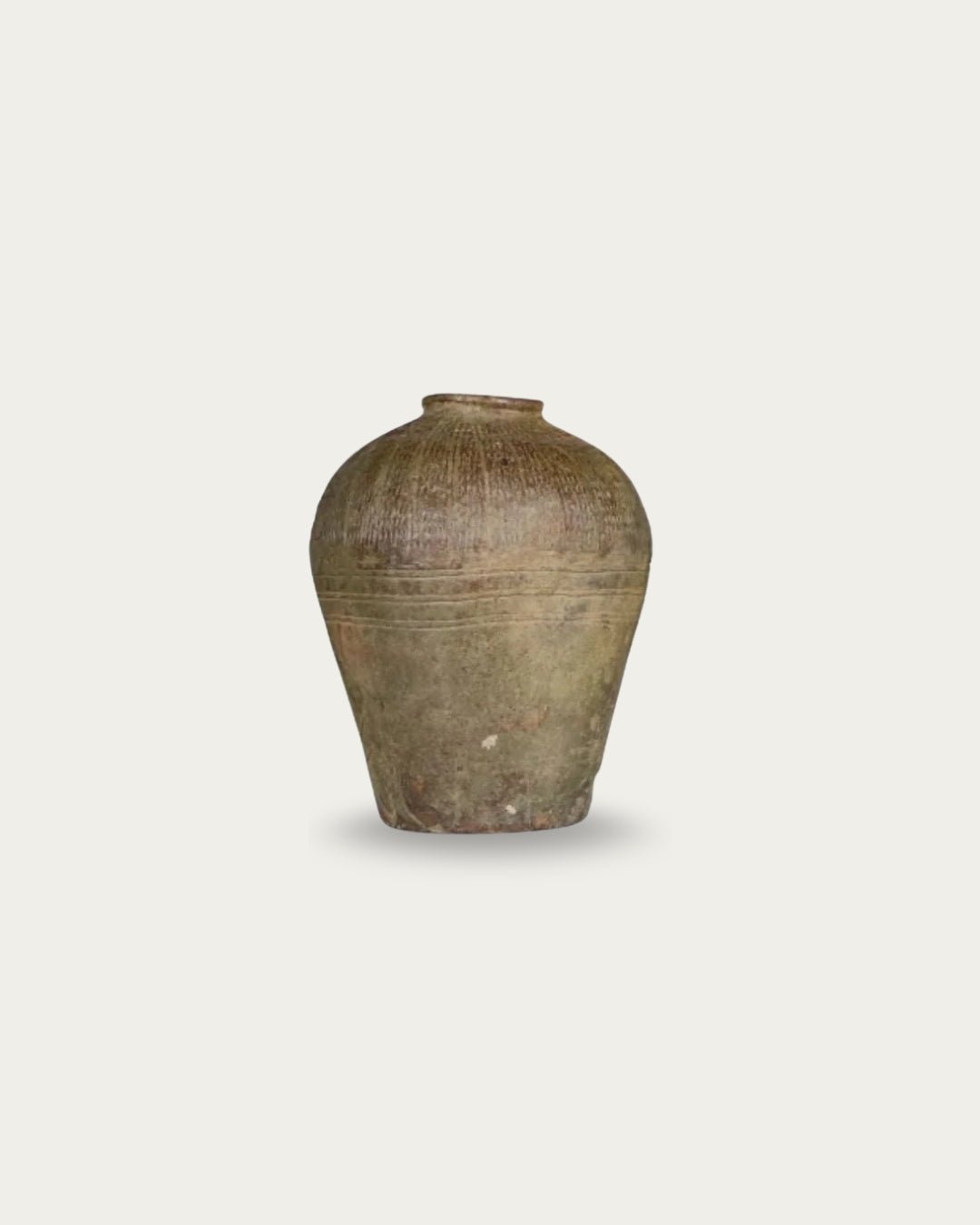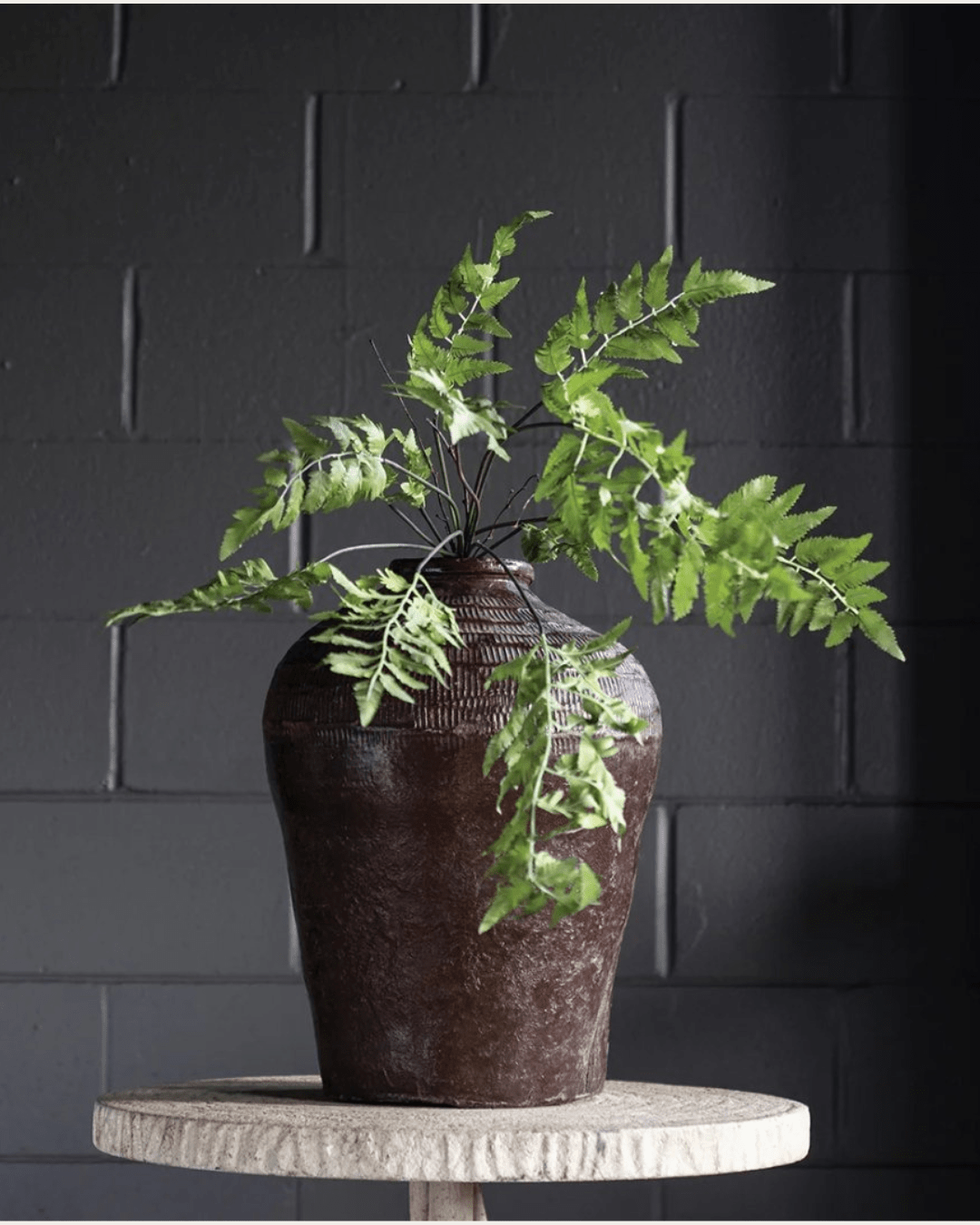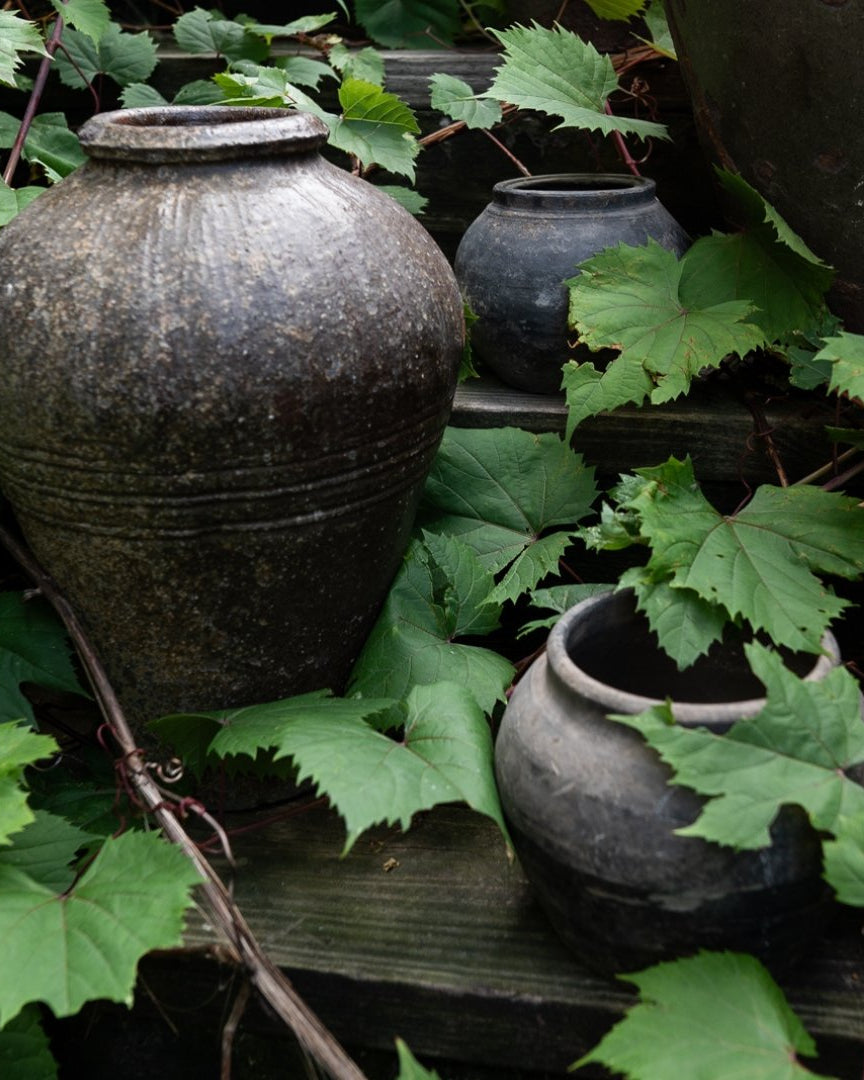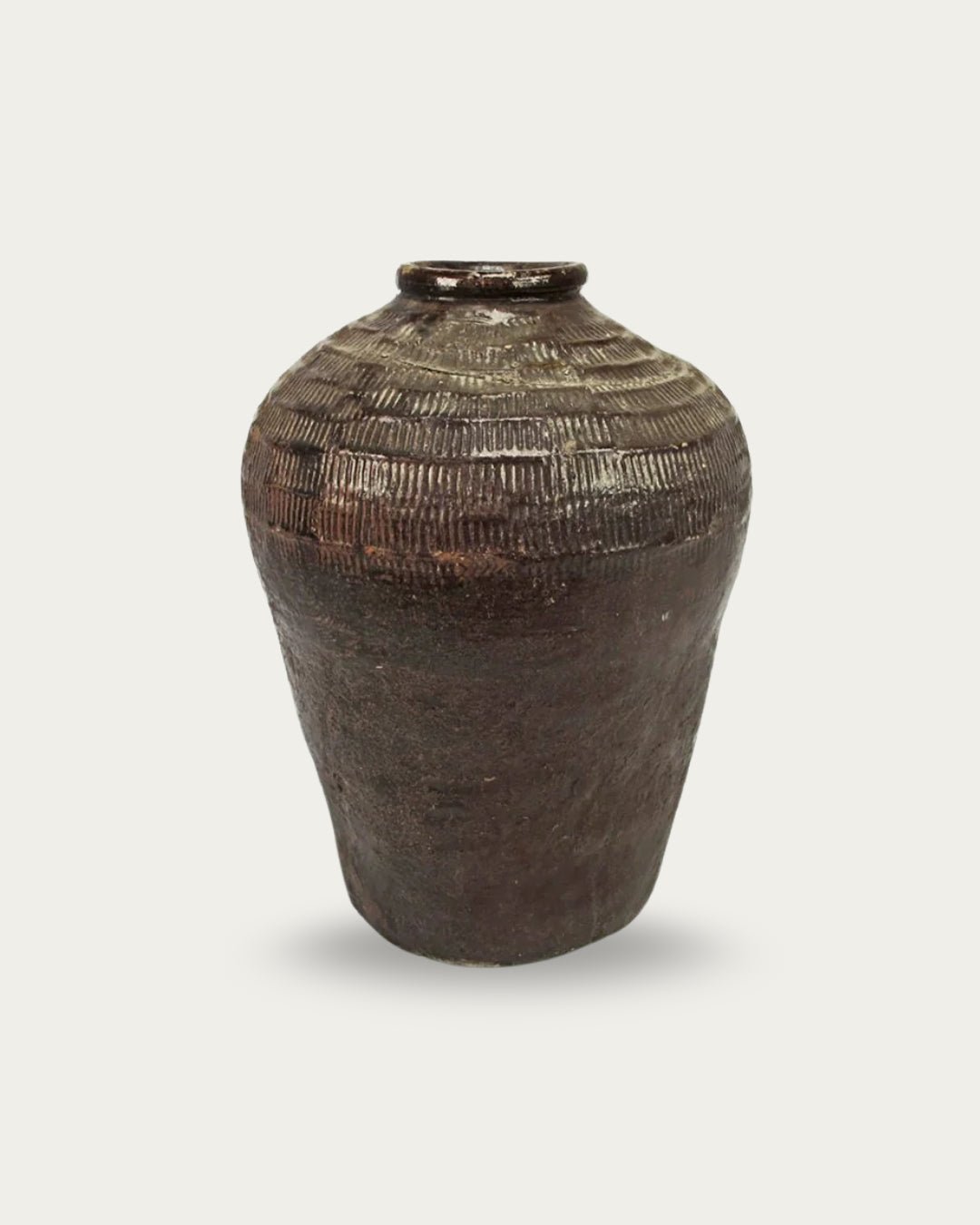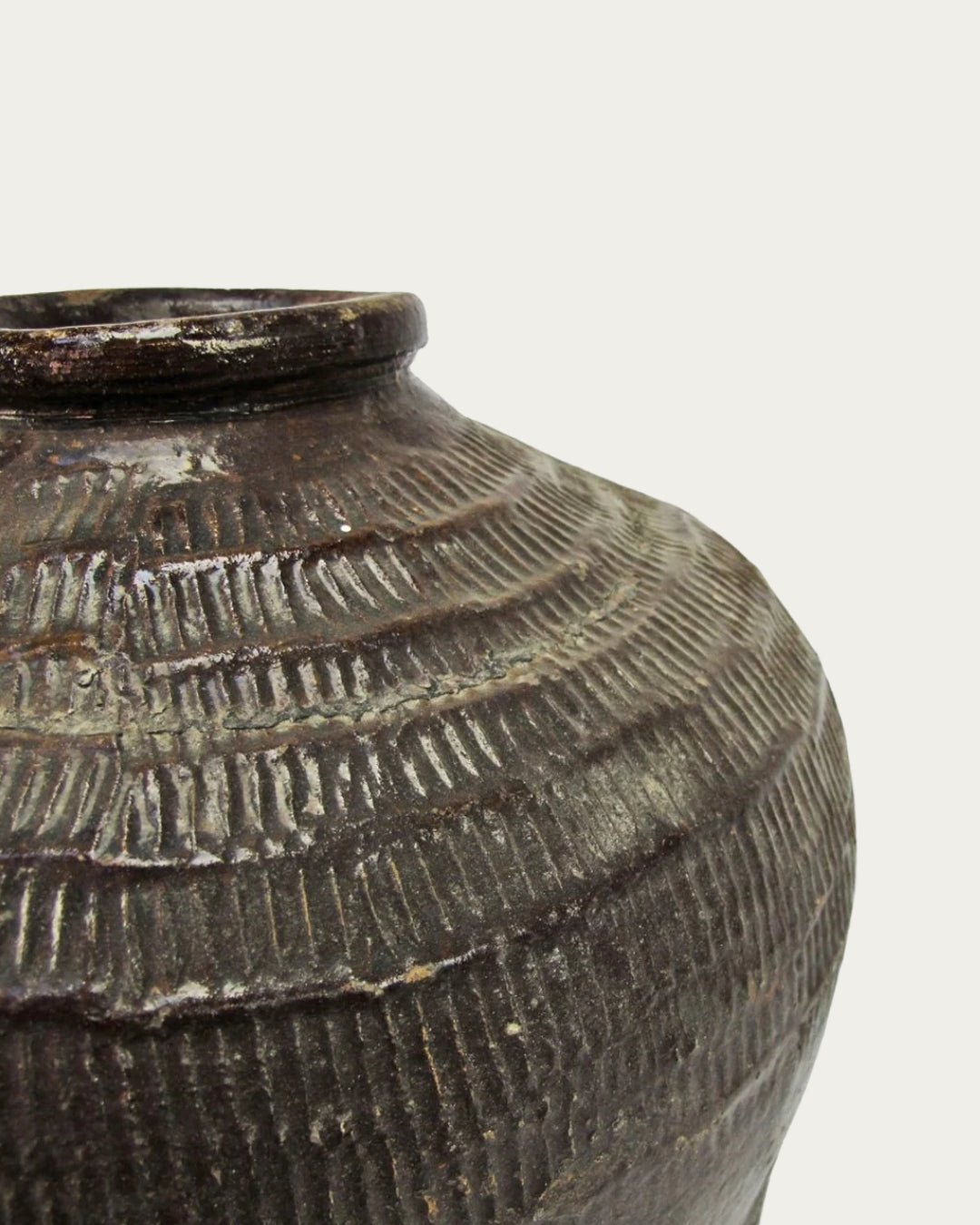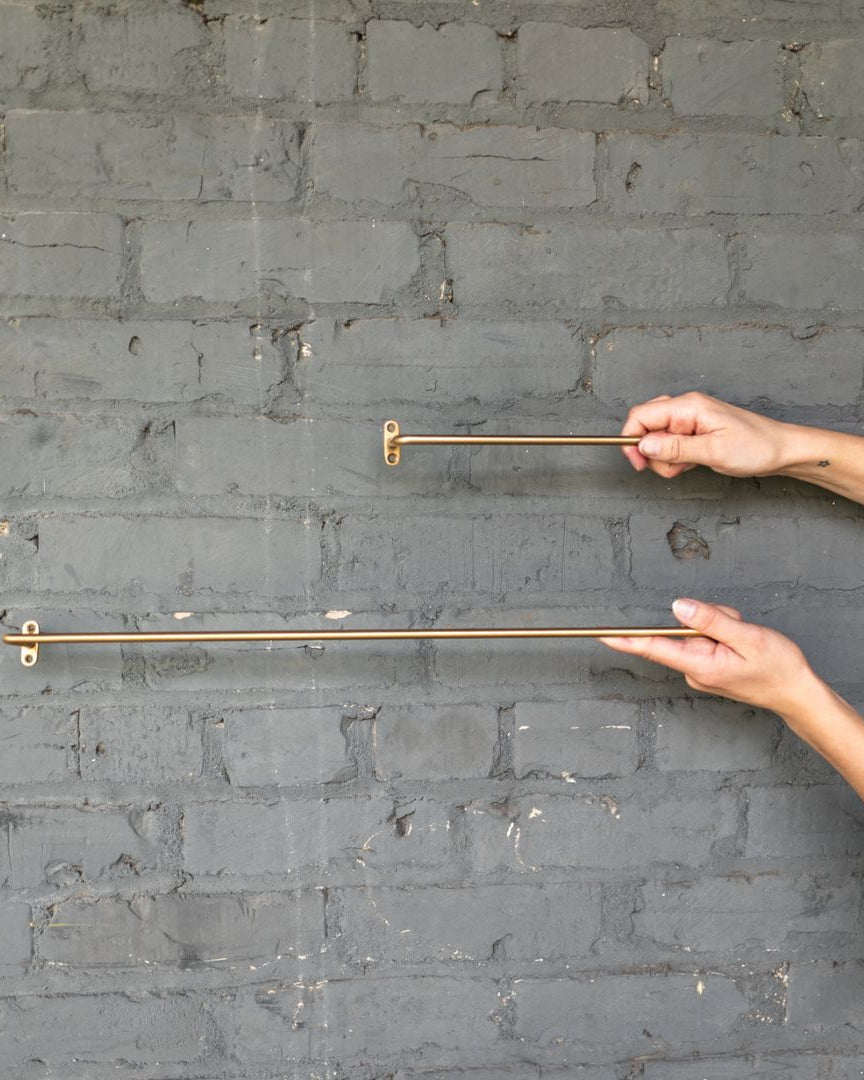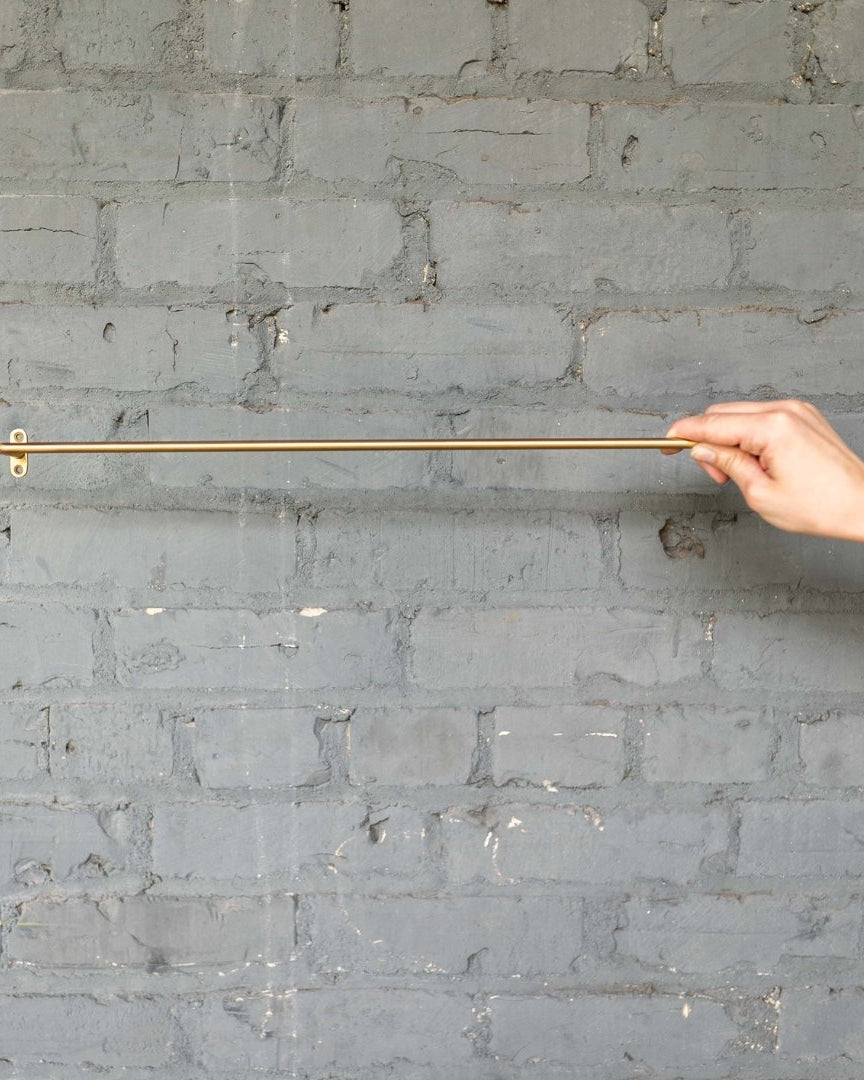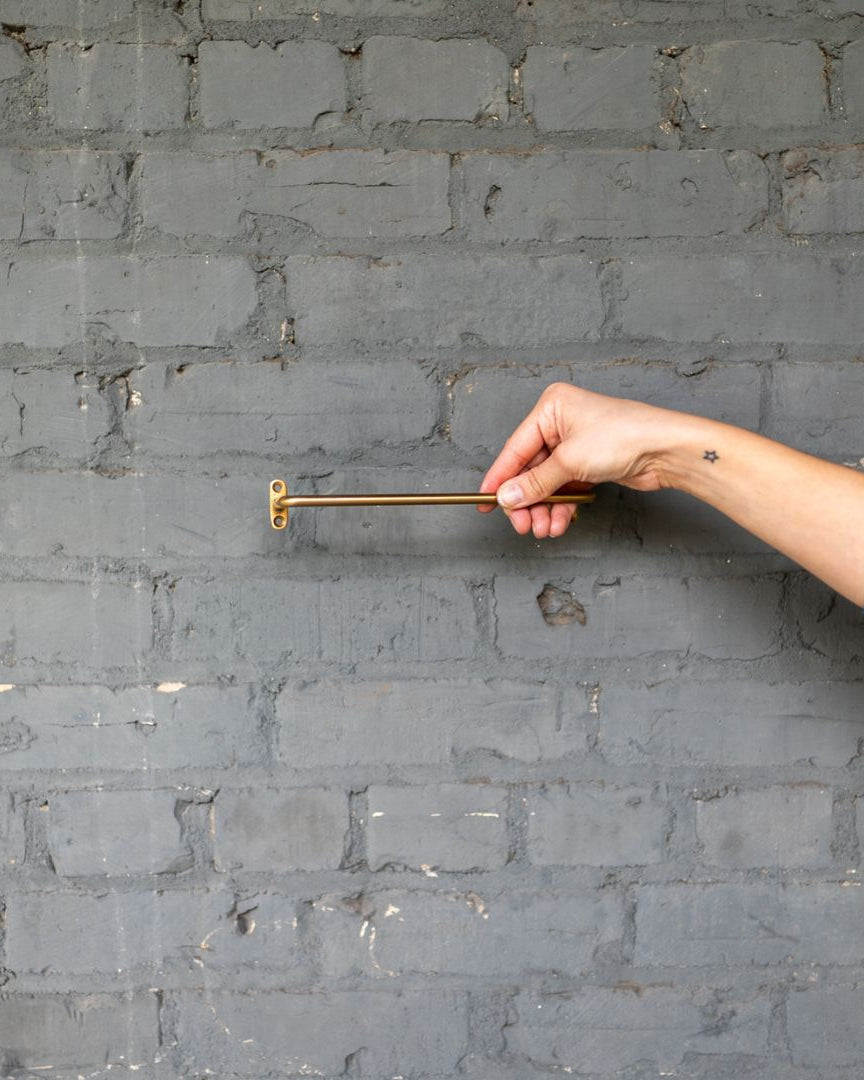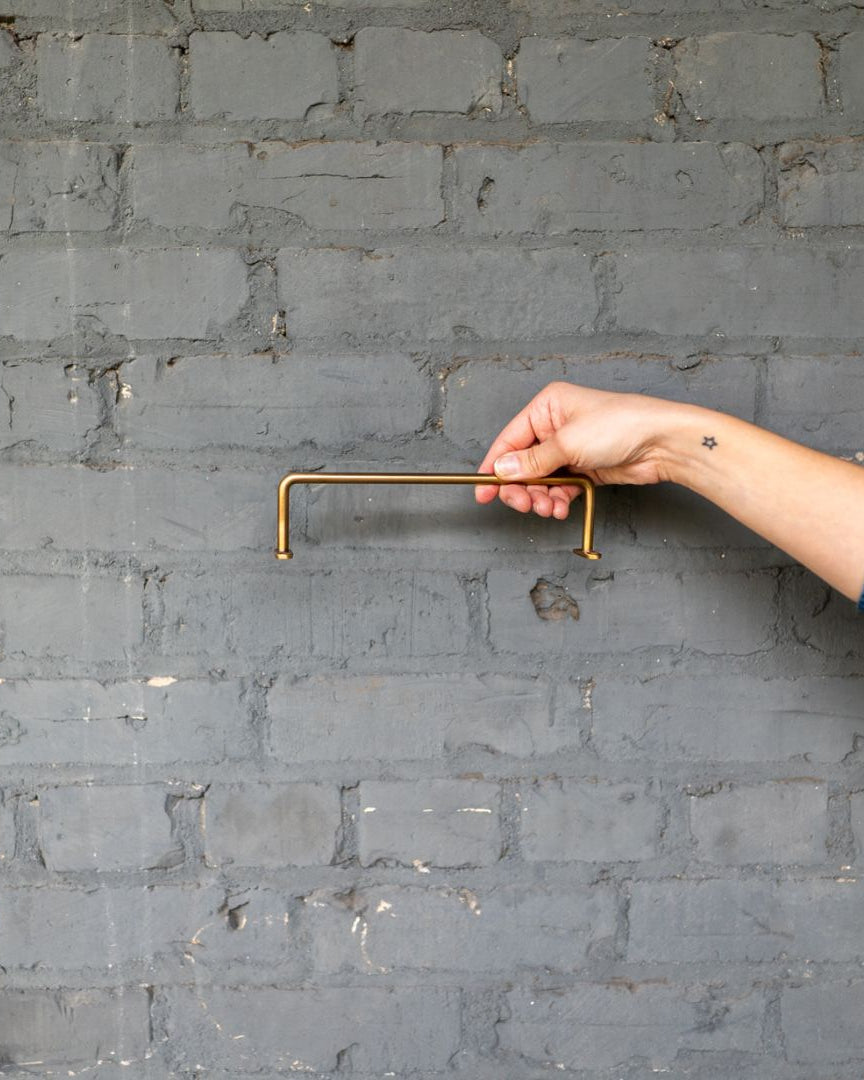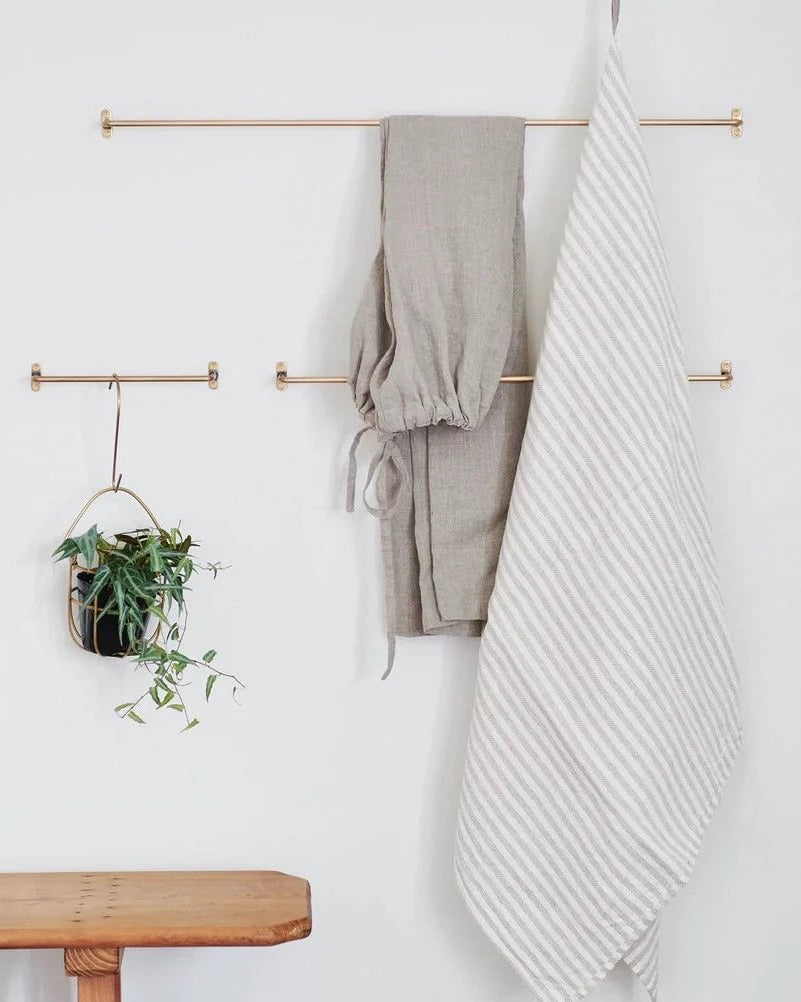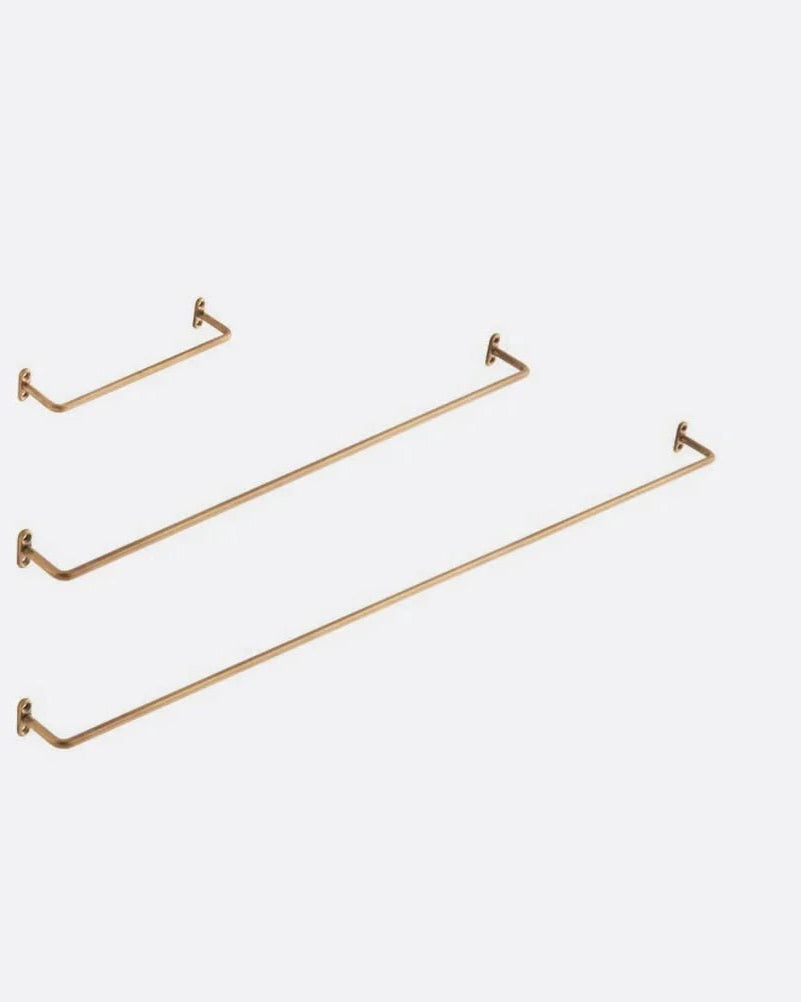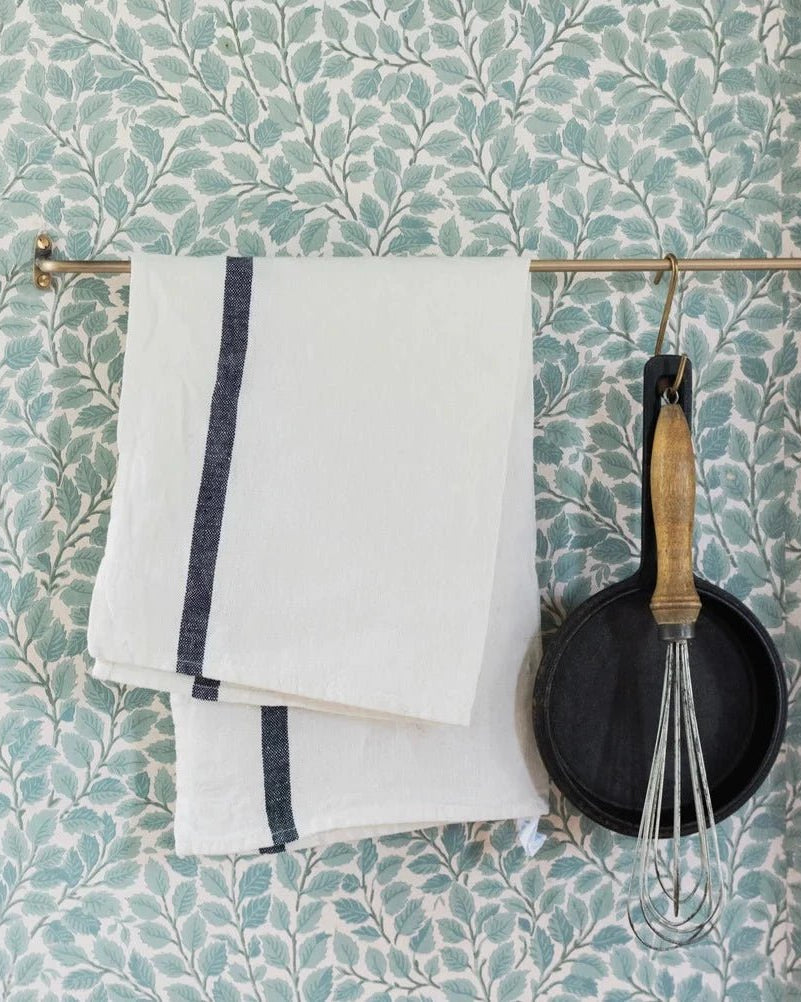Every room needs something to hold it steady. It might be a sofa, a dining table, a console, or even a sideboard—but the effect is always the same: the anchor. Home furnishings aren’t just things we sit on or set things down on; they choreograph how we move, pause, and gather. They shape the invisible rhythm of a room.
Without these anchors, a space drifts. Too many, and the room feels heavy and stagnant. The right balance of home furniture and home decor keeps us grounded while still letting us move. Anchors give us flow—the quiet current that tells us where to walk, where to sit, and where to rest our eyes.

This isn’t just styling. It’s regulation. And it’s why the furniture we choose matters more than any throw pillow trend or paint color of the year.
Explore anchors that steady your own space in the Hello Norden furniture collection.
The Role of Anchors in Home Furnishings
Anchors vs. Accents
Not every piece of home furniture is an anchor. Some are accents—lighter objects that add rhythm without dictating flow. A lamp. A stool. A small side table. Anchors, on the other hand, are the weight-bearers: the sofa that grounds the living room, the dining table that organizes the kitchen, and the console that steadies a hallway.
Pieces like the Aleks accent chair land somewhere in between. Compact and textured, they can serve as accents on their own or as paired anchors that define a corner or reading nook without overwhelming a space.
Why Anchors Create Stability
Anchors matter because our nervous systems crave orientation. We need reference points to feel at ease. Walking into a room with no defined anchor feels unsettling—there’s no clear place to pause or gather. But when a dining table is centered, or a sofa is positioned with intention, the body relaxes. That’s the silent role of home furnishings: not just to look good, but to tell us where home begins.
Anchors Through History
Anchors have always existed in interiors. Medieval halls revolved around the hearth. Japanese homes are centered on tatami mats. Modern apartments center around the sofa and TV. The anchor shifts, but the principle remains: home decor finds its rhythm around a stabilizing element. Without one, the eye wanders, and the body follows.
How Home Furniture Shapes Flow
The Entryway as First Anchor
Step through the door, and the first thing your body asks is, "Where do I put my things?" This is why consoles are natural anchors in entryways. They catch keys, hold lamps, and frame mirrors. Without them, the entry feels adrift—just a passage, not a threshold.
A slim console or sideboard is less about storage and more about flow. It slows you down, signals transition, and sets the tone for the rest of the home. The Ingo cabinet, with its textured rattan doors, doubles down on this—offering both anchor and storage in one lean frame.
Anchoring in the Living Room
In living spaces, the anchor is usually obvious: the sofa. But anchoring doesn’t stop there. The coffee table pulls the room inward, keeping the seating arrangement from drifting apart. A sideboard along the wall reinforces the boundary, keeping the eye contained. Together, these home furnishings choreograph gatherings: where people sit, where conversation happens, and where rest begins.
Here, choices matter. The Alma leather chesterfield sofa offers classic weight and tufted grounding, while the Elinar curved back sofa anchors with sculptural softness and a fluid silhouette. Both hold a room differently, but each gives stability in its own language.
For smaller nooks, a leather chair creates drama as a solo anchor, perfect for an office corner or as a reading chair that carries its own weight in presence.
Anchoring the Dining Area
Dining rooms rely on the table, but proportion matters. A table too small feels like an afterthought; too big, and it swallows the room. The right table becomes both a physical and emotional anchor—the place where meals, work, and memory stack up. Chairs orbit, lighting defines focus, and the table steadies the entire rhythm.
Pieces like the Ester brass and marble dining table embody this idea, with a marble top and brass base that give weight without heaviness. In kitchens, anchors can take a different form: the Oliver wood kitchen island, crafted from reclaimed beams, grounds through utility as much as presence.
The Psychology of Flow in Home Decor
Movement and Pause
Every room needs both flow and stillness. Too much movement—furniture scattered, no clear anchor—and the nervous system stays restless. Too much stillness—oversized anchors, too many heavy pieces—and the body feels stagnant. Flow emerges when home furnishings create a balance between where we pause and where we move.
Negative Space as Regulator
Anchors don’t just ground by being present; they also ground by leaving space around them. Negative space is as important as the furniture itself. A console too close to the doorway feels cramped. A sofa without breathing room feels oppressive. Home furniture regulates best when it allows gaps—letting the eye rest, the body move, and the air circulate.
The Viktor leather bench shows how negative space can be intentional. Slim and versatile, it adds grounding along a wall or at the end of a bed without overcrowding.
Orientation and Comfort
Anchors direct attention. A sofa facing the window says: look outside. A bed positioned with the headboard against a wall says: rest here, safe. A console beneath a mirror says: pause, adjust, transition. These orientations in home decor aren’t random—they signal safety, comfort, and direction to the body.
Texture and Material as Anchors
The Grounding Power of Wood
Wood has always been the anchor material in home furnishings. Heavy dining tables, reclaimed consoles, carved sideboards—wood steadies a space in a way glass or plastic never can. The weight, the grain, the warmth underhand—all of it regulates.
The Jon dresser, with its live-edge drawer fronts, is a perfect anchor for bedrooms. More than storage, its grain and butterfly joints become part of the room’s grounding texture.
Stone and Metal as Counterbalance
Stone tables and metal bases add different types of weight. Stone grounds through sheer density; metal adds structure and sharpness. Used sparingly in home decor, they keep wood from feeling too soft, balancing weight with contrast.
The Ramona marble table and Ester brass and marble dining table prove how marble paired with strong bases becomes more than a surface—it becomes a presence.
Soft Anchors Through Fabric
Not every anchor is hard-edged. A deep sofa upholstered in linen or velvet can ground a room just as much as a wood table. Textiles add emotional weight, pulling the body into rest.
The Holmes wingback leather chair shows how fabric and form combine—leather wrapped around a dramatic silhouette creates a statement anchor even when placed solo.
Styling Anchors Without Overload
One Object, One Statement
An anchor doesn’t need to be crowded with decor. A single vase on a console. One sculptural bowl on a table. These choices let the home furniture speak for itself. Overload it, and the anchor becomes noise instead of signal.
Lighting as a Partner to Anchors
Anchors and lighting go hand in hand. A console becomes a true threshold anchor when paired with a lamp. A dining table becomes the emotional center when lit by a pendant. Light defines weight. Without it, even the strongest anchors fade into the background of home decor.
Seasonal Adjustments
Anchors don’t move often, but what sits on them can shift with the seasons. Heavy pottery and wool throws in winter, glass vessels and woven baskets in summer. The anchor stays steady; the styling evolves. This rhythm keeps anchors alive without erasing their stability.
When Anchors Go Wrong
Overcrowding the Room
Too many anchors and the room feels stuck. Multiple heavy tables, oversized sofas, and bulky sideboards compete for weight, leaving no room for flow. Choosing anchors in home furnishings is about restraint. One or two strong pieces per room is often enough.
Anchors Without Purpose
A piece that doesn’t align with ritual can’t serve as anchor. A dining table no one eats at, a sofa positioned away from gathering, a console that becomes a clutter catch-all—these fail. Anchors work because they’re tied to rhythm, not just aesthetics.
Ignoring Scale
A sofa too big for the room overwhelms. A console too slim for the wall feels flimsy. Scale matters because the body reads proportion instantly. Anchors in home furniture succeed when their scale matches the architecture and flow of the space.
The Future of Anchors in Home Furnishings
Sustainable Anchors
Anchors aren’t meant to be replaced often. Choosing reclaimed wood consoles, vintage sideboards, or solid dining tables is a sustainable act. These anchors carry forward instead of cycling out with trends, reducing waste and holding a story.
The Oliver wood kitchen island is one of those sustainable anchors—reclaimed beams built to live many lives, moving easily but always steadying a space.
Flexible Anchors for Modern Living
Not every home has the same needs. Modular sofas, expandable dining tables, and lightweight sideboards are becoming anchors in smaller or shifting spaces. Flexibility doesn’t weaken anchoring—it adapts it.
Anchors as Ritual Stations
In the future, we’ll see more intentional anchors: consoles styled for rituals, sideboards set for hosting, tables cleared for daily reset. Anchors in home decor are moving beyond “furniture” into “ritual stations” that organize not just space, but the way we live.
Final Word
Anchors are the silent regulators of a home. They’re the sofa that holds your body, the table that gathers your family, the console that catches your keys. Without them, a room floats. With them, a room finds rhythm.
Choosing home furnishings is never just about style. It’s about deciding where your home will anchor, how it will flow, and what rituals it will hold steady.
Every space needs gravity. Find the pieces that hold yours at Hello Norden.
FAQ: What to Know About Anchors in Home Furnishings
1. What makes a piece of home furniture an anchor?
An anchor is a stabilizing piece that grounds the room—like a sofa, dining table, or console. It sets flow and orientation.
2. Can small decor pieces be anchors?
Not usually. Smaller home decor items are accents. Anchors are larger, stabilizing furnishings that organize the room.
3. How do I avoid overcrowding anchors?
Limit heavy pieces to one or two per room. Balance with negative space and lighter accents.
4. What’s the best anchor for a small apartment?
Slim consoles, modular sofas, or extendable dining tables work well—they ground without overwhelming.
5. How do anchors regulate mood?
They provide stability, rhythm, and orientation. Anchors tell the body where to pause, gather, and rest, calming the nervous system.
6. Do materials matter when choosing an anchor?
Yes. Wood grounds with warmth, stone adds permanence, and upholstered pieces soften. The material of home furnishings changes how a room feels.
7. Can lighting affect how anchors work?
Absolutely. A pendant over a dining table or a lamp on a console emphasizes the anchor and creates visual focus in home decor.
8. How do anchors influence the flow of movement in a room?
Anchors direct pathways. A sofa placement shows where to gather, a console guides entry flow, and a bed establishes the orientation of rest.
9. Are anchors always large pieces of furniture?
Most are, but not exclusively. A bench, cabinet, or even a bold chair can serve as an anchor if it sets rhythm for the room.
10. How often should I change anchors in my home?
Rarely. Anchors in home furniture are designed to stay steady. Style around them seasonally, but let them hold their place long-term.





